AI application security represents a collective of best practices, functionalities, and/or features that can be integrated within an organization’s software to help guard against and remediate threats from cyber attackers, data breaches, and other sources; Application security is not a technology. Organizations can utilize a variety of application security services, programs, and products; For example, firewalls, antivirus systems, and data encryption are a few scenarios of application security taken to keep unauthorized individuals from accessing an application or its resources. Organizations may develop specific application security policies to predict access for a group of sensitive data sets.
Application security can occur in multiple phases; however, the development phase is where the best practices of AI application security are created the most often. In addition to development, organizations can still use other services after developing an application. In general, there are hundreds of security tools, services, and programs available to businesses but all serve a specific function. Some solidify code changes, while others look for coding threats or establish data encryption. Organizations can even decide between more specific tools for each type of application.
Types of Application Security
Application security may include a variety of capabilities and technologies. Following are some of the most popular categories of security procedures:
- Authentication – Ensuring an individual is what they claim to be.
- Authorization – Preventing unauthorized users from accessing an application’s services and information.
- Encryption – Sending private information in code form so it remains confidential during travel over networks and servers.
- Logging – Tracking who has access to an application, who last used it, what they did, etc.; useful for establishing what occurred following an attack, or to indicate suspicious activity in real-time.
- Application security testing – Regularly testing the security of an application to ensure that it’s performing as it should.
Securing Applications with Multiple Technologies
A good application security solution will employ most, if not all, of the above technologies. They all combine to form a wall of defense around an application to safeguard the data as much as possible. For example, a user wishes to log into a mobile banking application and type in their username and password on the login page. With the password and username, the system takes on that the individual is who they claim to be—but a lot of organizations are moving towards multifactor authentication (MFA), which involves an added step at login.
In addition to possessing the username and password to the account, MFA will prompt a code to the person’s phone or email for further confirmation that it’s the correct person. After the code is entered by the user, the system gives the user authorization to access the system. Everything that the user types in is encrypted so it can be transferred across networks and to remote computers without being accessible to anyone reading it. Any activity that the user performs inside the application is tracked—either to refer back to later if there is ever a breach in the data or to detect odd or suspicious patterns, which would then notify an administrator.
Benefits of AI Application Security
Companies depend on applications to drive almost everything they do, so it is not negotiable that they must be kept secure. Some of the numerous advantages of investing in AI application Security are listed below:
- Less risk from internal and third-party sources – By removing as many vulnerabilities as you can, you can enhance your ability to repel attacks.
- Greater customer confidence and trust – By showing that your applications are secure and reliable, you can build greater customer confidence, which may also generate loyalty and word of mouth.
- Protection of brand reputation – Attacks place companies in the news, and that is bad publicity.
- Greater third-party stakeholder, client, and partner trust – Individuals want to do business with trusted companies.
- Lower disruption to operations – By recognizing potential security risks and fixing them prior to resulting in a full-blown attack or loss of information, you can prevent unwanted disruption to operations.
- Issue identification while developing – By using the correct AppSec solution, you can recognize common attack patterns and vulnerabilities during development and develop a resolution plan for them ahead of deploying an application into production.
- Earlier detection of possible threats – Most application security tools are made to detect security vulnerabilities and notify administrators about the presence of possible problems so you can resolve the threats and remove vulnerabilities before an attacker can exploit them.
- Greater compliance with security regulations – Modern data is governed by a broad range of industry and government security regulations and requirements.
AI Application Security: Challenges and Best Practices
Cloud application security
Cloud application security may become complex due to the following reasons: 1) cloud environments are distributed and shared, 2) cloud services are often complex, and 3) cloud deployments are dynamic. Your cloud applications must remain secure without affecting their scalability, flexibility, and cost-effectiveness.
The most prevalent challenges (and solutions) for cloud application security are as follows:
Shared Responsibility Model:
In the cloud, you do have some security responsibilities regarding your applications, and your cloud provider does, too. Every provider might be a little different, but generally, the cloud provider is responsible for securing the cloud infrastructure and the underlying processes, and you are responsible for securing your data and applications. Your responsibility would also include virtual machines and operating systems.
The answer here is to ensure you have a good, clear understanding of where your security responsibilities start and finish and what responsibilities sit with your cloud provider. Also, carry out regular security training and awareness sessions with teams like DevOps and app dev teams to check that the proper security controls and governance practices are in place as they should be.
Distributed nature of cloud application data:
It’s not at all unusual to have application data stored and processed in more than one place on cloud platforms—or even across multiple clouds. That can make it difficult to maintain consistent availability, integrity, and privacy of the data, but you must do.
Solutions to this problem include encryption of data in transit at rest, and in processing. Data classification and access control products can further assist you in determining the most sensitive data and ensure that security controls are uniform across platforms and sufficient for the type of data it is. Cloud providers typically provide users with geo-replication capability and data residency products, which can further assist you in remaining compliant with data security, privacy, and sovereignty laws. Limited visibility into cloud data and risk of misconfiguration.
Solutions to overcome this are automated configuration management tools, which are commonly built or part of cloud services. They can detect discrepancies from pre-defined policies and conditions and inform you about possible issues. Another best practice is regular, ongoing monitoring and logging of all the cloud resources. Once again, you’ll be able to detect anomalies or suspicious activity which can allow you to correct vulnerabilities before they become actual issues.
Identity and access management:
The cloud’s nature is that large numbers of people can access data and applications that have been stored anywhere, but that convenience then also presents the challenge of figuring out who should have access to what and when. Too often, users can have unfettered access to data that they don’t require or for users to maintain access to cloud resources after leaving the company or no longer requiring them.
One key solution to this problem is to implement the principle of least privilege, whereby users and services are given the minimum set of permissions necessary to perform their work.
A cloud-specific plan must define how your company will contain the attacks, analyze threats or attacks, and recover data and operations. There are several cloud-native solutions you can use for threat detection and response.
Web application security
Security for web applications is very critical since web apps are prime targets for malicious users. Some of the types of web app attacks that you may encounter include:
Injection attacks:
These happen when an attacker enters untrusted data into a system command, which makes the system run commands it should not. Methods of preventing these attacks include parameterized queries, which prevent user input from being executable code; and input validation tools that validate all users (and their inputs) and sanitize them of suspicious or disallowed characters.
Cross-site scripting (XSS):
Certain attackers embed malicious code into web pages that infect the browser of any visitor who views that page. The code can be configured to record keystrokes, redirect the browser to malicious sites, or steal session cookies. Output encoding, or encoding data before displaying it in the browser, can keep others from injecting executable code. It’s also a good idea to implement a strong content security policy that limits which domains are allowed to host scripts. This will hinder malicious script execution. Cross-site request forgery (CSRF)
Anti-CSRF tokens can prevent such an attack and function by confirming that the action was requested through an authenticated user. SameSite cookie attributes can stop attackers from accessing a user’s session cookie. And several organizations are now requiring users to re-authenticate or employ multifactor authentication before executing crucial actions.
Weak authentication controls or poor session management:
Insecure storage of passwords, fixed session IDs, and weak session expiration policies can cause account hijacking, unauthorized access, and user session hijacking. These can be mitigated with strong authentication, ideally multi-factor. One must store passwords securely in the form of a strong, salted hash. Session expiration and timeout controls need to be put in place as well.
Inadequate logging and monitoring:
This causes challenges to your detection and response to security threats and enables attackers to spend more time in your system before being apprehended. This problem can be avoided by an extensive logging procedure that is safe and centralized and records useful information such as IP addresses and request information. Monitoring in real-time is also advisable for noticing suspicious behavior and possible threats.
Denial of service (DoS) attacks:
Web applications are susceptible to DoS or distributed denial of service (DDoS) attacks, which consist of sending traffic to the applications at the same time so other users are prevented from accessing, which can overwhelm web infrastructure and bring down the application.
Web application firewalls can assist you in evading these attacks.
And so can rate limiting and throttling, which prevents abuse of application resources and renders it impossible for a single user to overwhelm the application. Load balancing is another mechanism for preventing these attacks, as it allows you to spread traffic across multiple servers.
Mobile application security
Mobile app security can be particularly difficult, owing to the great diversity of devices, operating systems, and networking infrastructure in which mobile applications run. Some of the most typical problems with mobile app security are:
Insecure device storage
When sensitive user data is stored on the physical device in mobile applications, it can be exposed to attackers if the device is breached. Encrypting sensitive information is one key method to avoid this issue. Another thought is to not store sensitive information on the device itself. You can also utilize secure storage areas integrated into some devices, which are created to safeguard information even if the device is breached.
Man-in-the-middle (MITM) attacks
Certain network communication infrastructure is not securely configured, where your confidential data can be sniffed during an MITM attack, where an attacker intercepts your information when it’s being transported. You should always use HTTPS to encrypt data in transit between the app and the server. You can also use certificate pinning, where you tie the server’s SSL certificate inside the app to avoid rogue certificates.
Lack of authentication and authorization
Lax authentication or authorization validation can provide attackers with access to your mobile application and enable them to take unauthorized actions or sabotage your information. Prevent it through the use of multifactor authentication and strong password policies. Even biometric capabilities can be effective against those types of attacks. Role-based access control would come in handy, providing users with access only to authorized resources.
Insecure third-party libraries and APIs
When mobile apps rely on third-party libraries or APIs for their functionality, these outside resources can be at risk of security breaches—particularly if they’re not being updated and patched regularly. Regular patching and updating can prevent problems here. So can vendor security audits before integrating these libraries or APIs.
Insecure data erasure
Removing an application from your mobile device doesn’t always indicate that all the remaining data has been erased. When you sell or dispose of a device, personal information like user credentials or transaction records might still be present in caches, storage, or backups. Secure data deletion techniques will ensure that removed data can’t be retrieved by attackers. Additionally, make sure that all the data is properly erased from local device storage and application caches.
Poor app permissions
Several of the mobile apps request permission to access various components of your device, i.e., camera, microphone, location services, etc. They may not require that info to operate sometimes, and granting the app permission can create vulnerabilities that get exploited. Utilizing the principle of least privilege for app permissions can secure your data. Runtime permission requests are a great idea since they ask only for access to a feature when the feature is needed. Malware and other harmful software.
Conclusion
AI Application security is the crucial practice of safeguarding software applications from threats and vulnerabilities. By implementing proactive measures like secure coding, regular testing, and access controls, organizations can protect sensitive data, maintain user trust, and ensure the reliable operation of their digital assets in today’s evolving threat landscape.

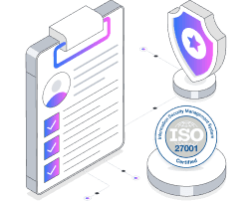



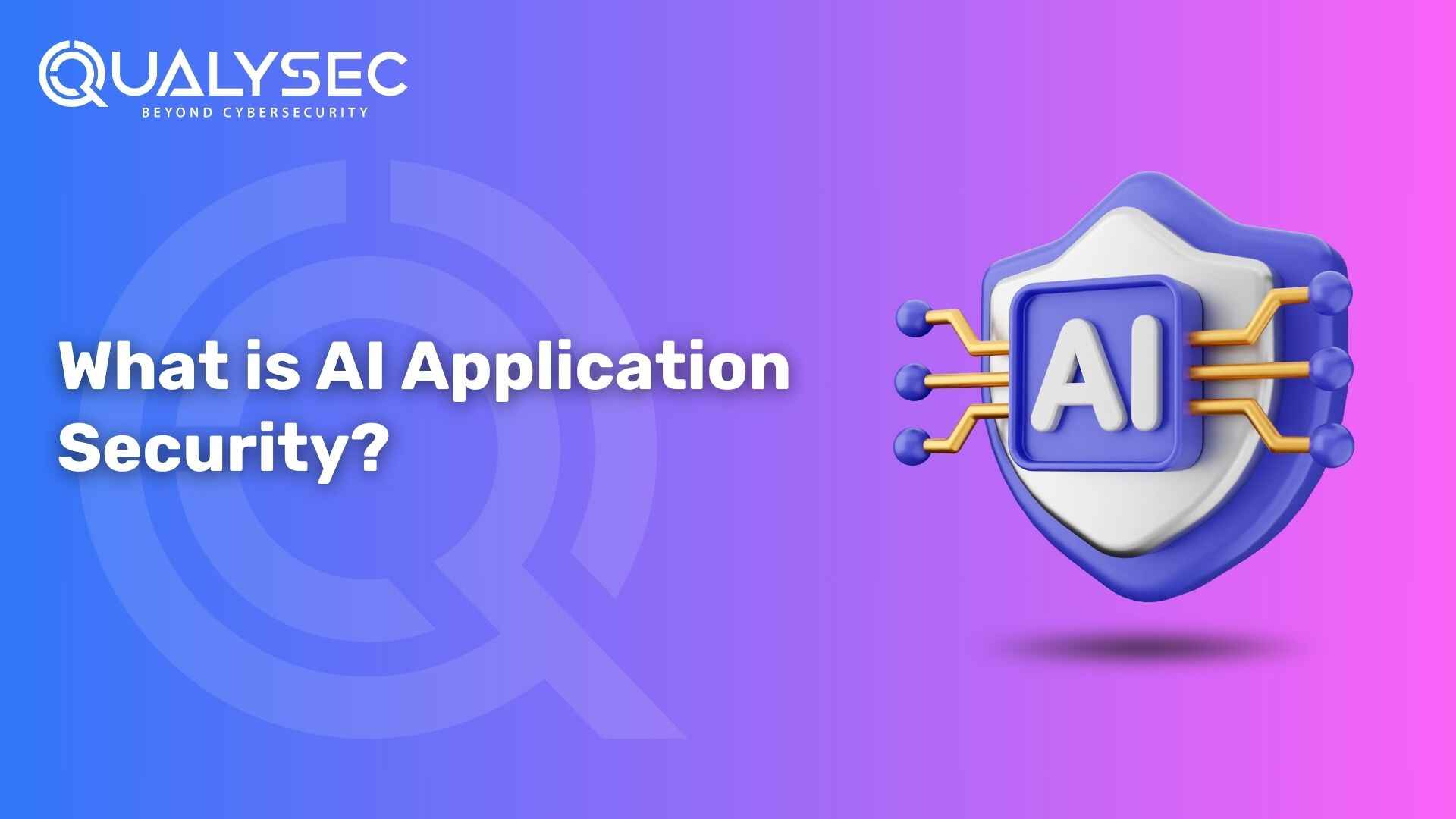



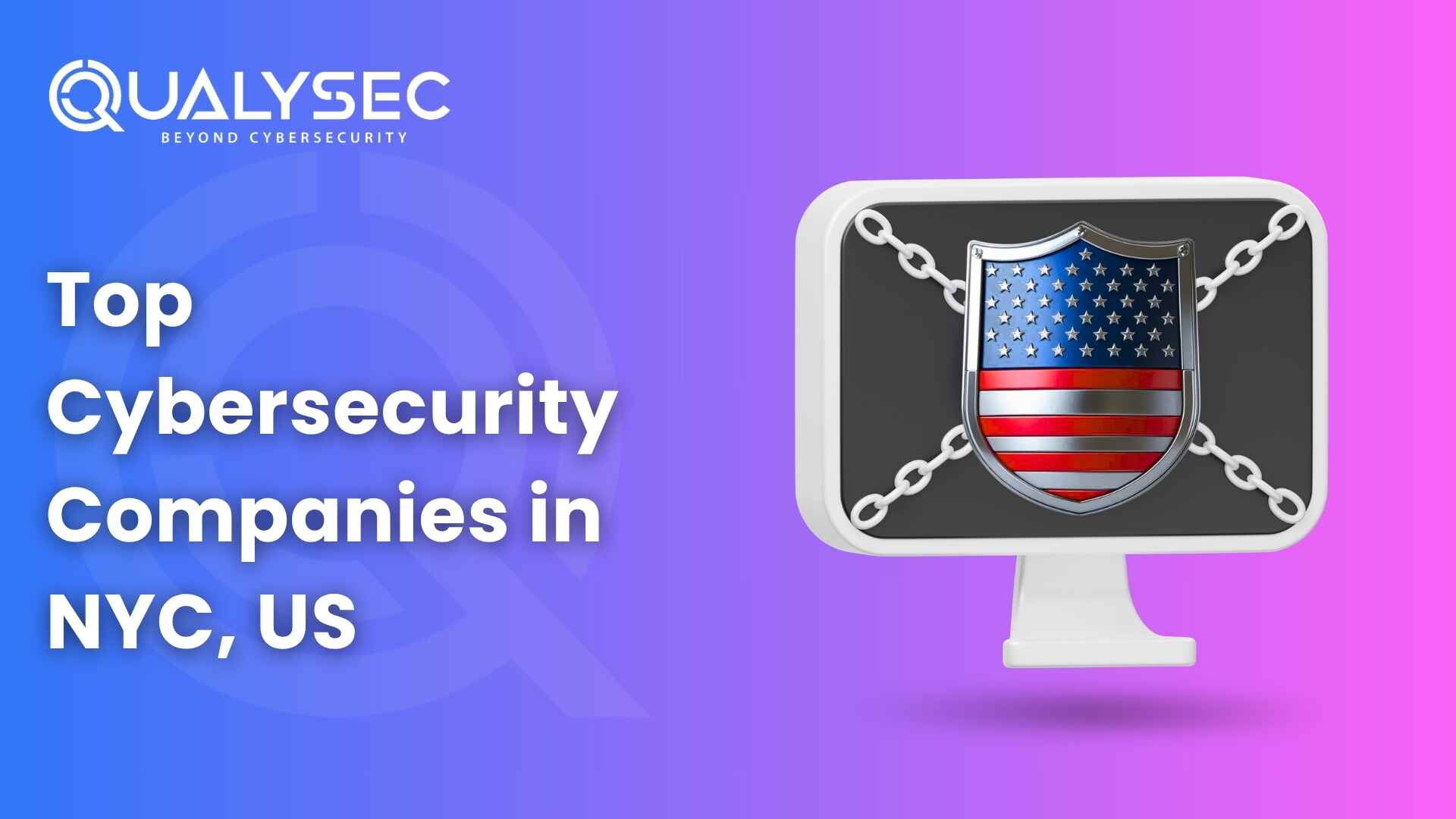
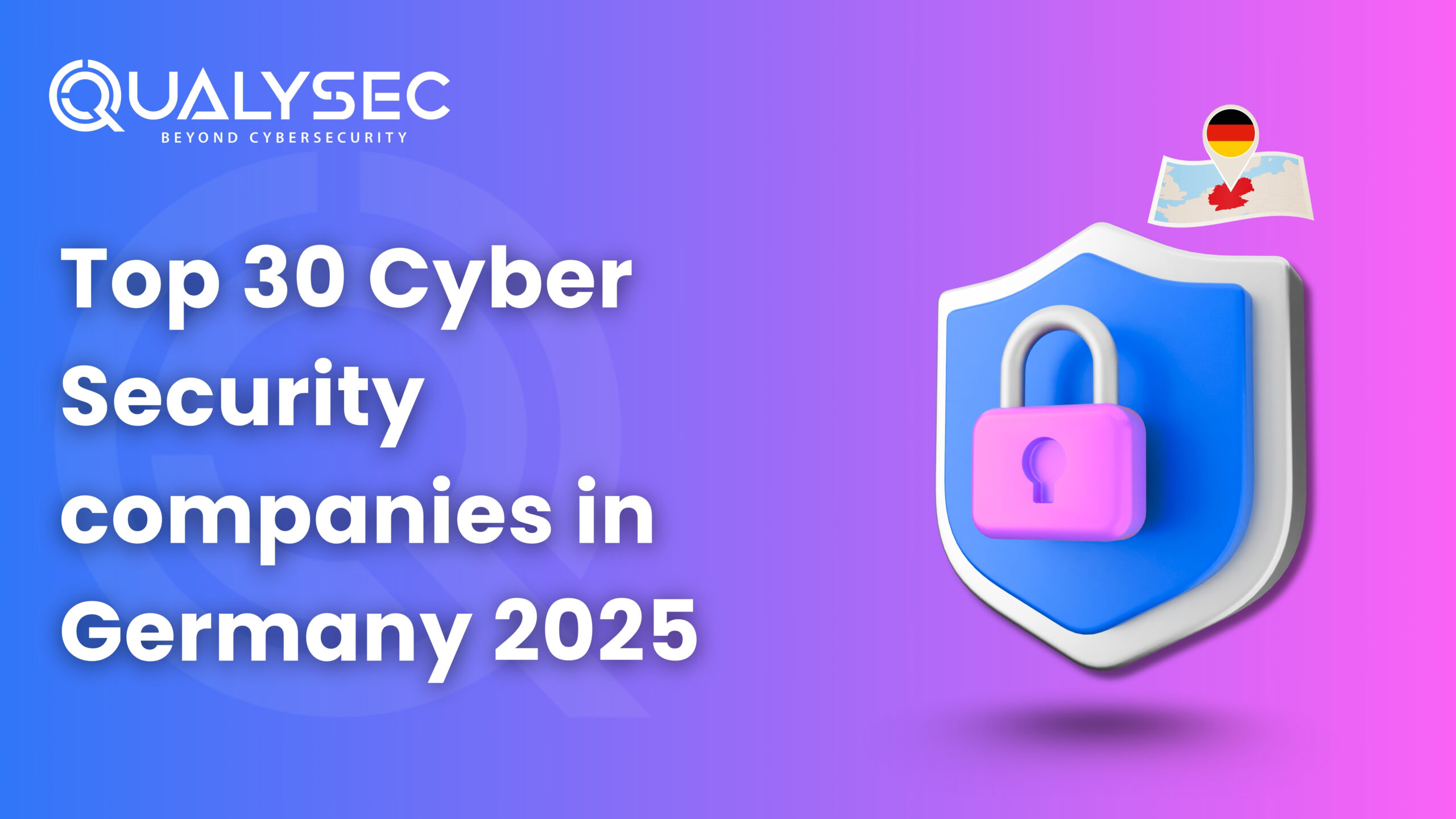
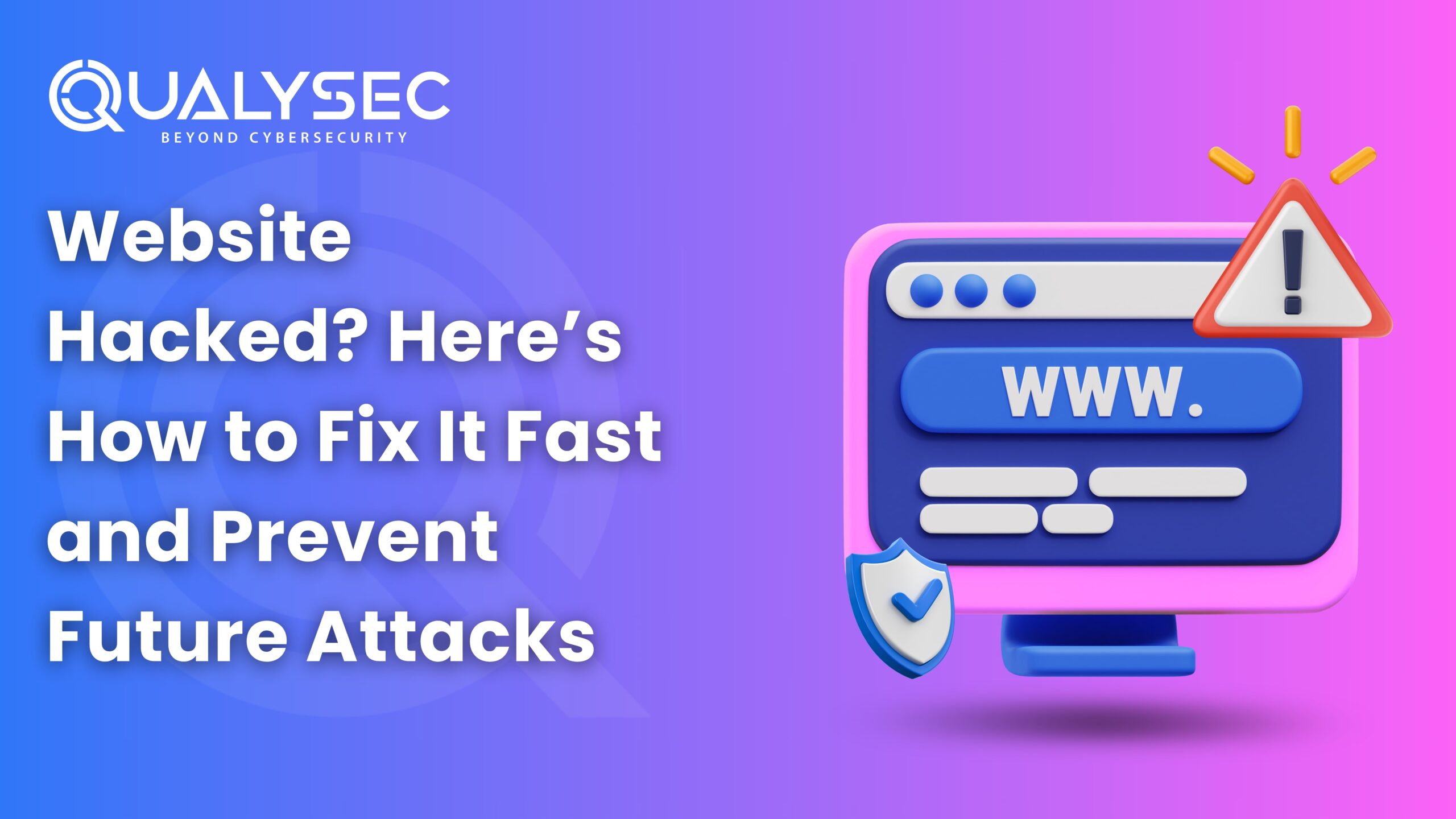
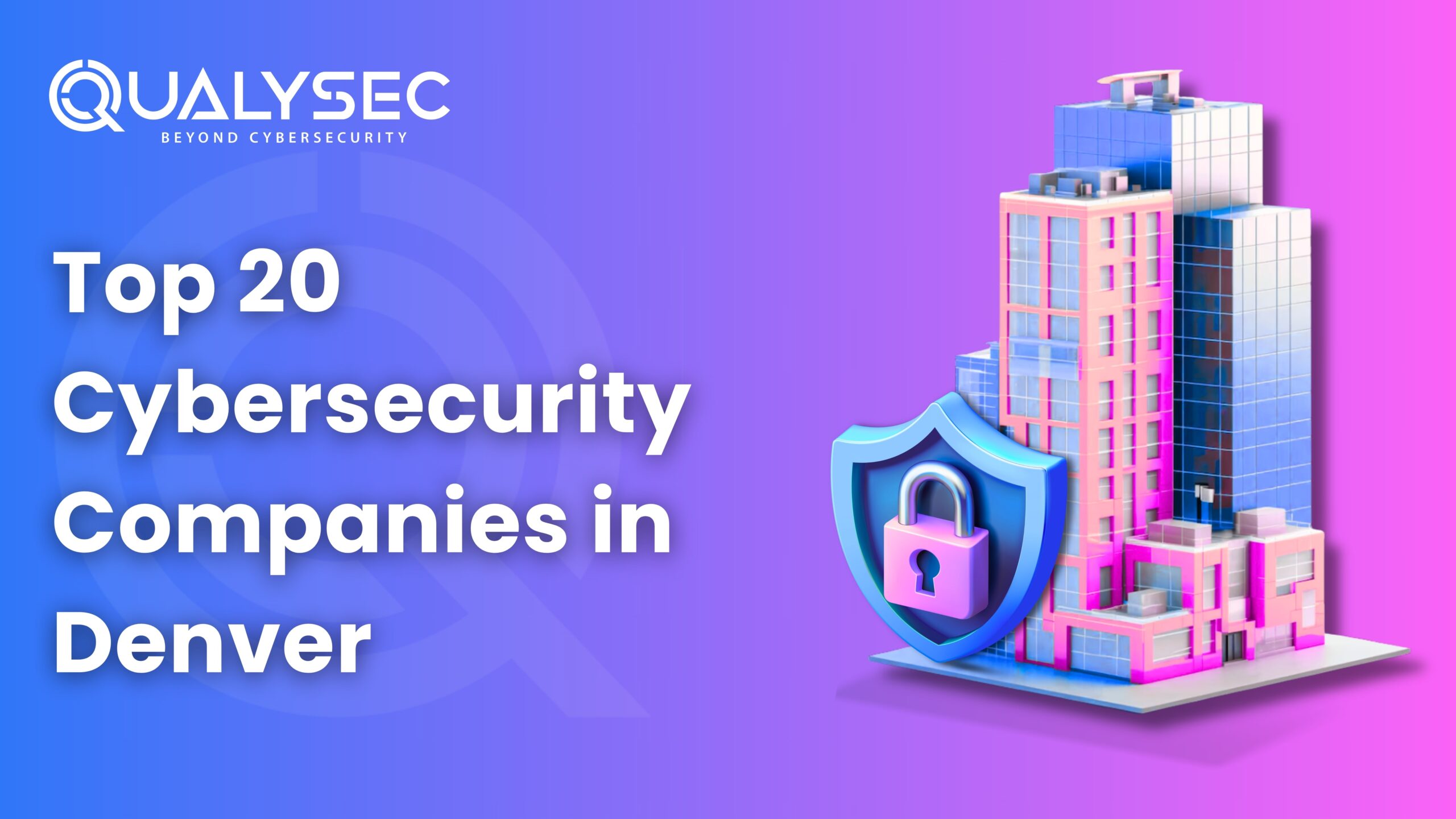
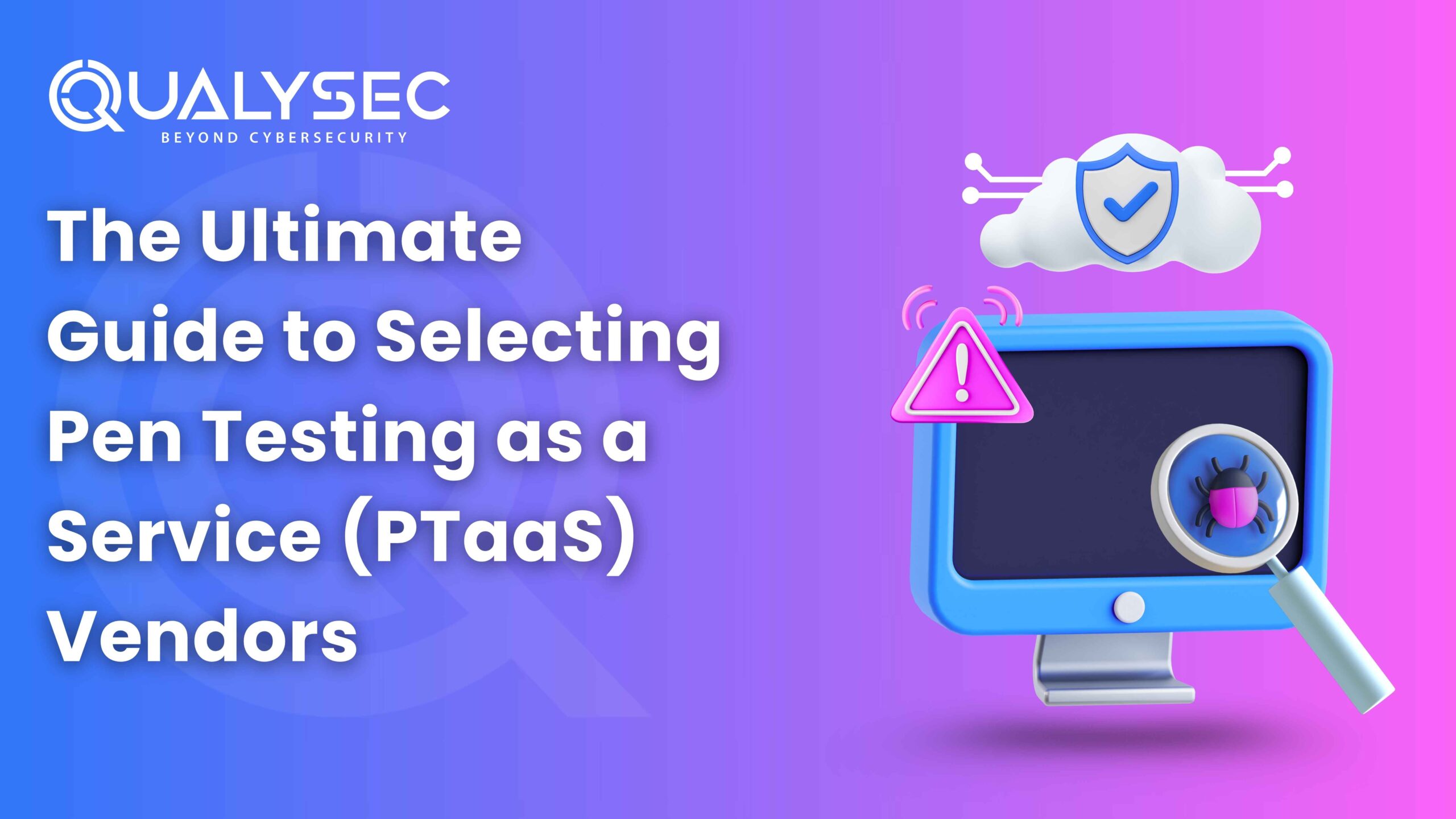

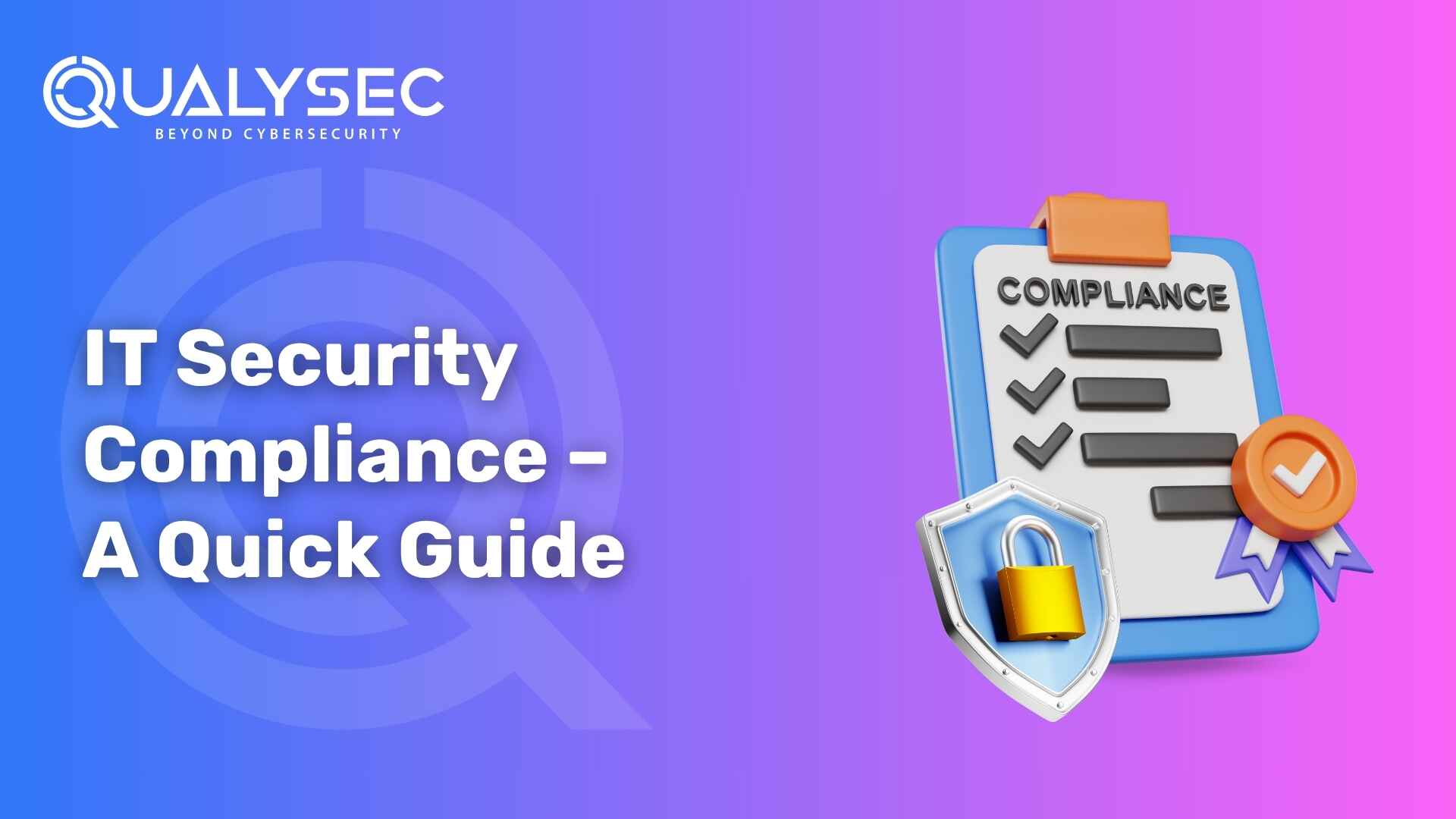


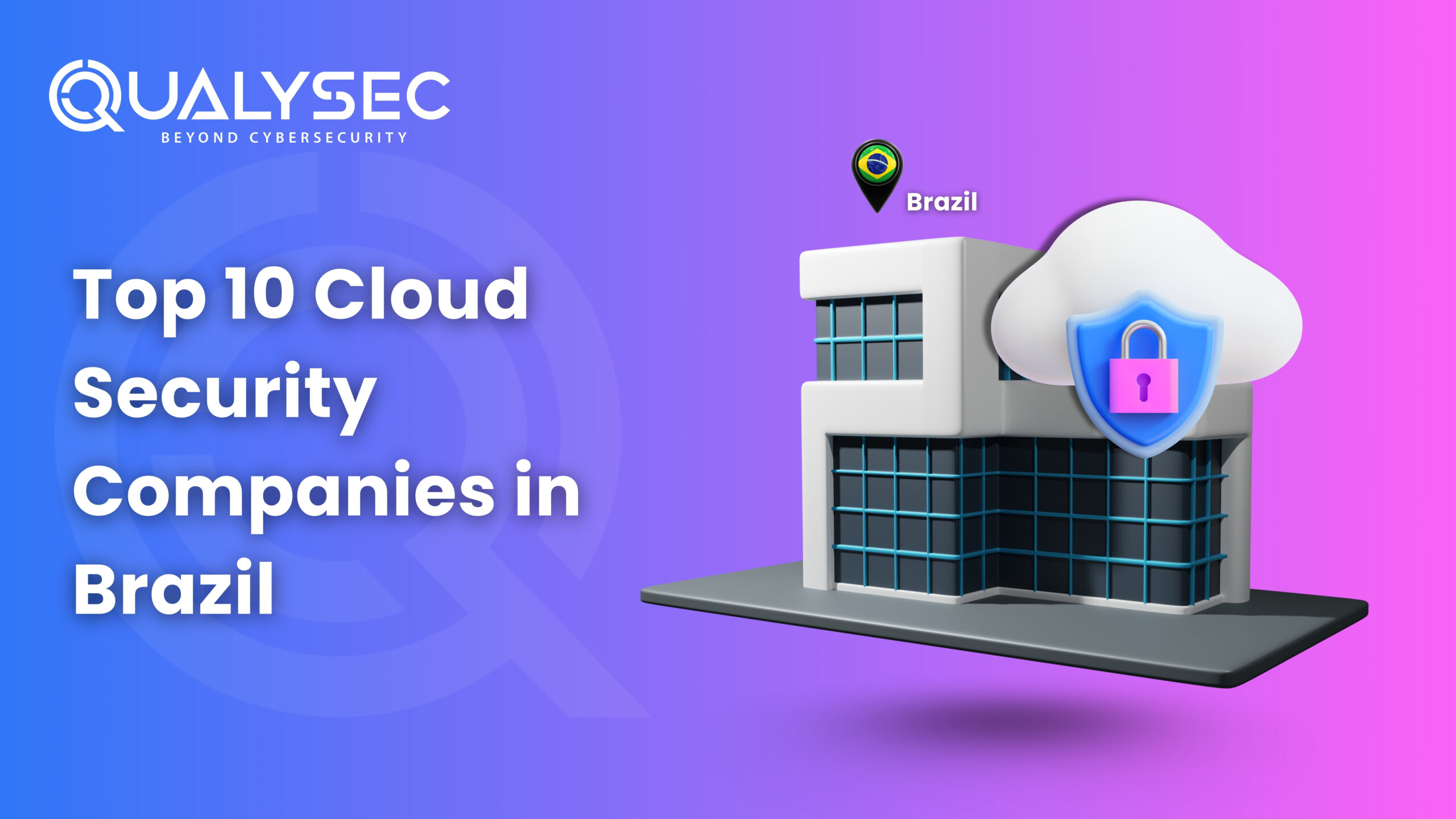
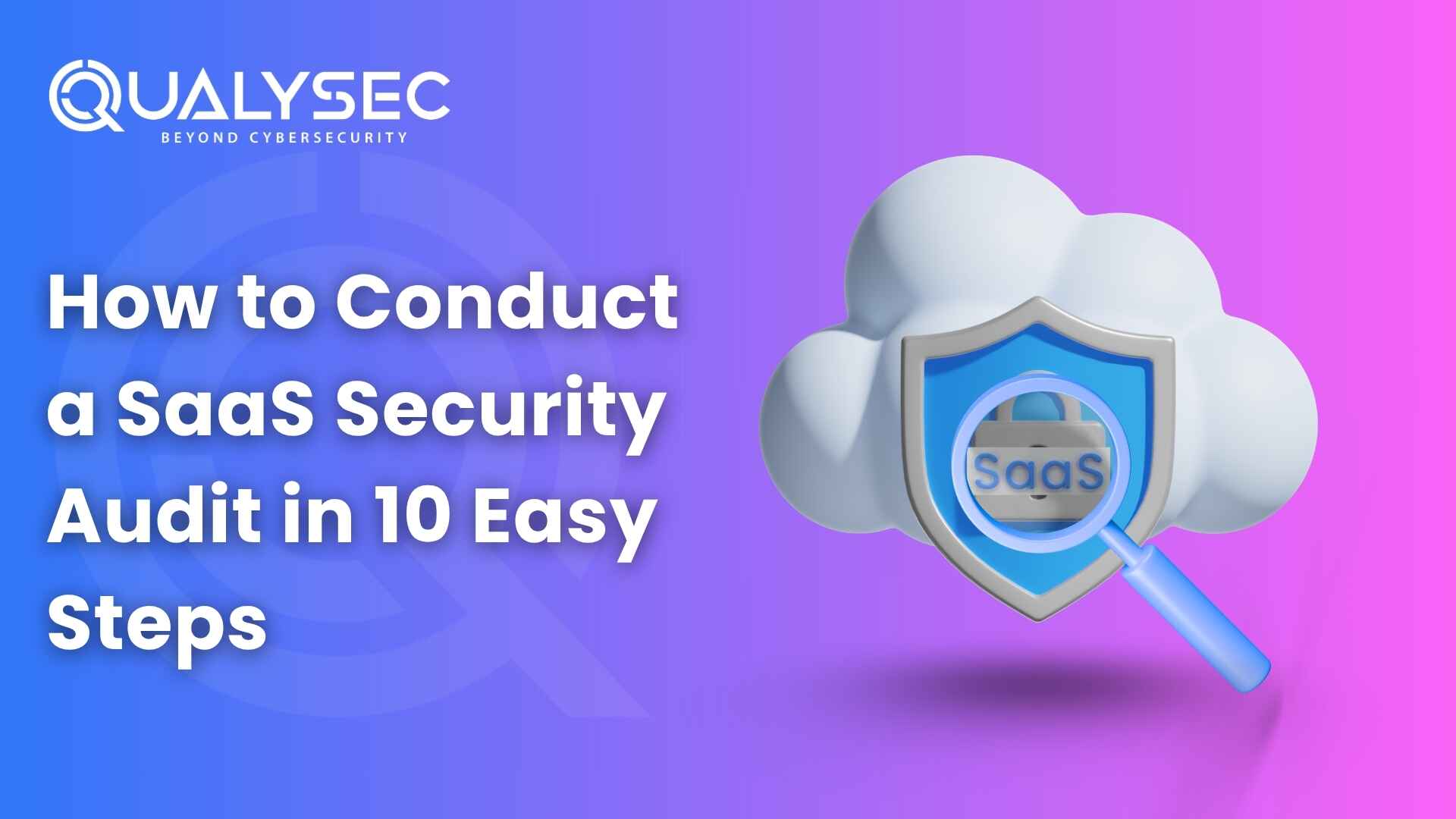
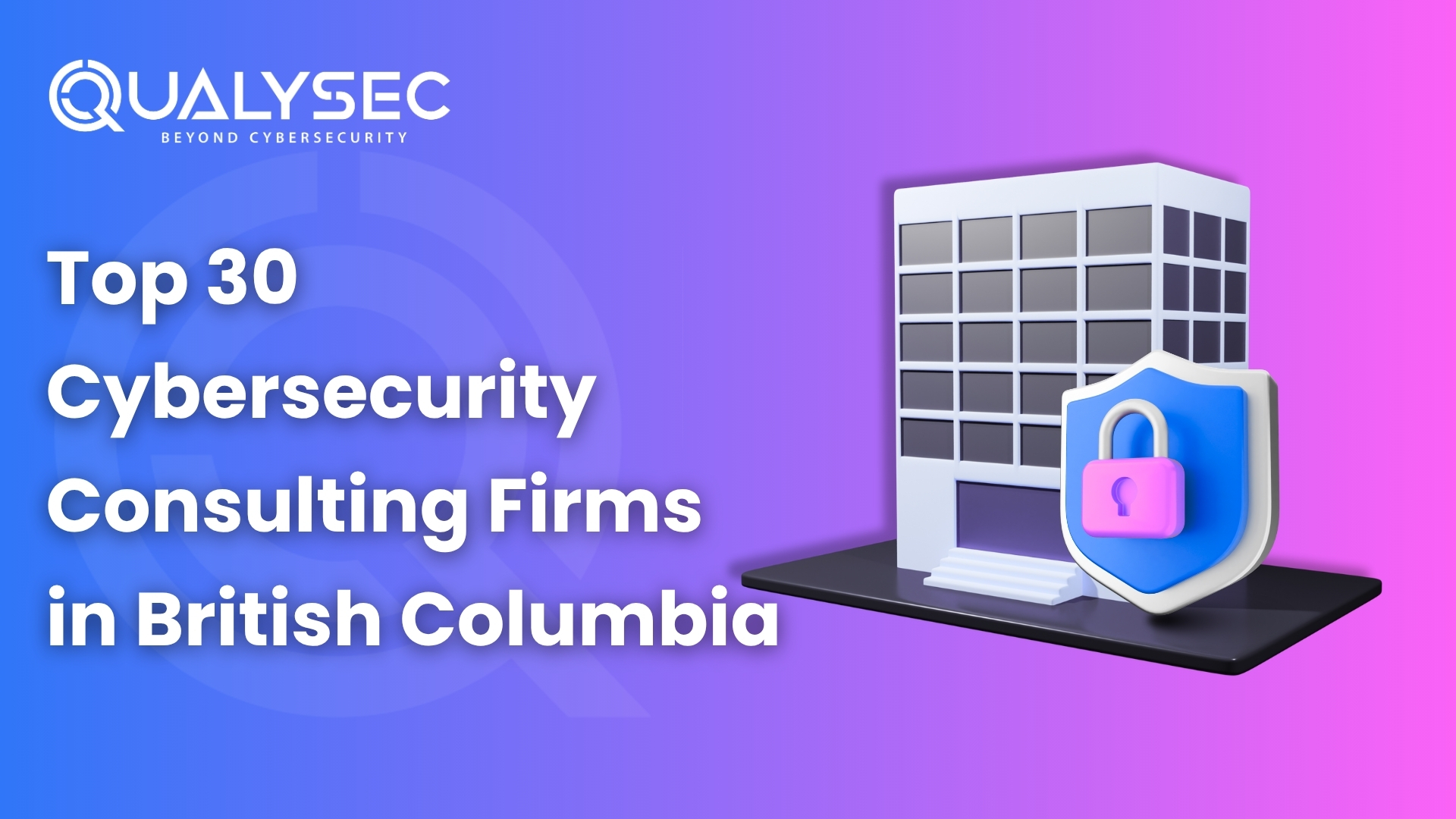

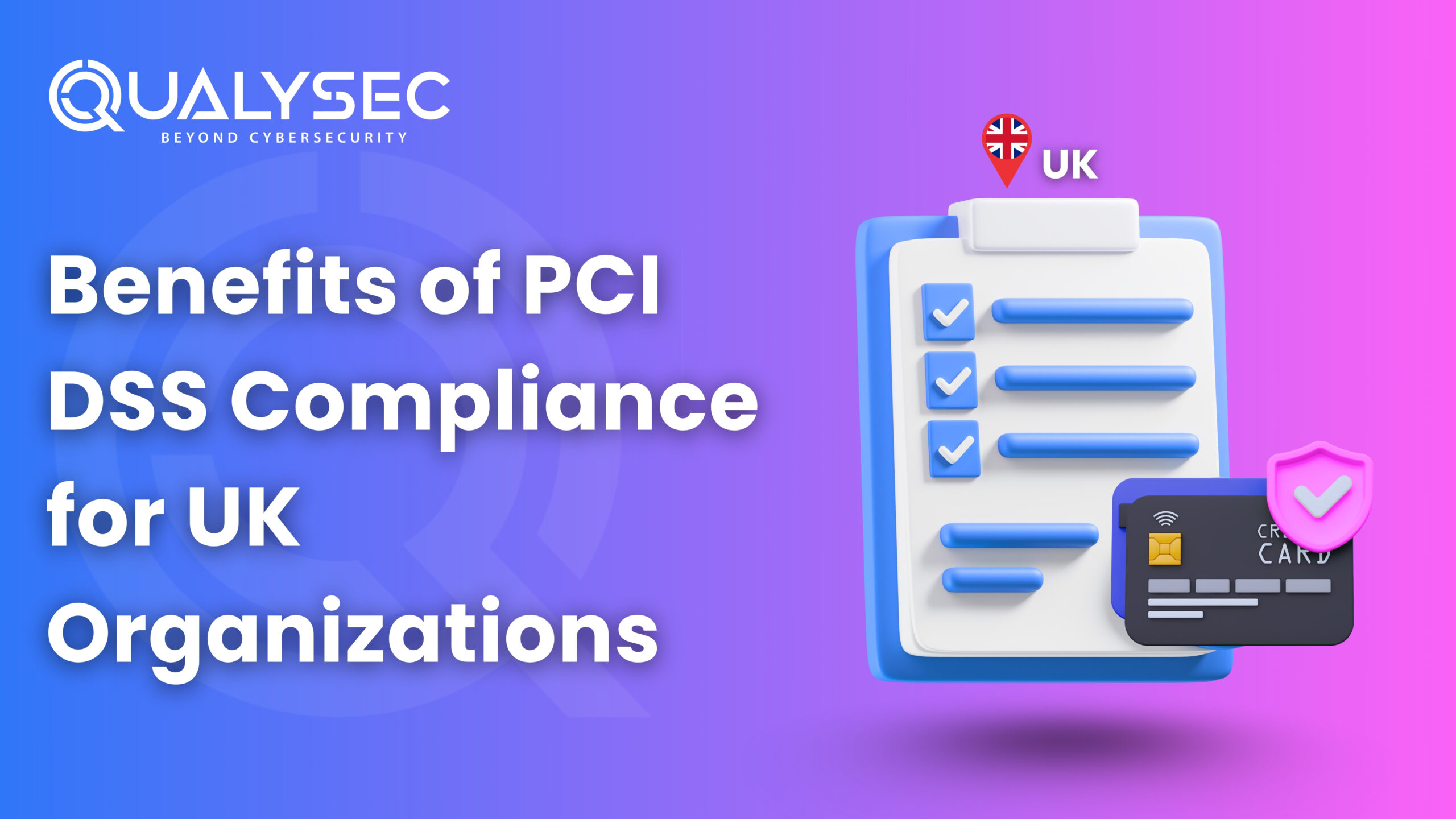

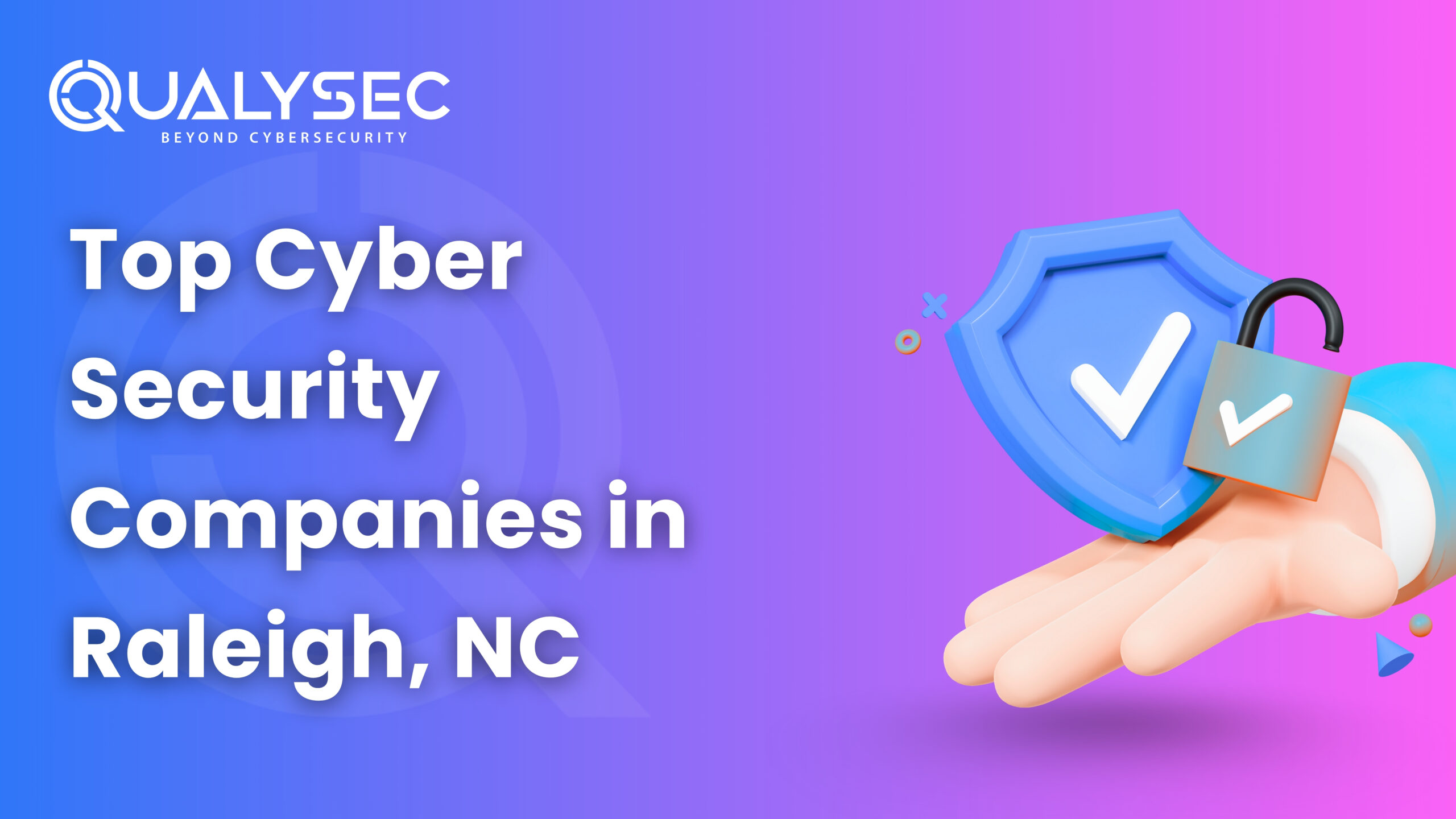
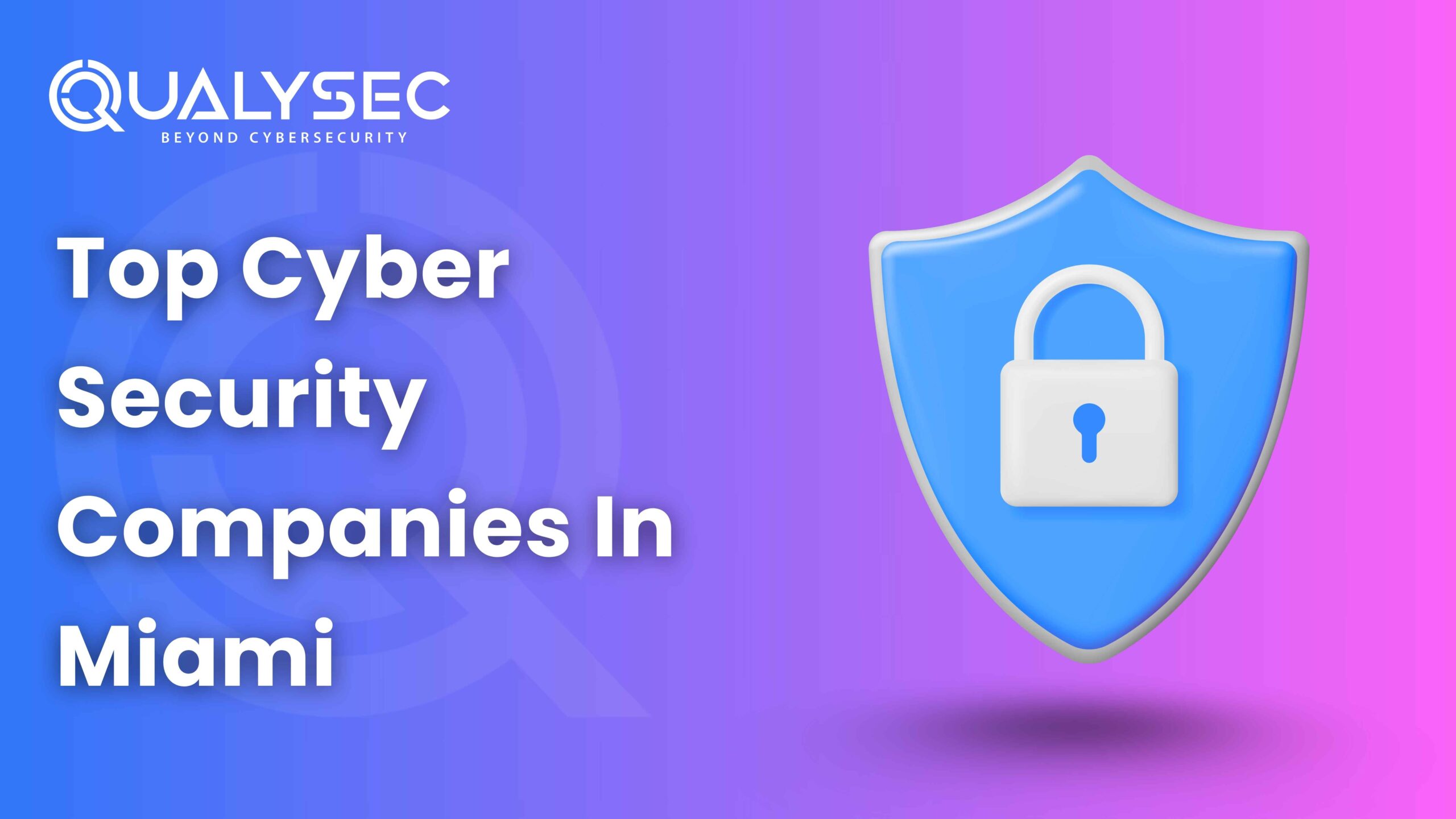


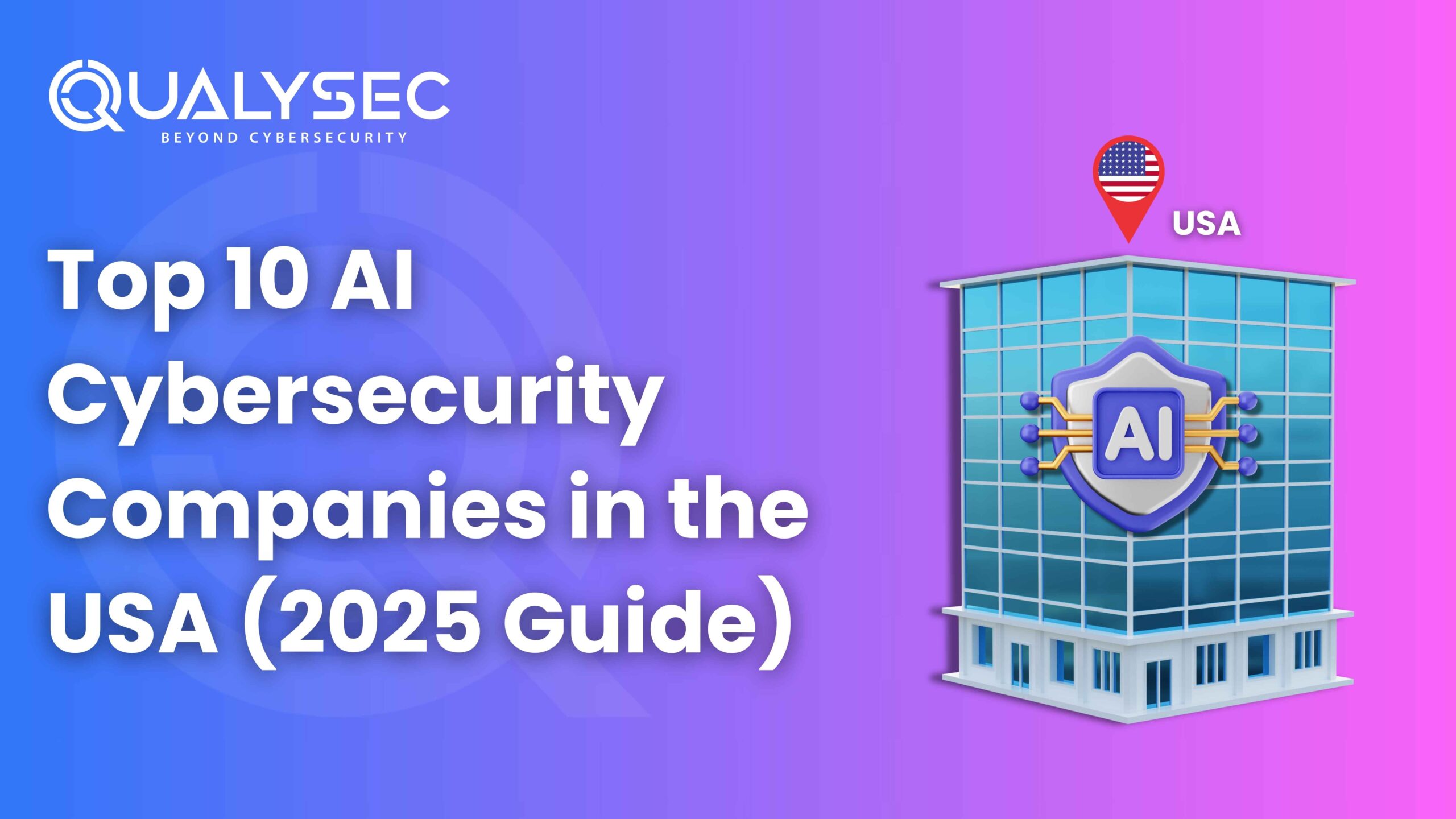
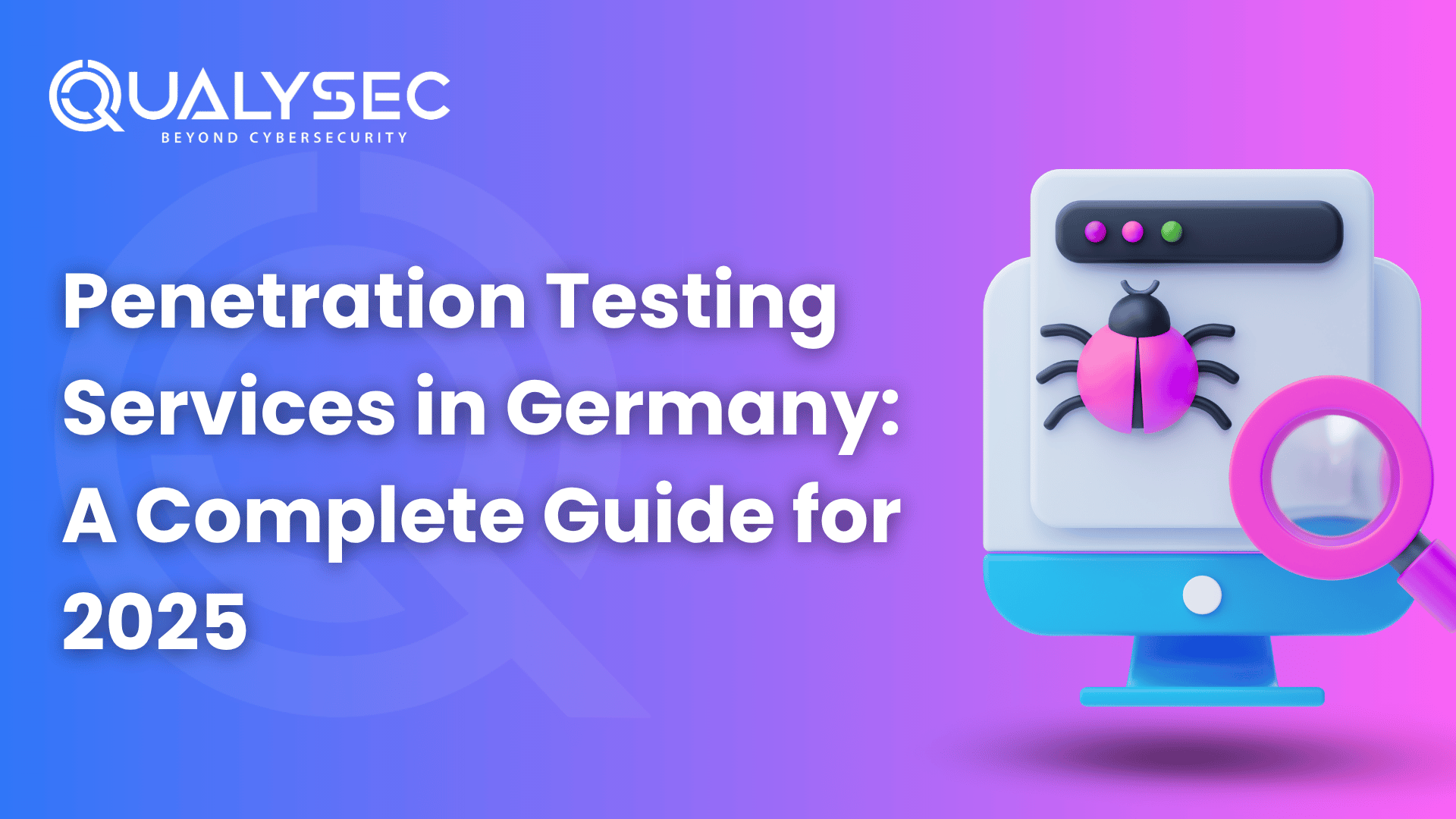
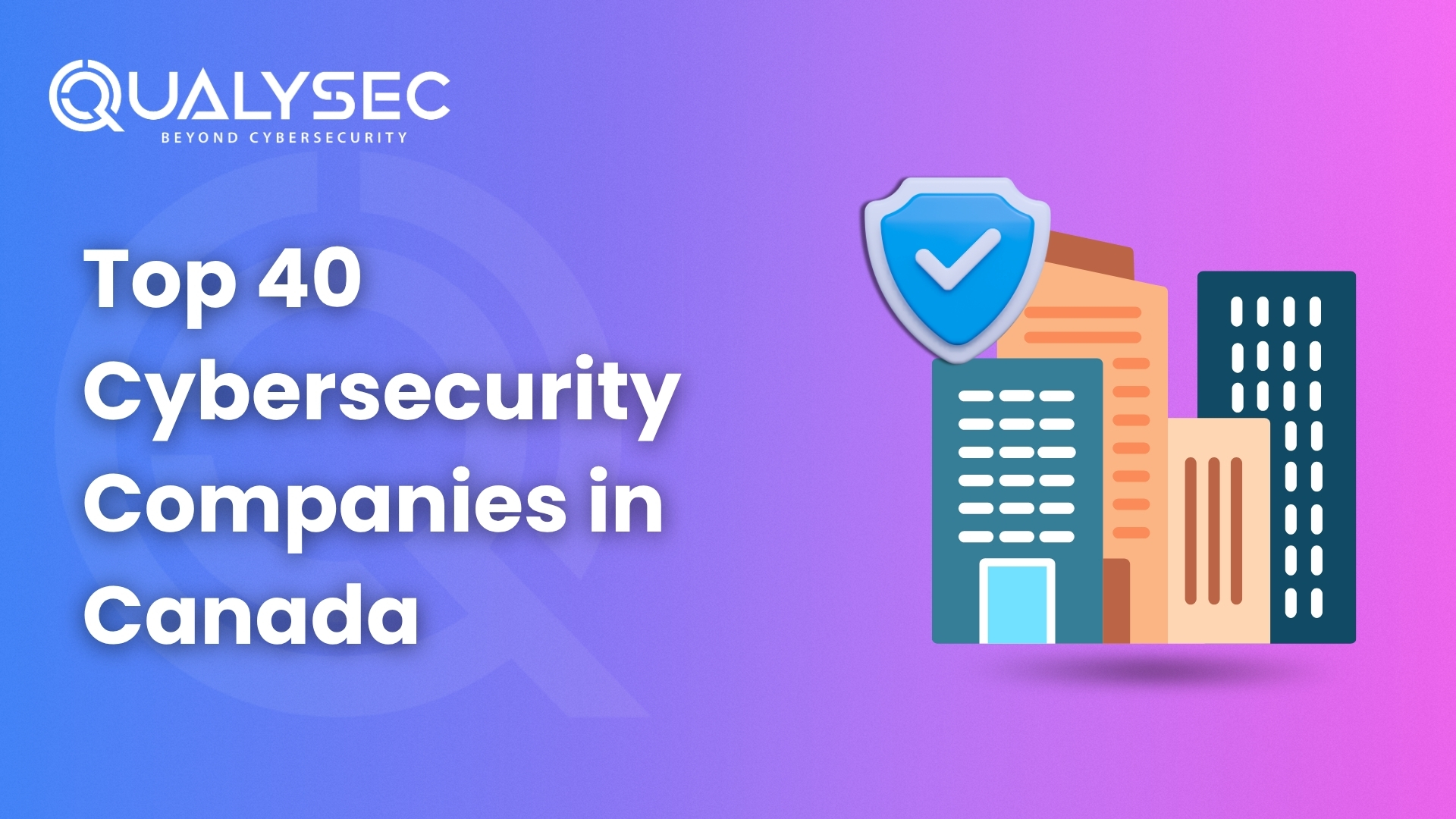

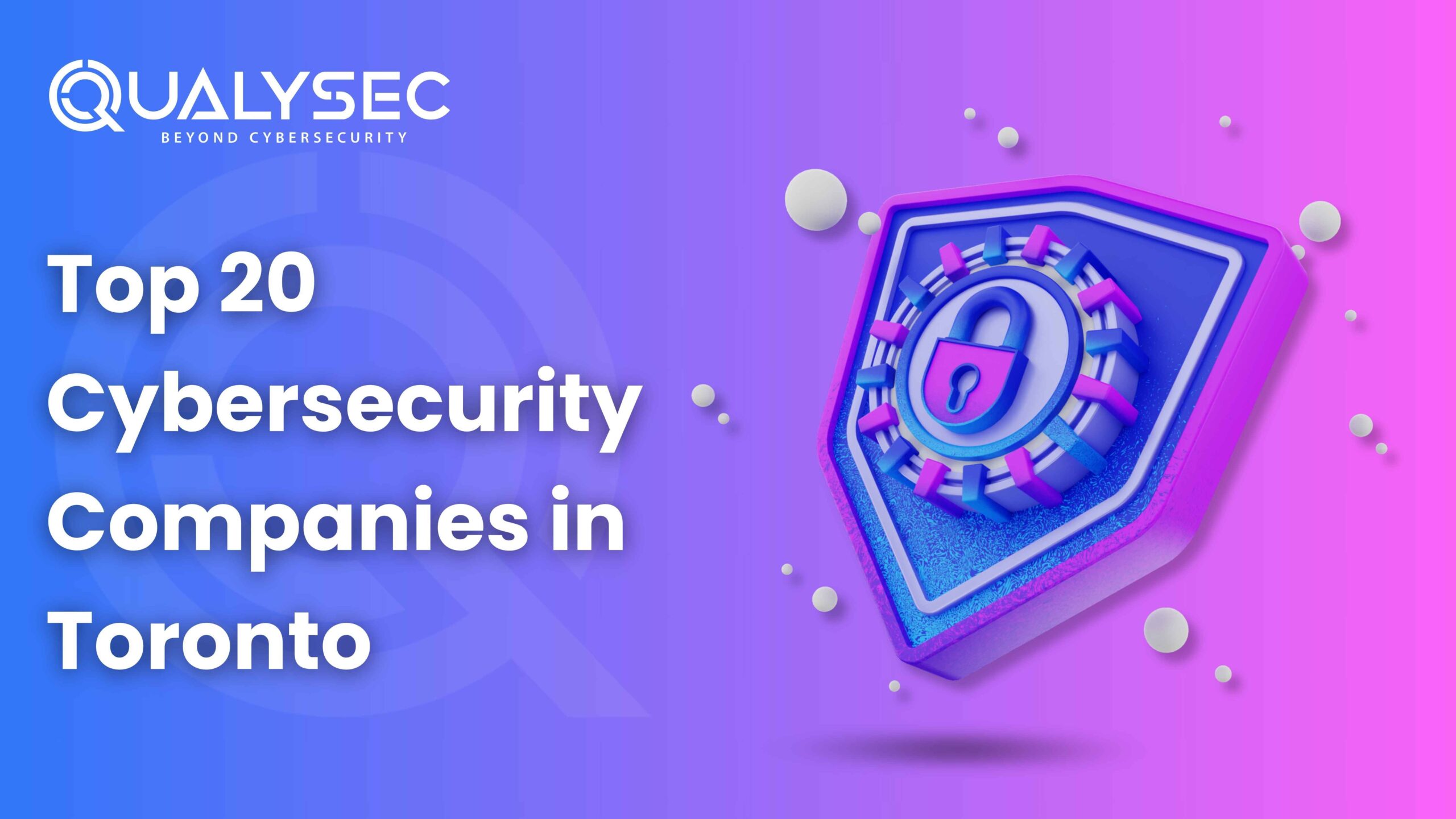

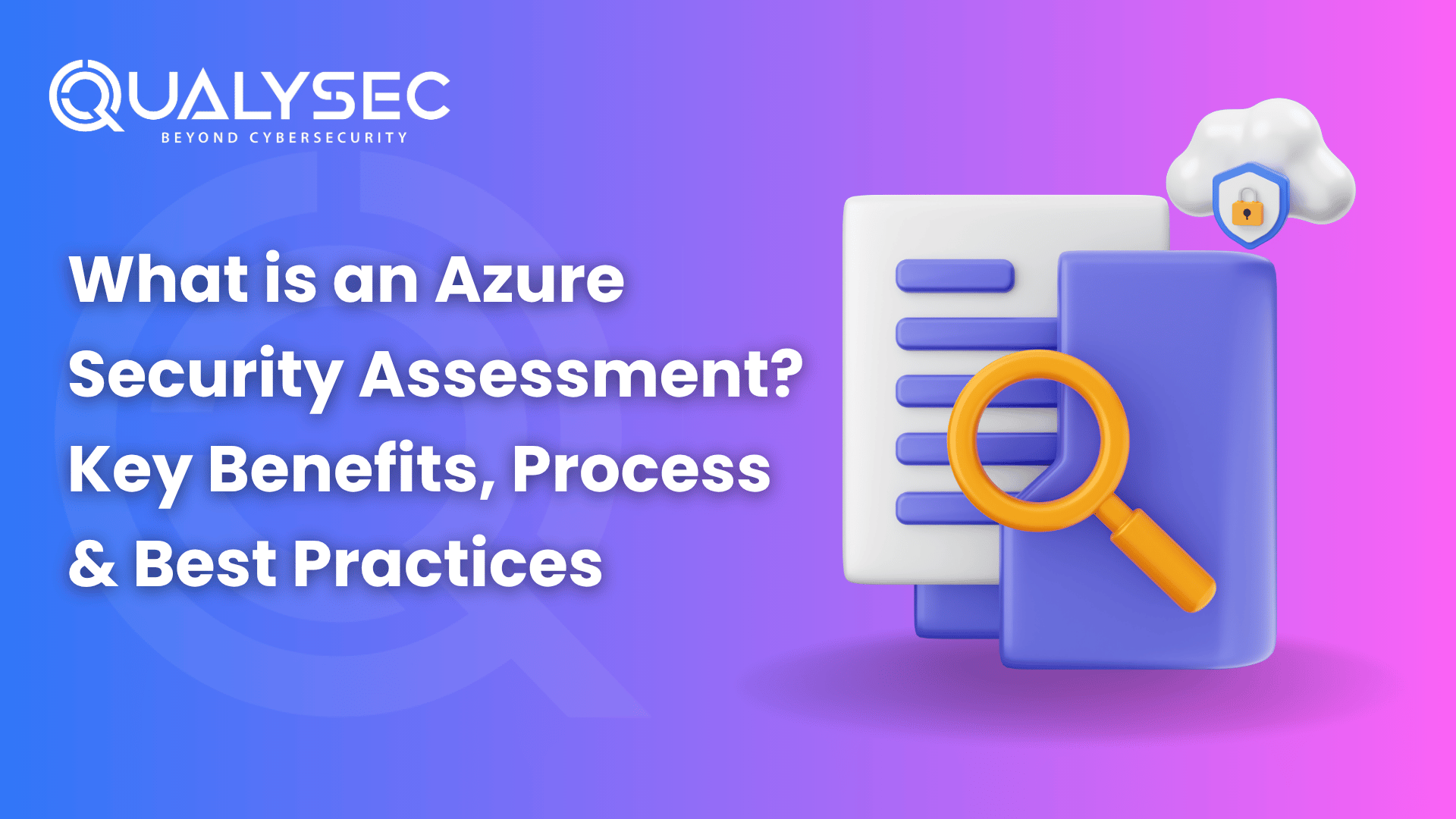
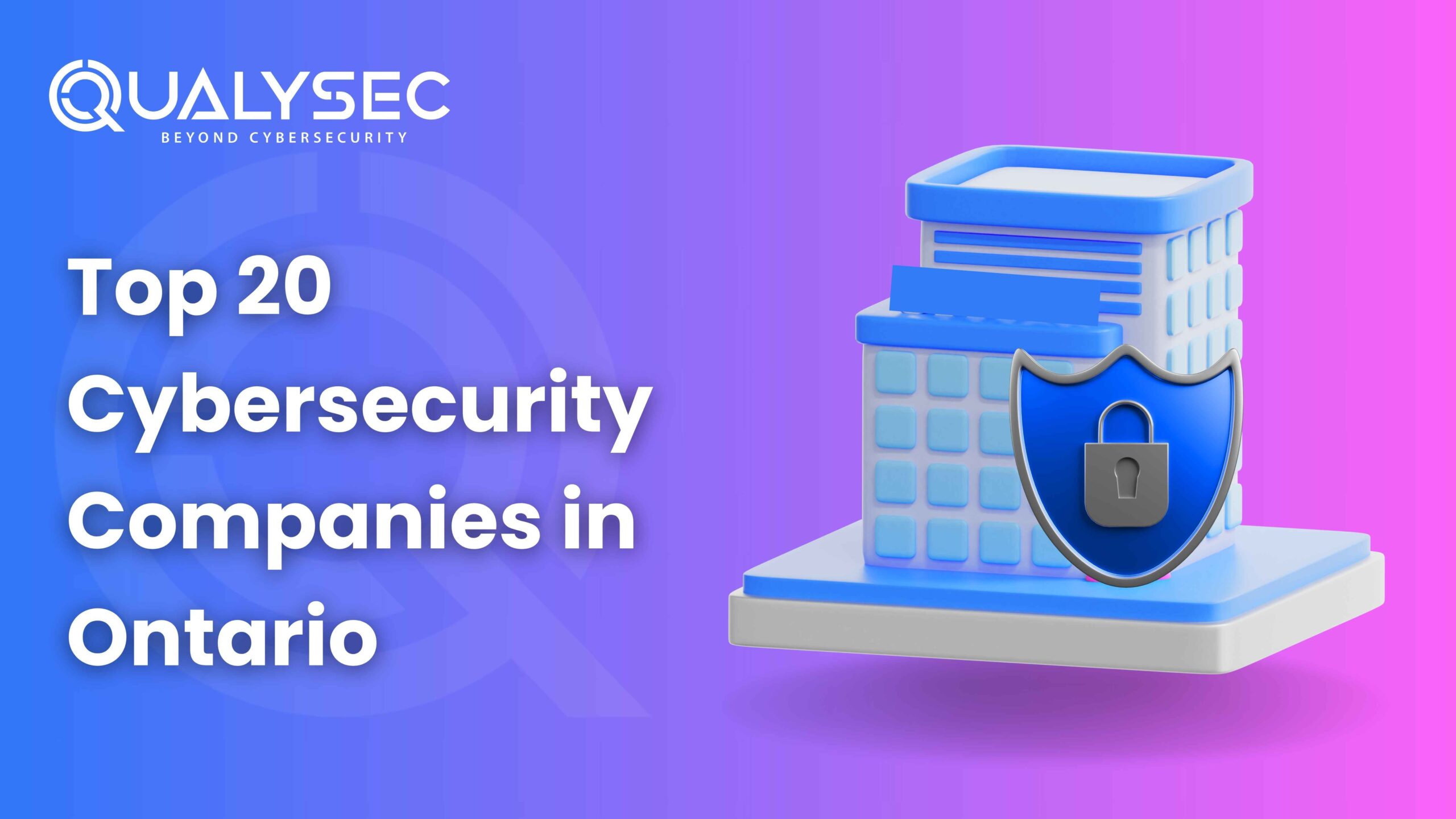
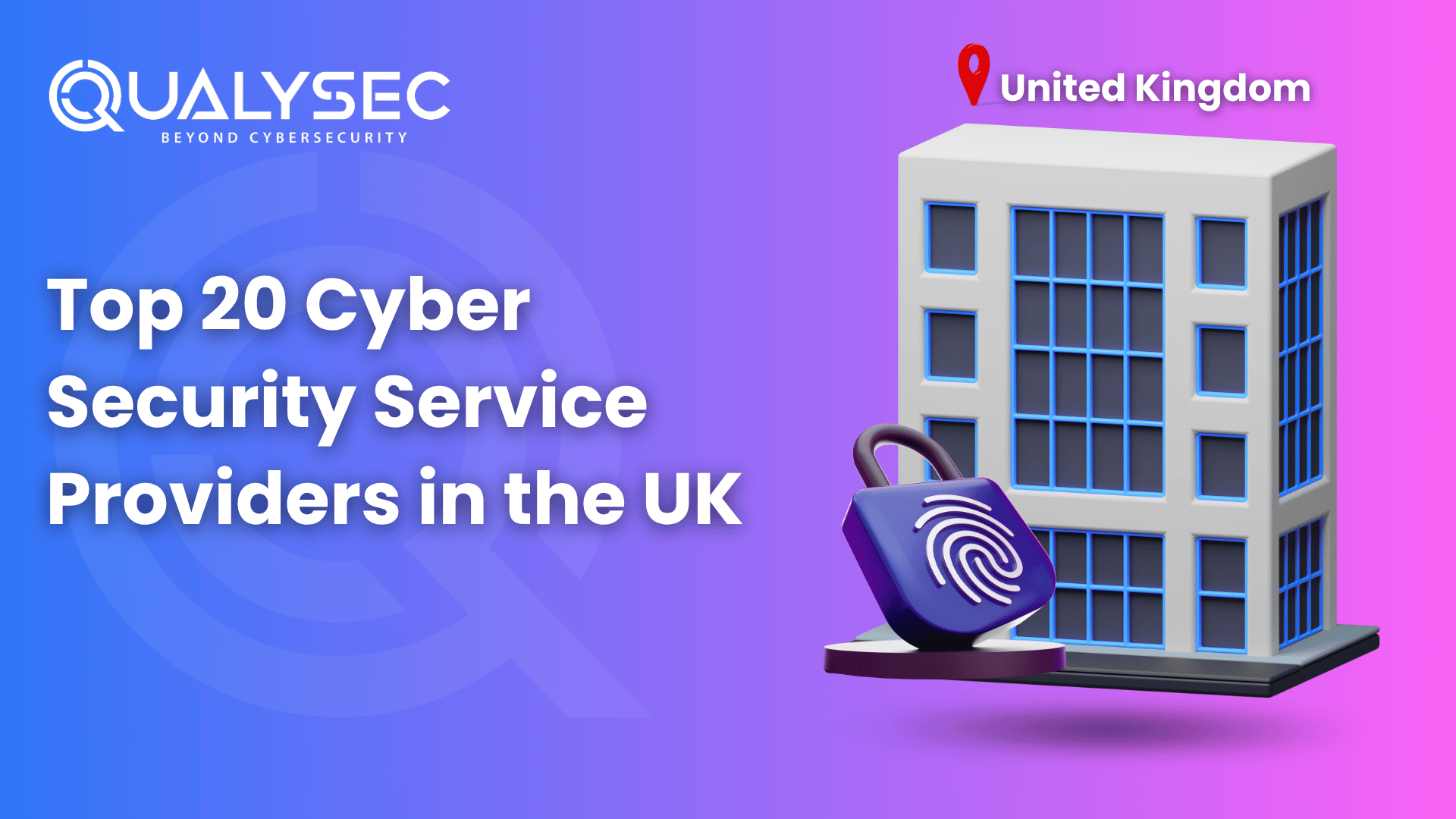
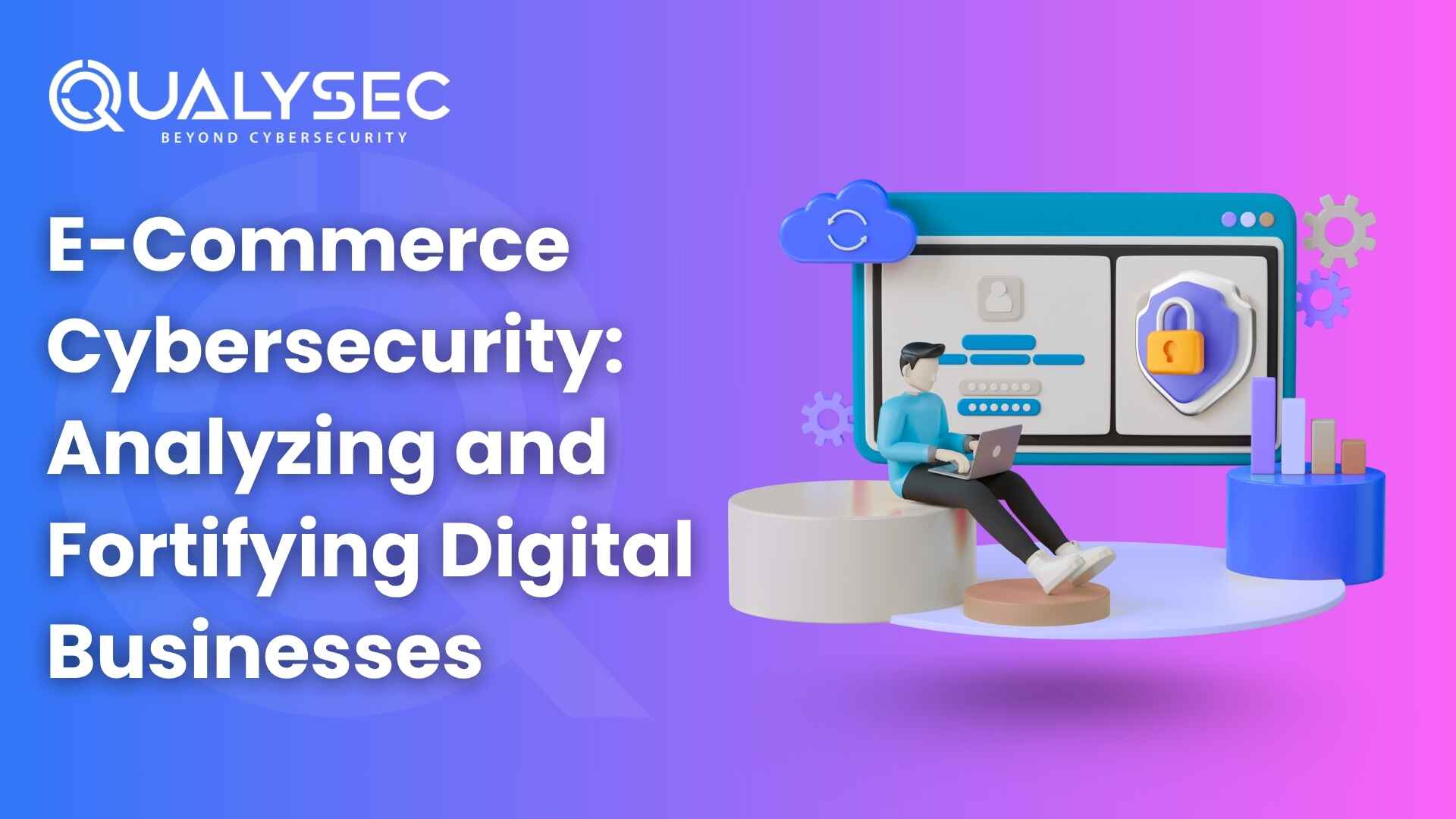

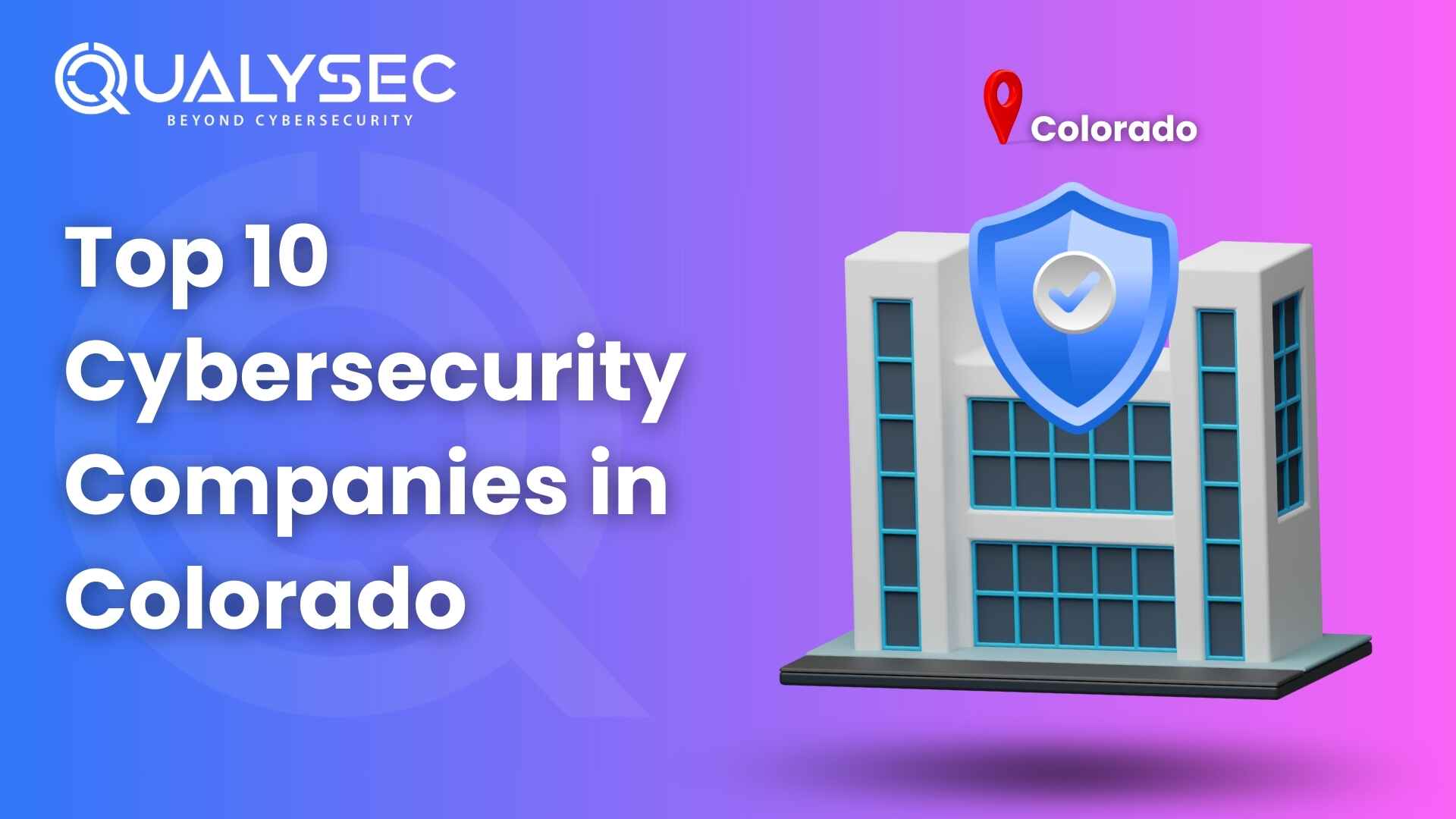

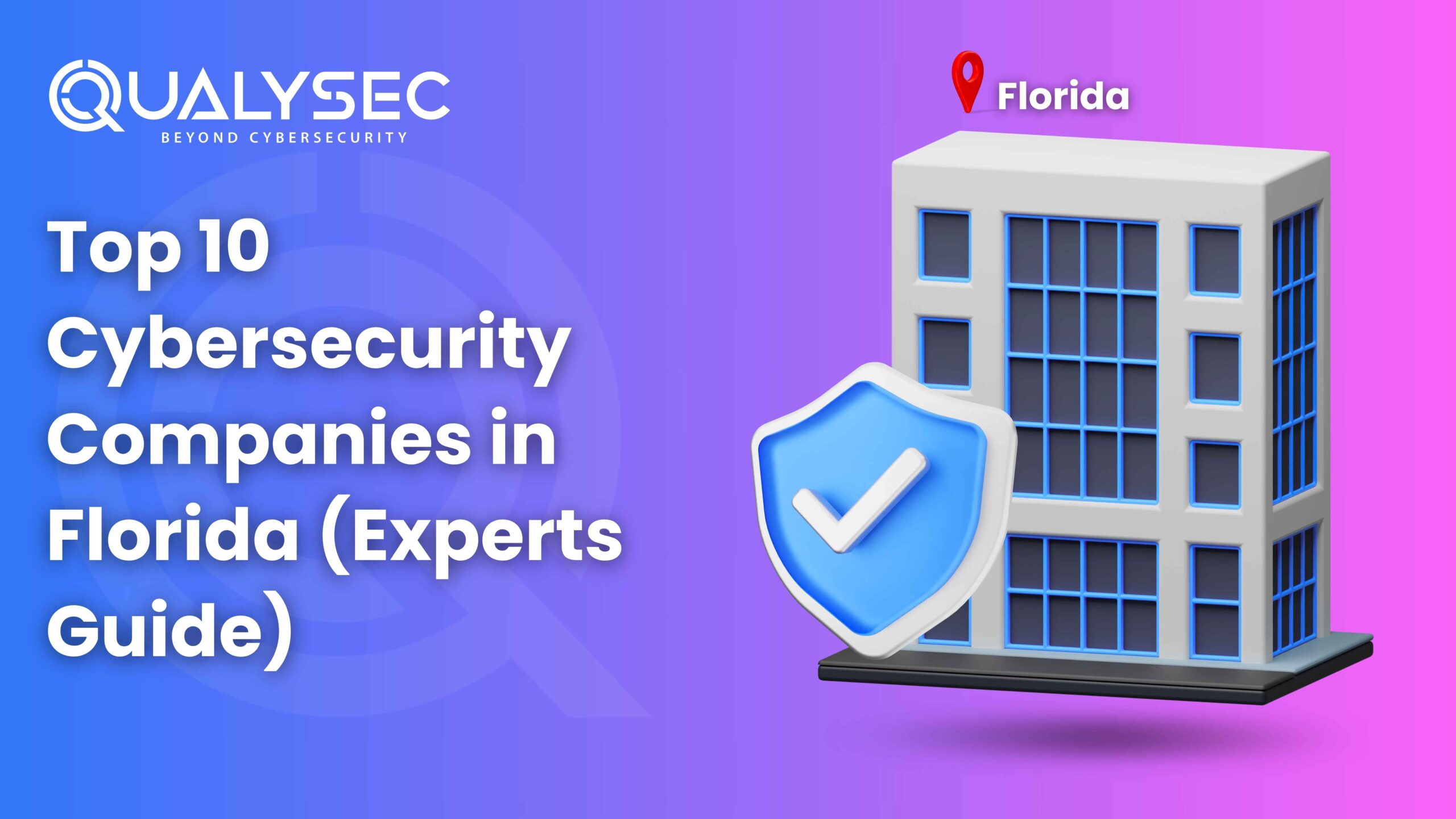
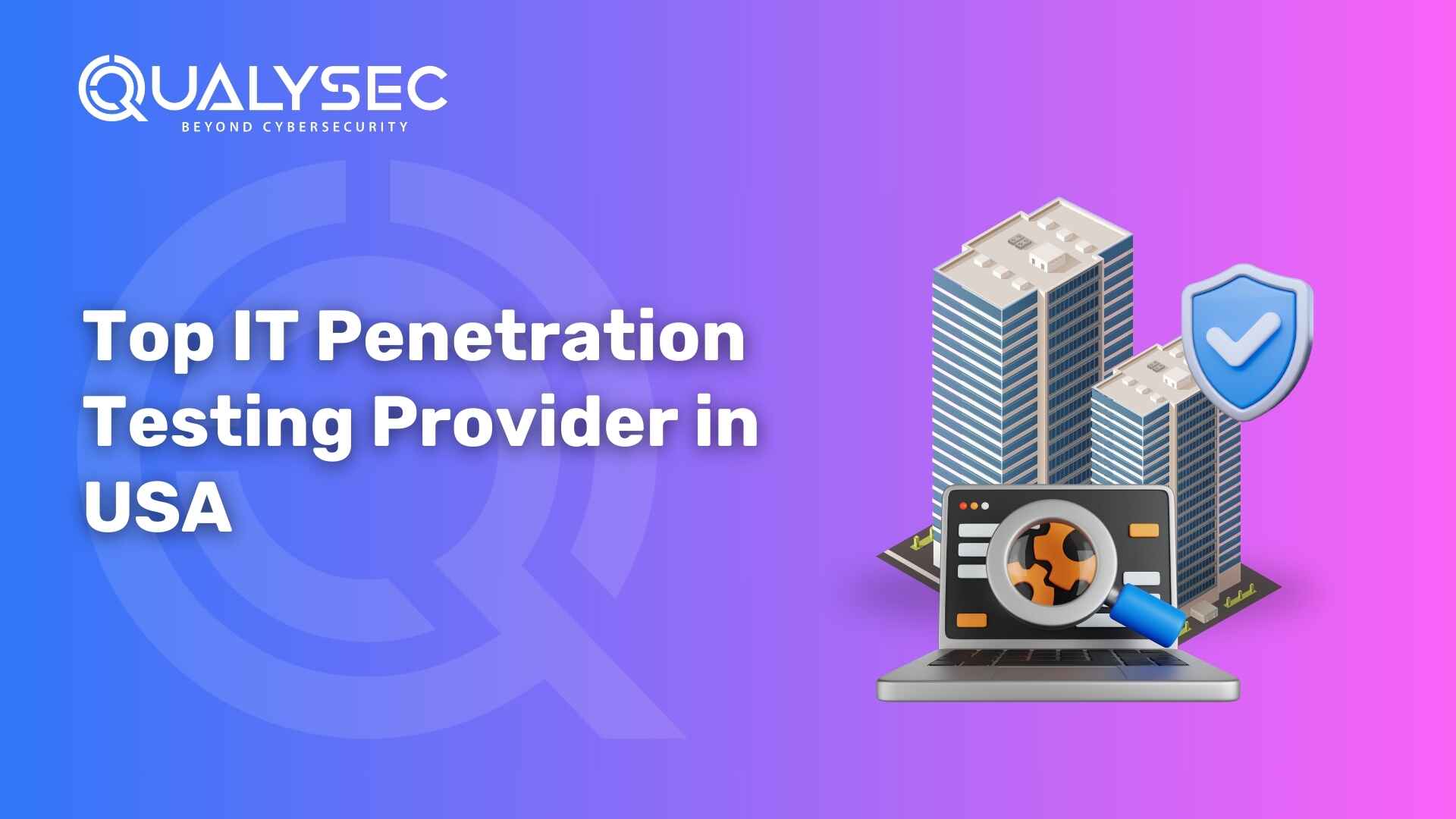
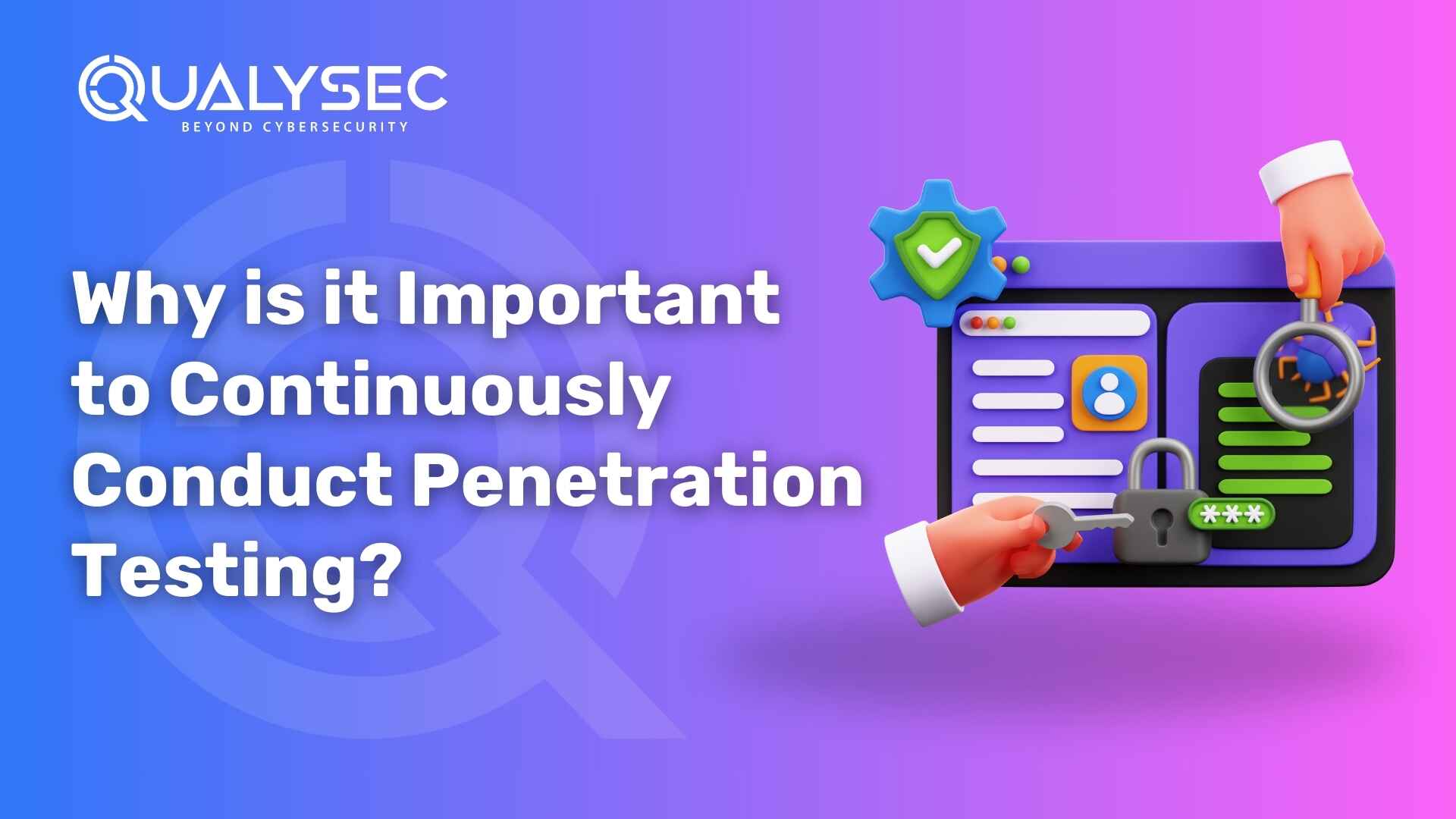
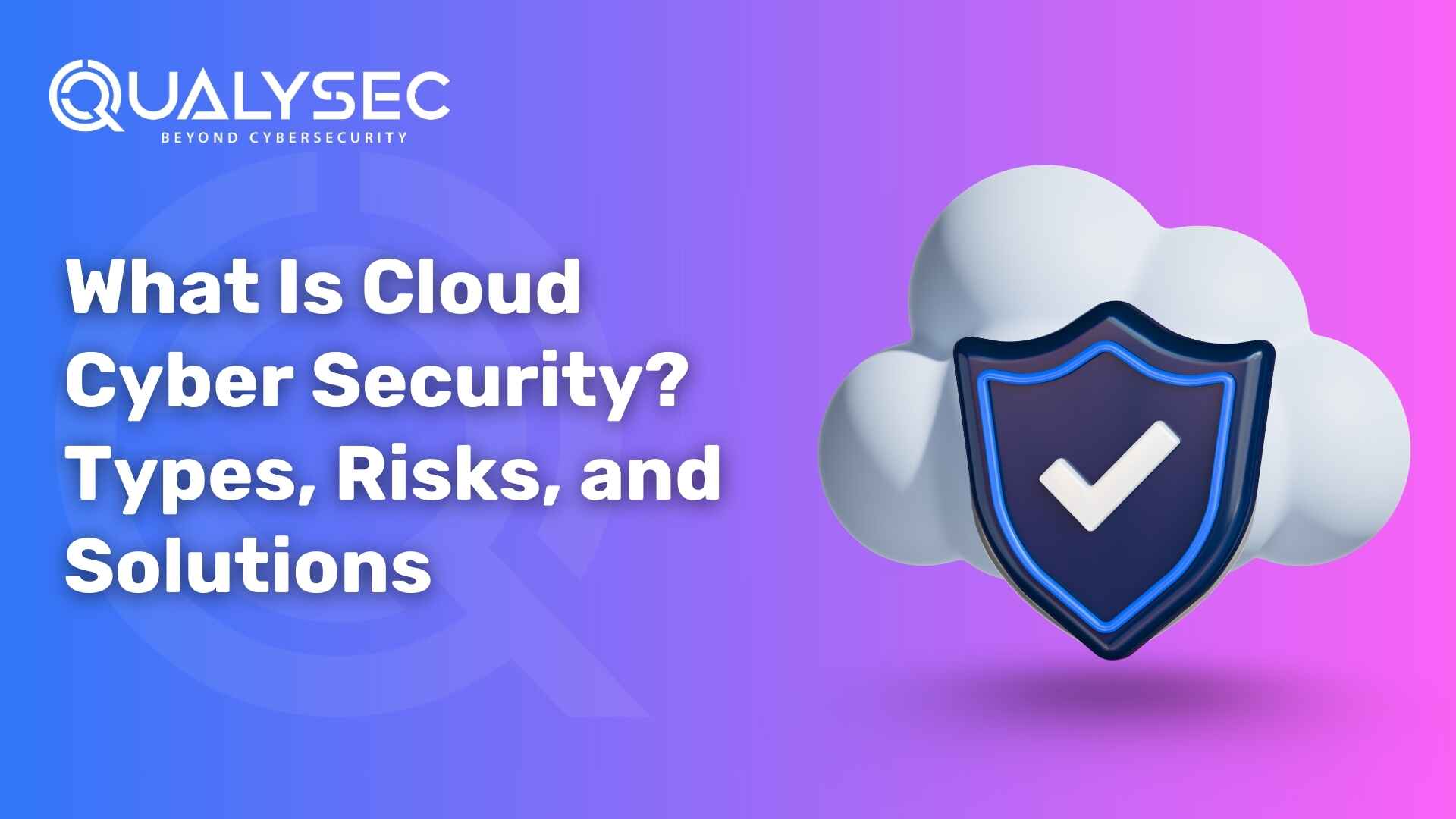
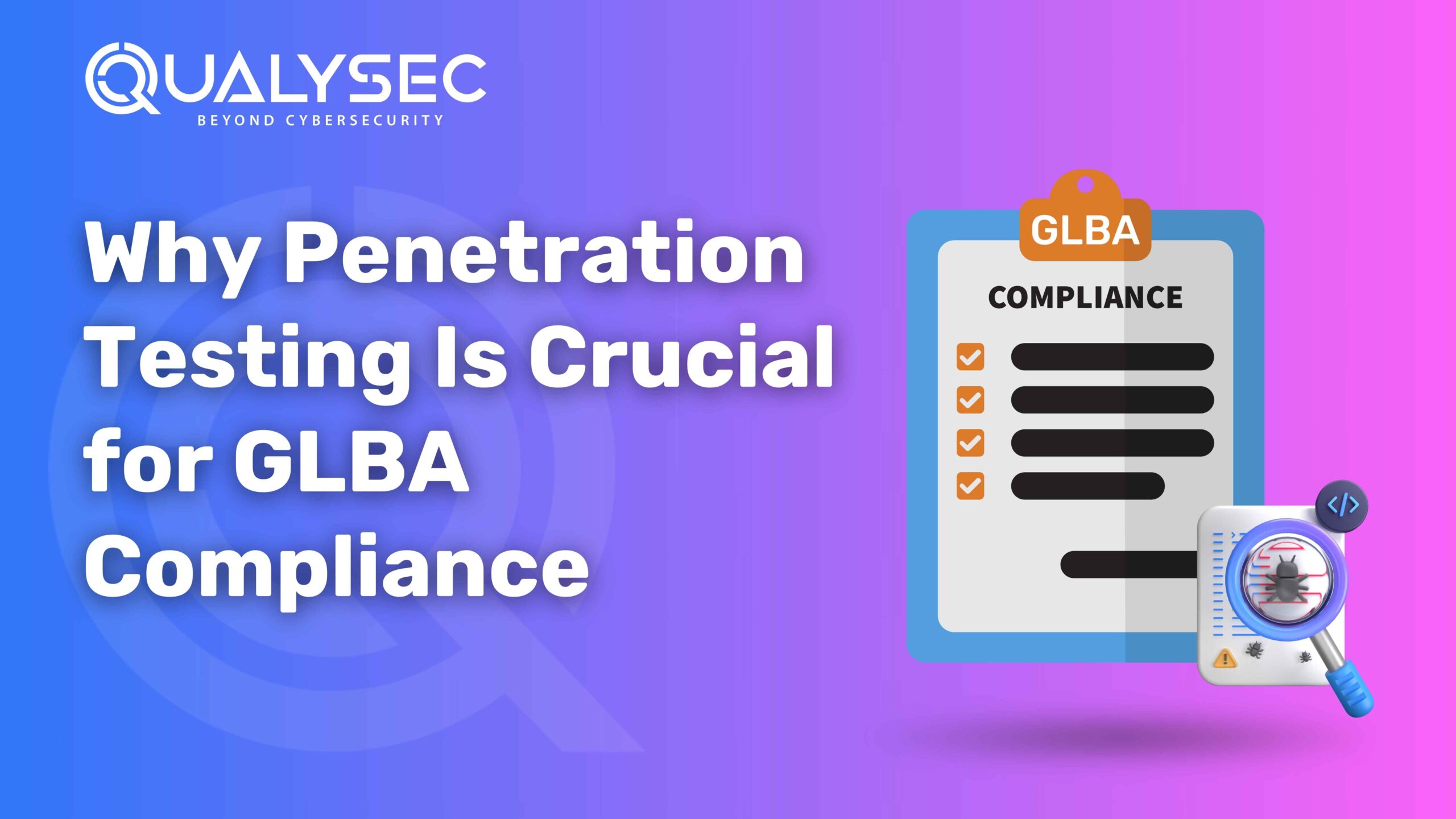

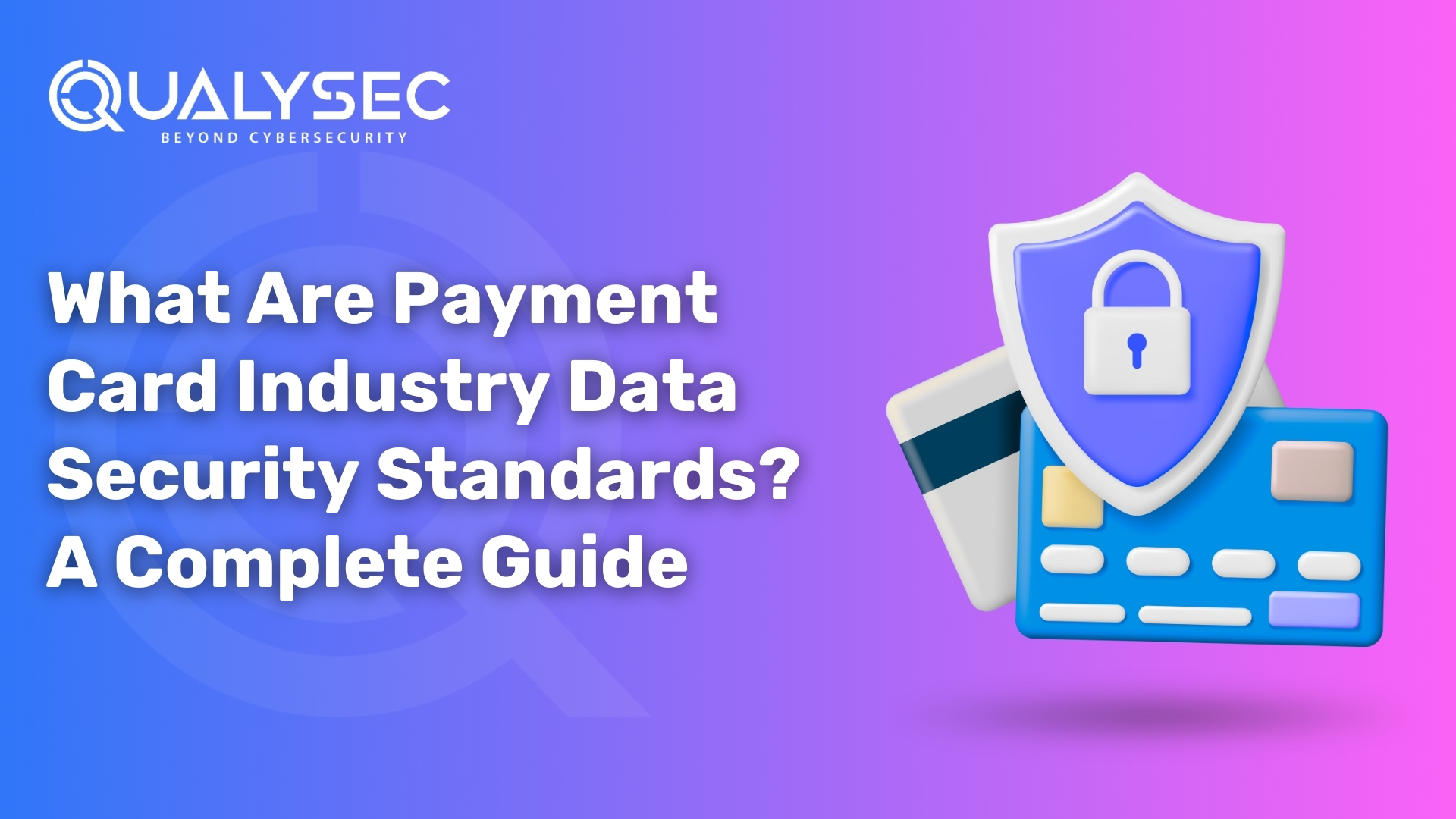
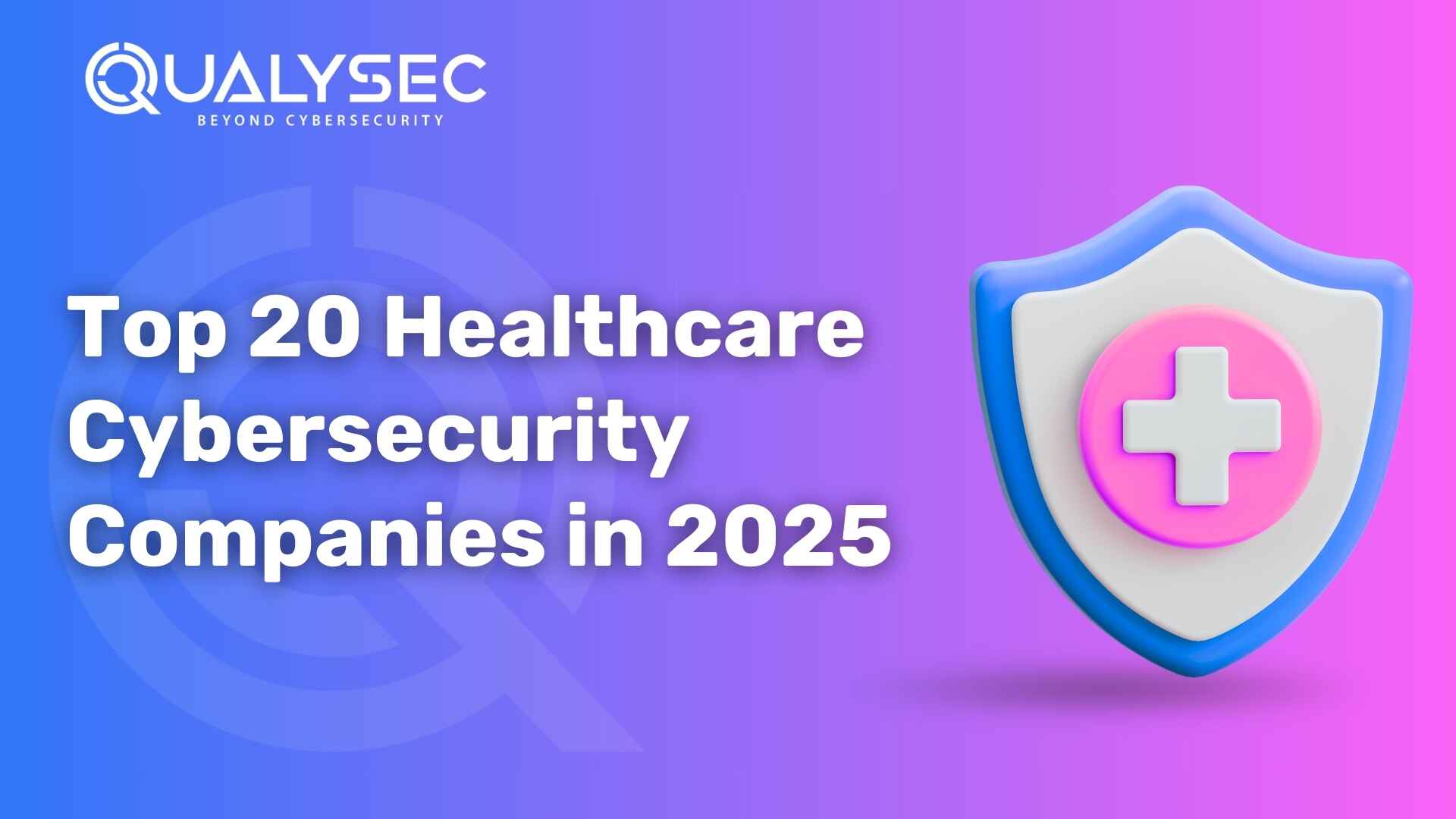
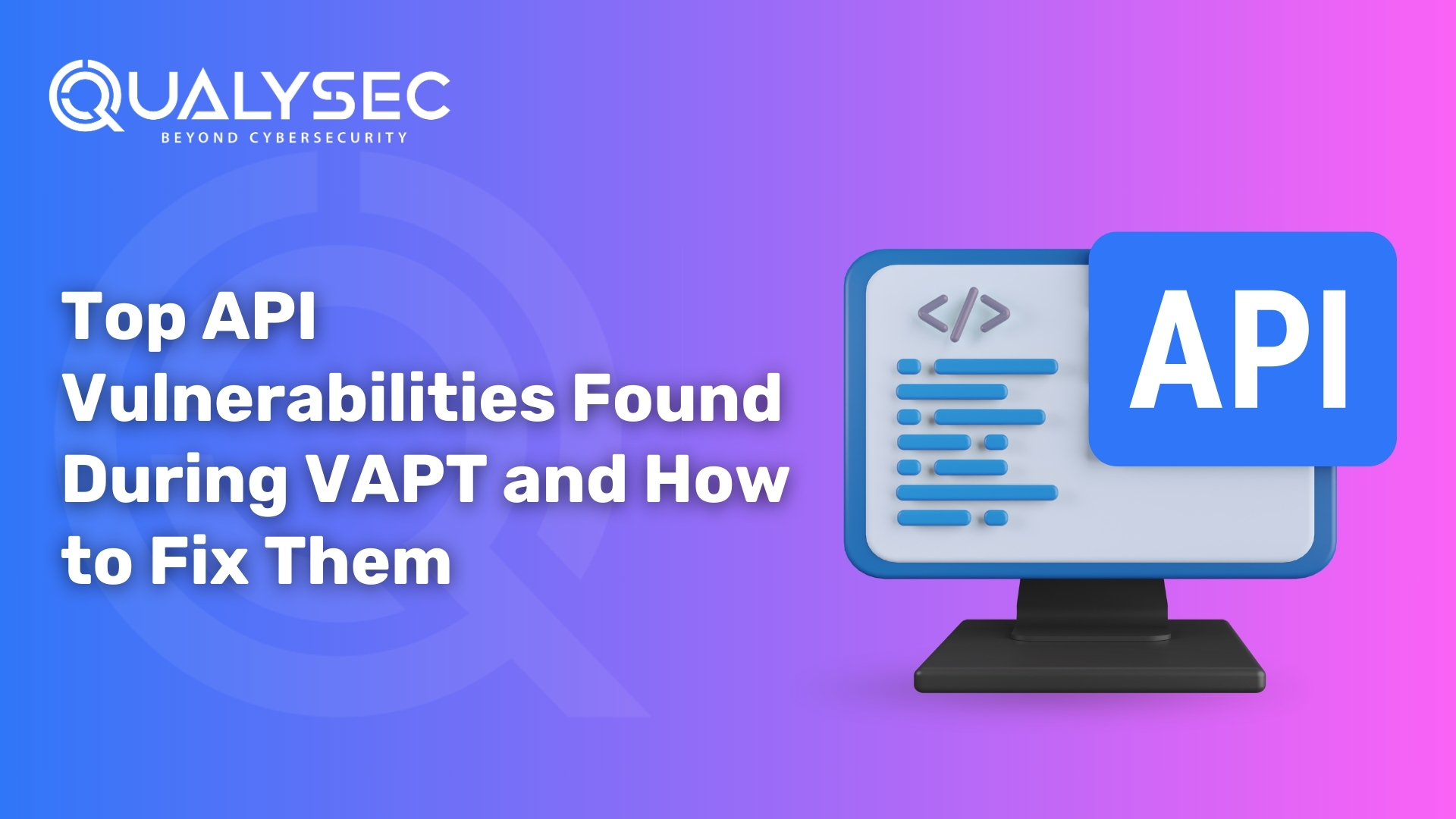
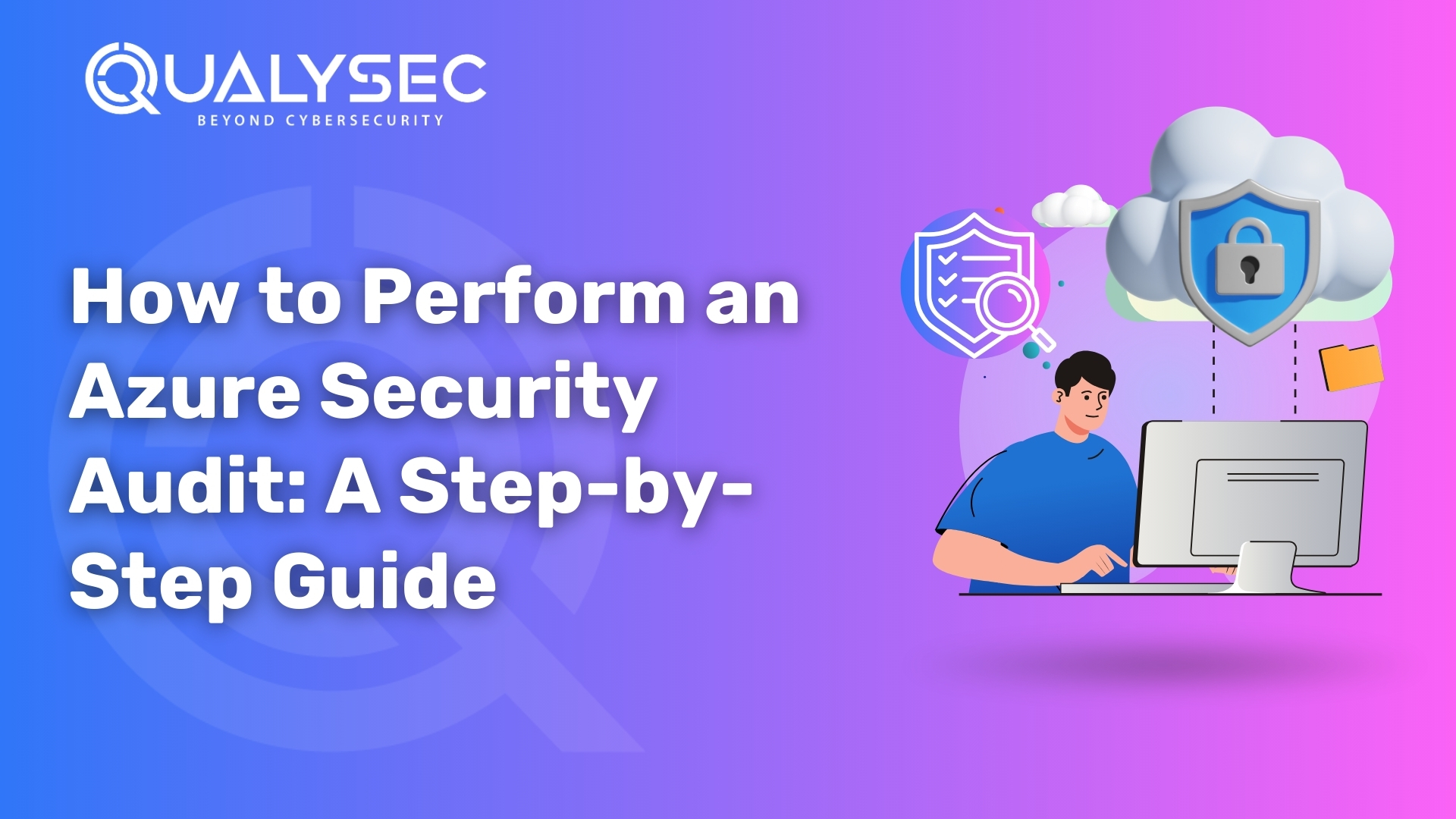
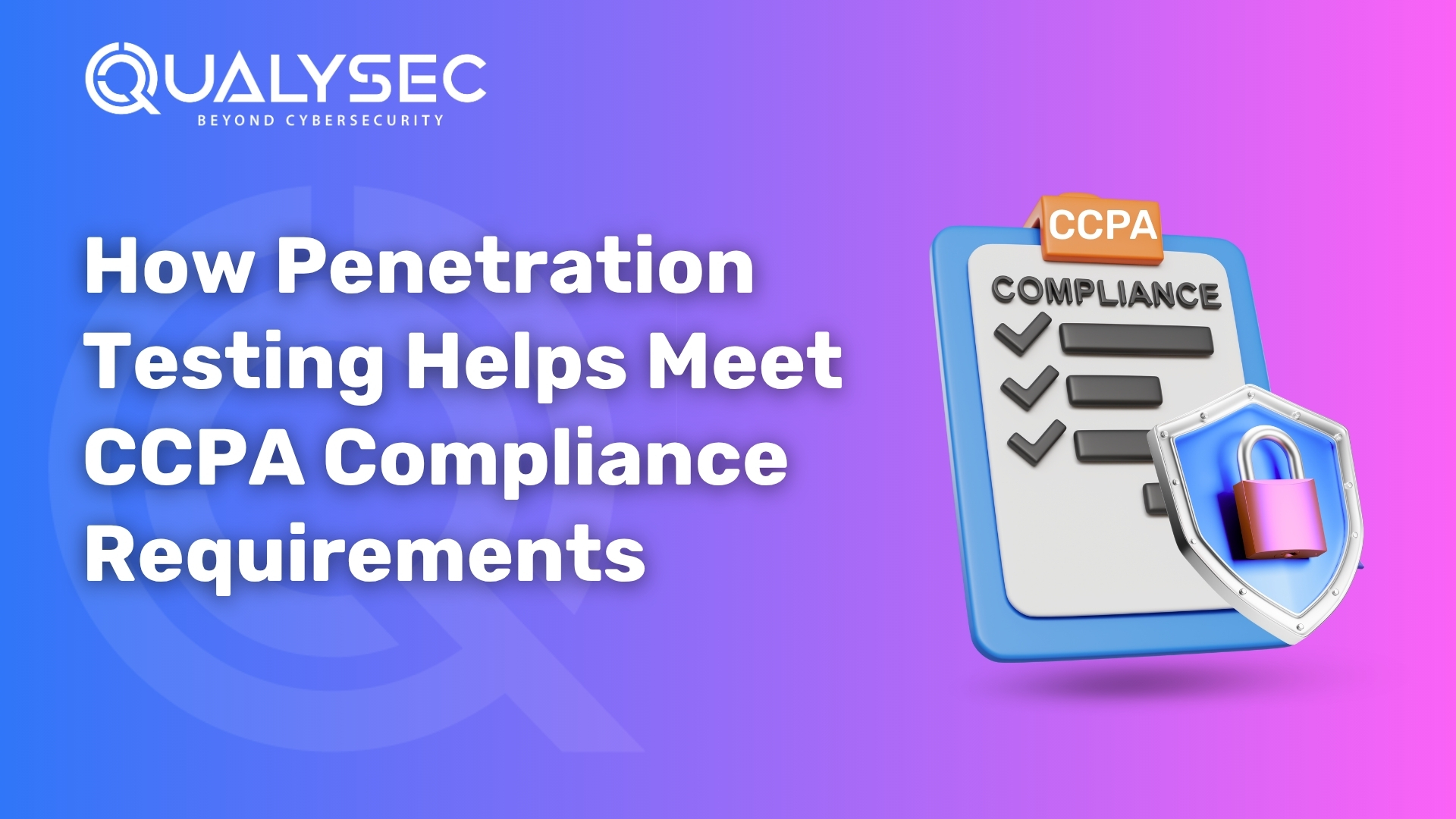
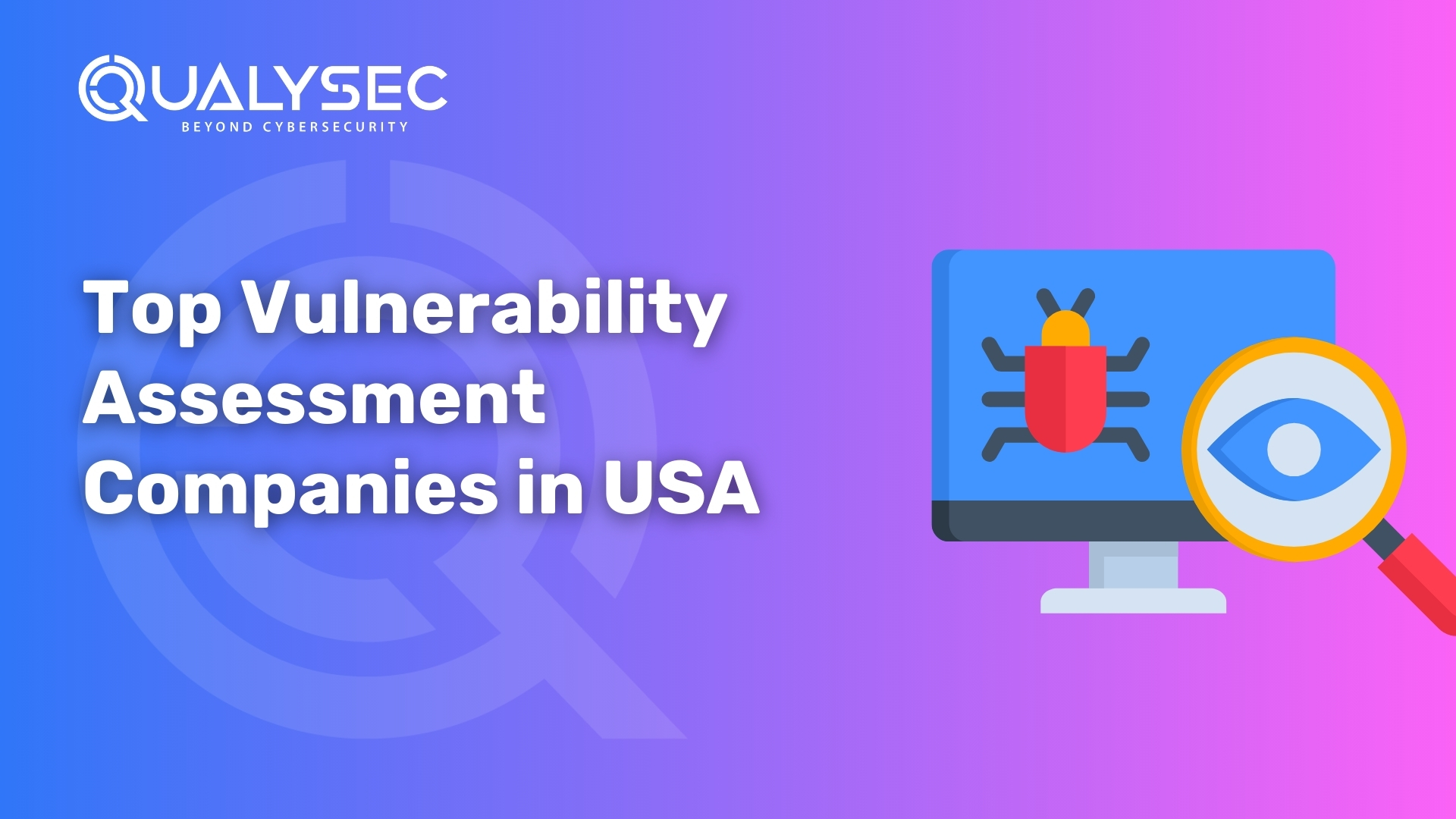
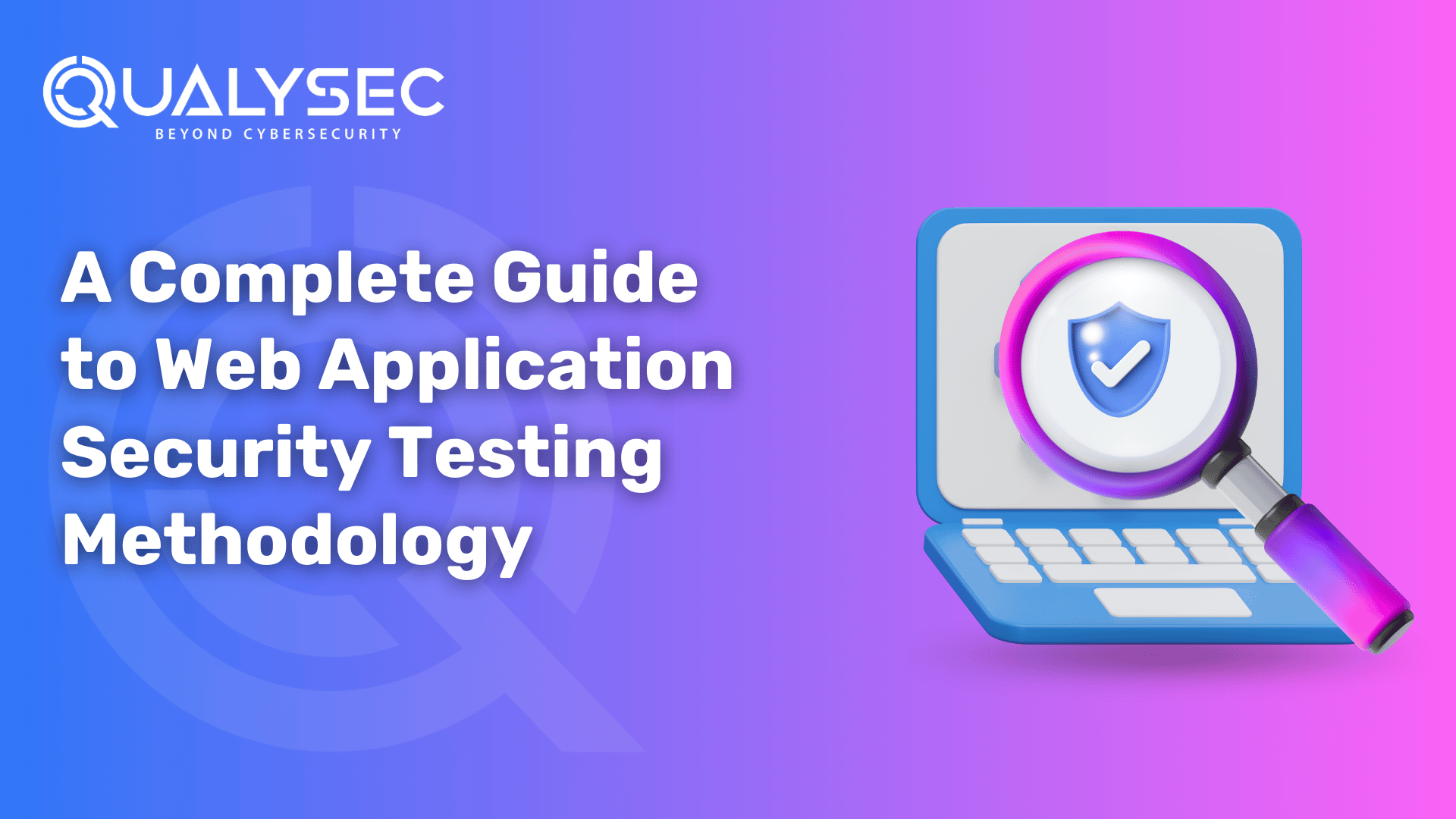
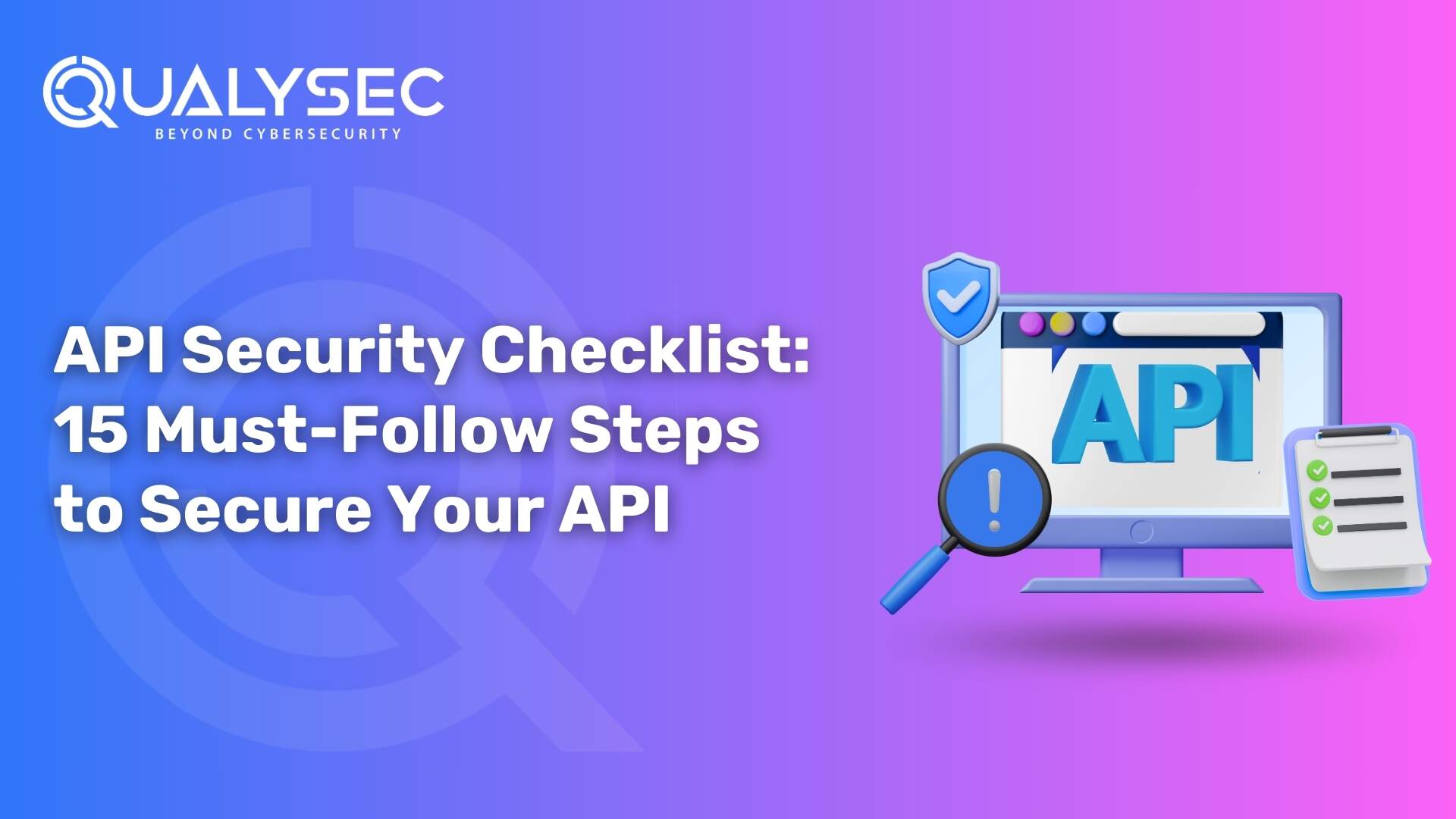
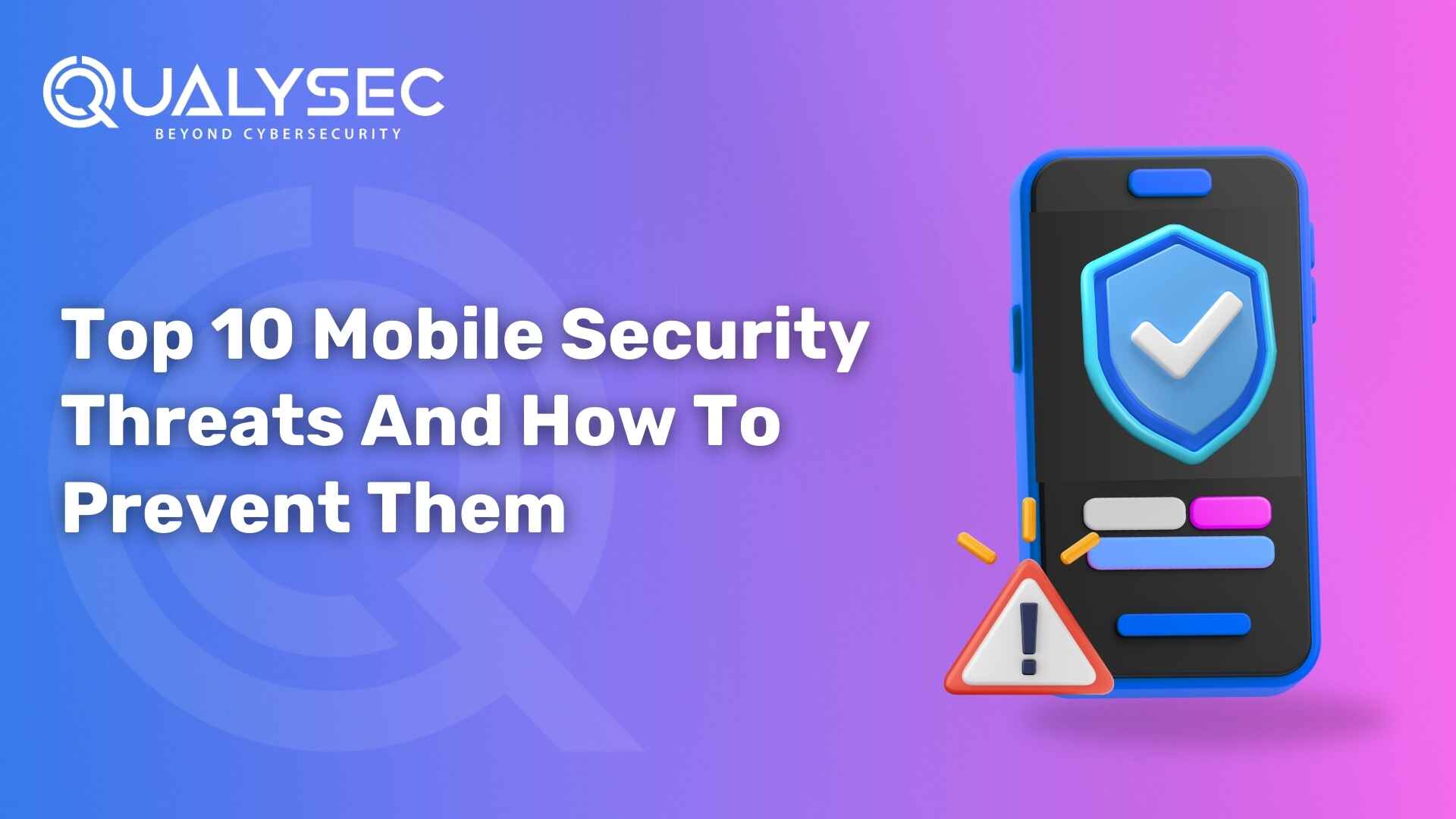
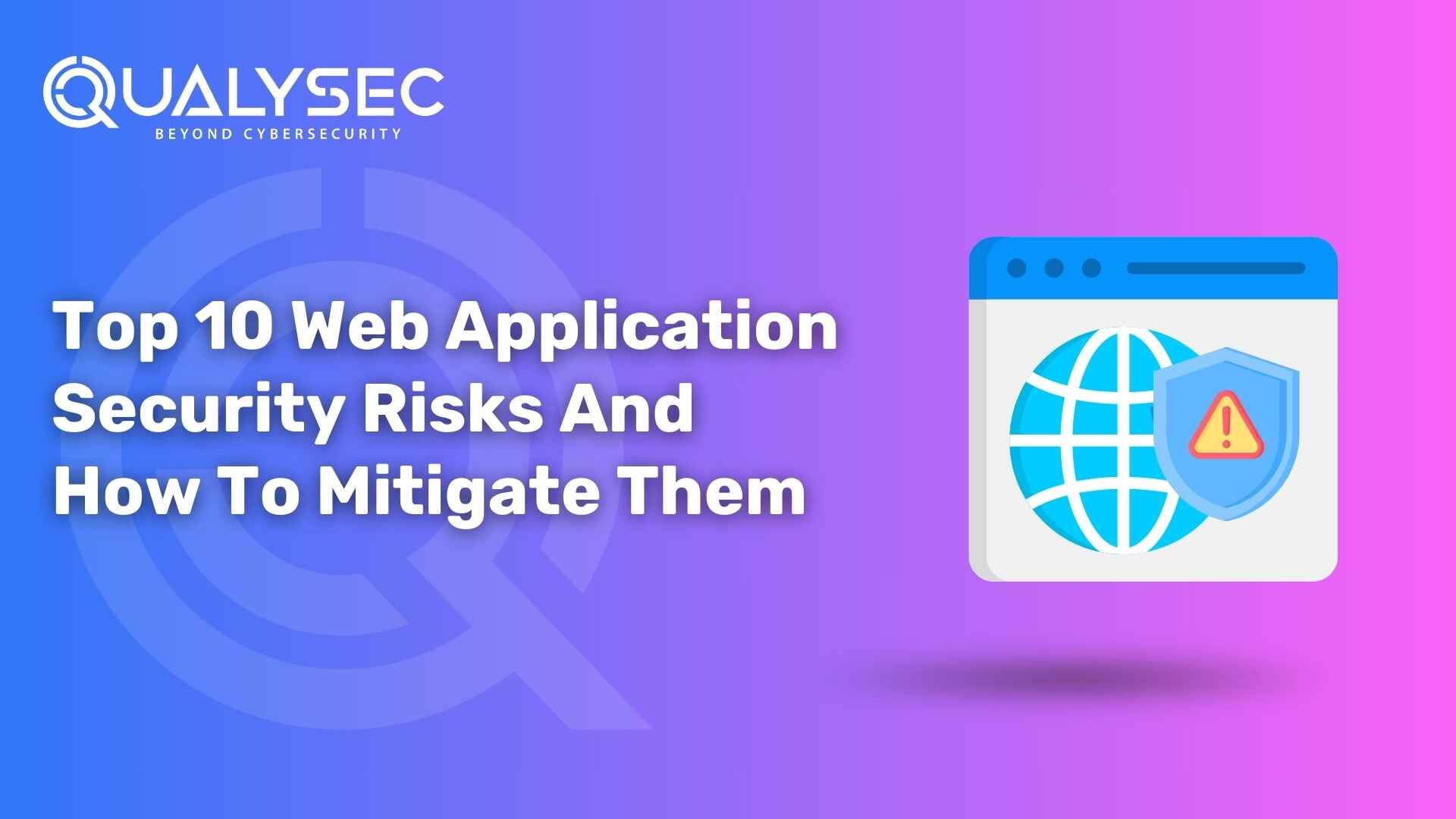
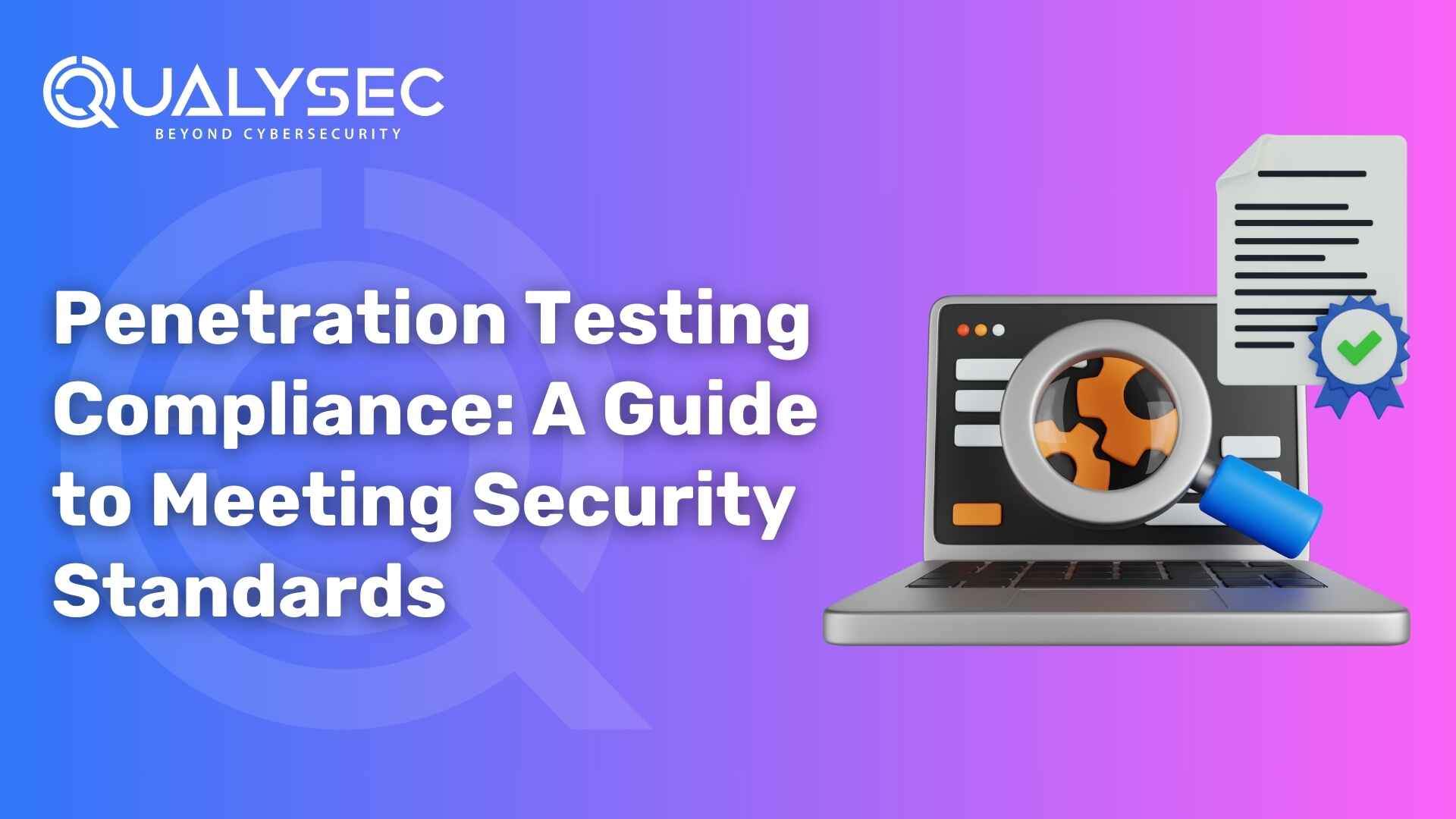
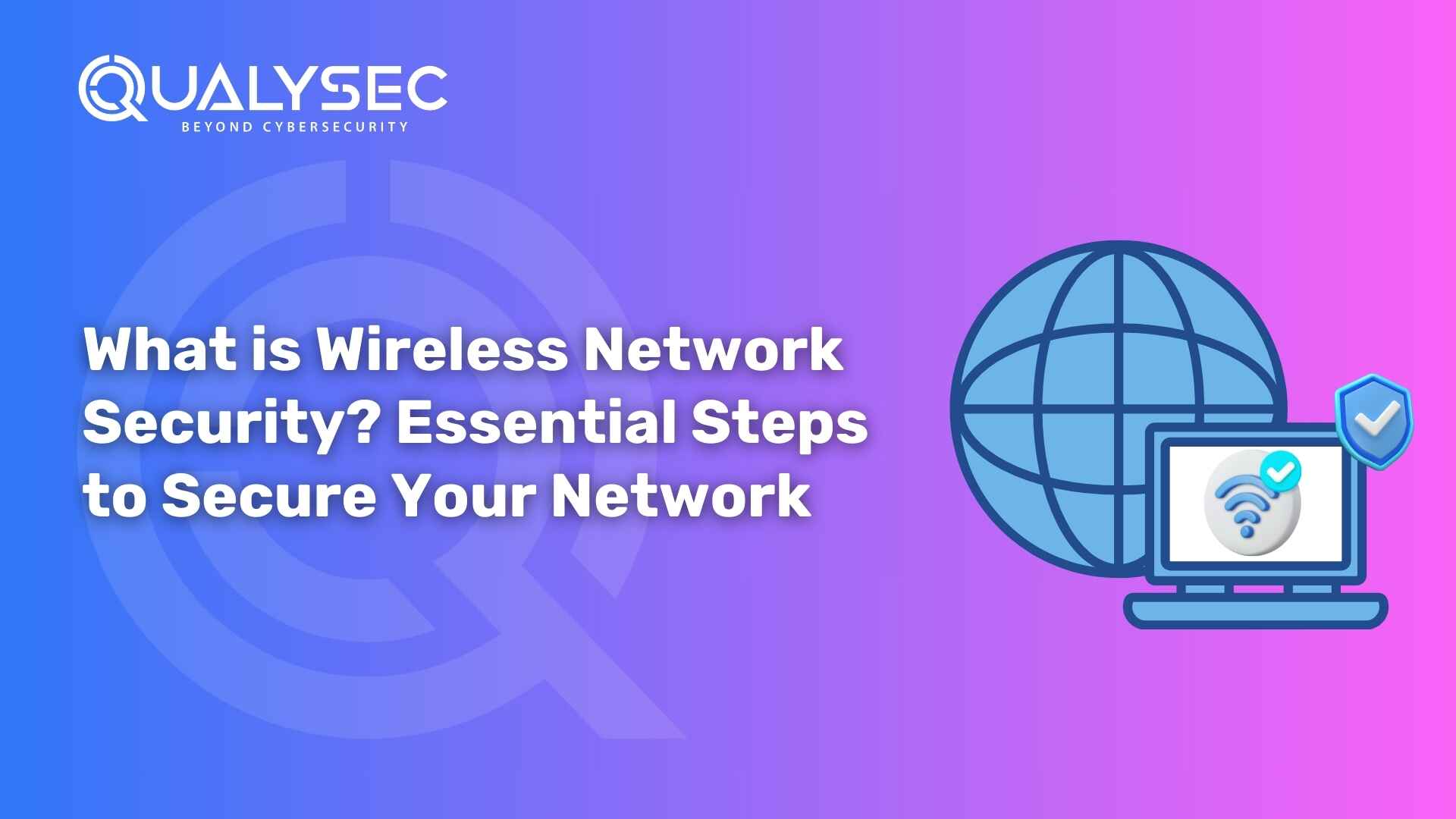

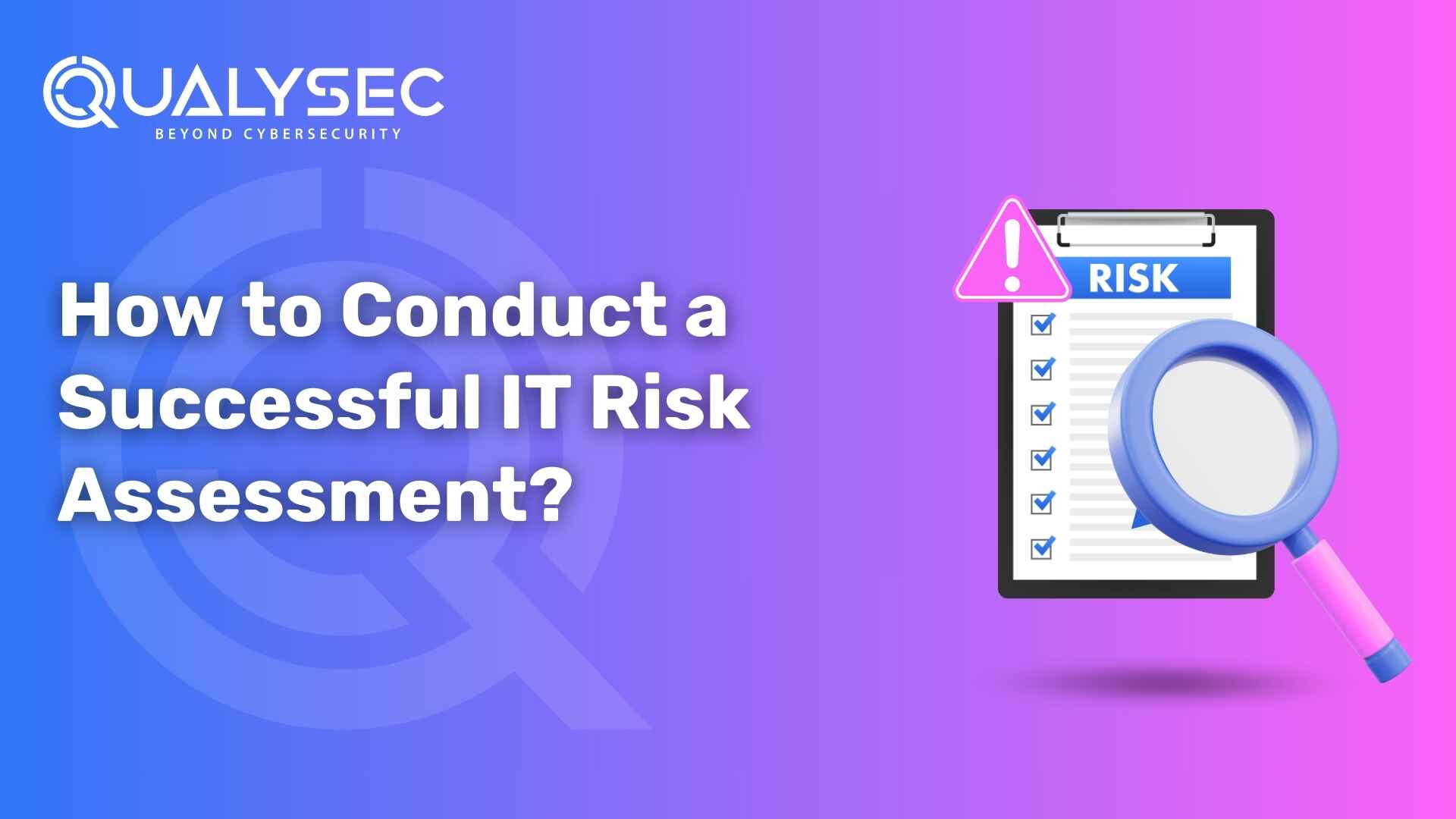

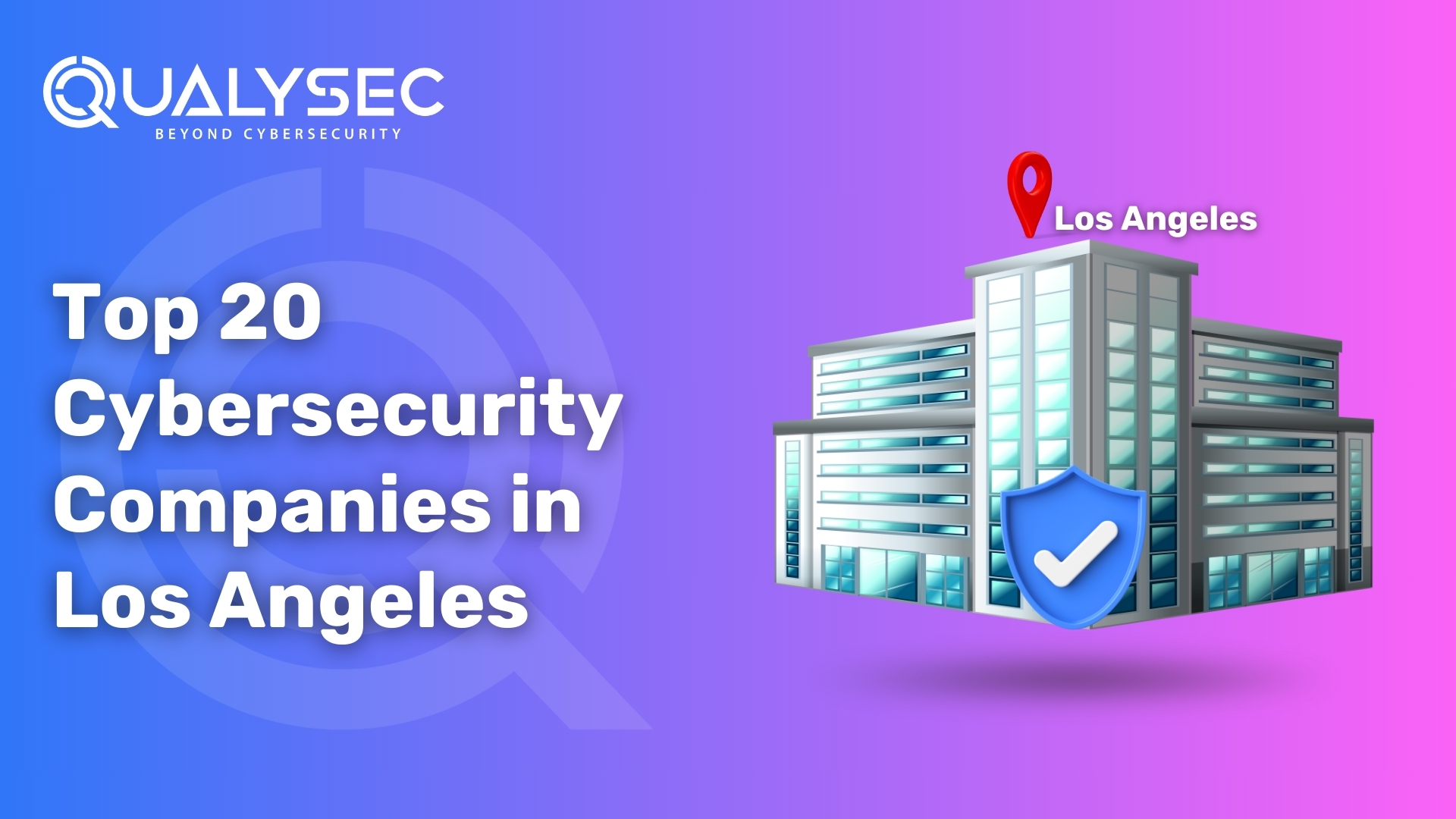
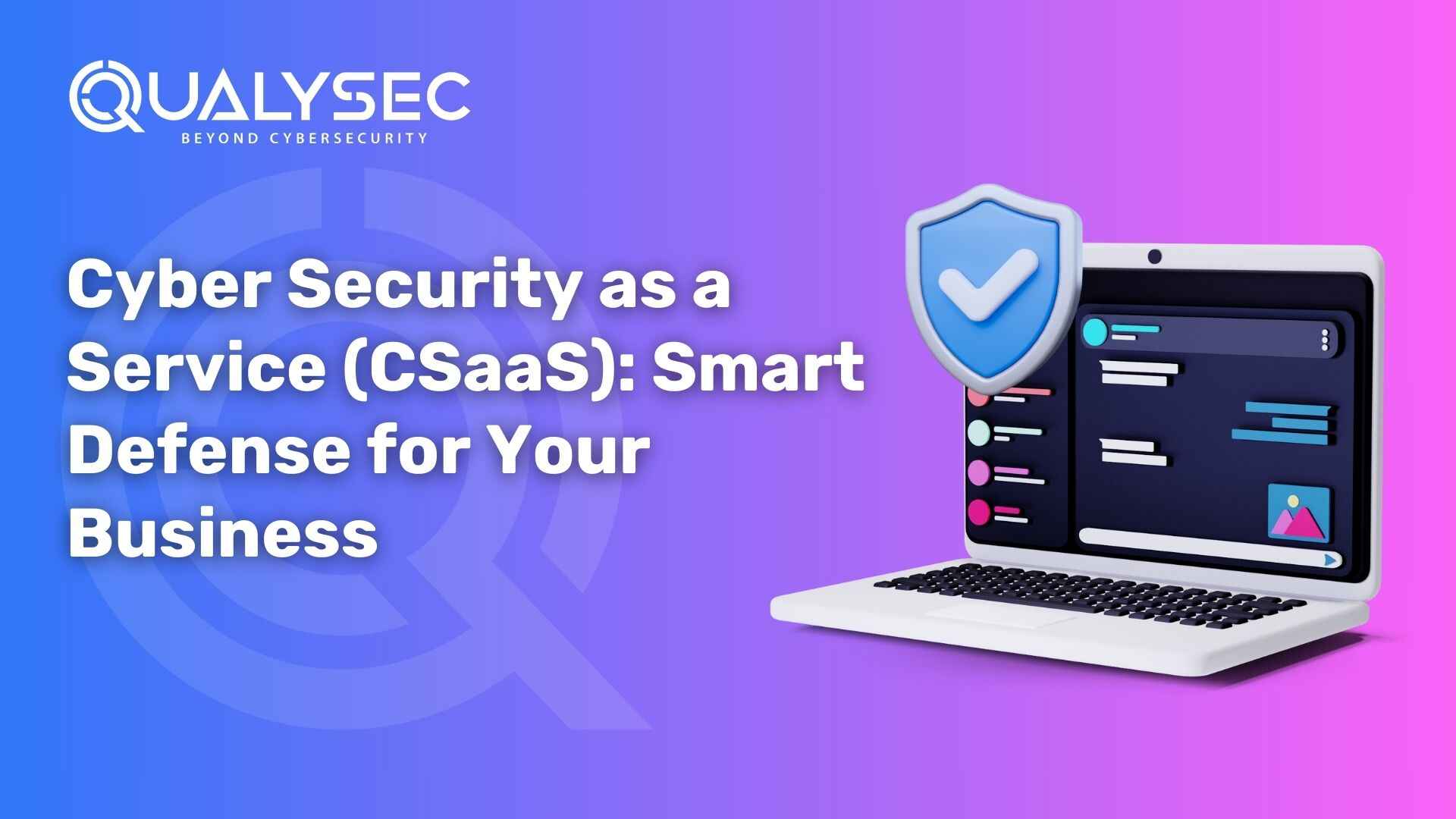
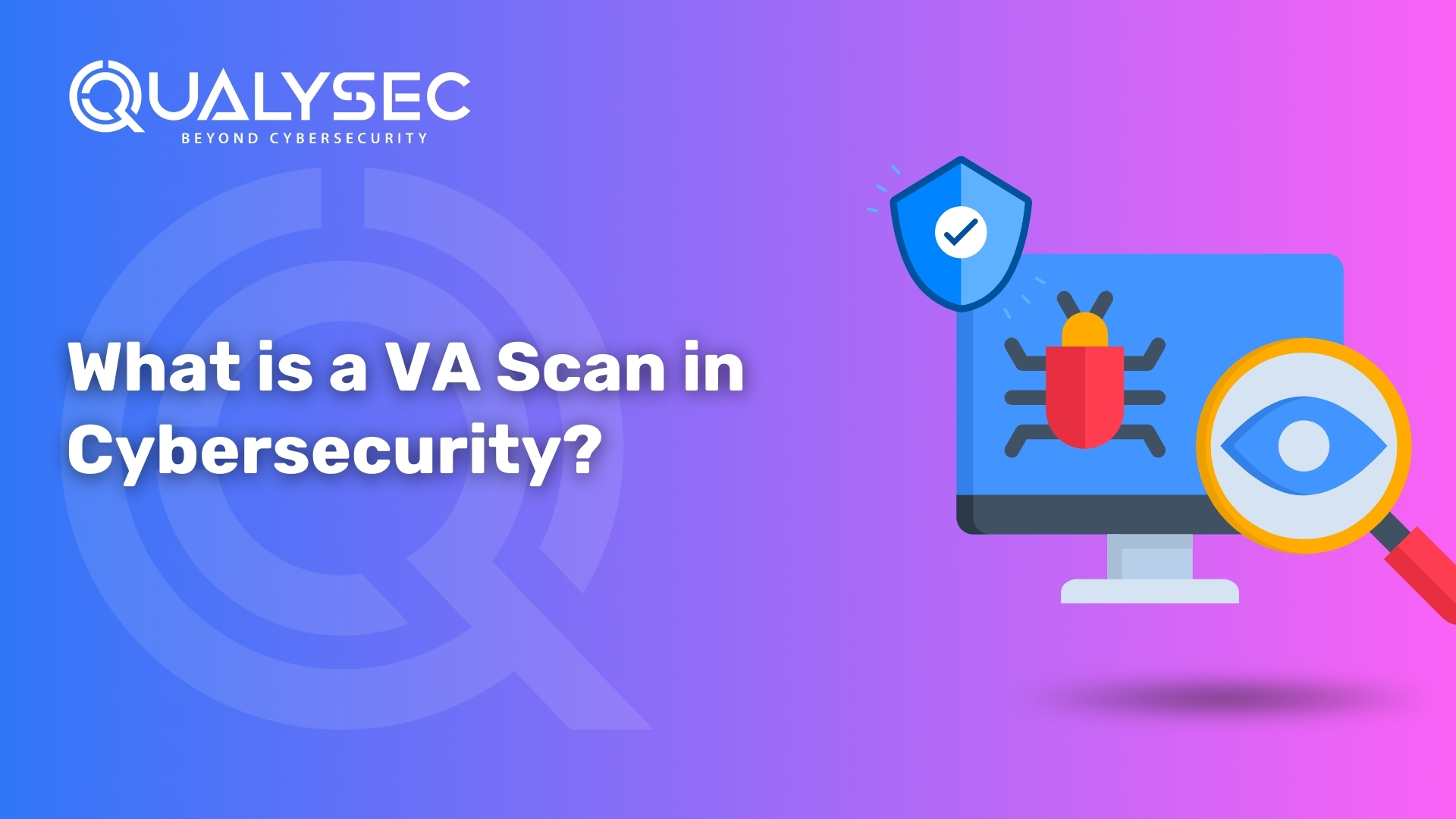
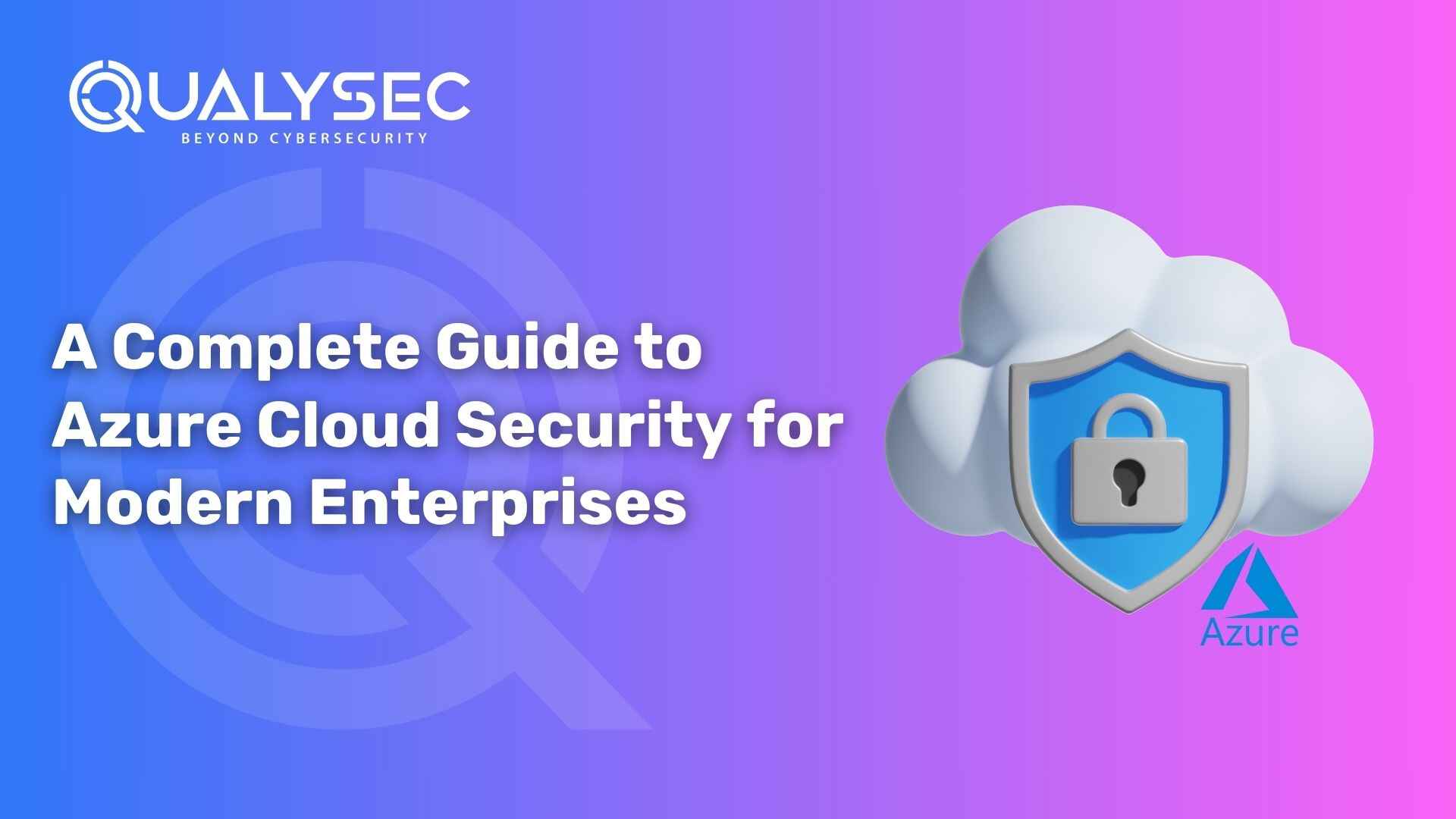
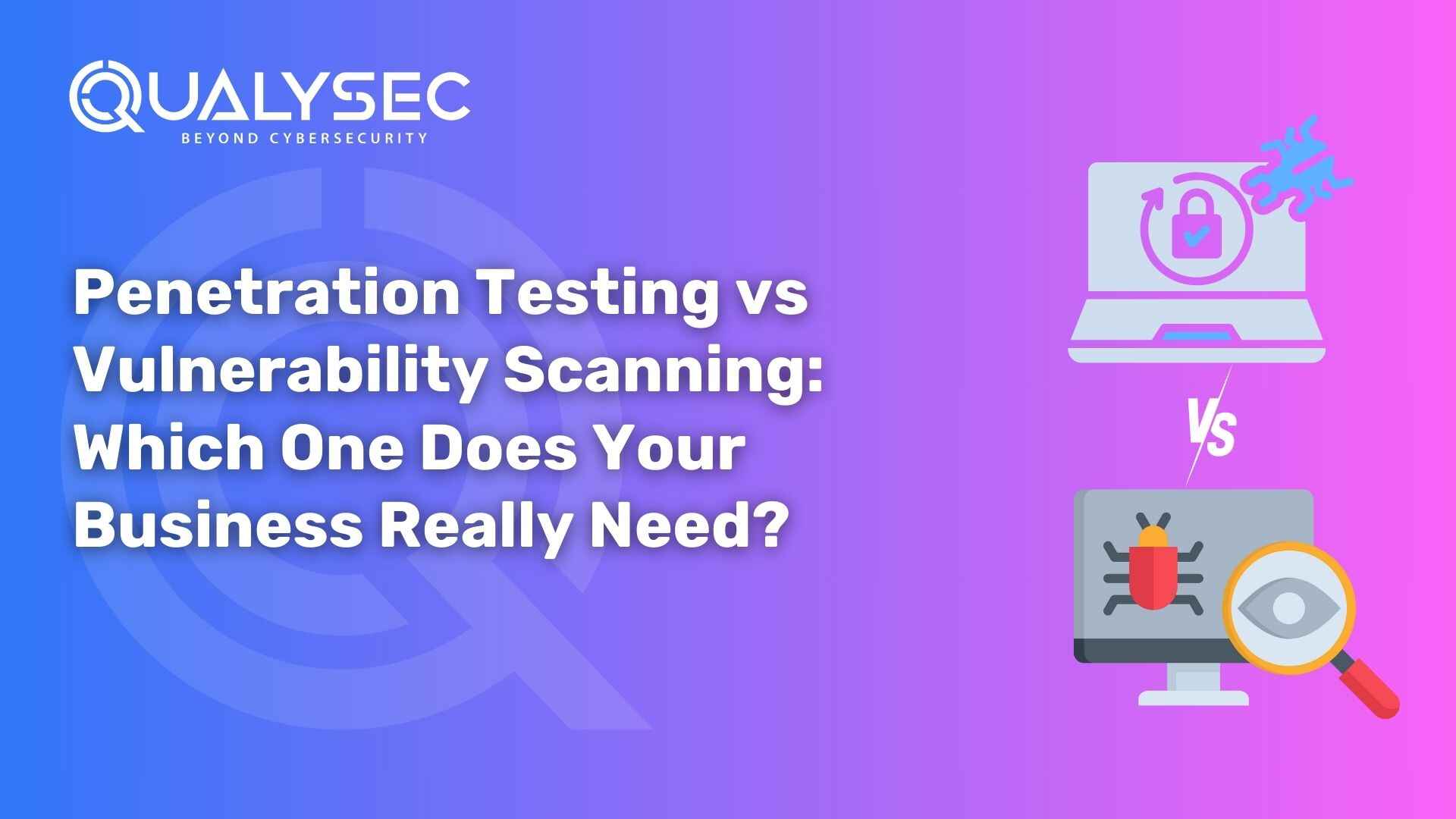
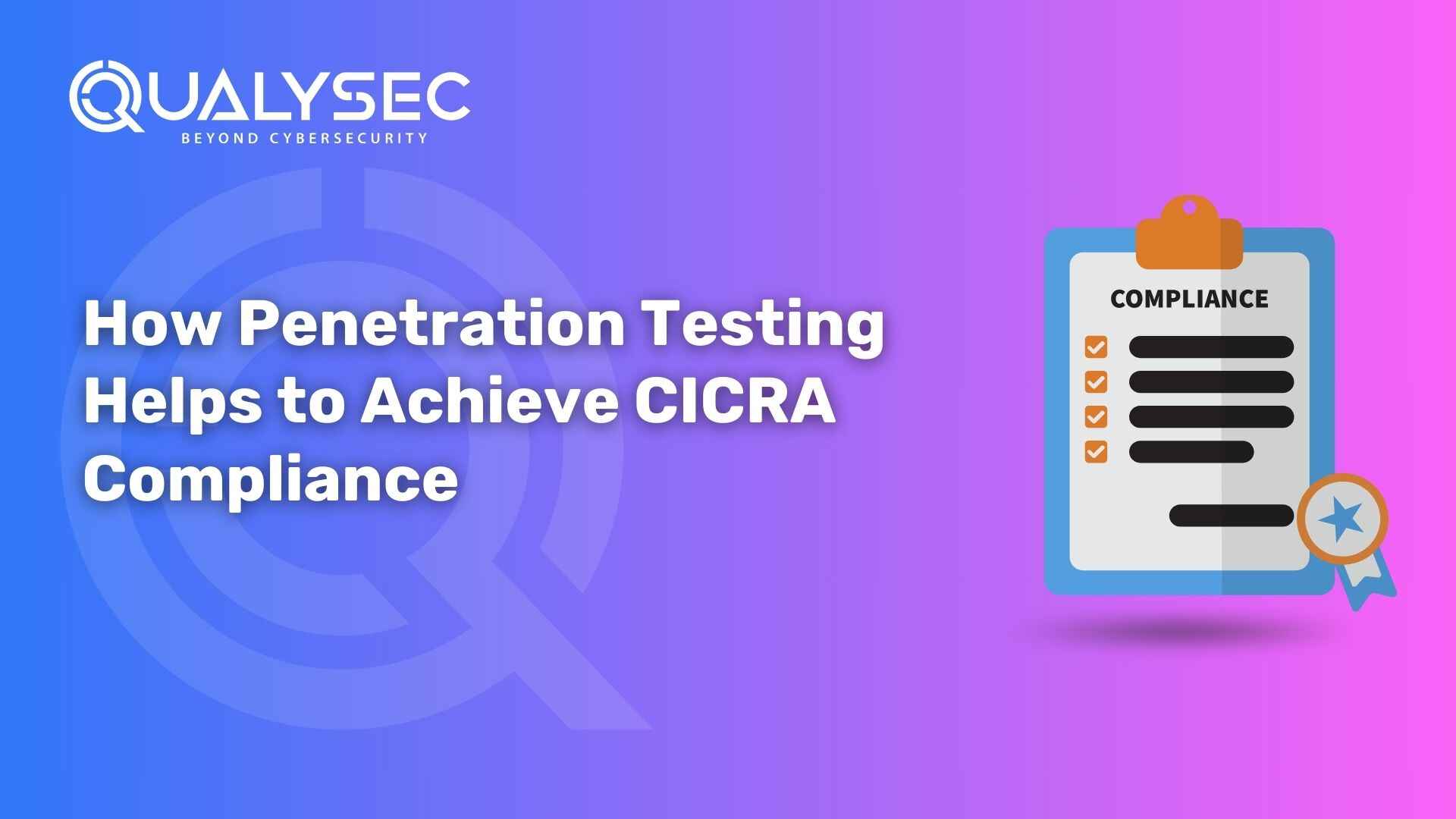
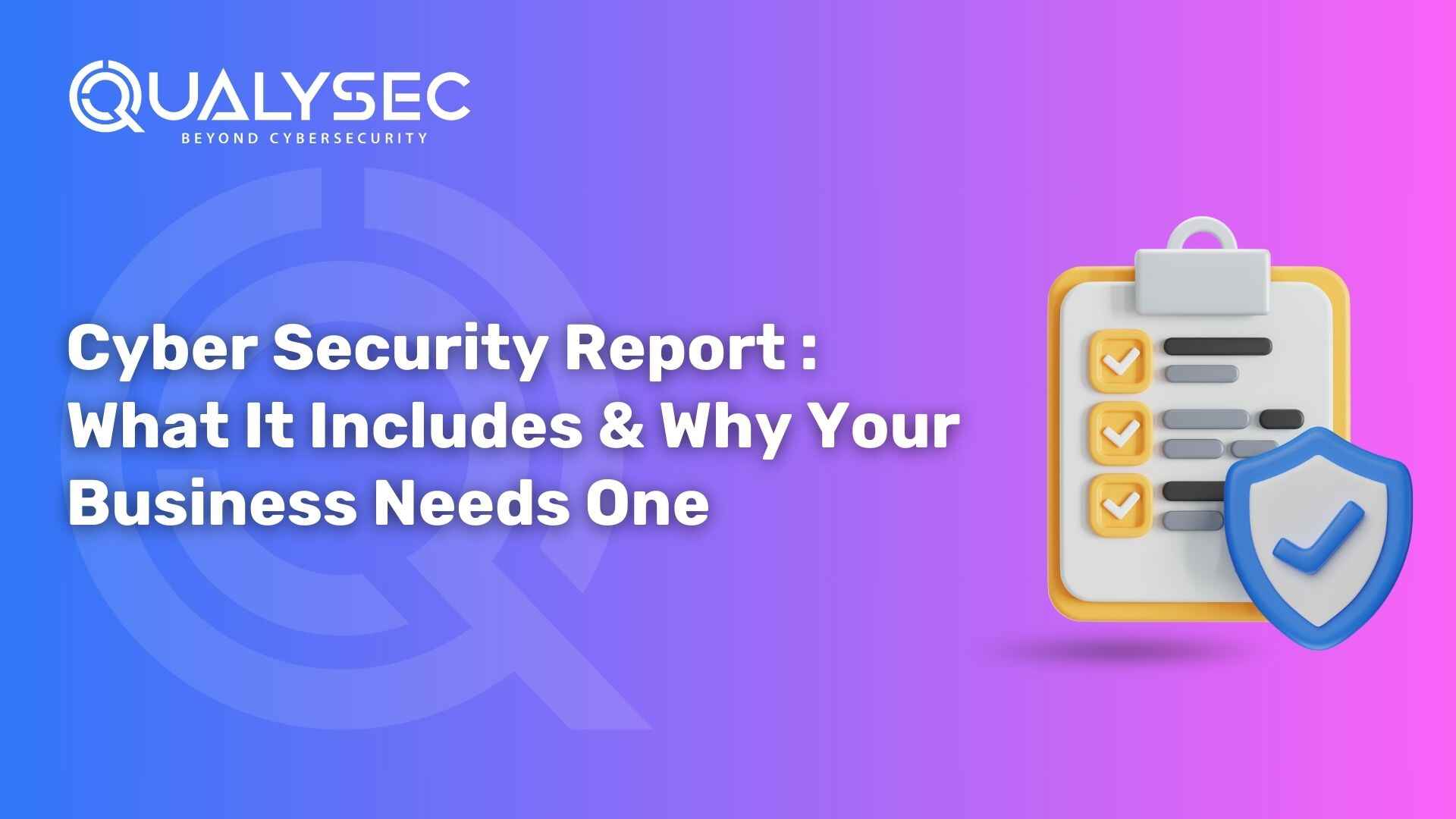
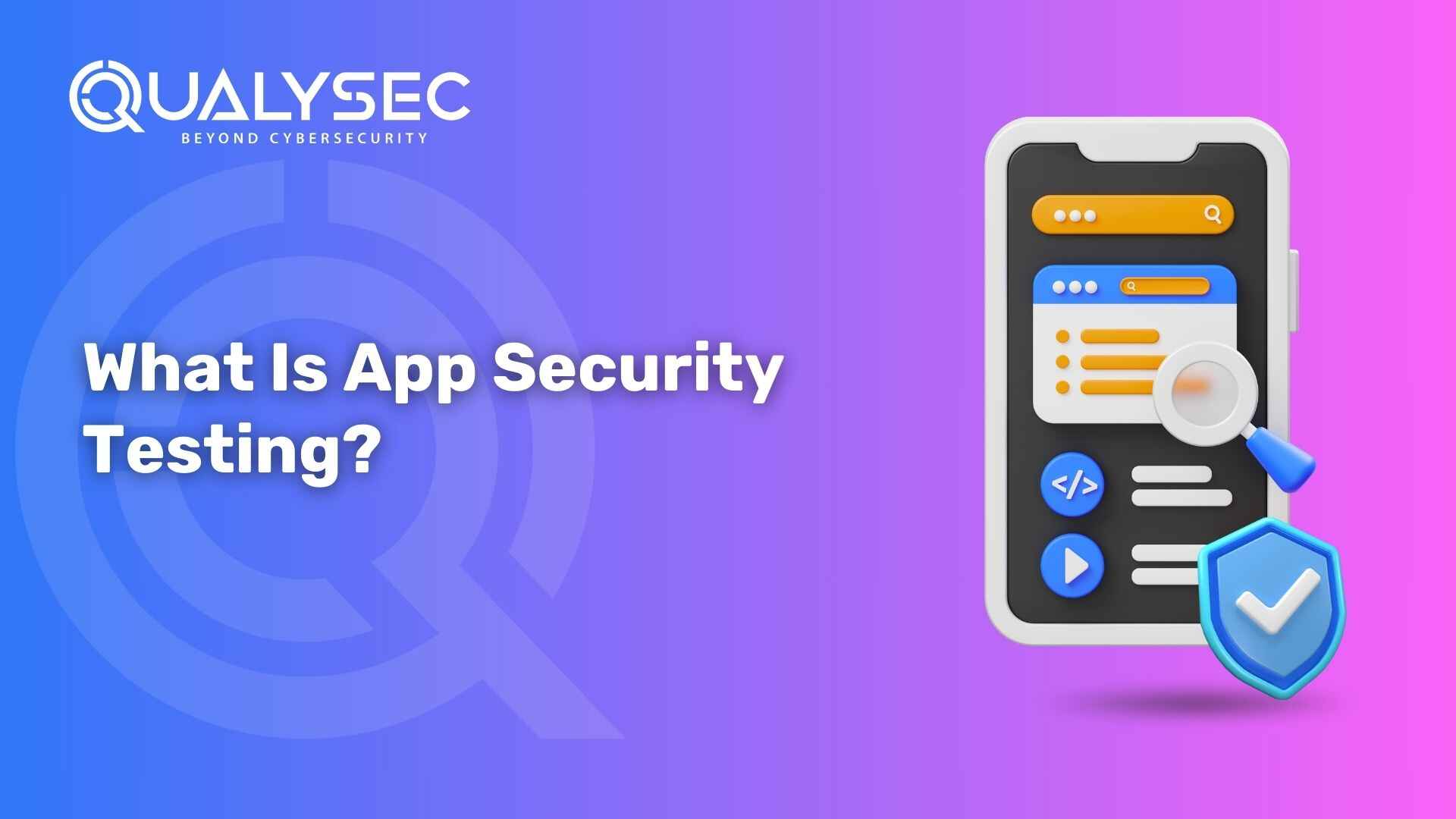
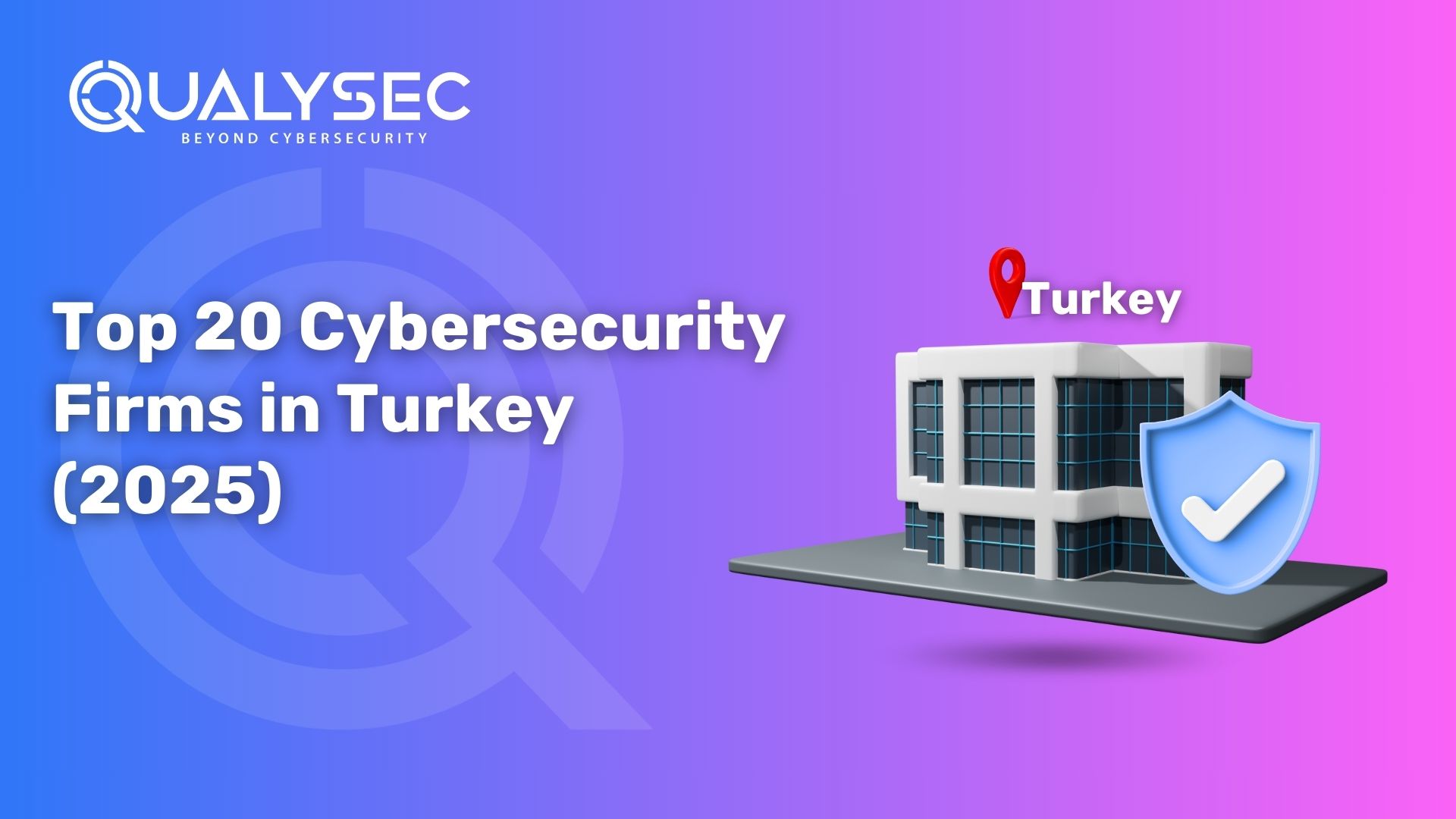
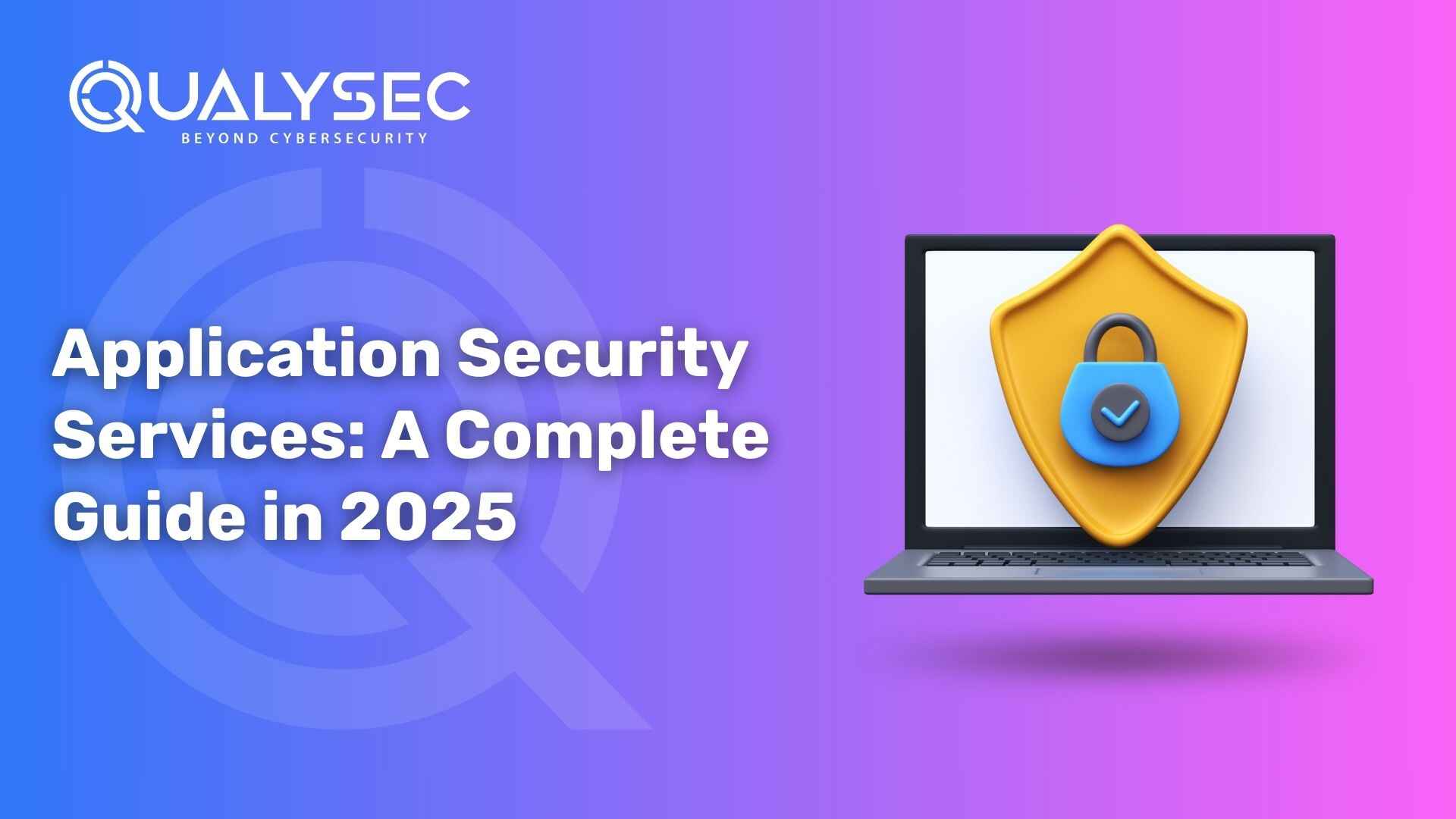
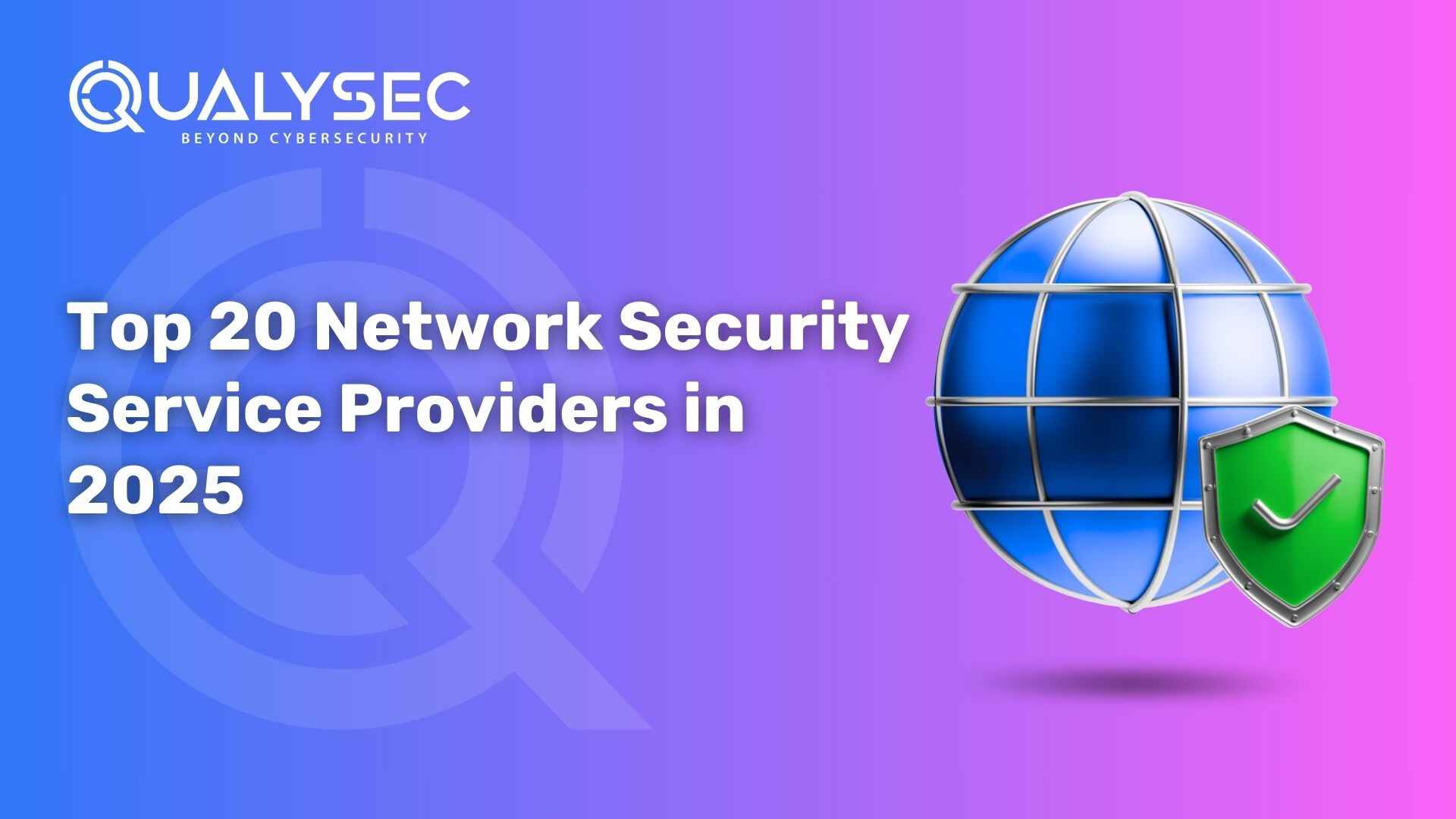
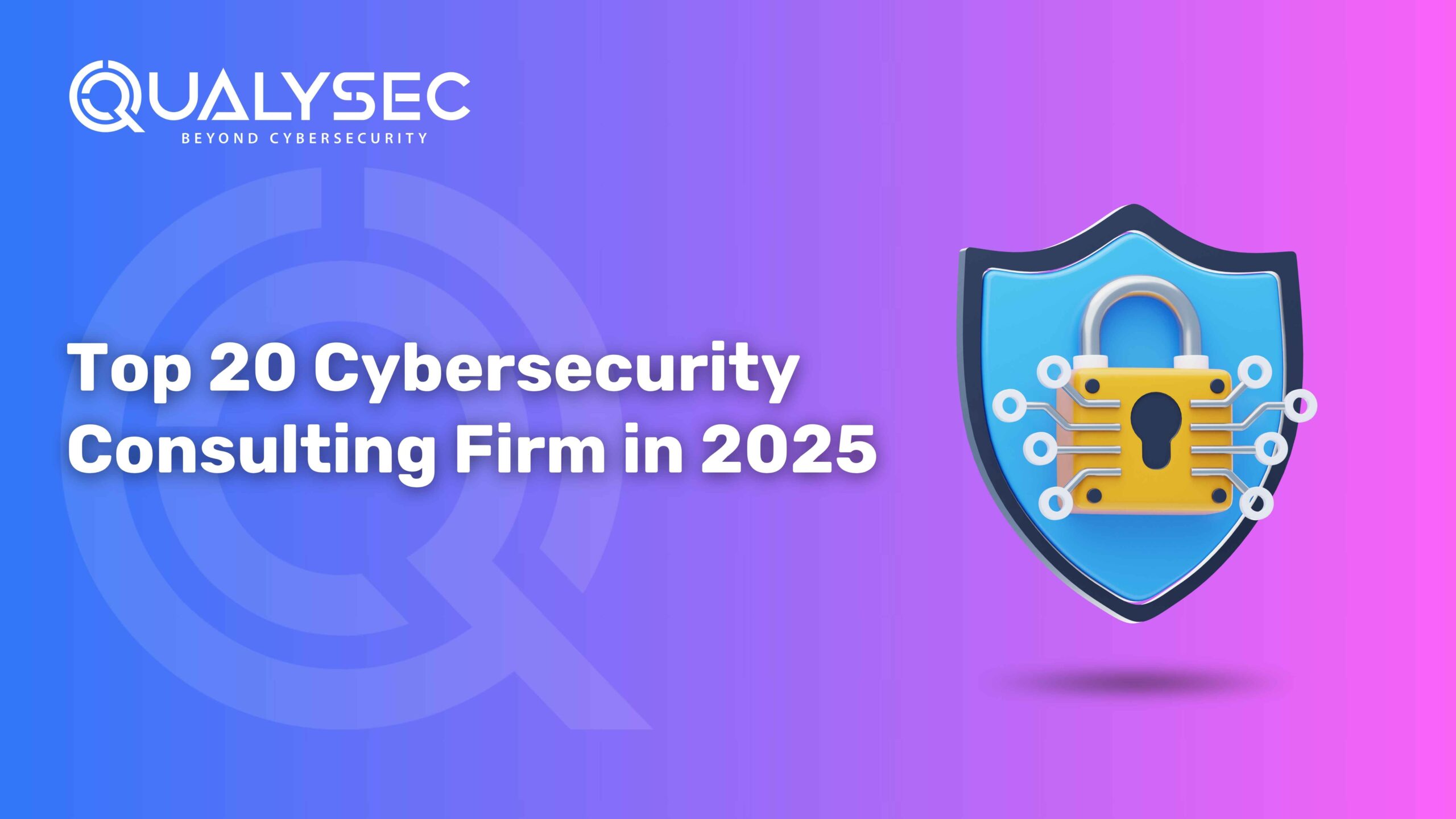
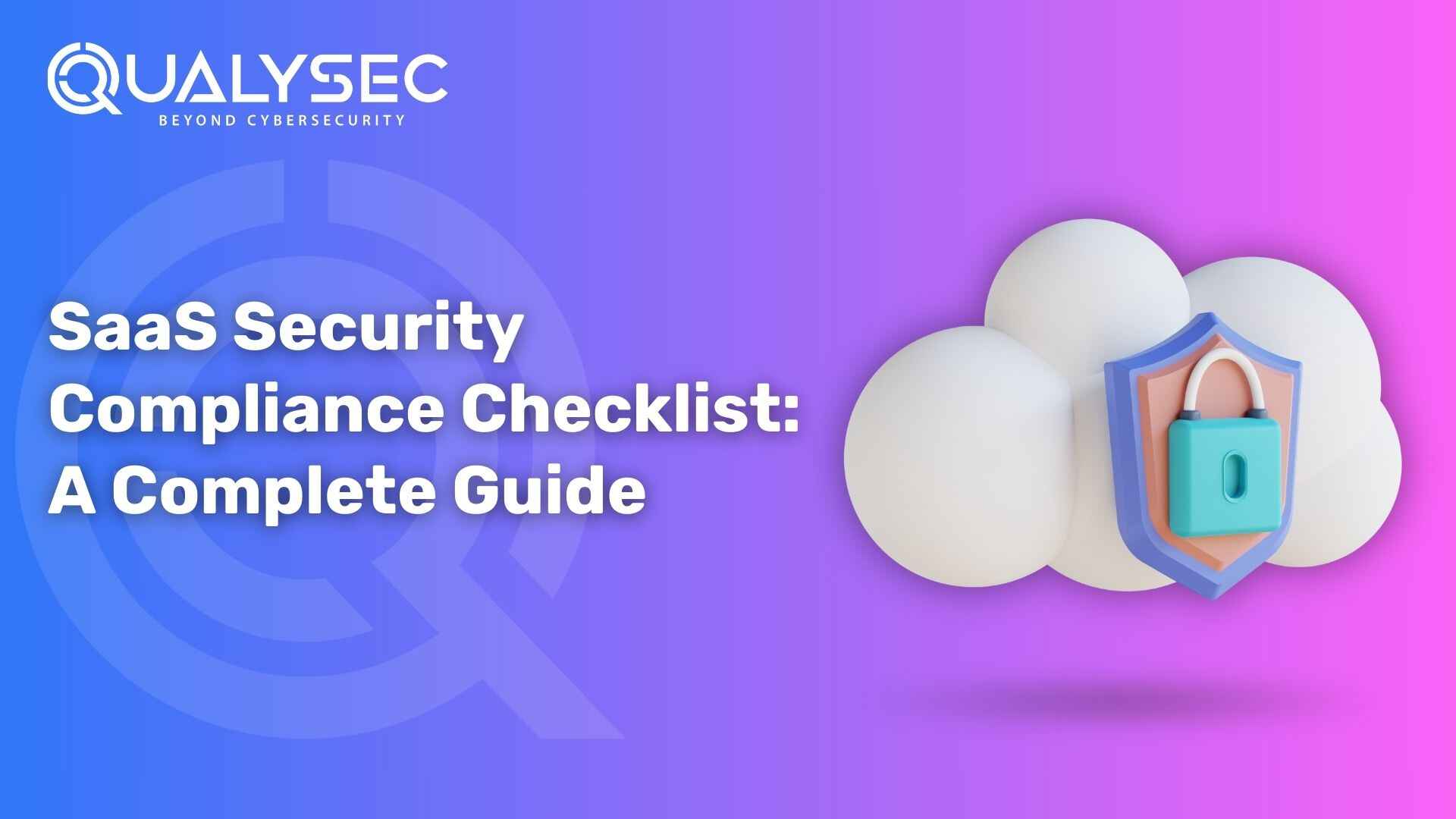

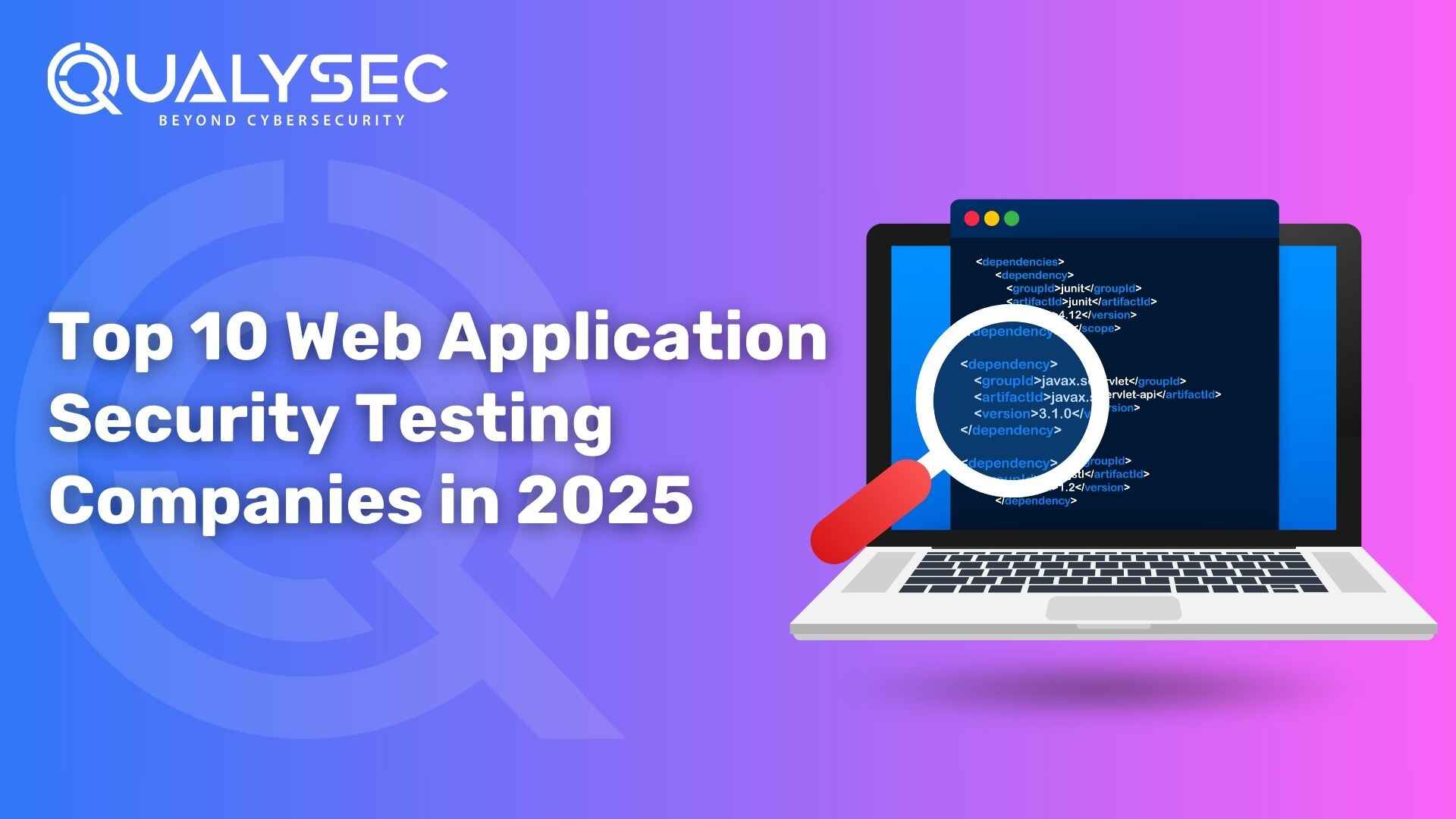

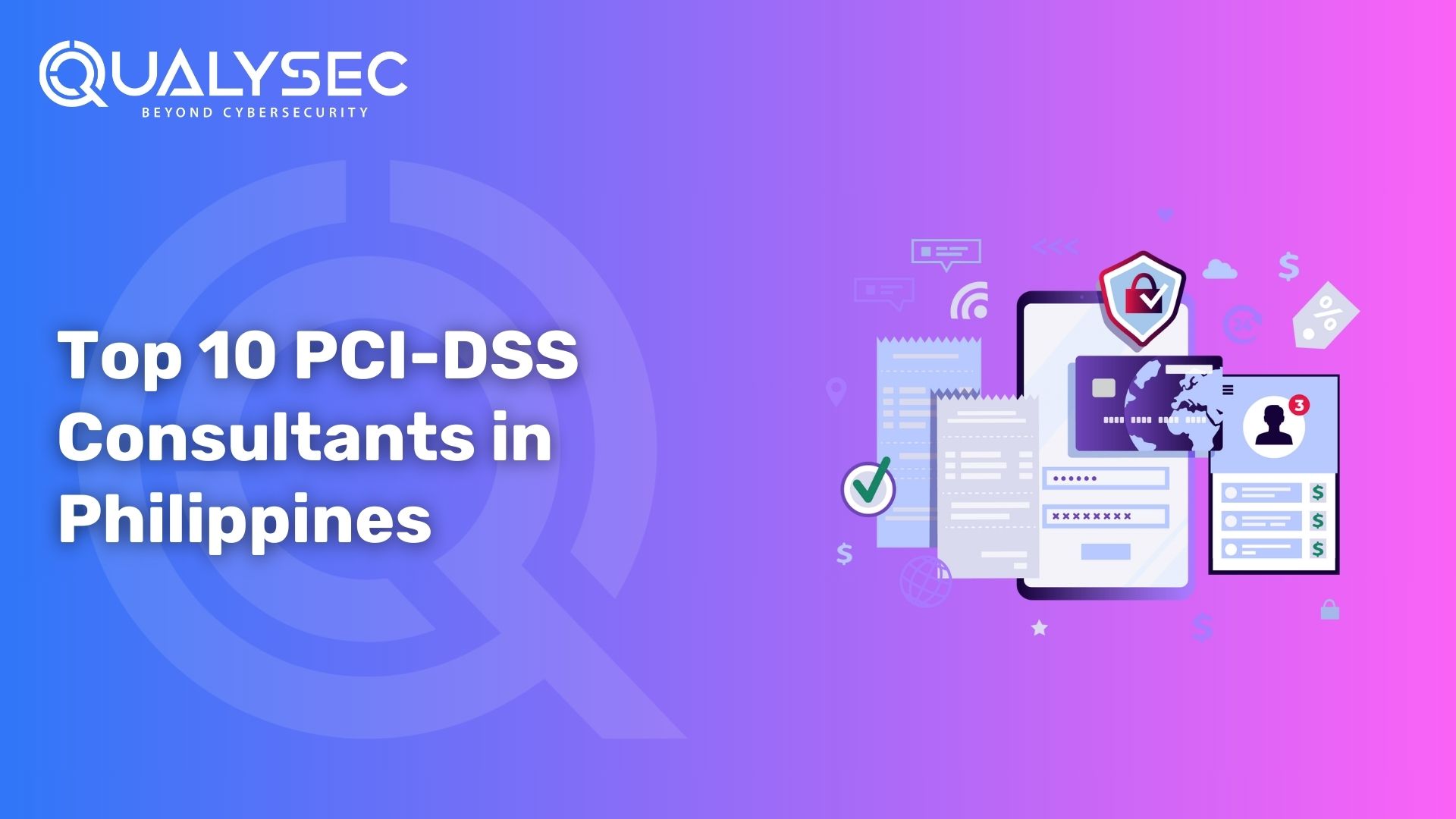
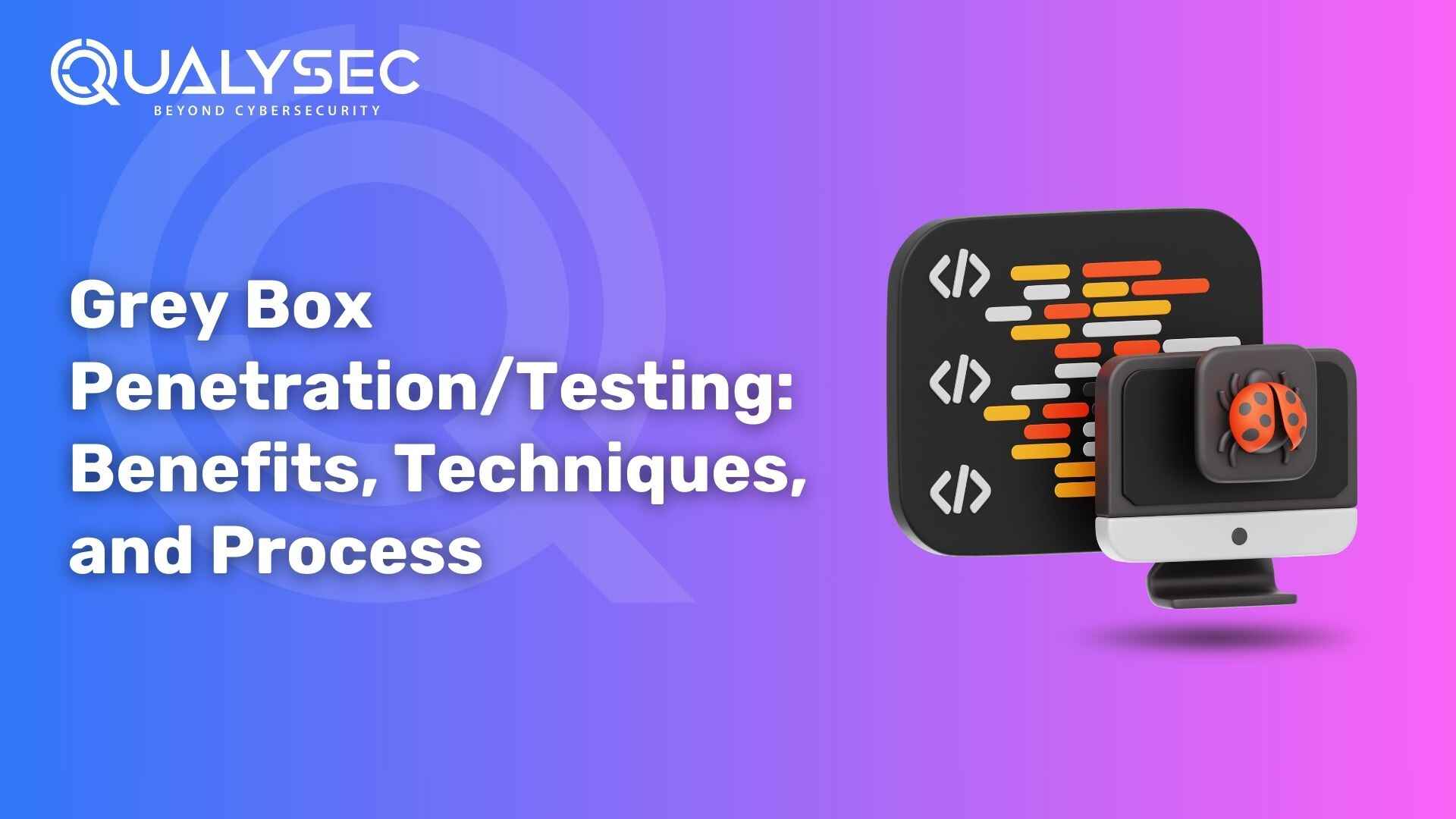
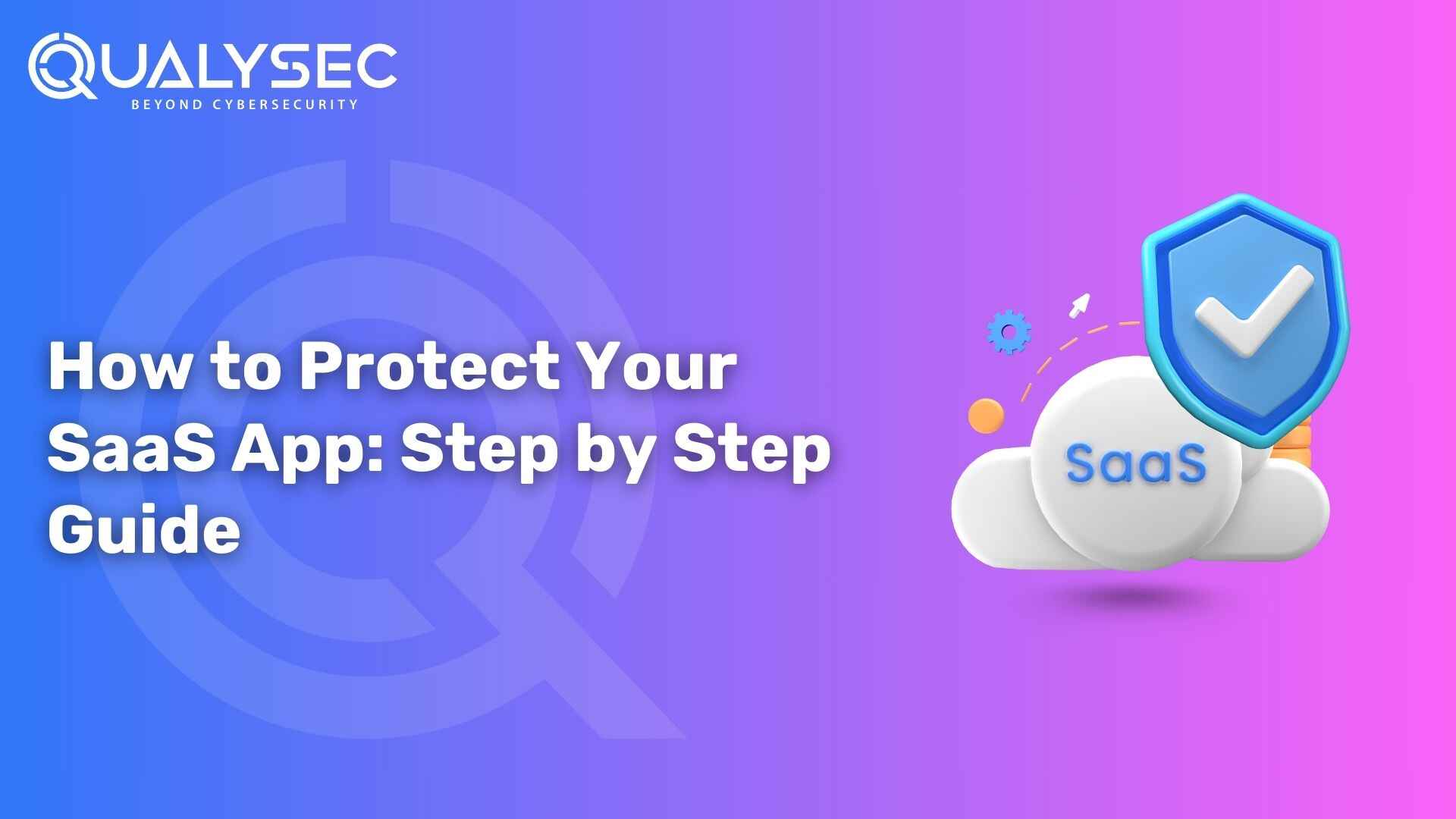
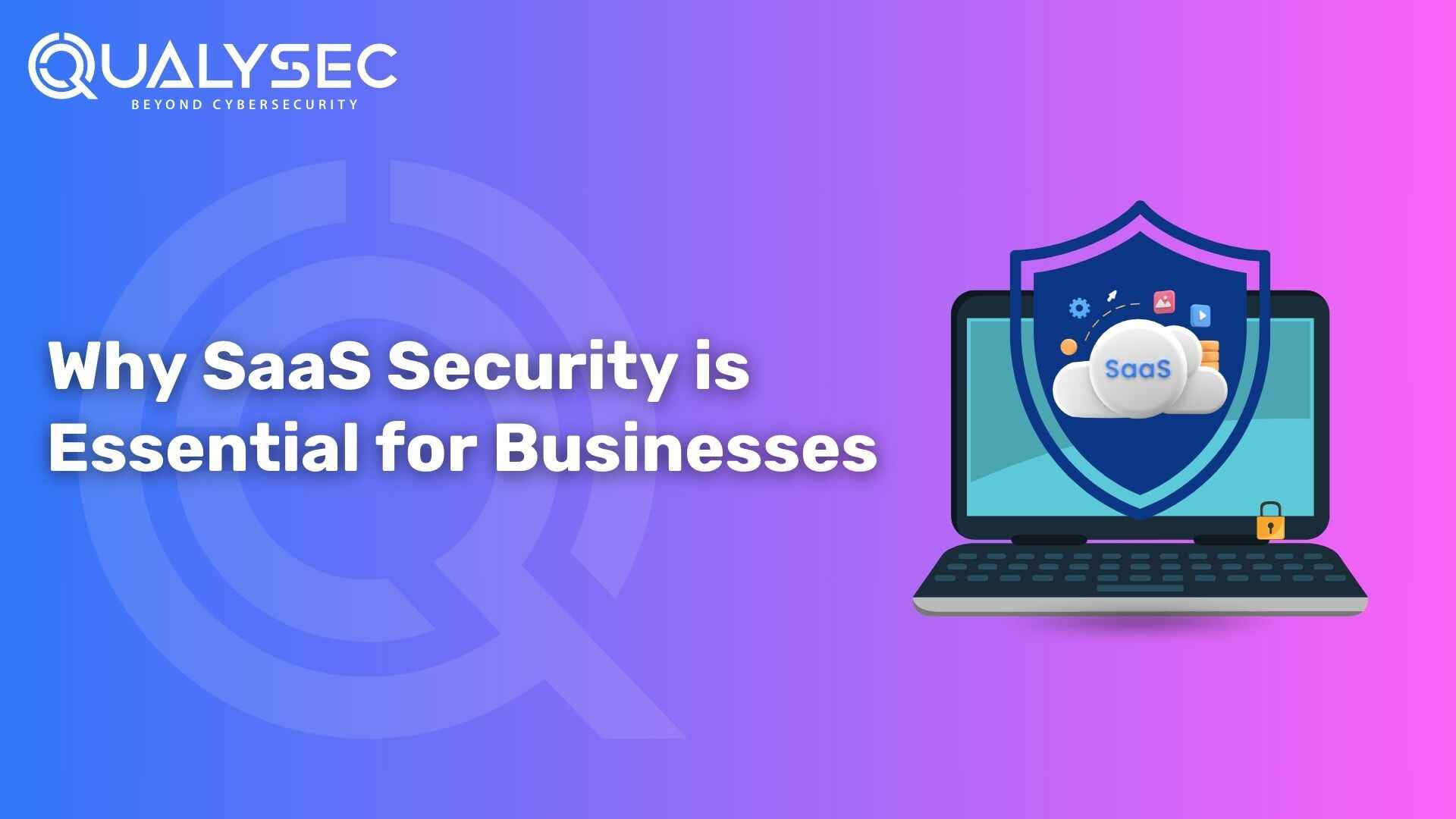
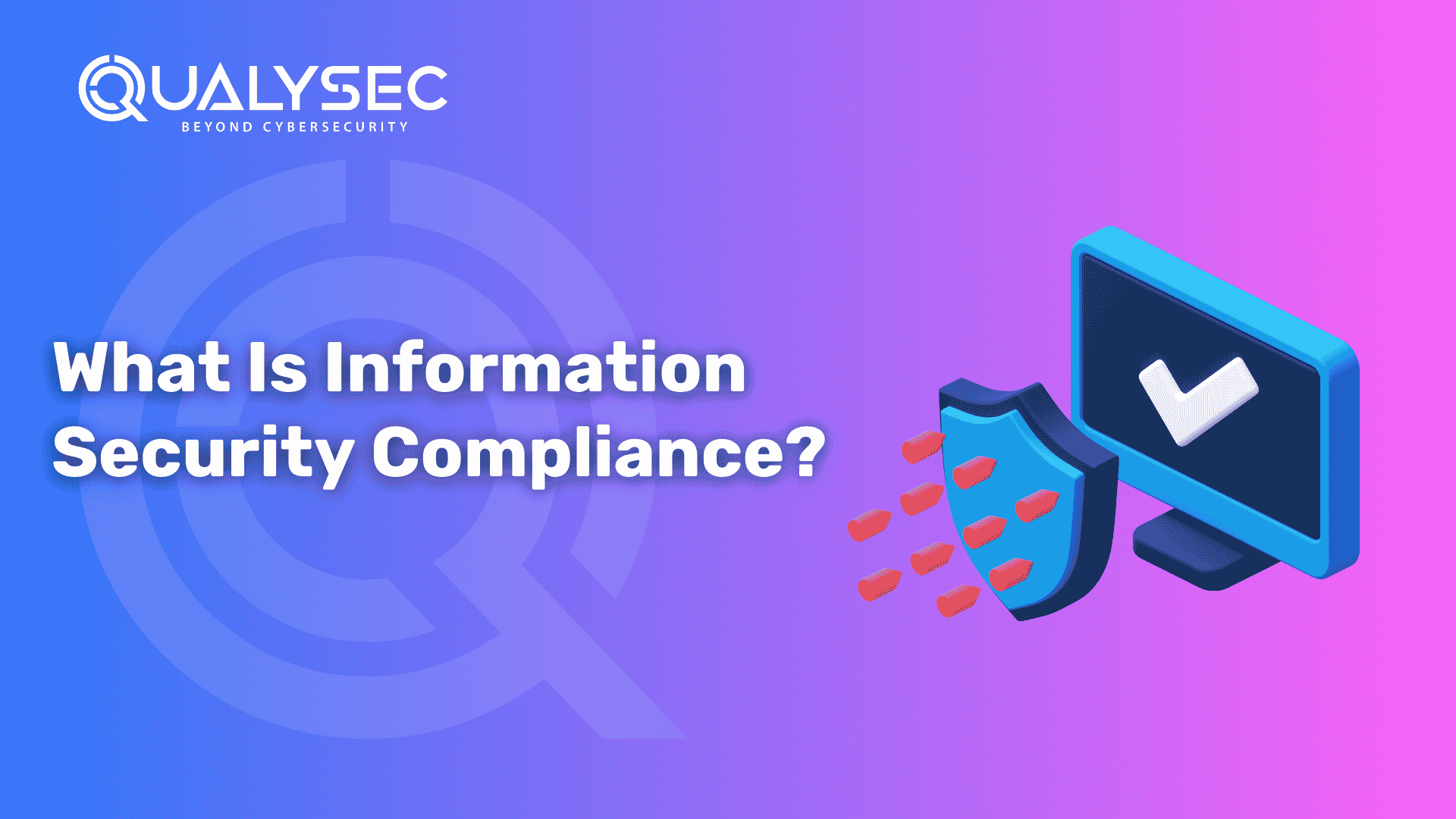
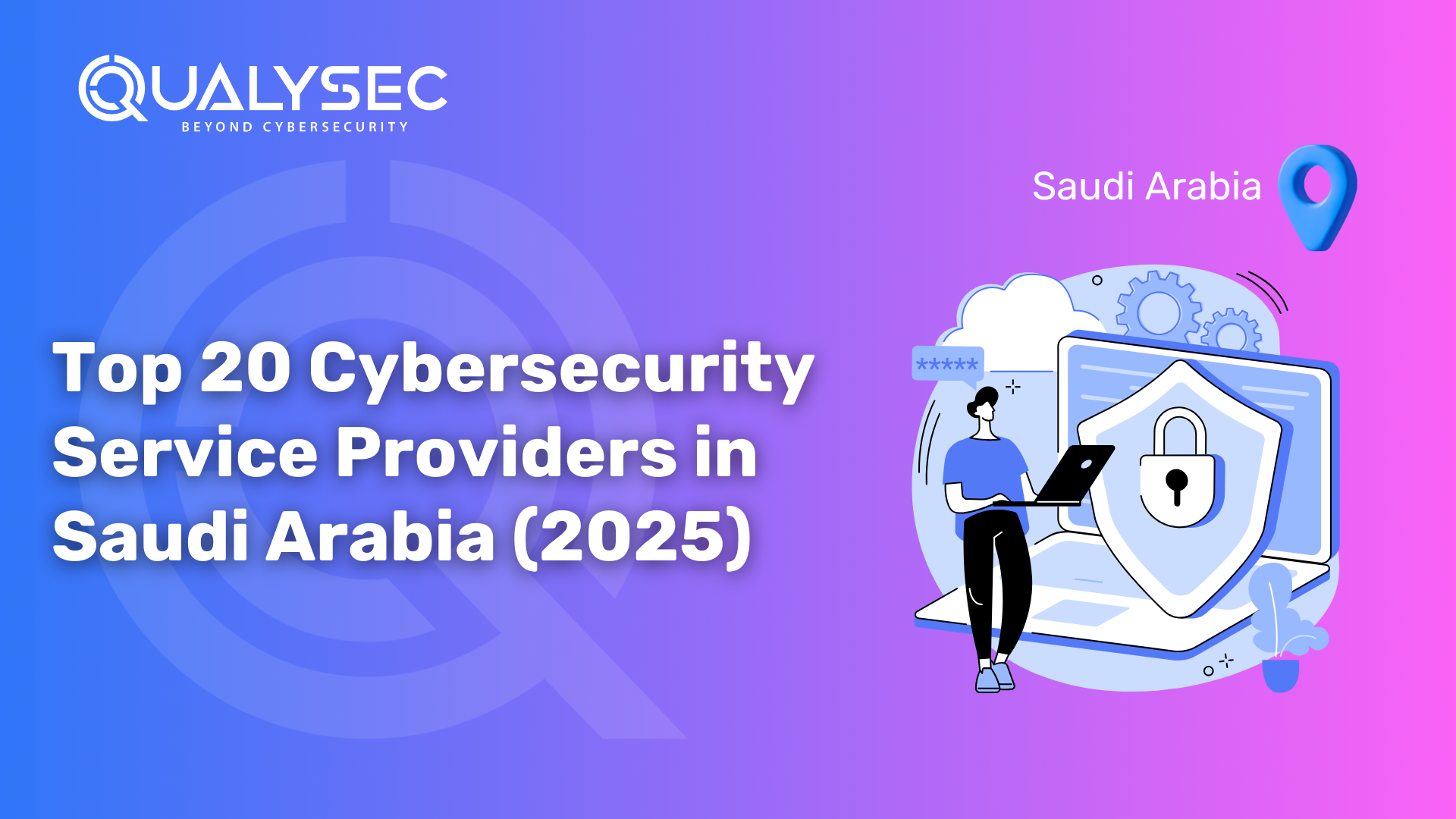
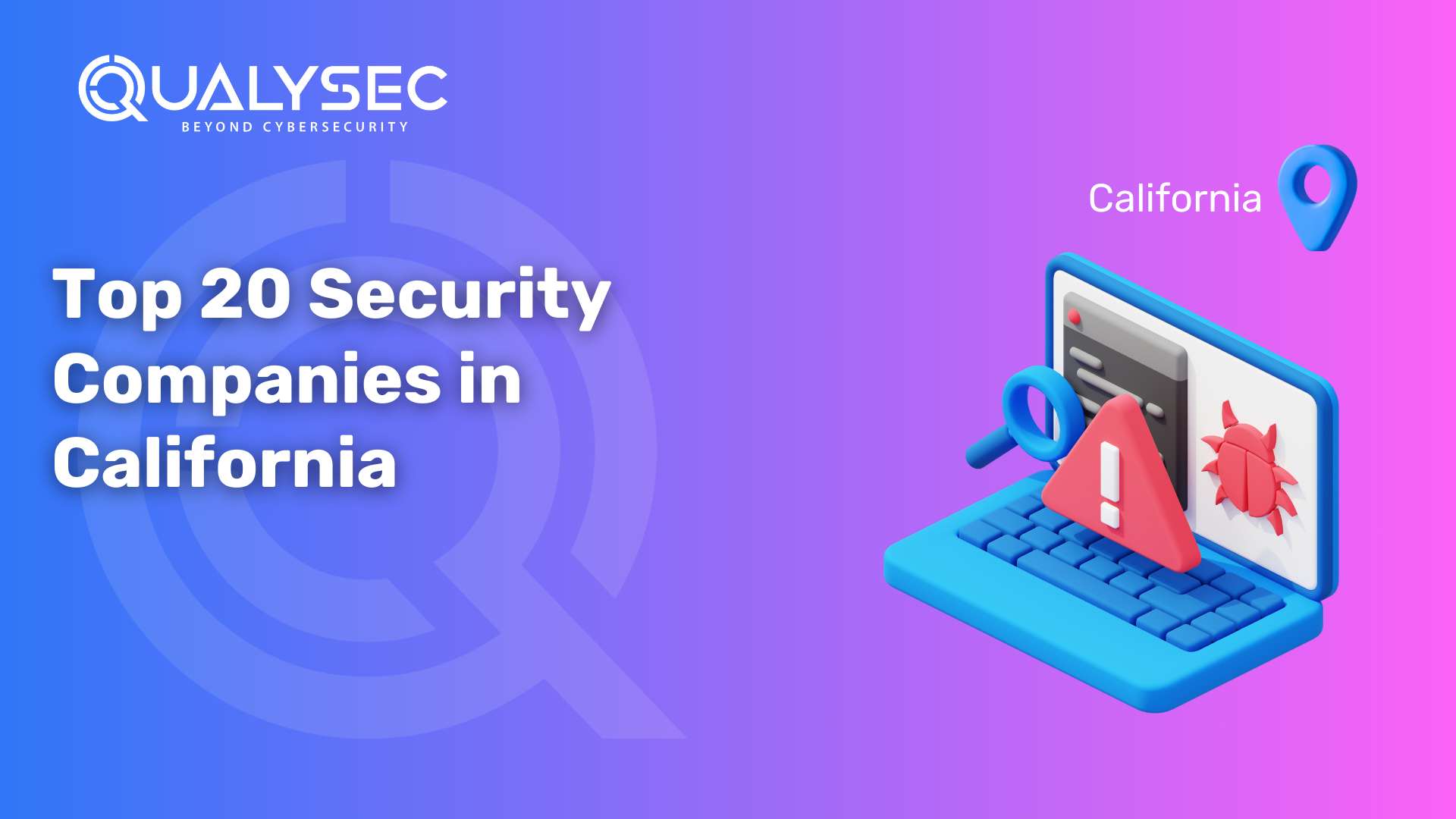
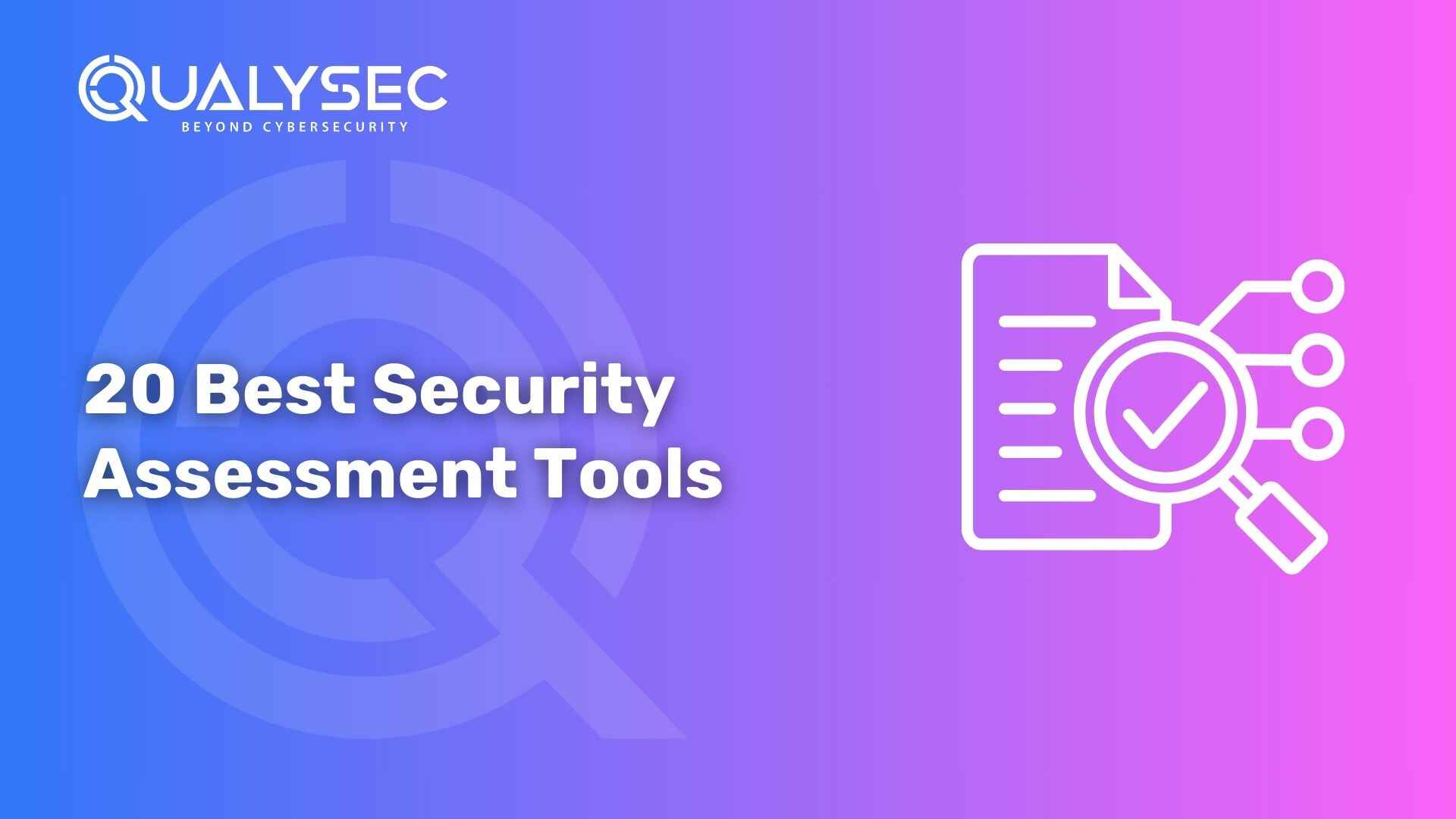
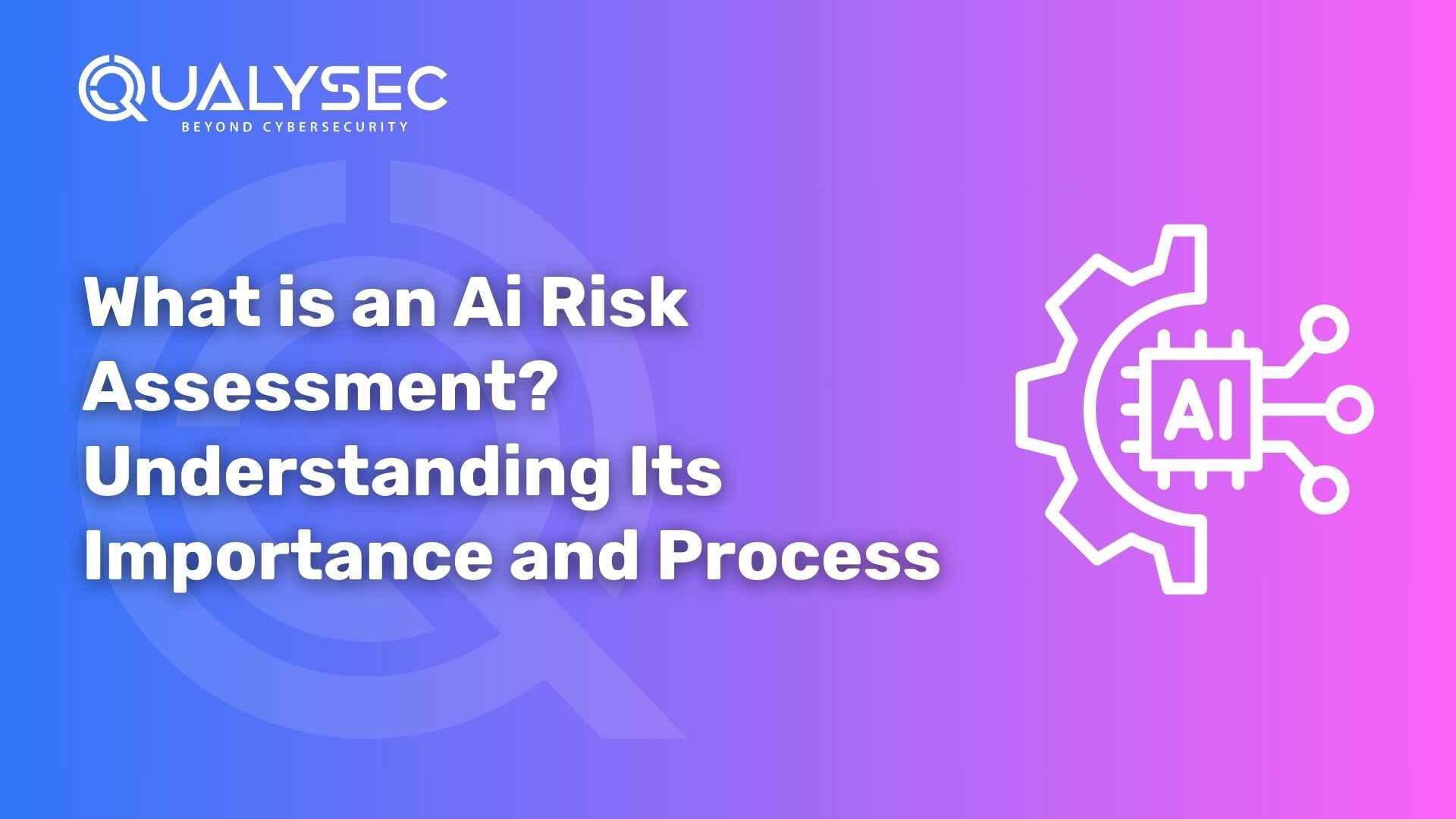
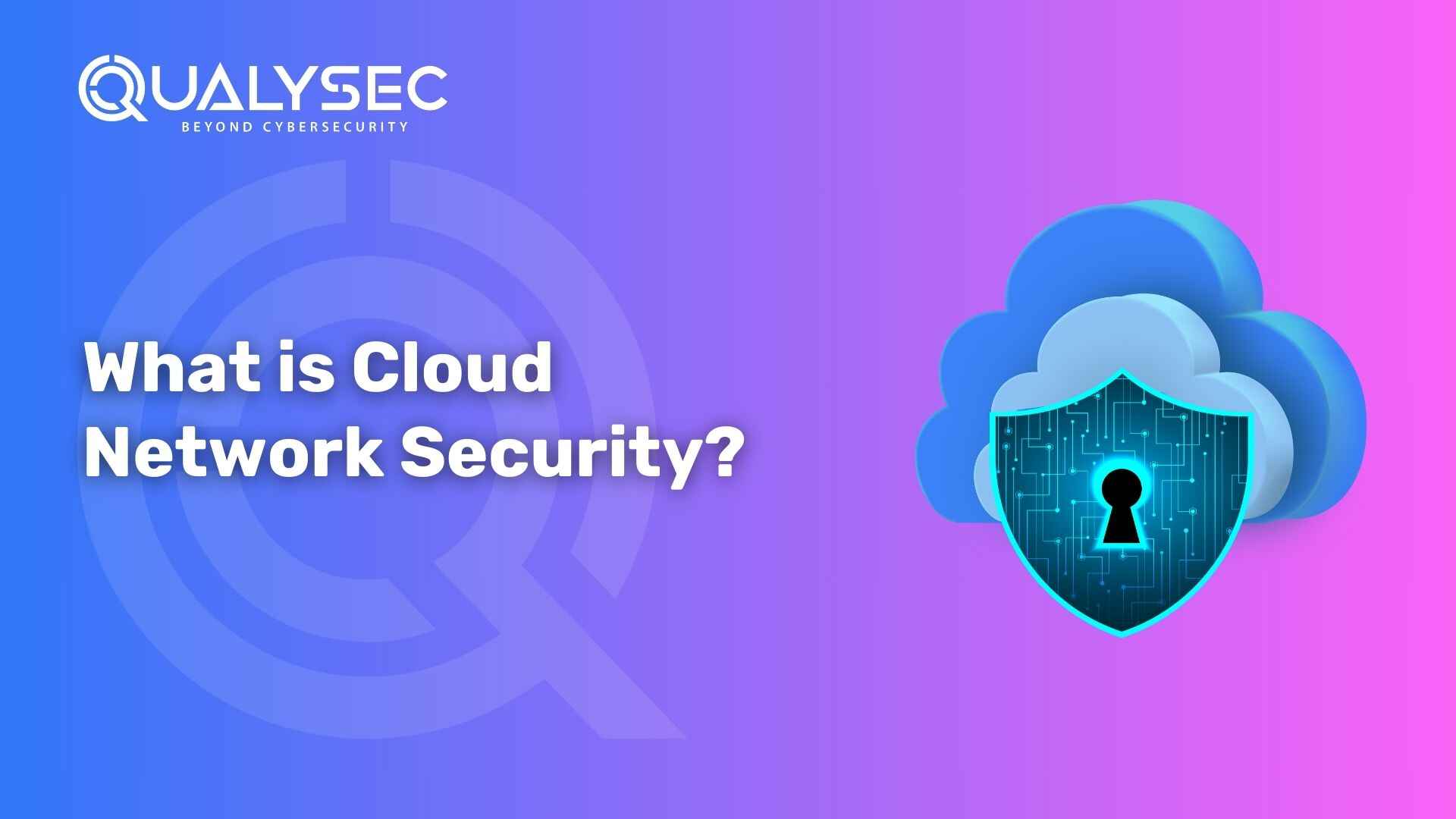
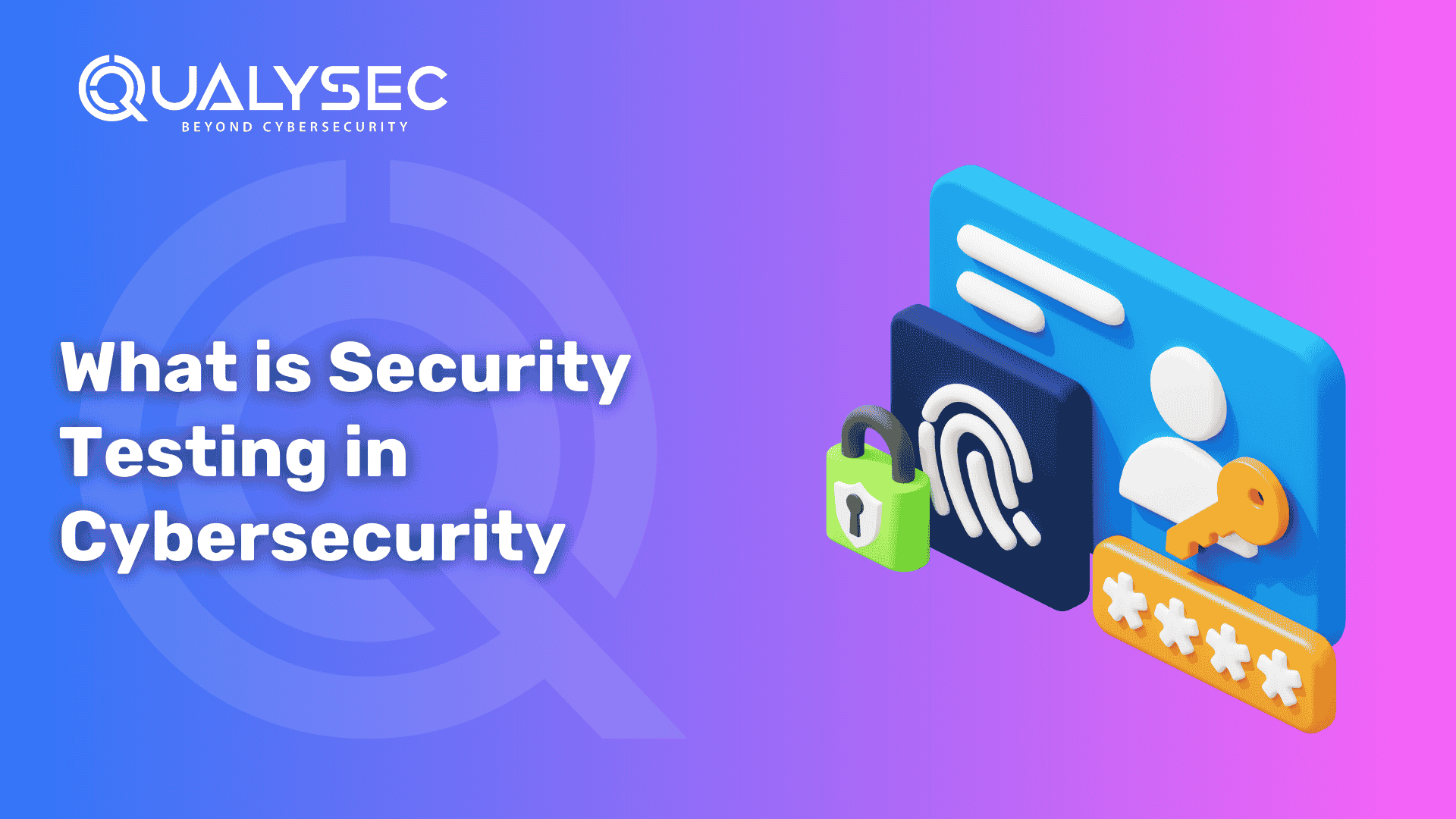
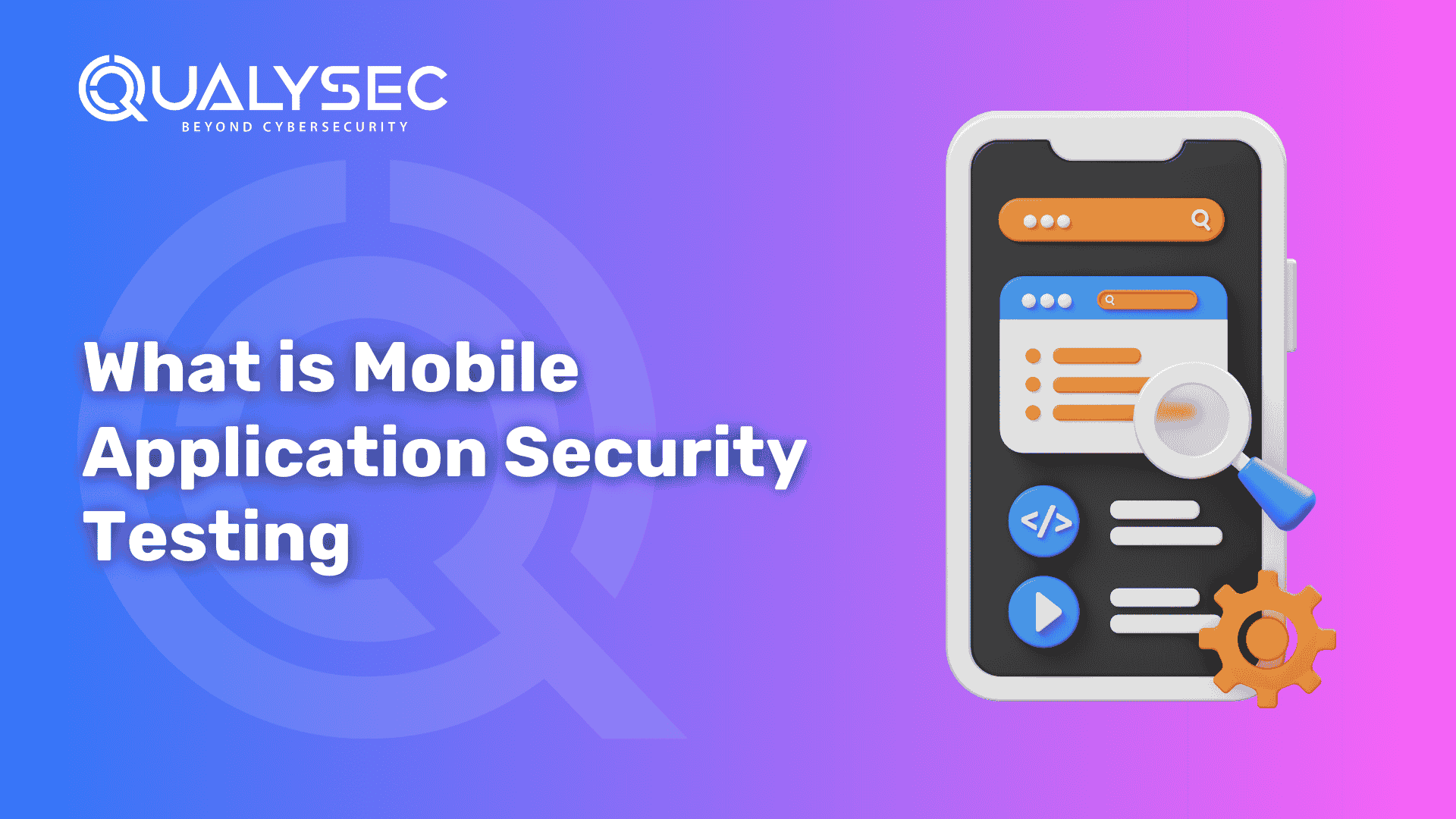
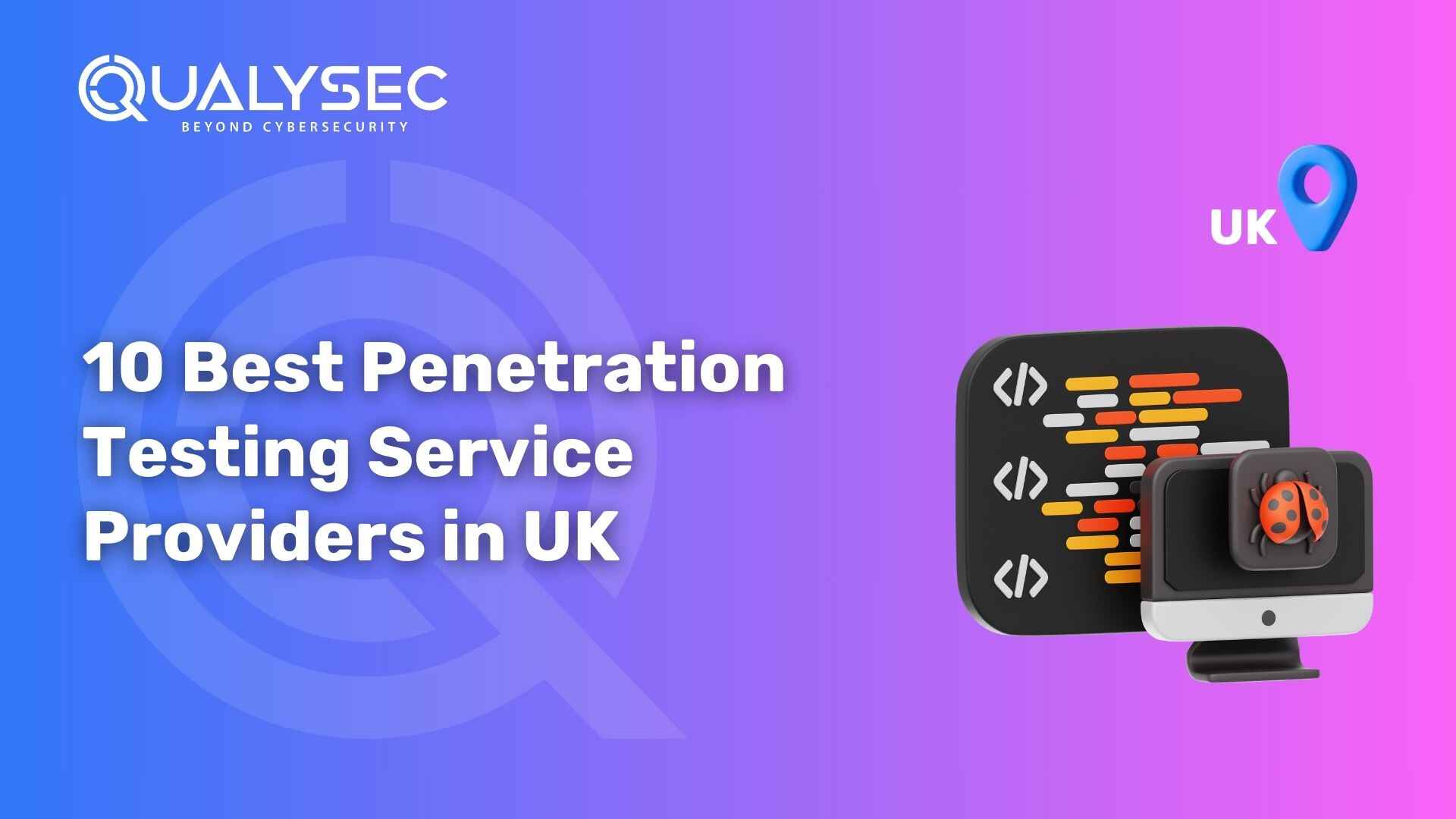
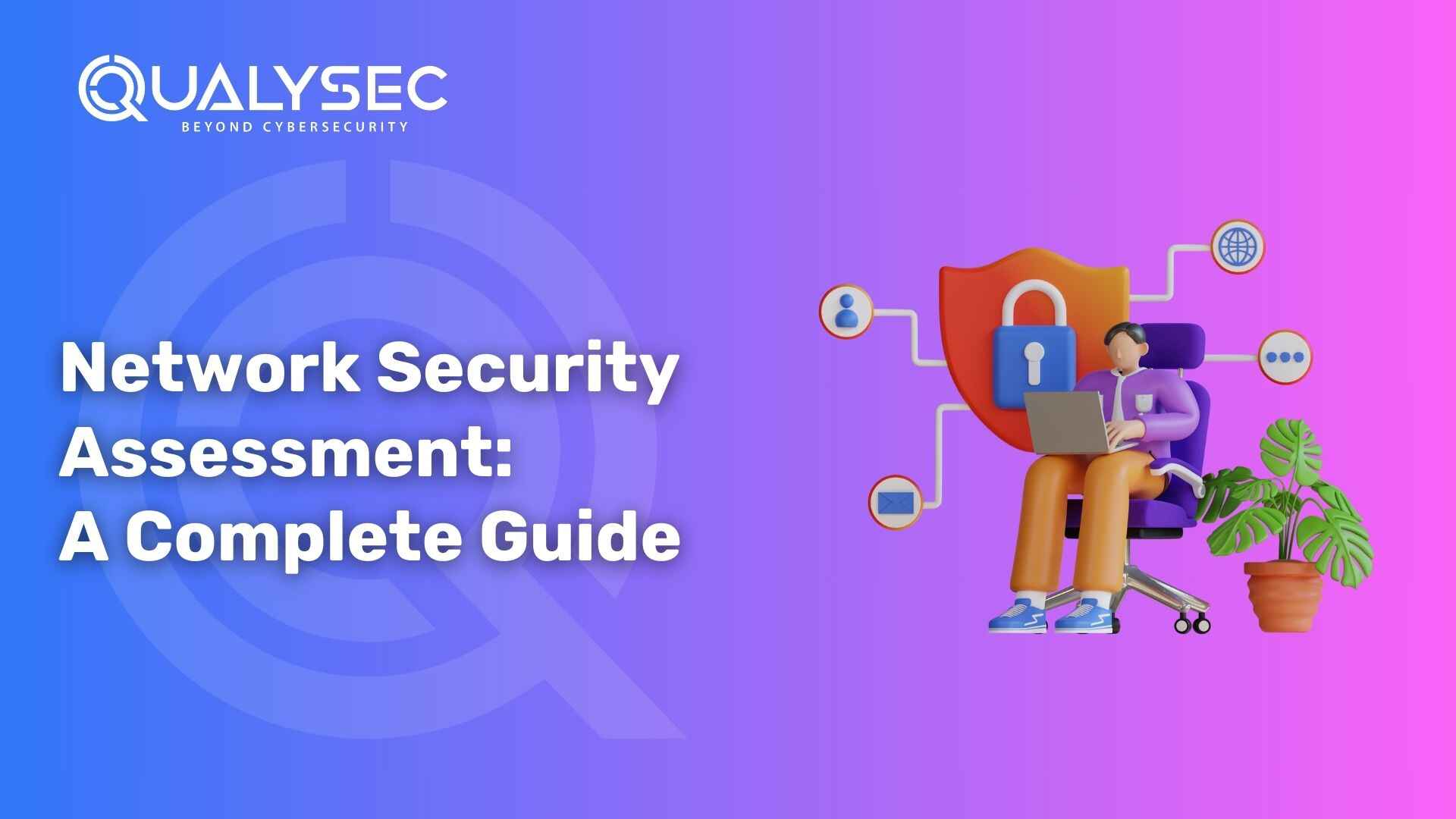

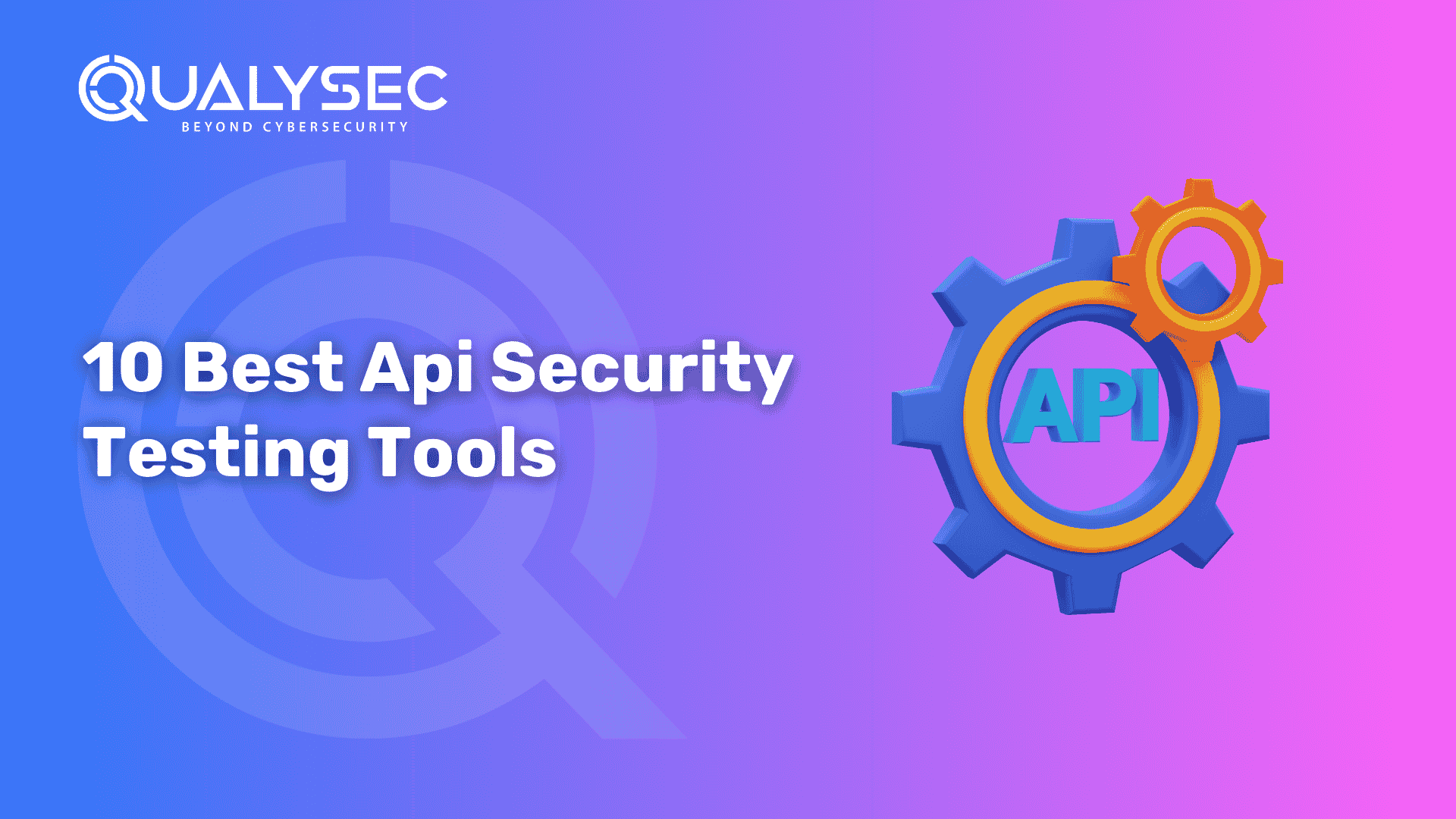
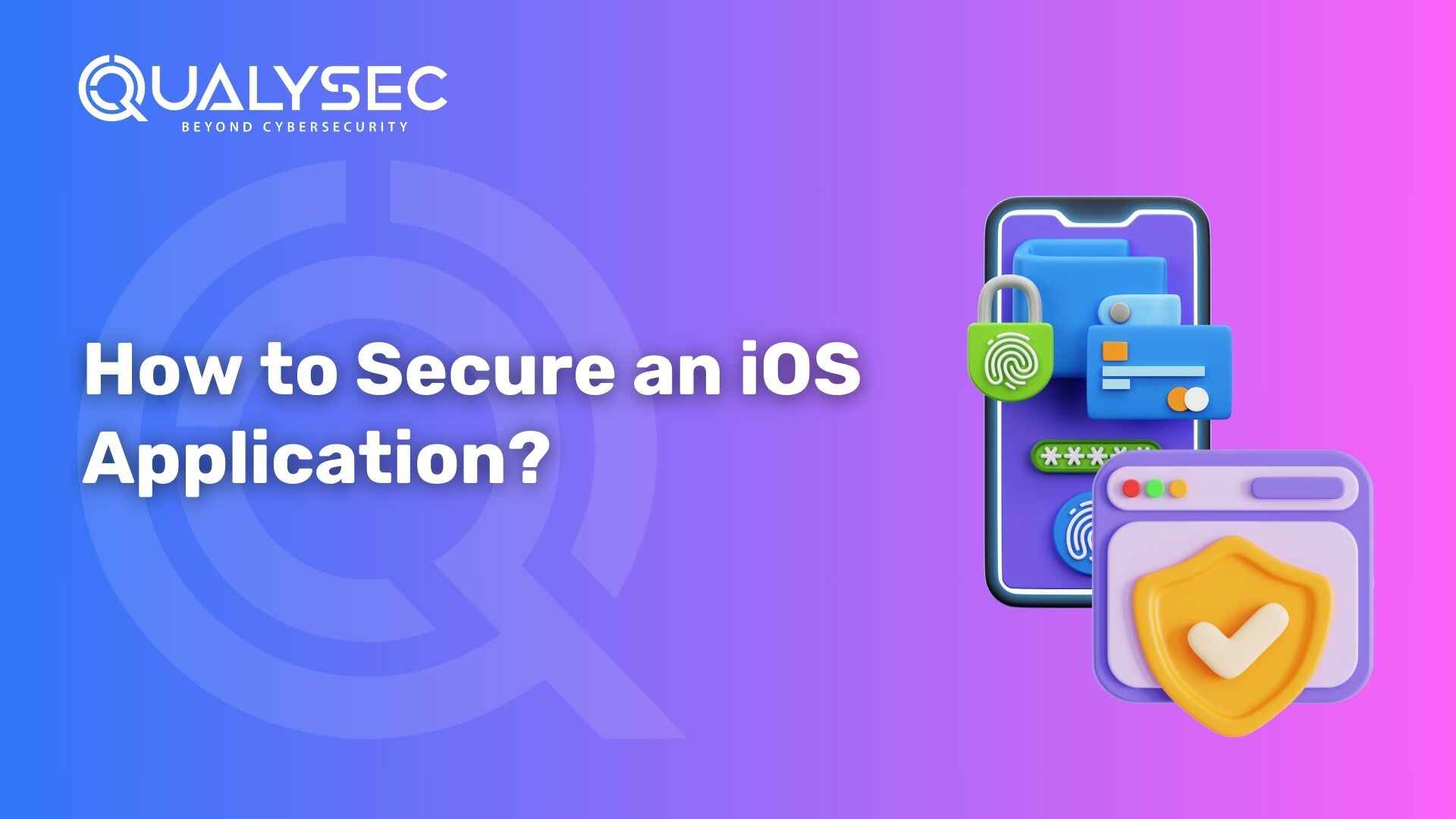
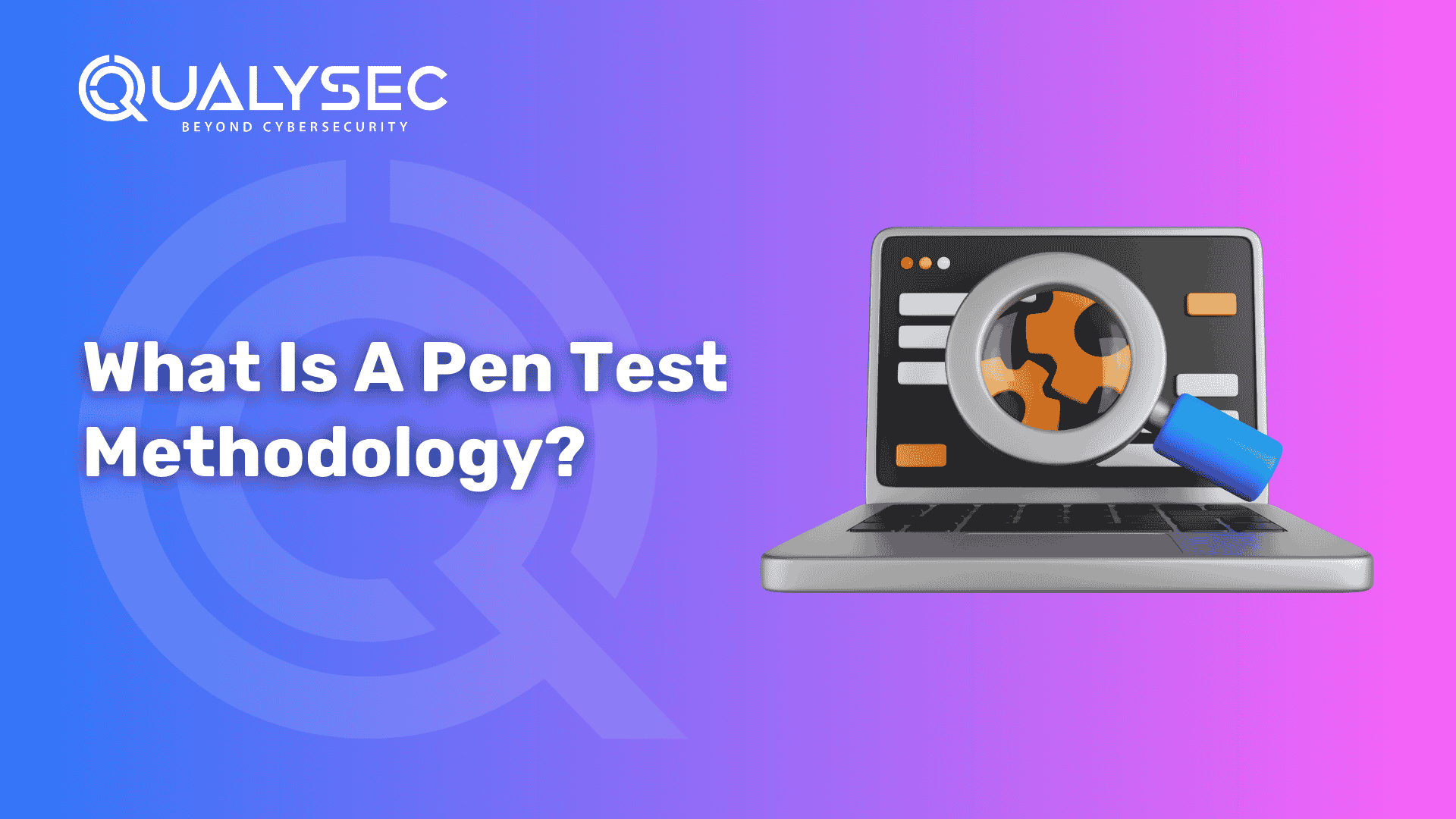
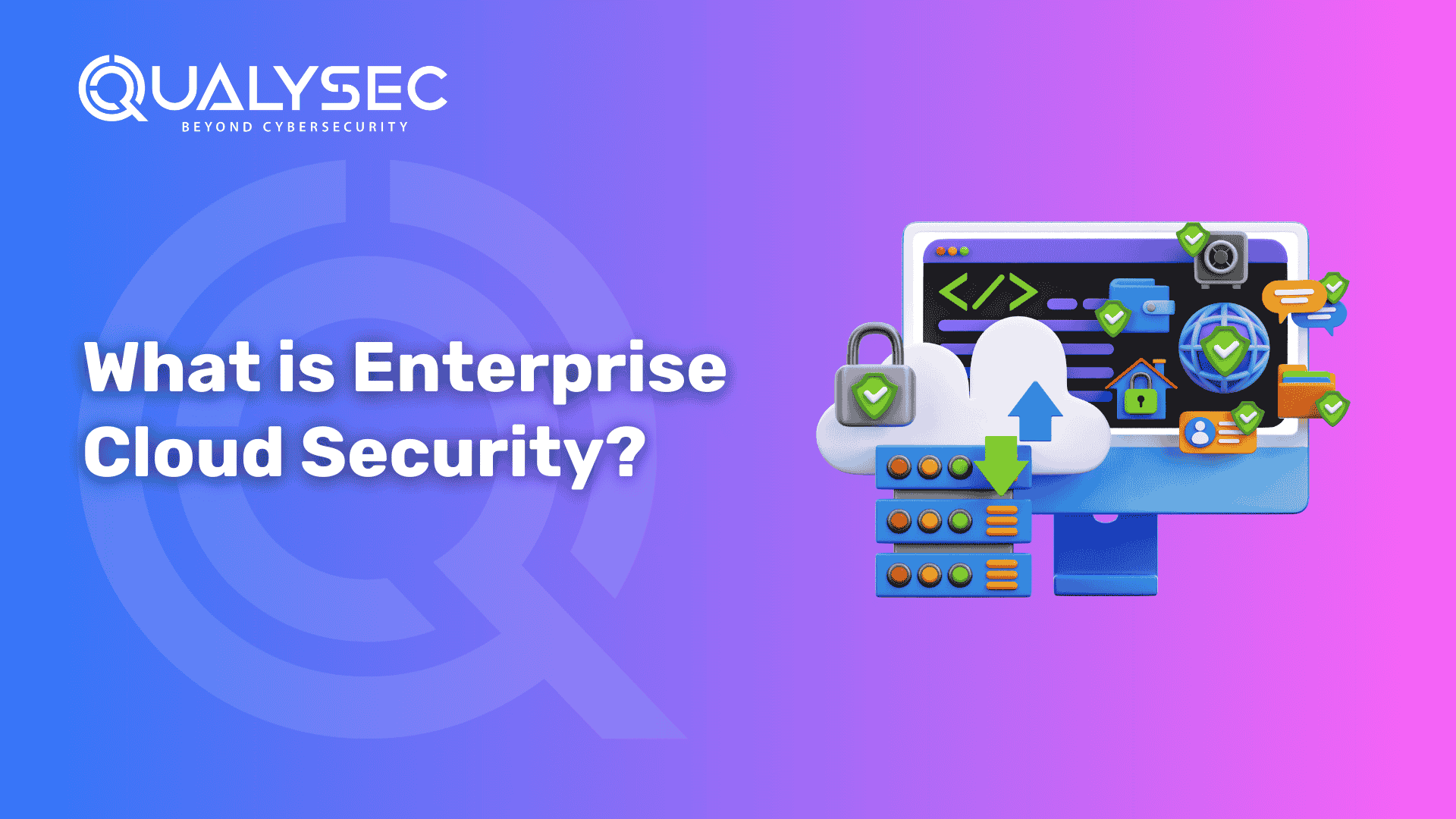

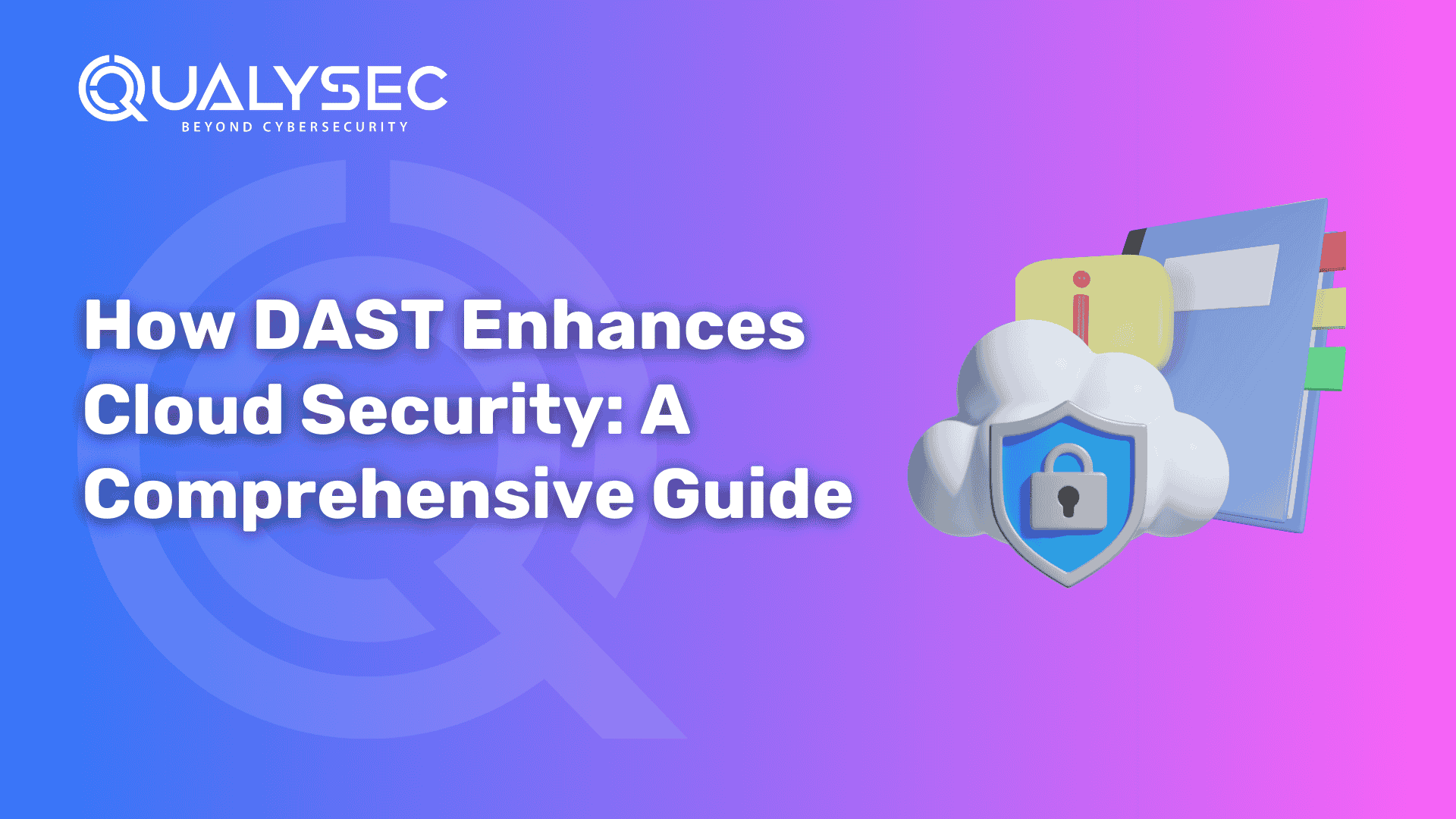

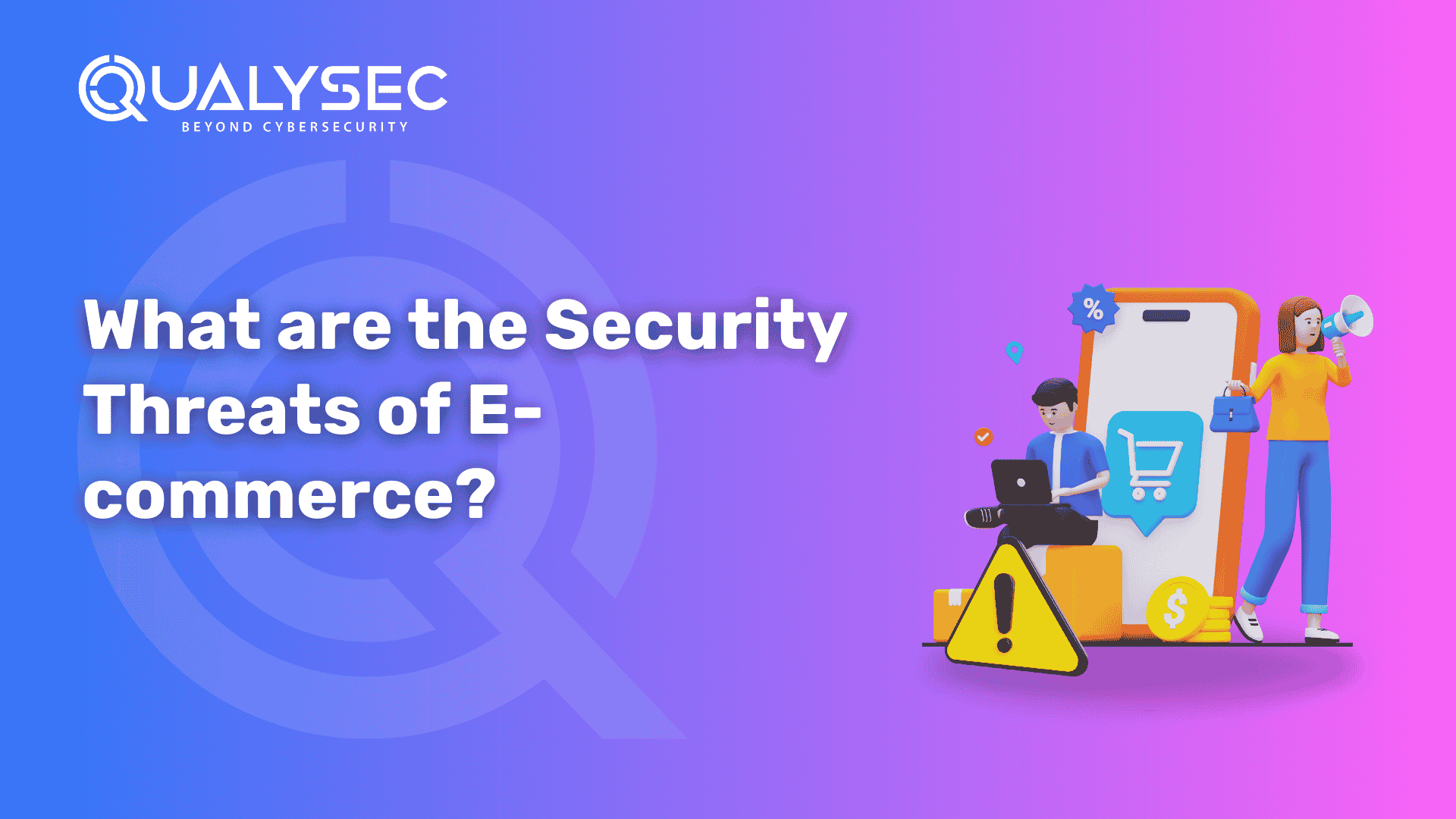
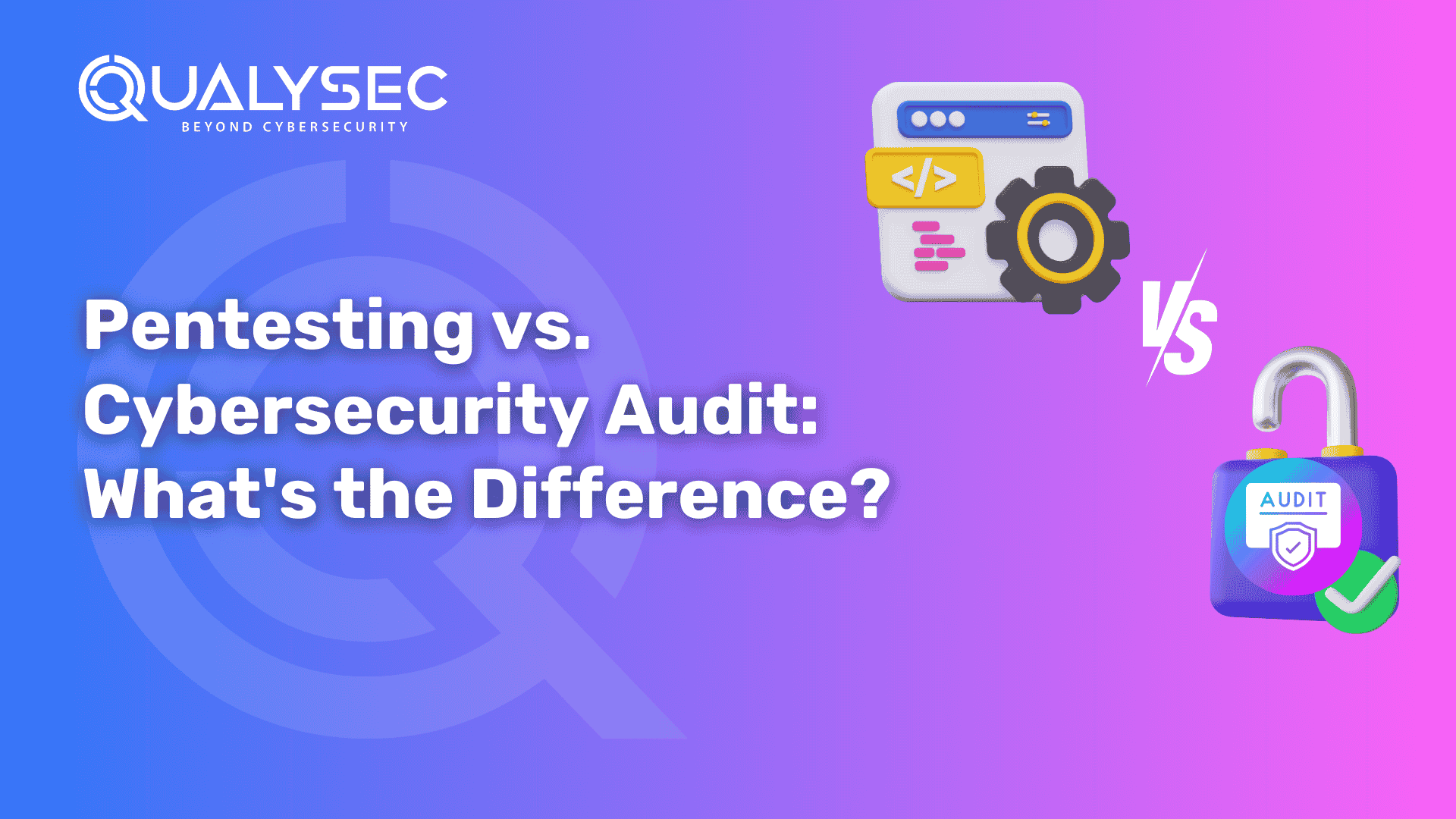
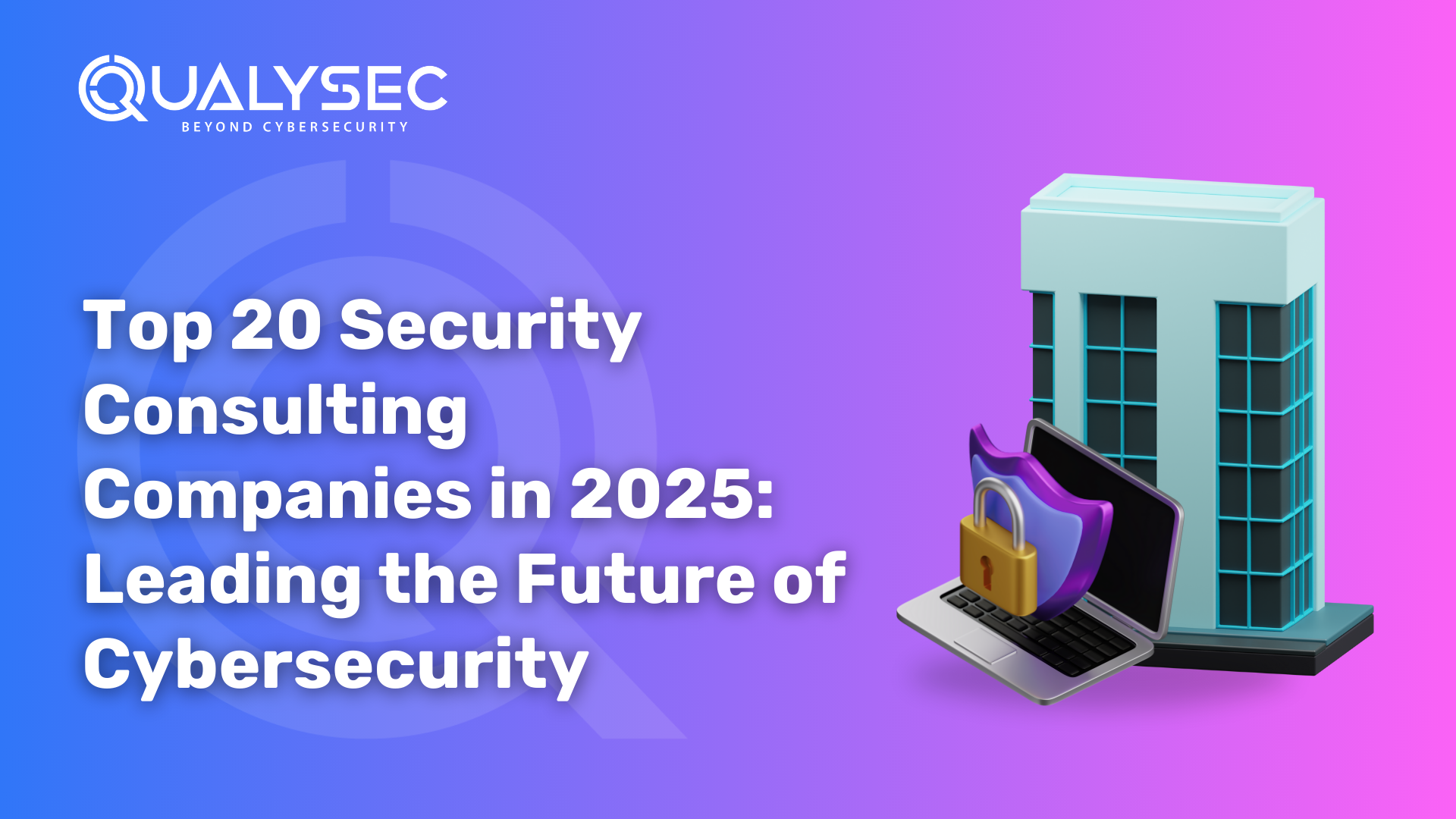
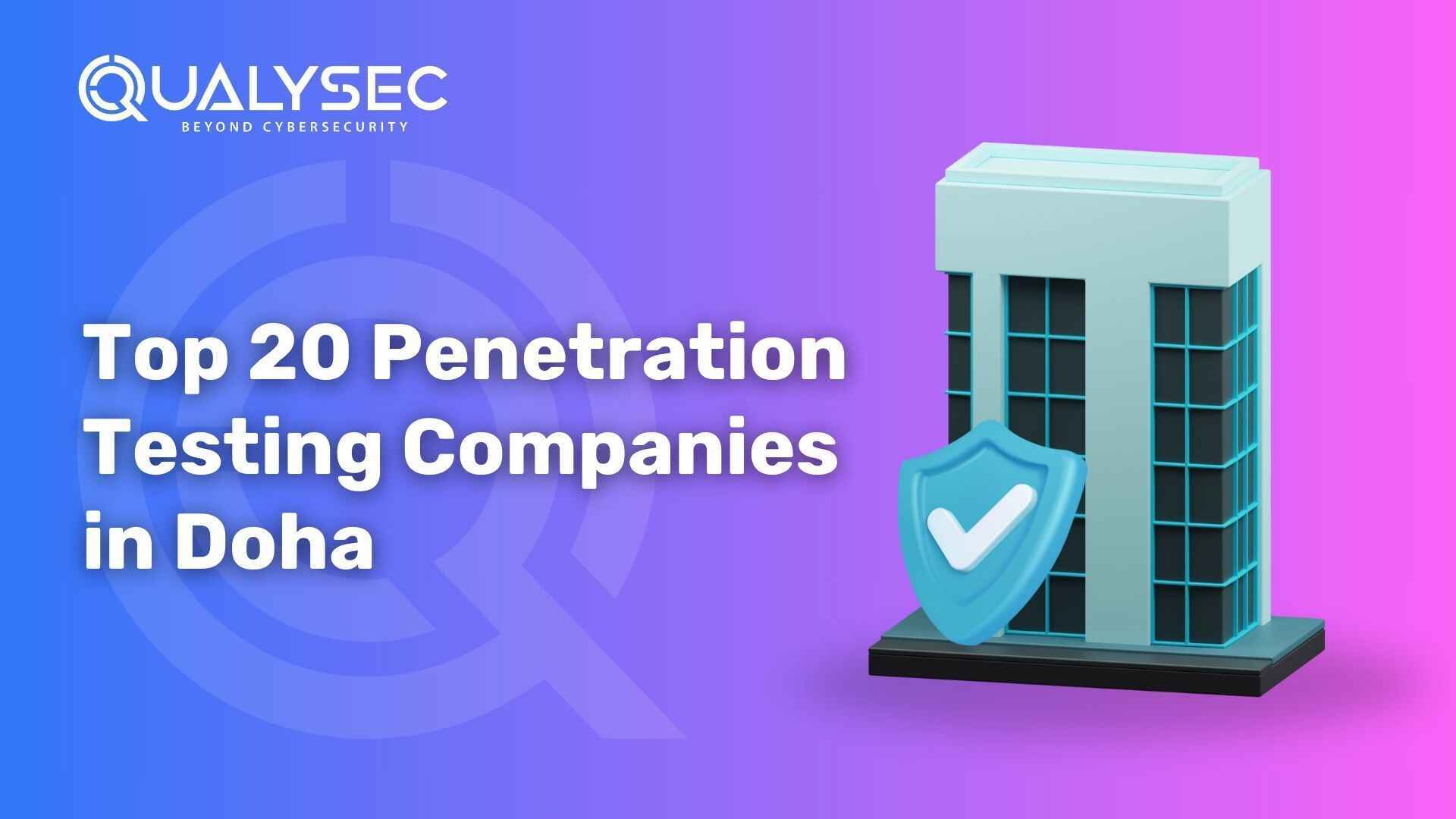




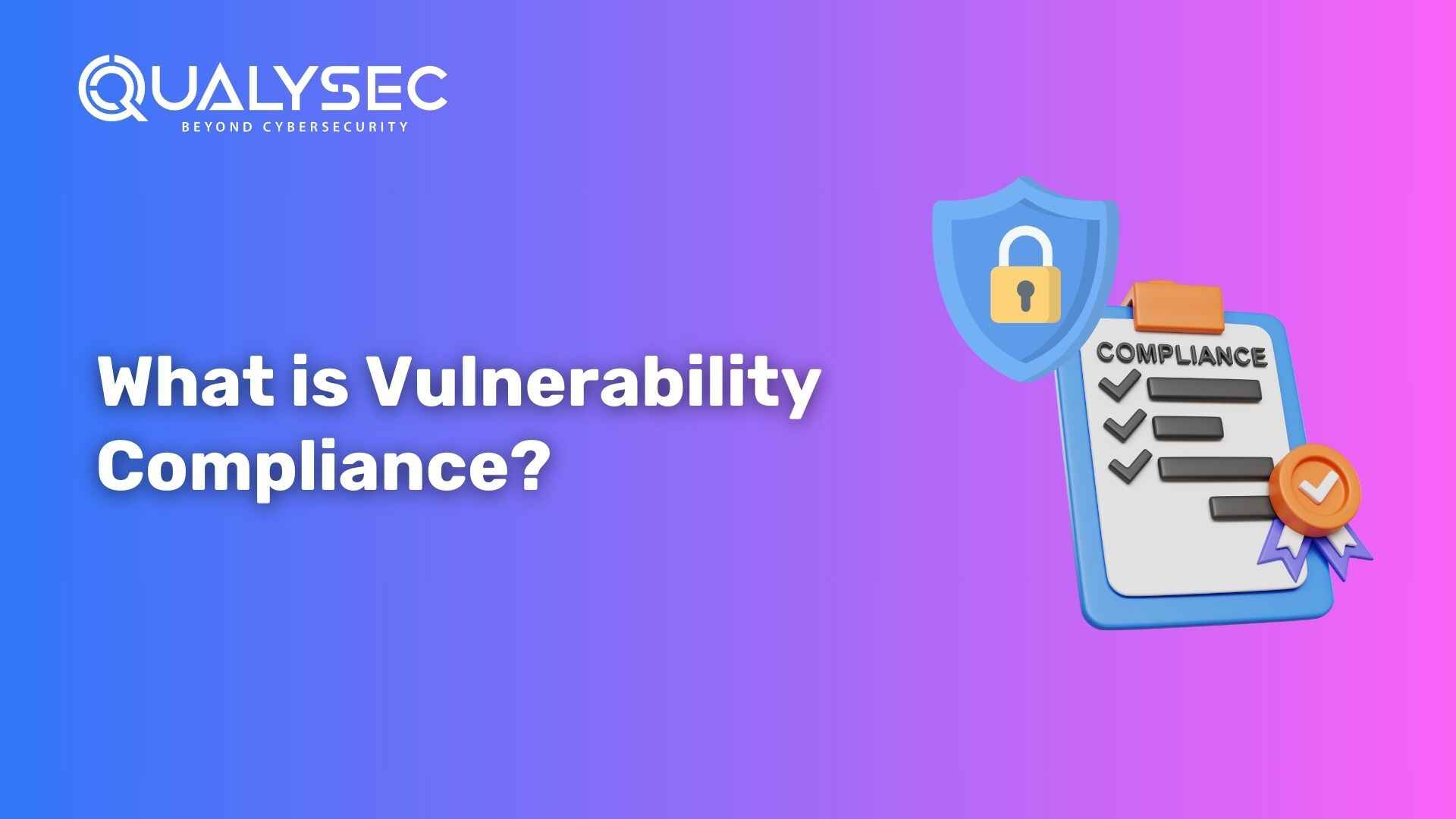

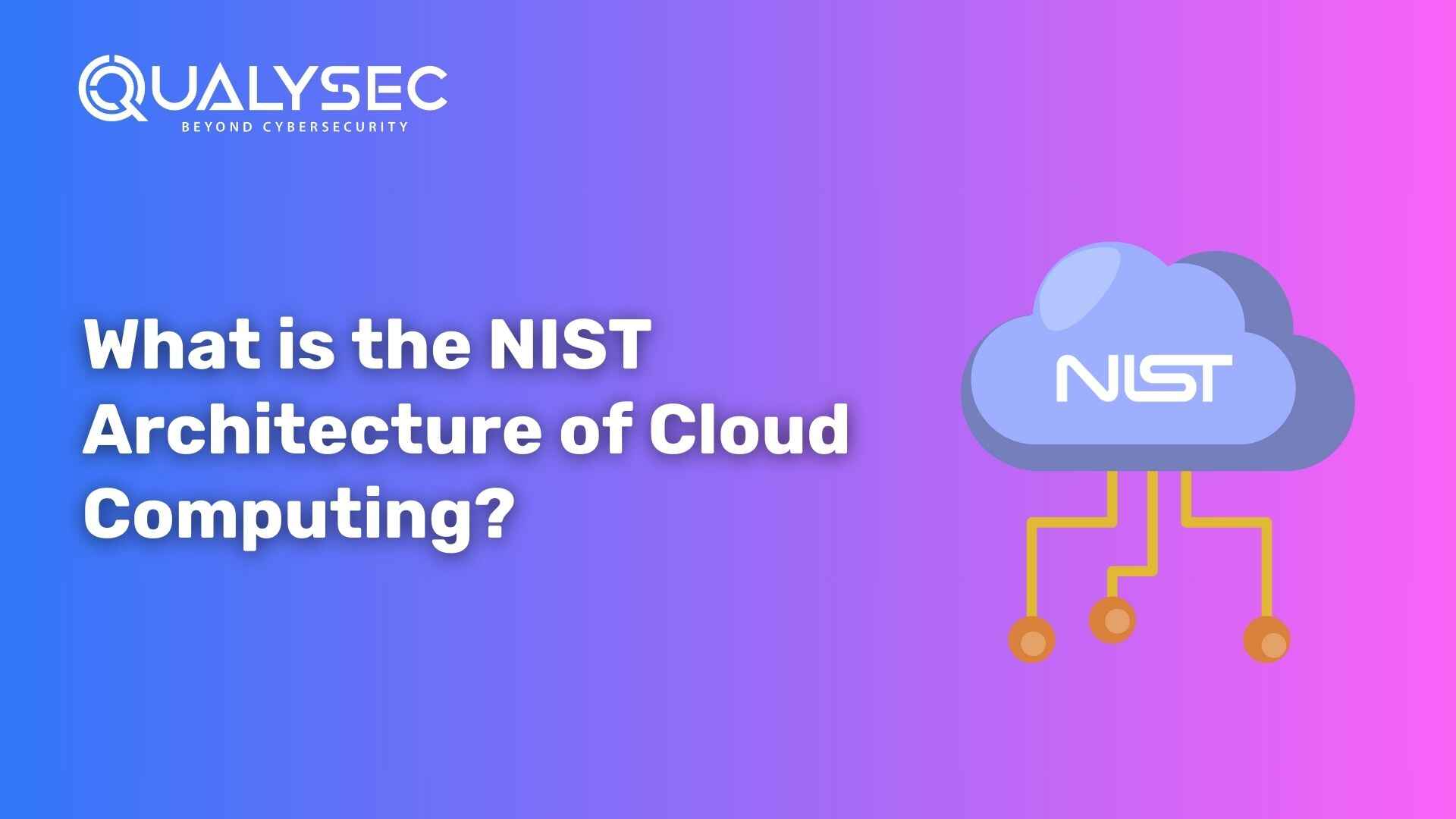
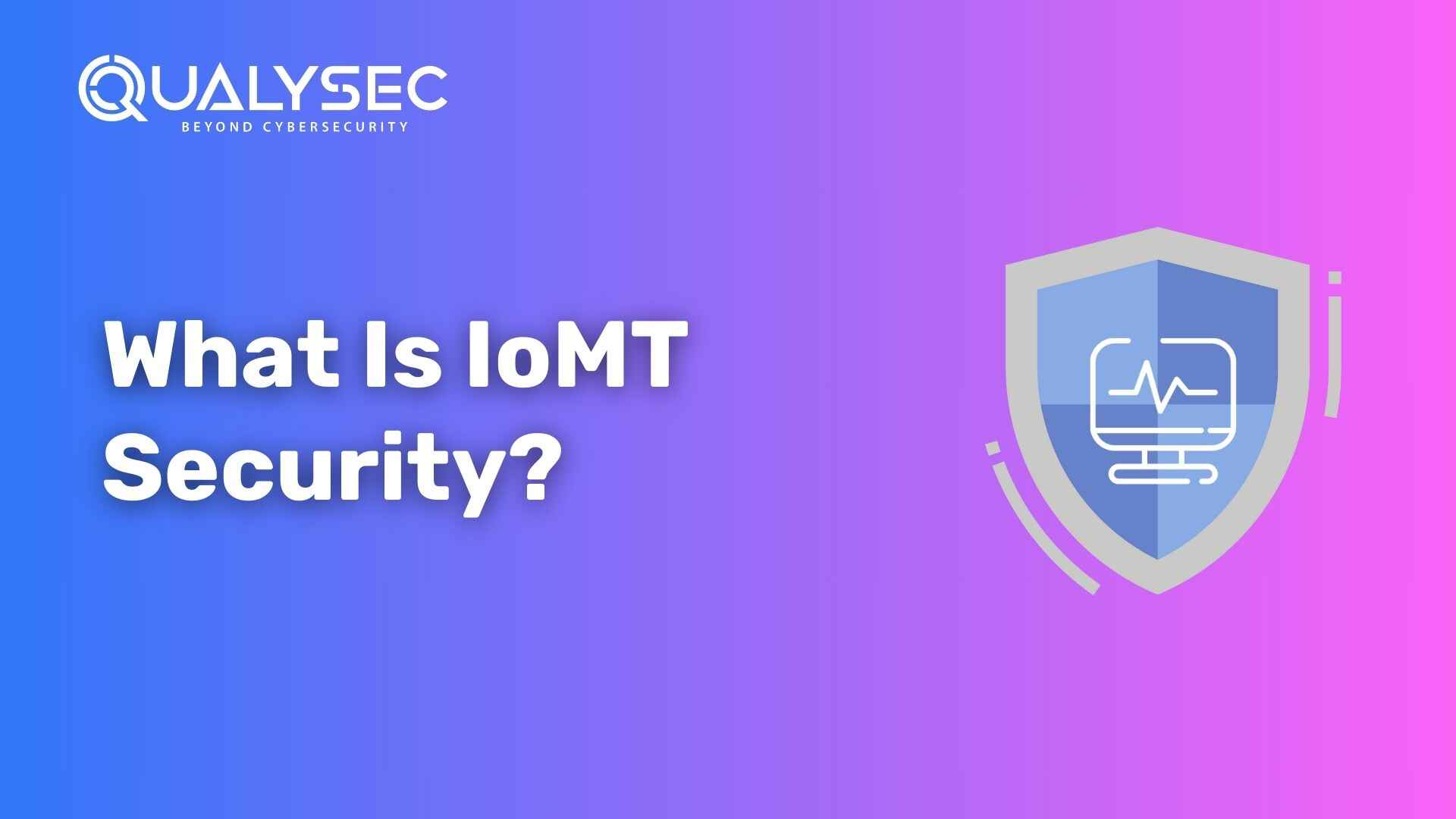
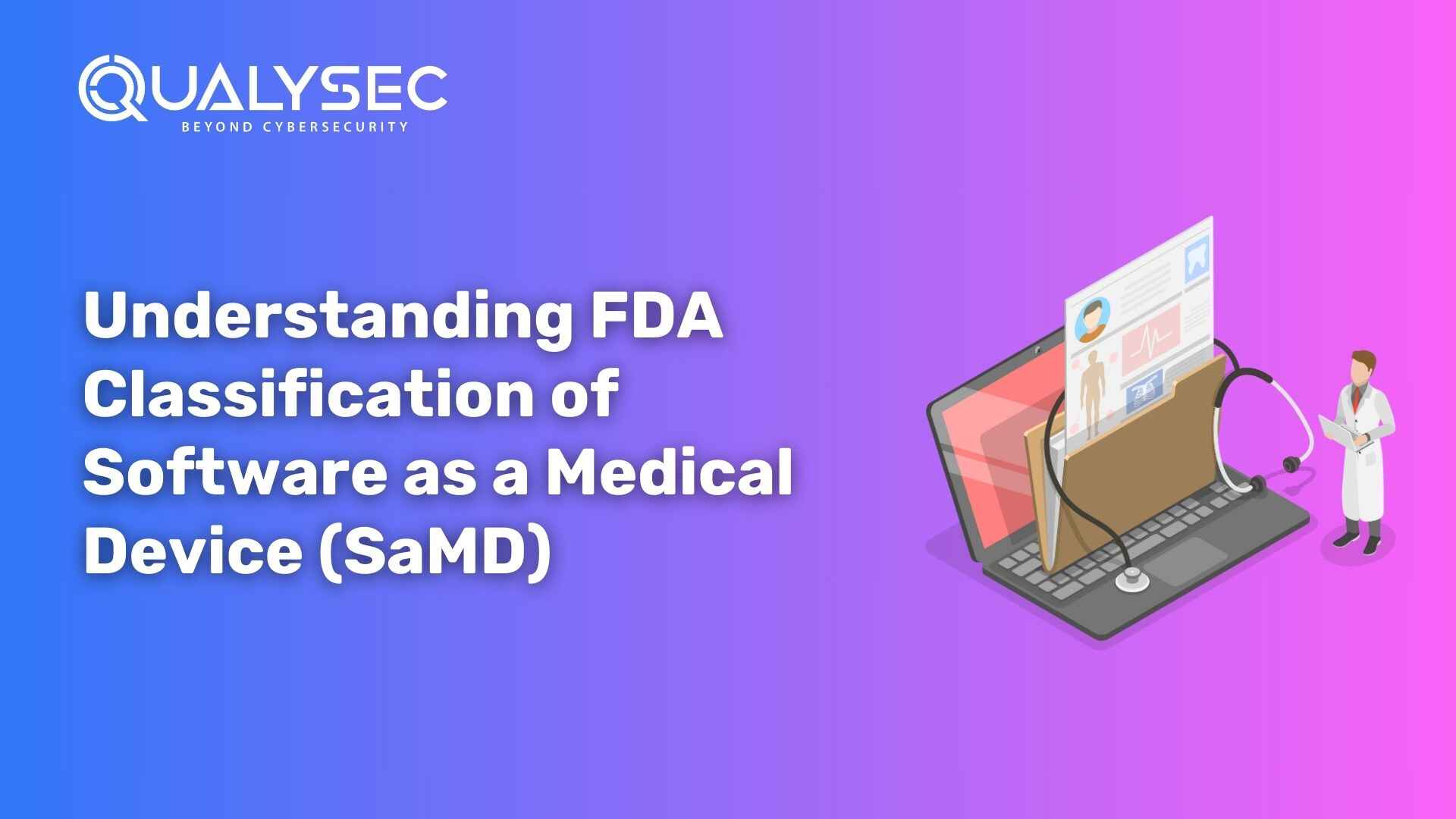
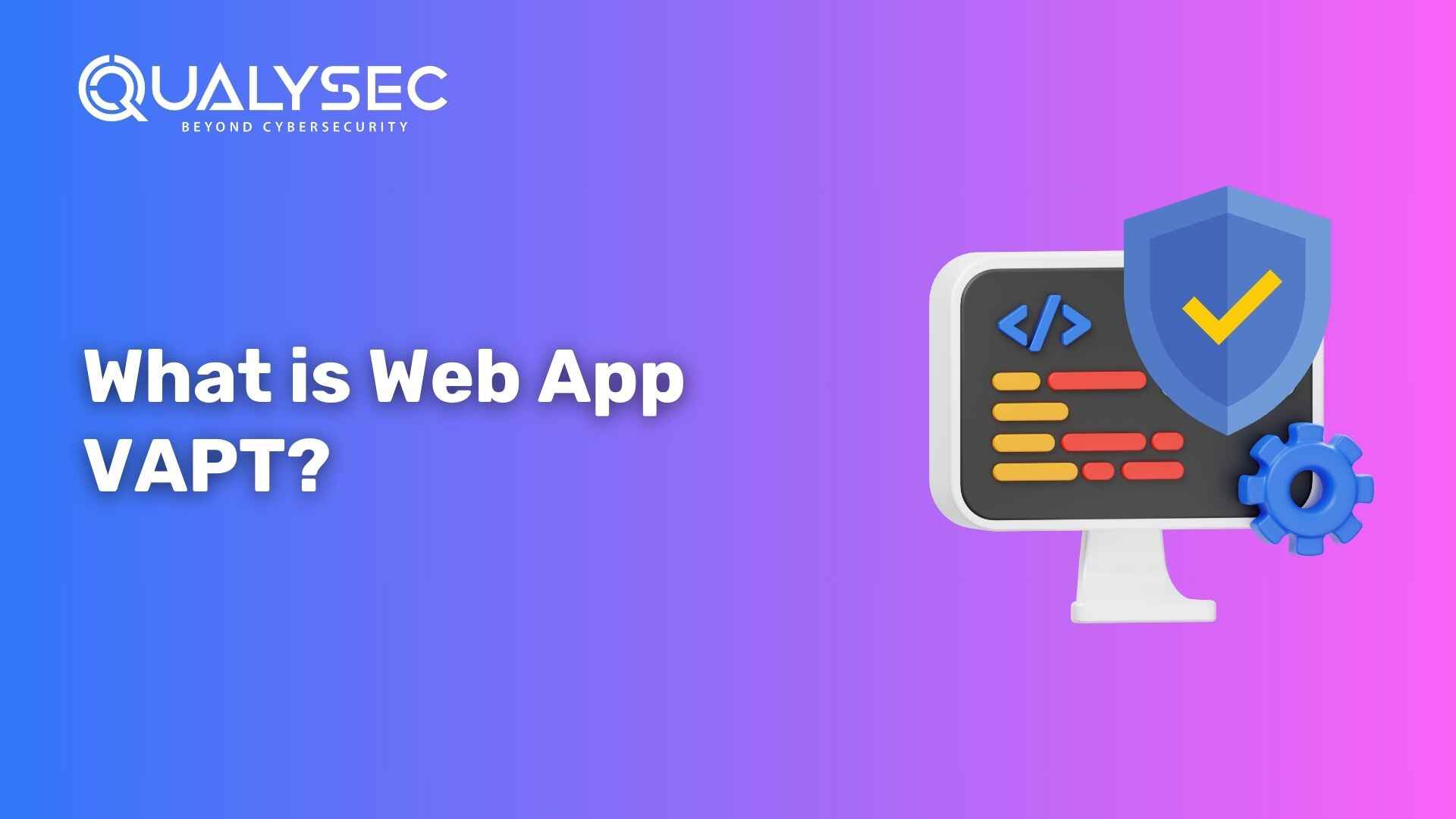
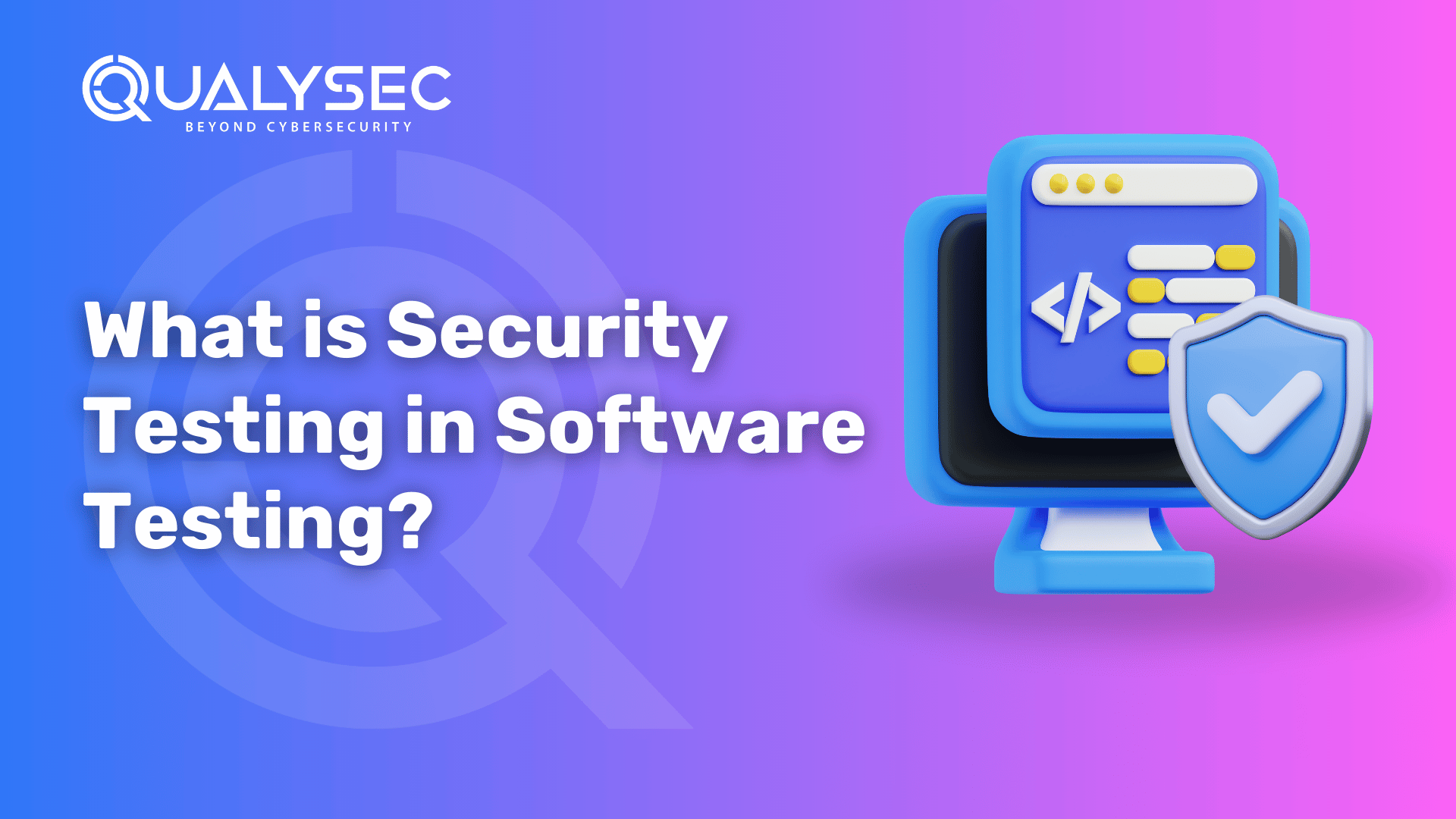
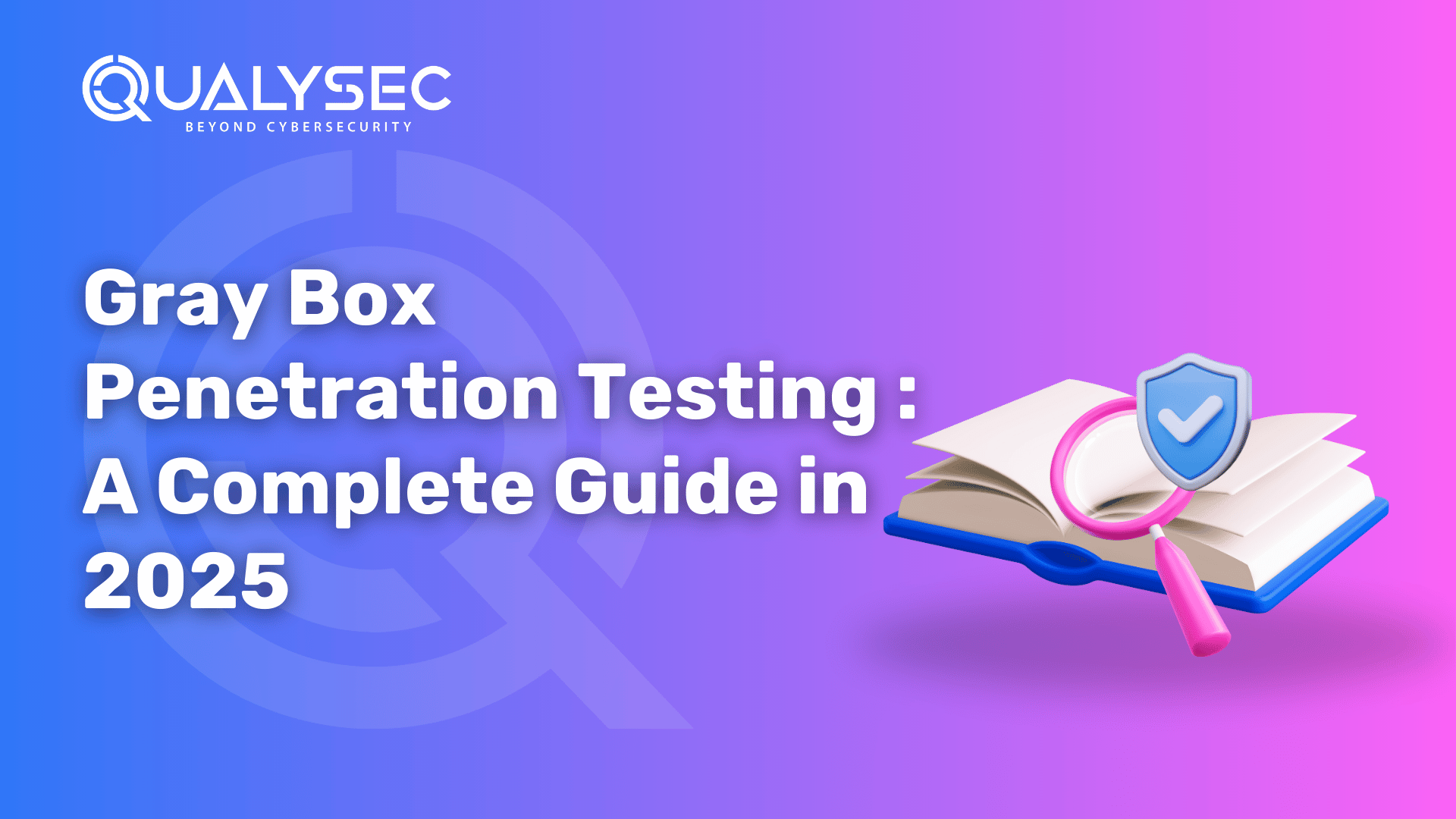
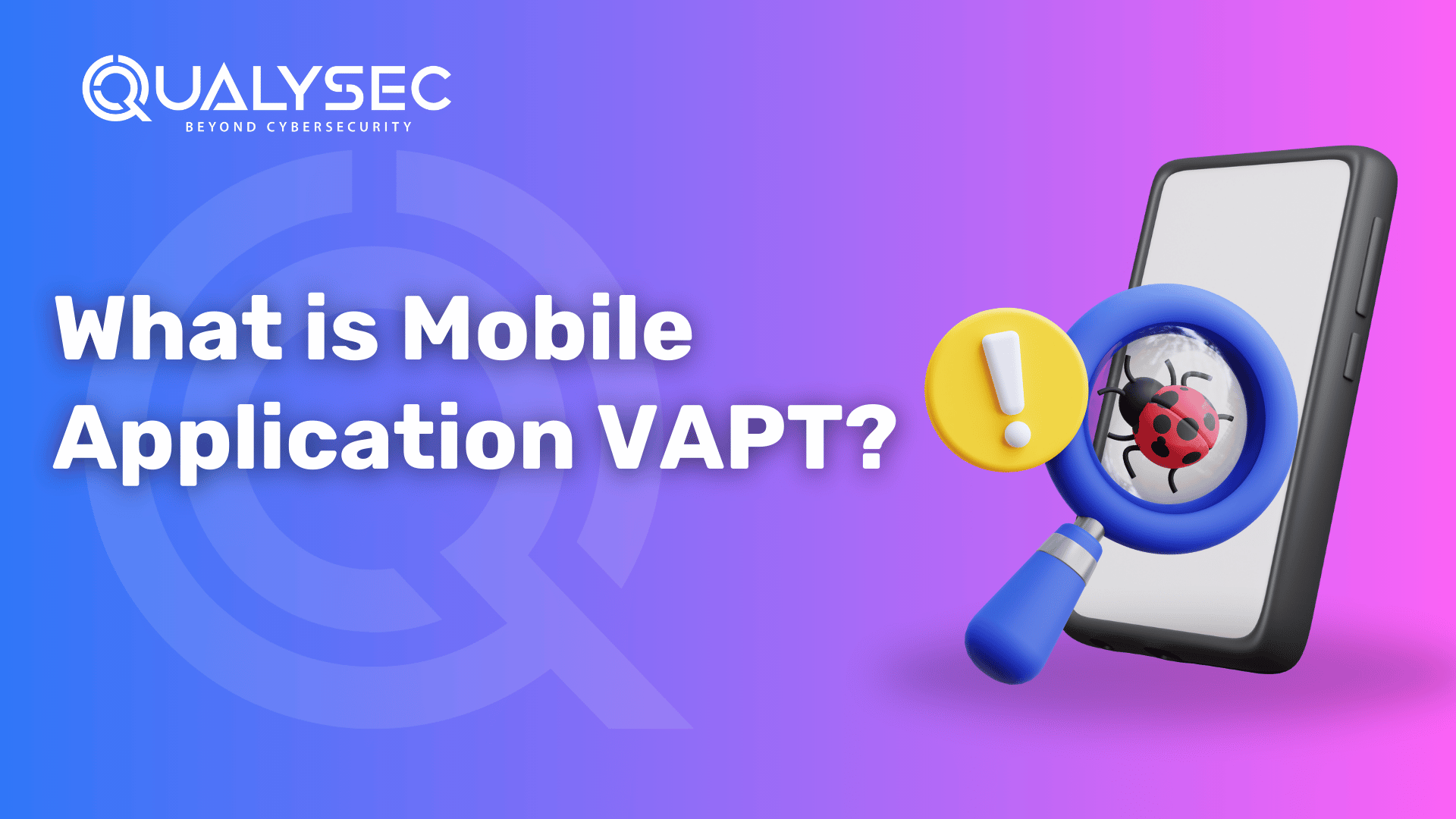
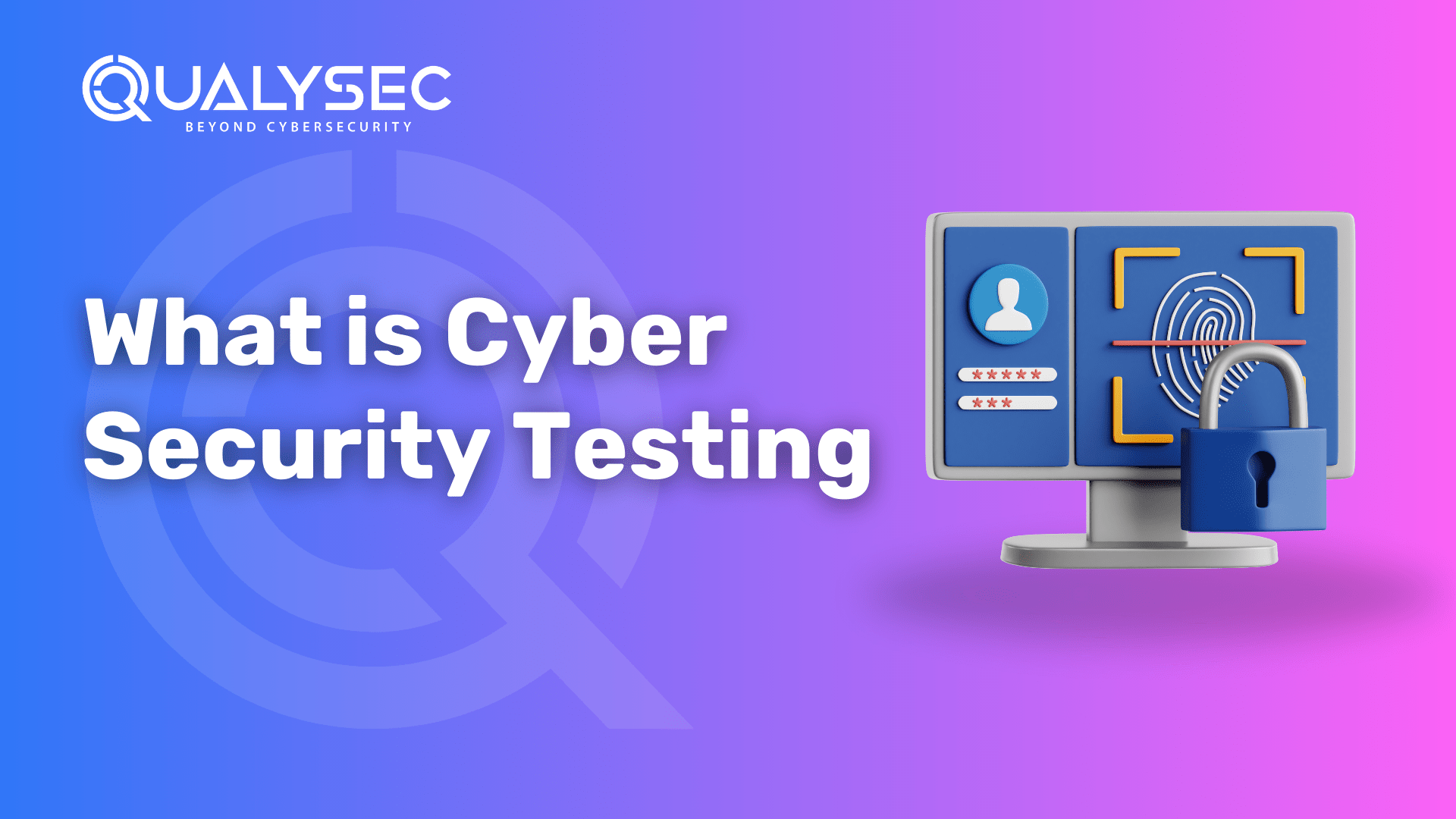
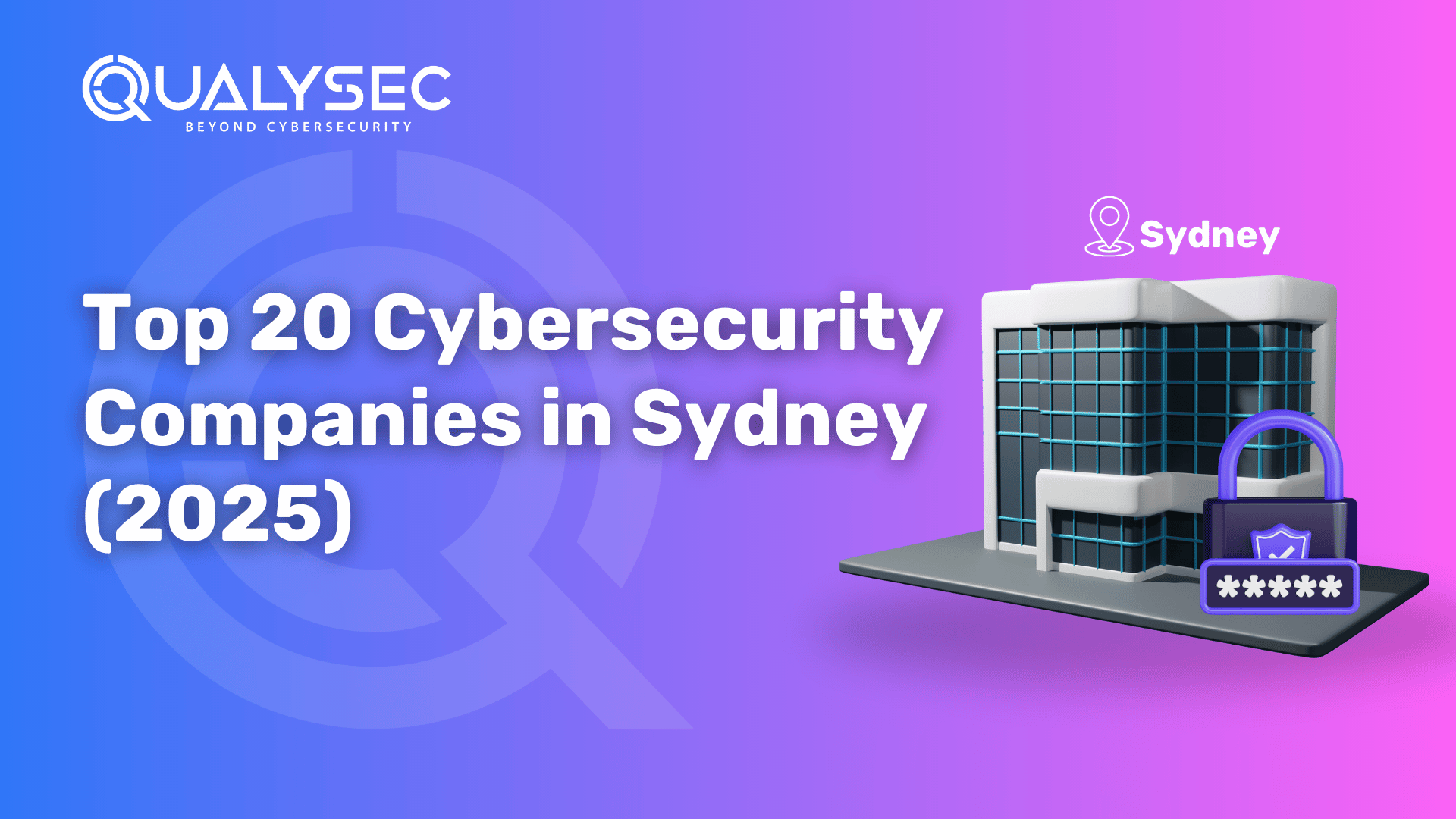
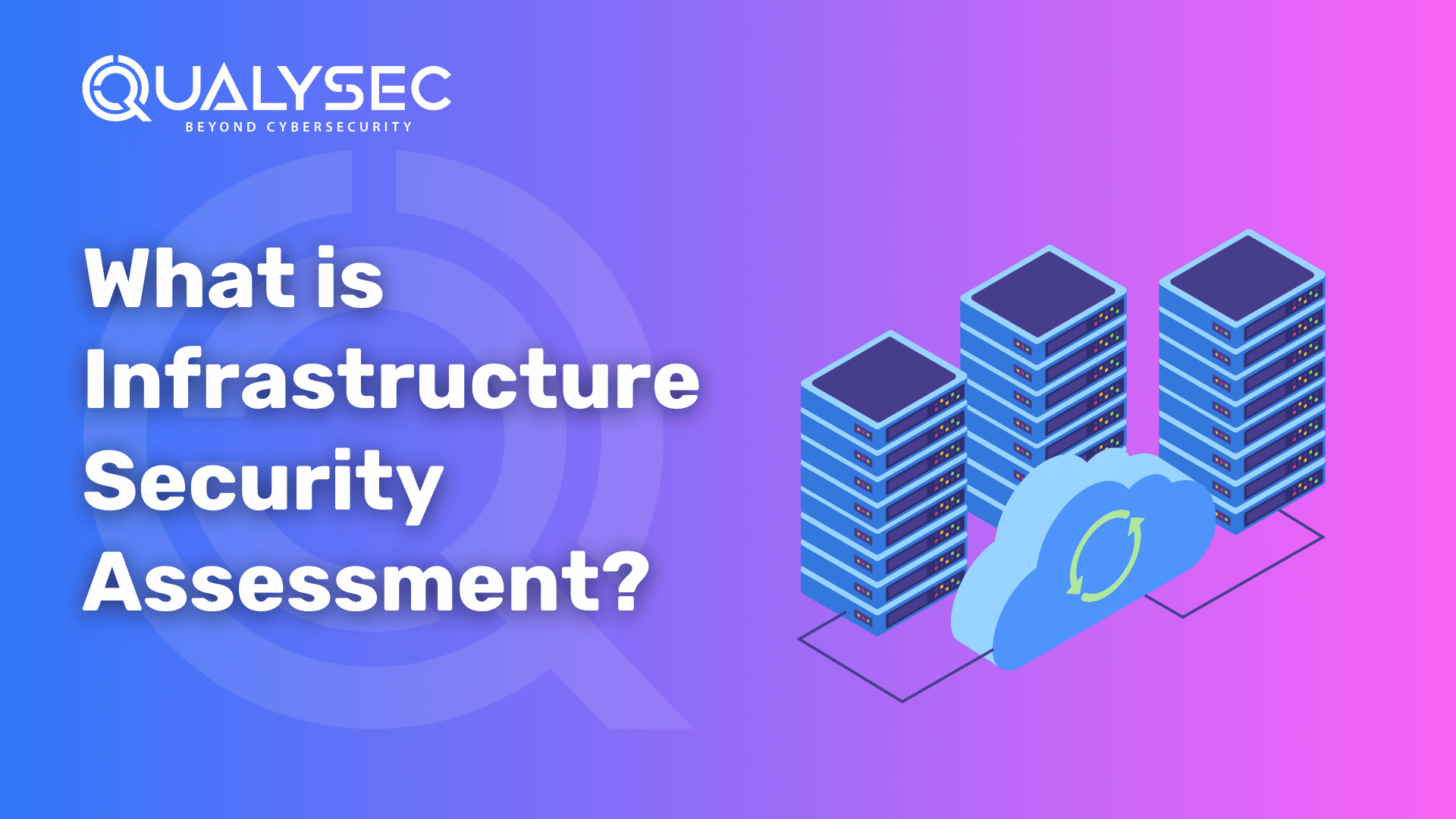
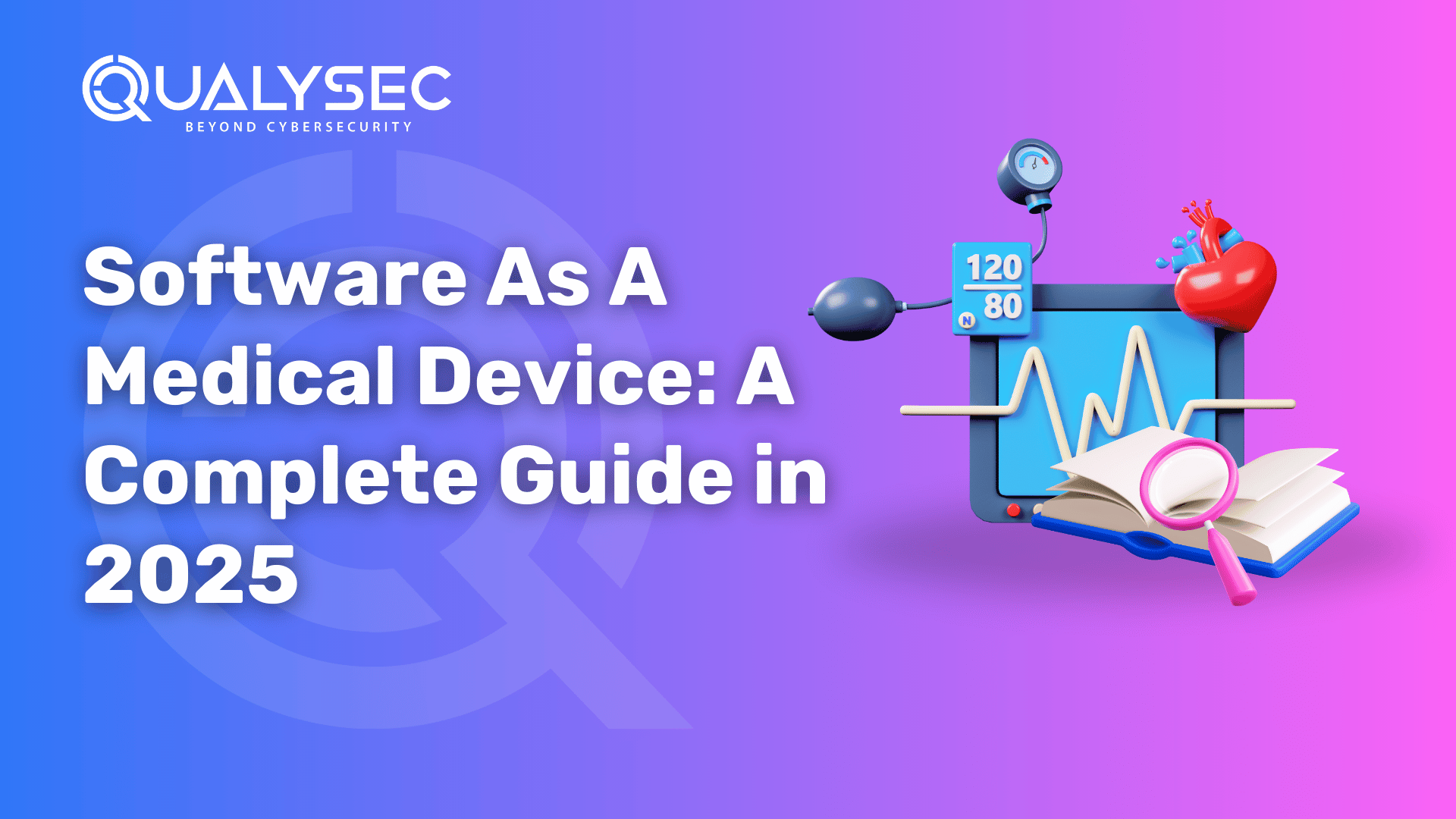
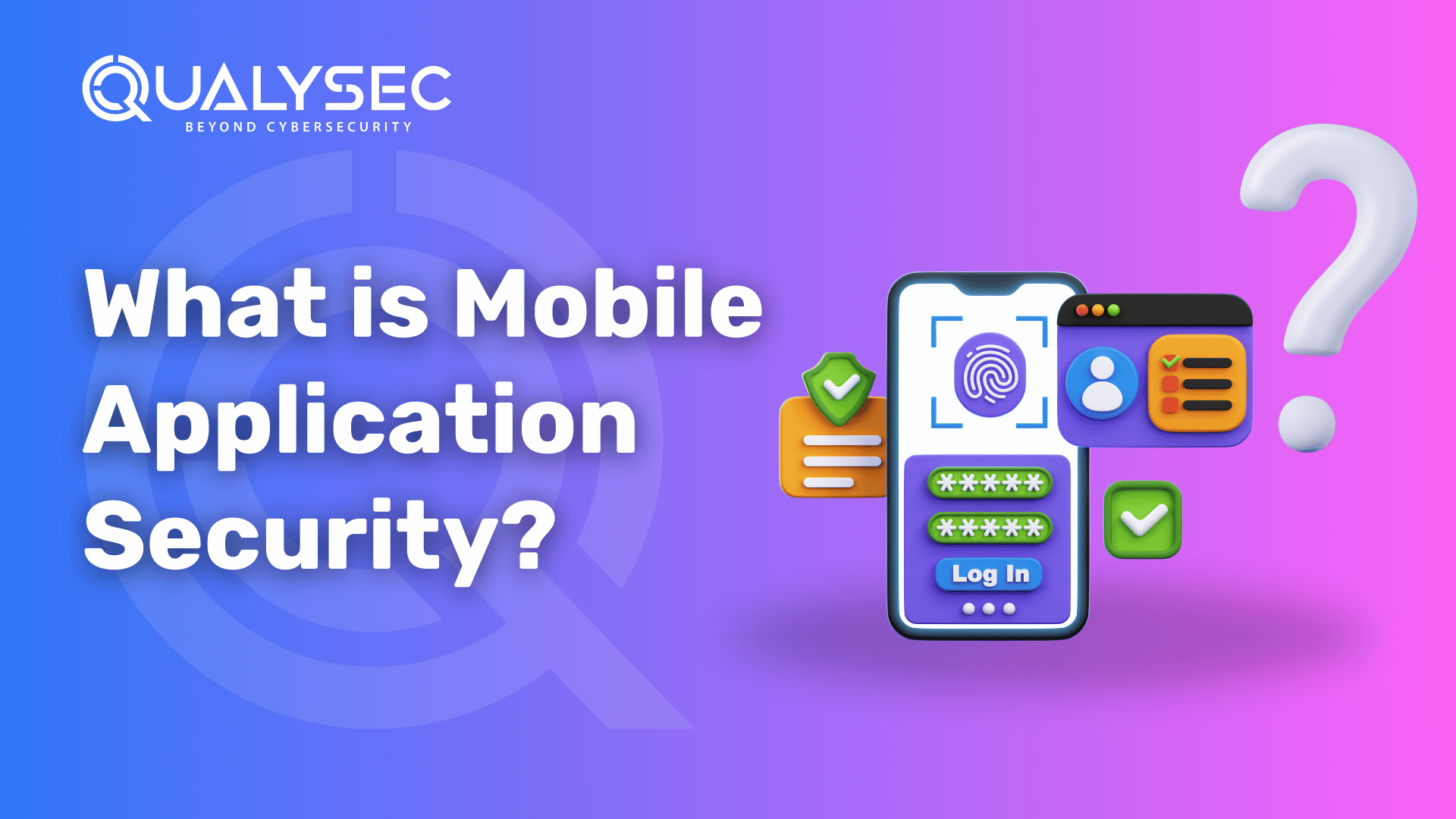
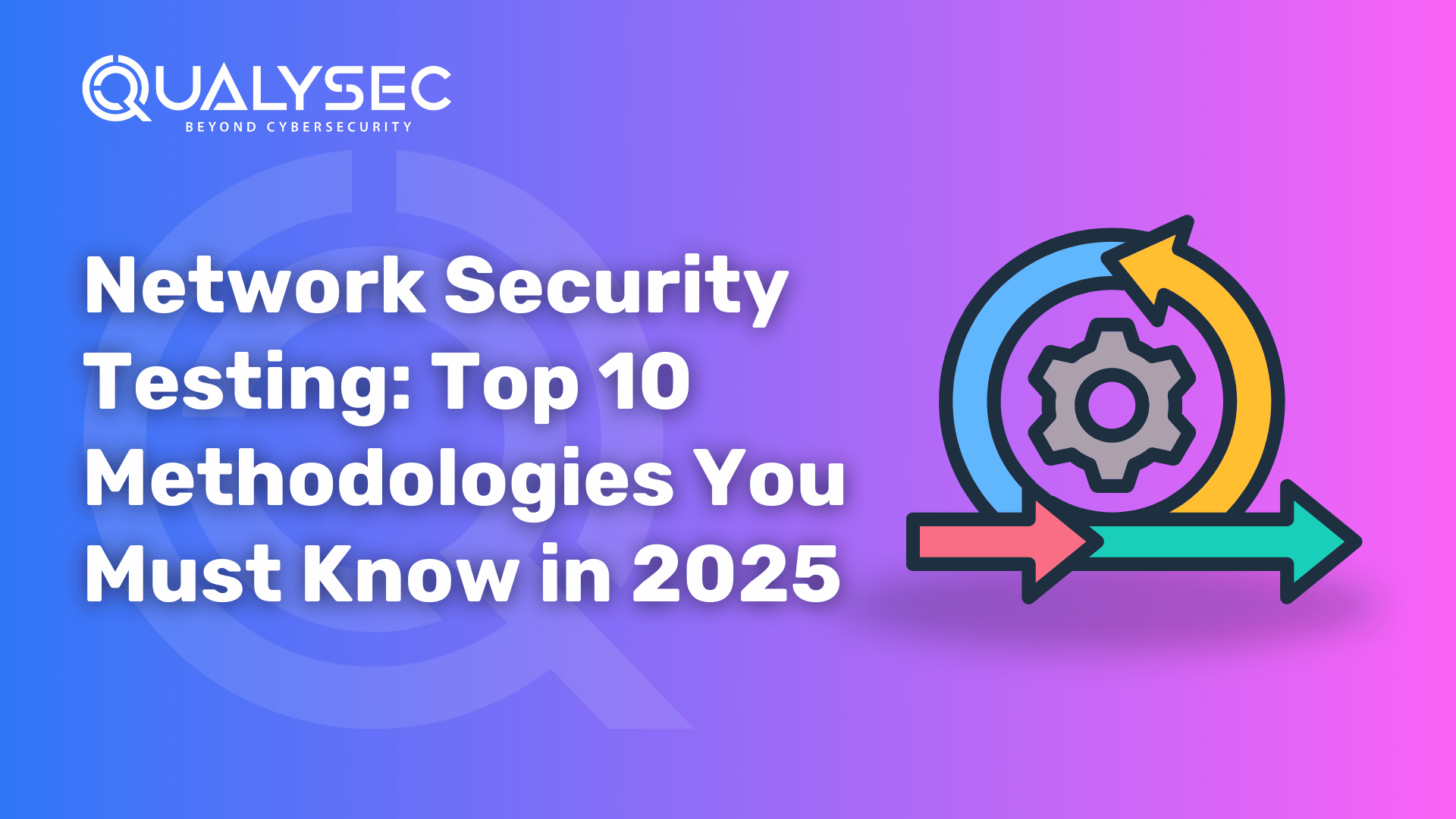
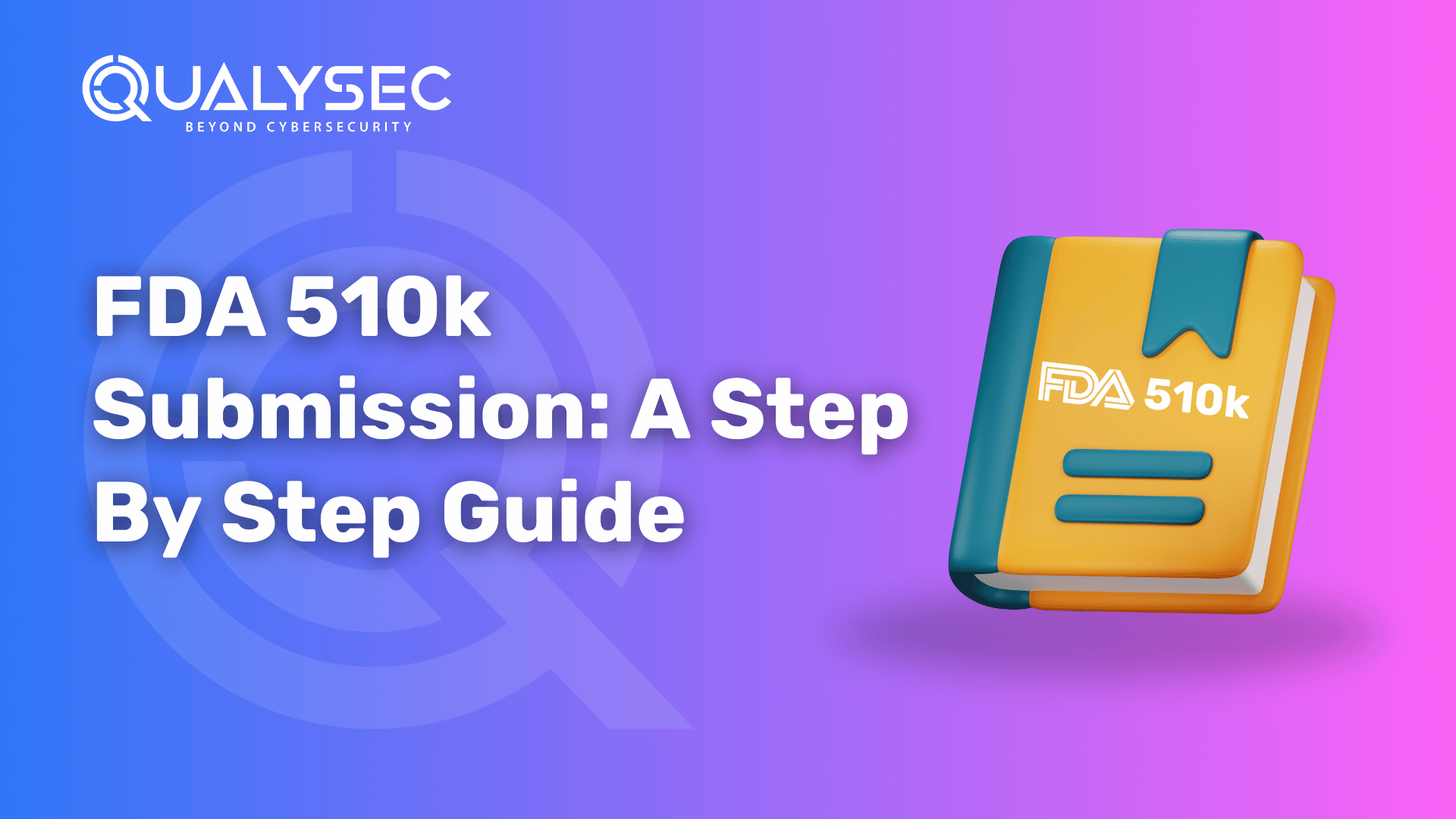
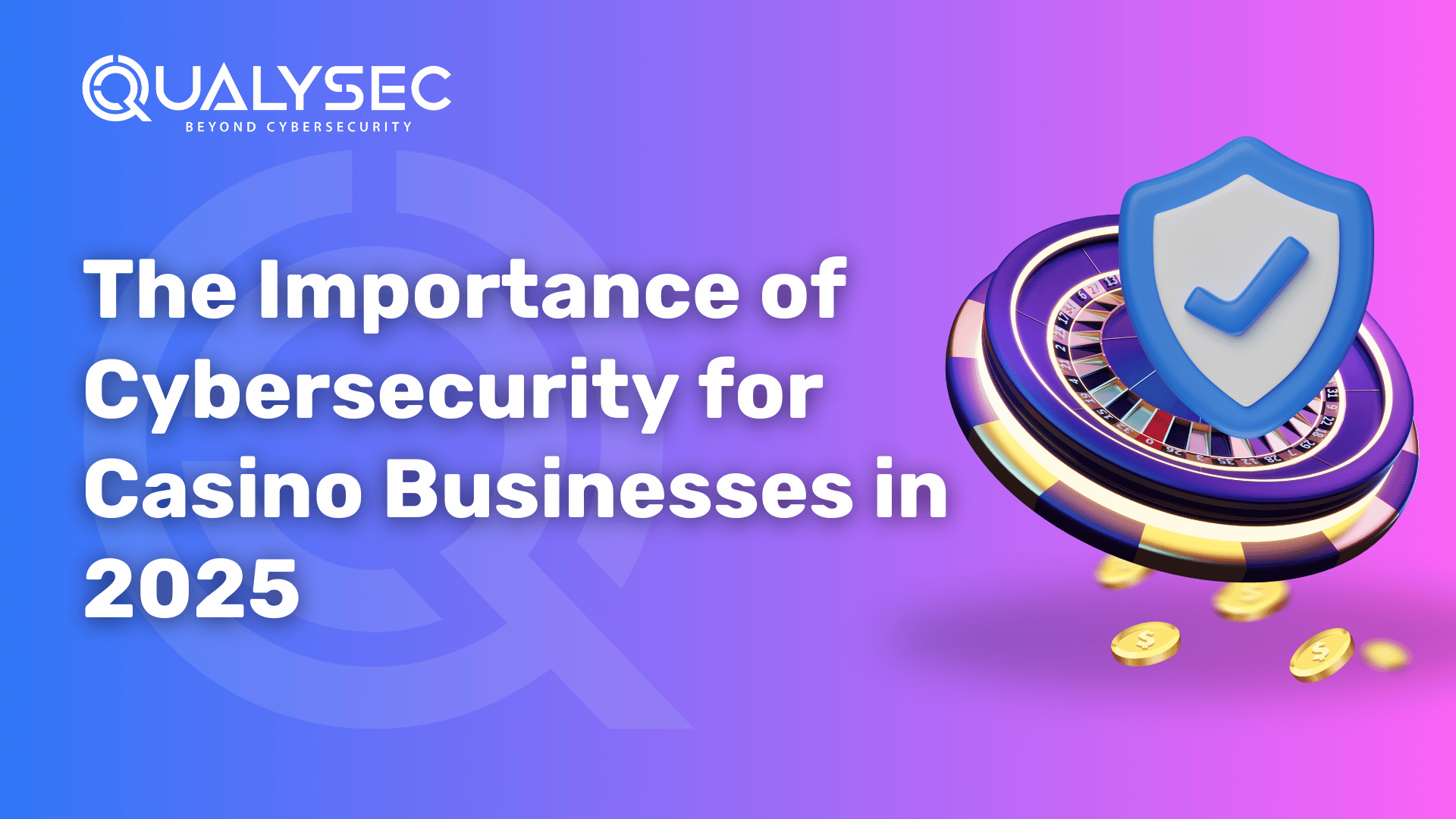
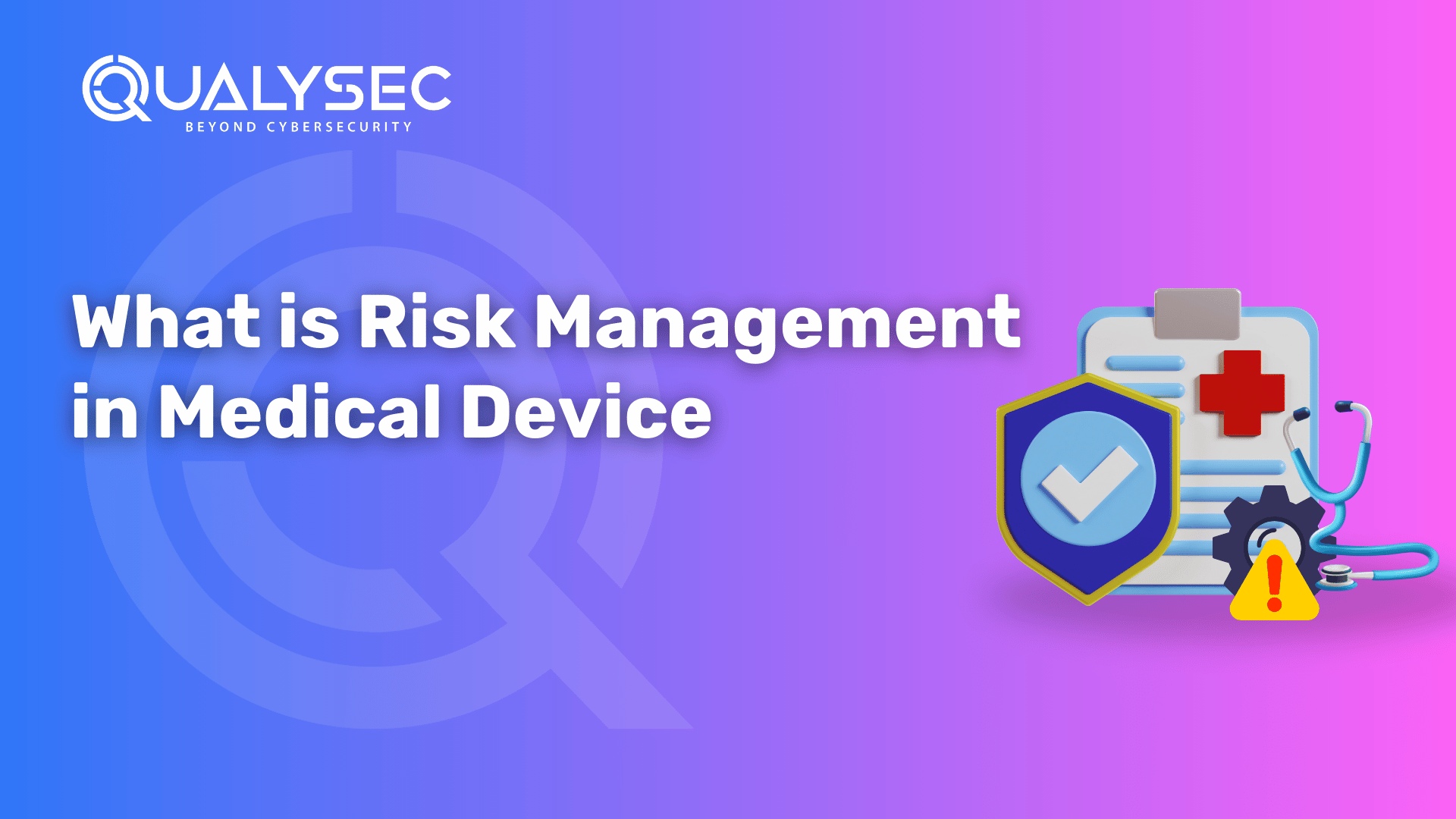
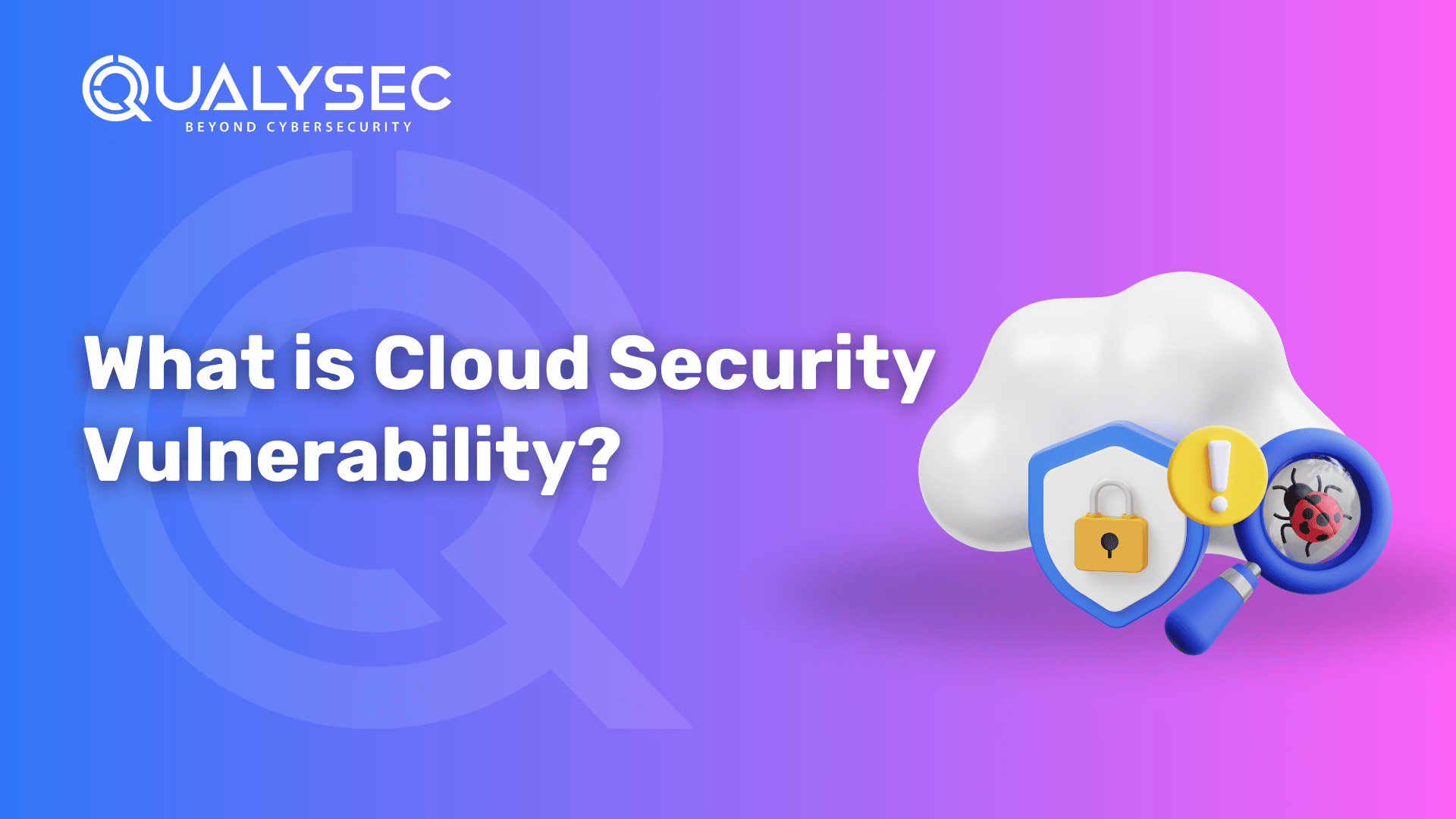
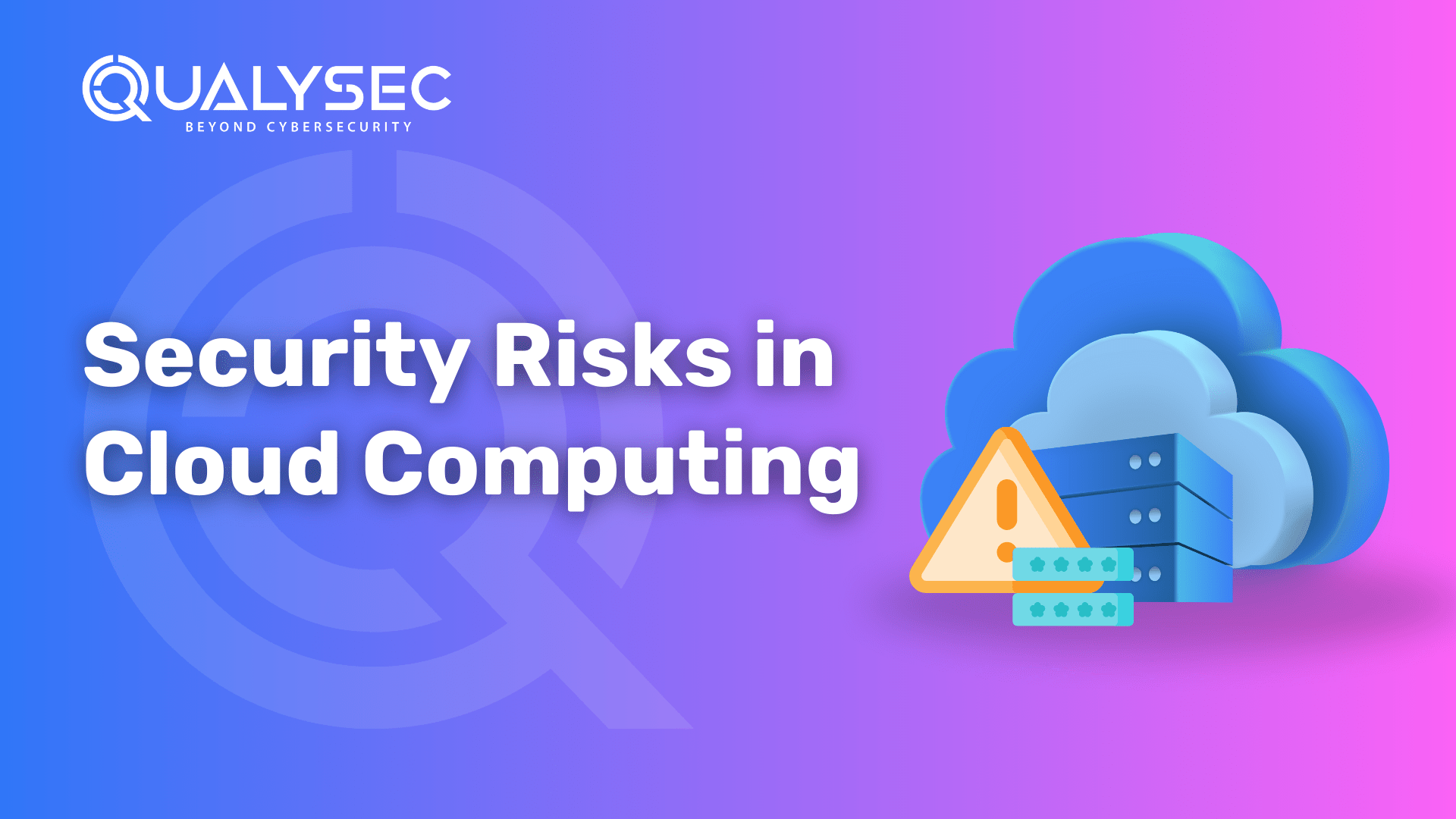
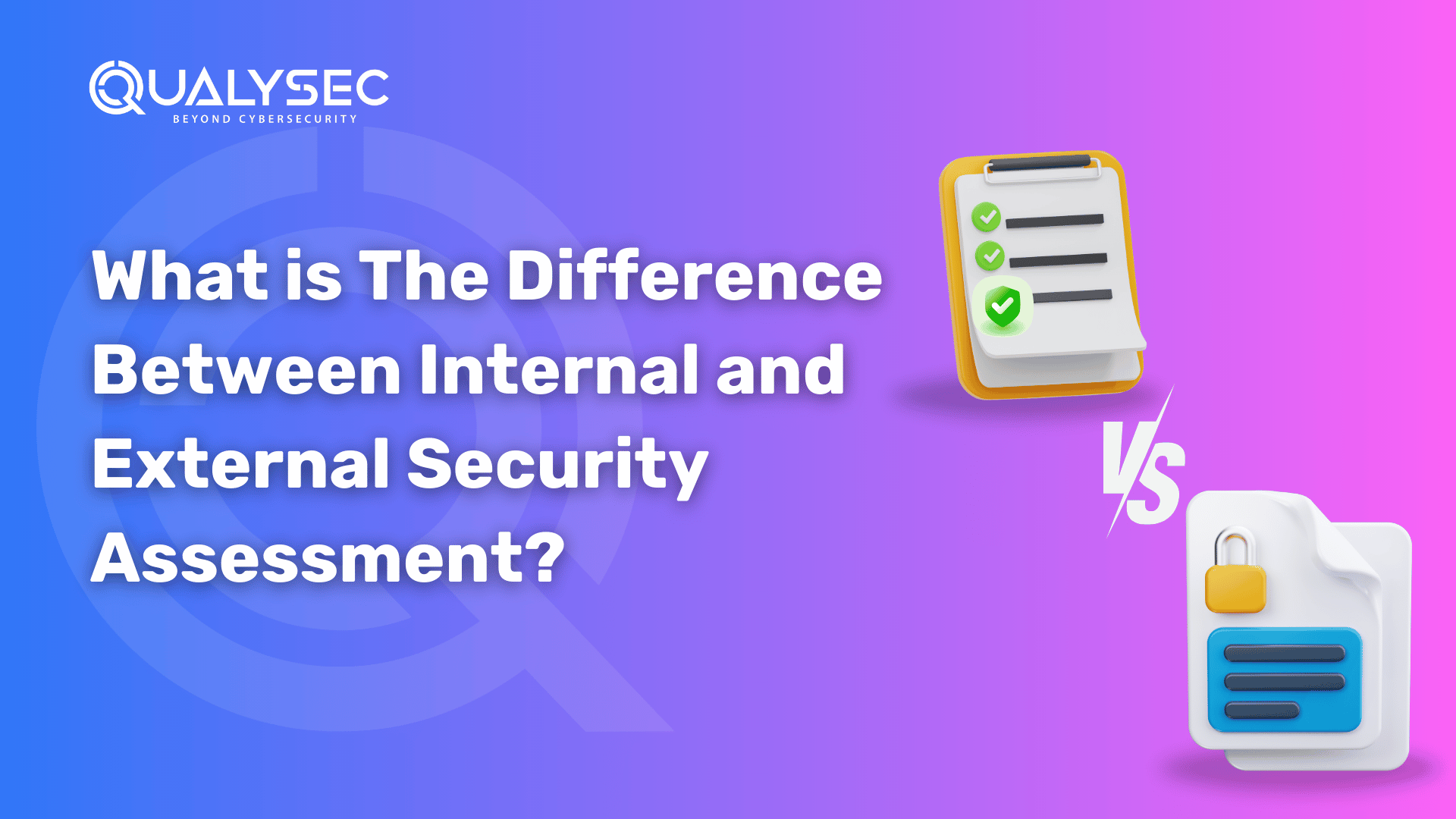

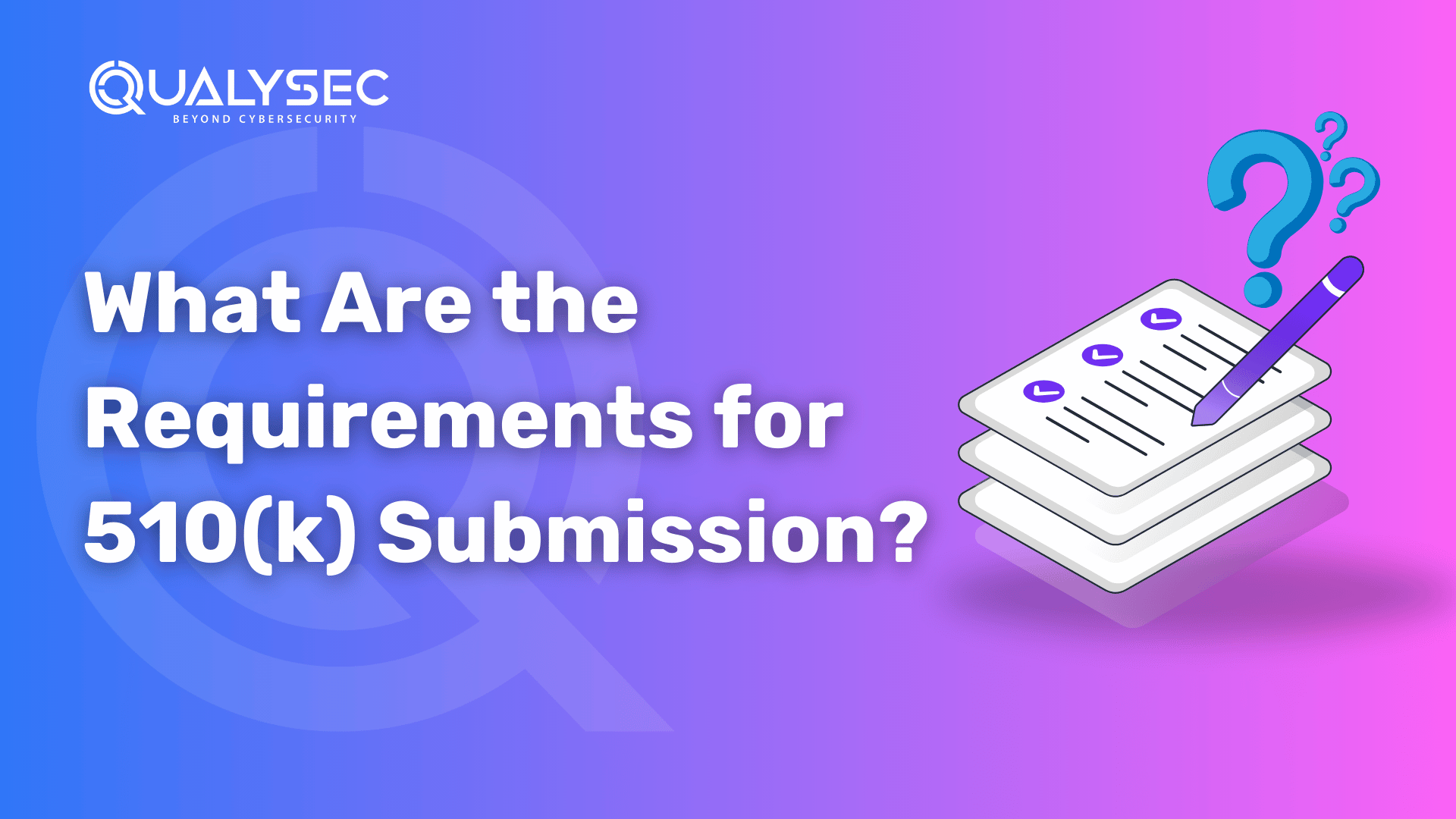
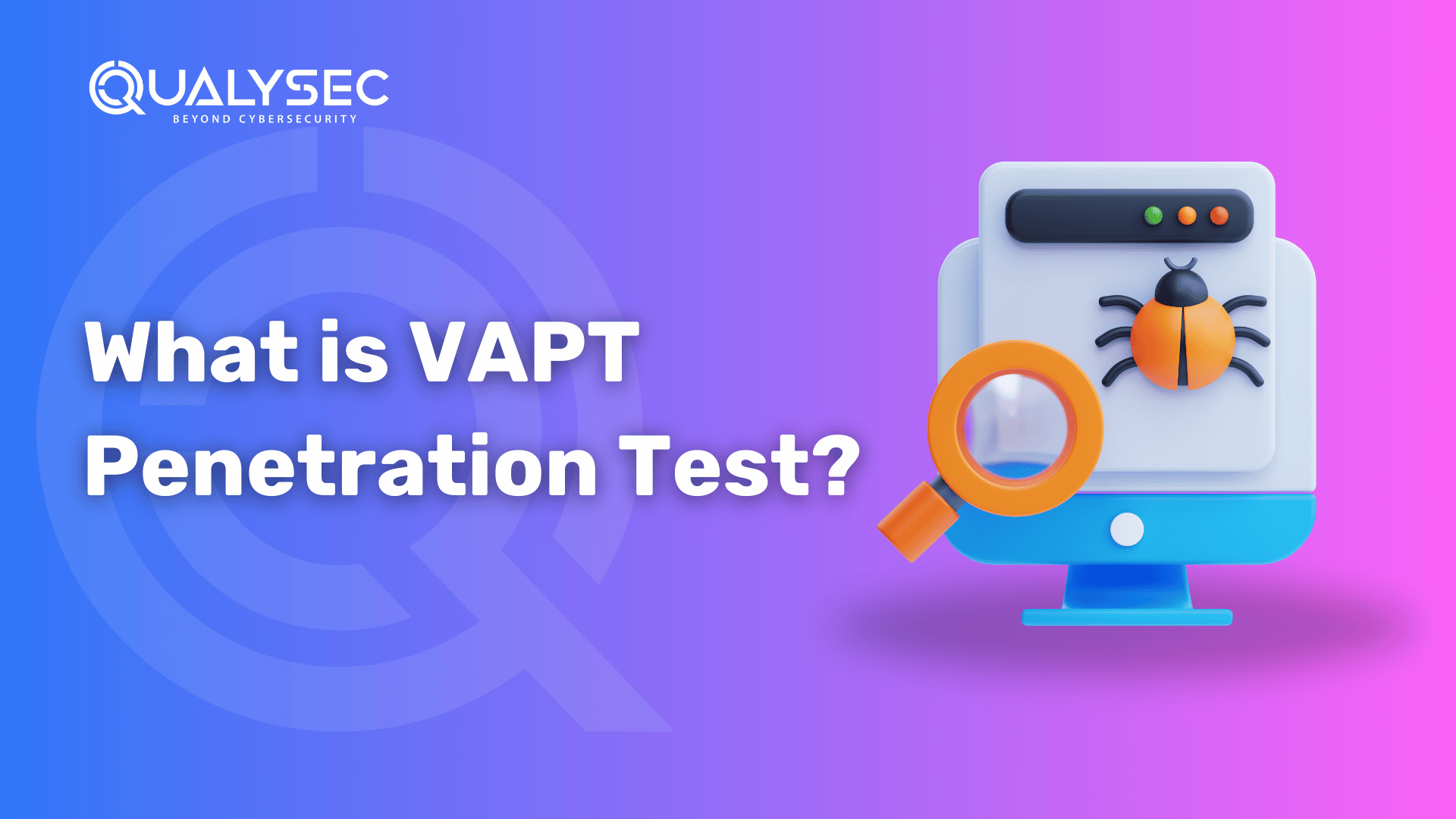
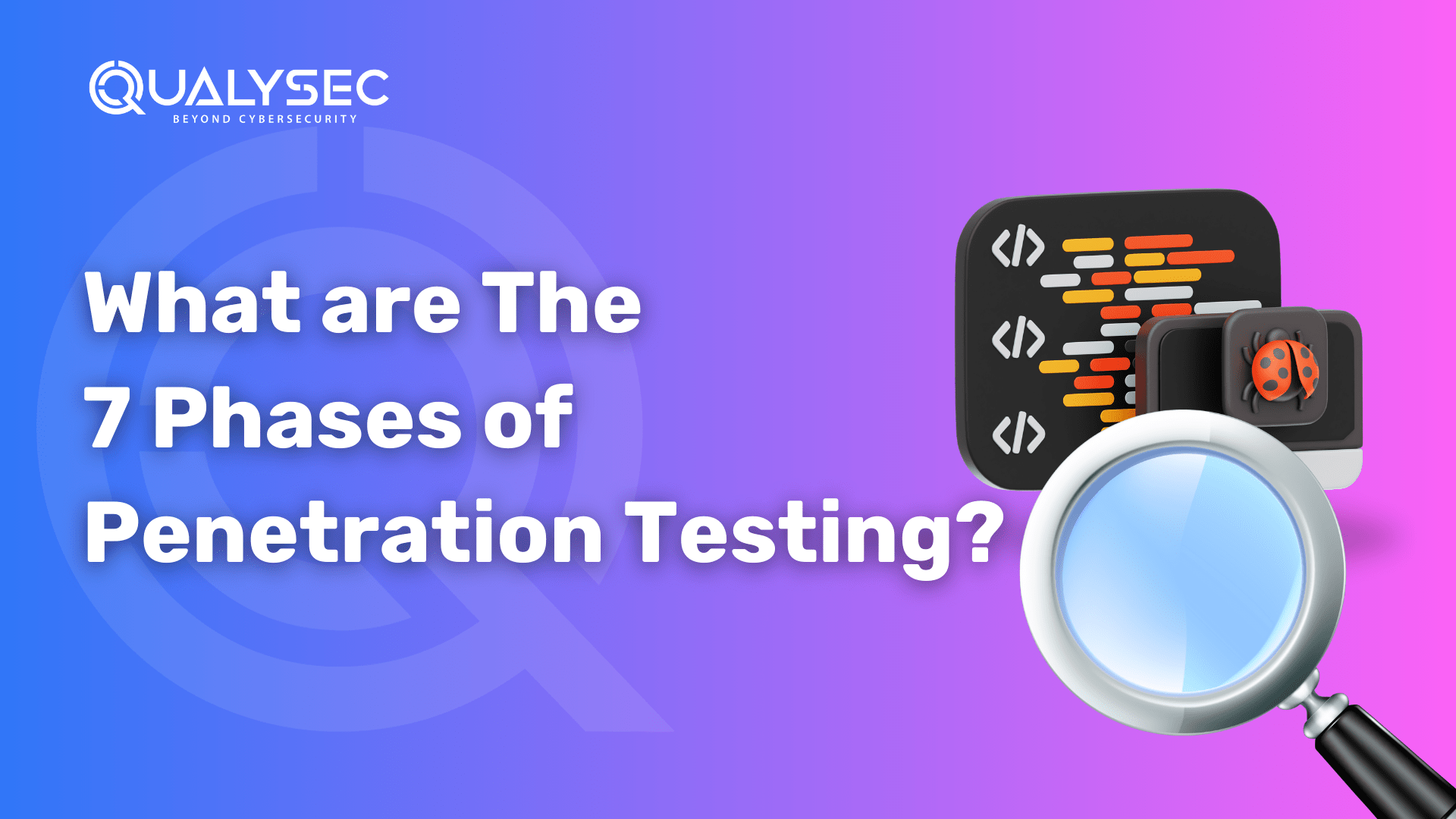
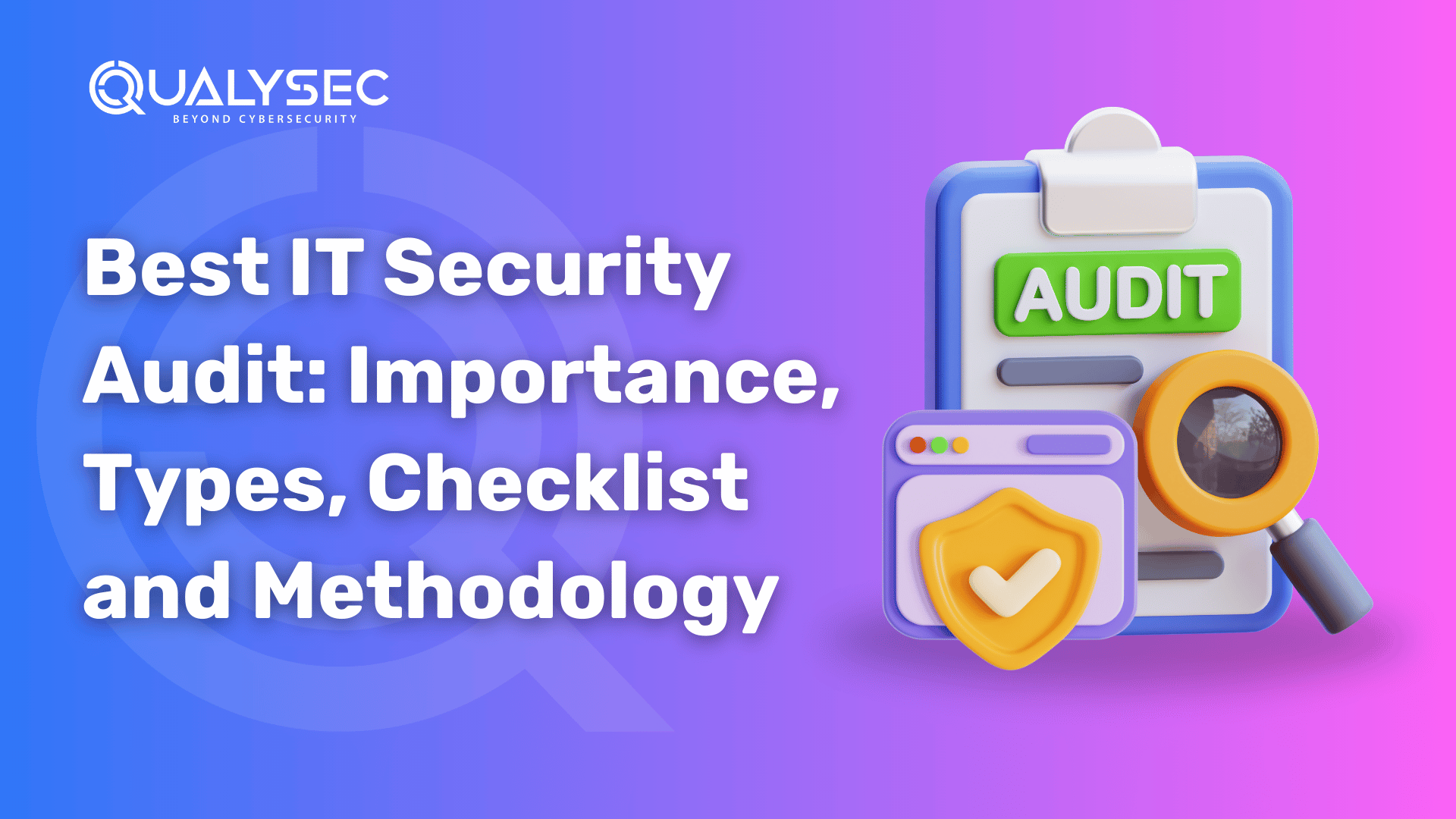
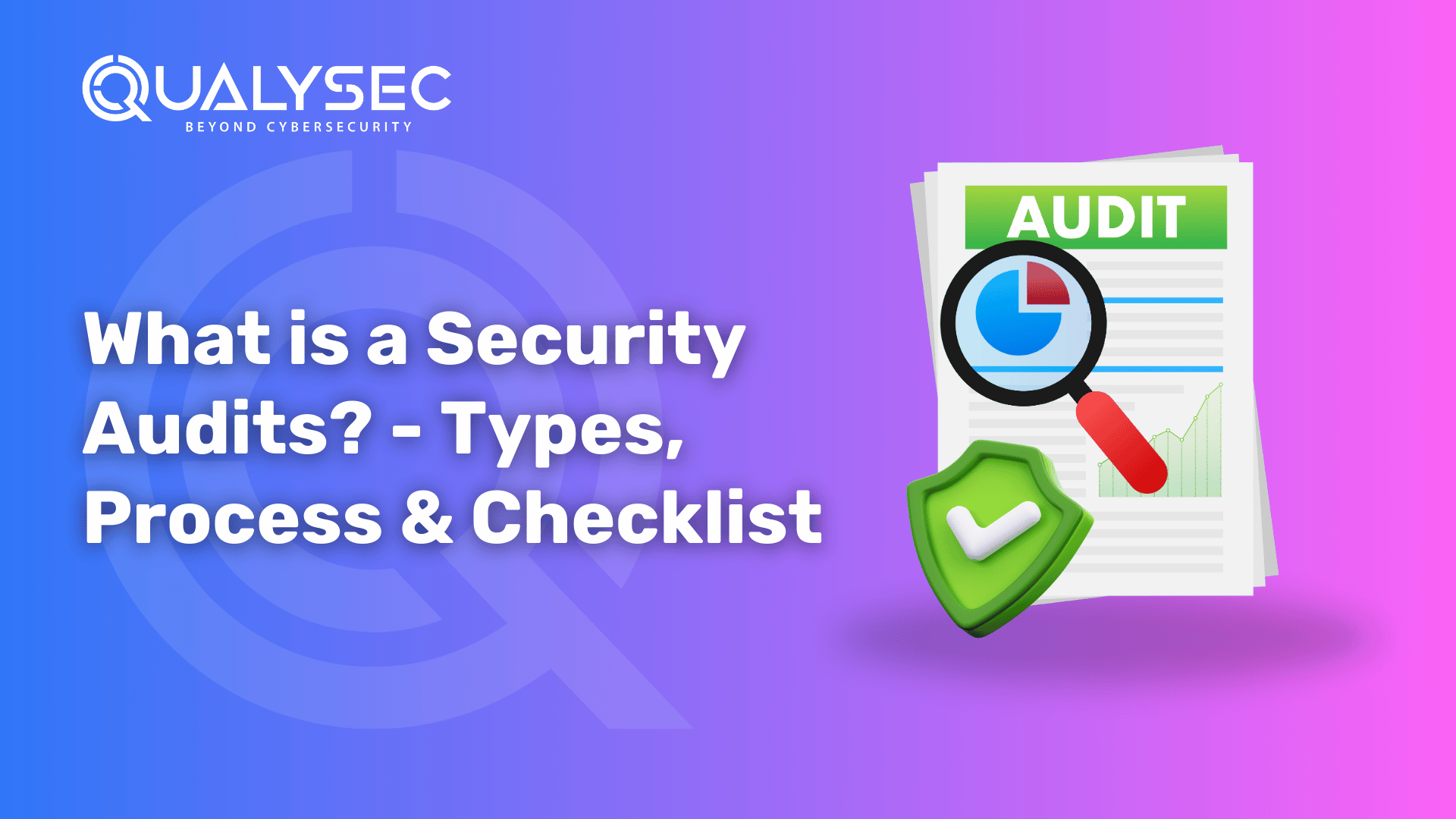


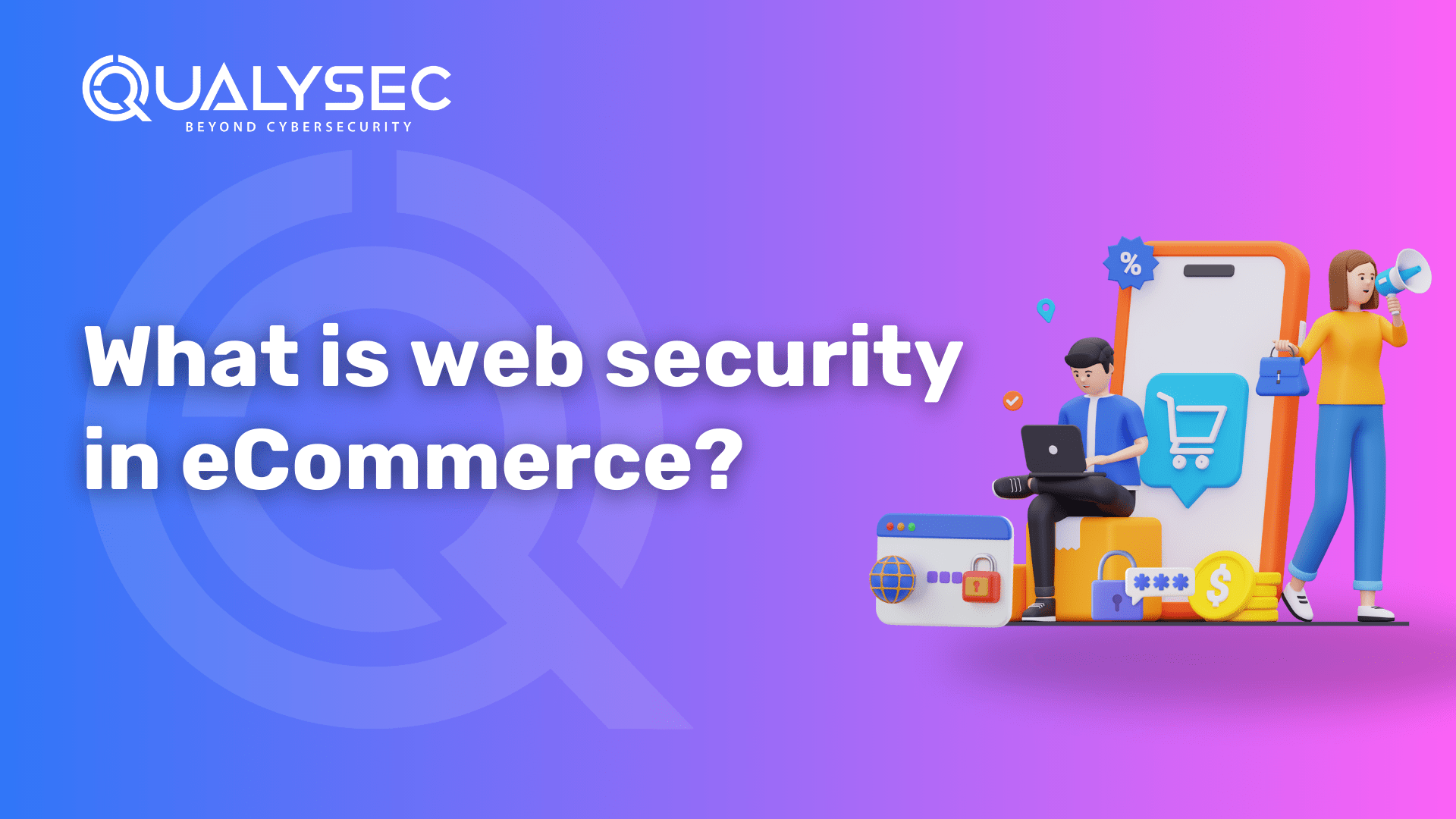
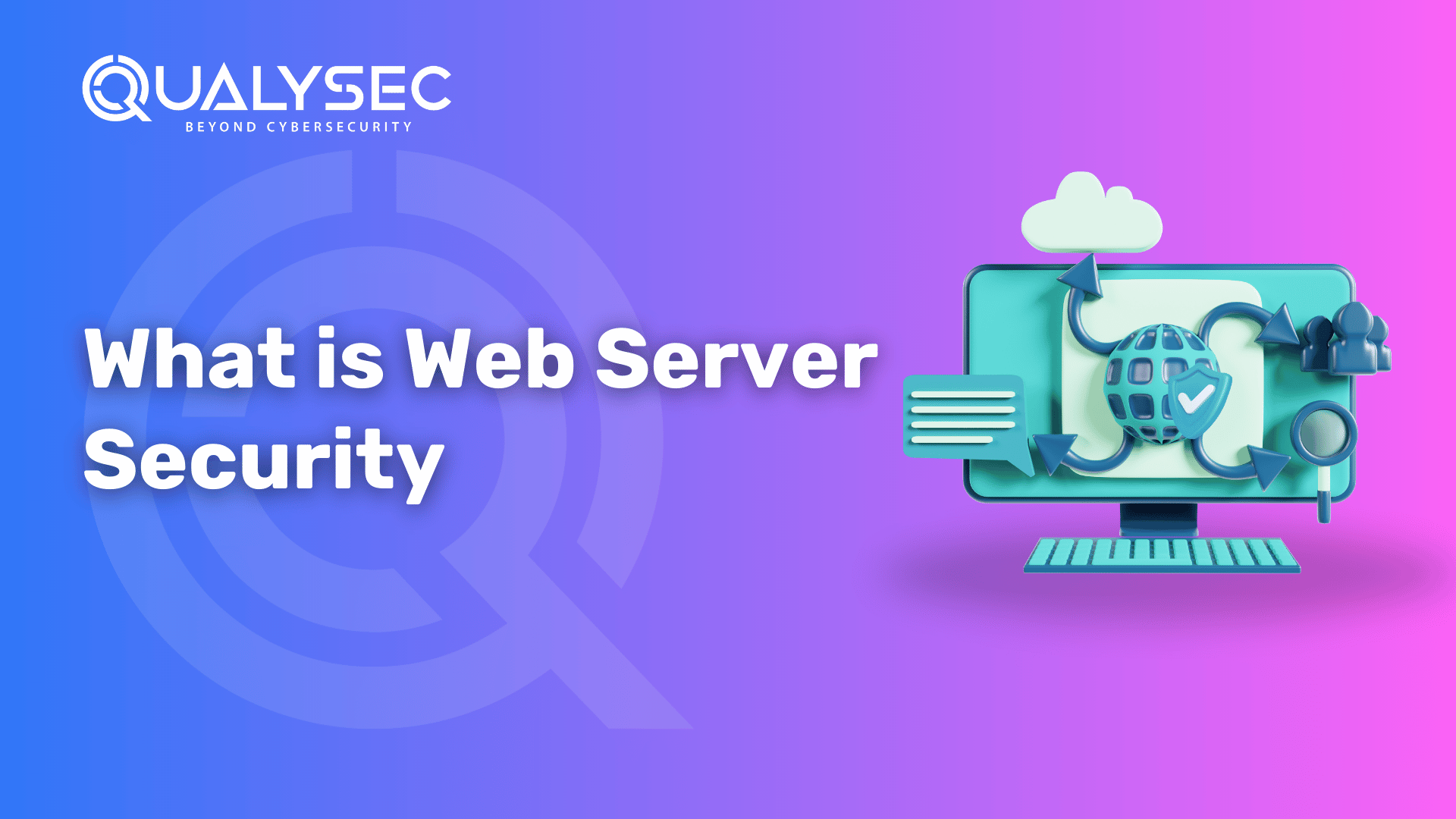
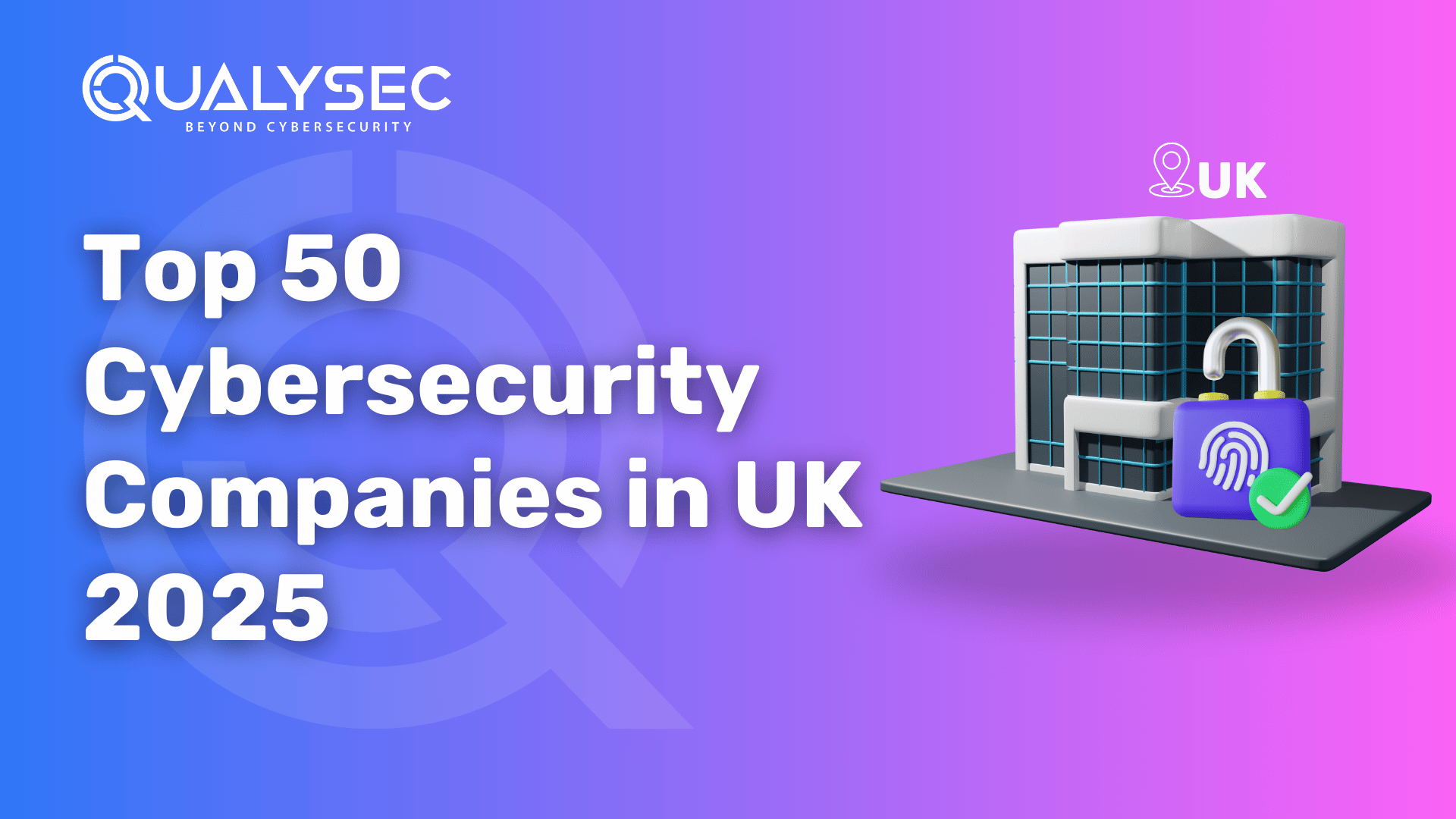
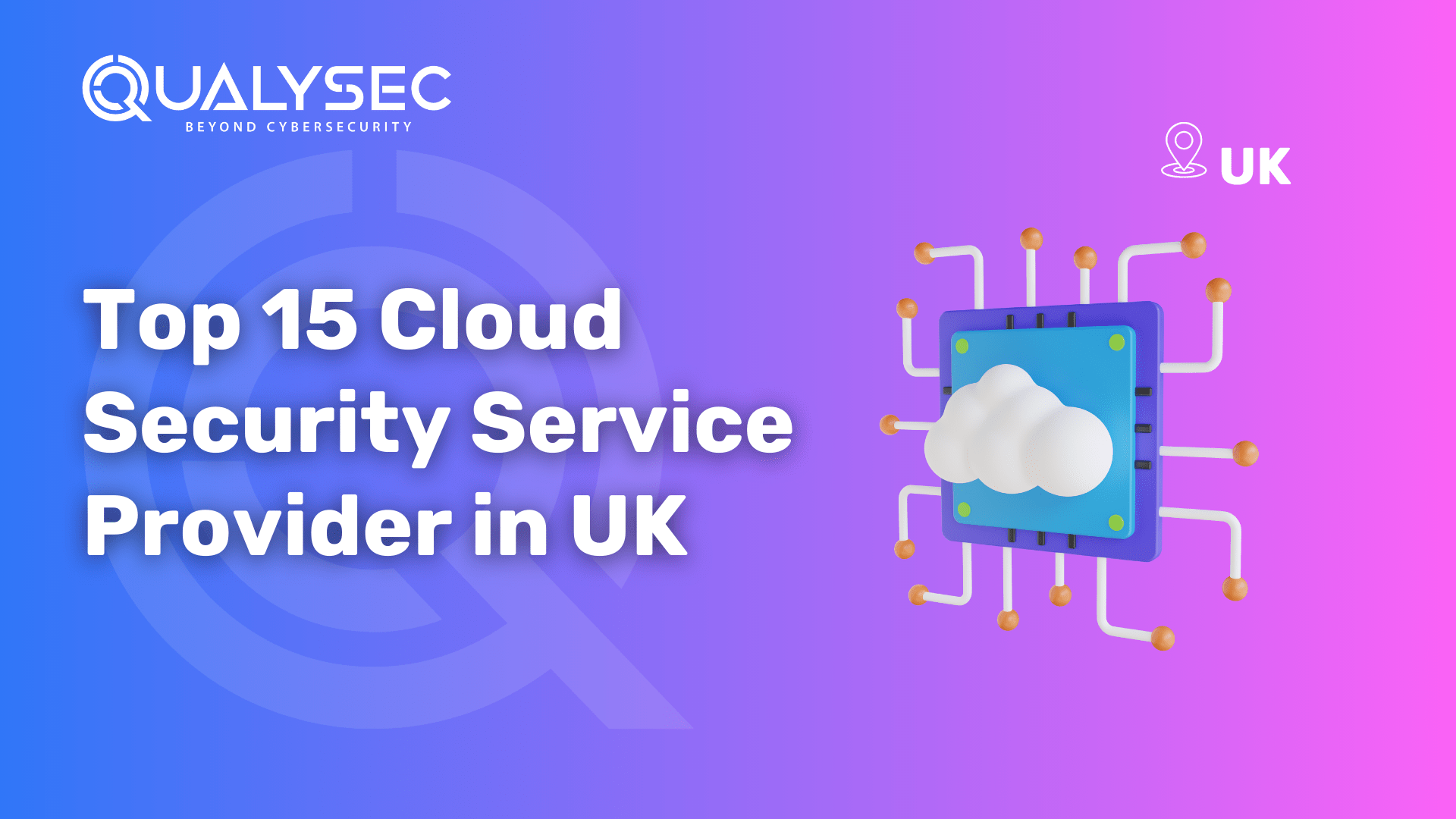


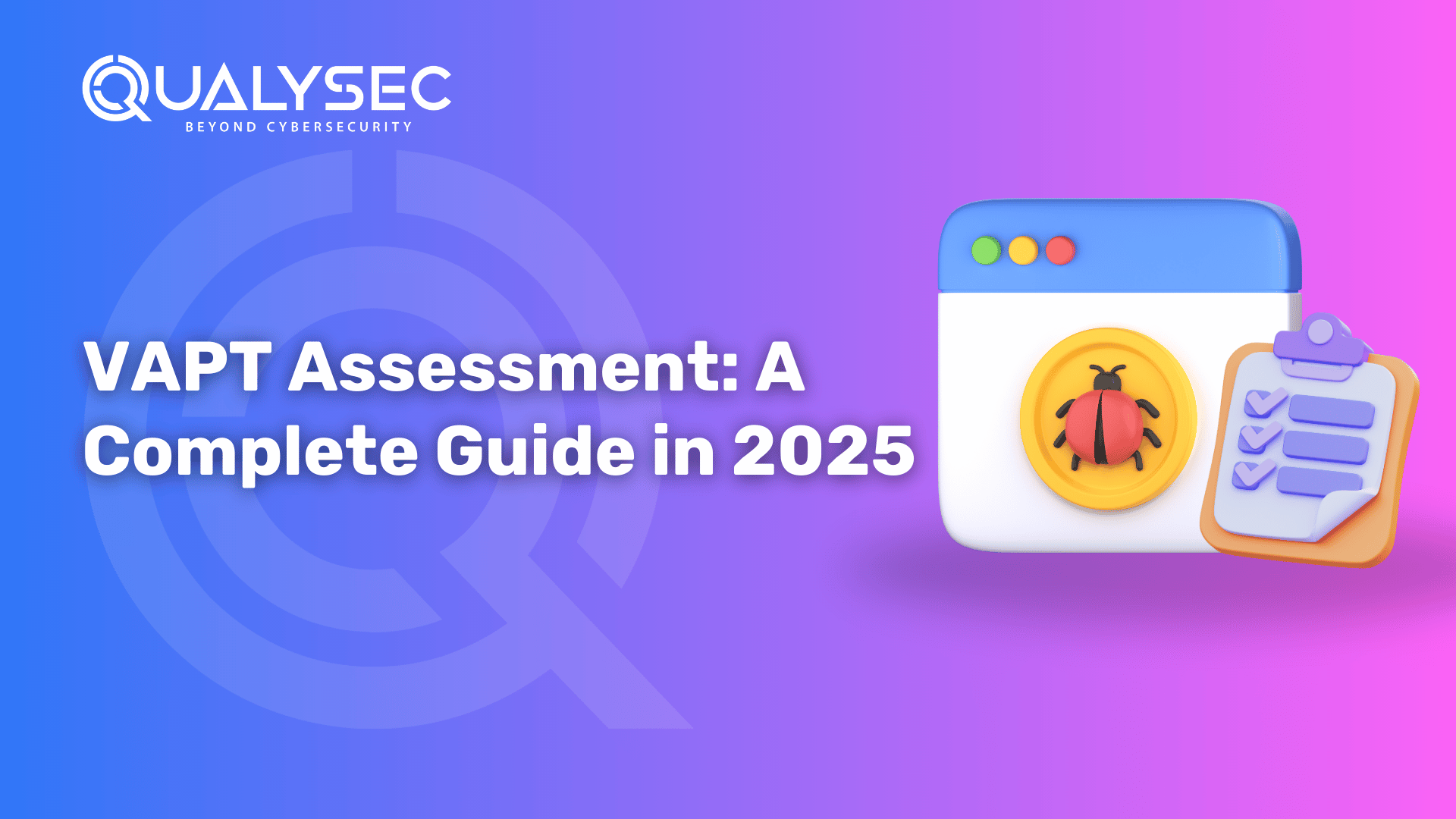
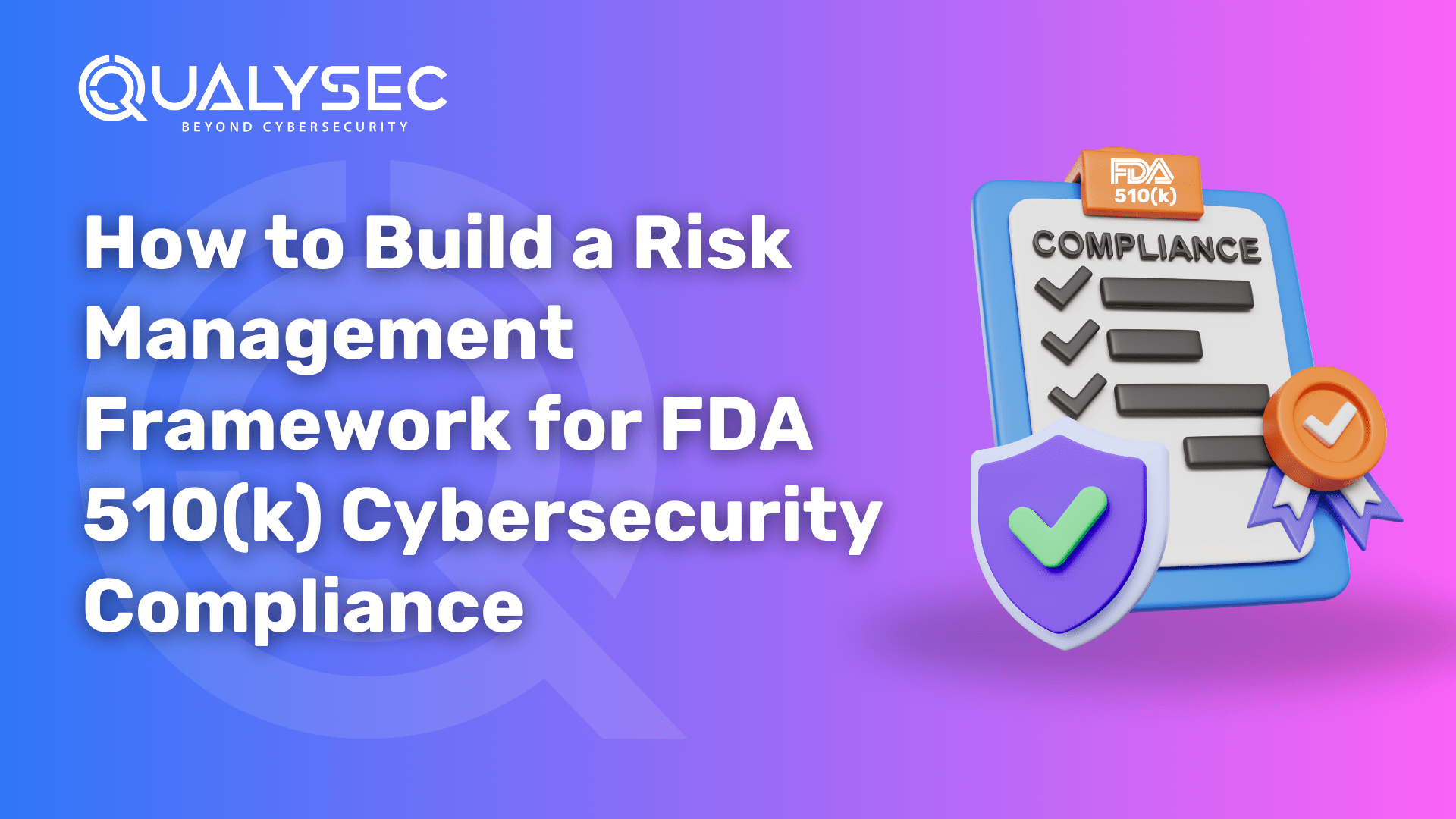
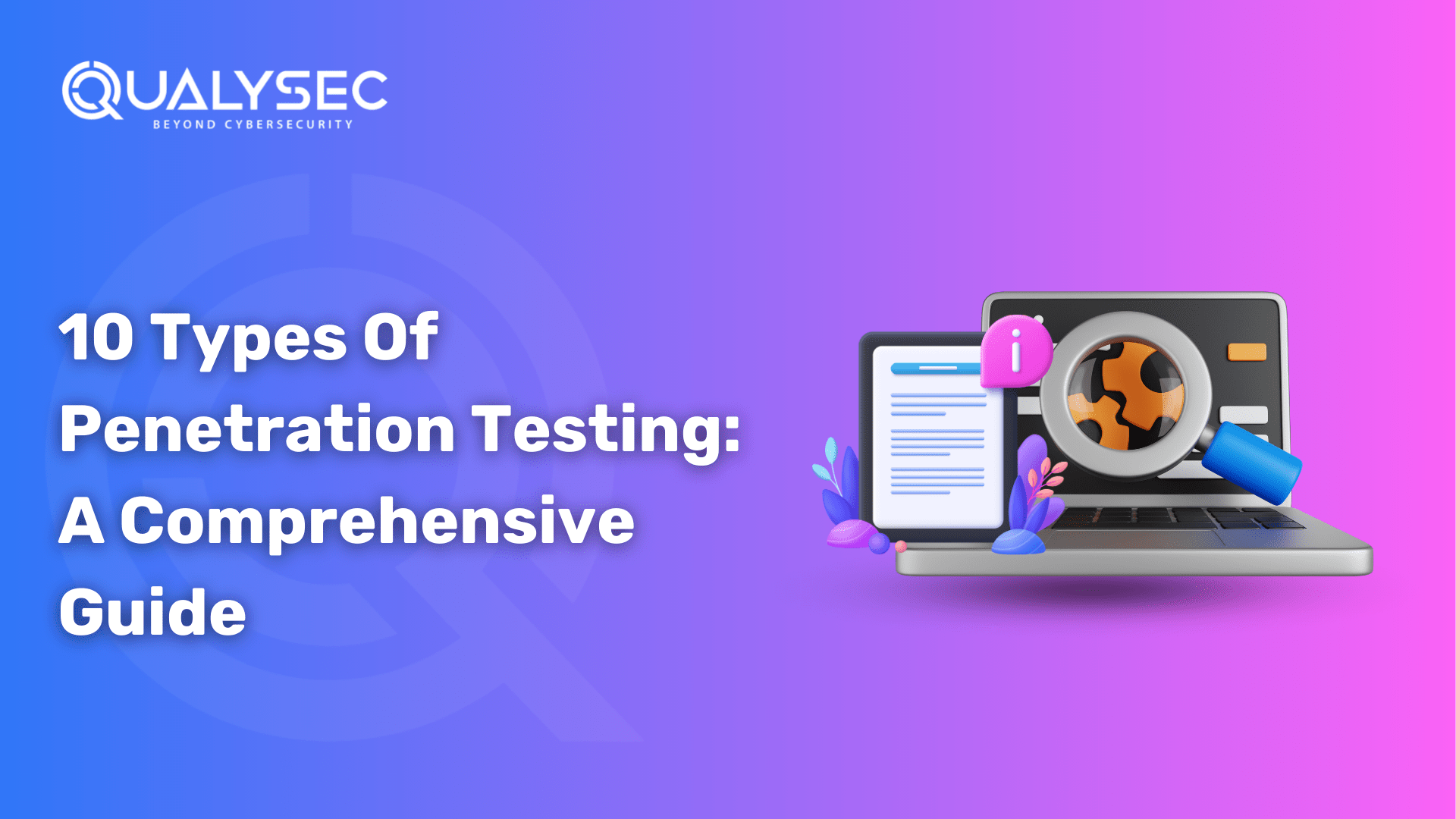
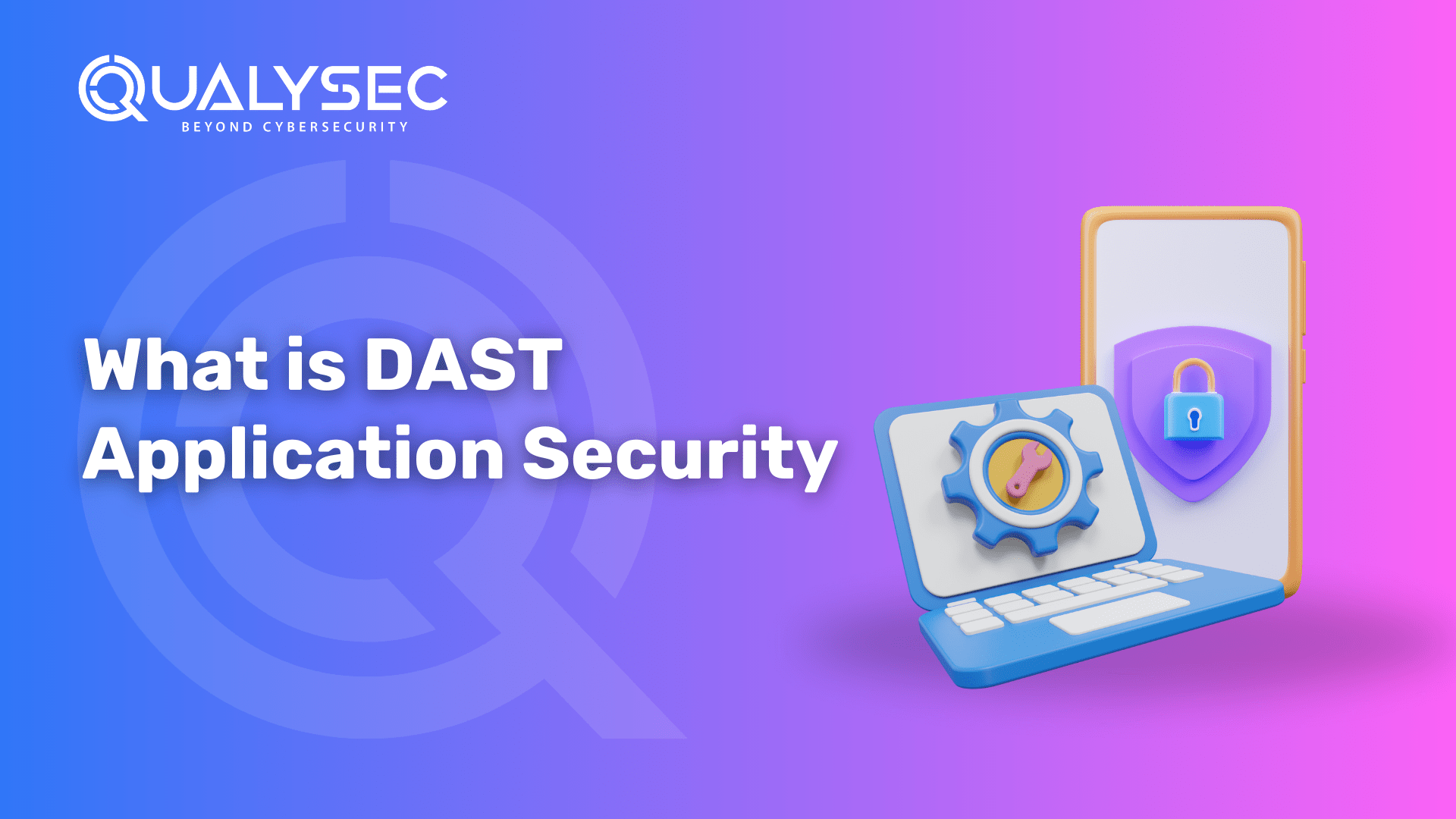
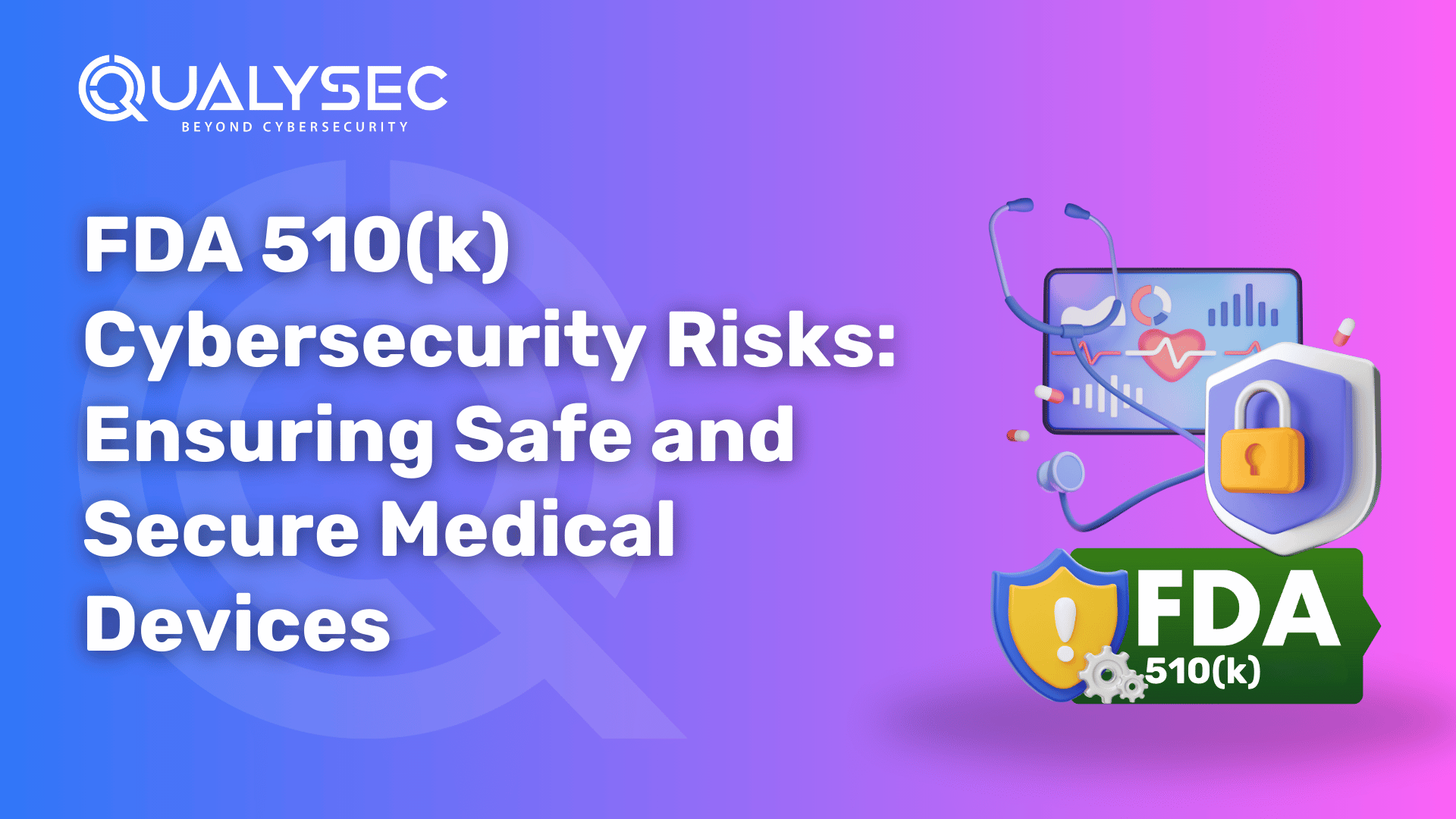
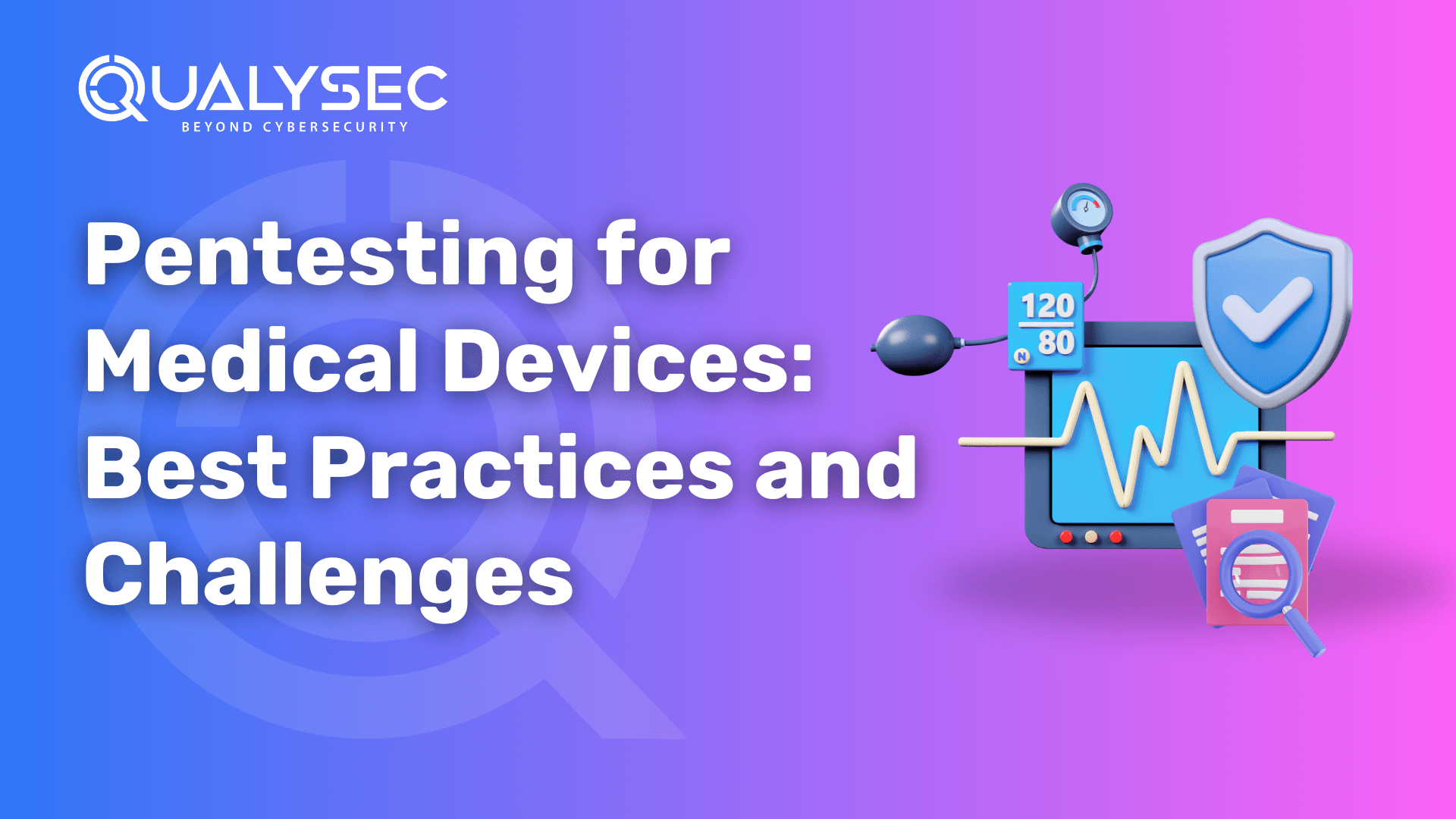
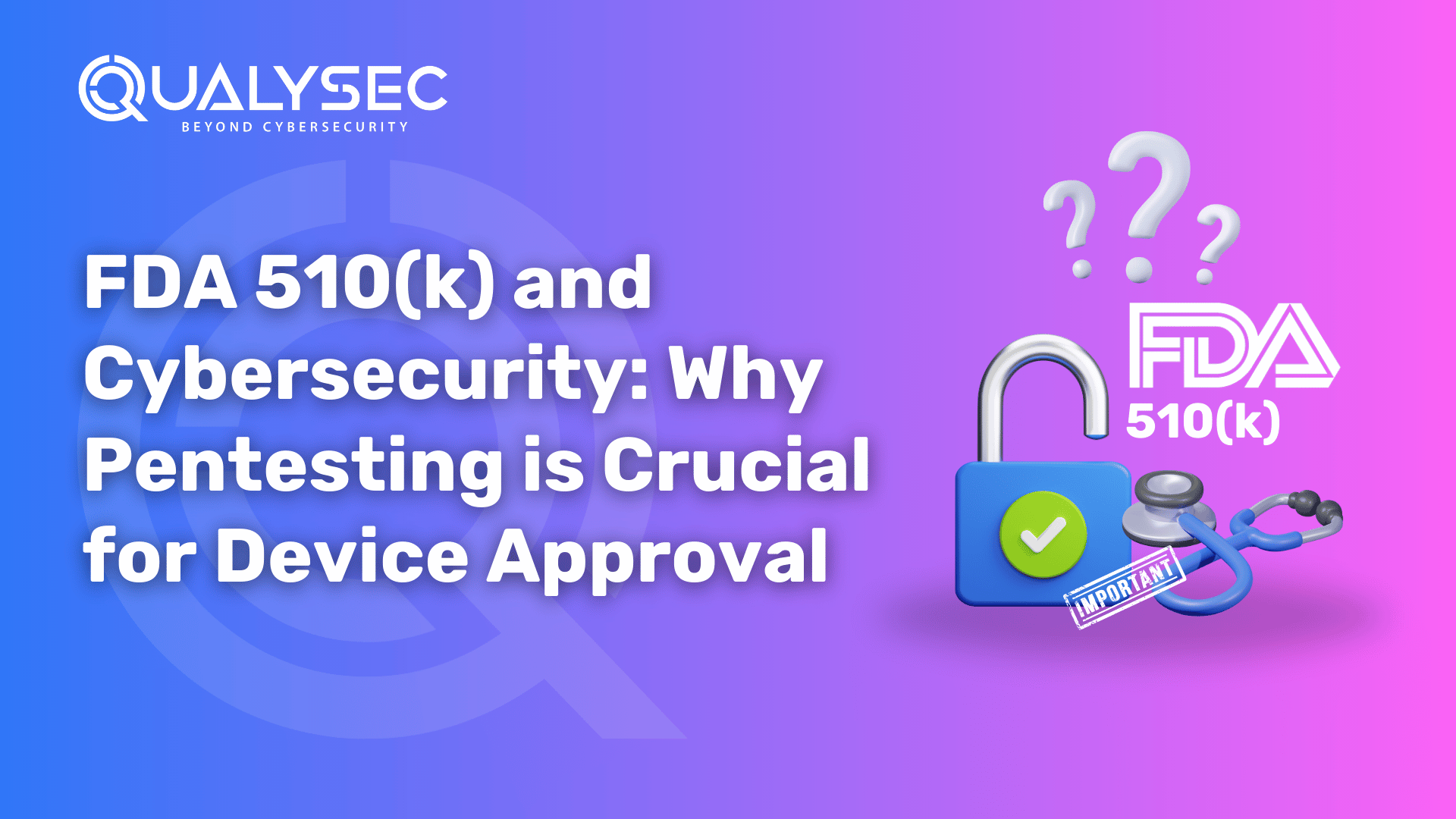
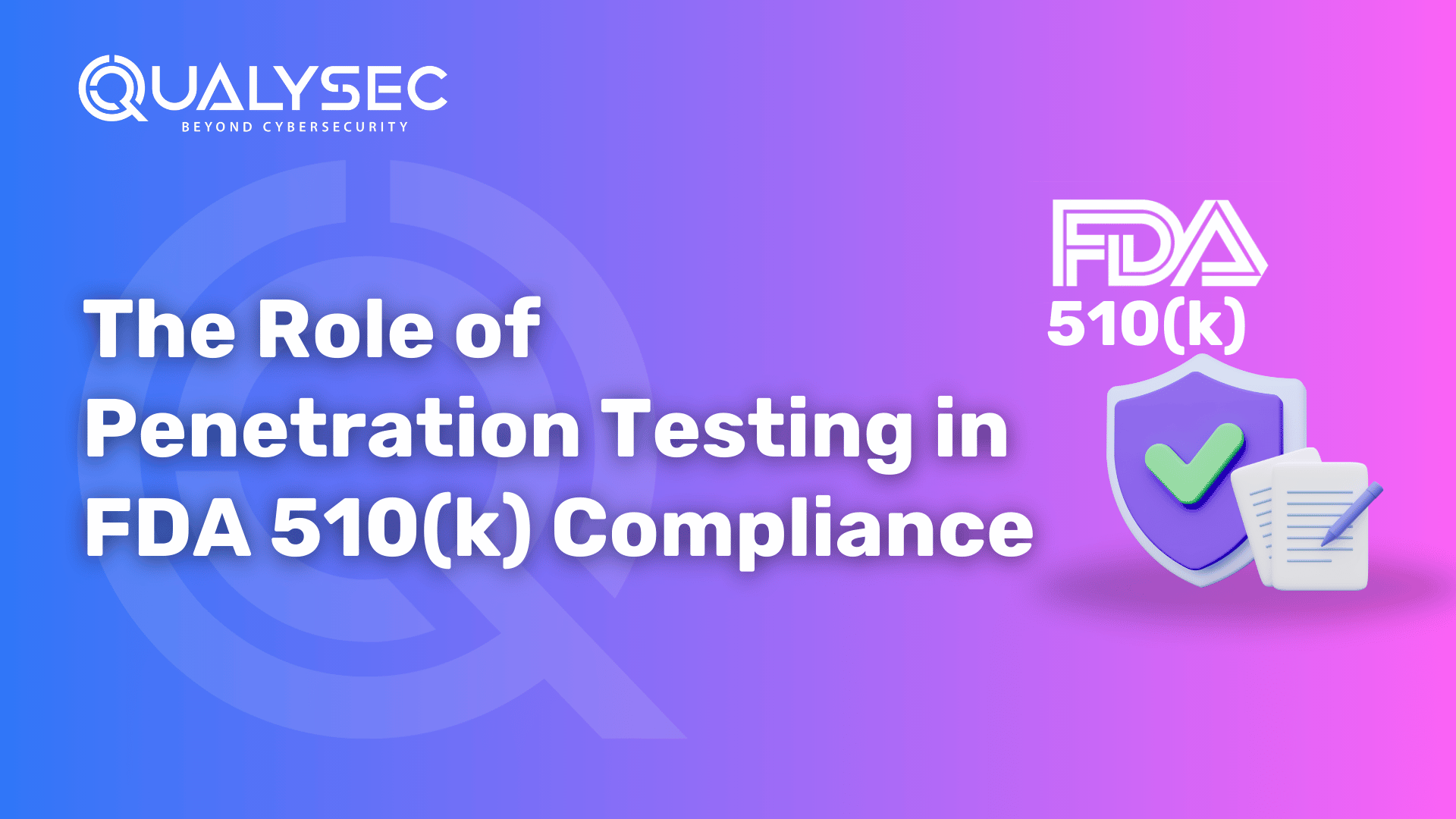

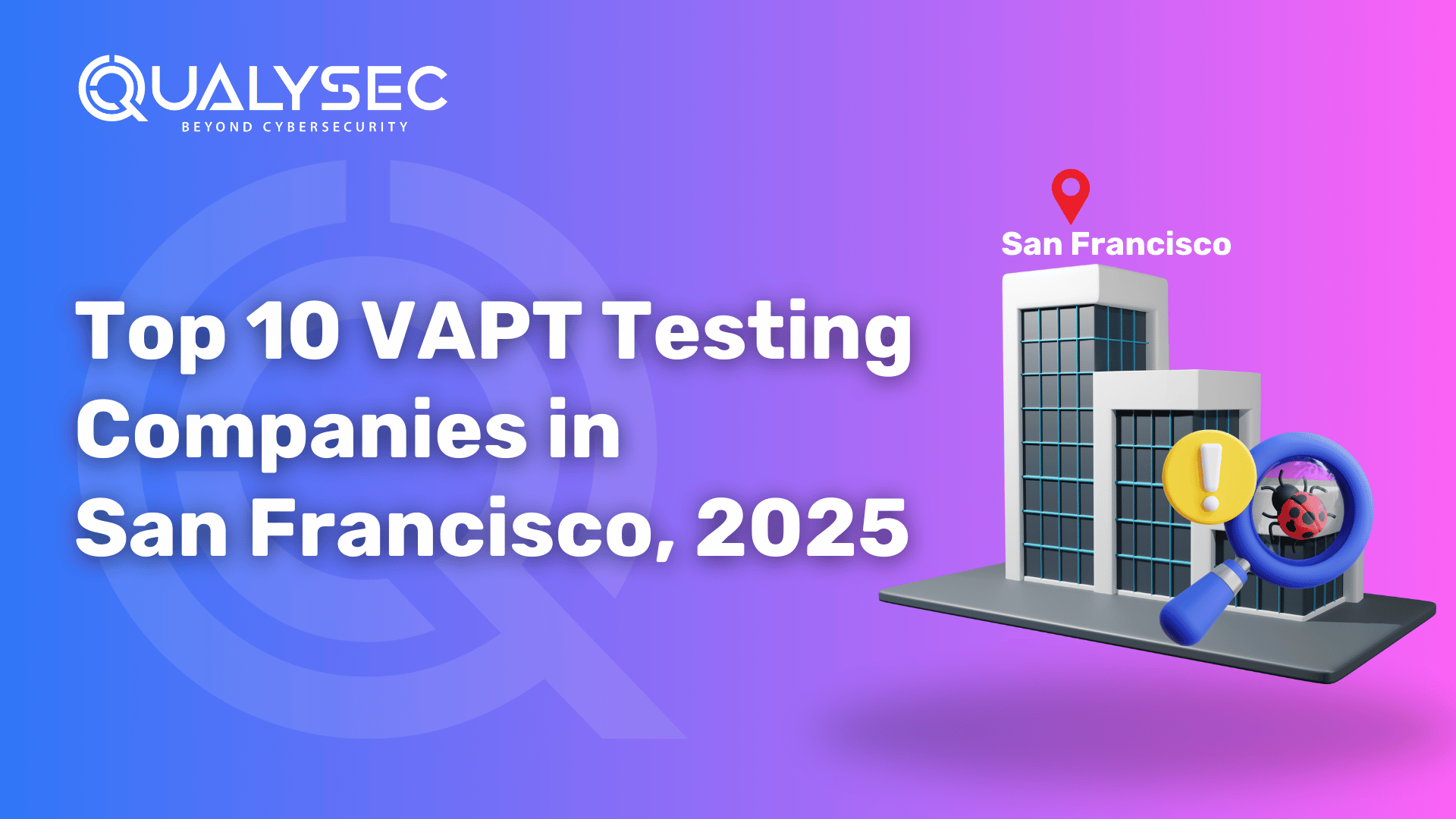
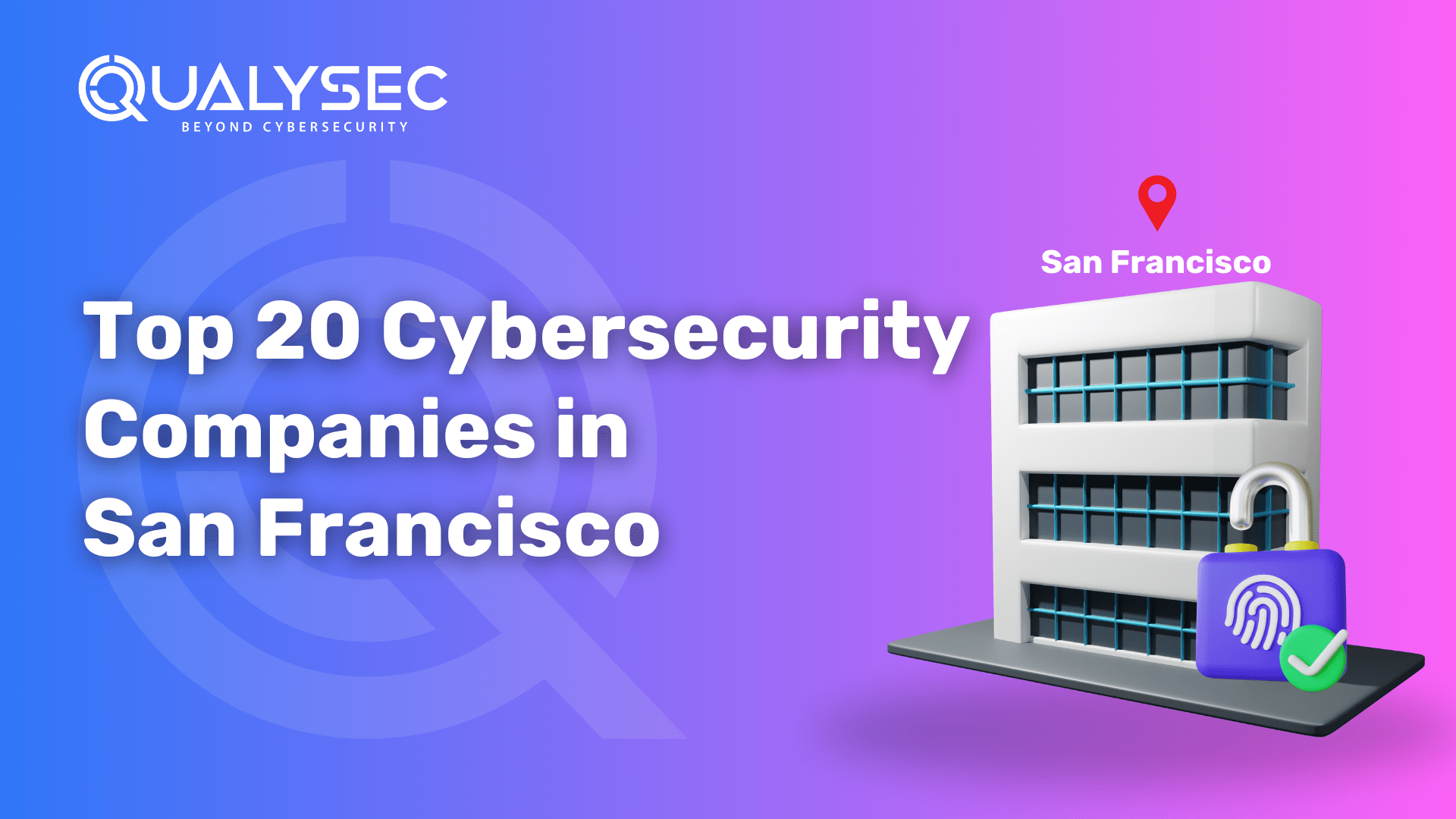
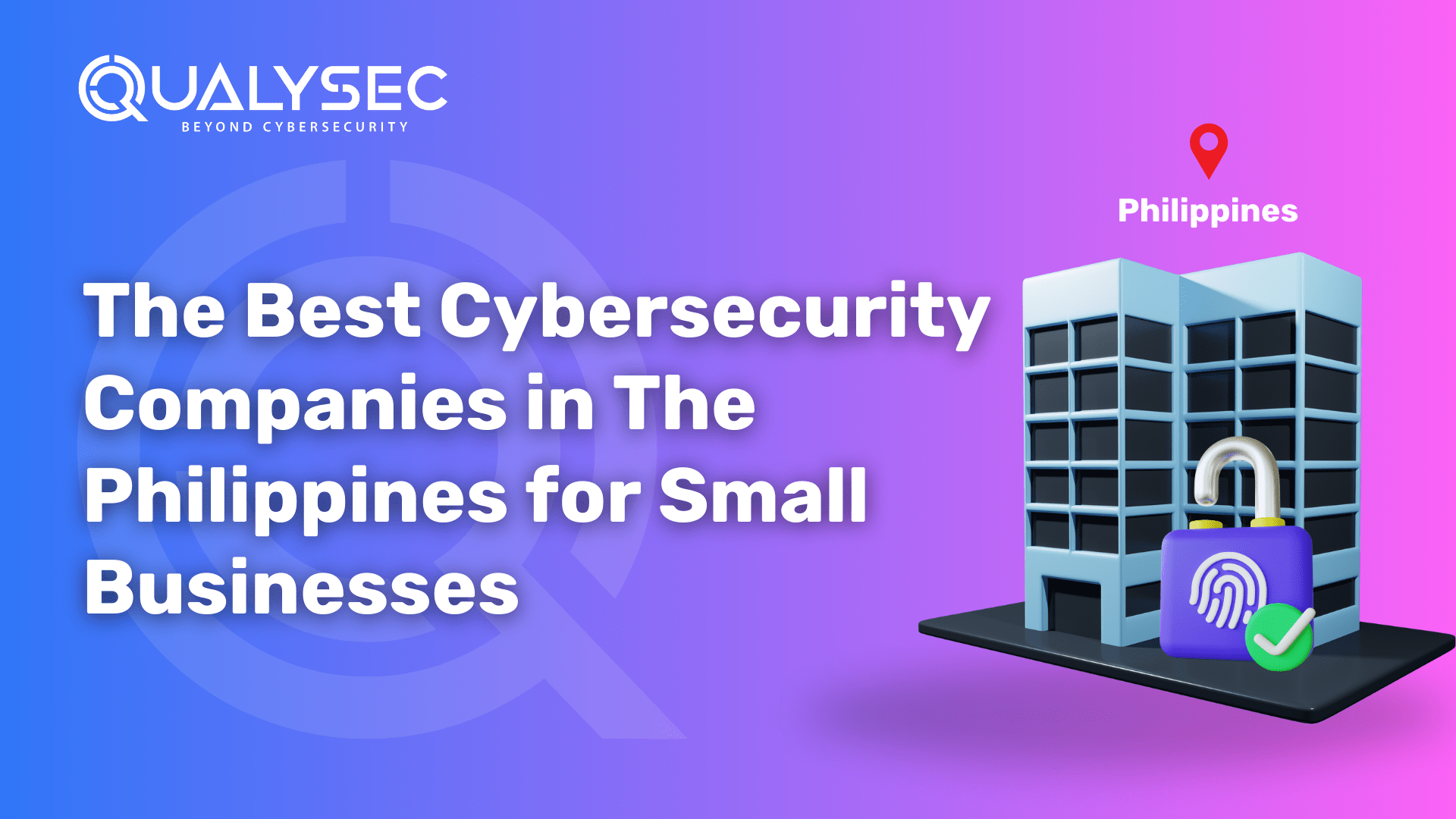
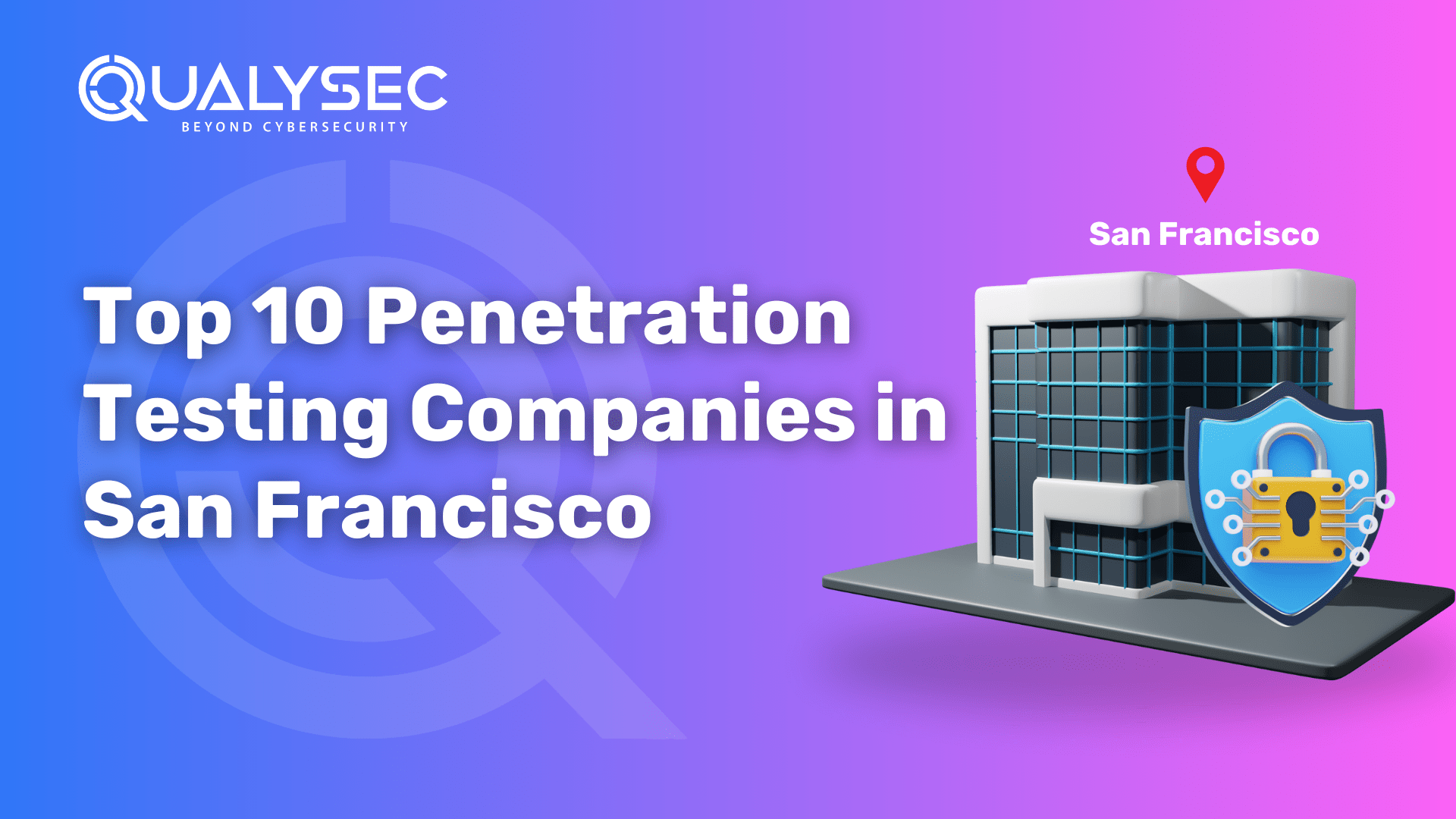
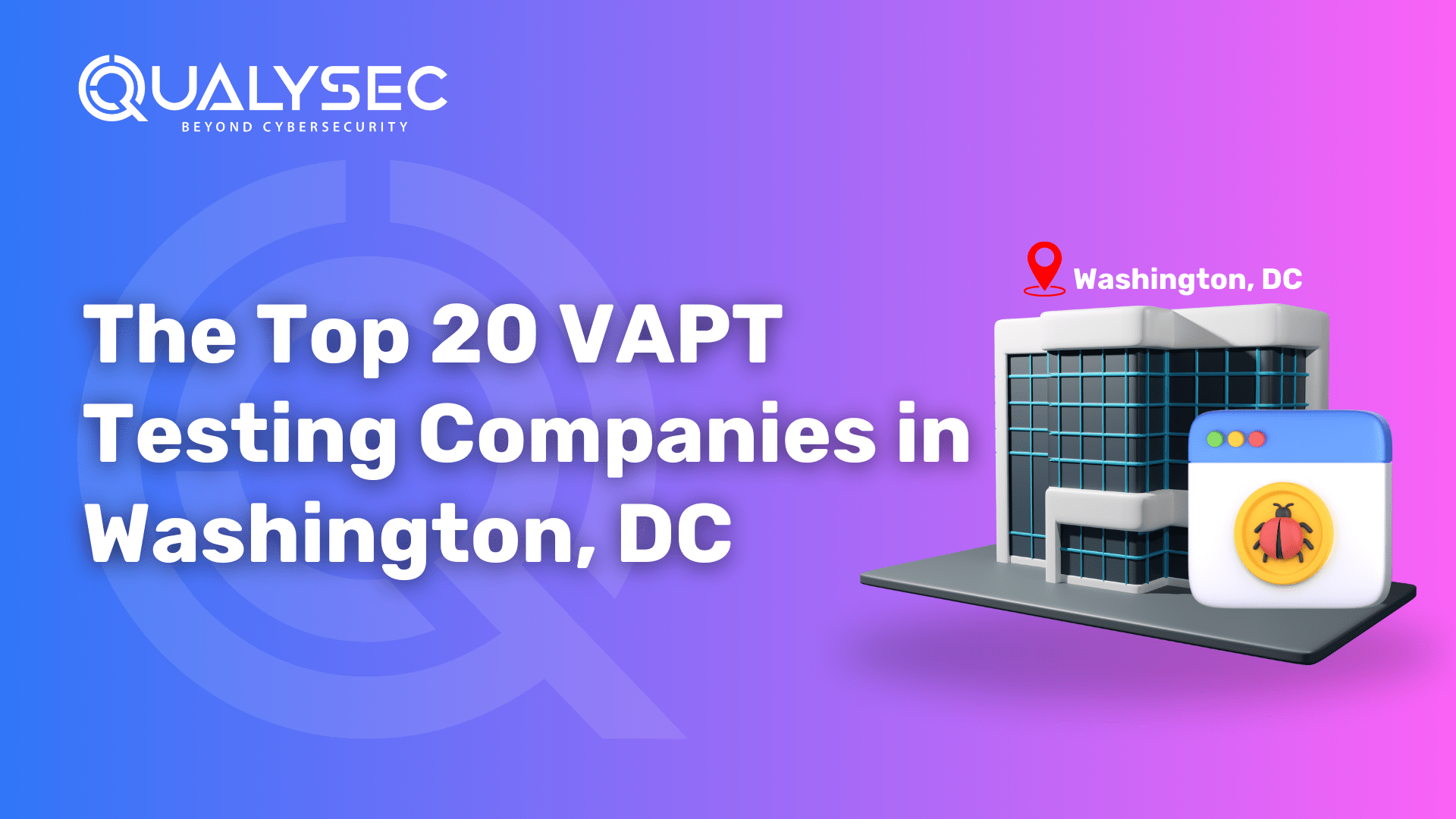
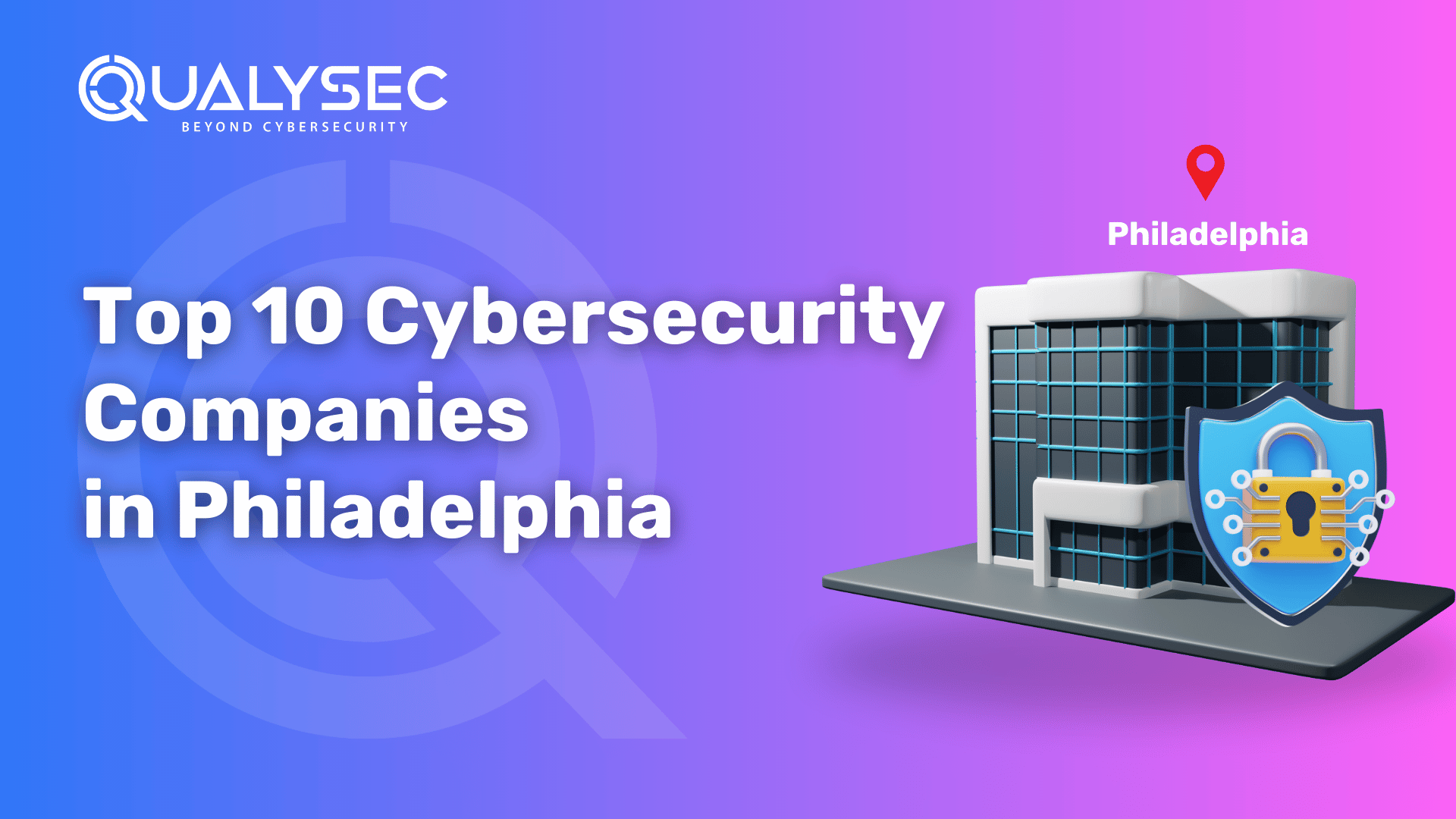
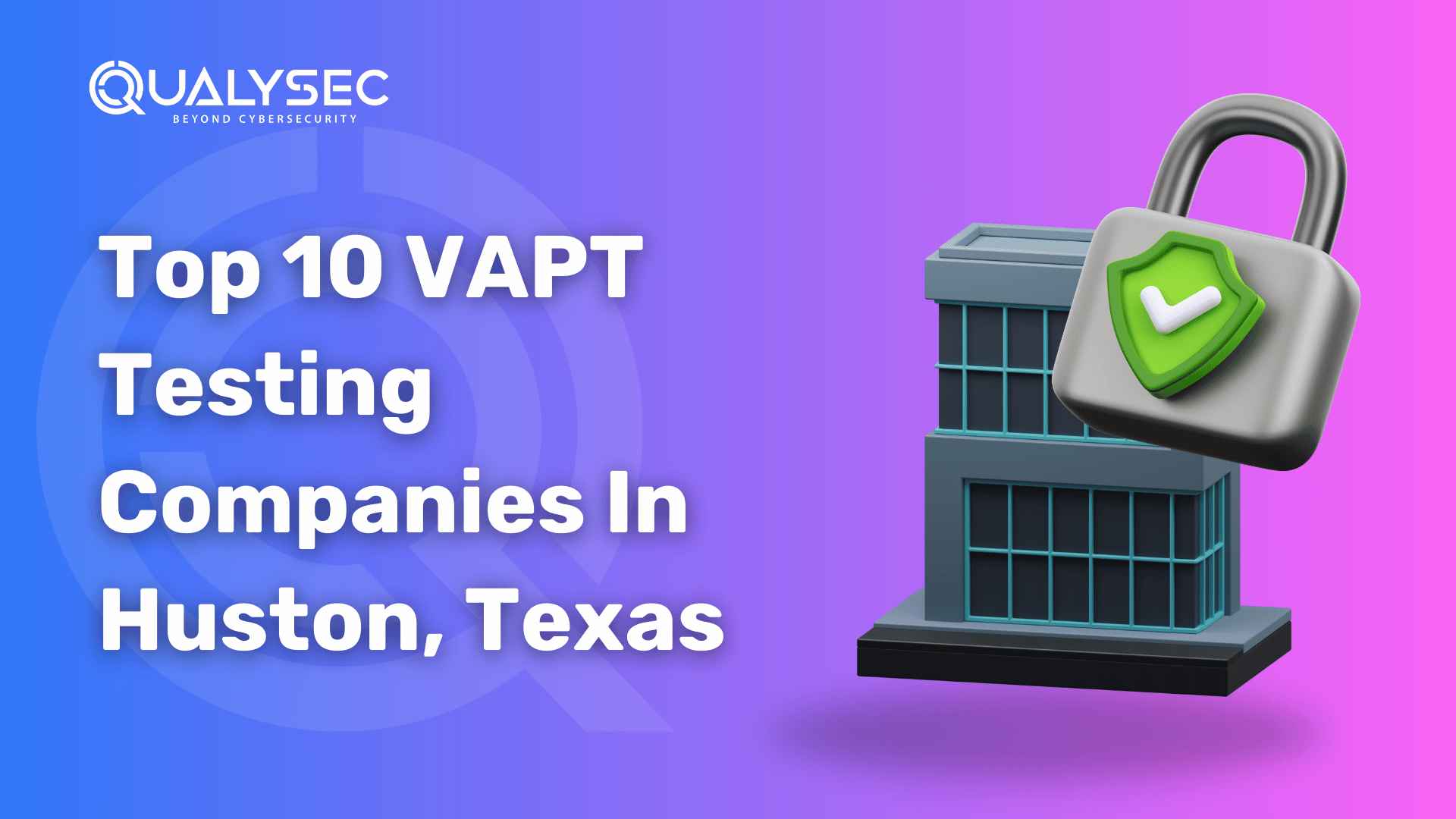
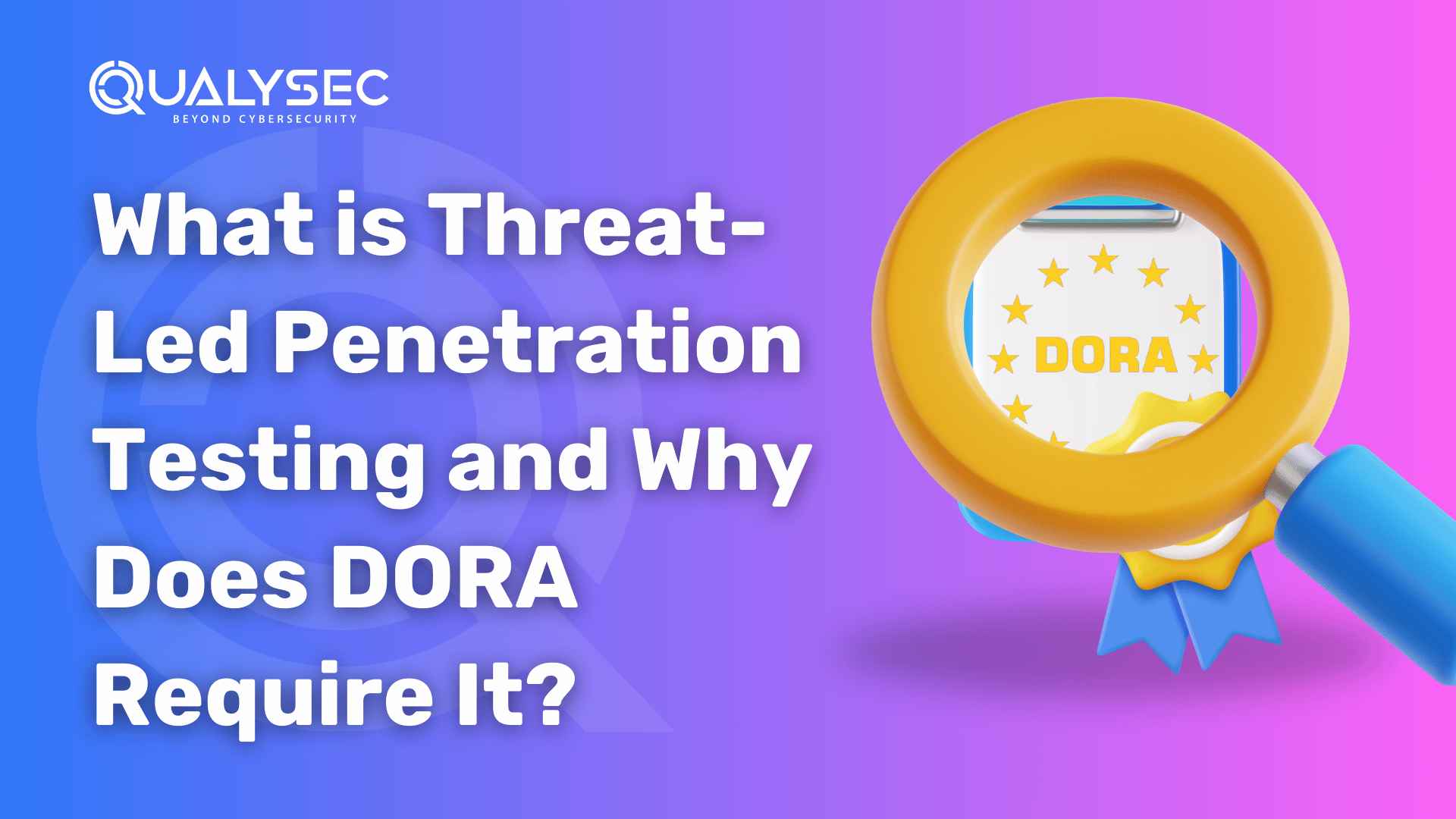
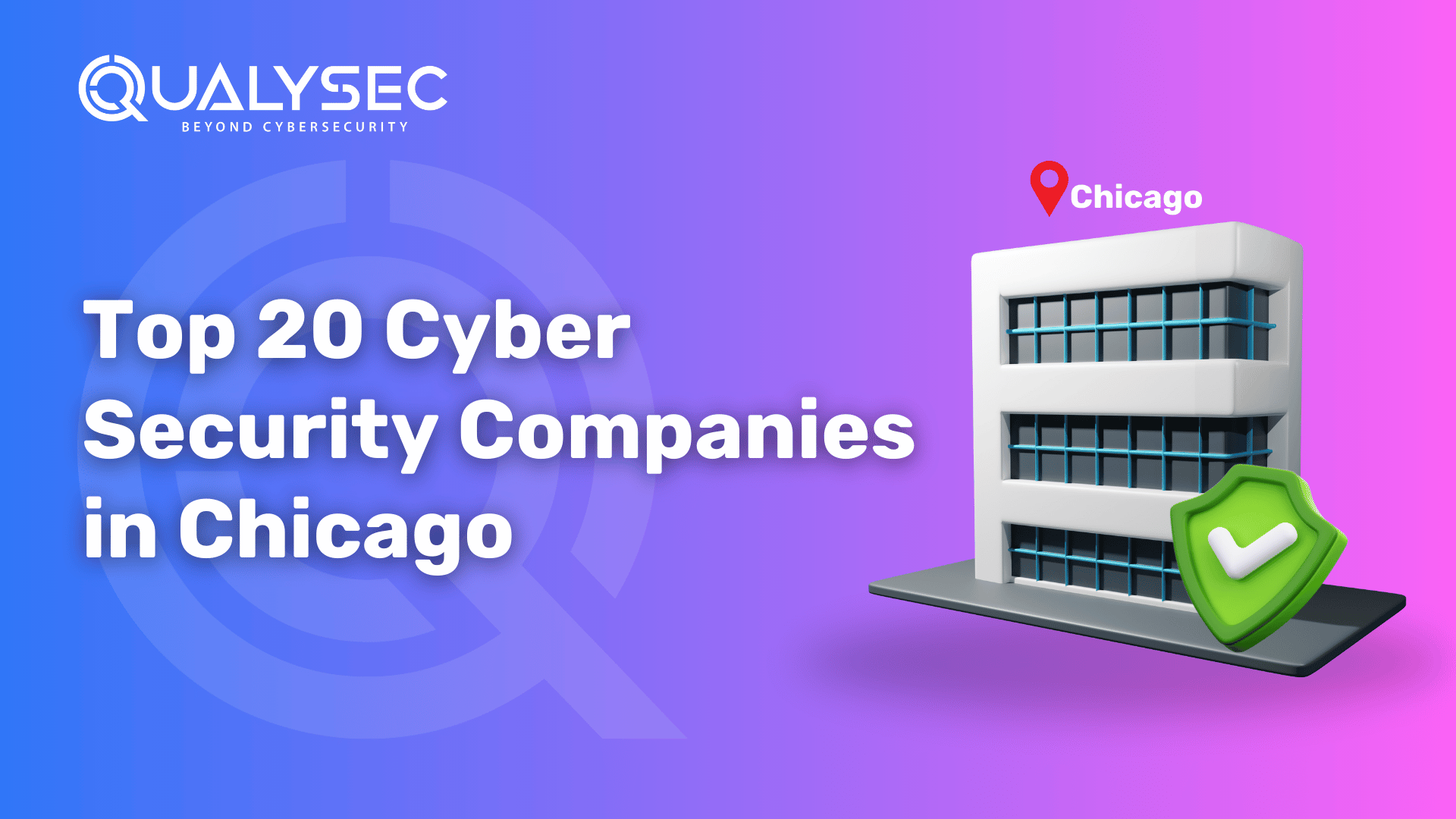
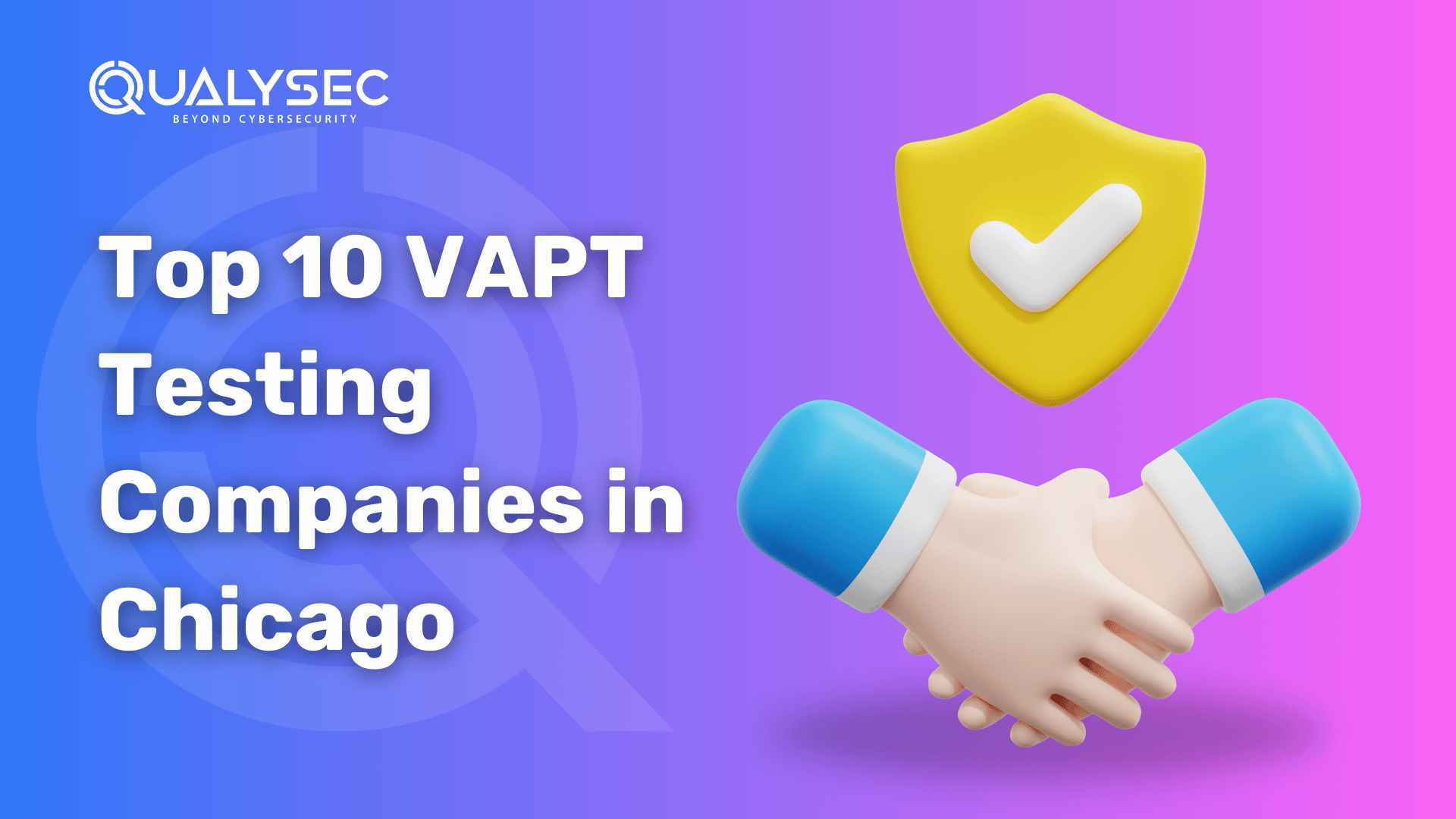
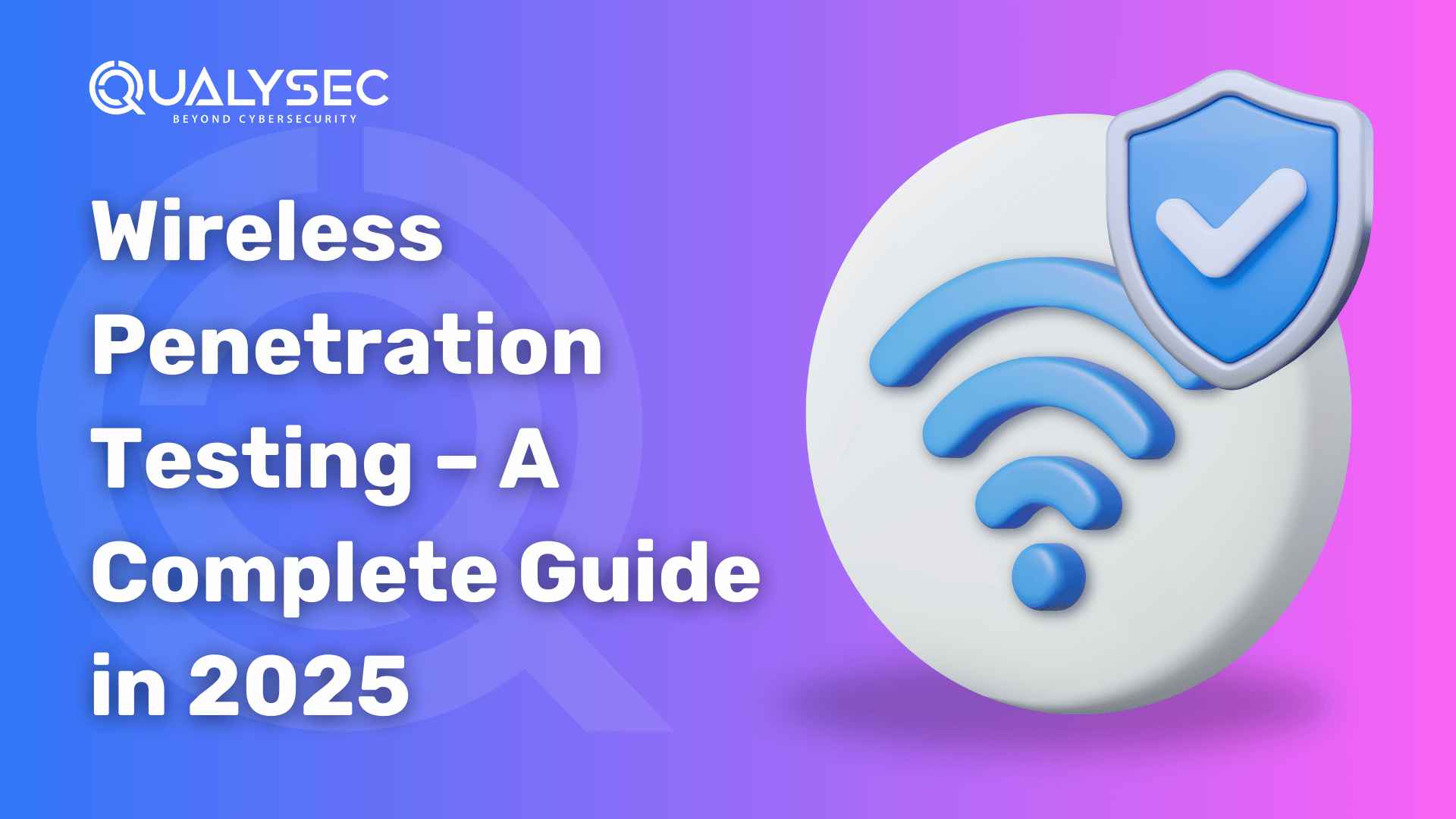

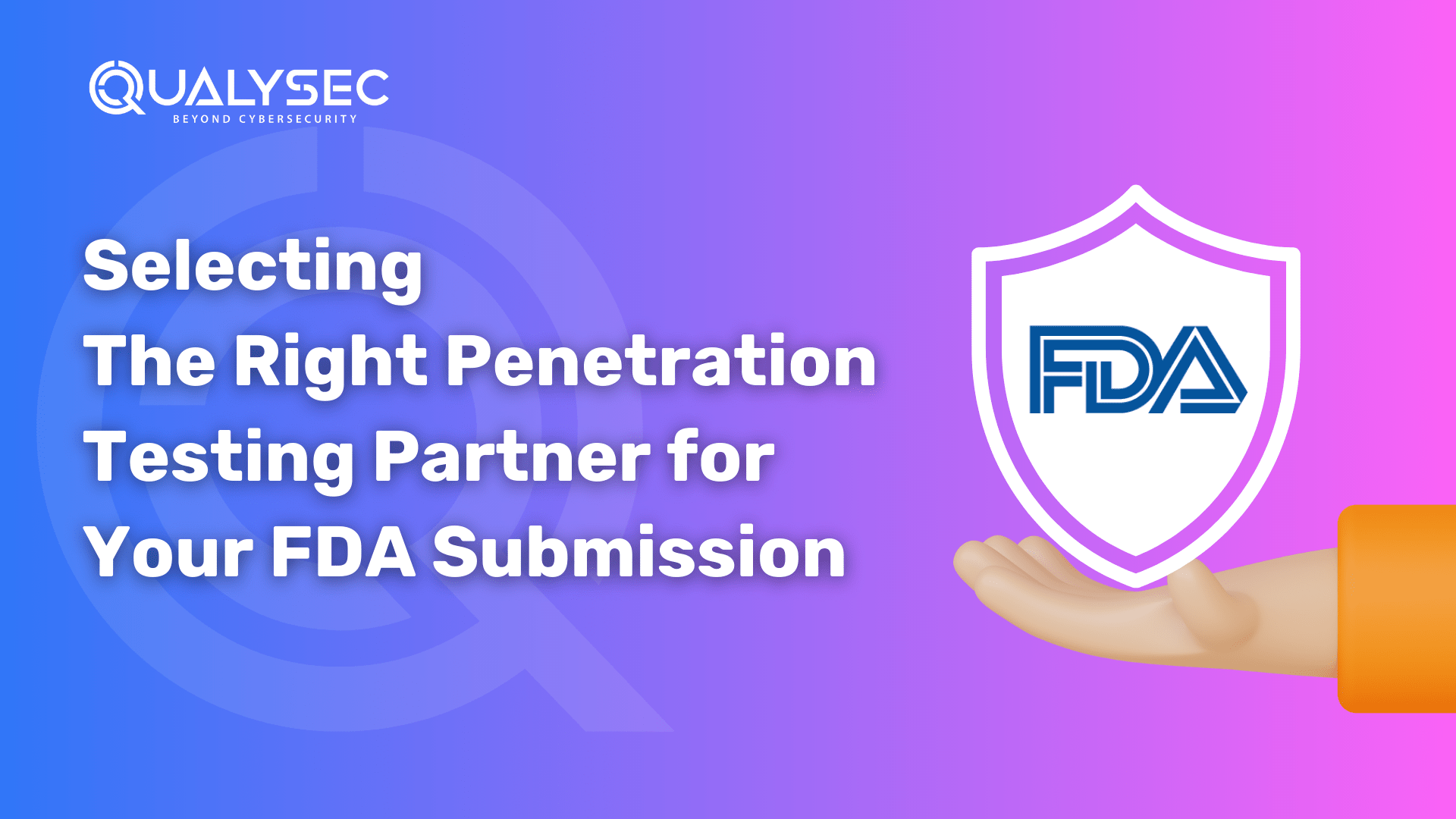
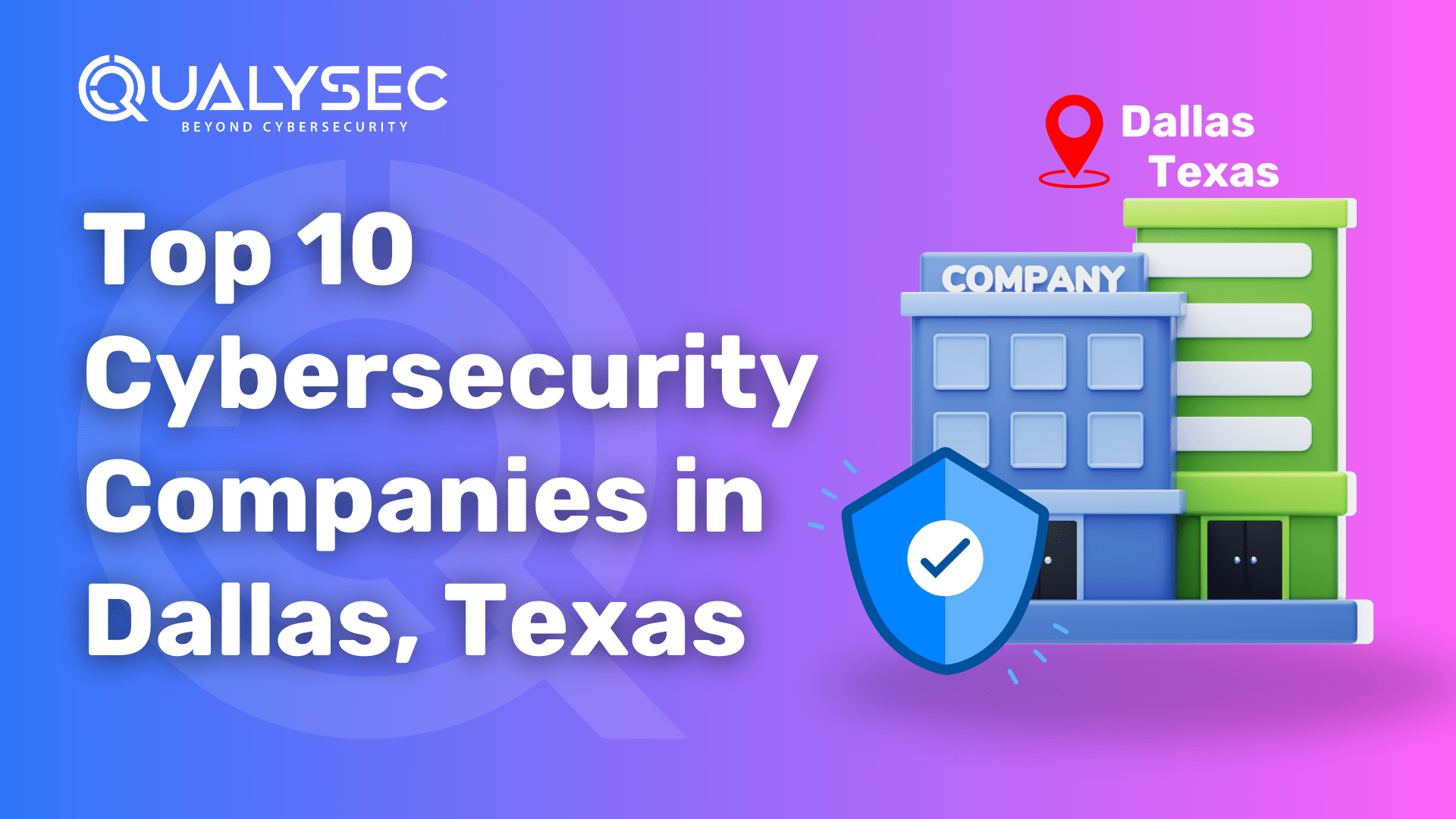

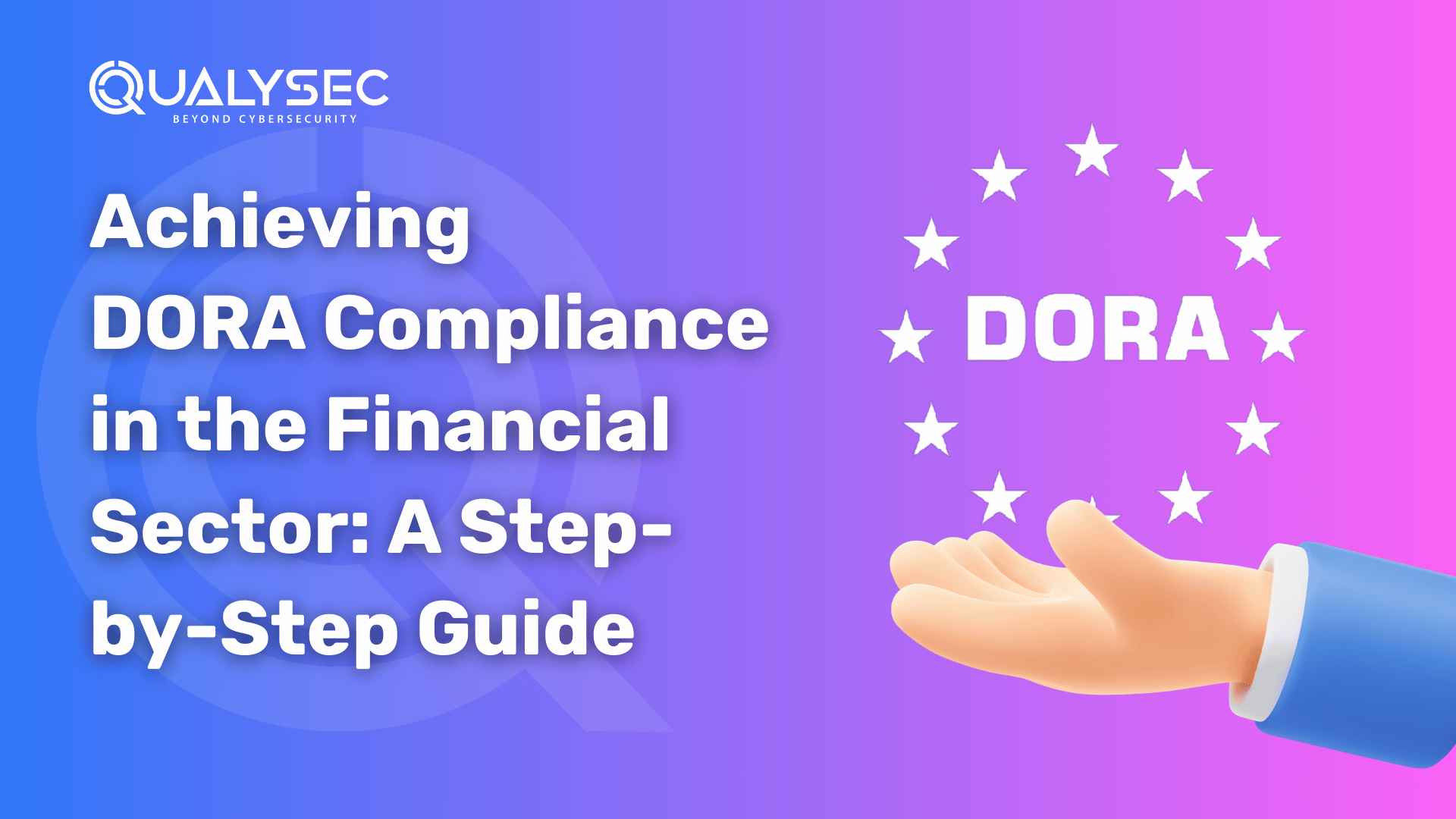
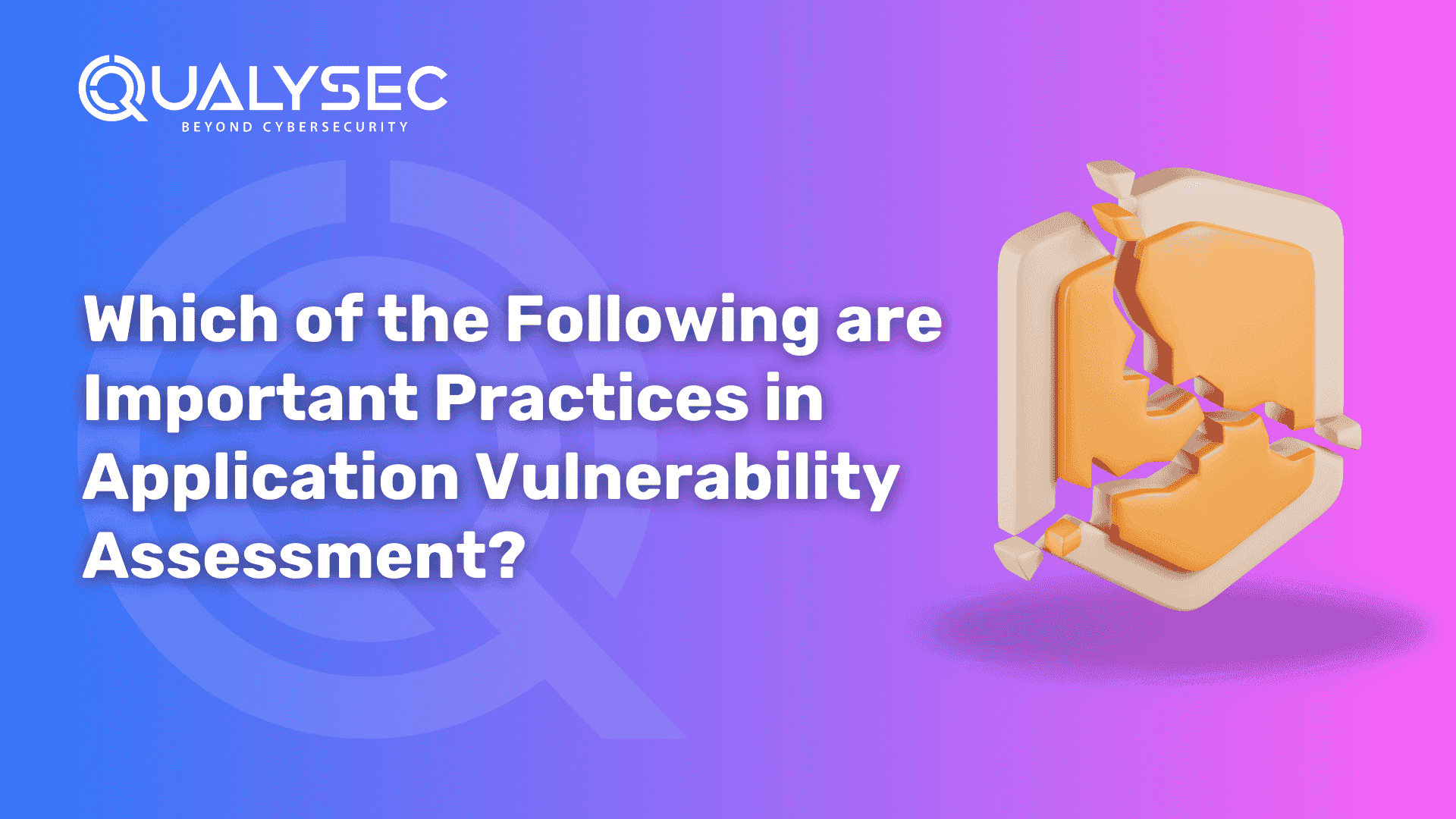
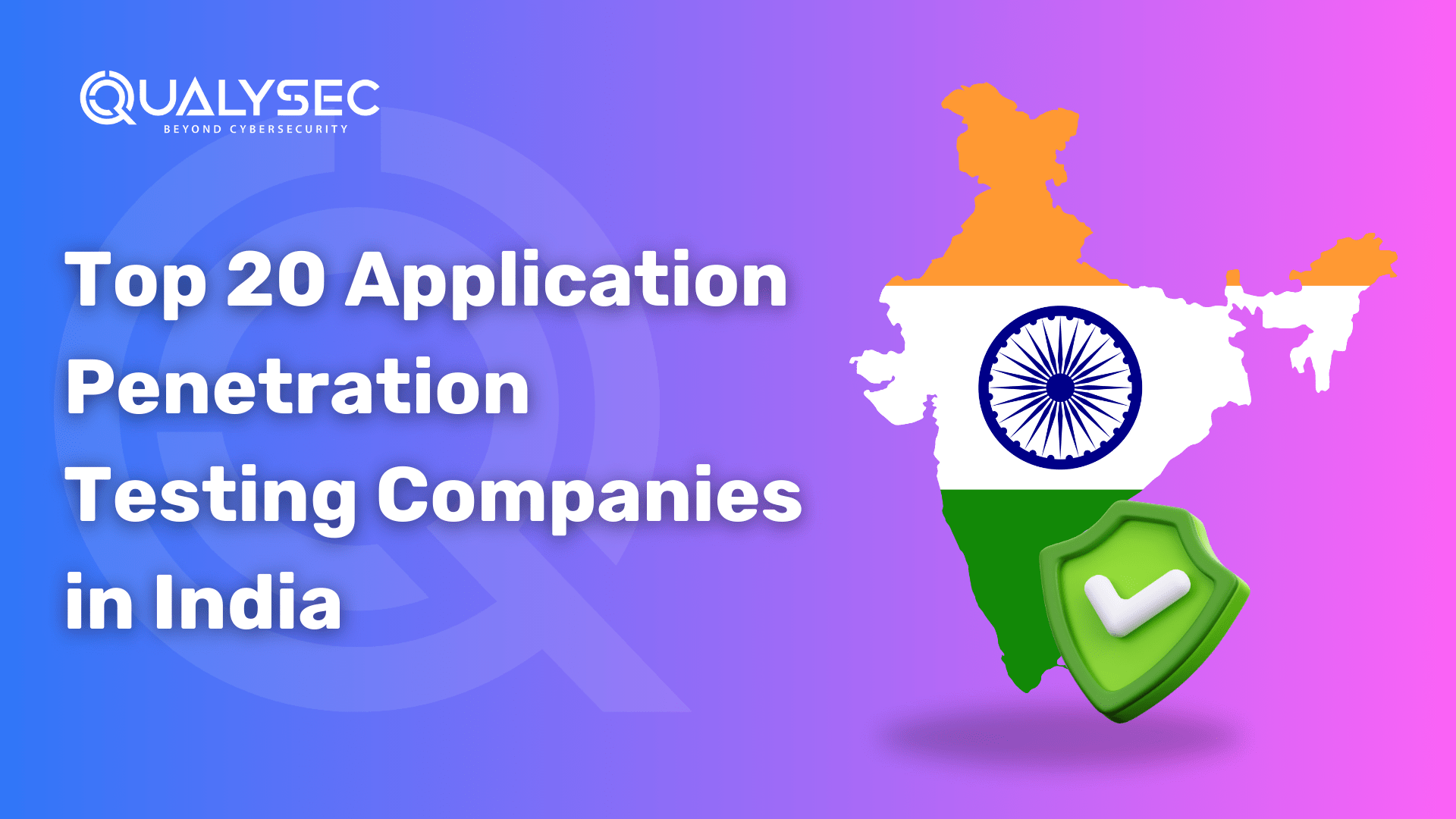

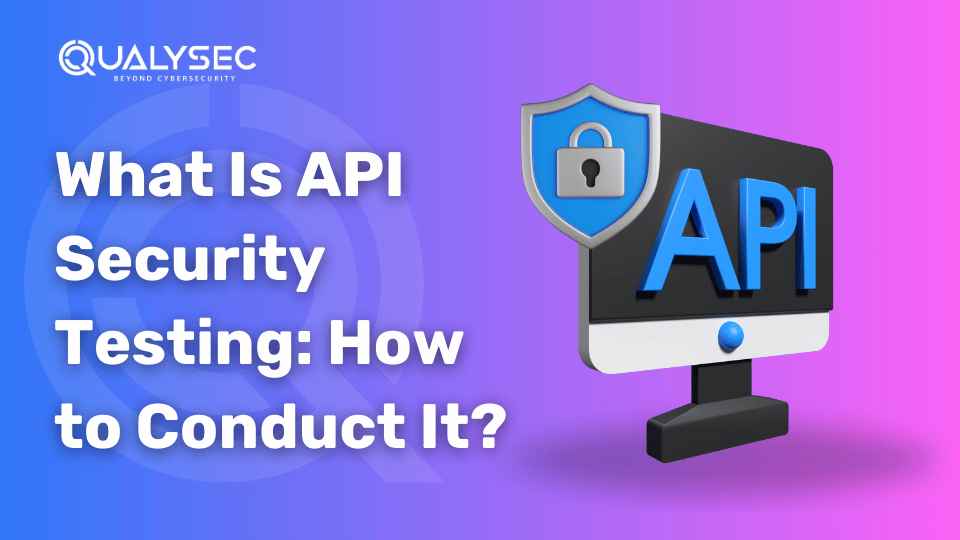
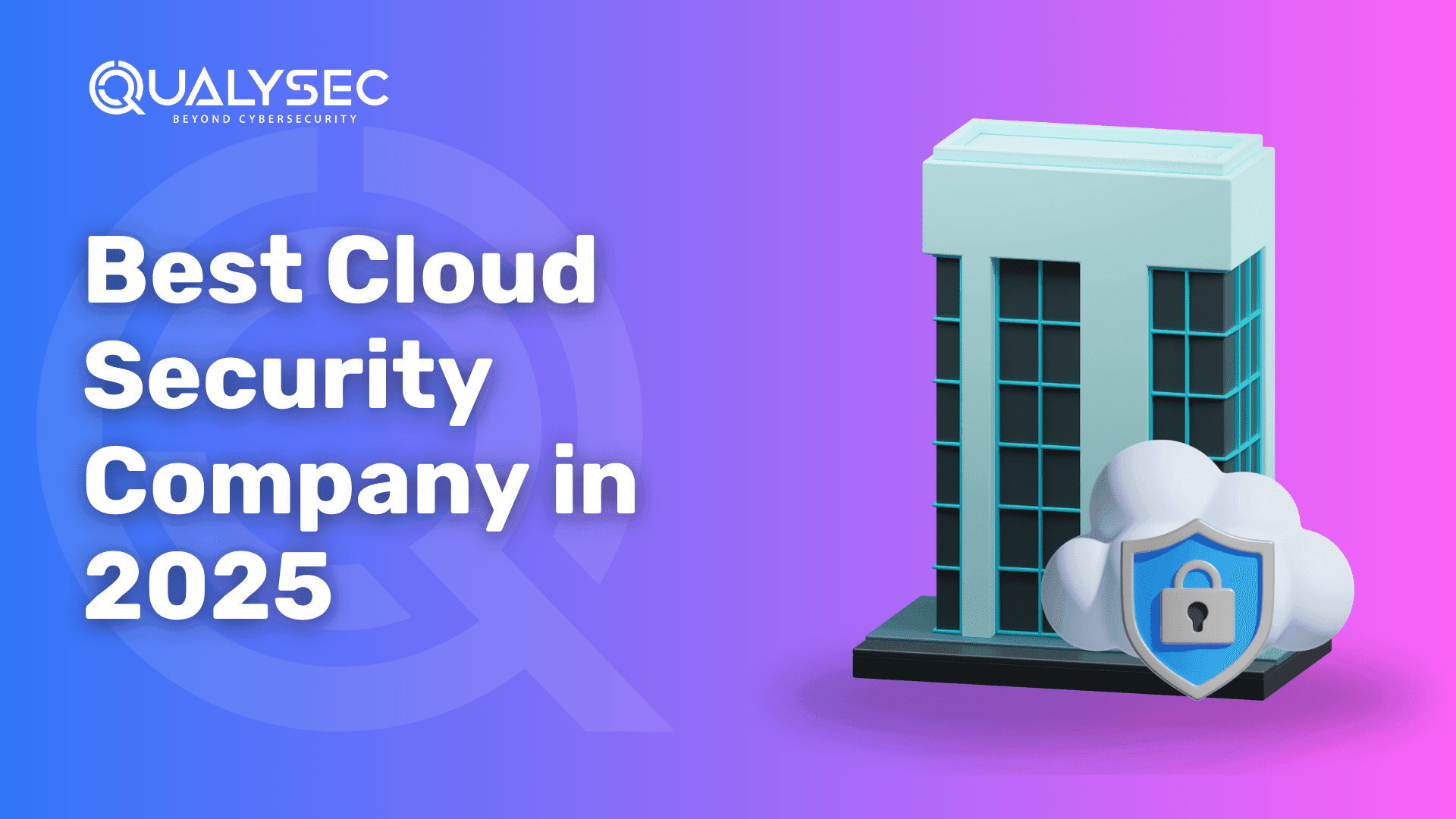
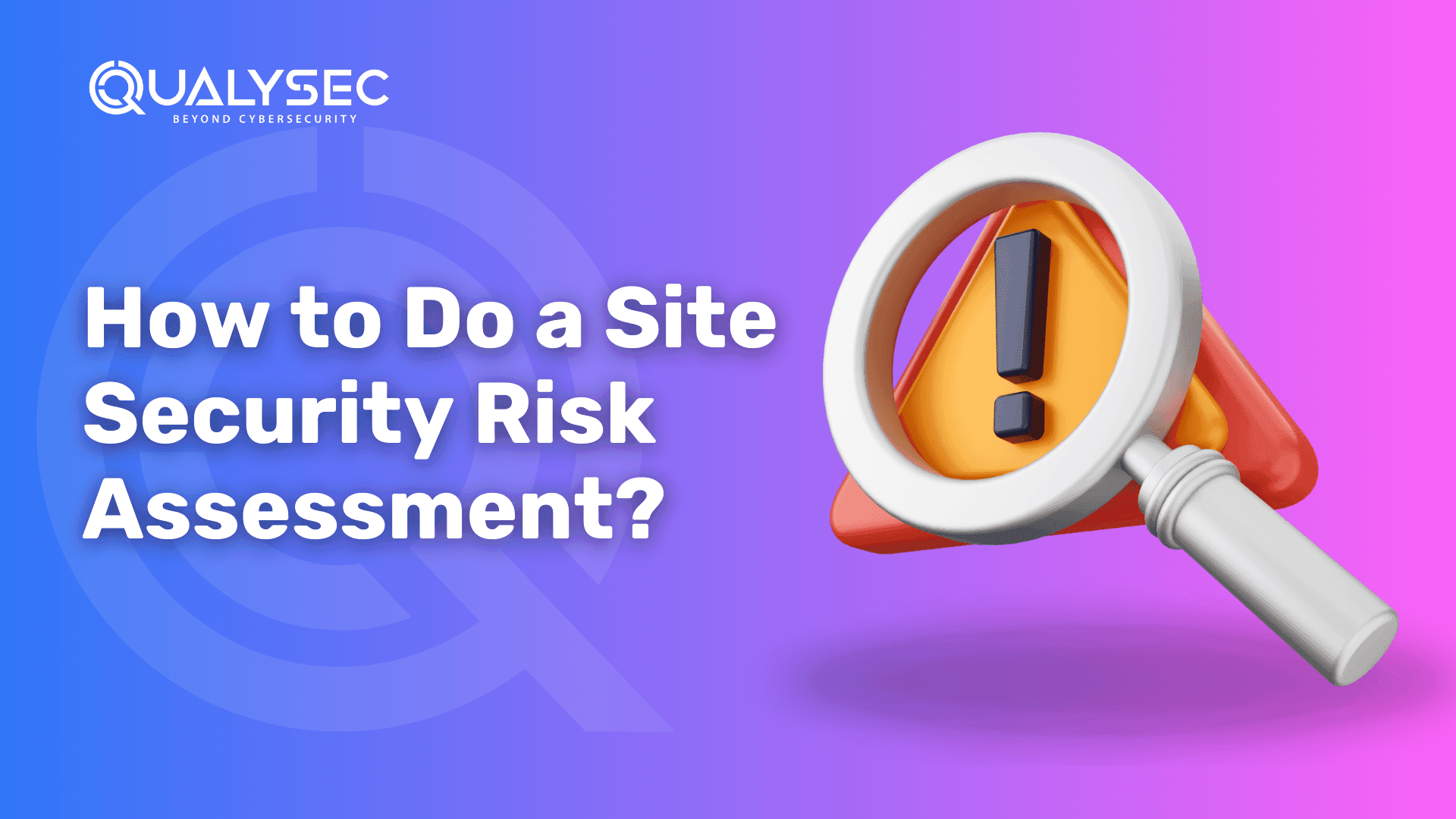
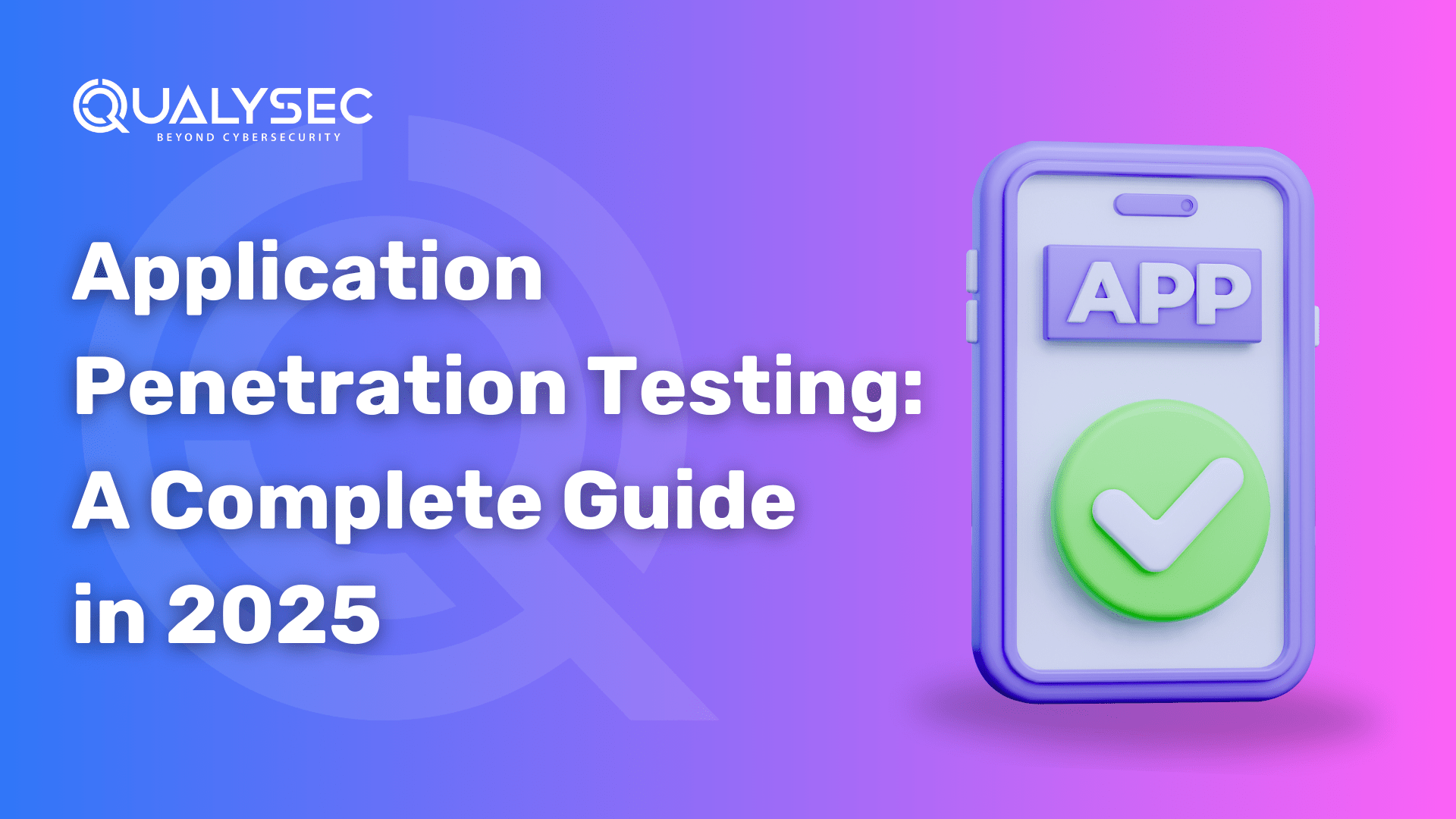

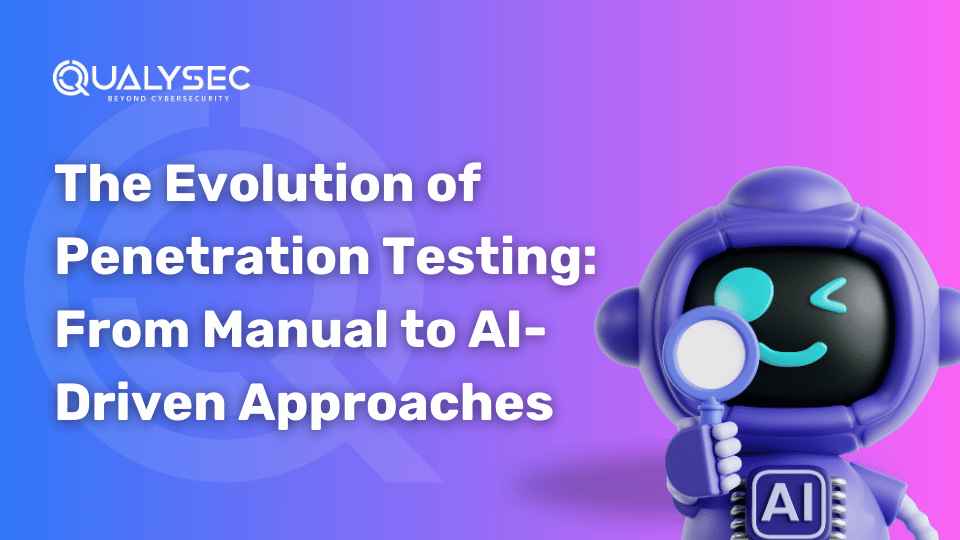
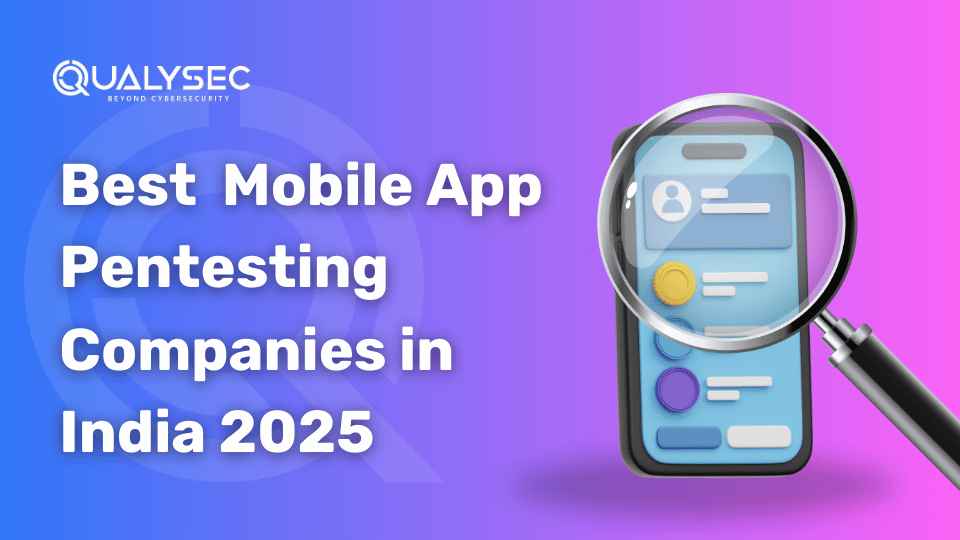

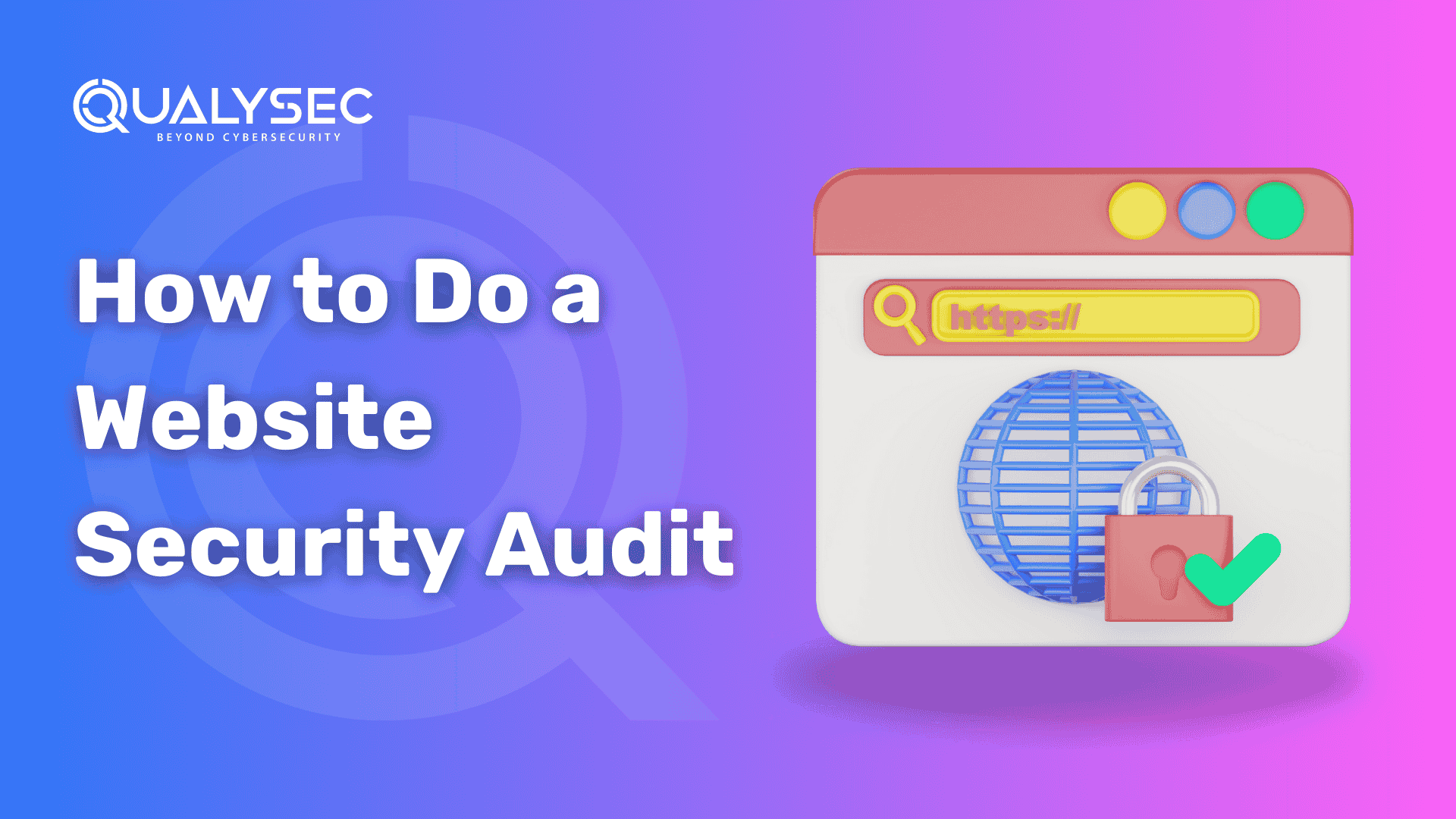
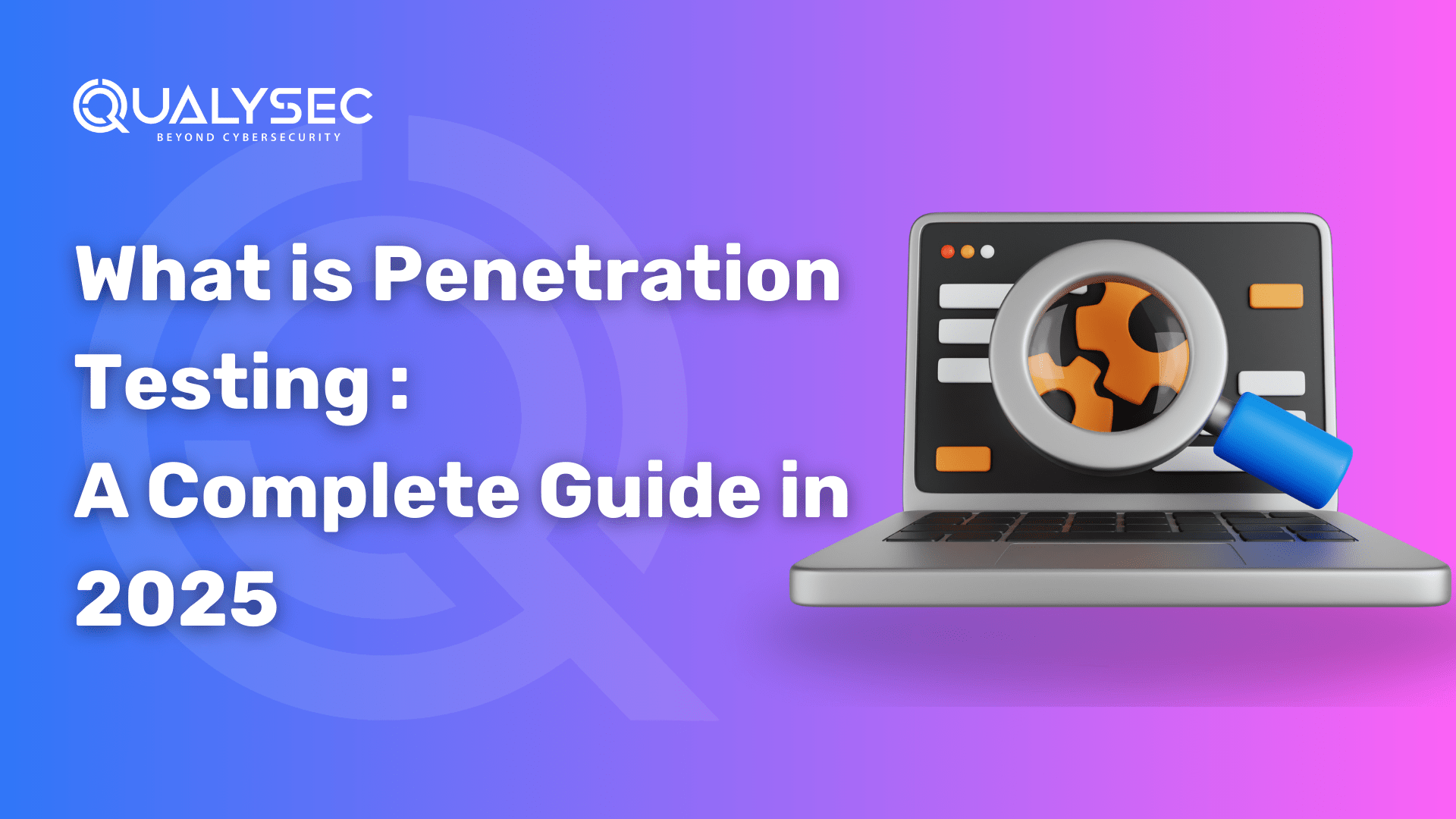
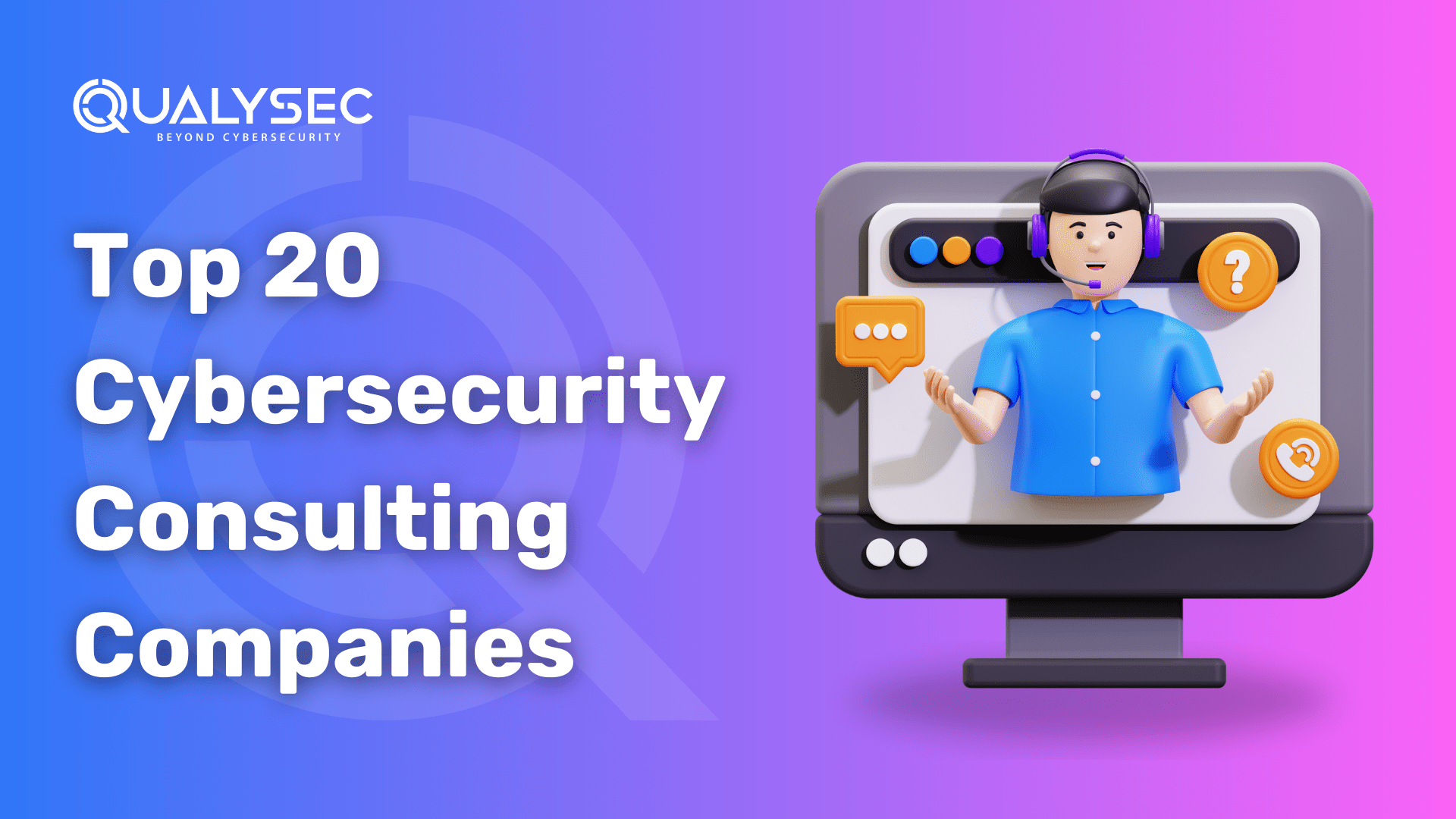
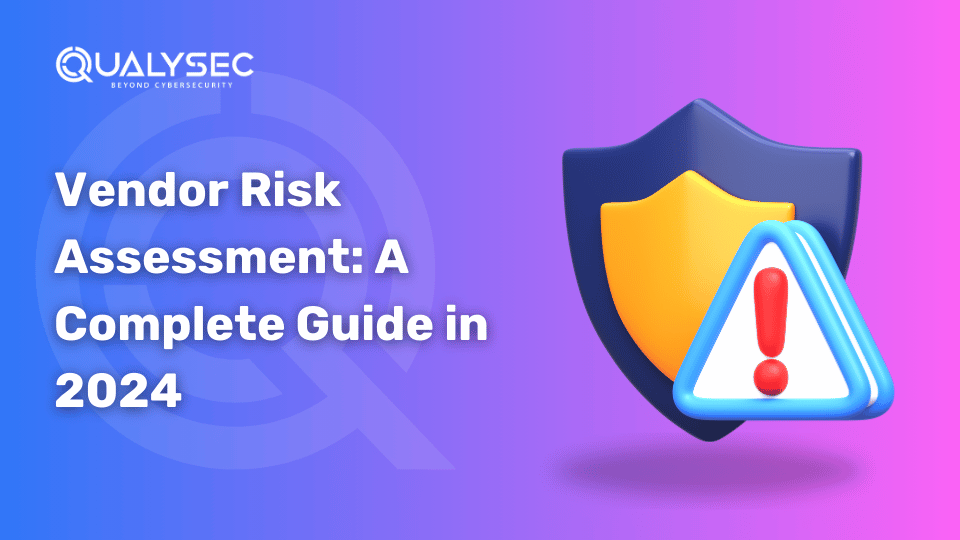
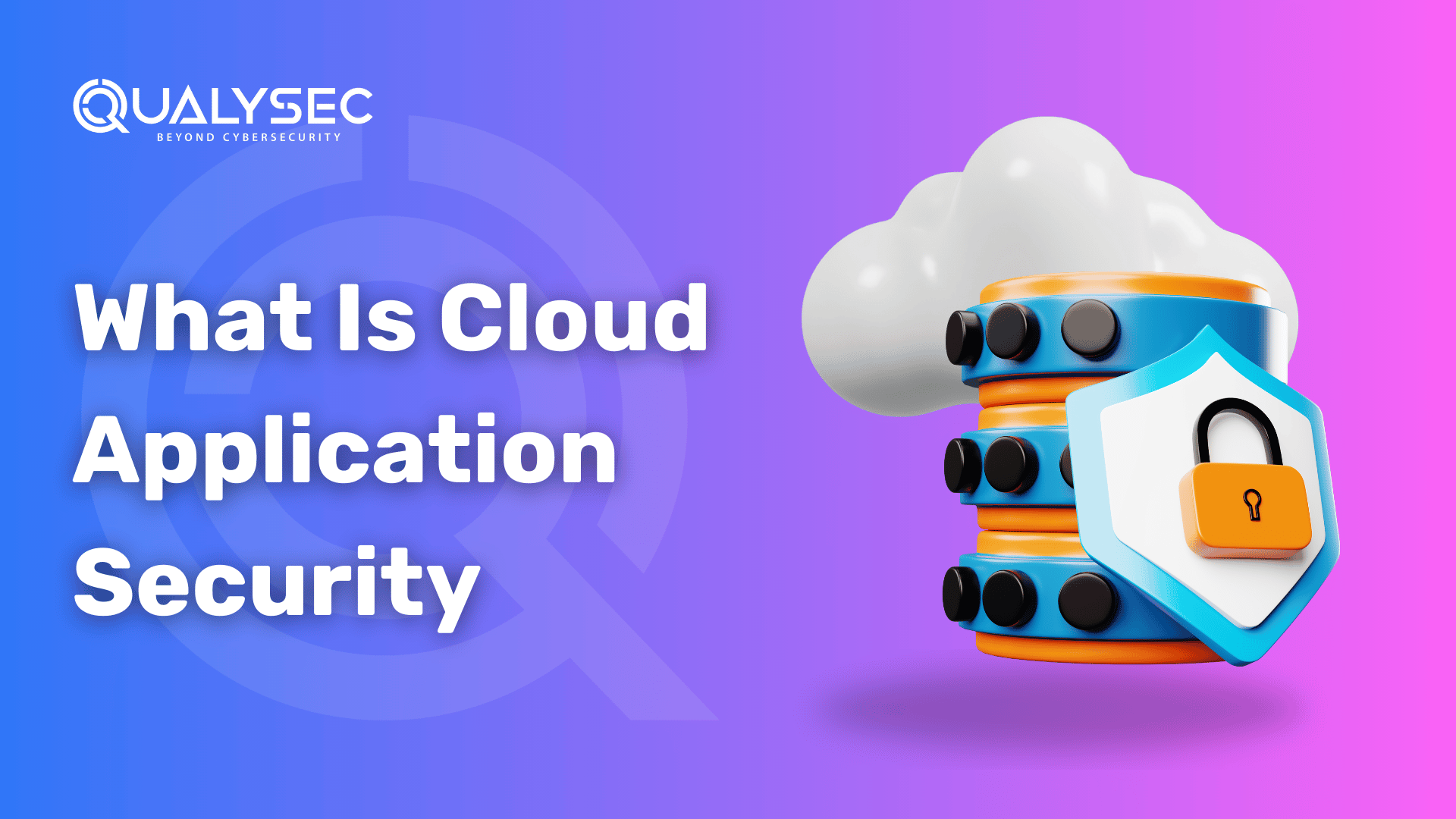
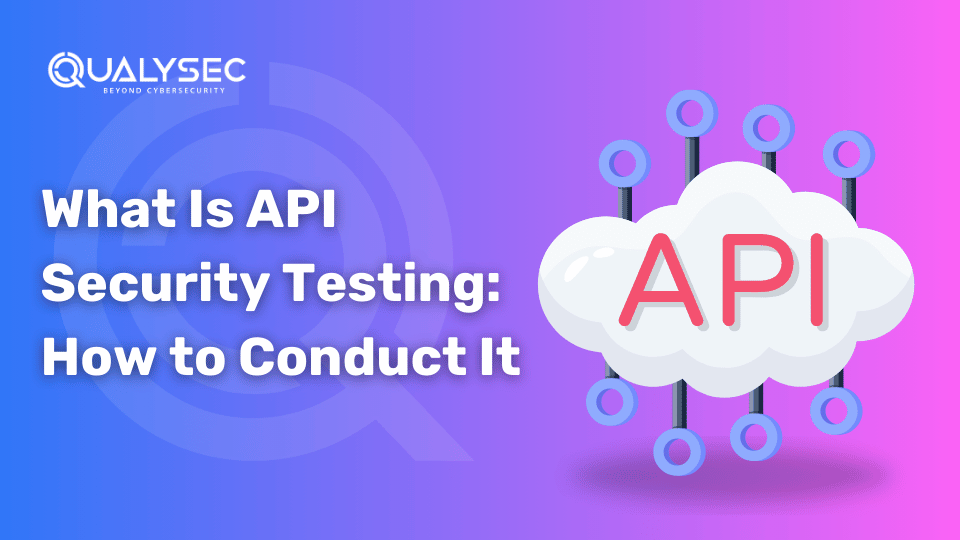
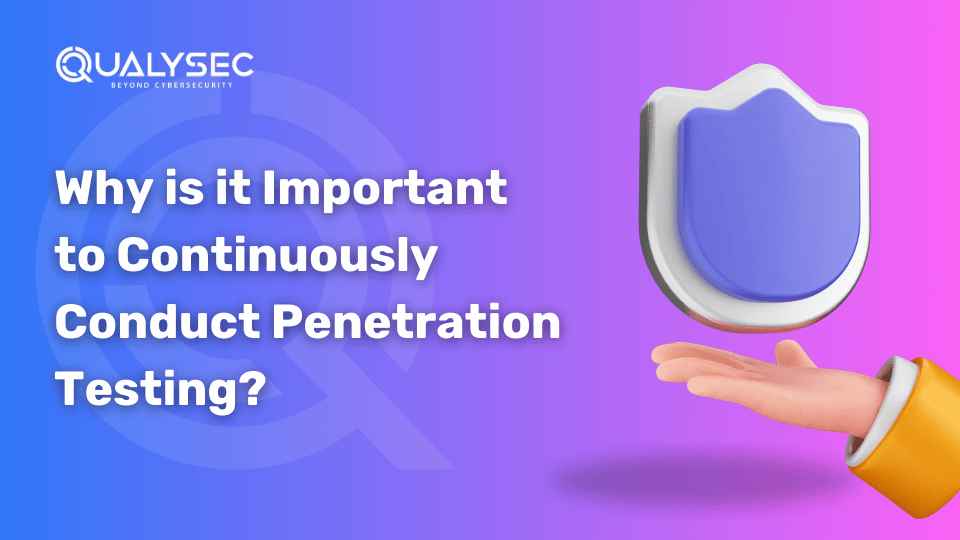

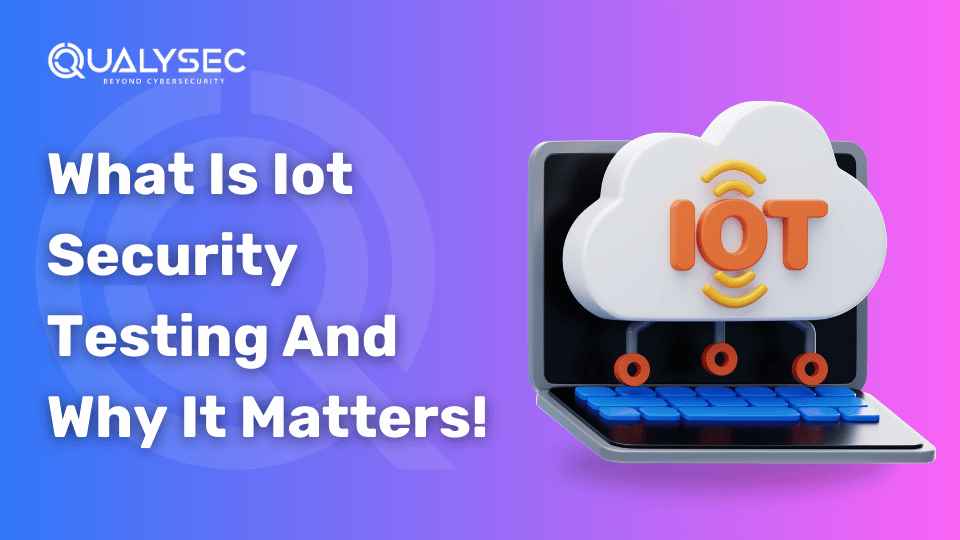
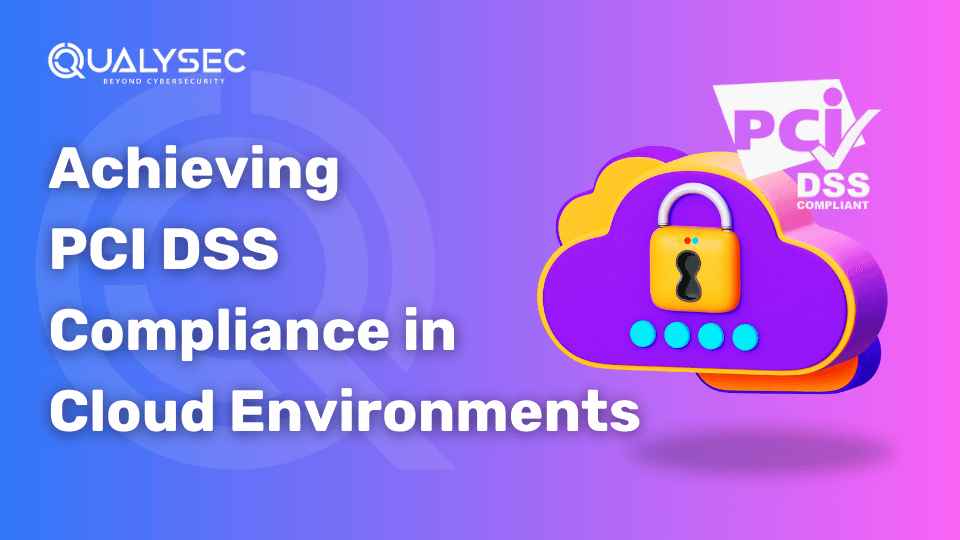


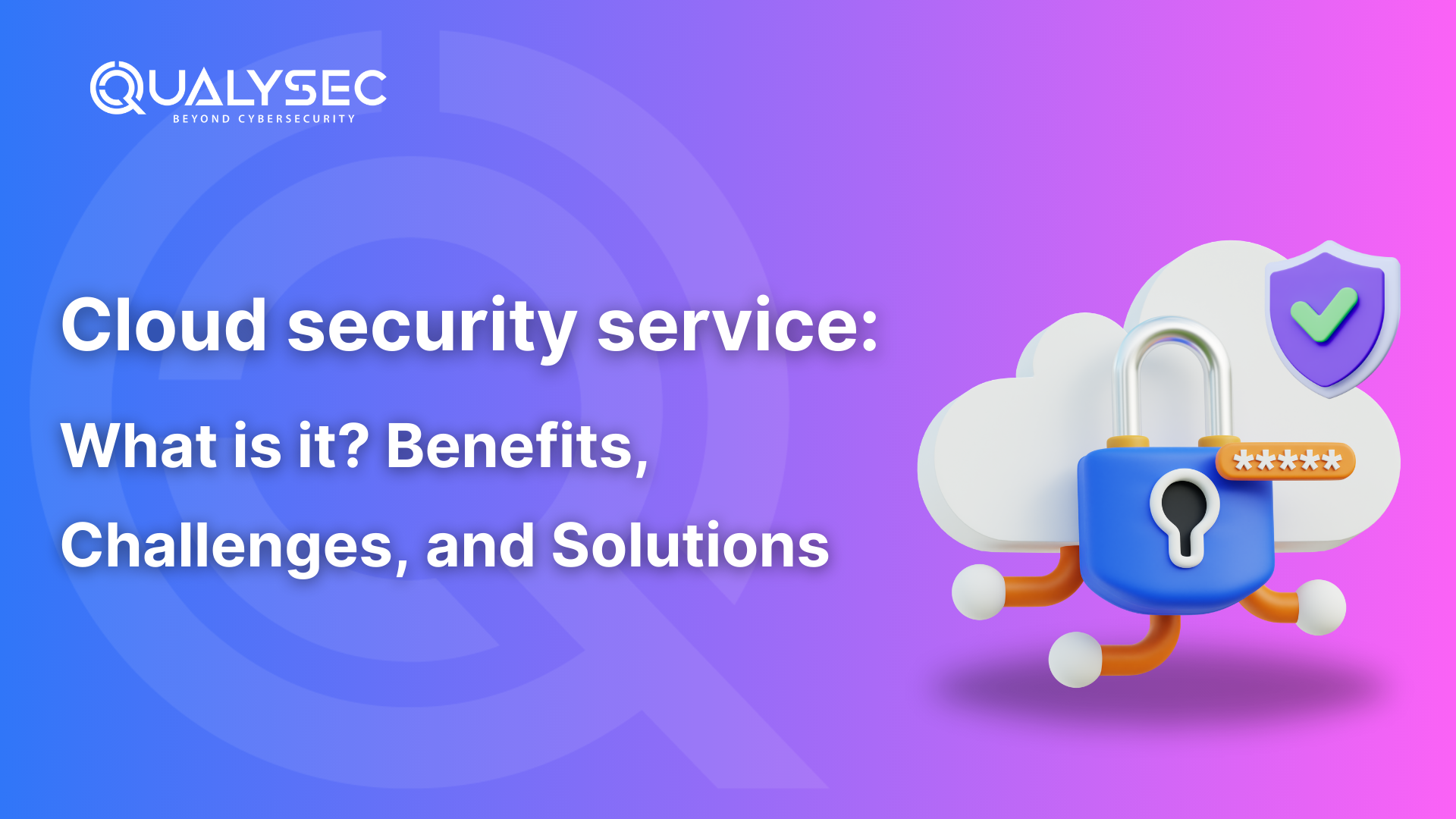

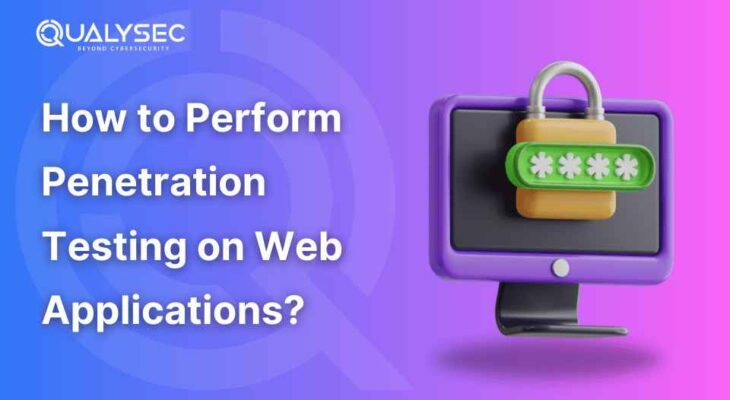
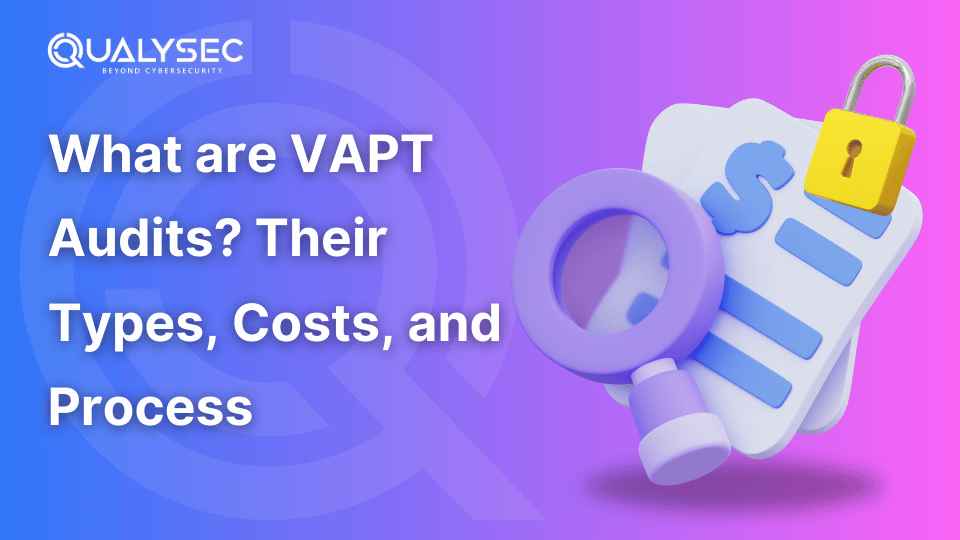
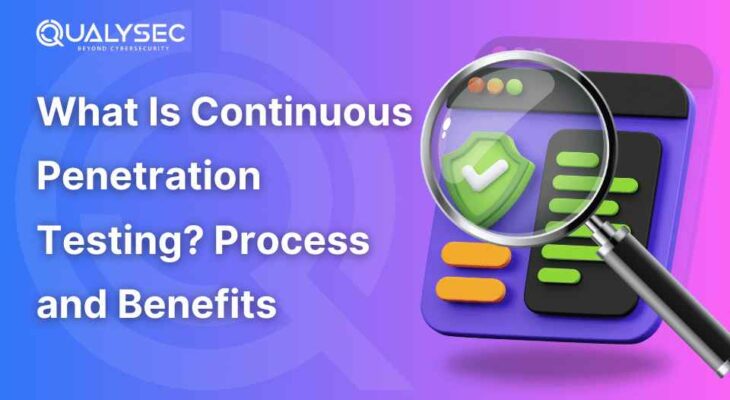
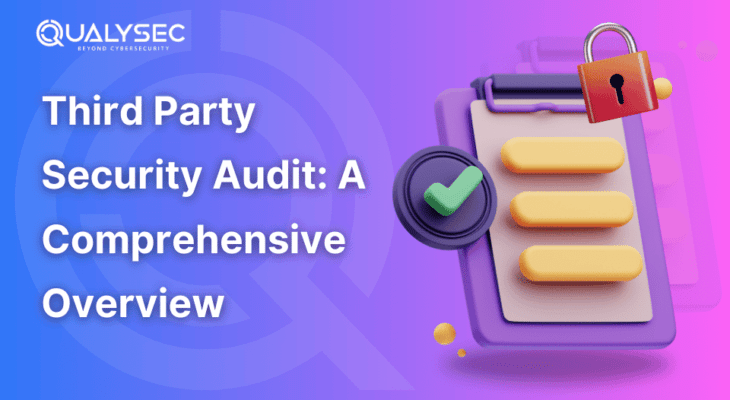
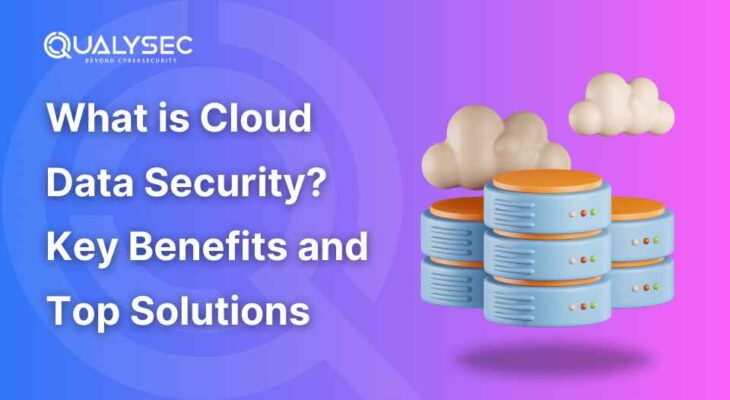
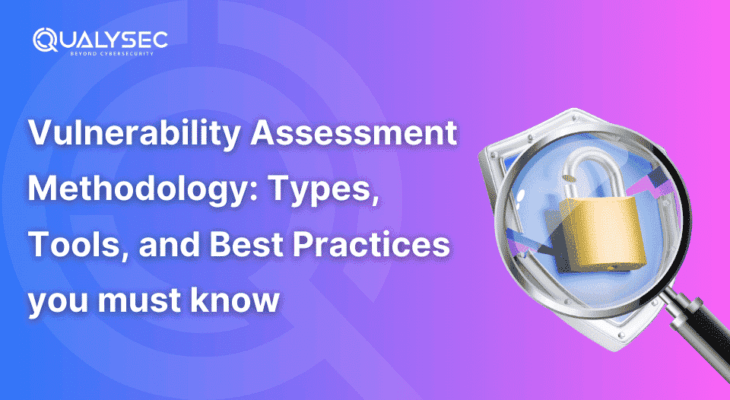
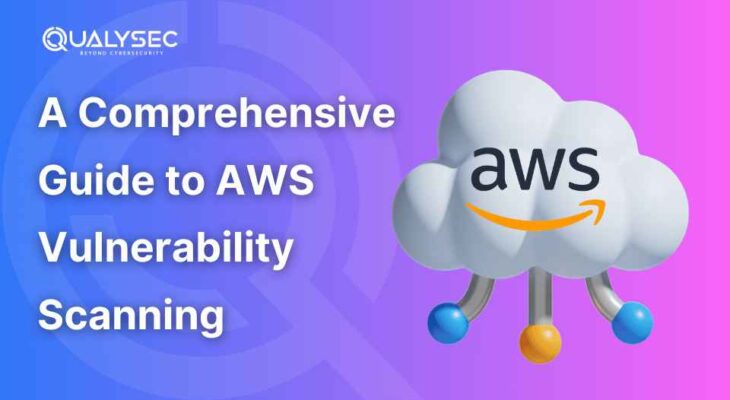
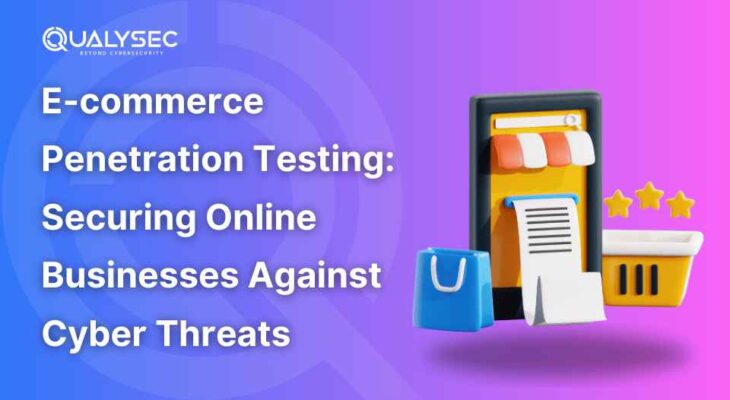
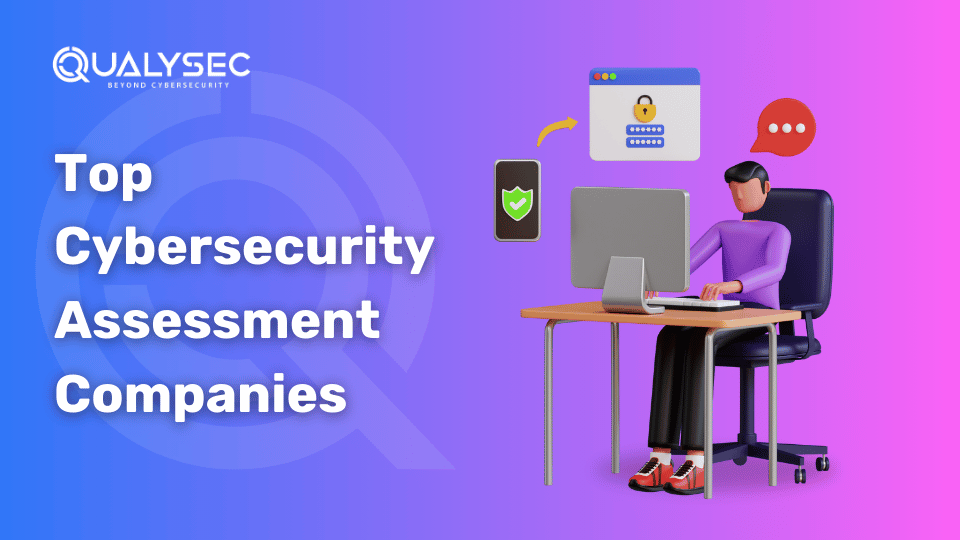
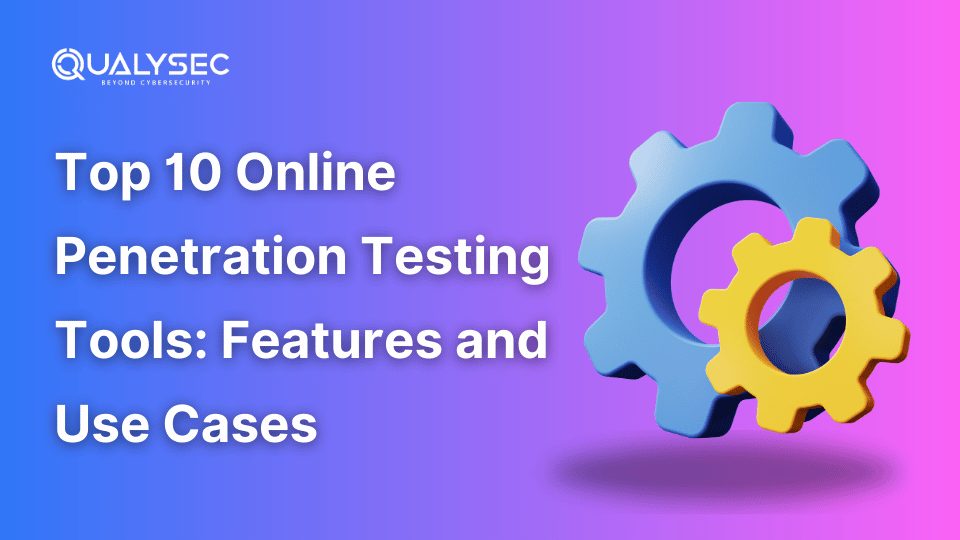
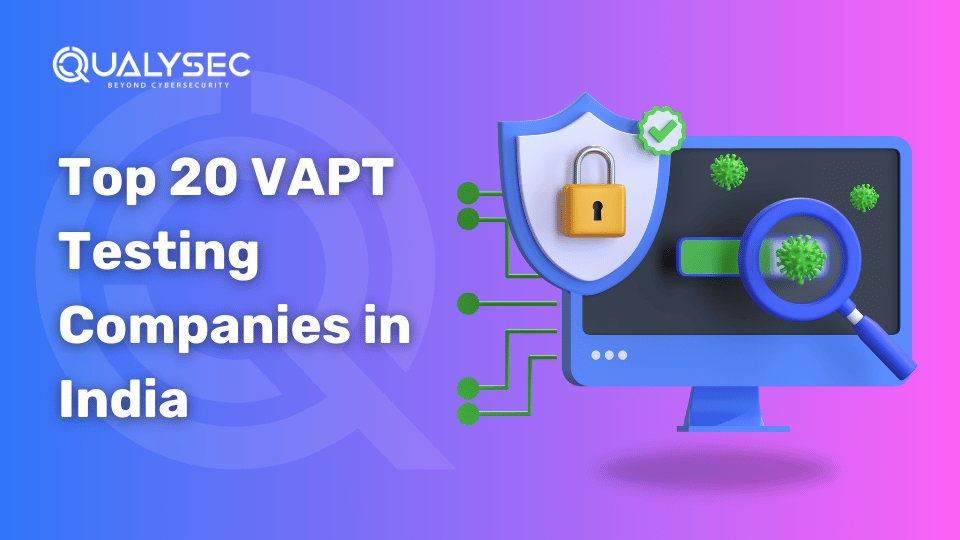
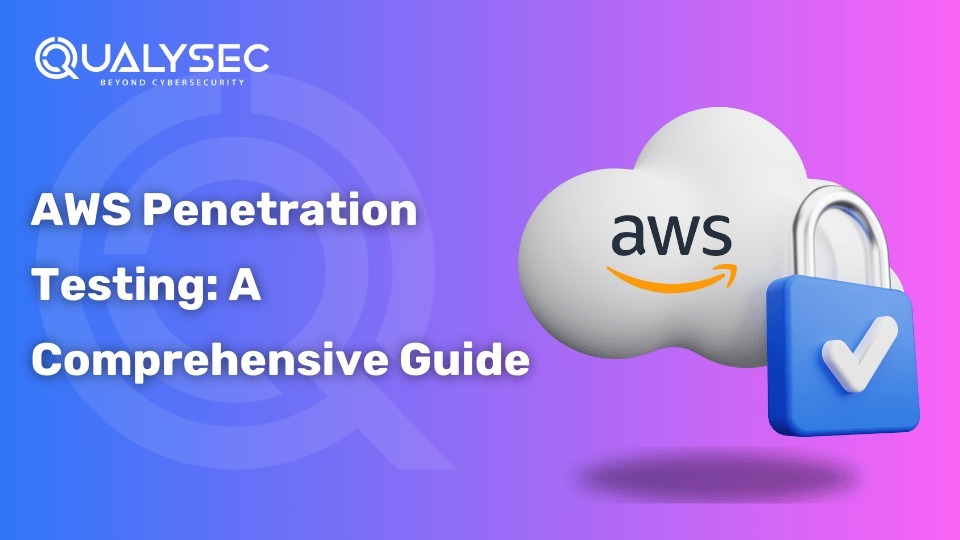
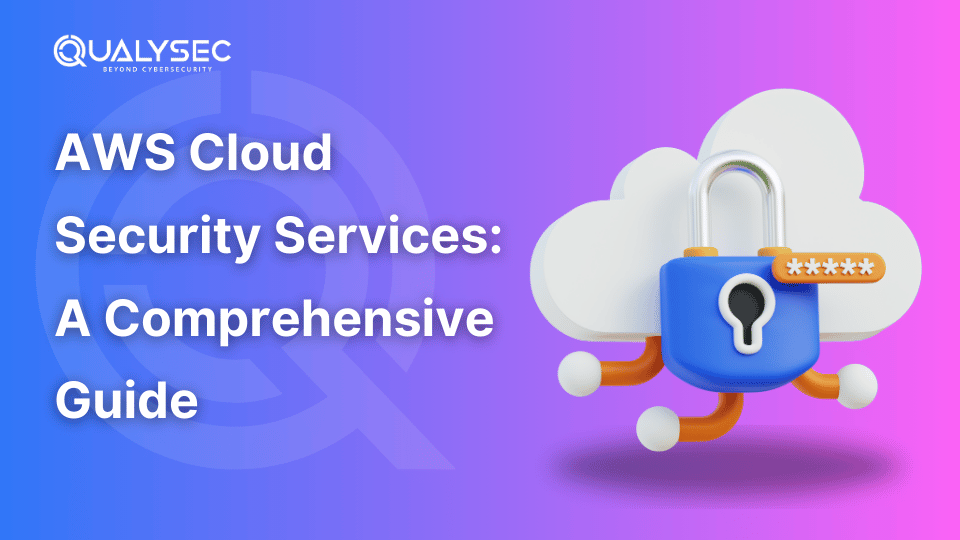
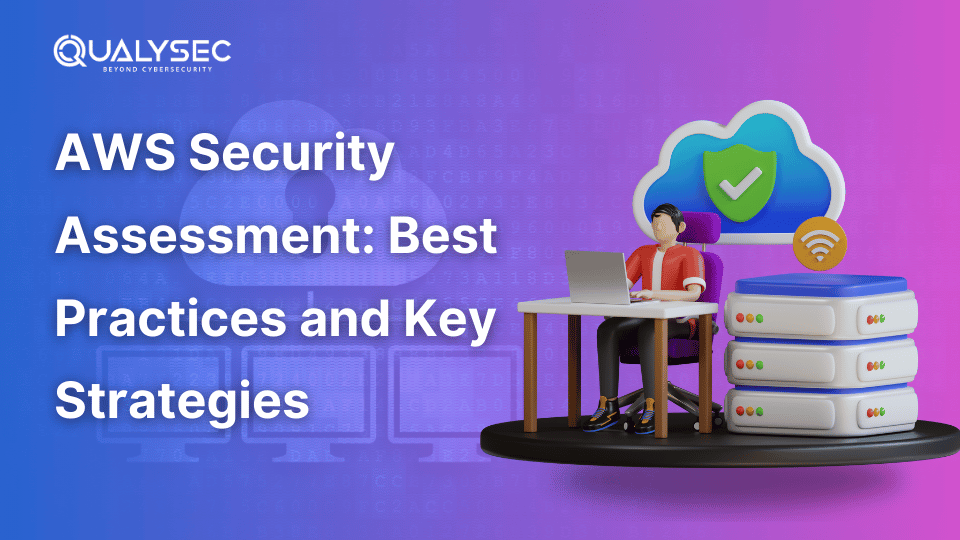
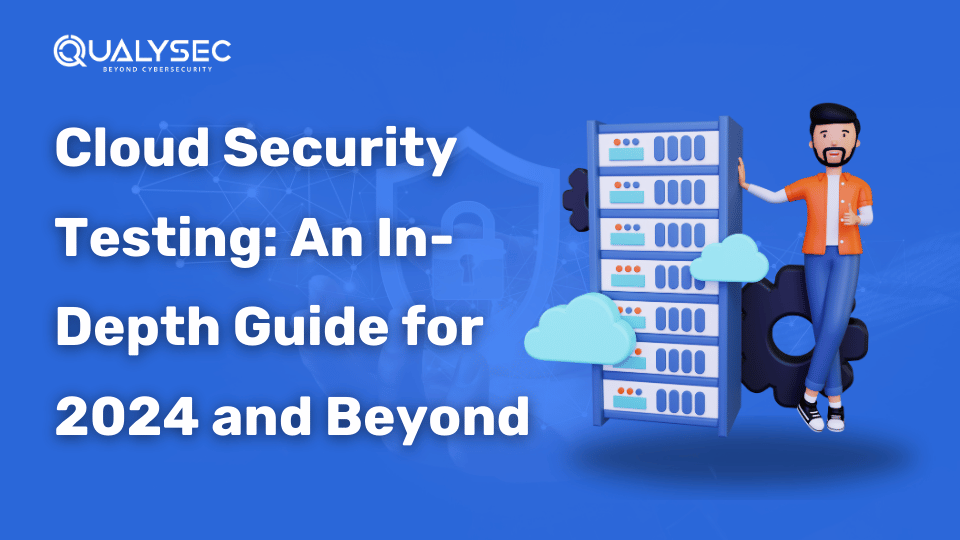

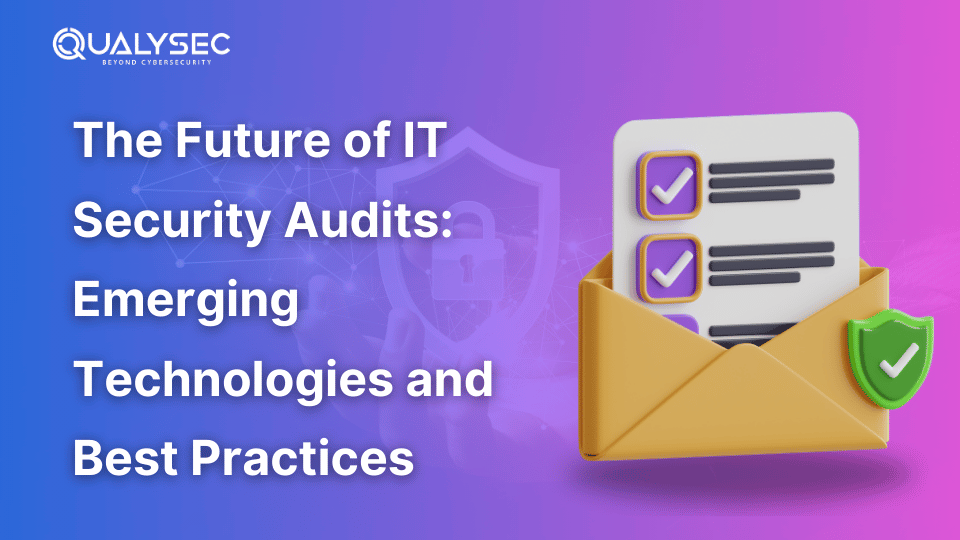
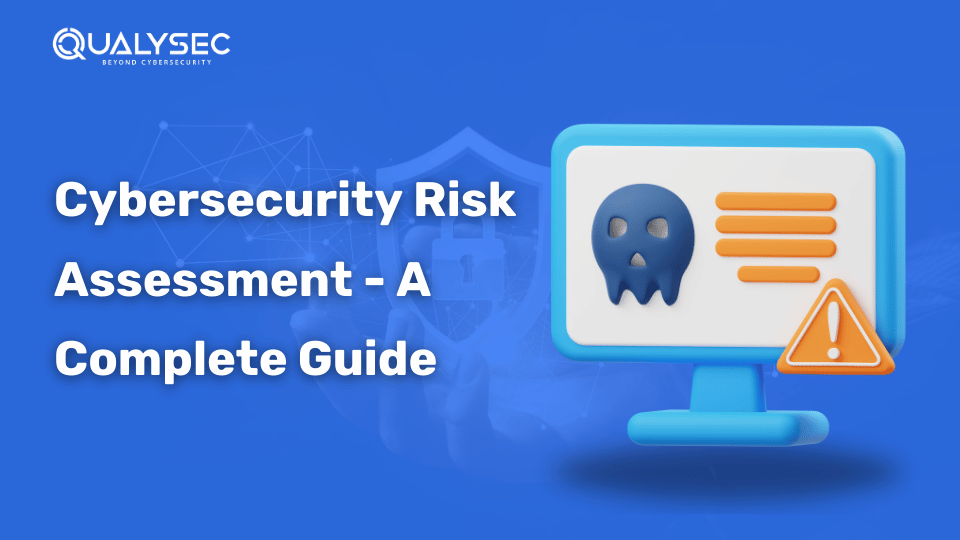
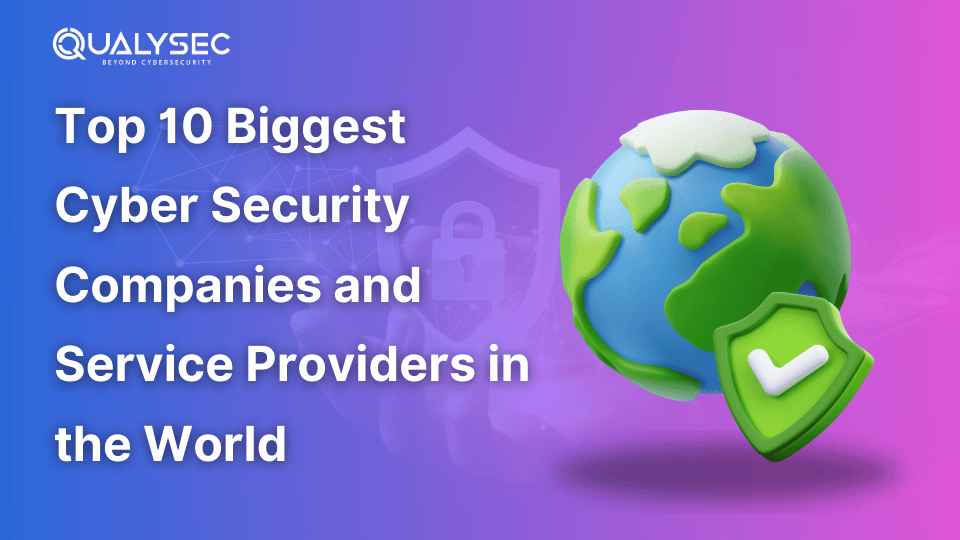
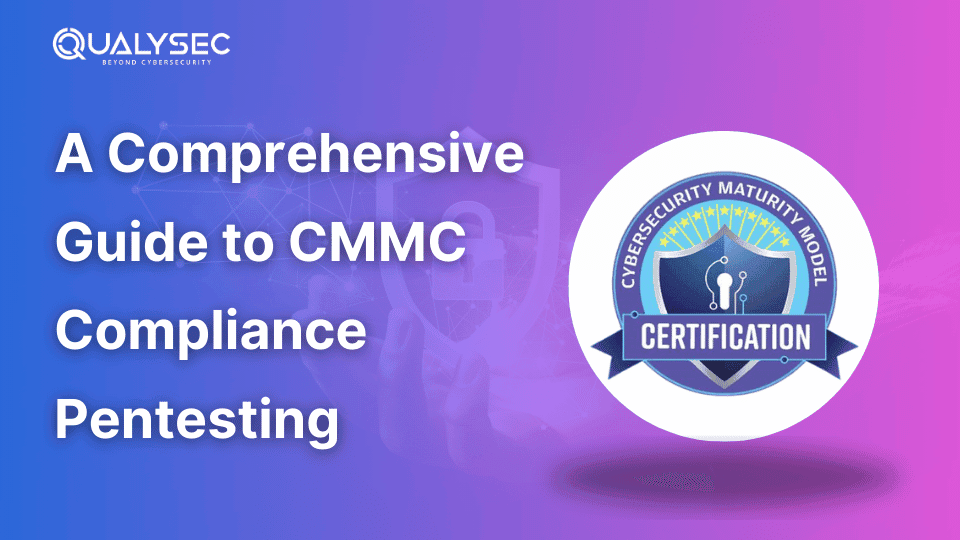

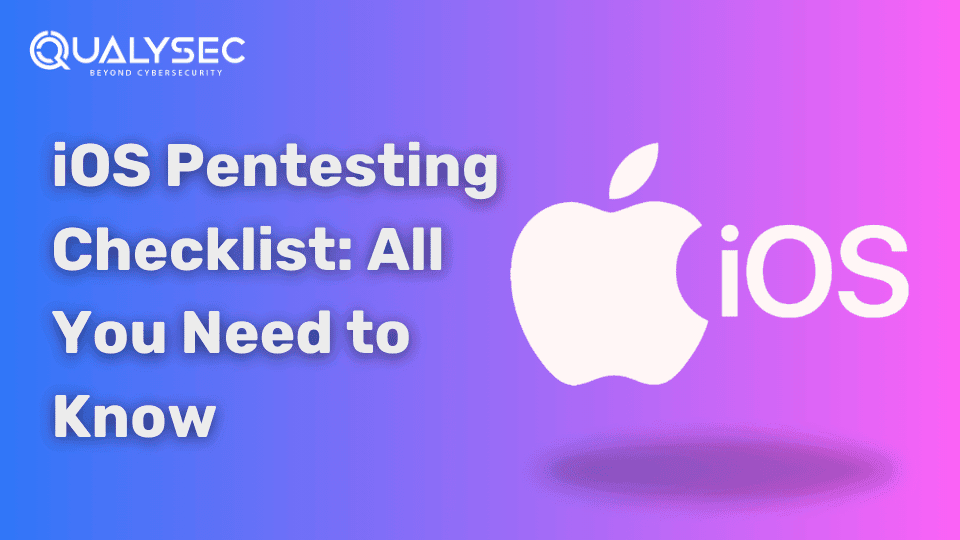
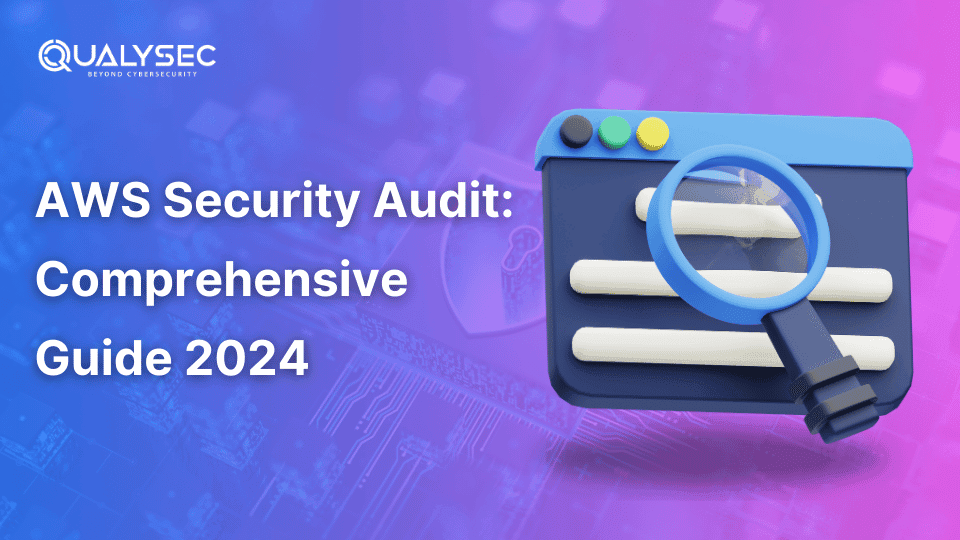
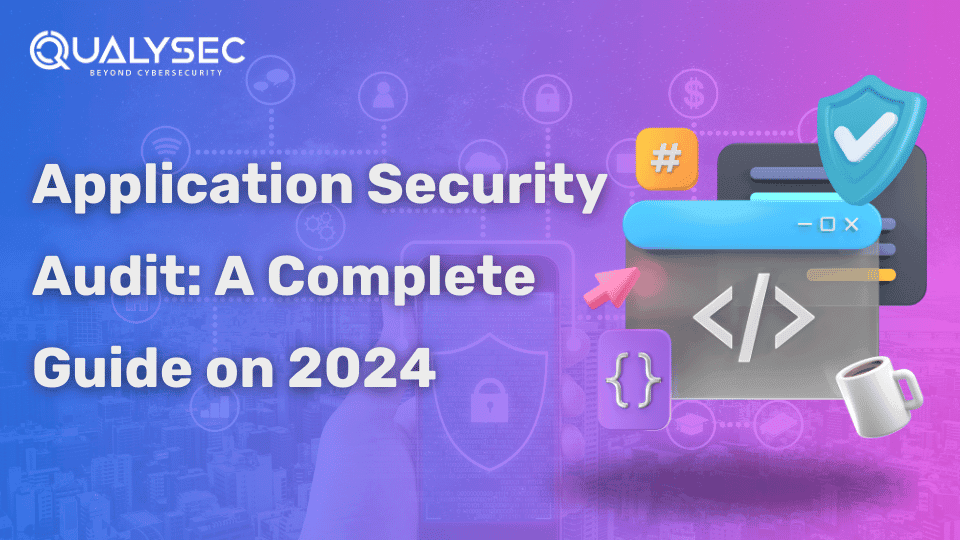
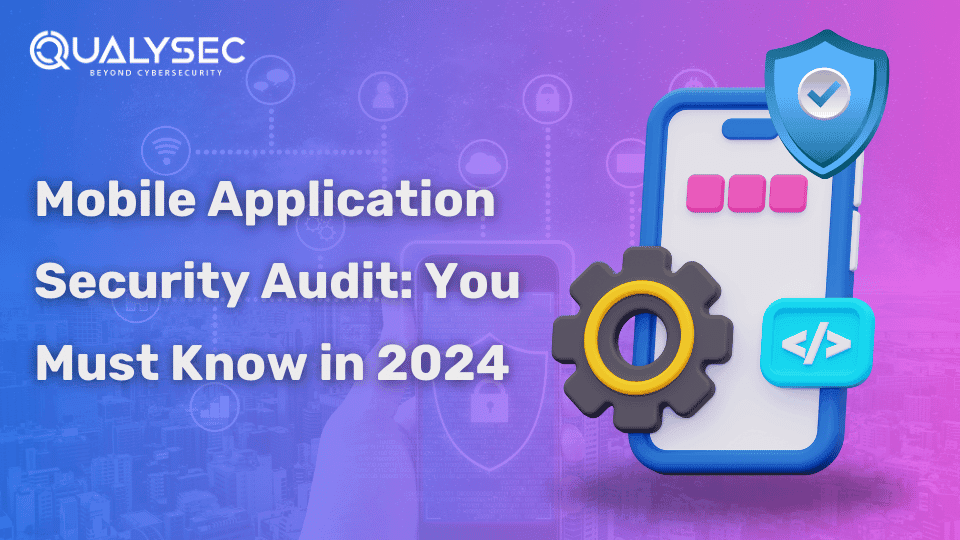
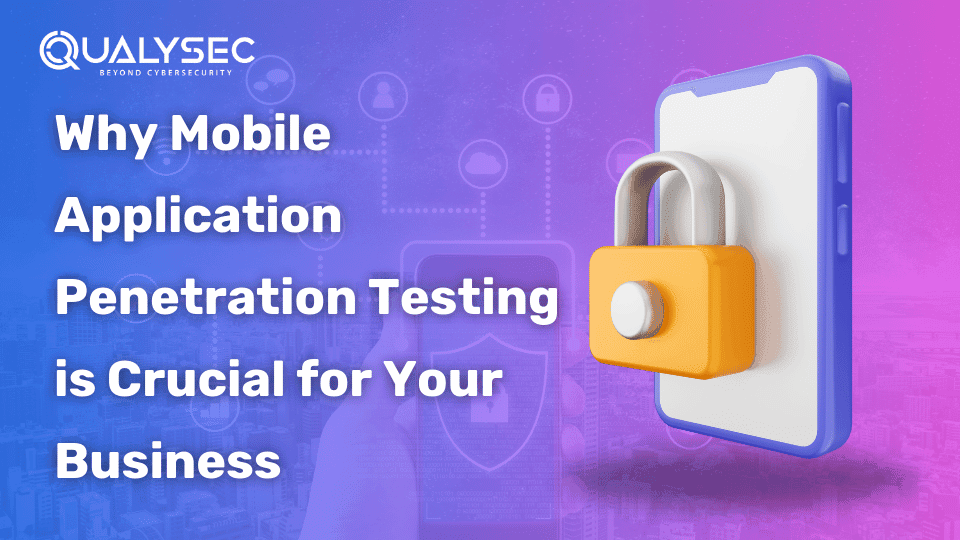
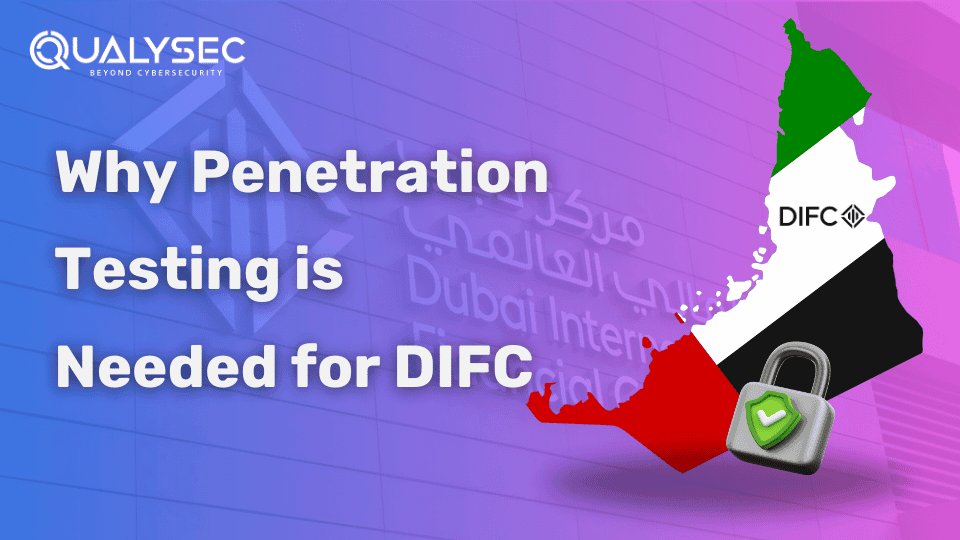
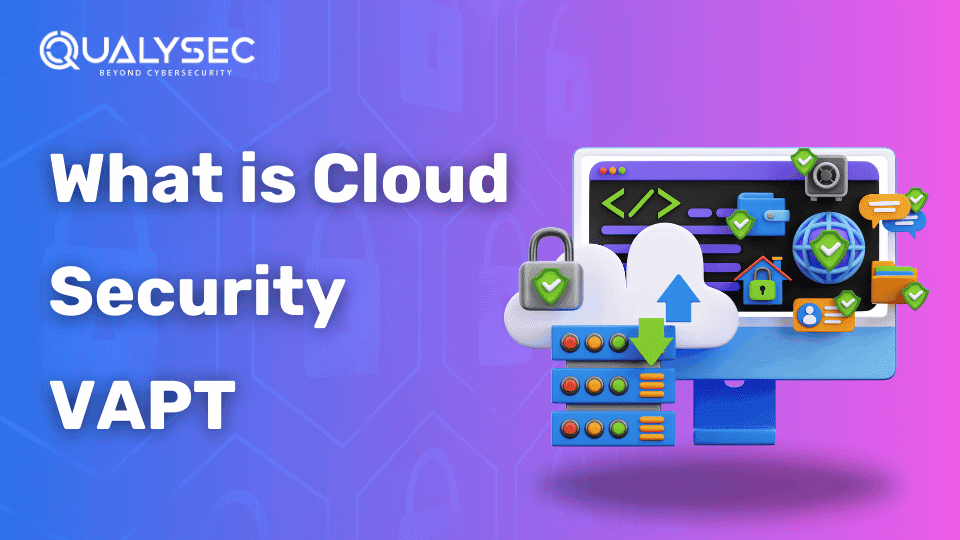
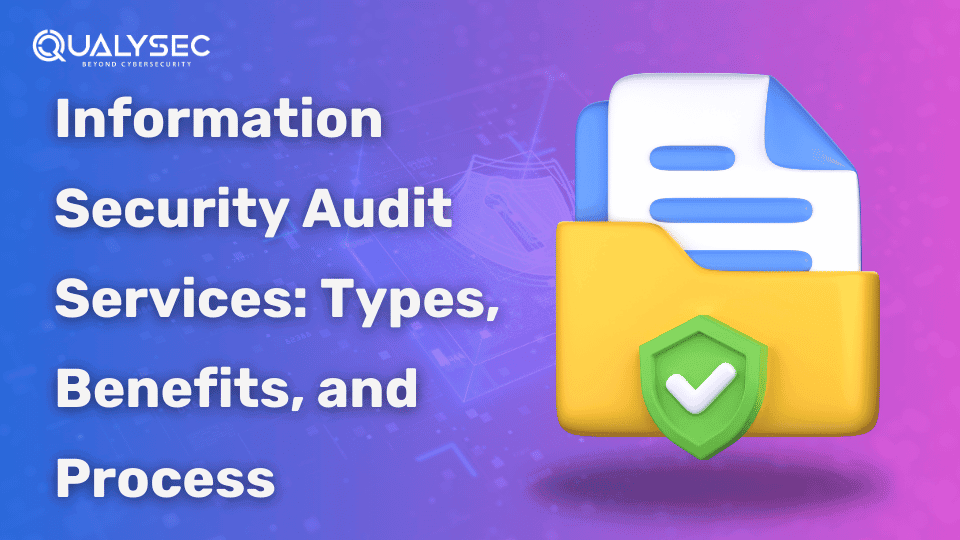

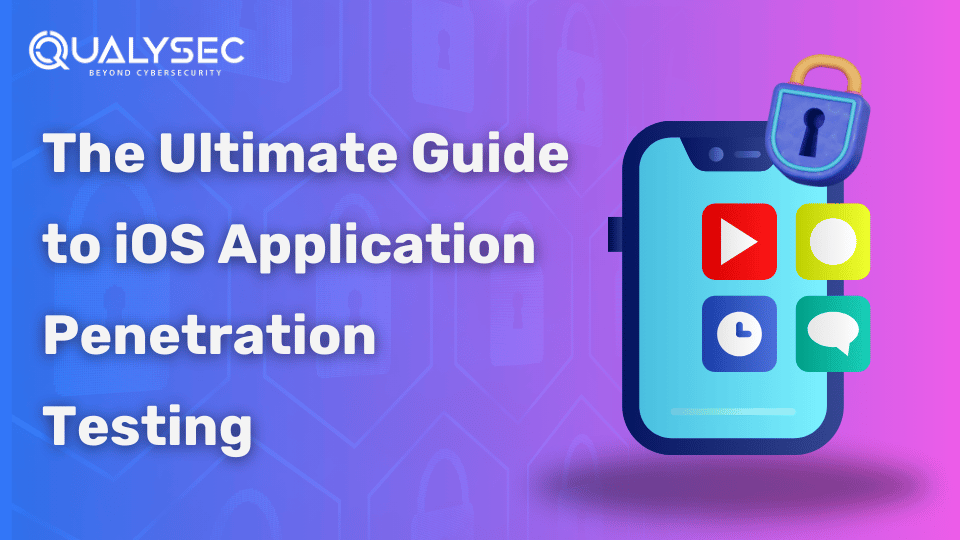
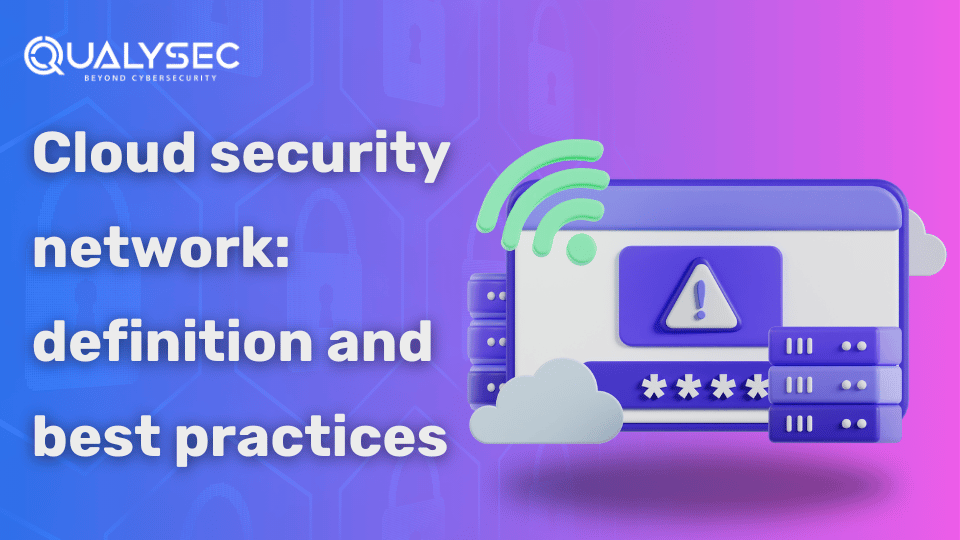
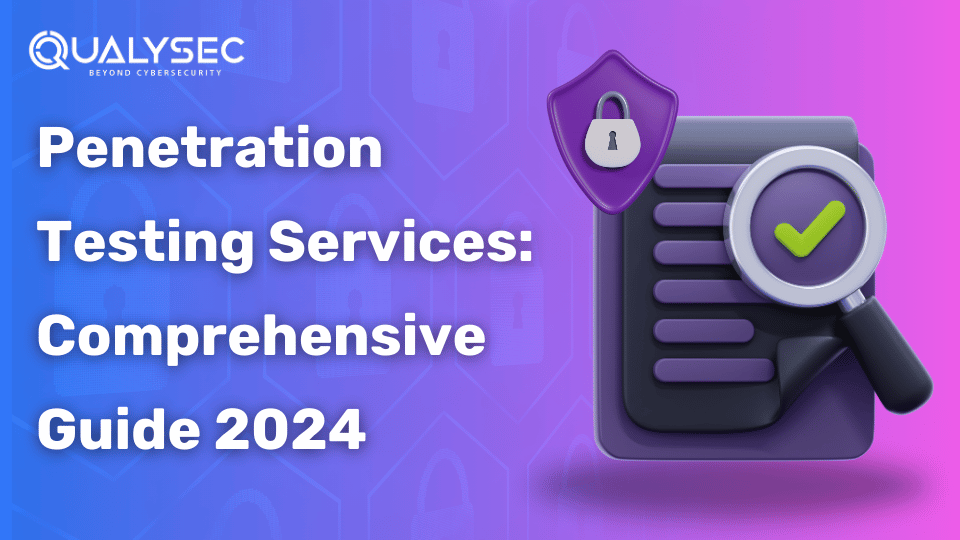
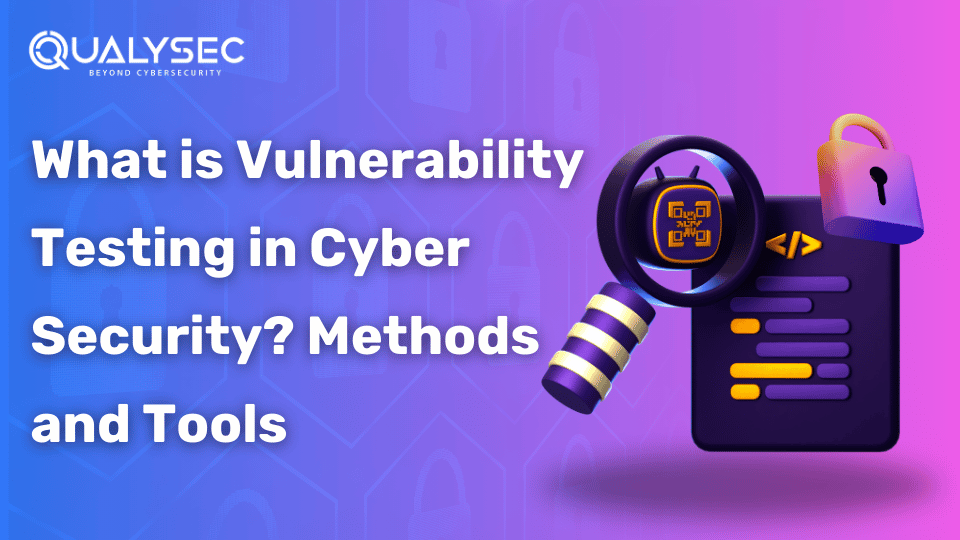
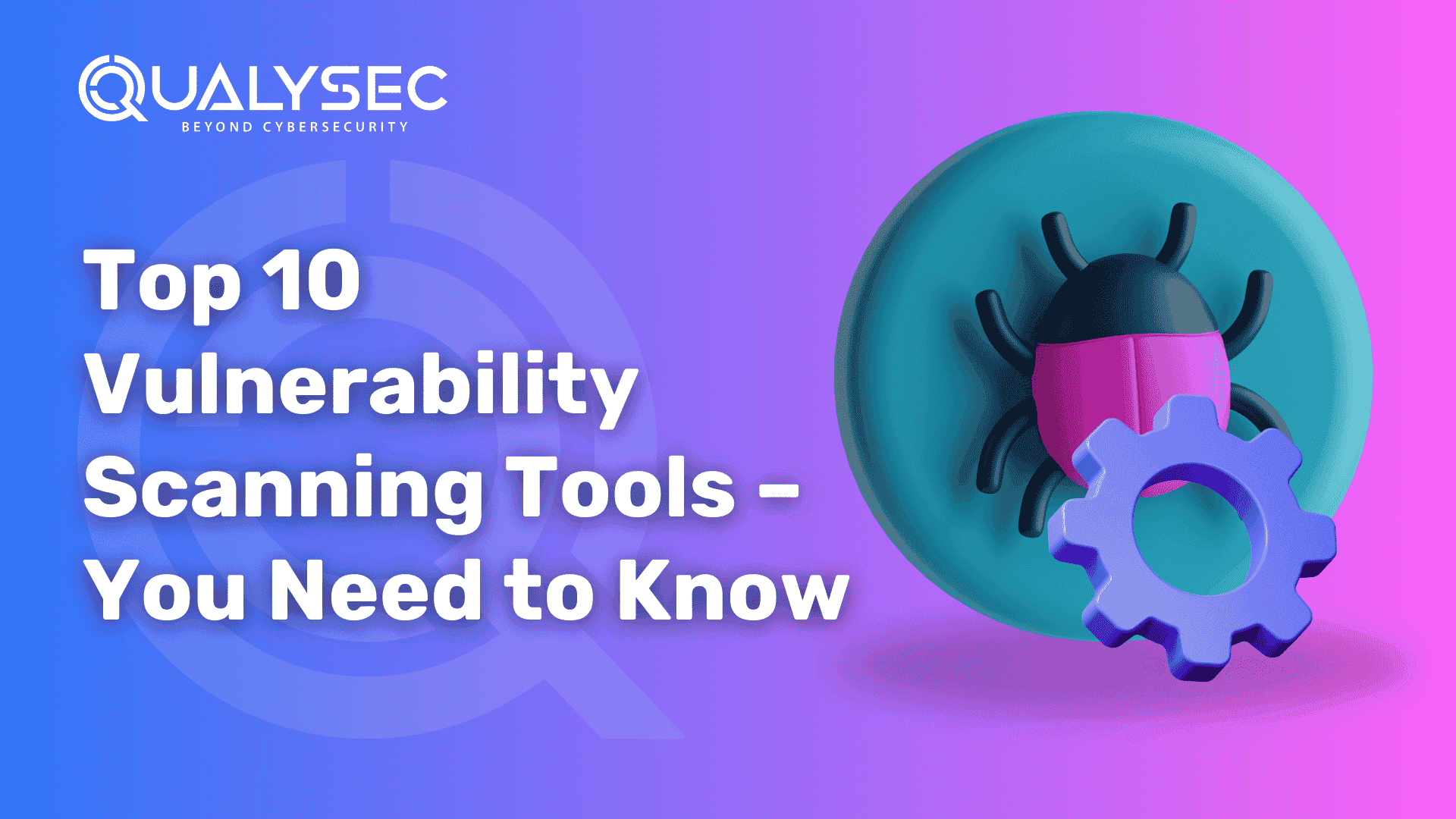
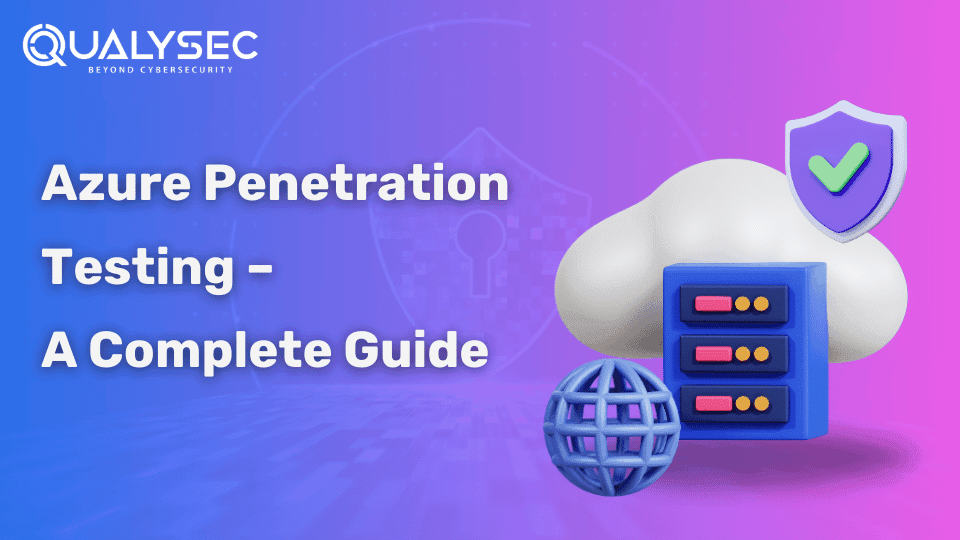
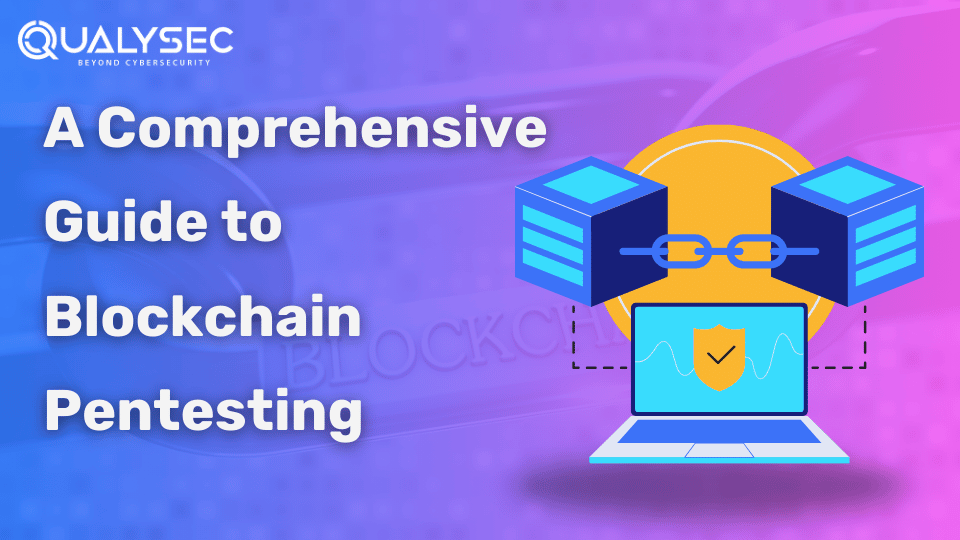
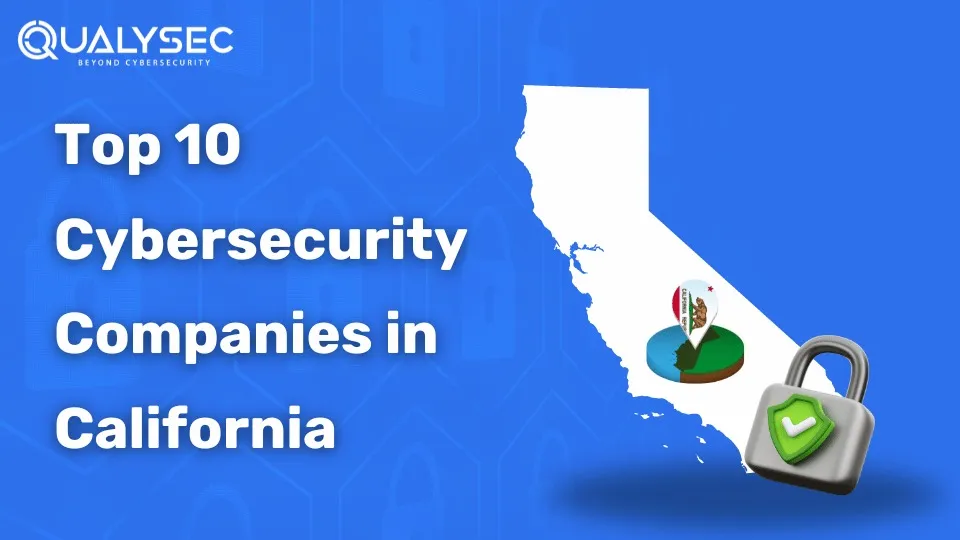
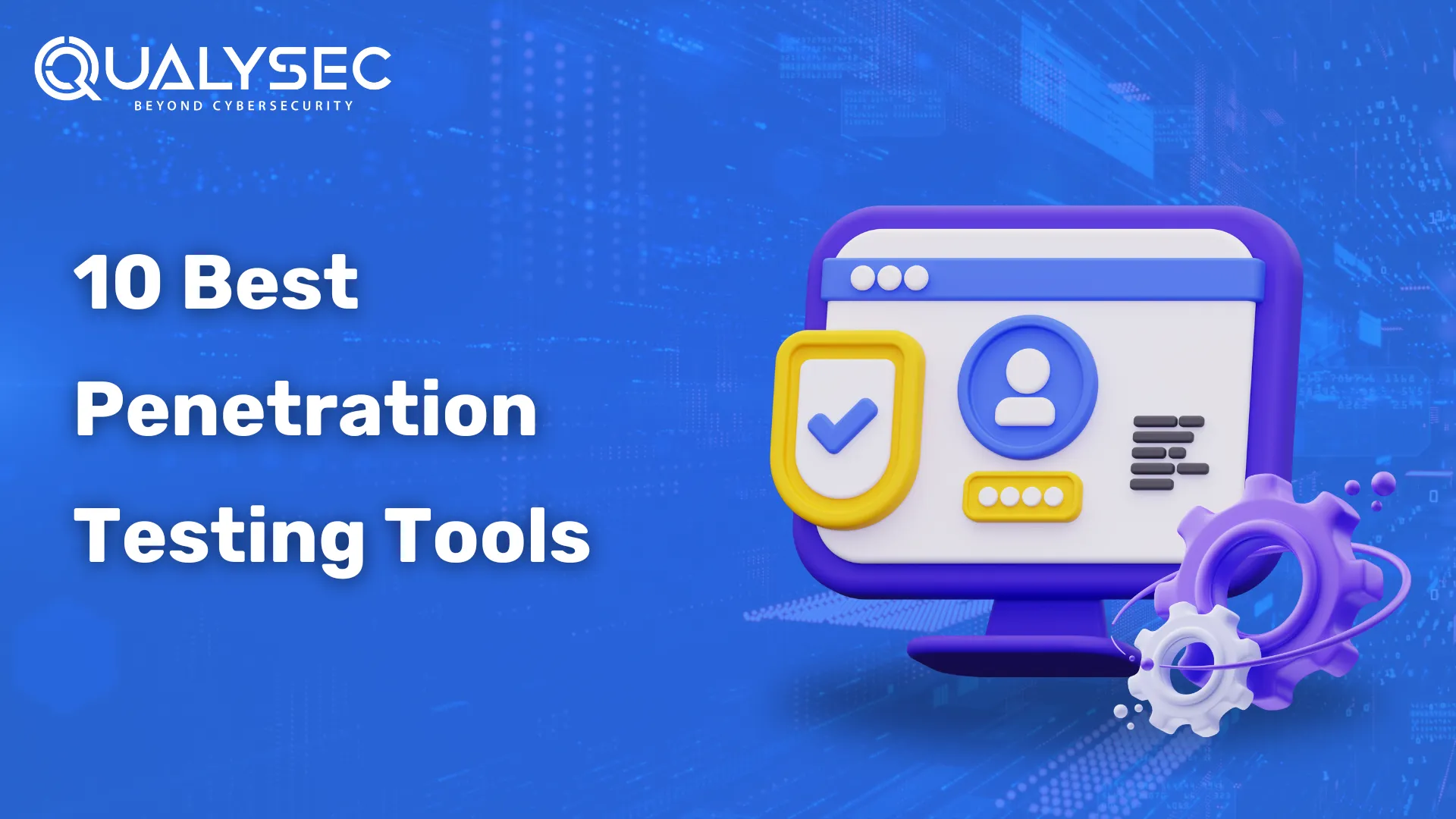
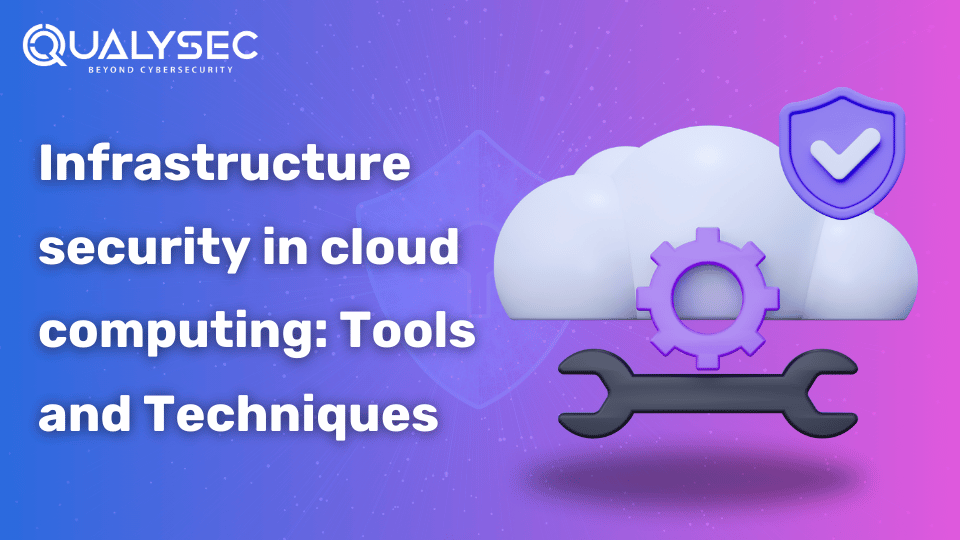
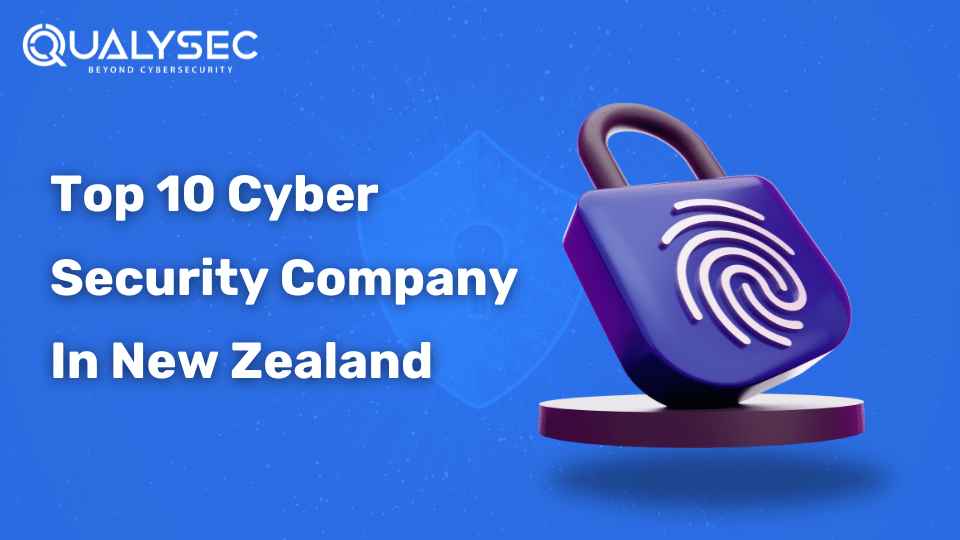
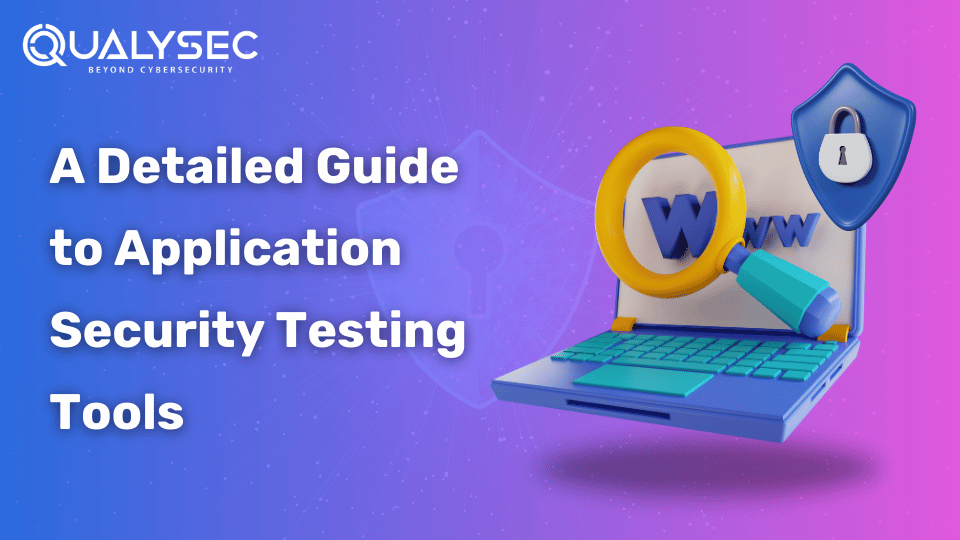
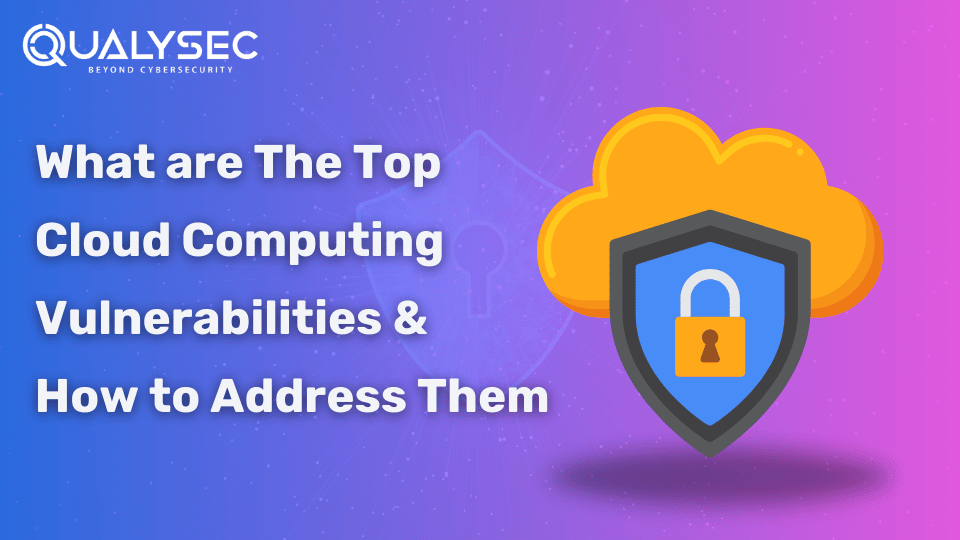
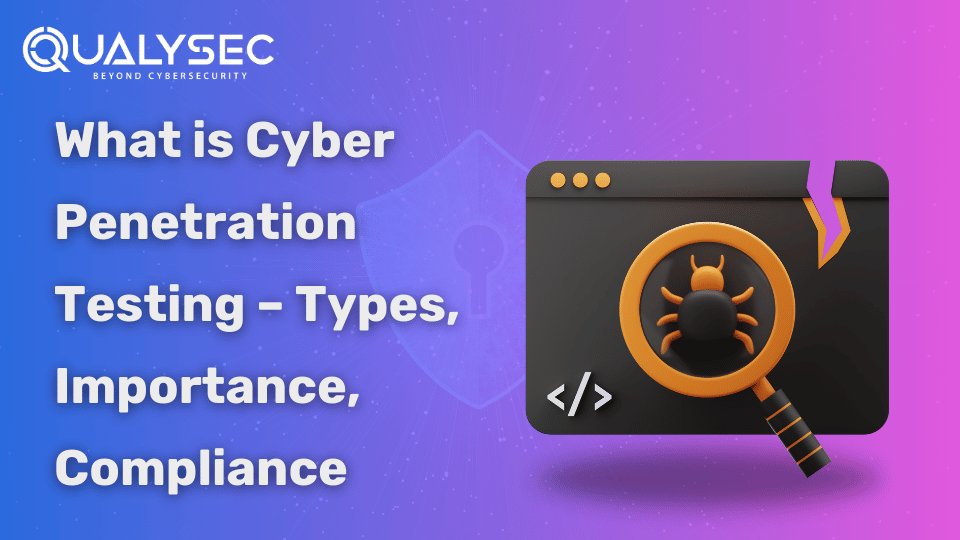
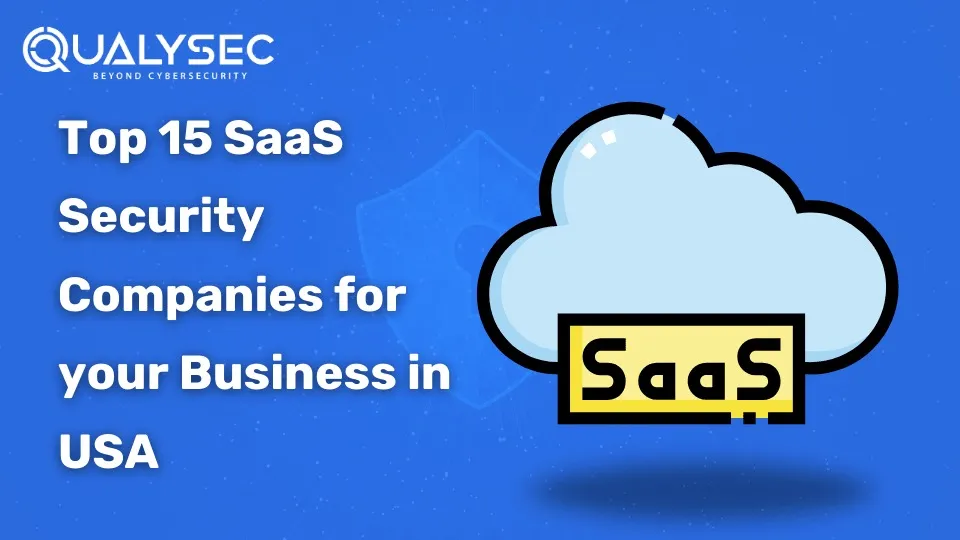
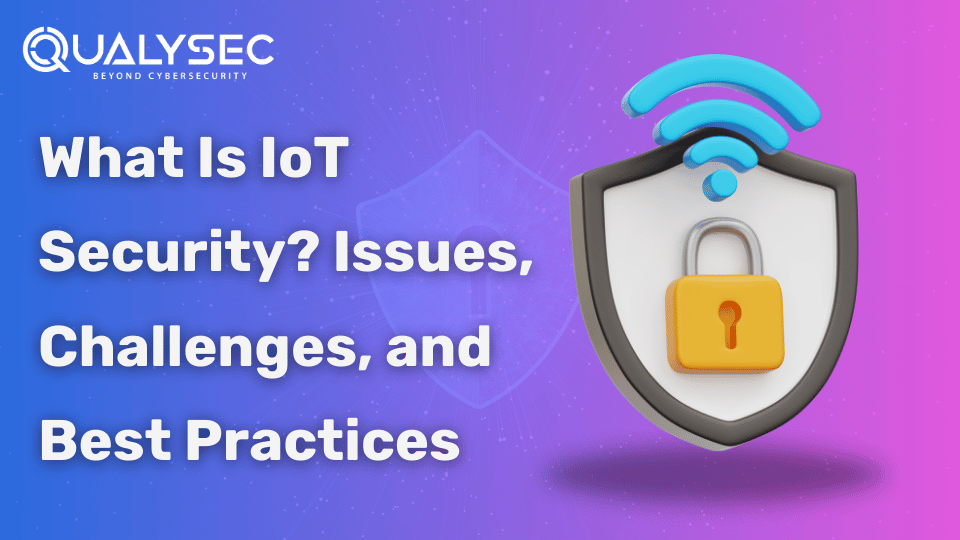

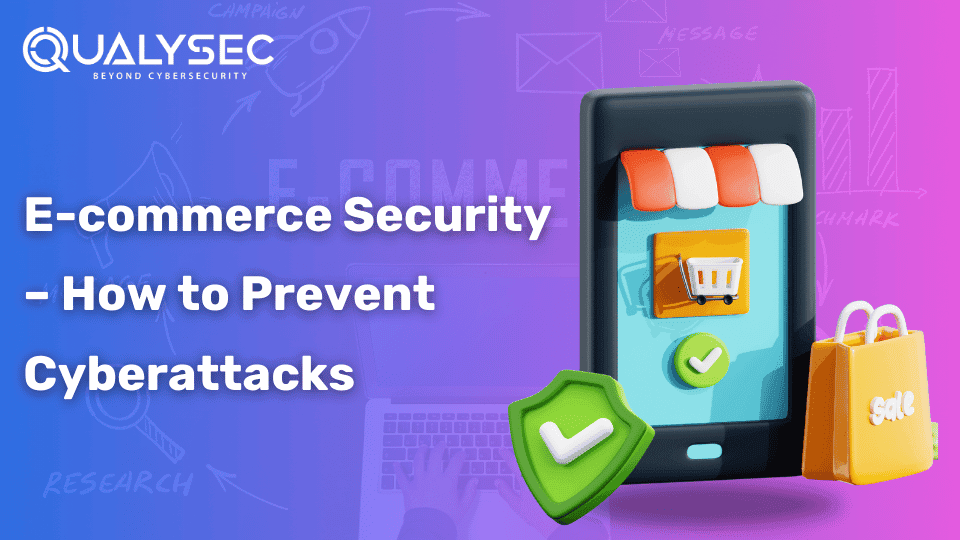
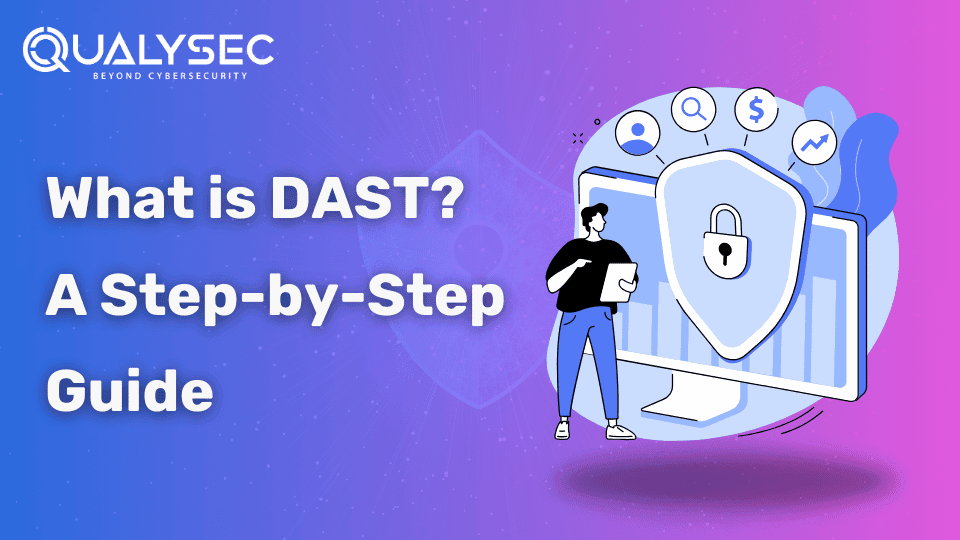
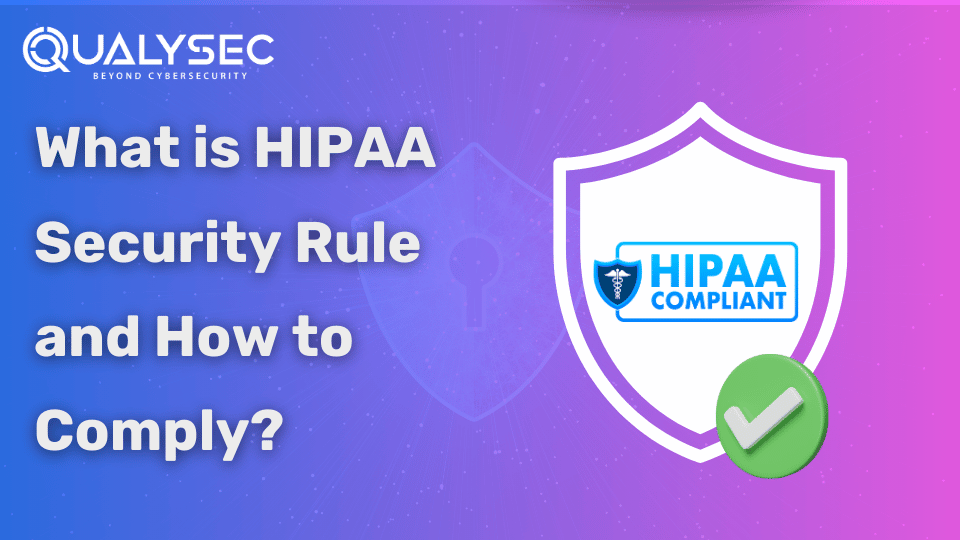
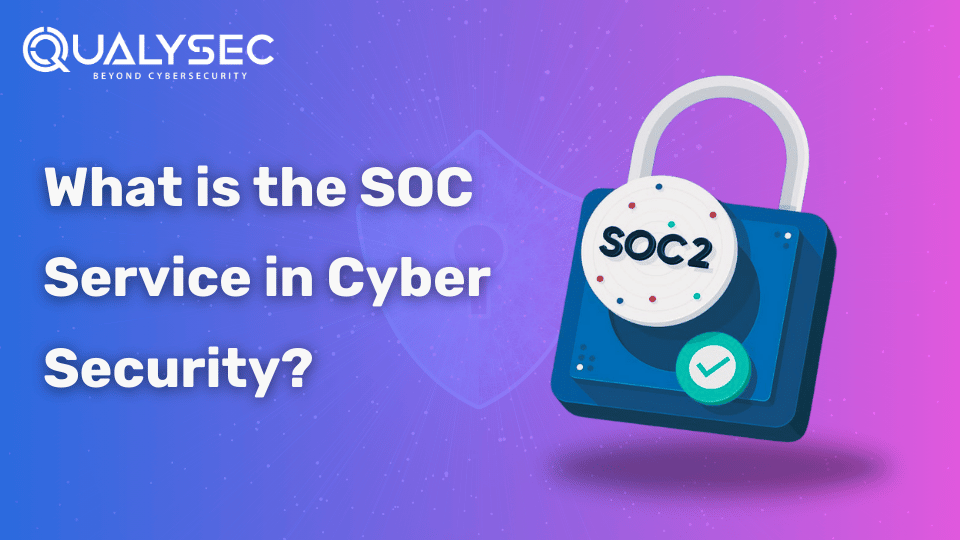
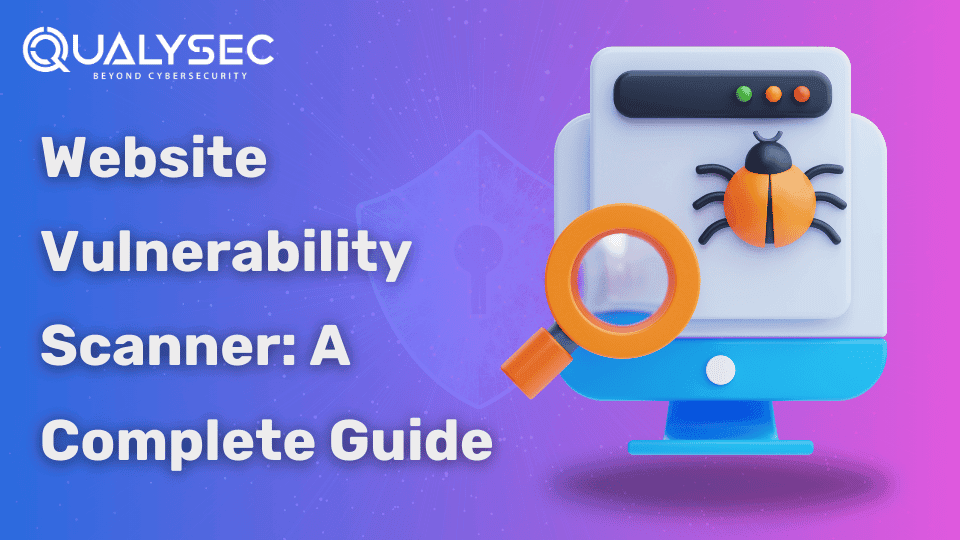
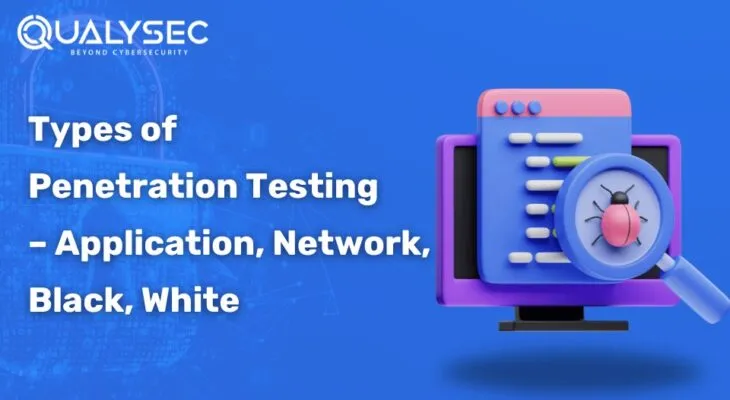
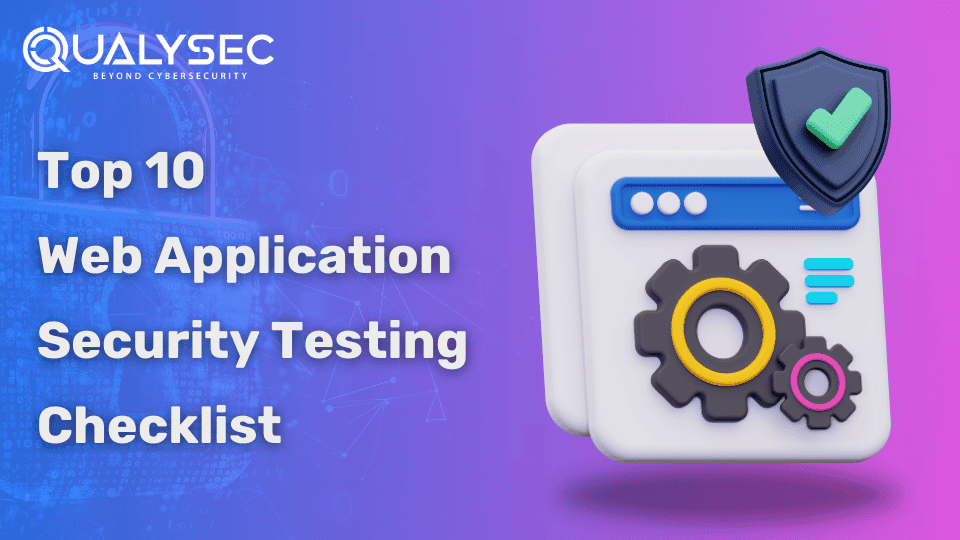

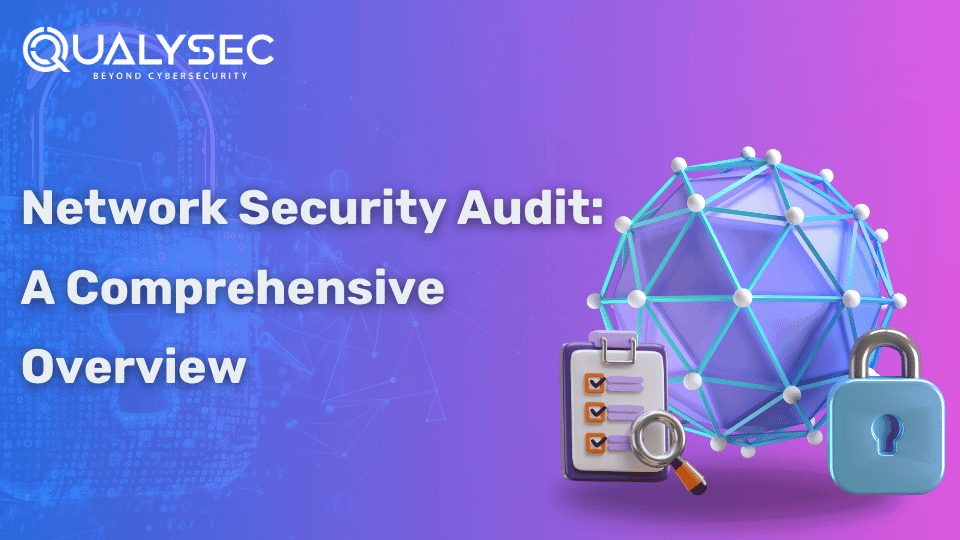

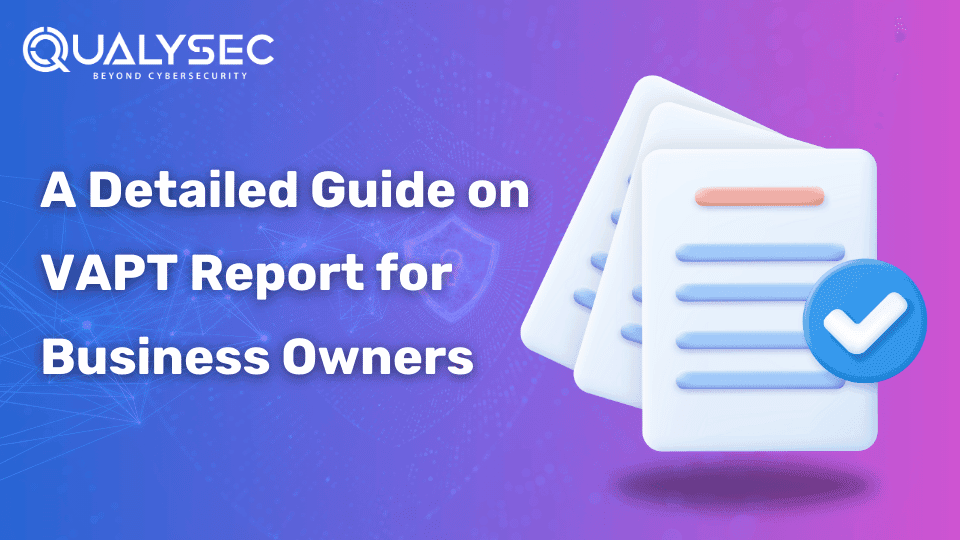
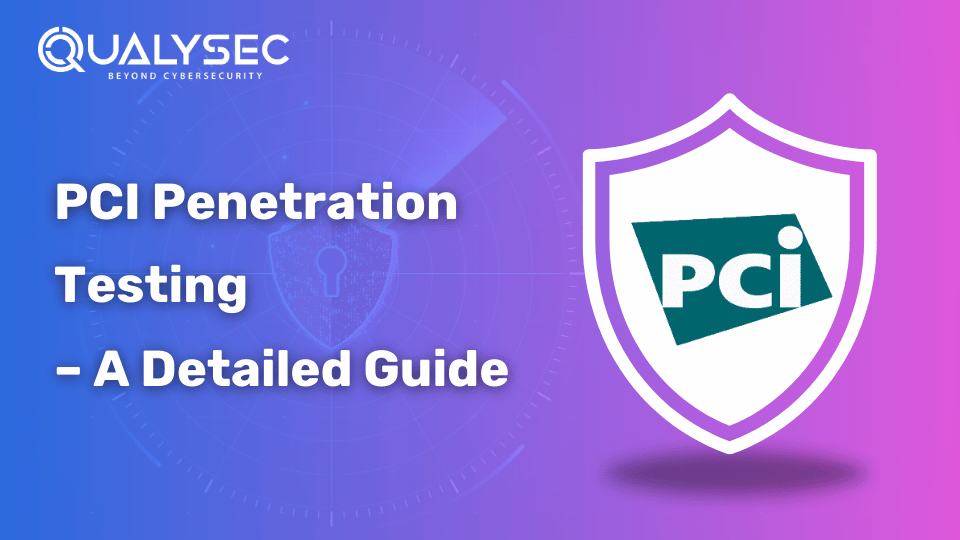


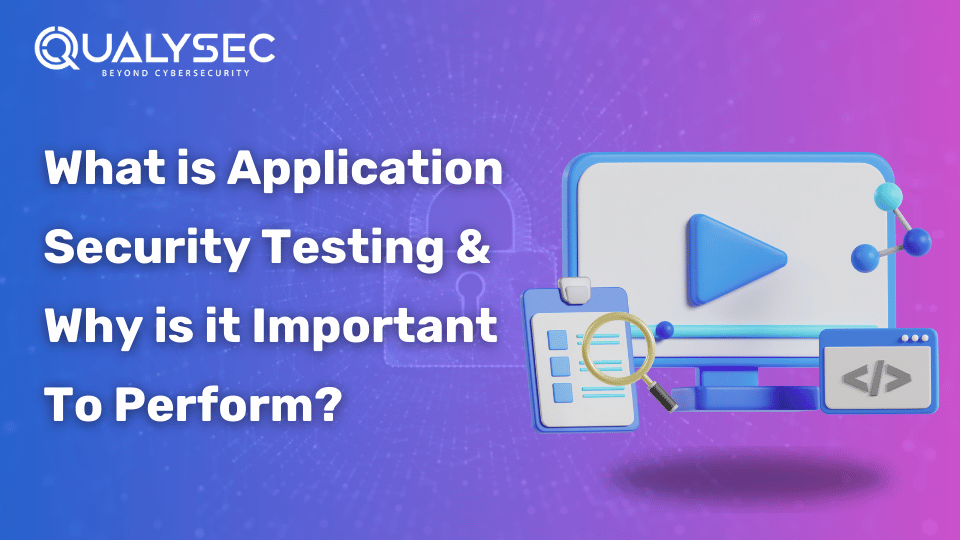
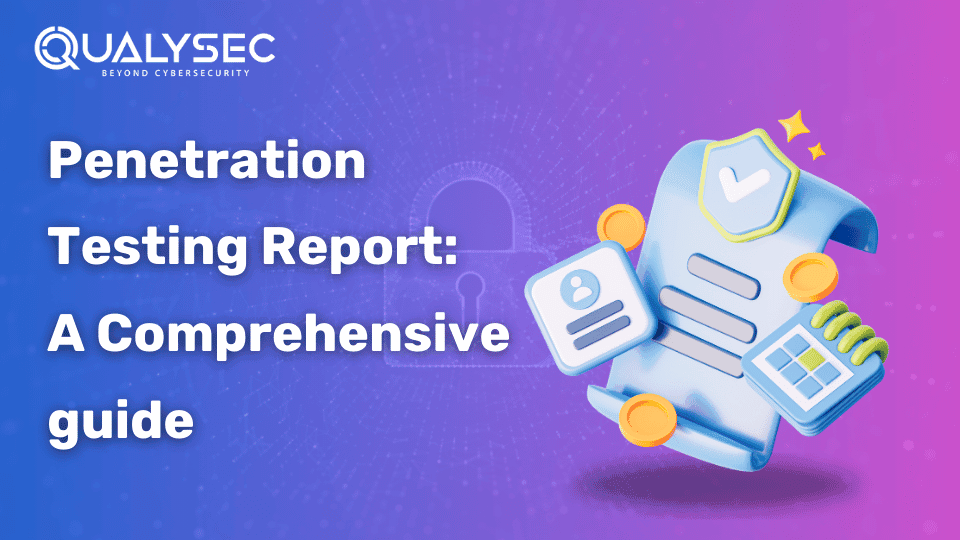
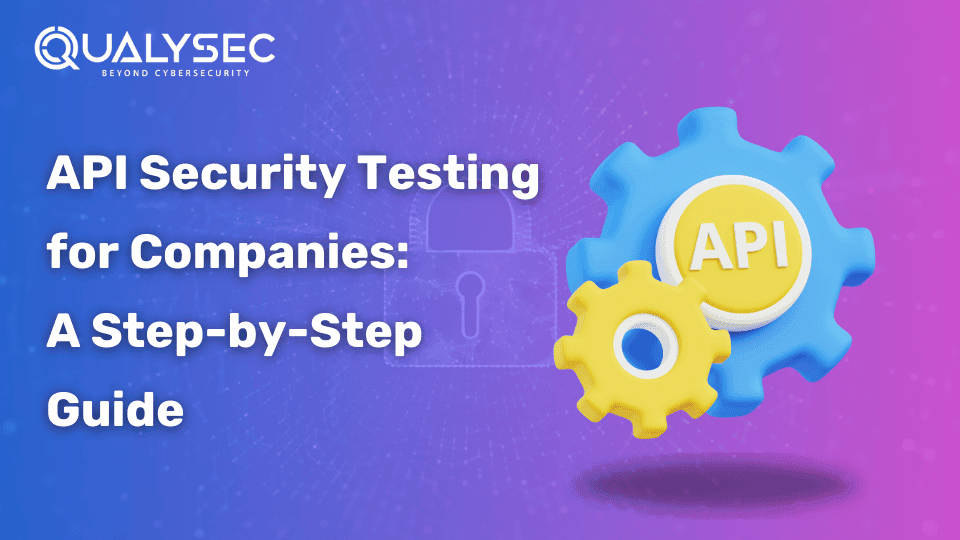
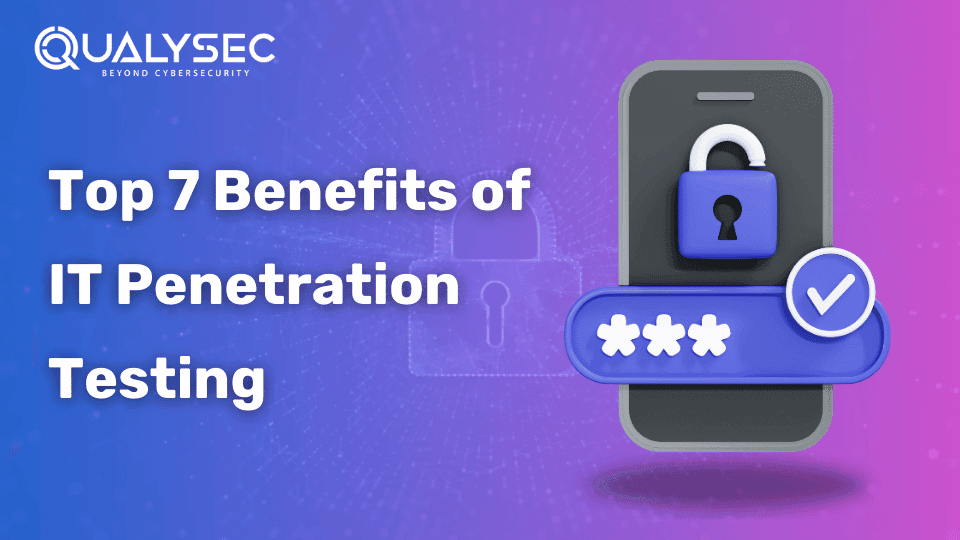
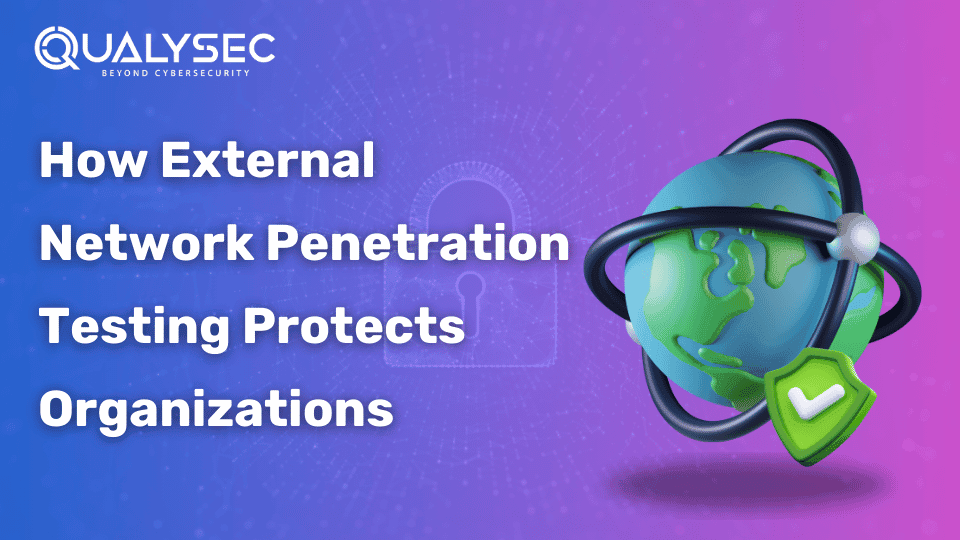
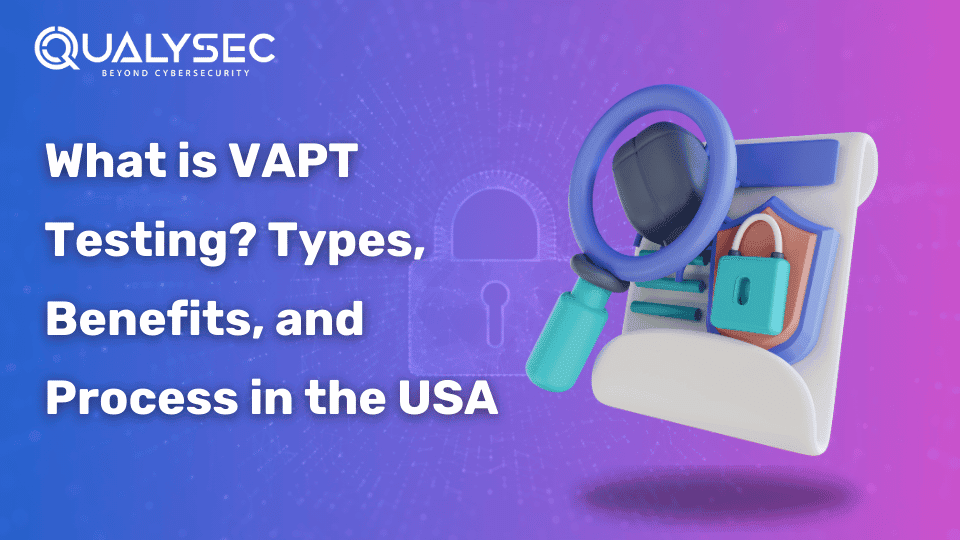
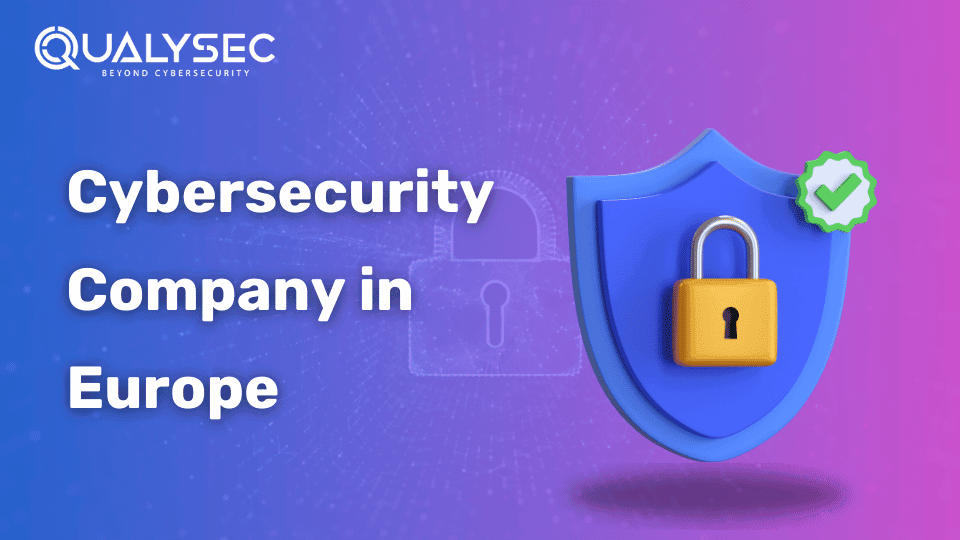
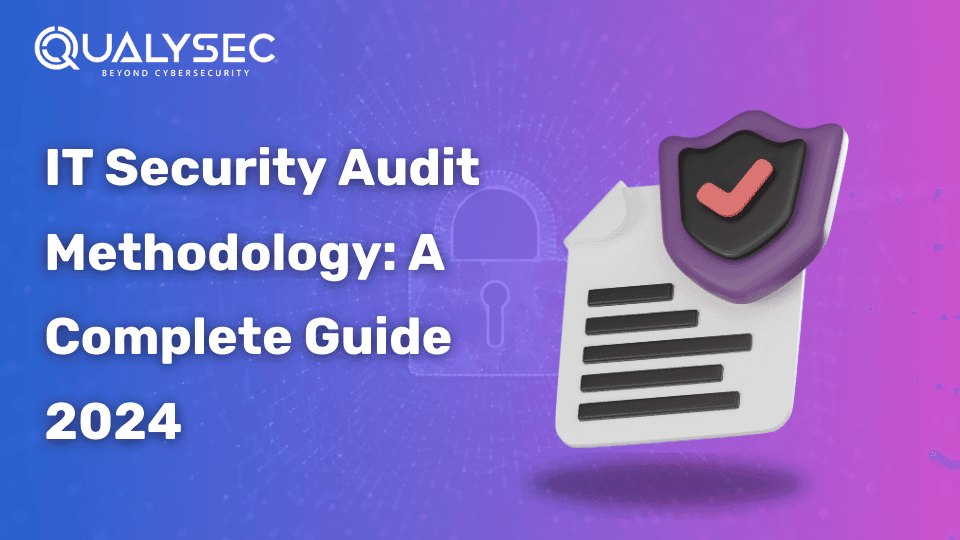
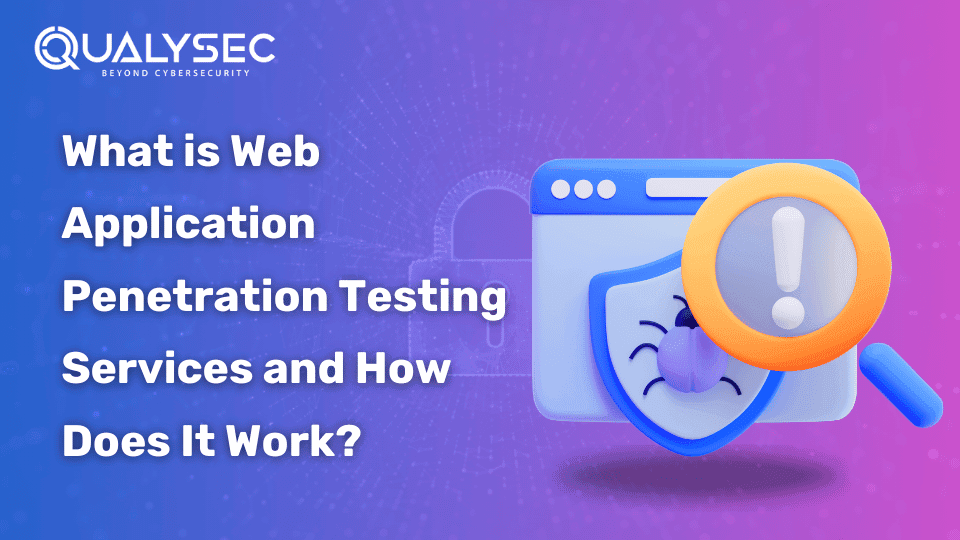
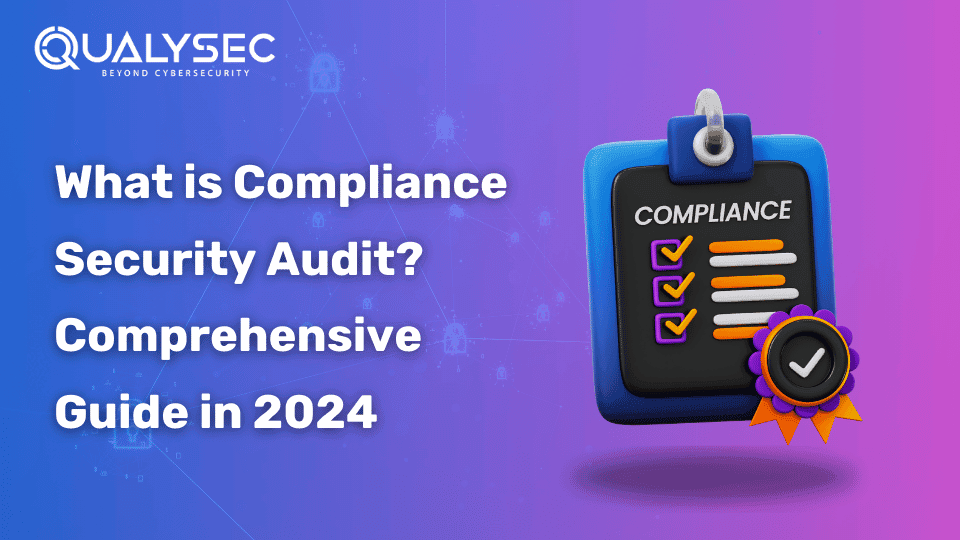
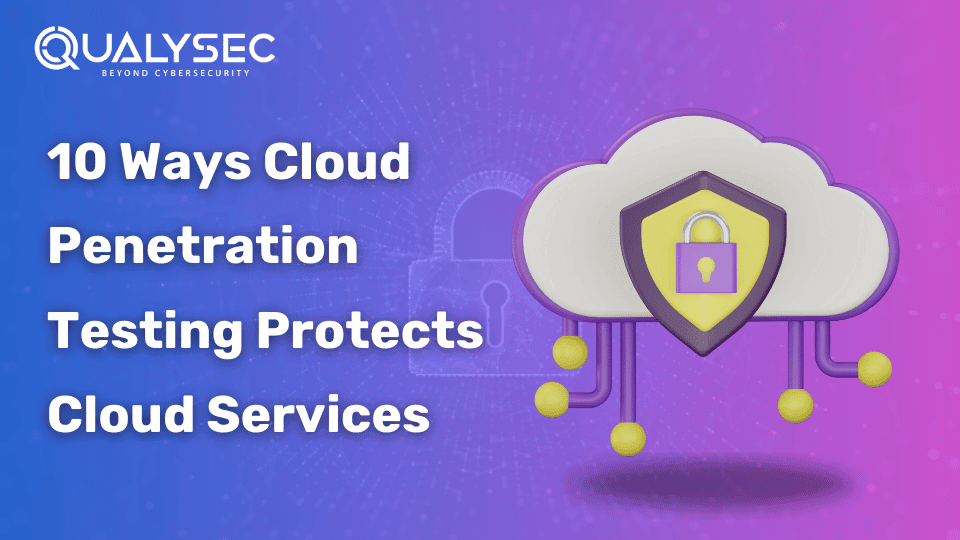
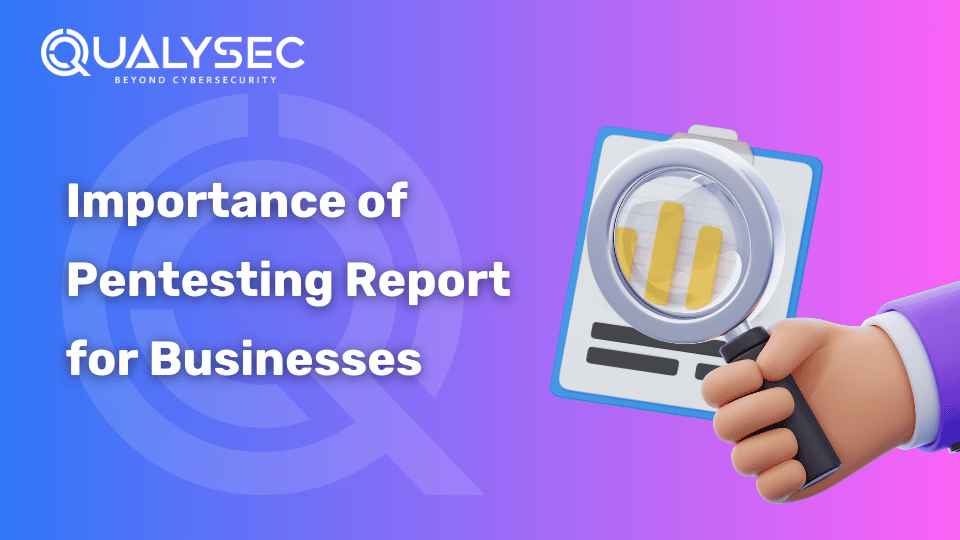
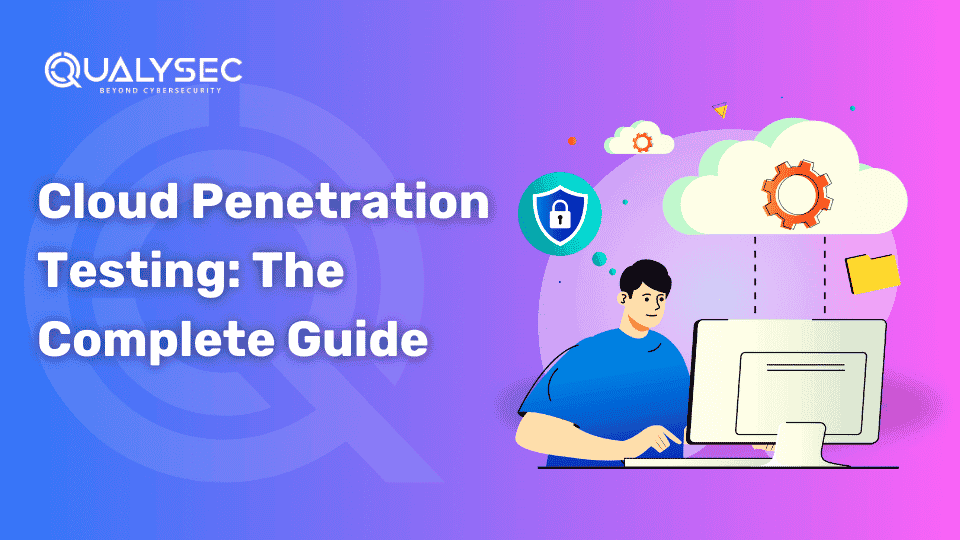
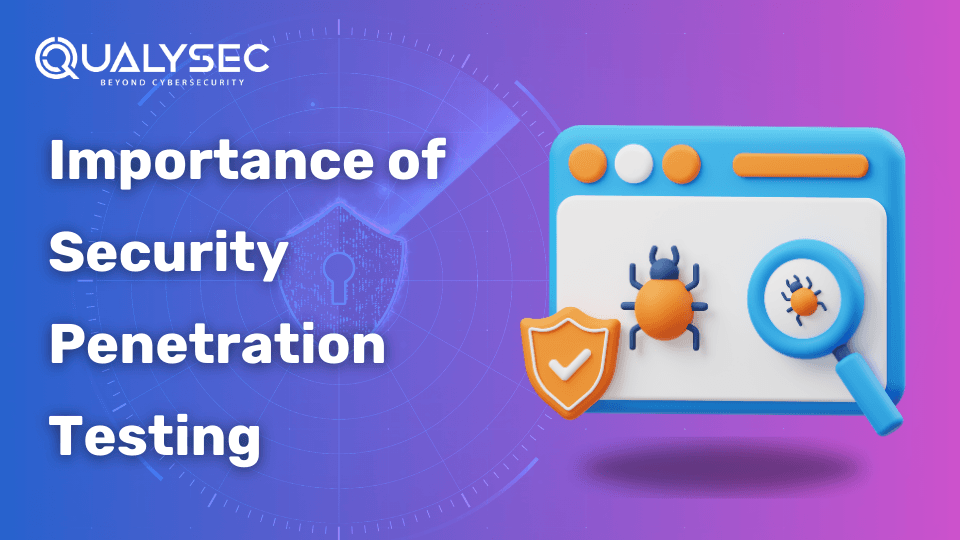
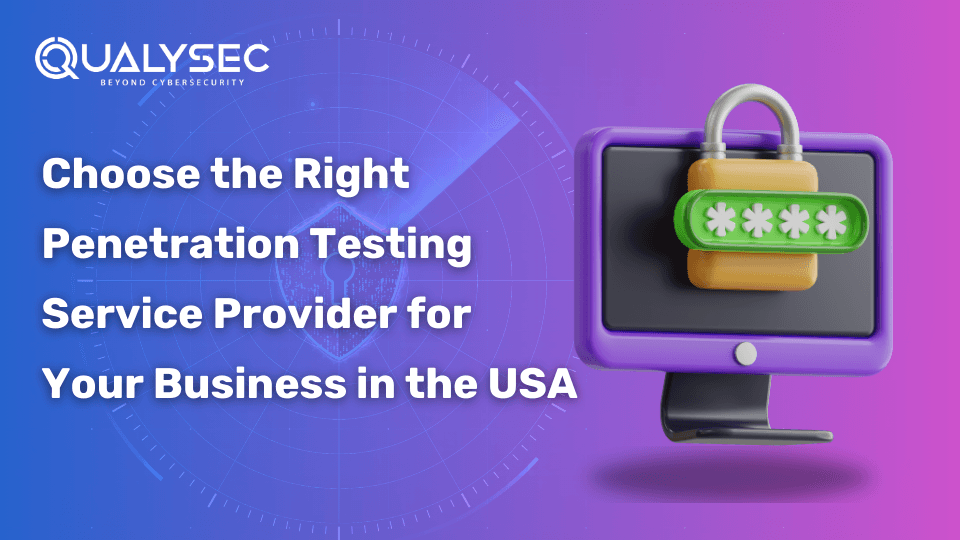
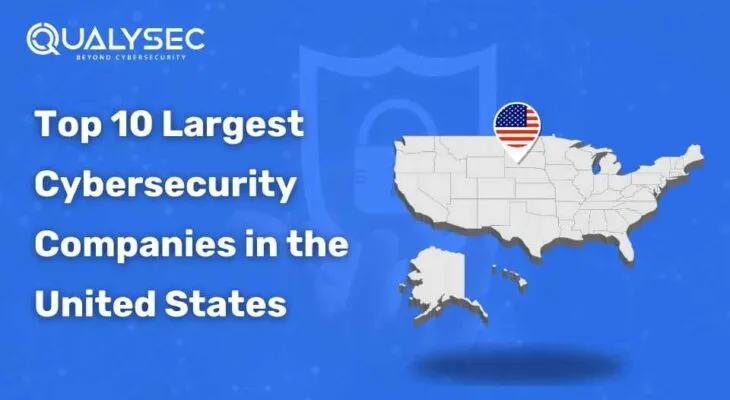
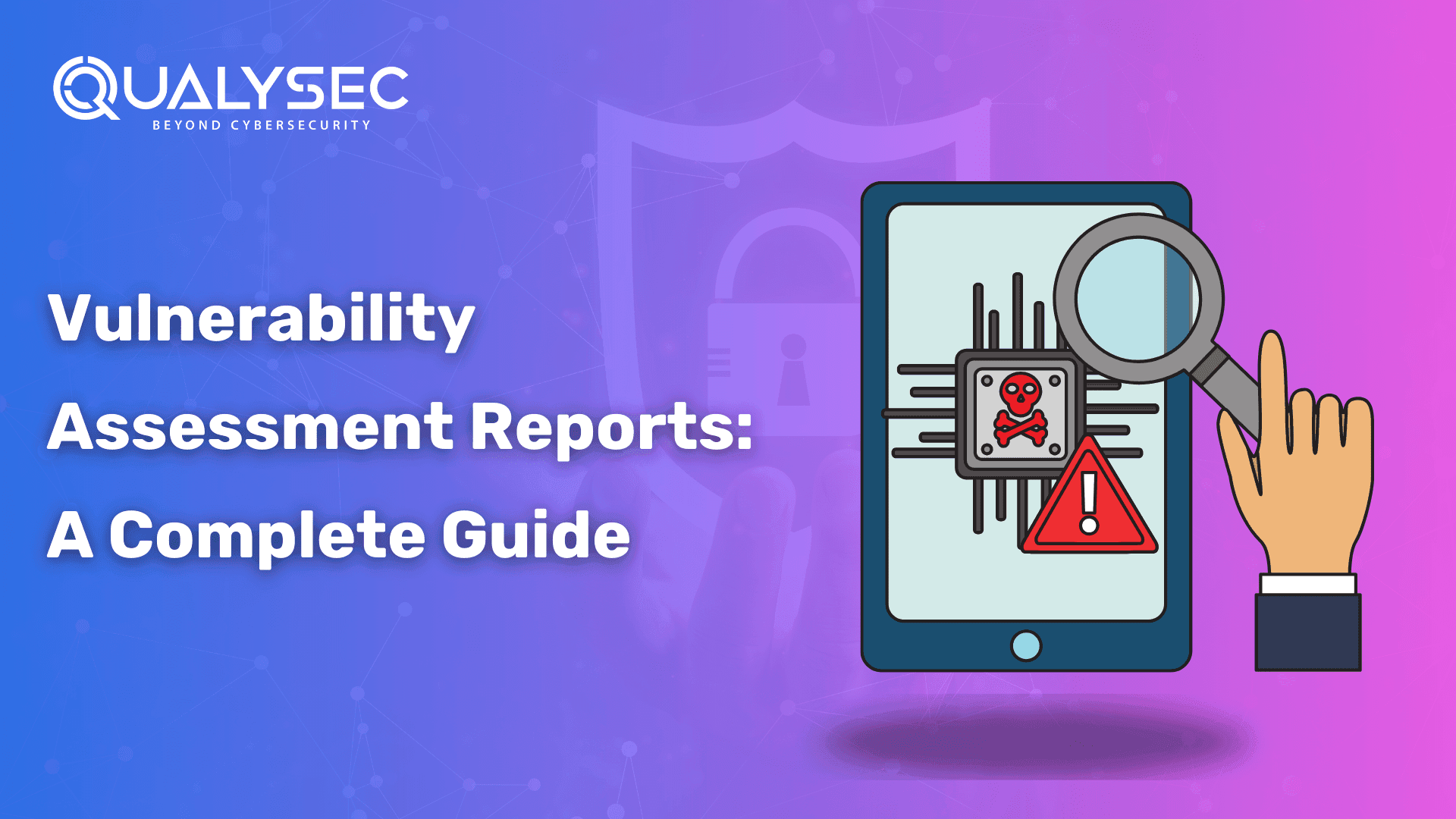
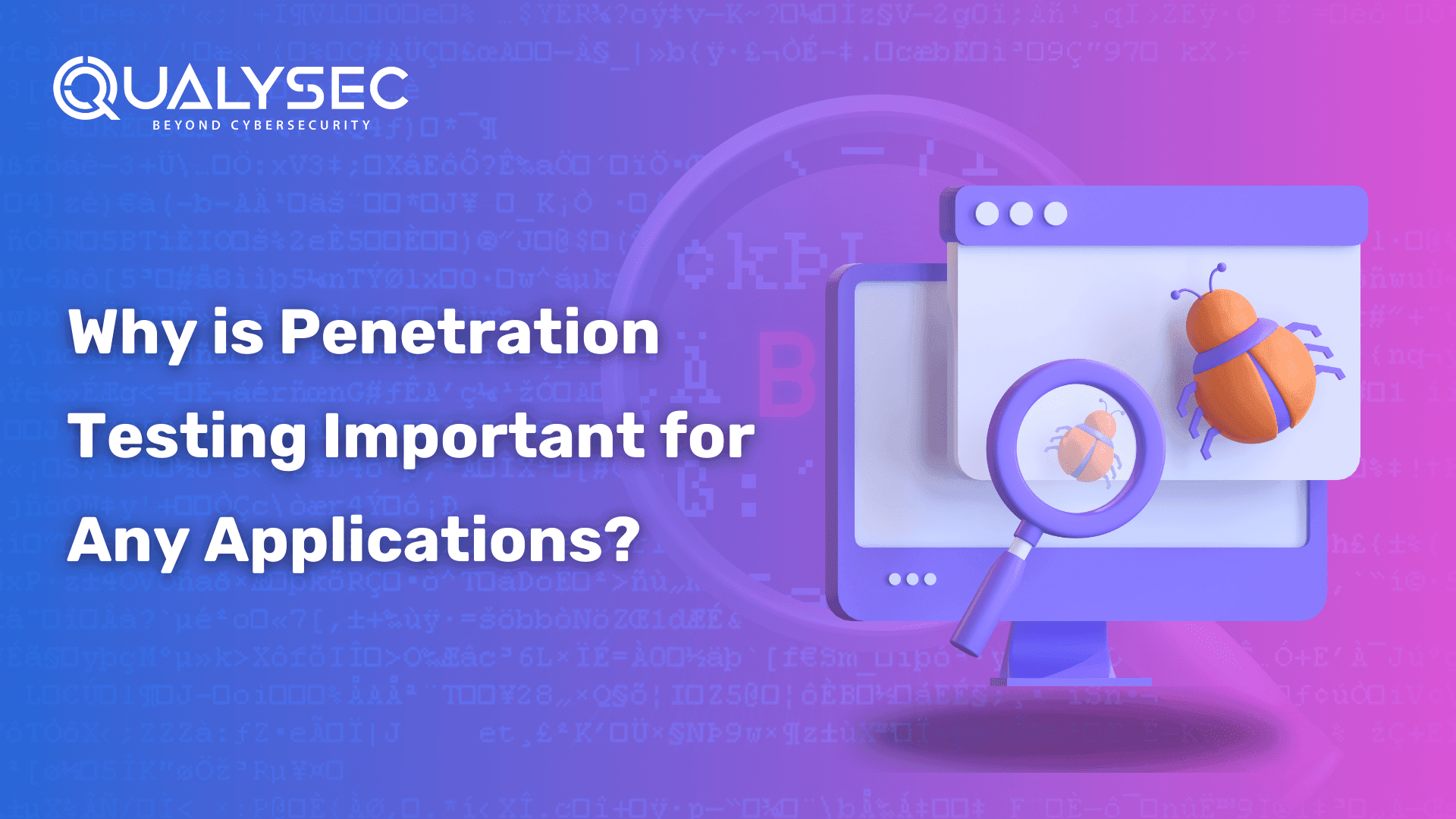
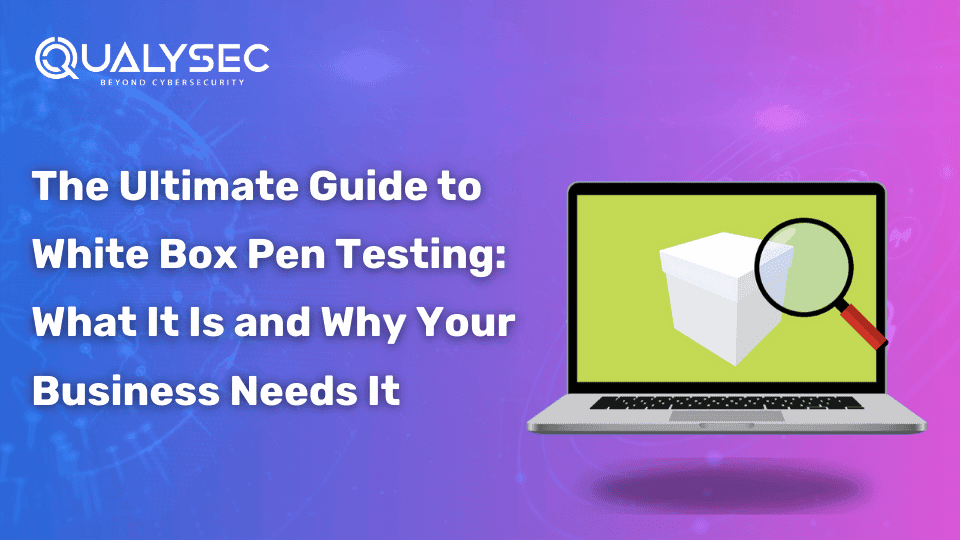
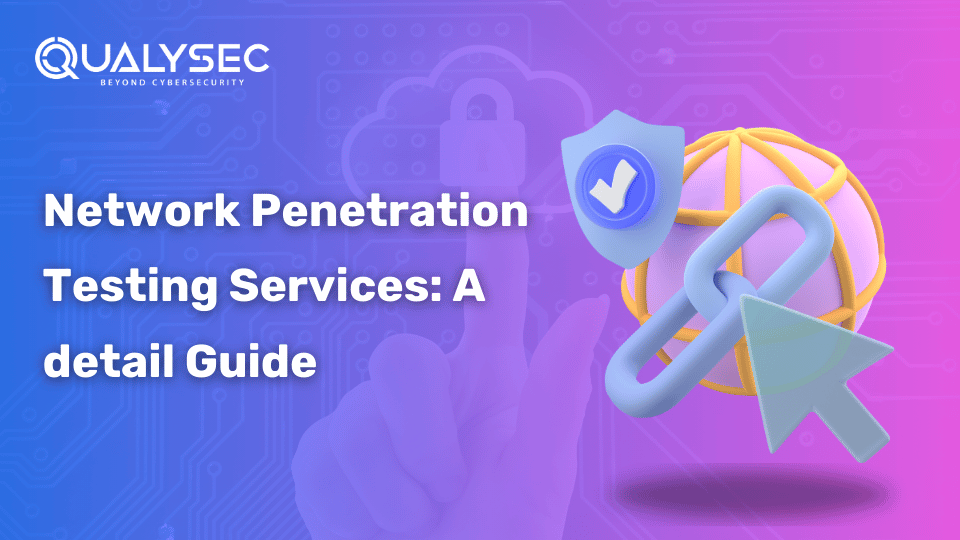



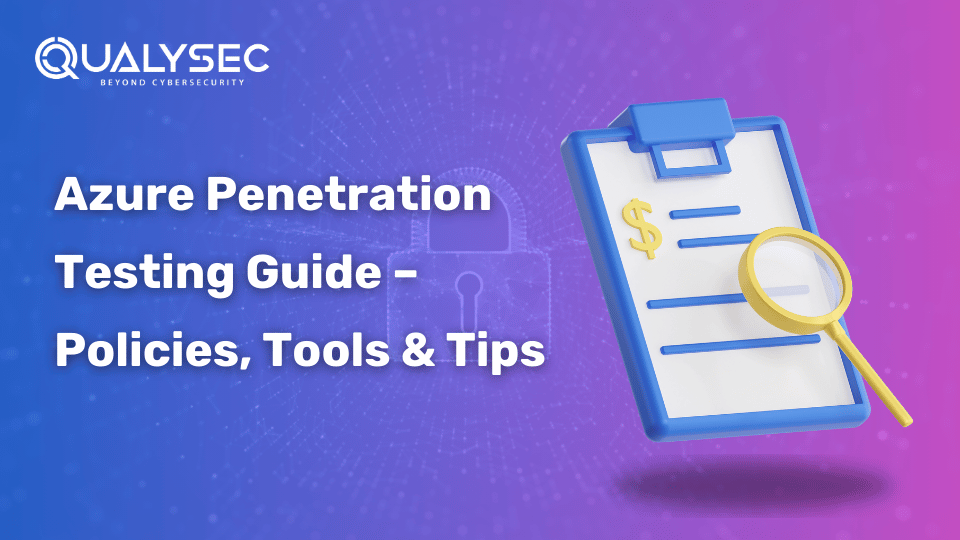
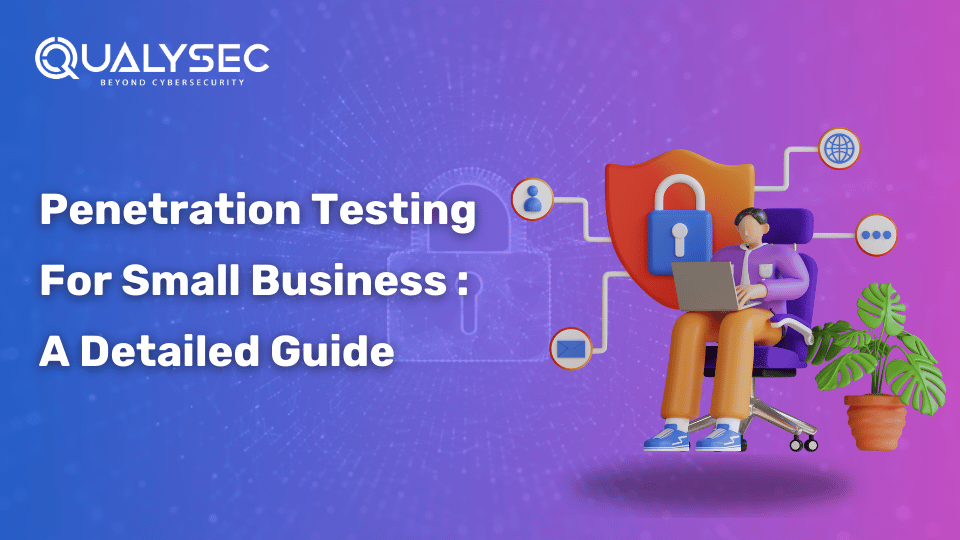
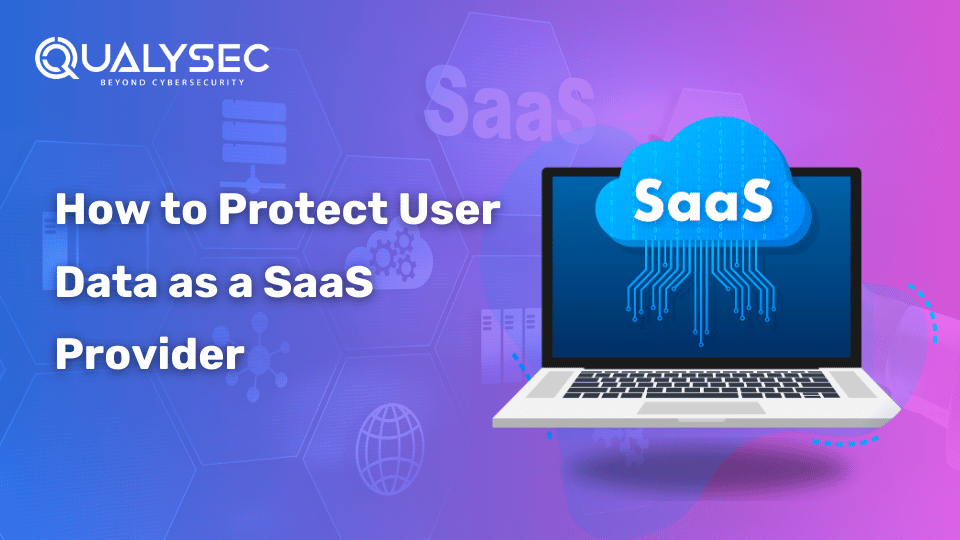
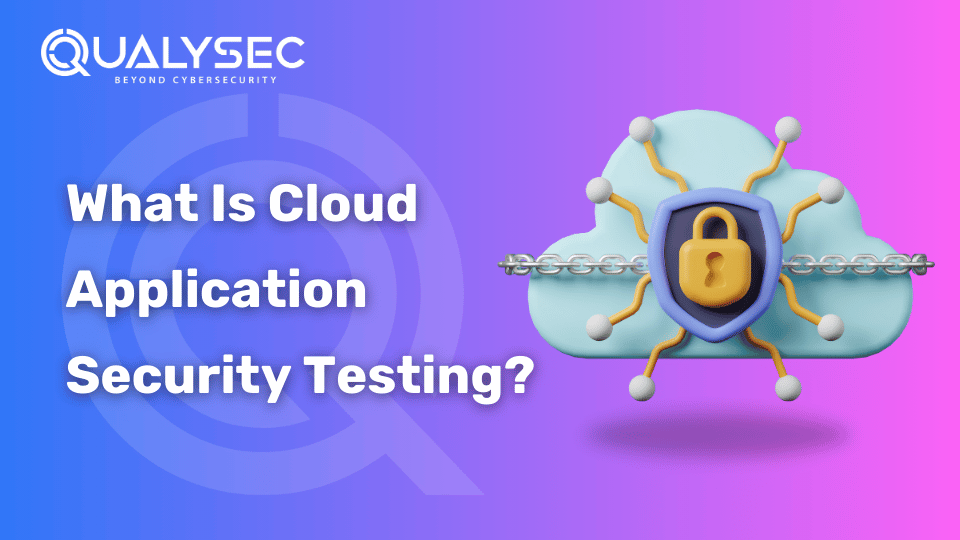
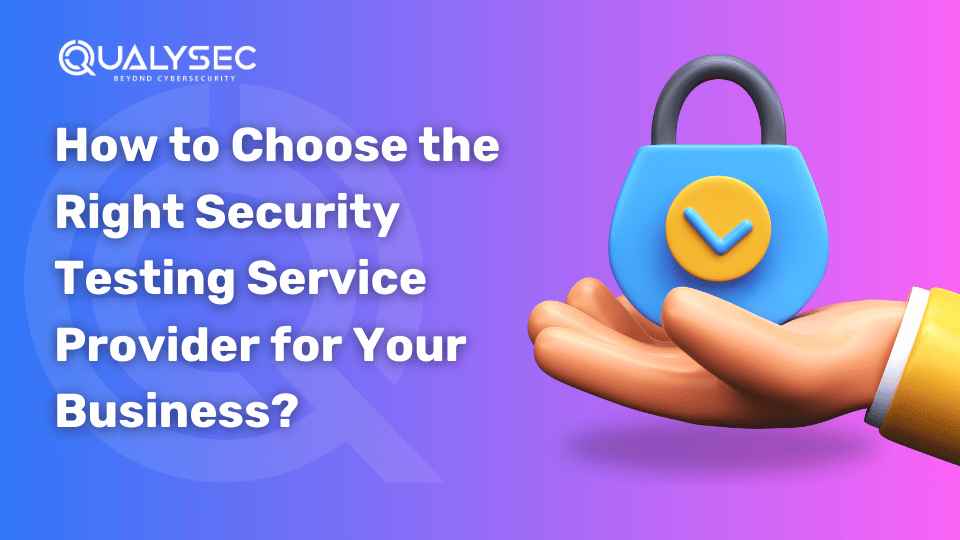
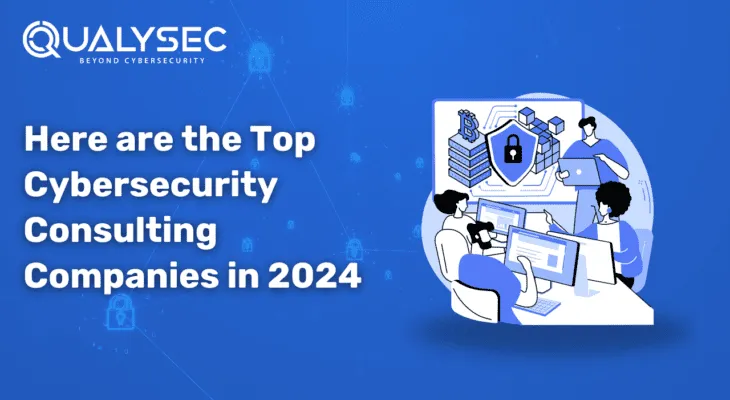
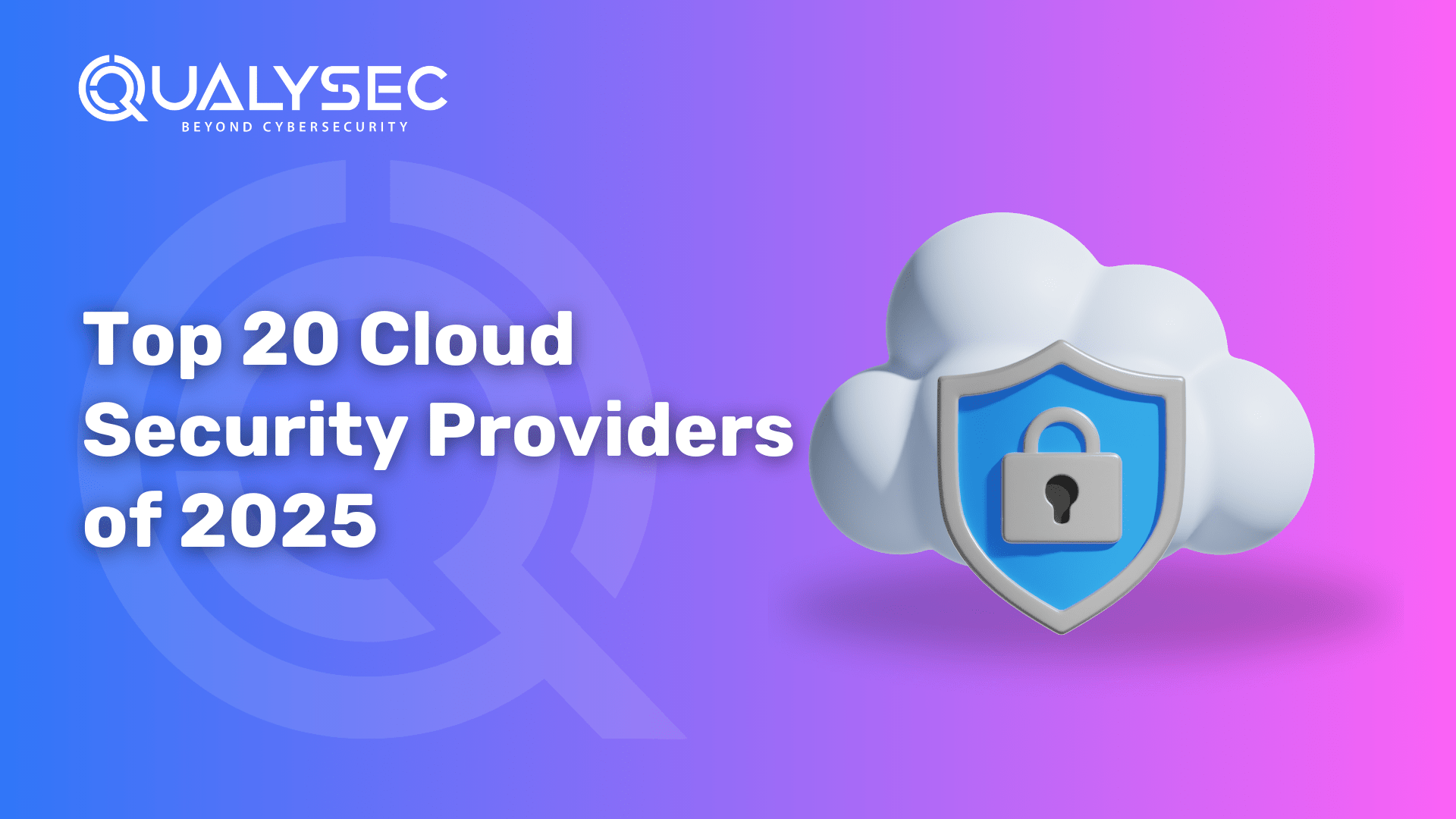
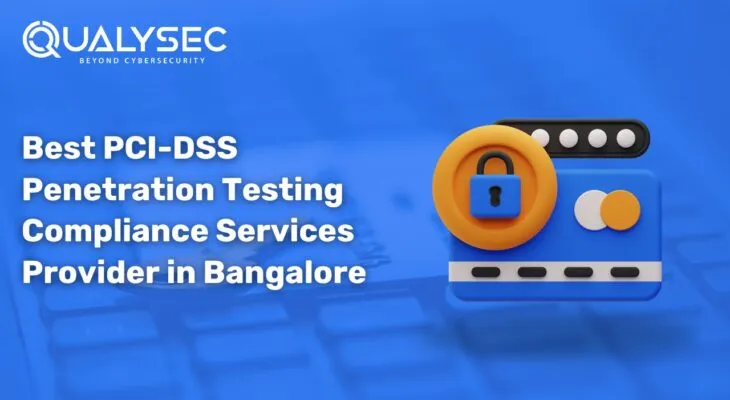
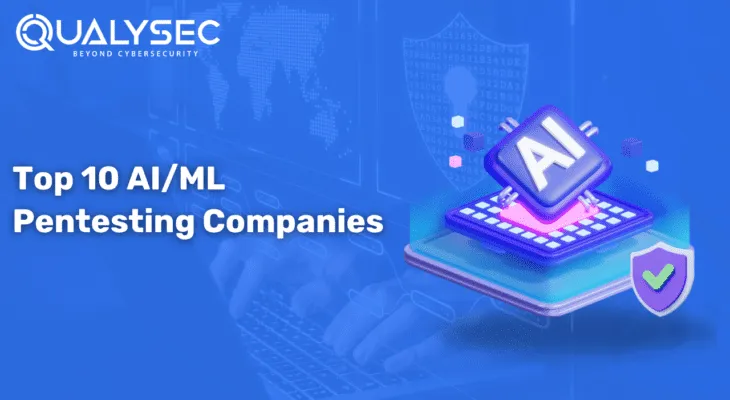
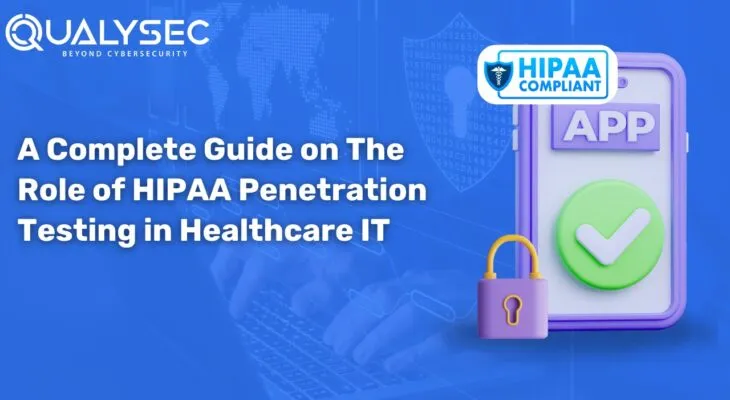
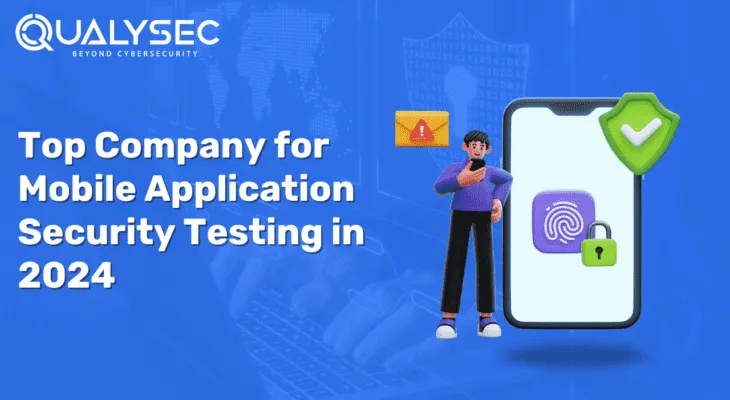
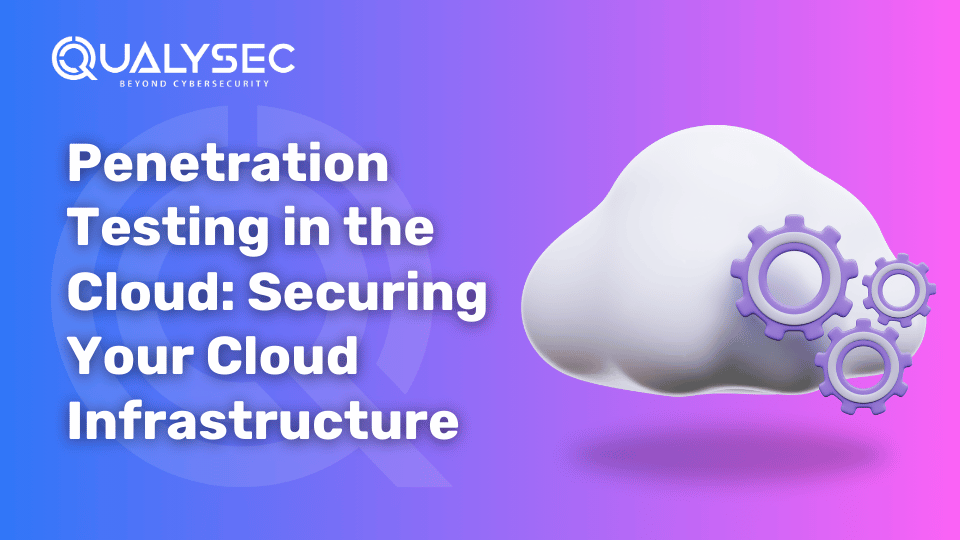
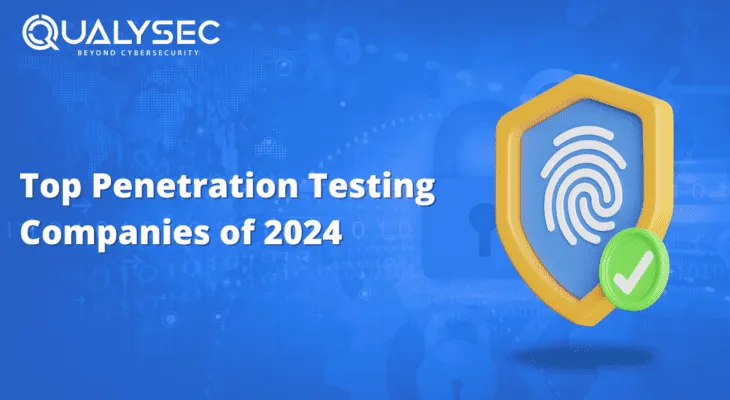
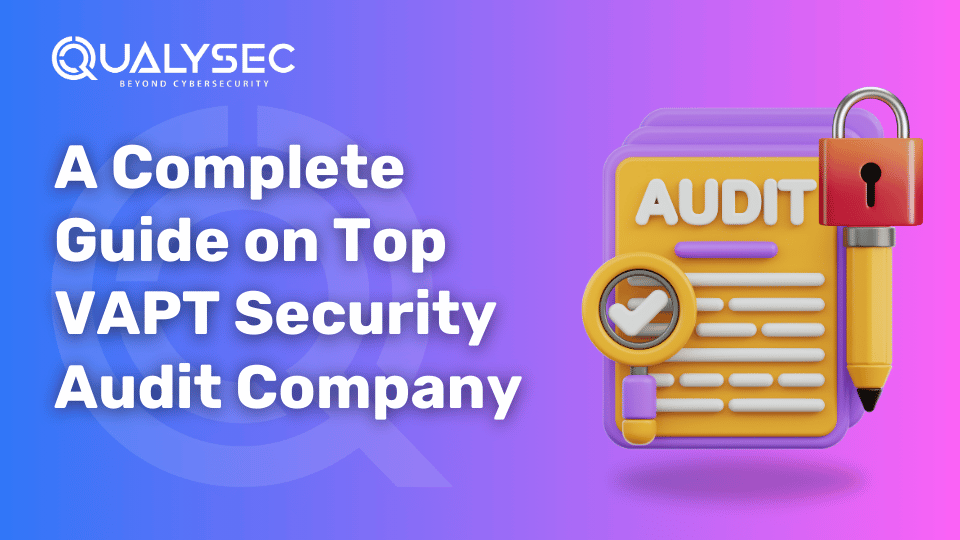
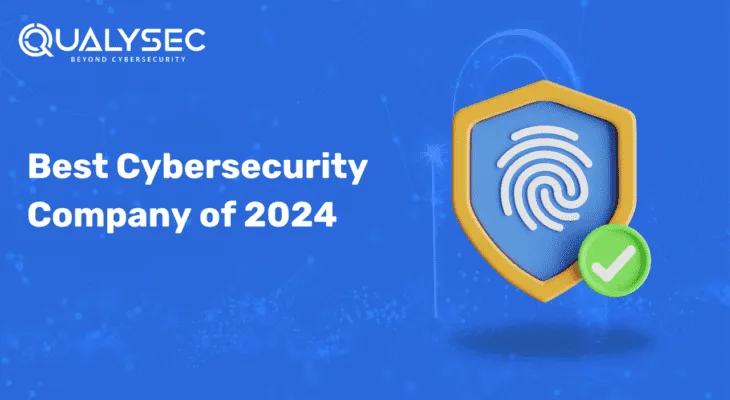
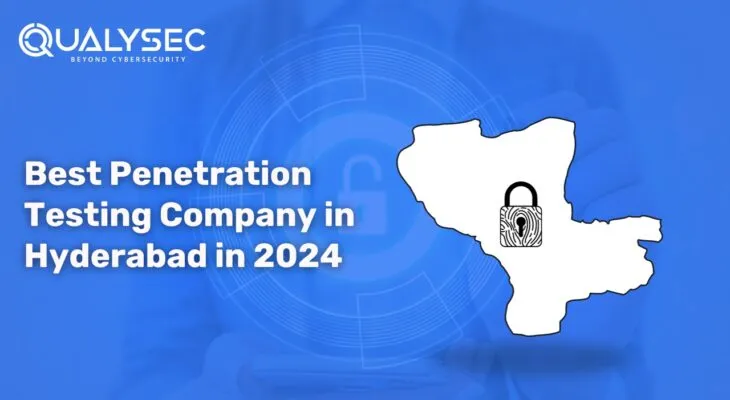


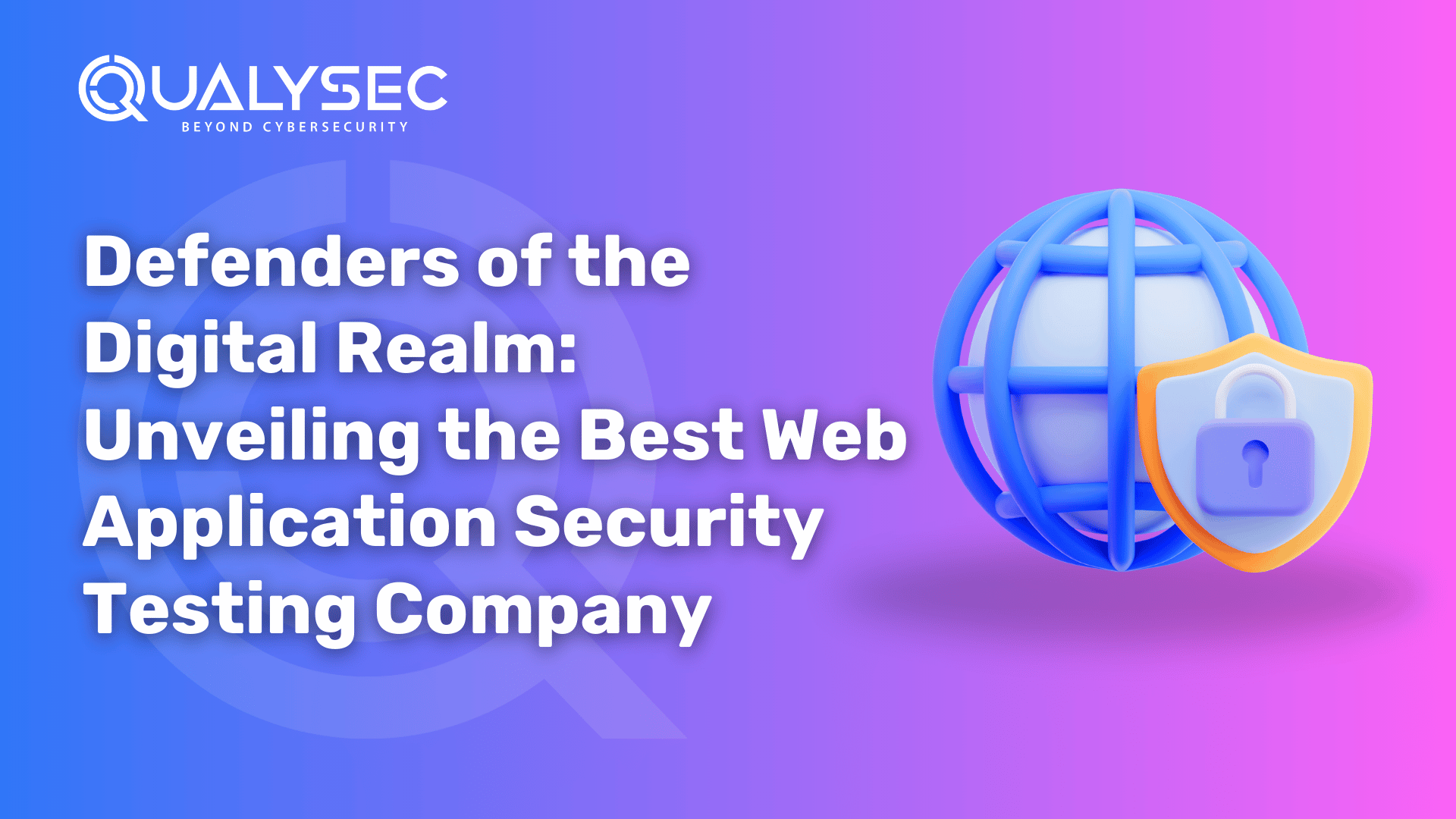
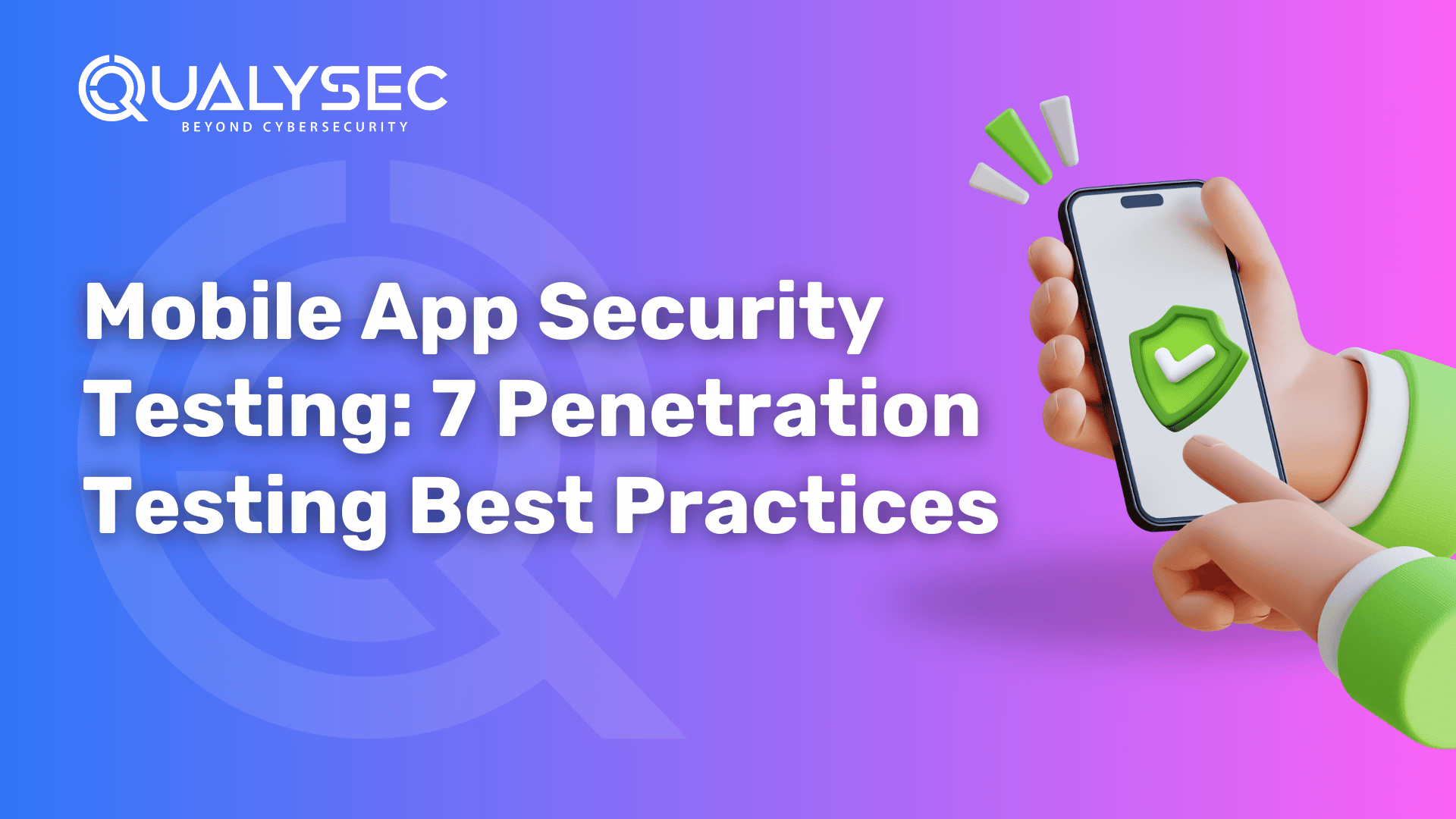
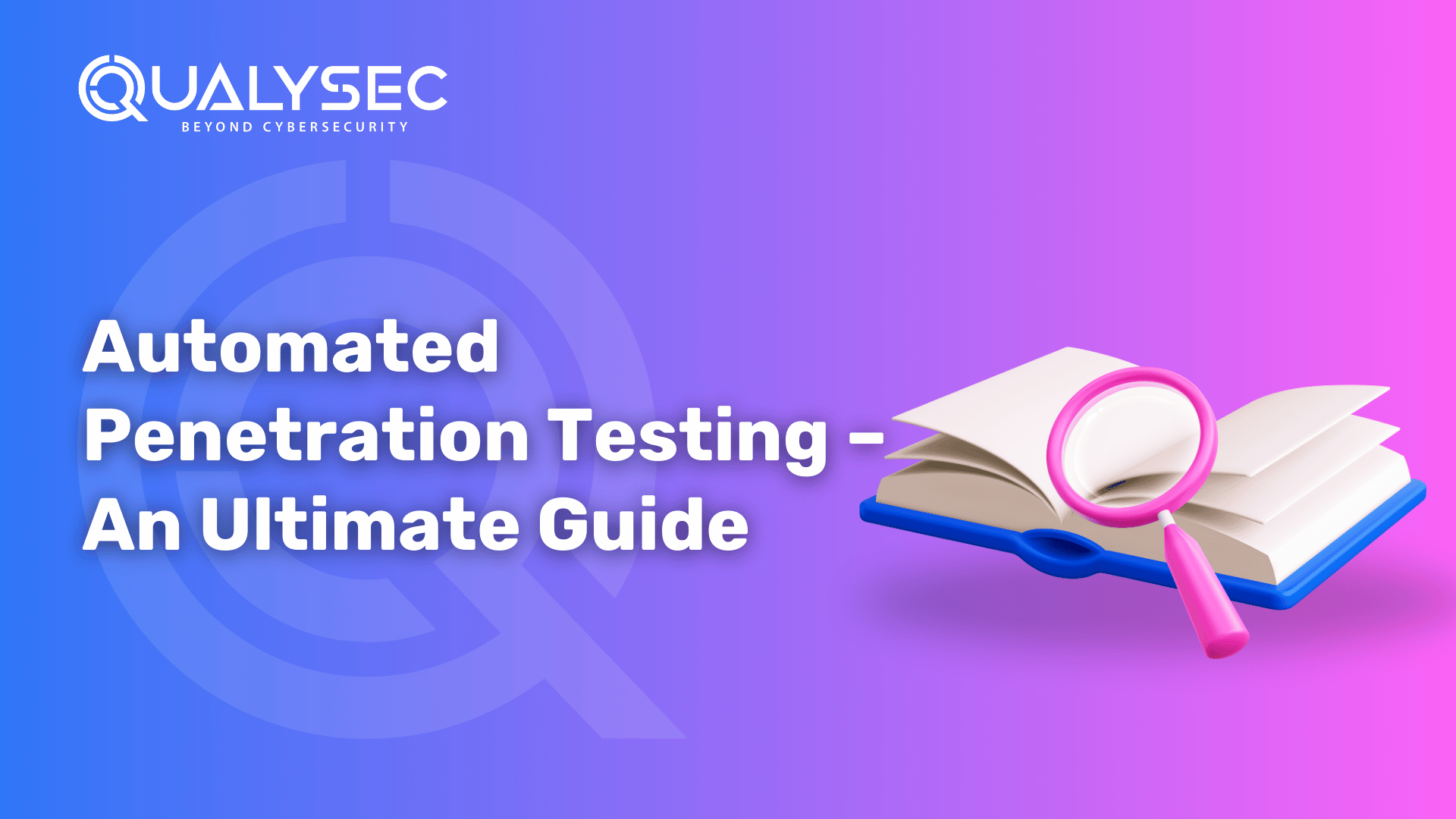
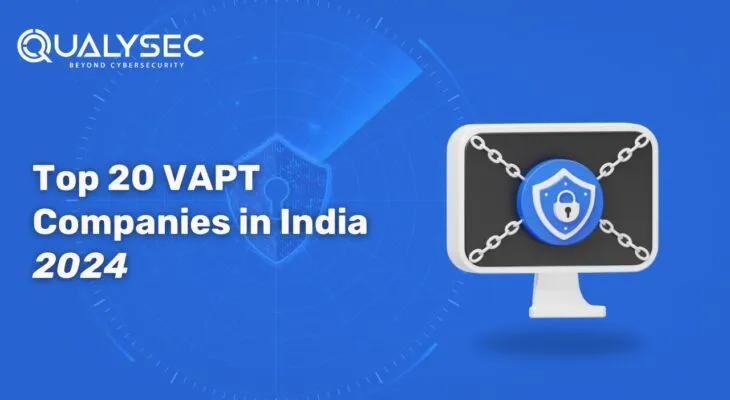


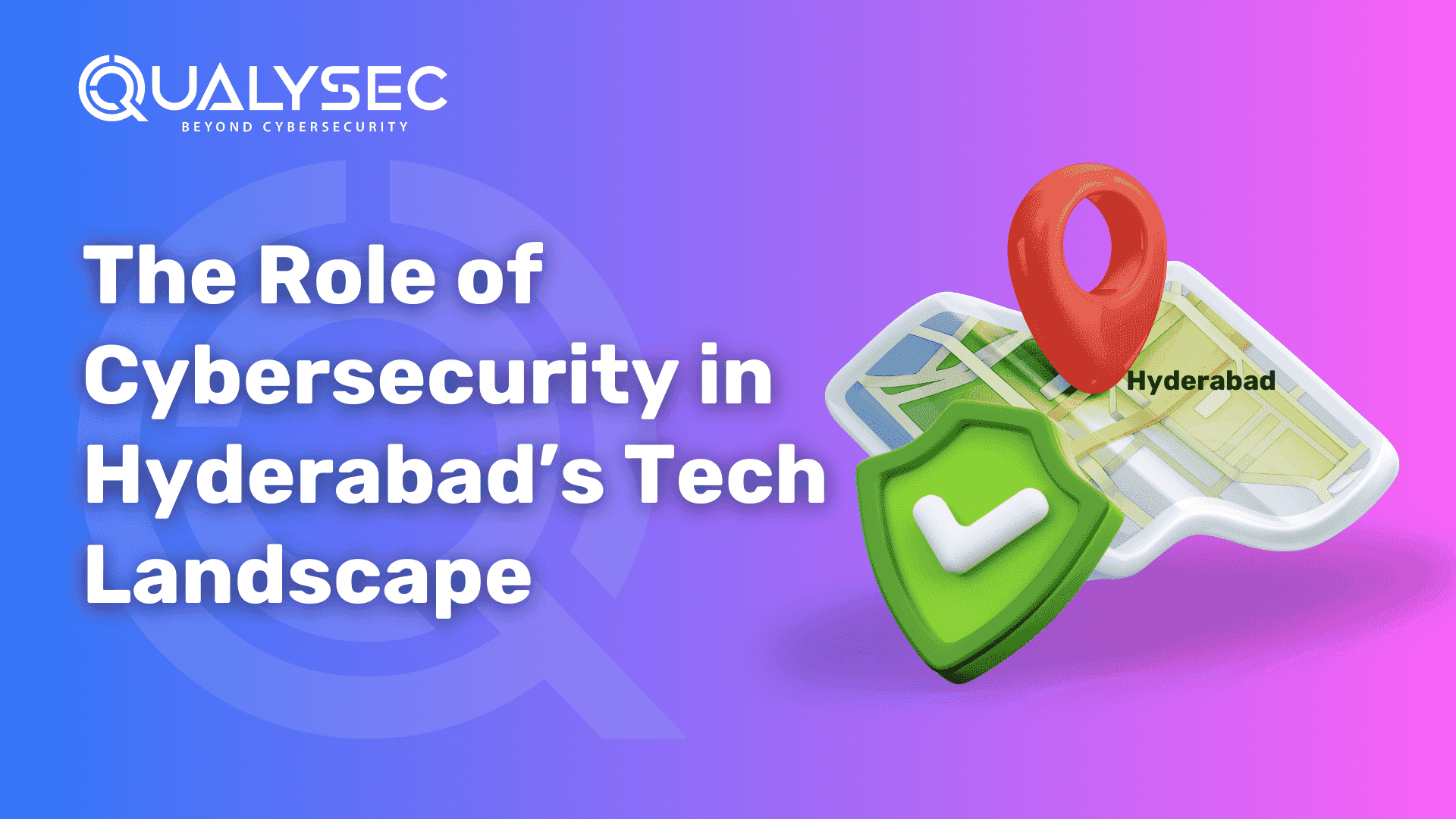
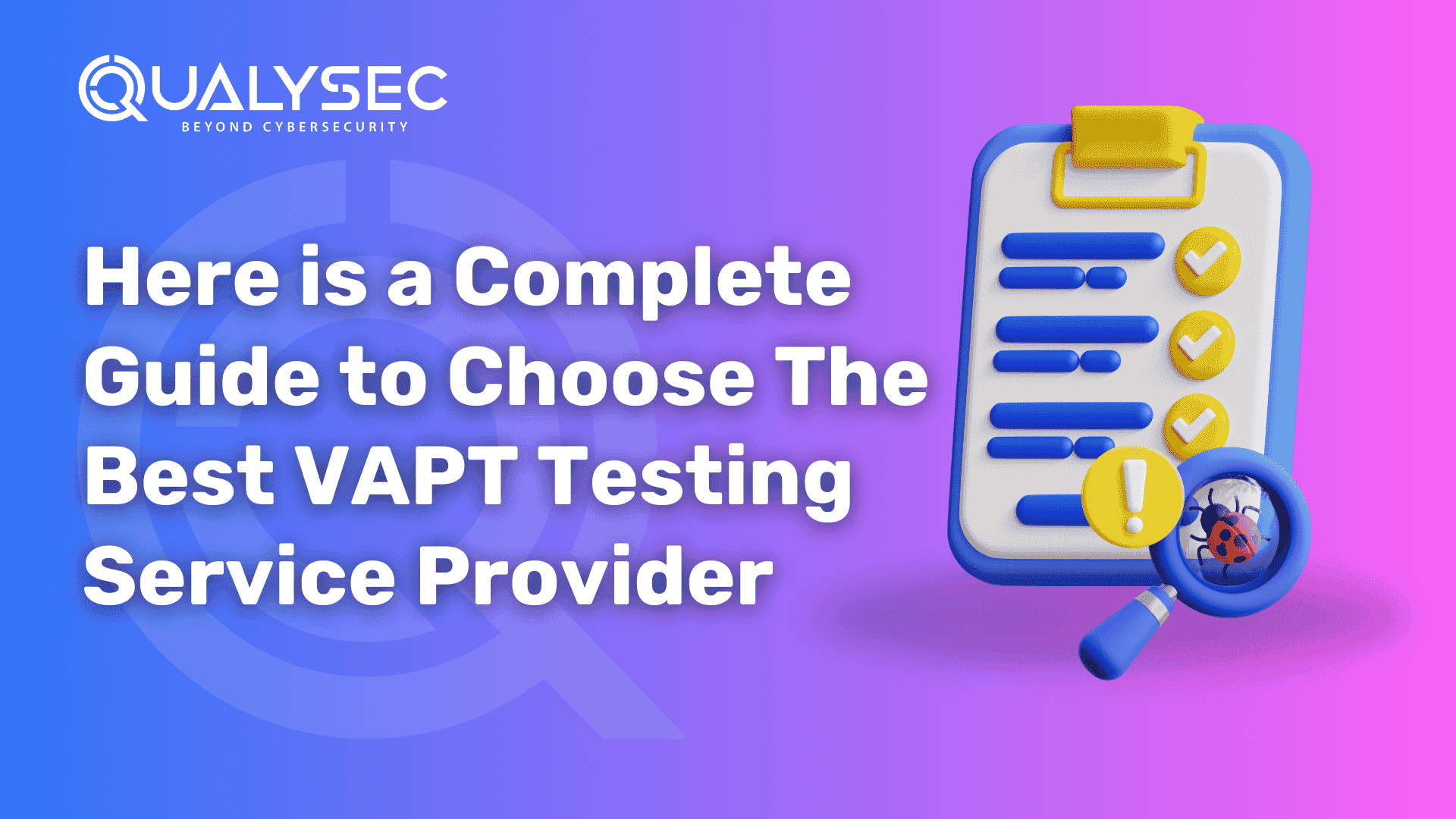
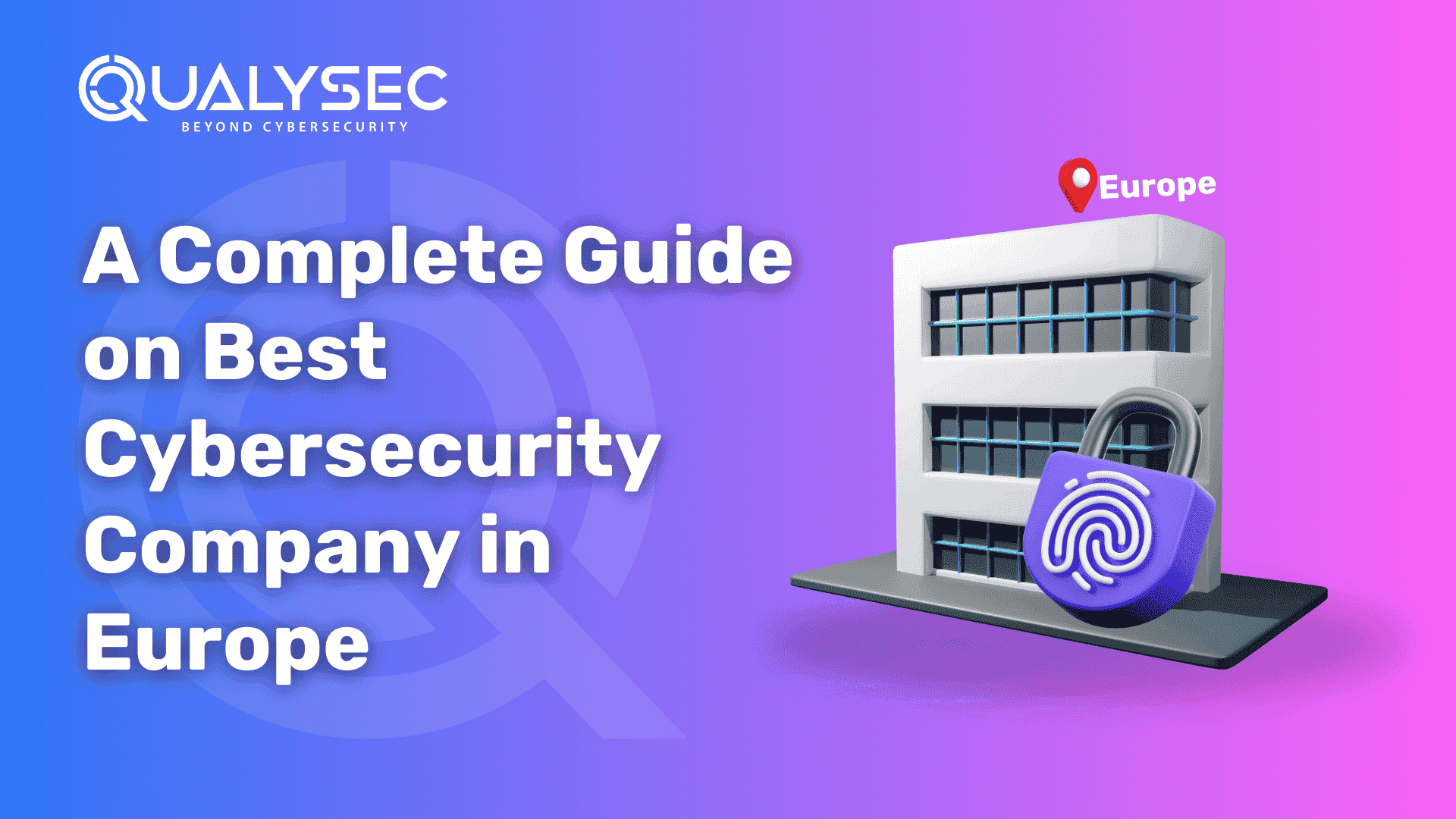
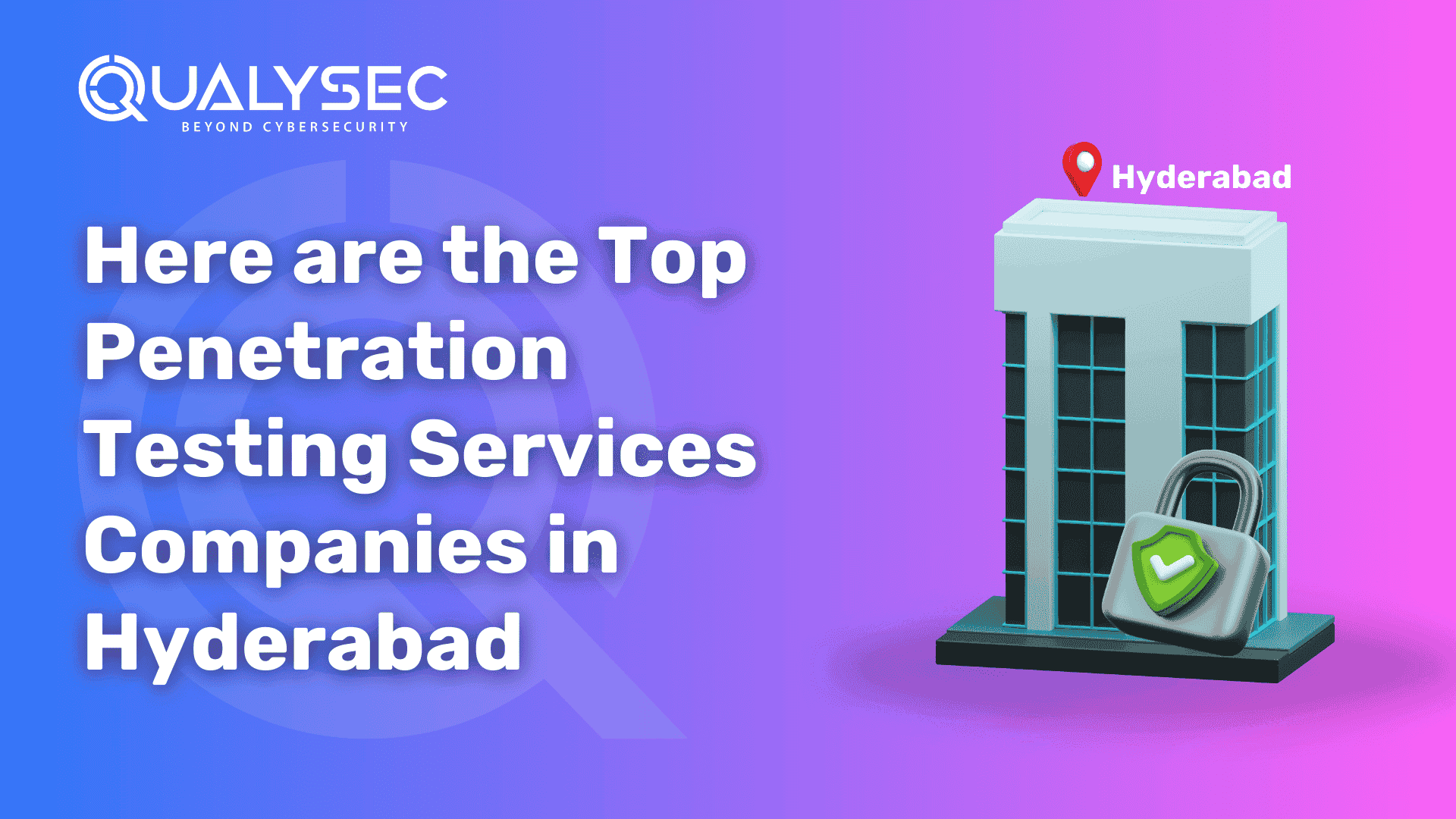
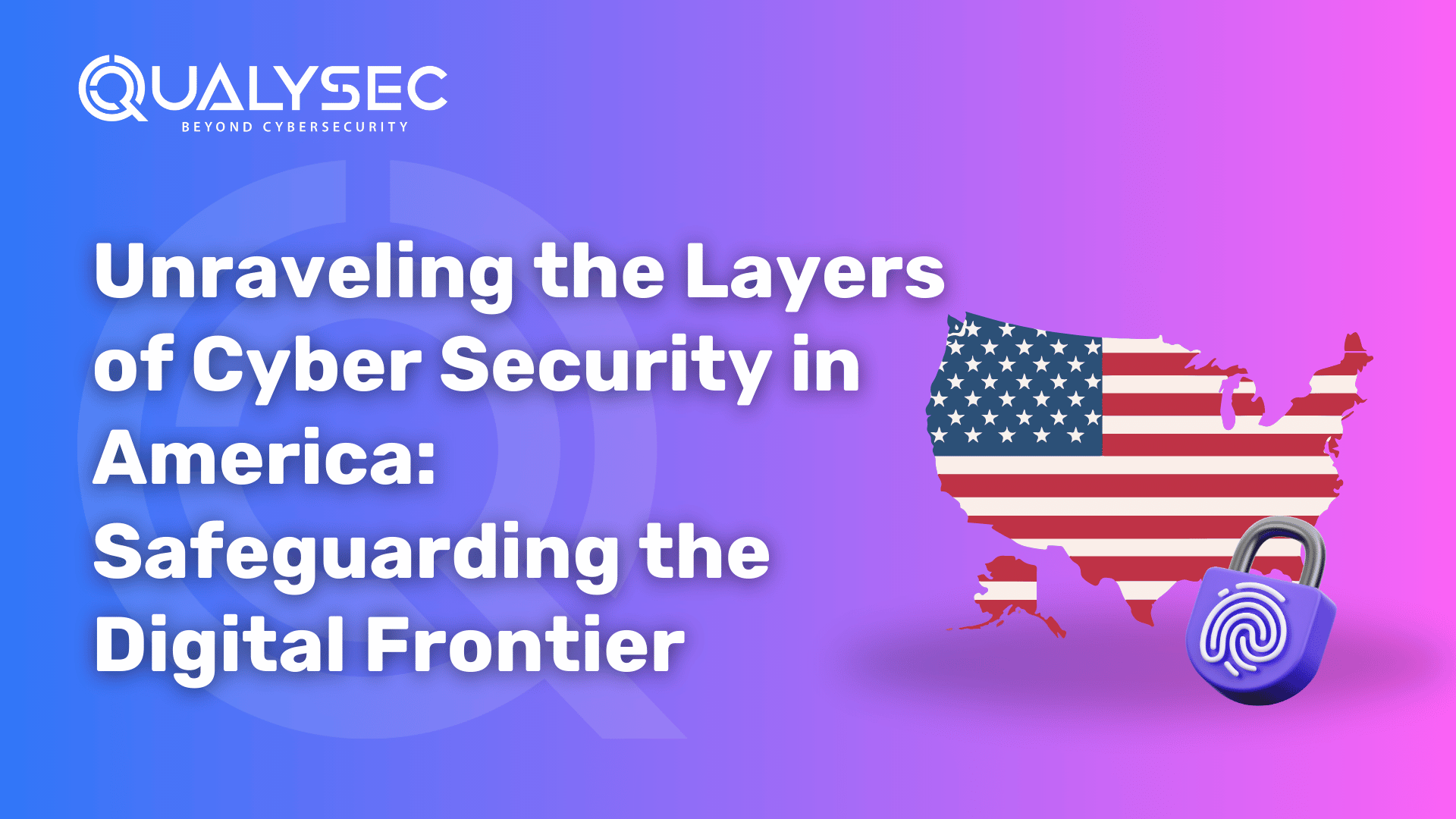
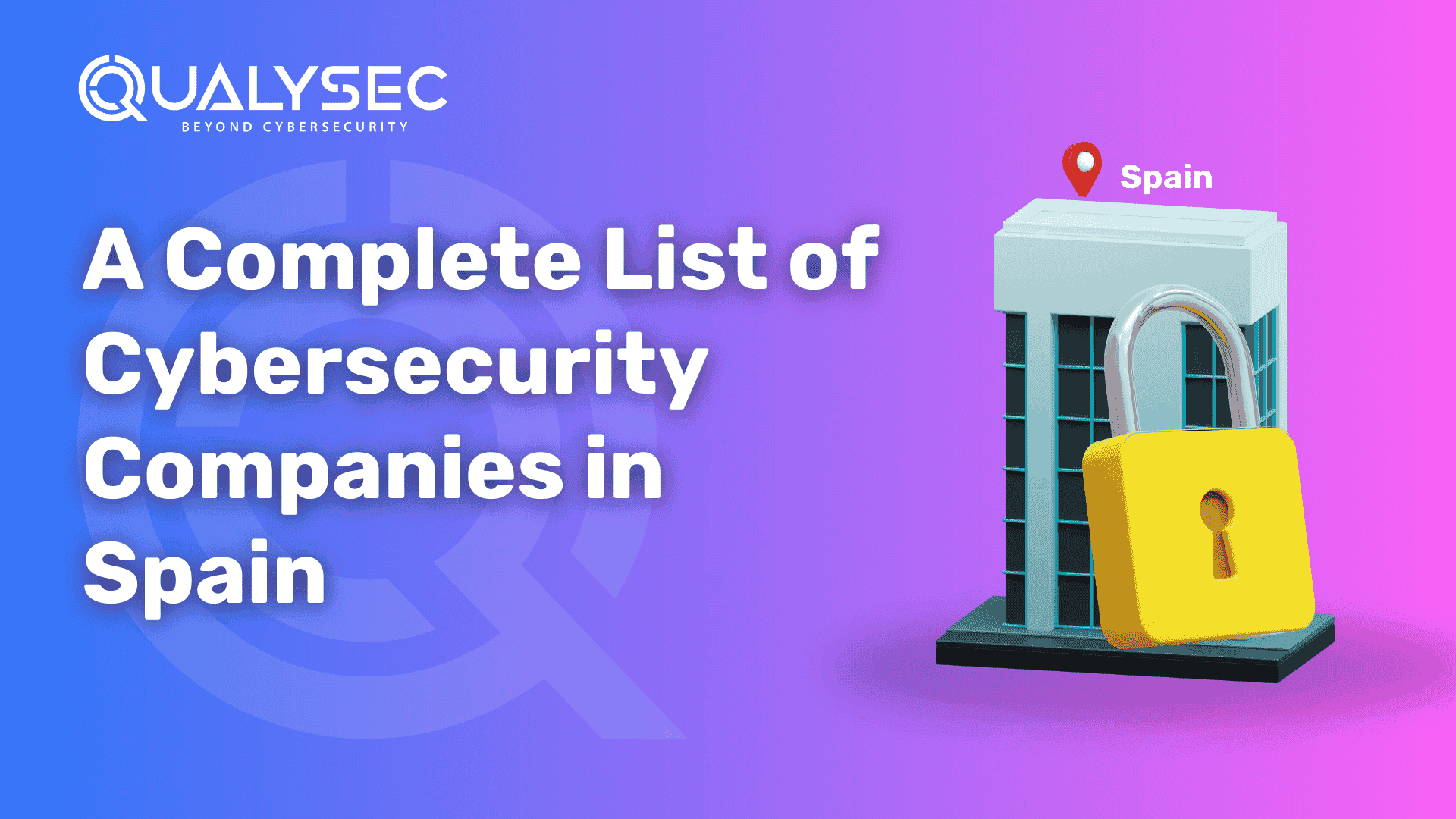
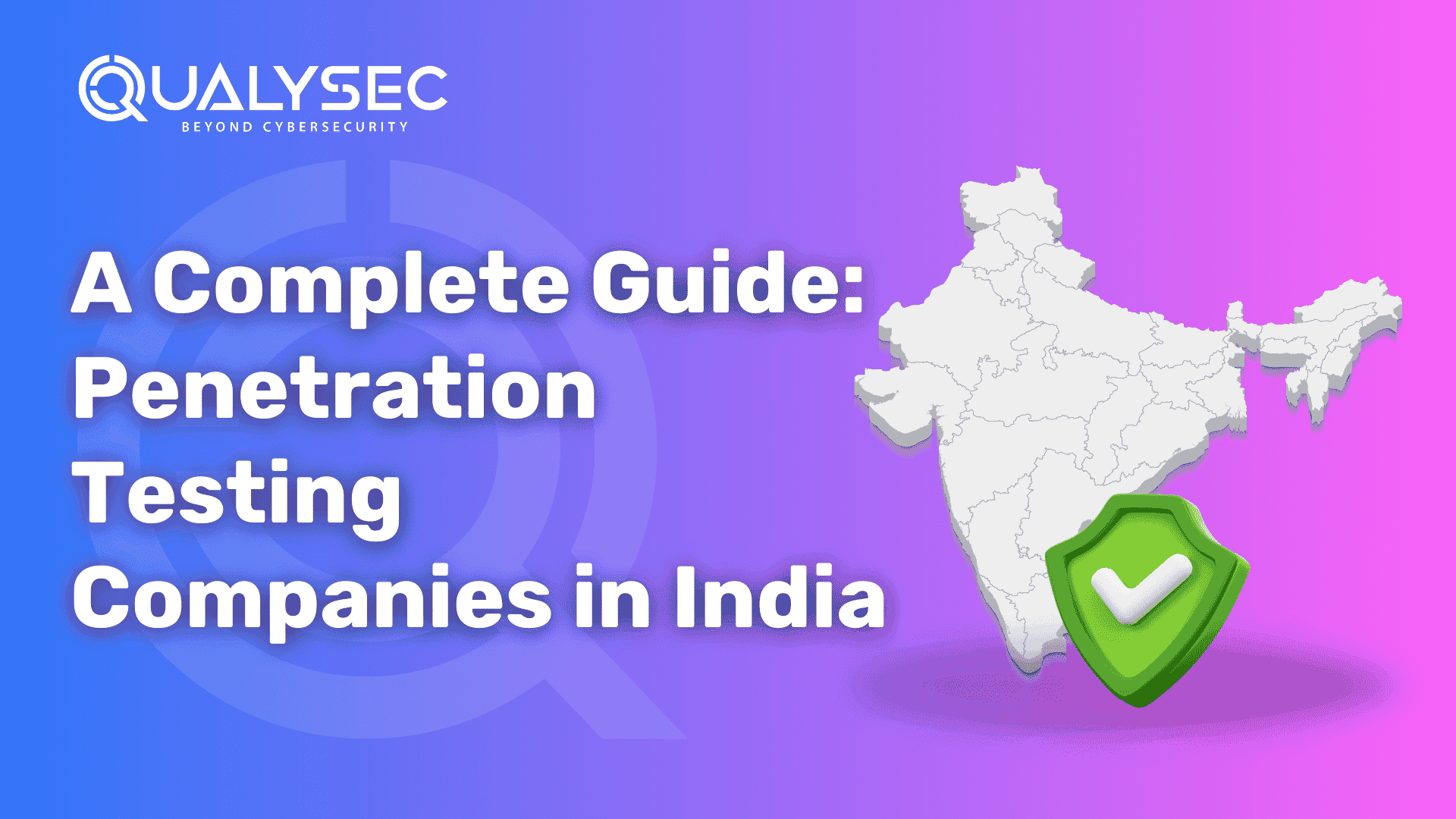

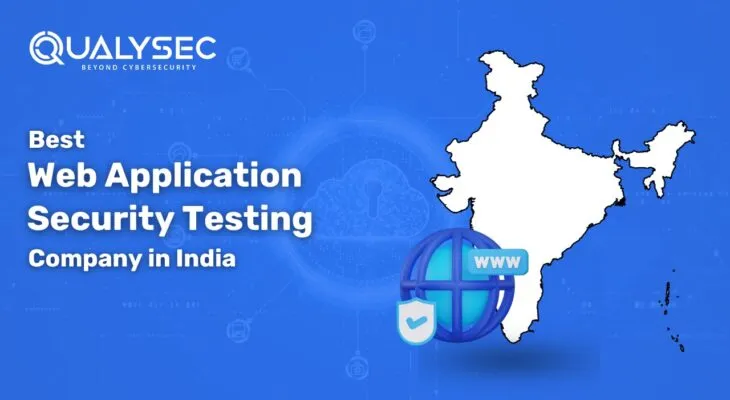
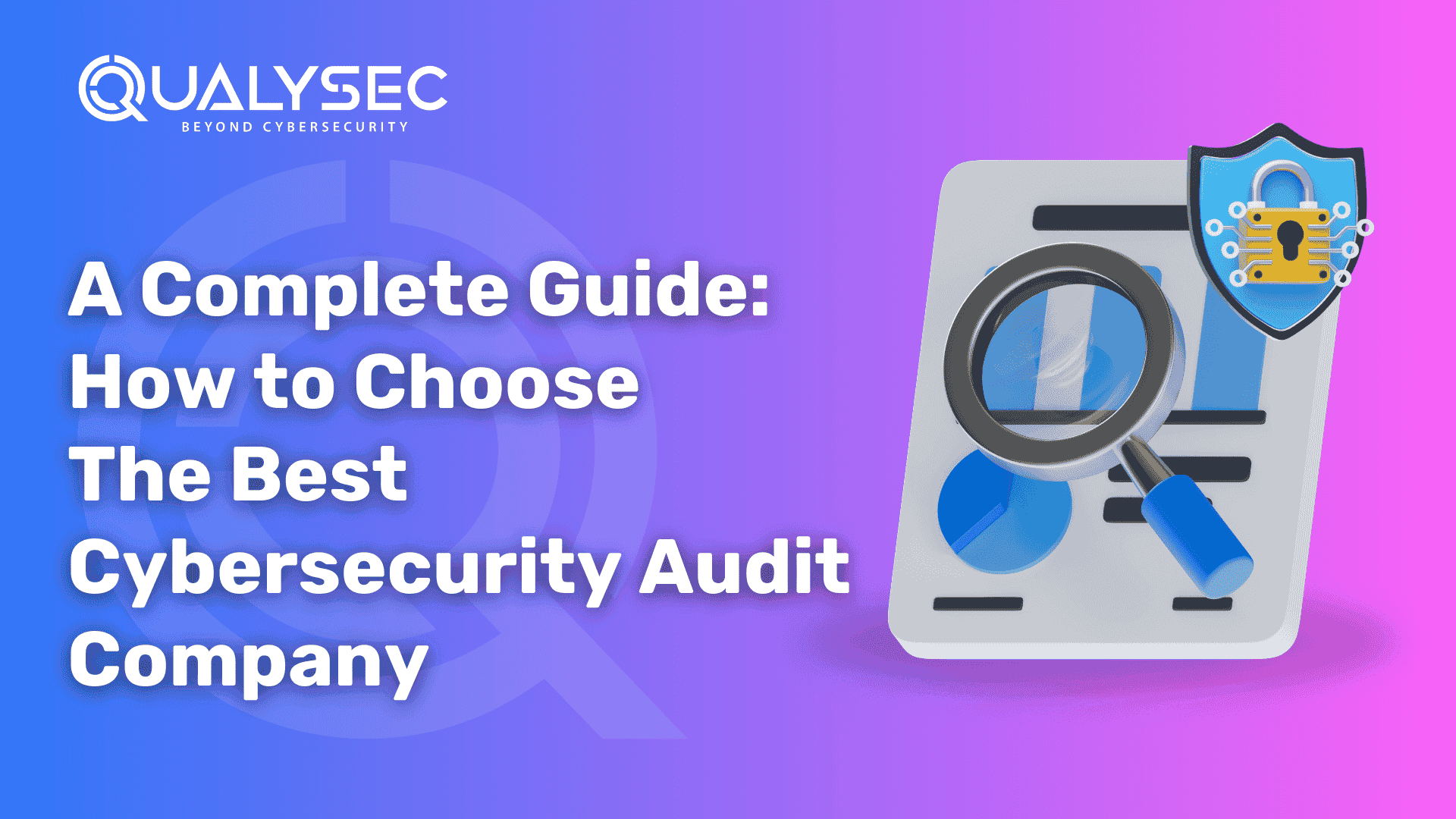
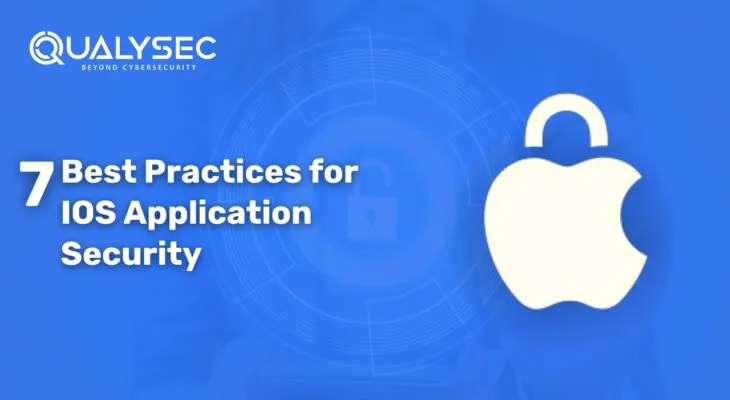
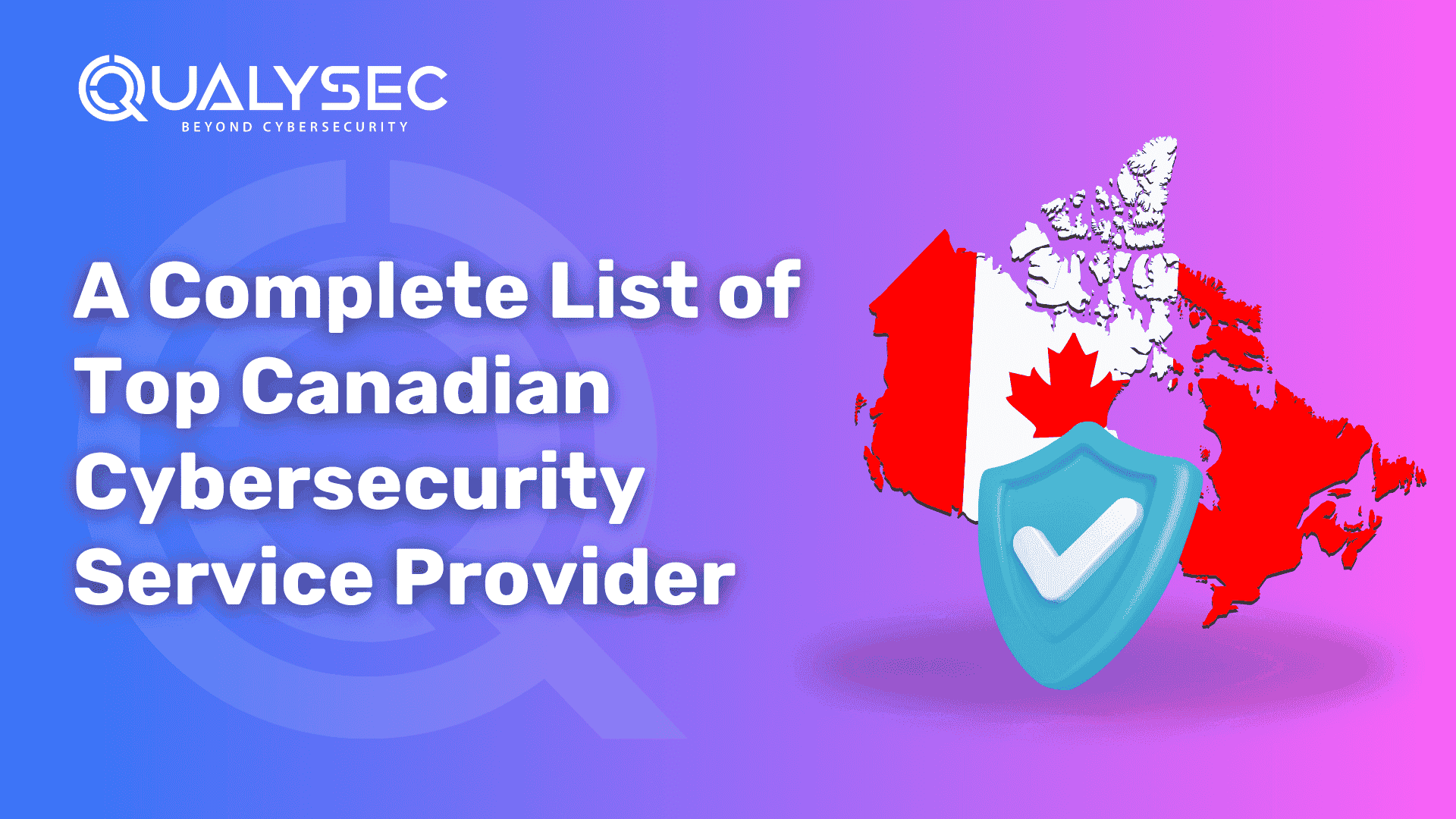
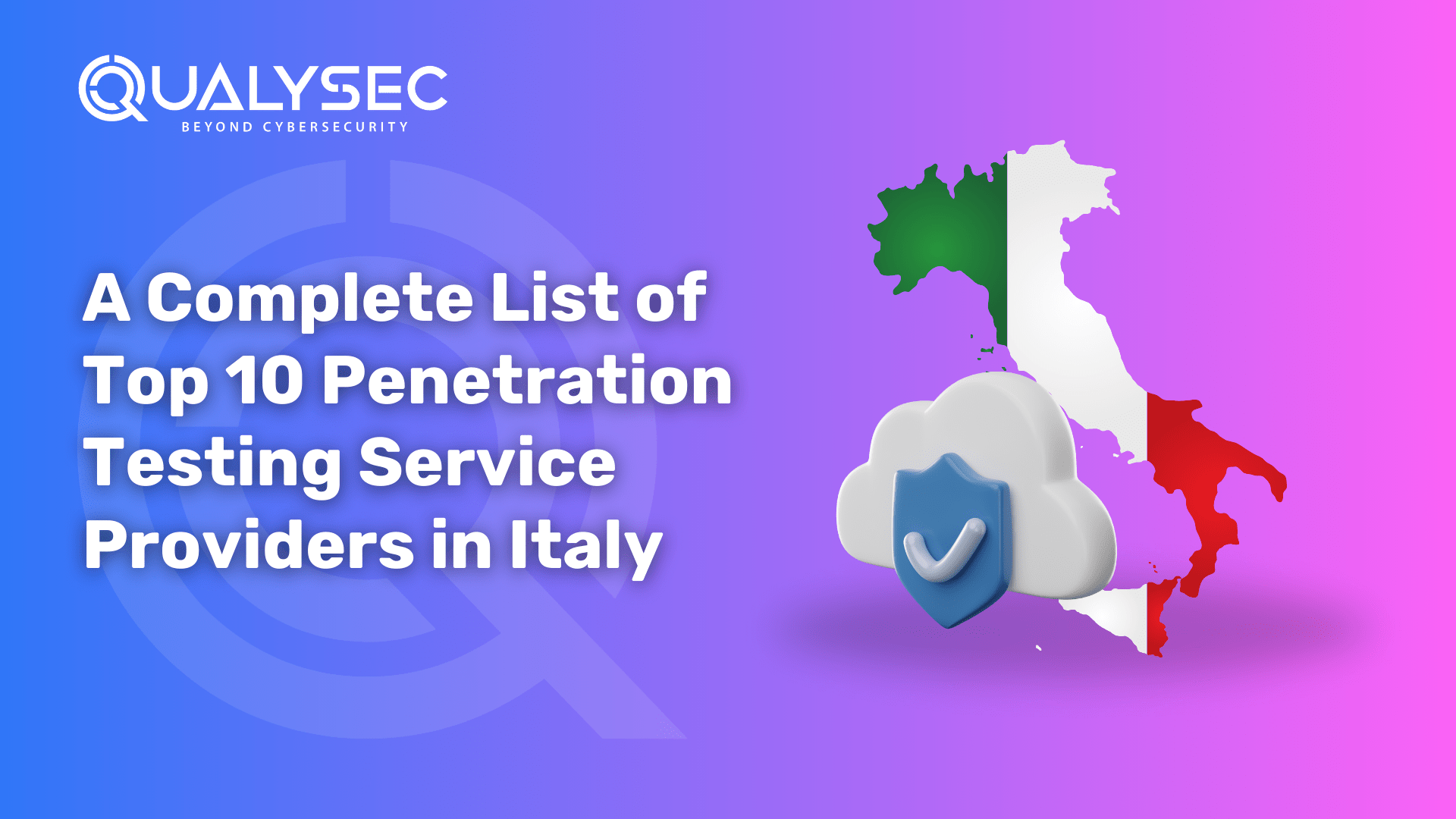
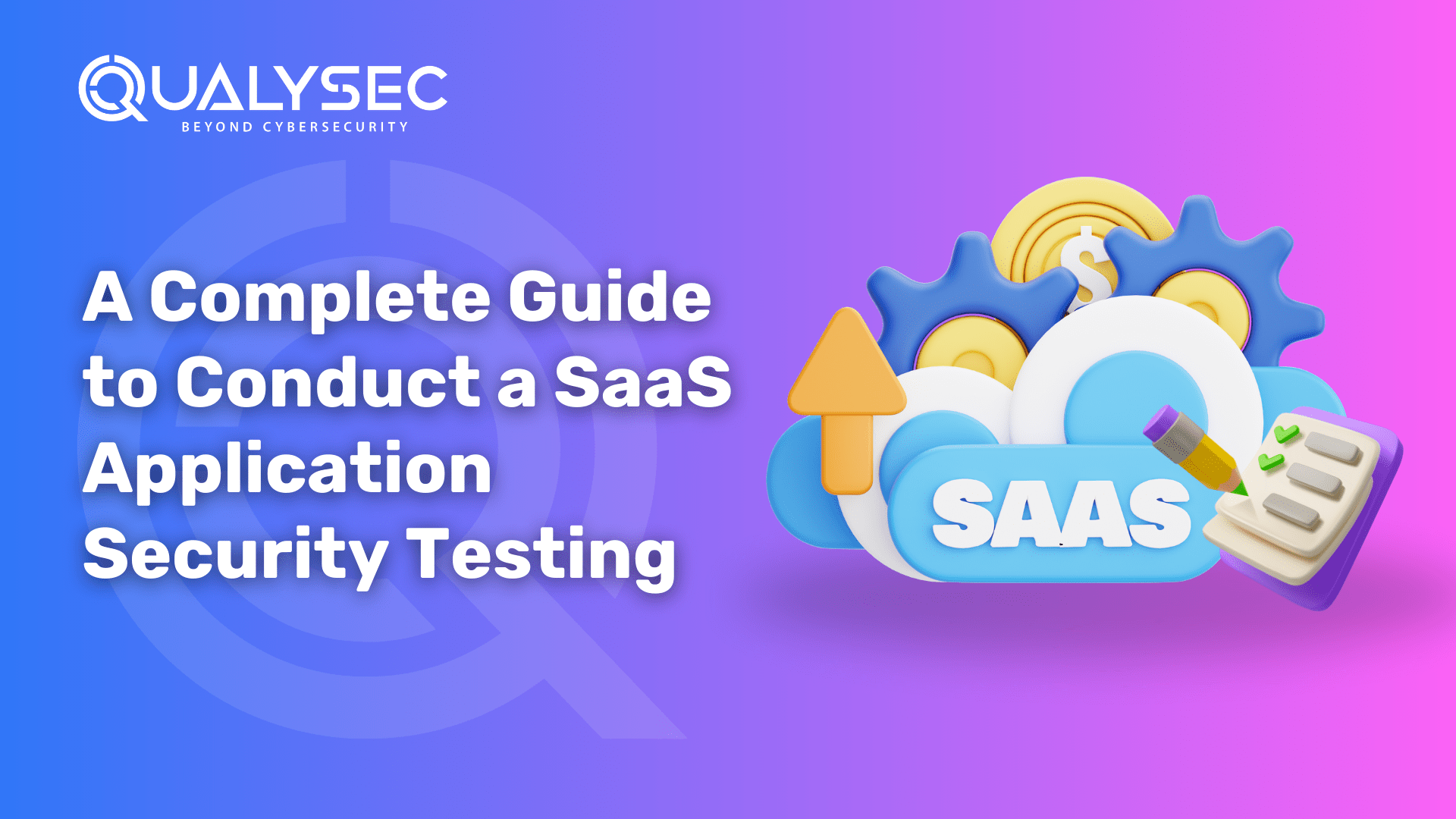


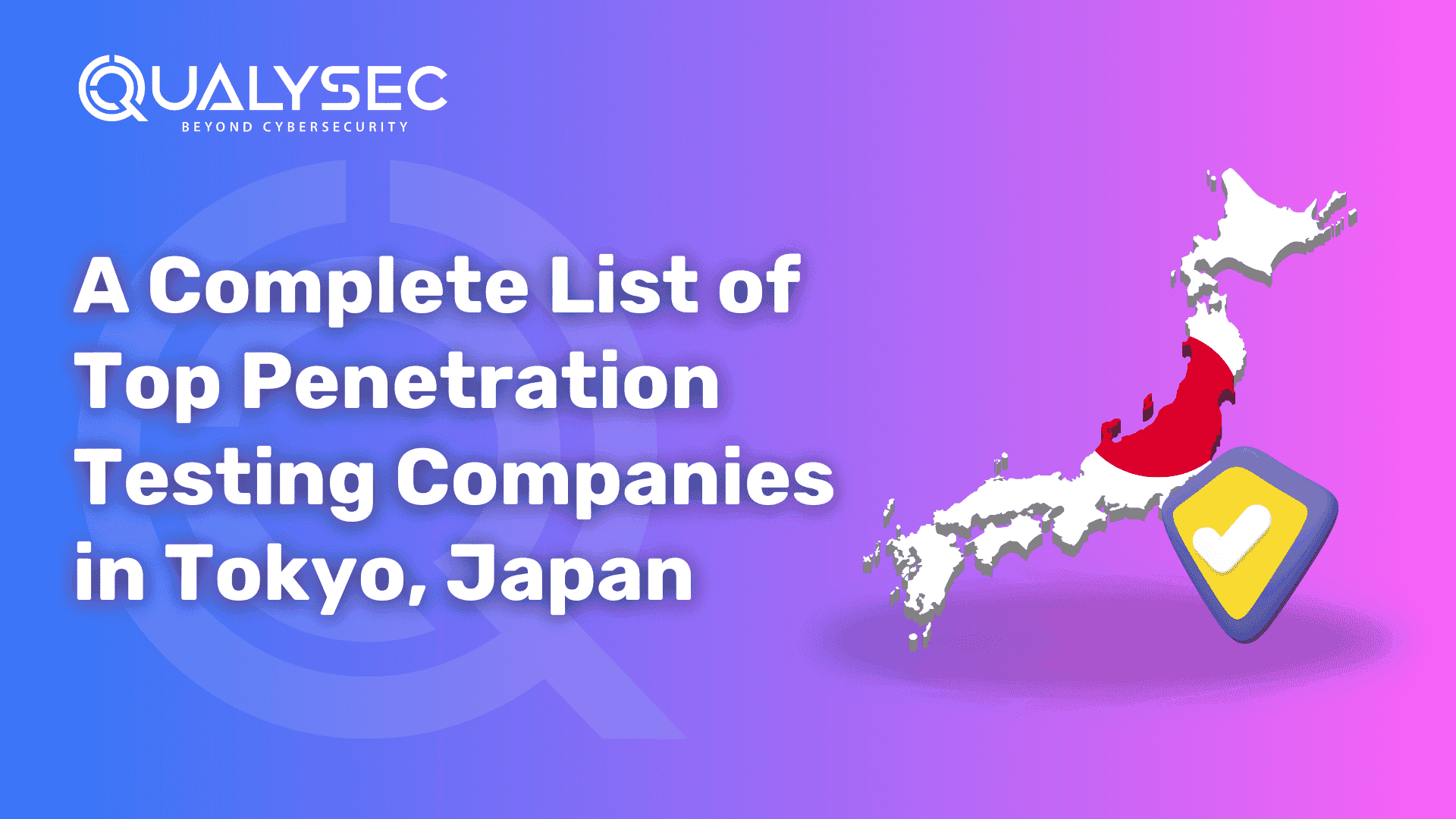

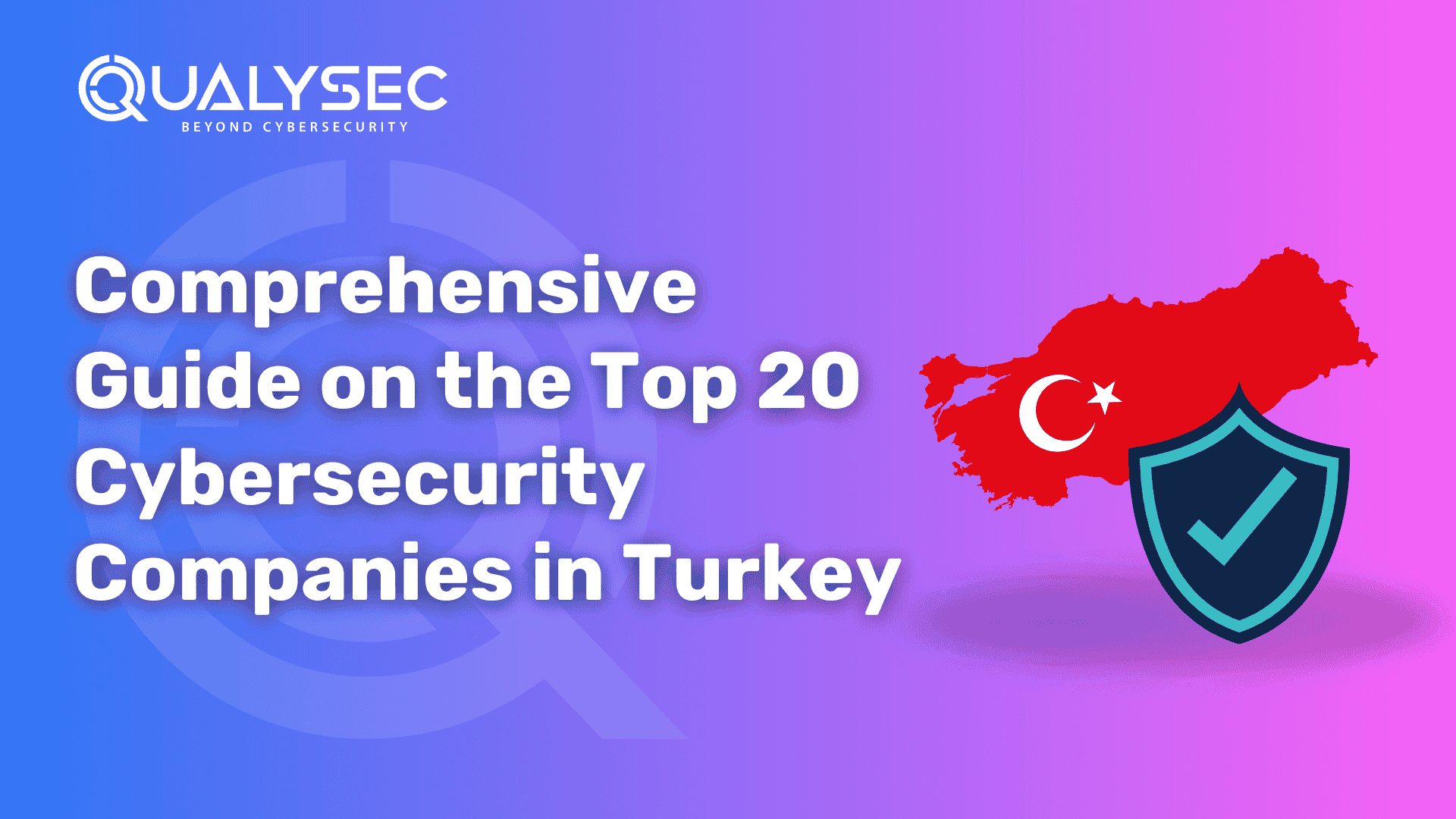
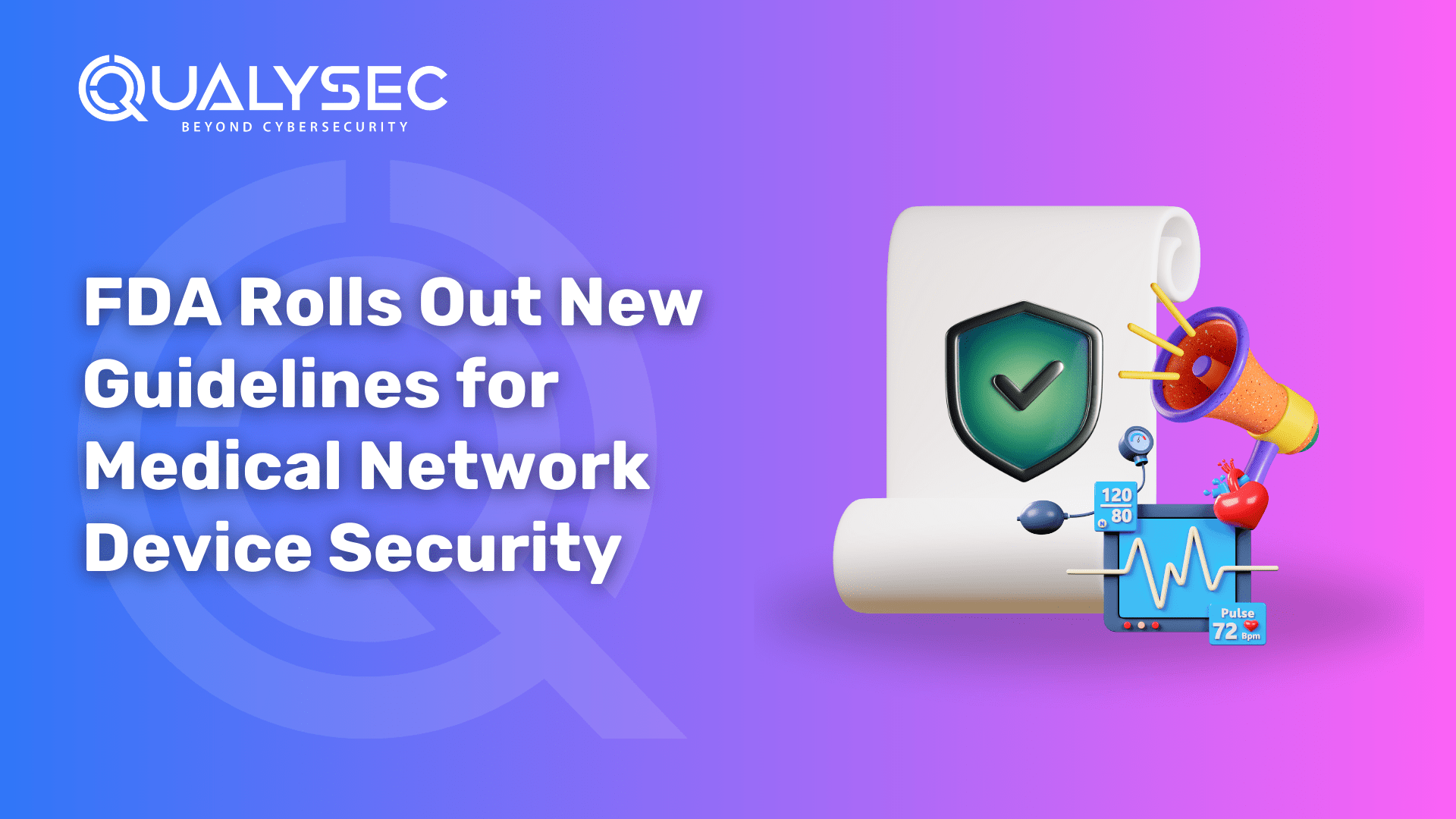

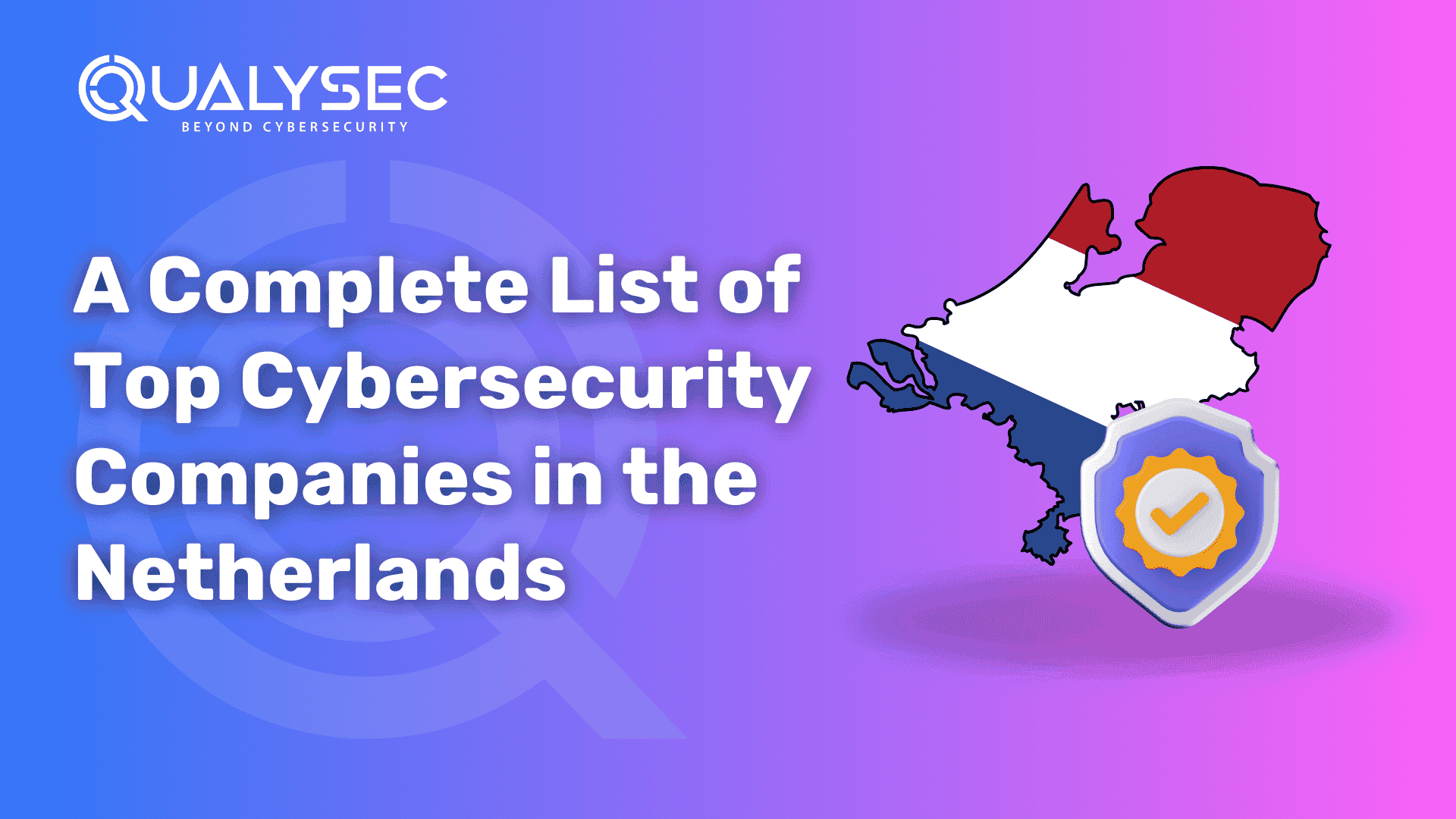
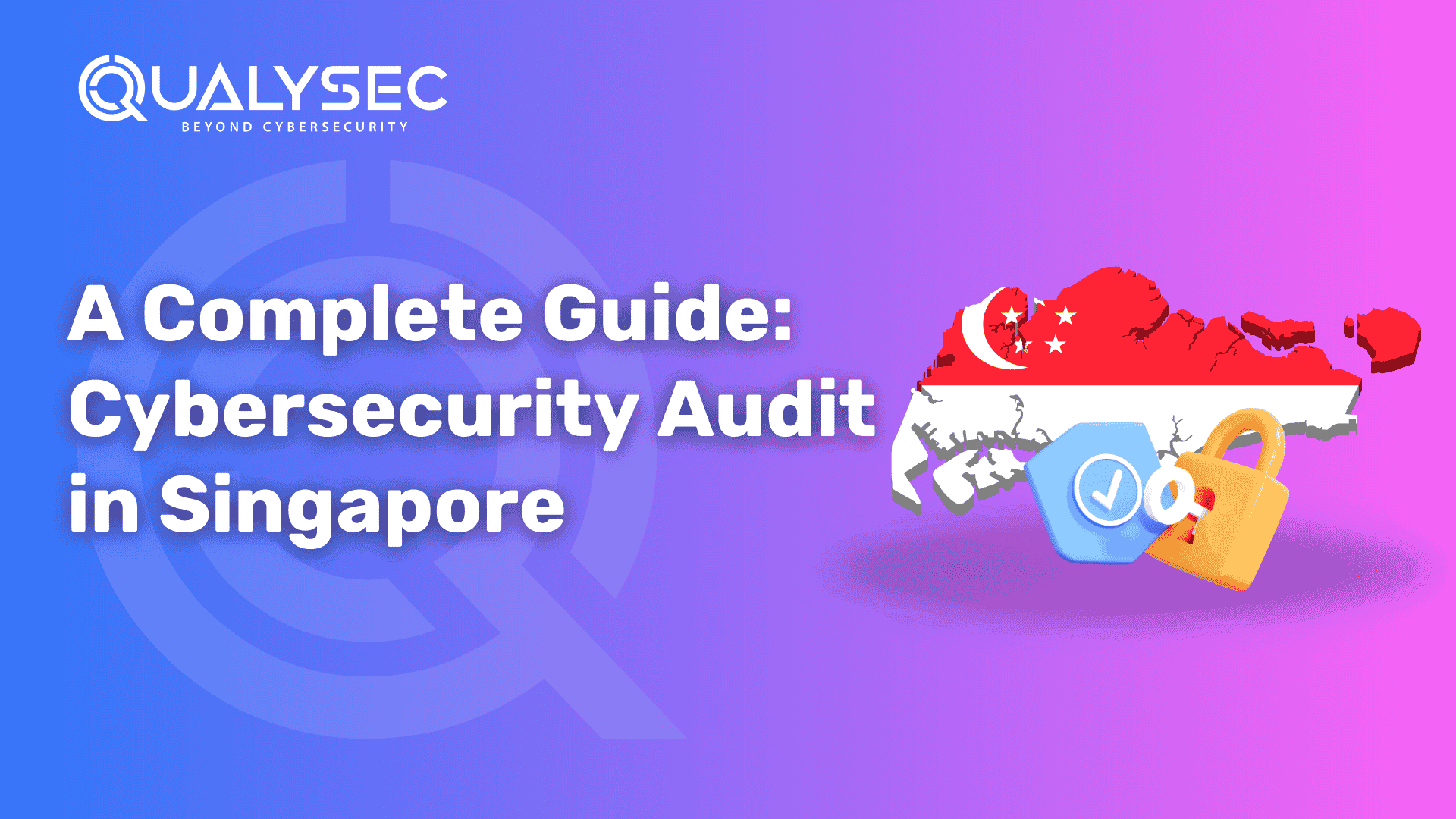
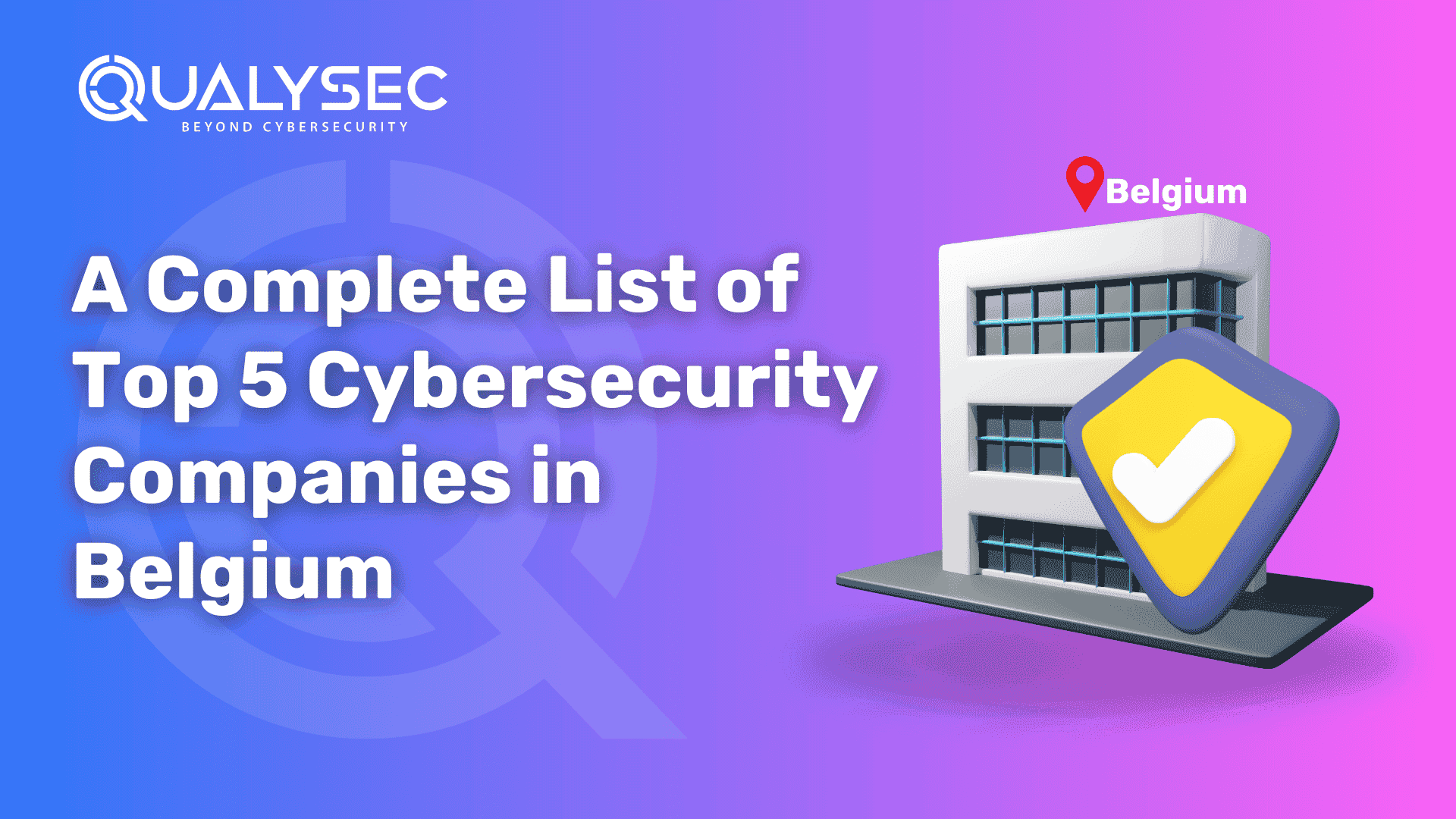
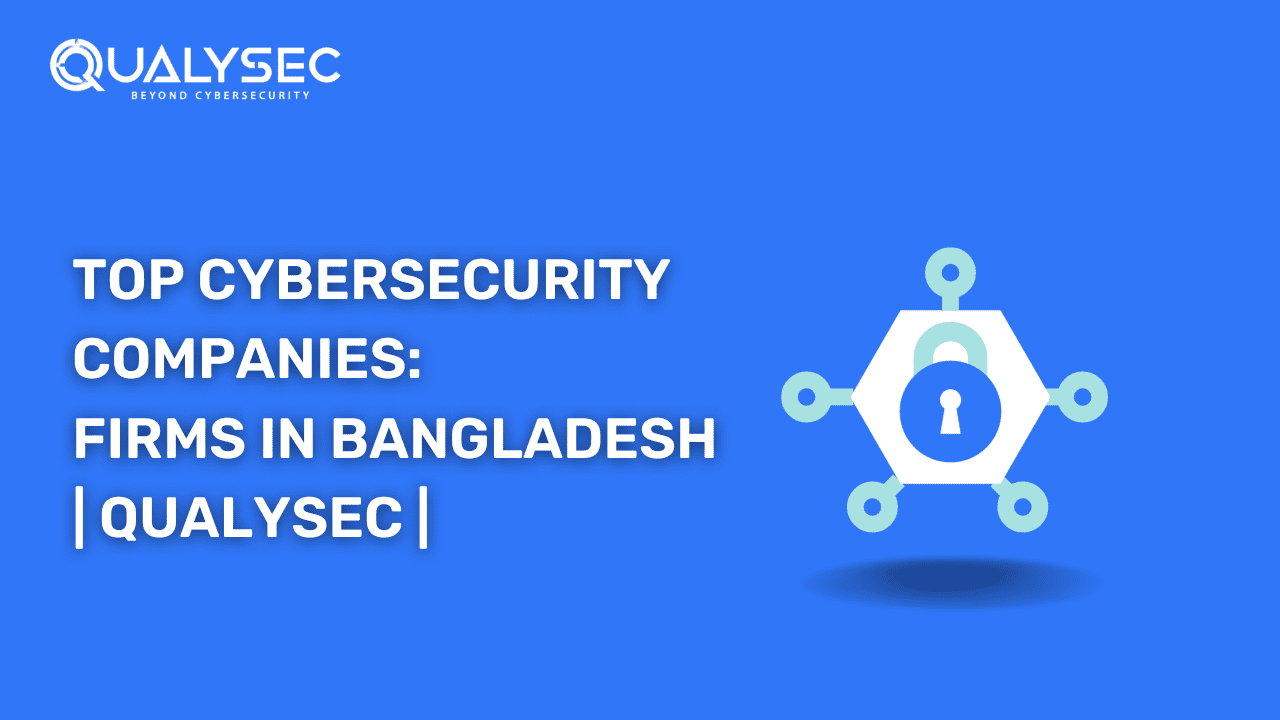
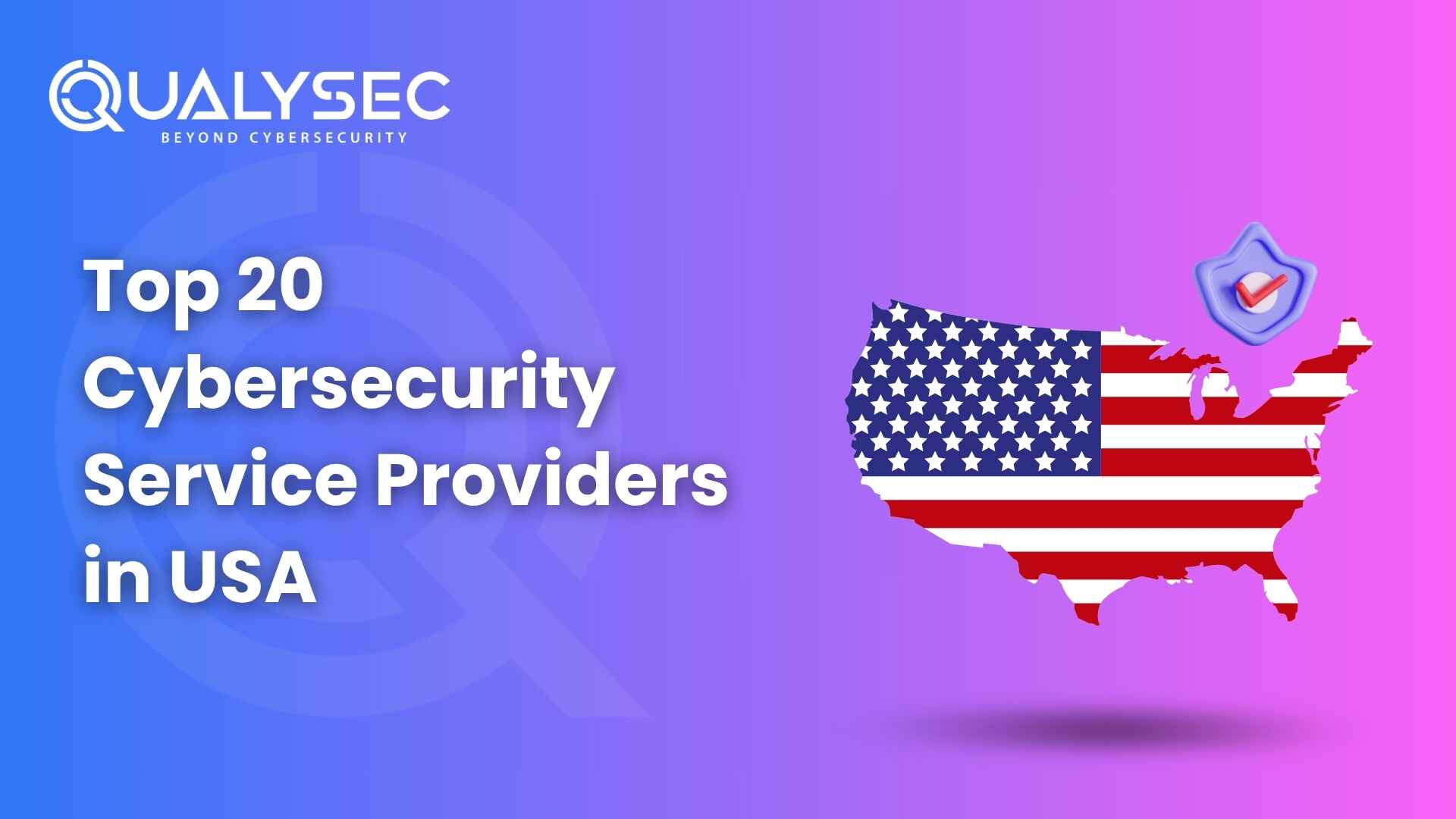

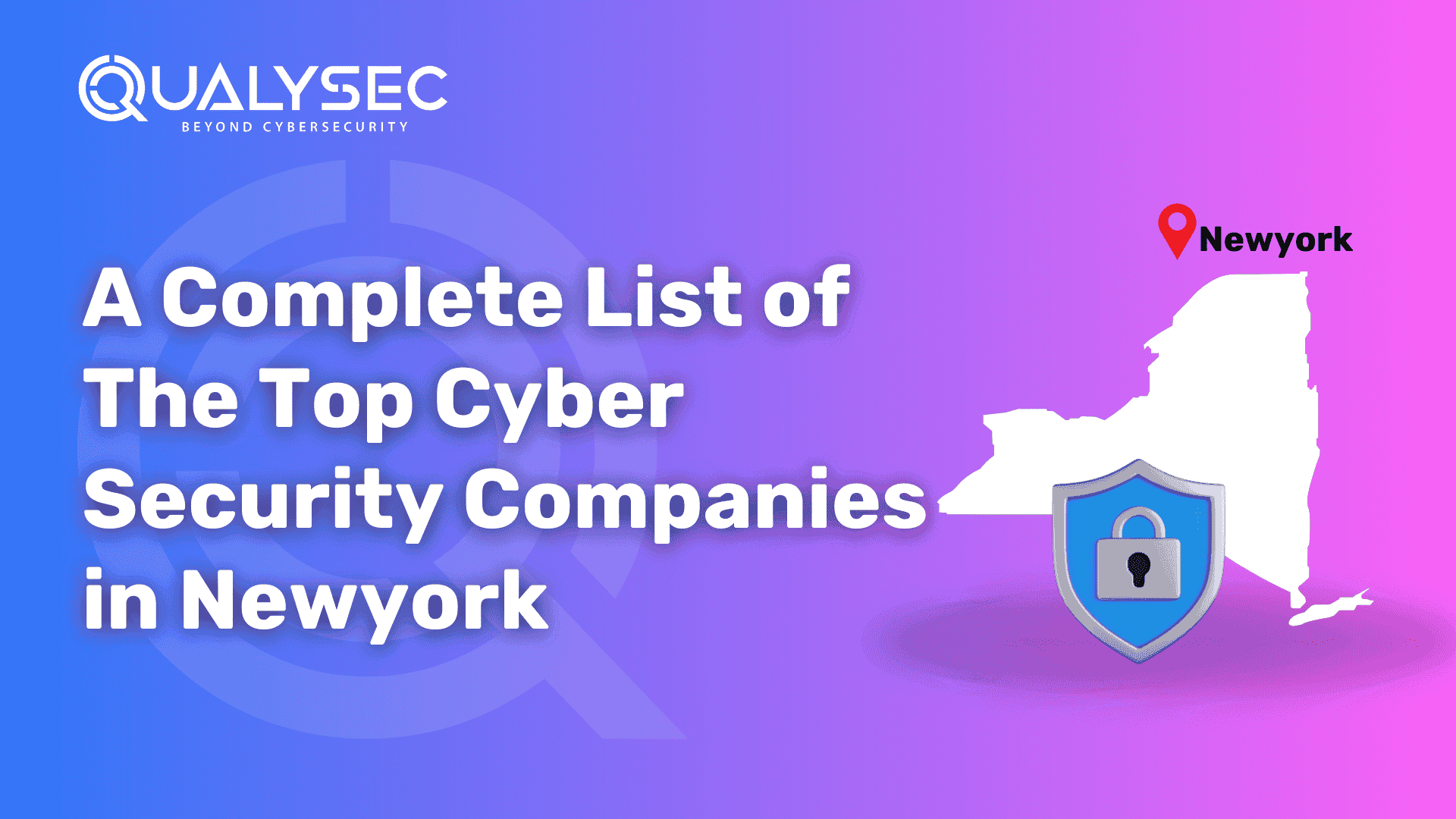

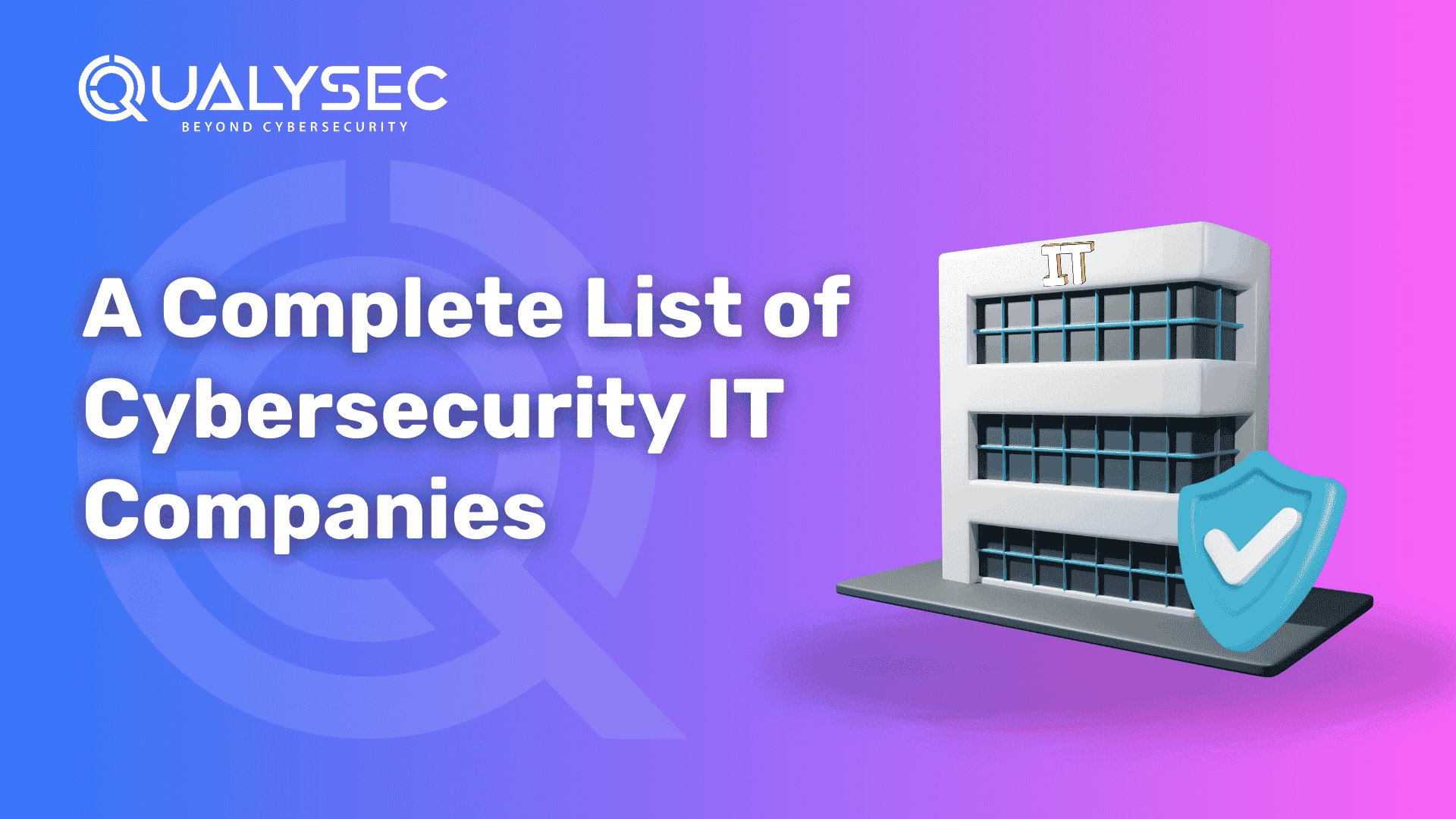

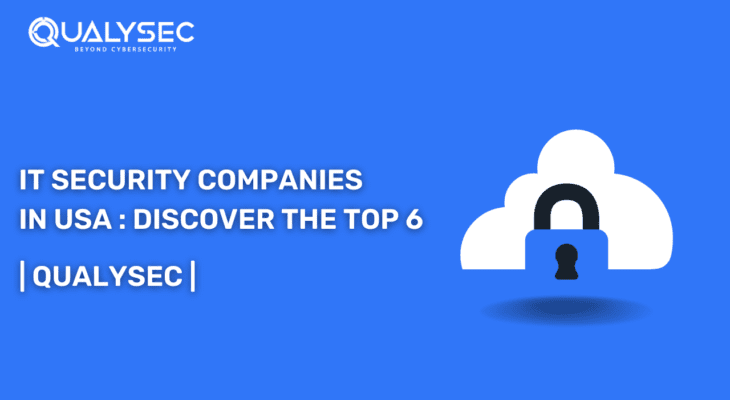
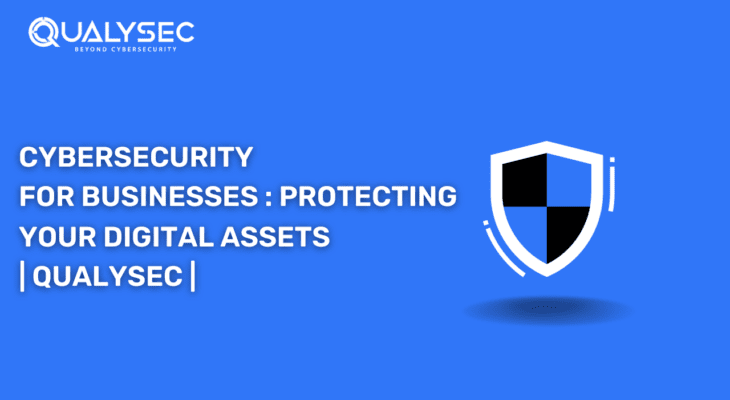
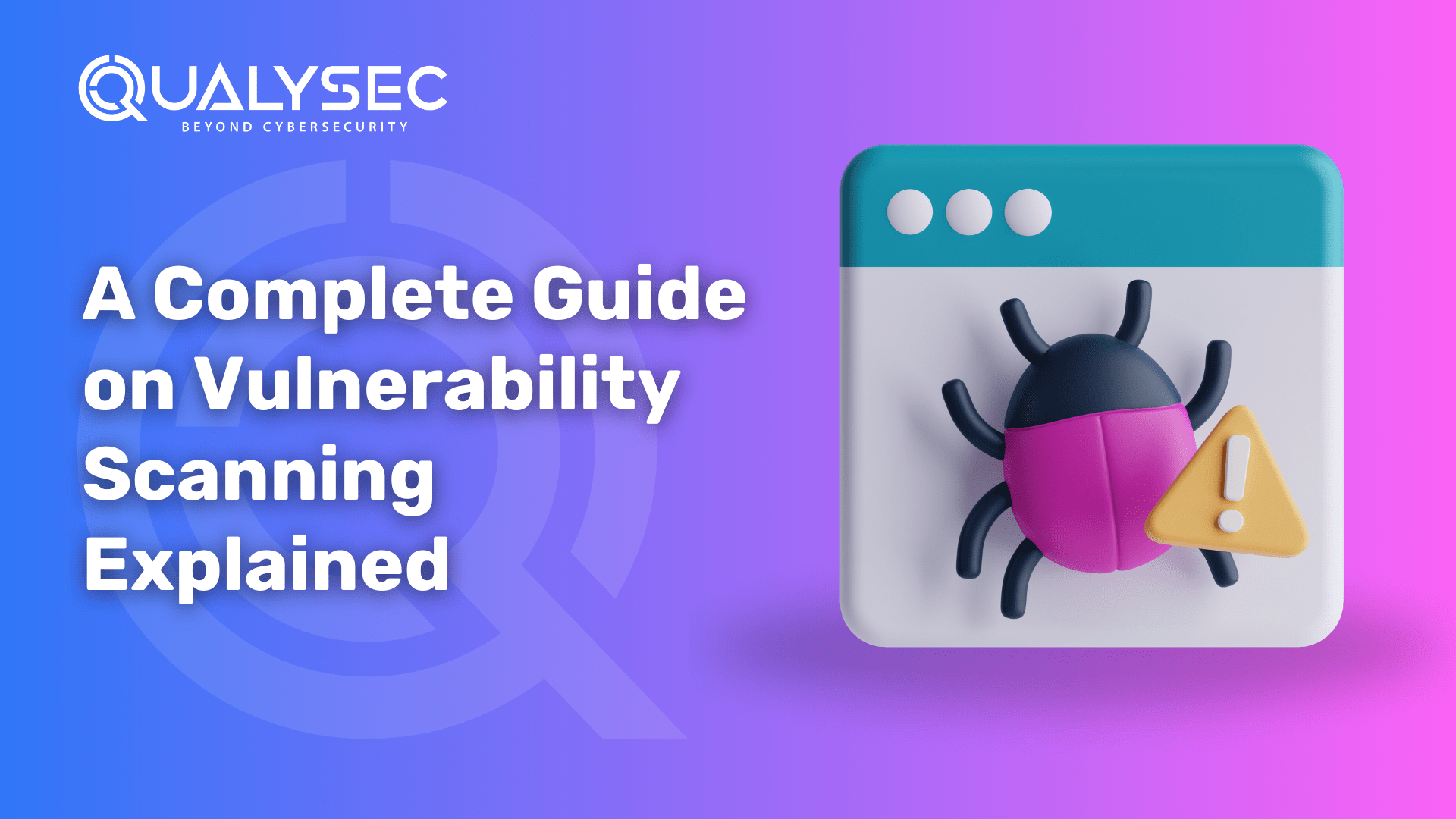

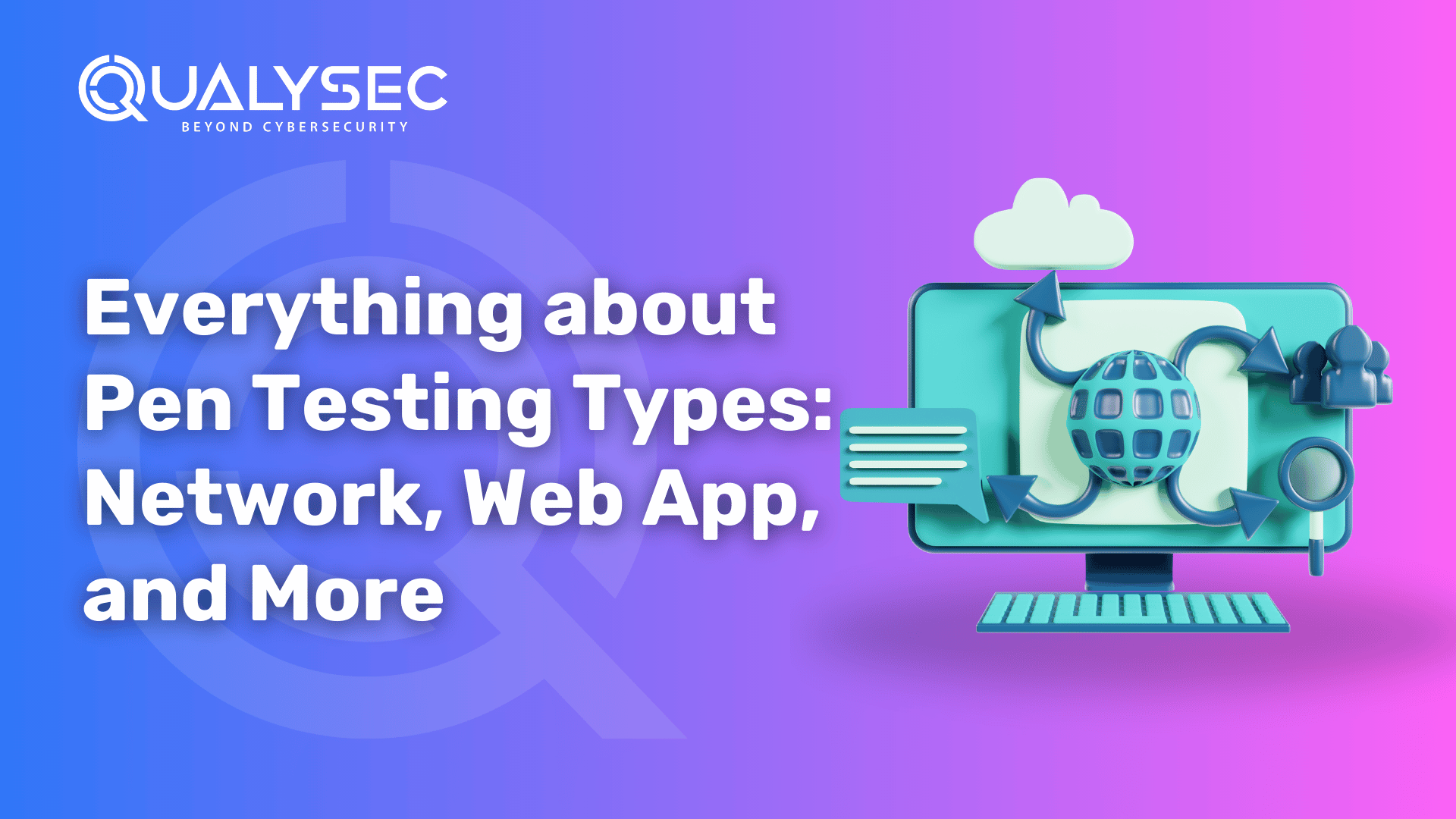
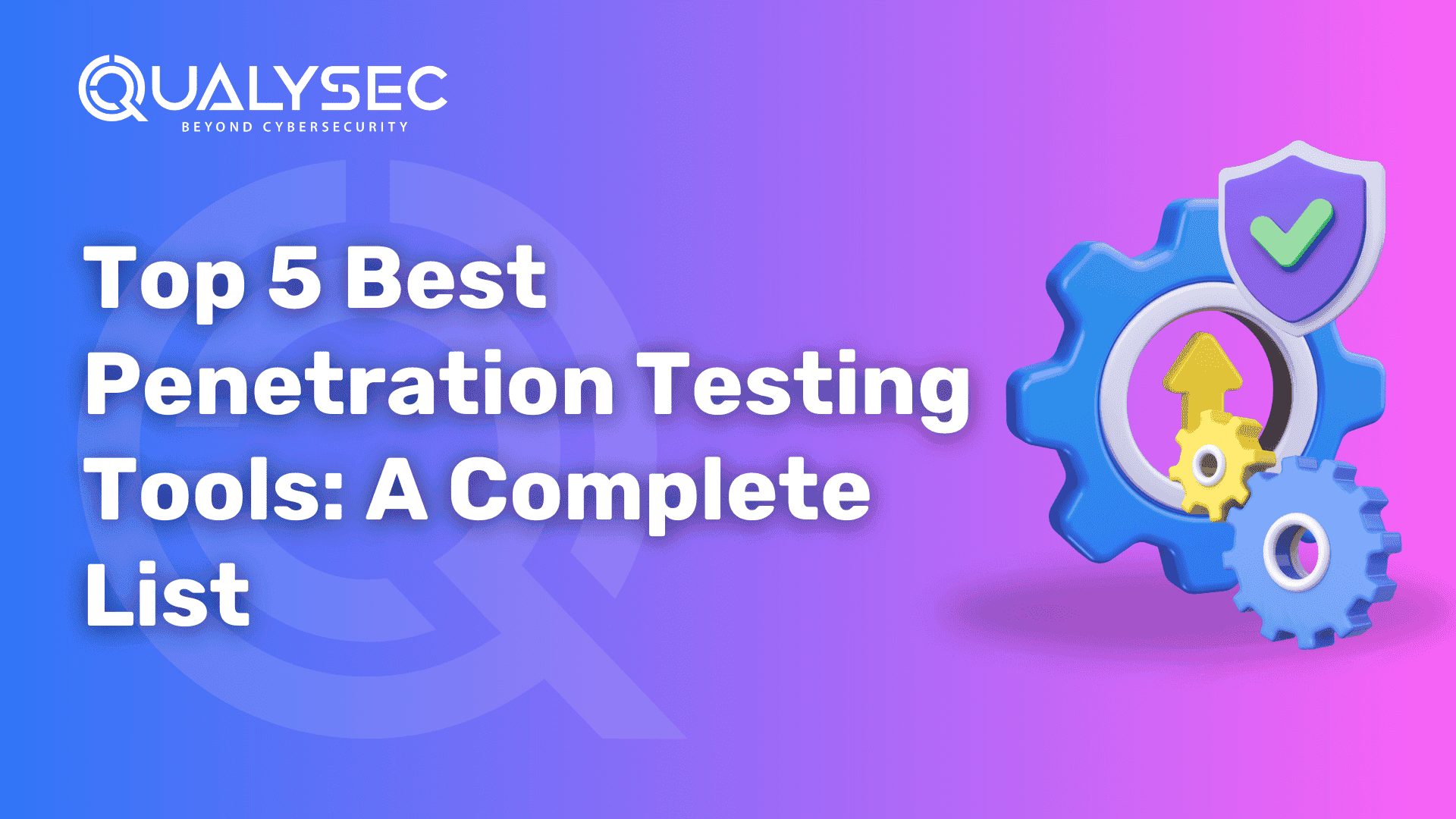
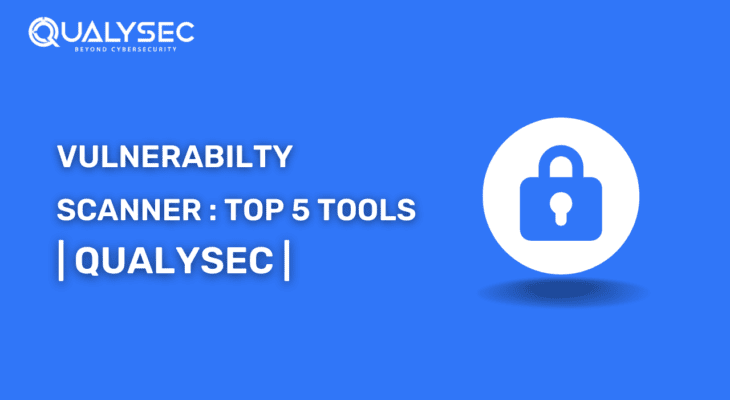
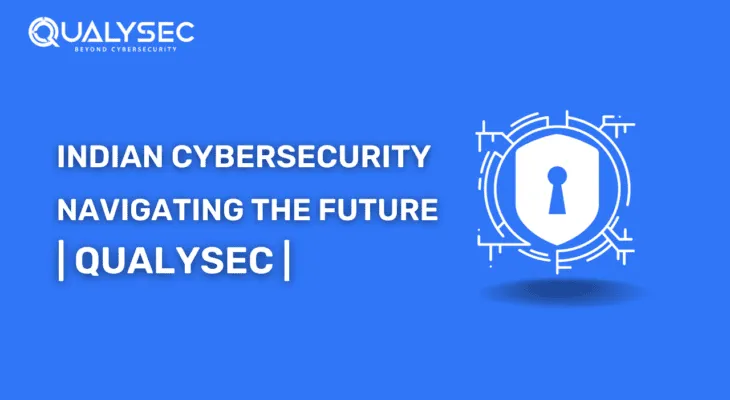


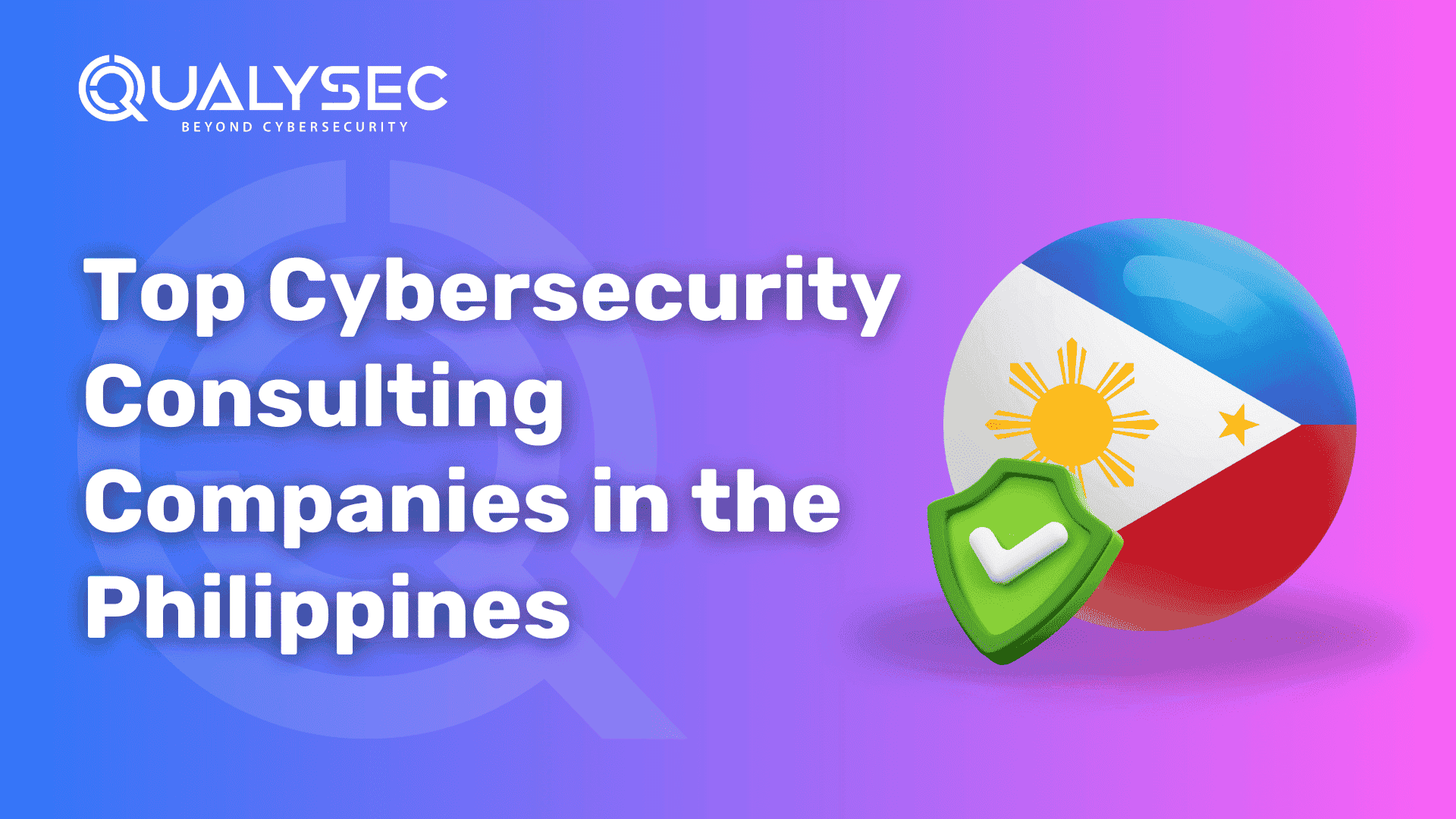
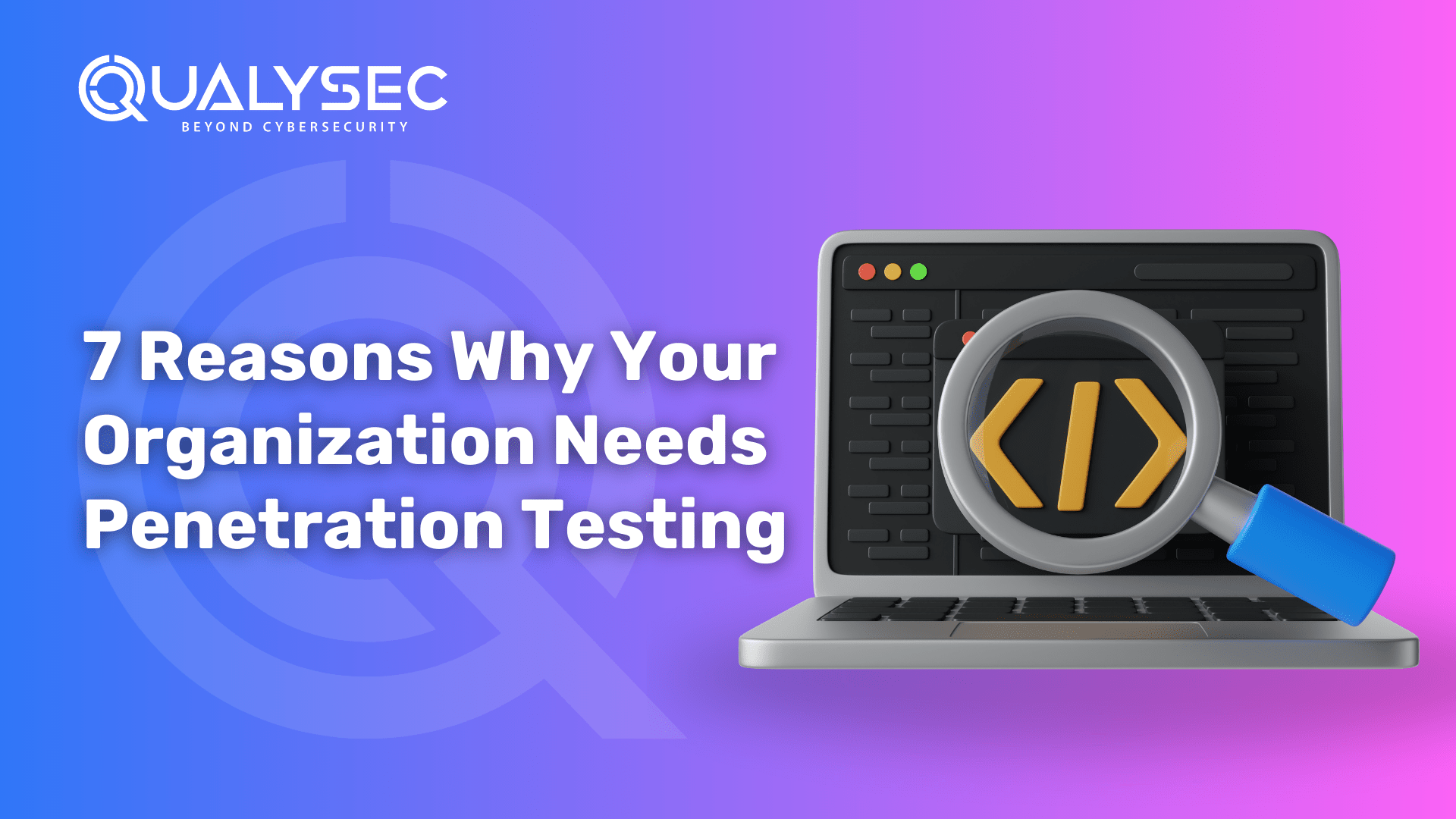


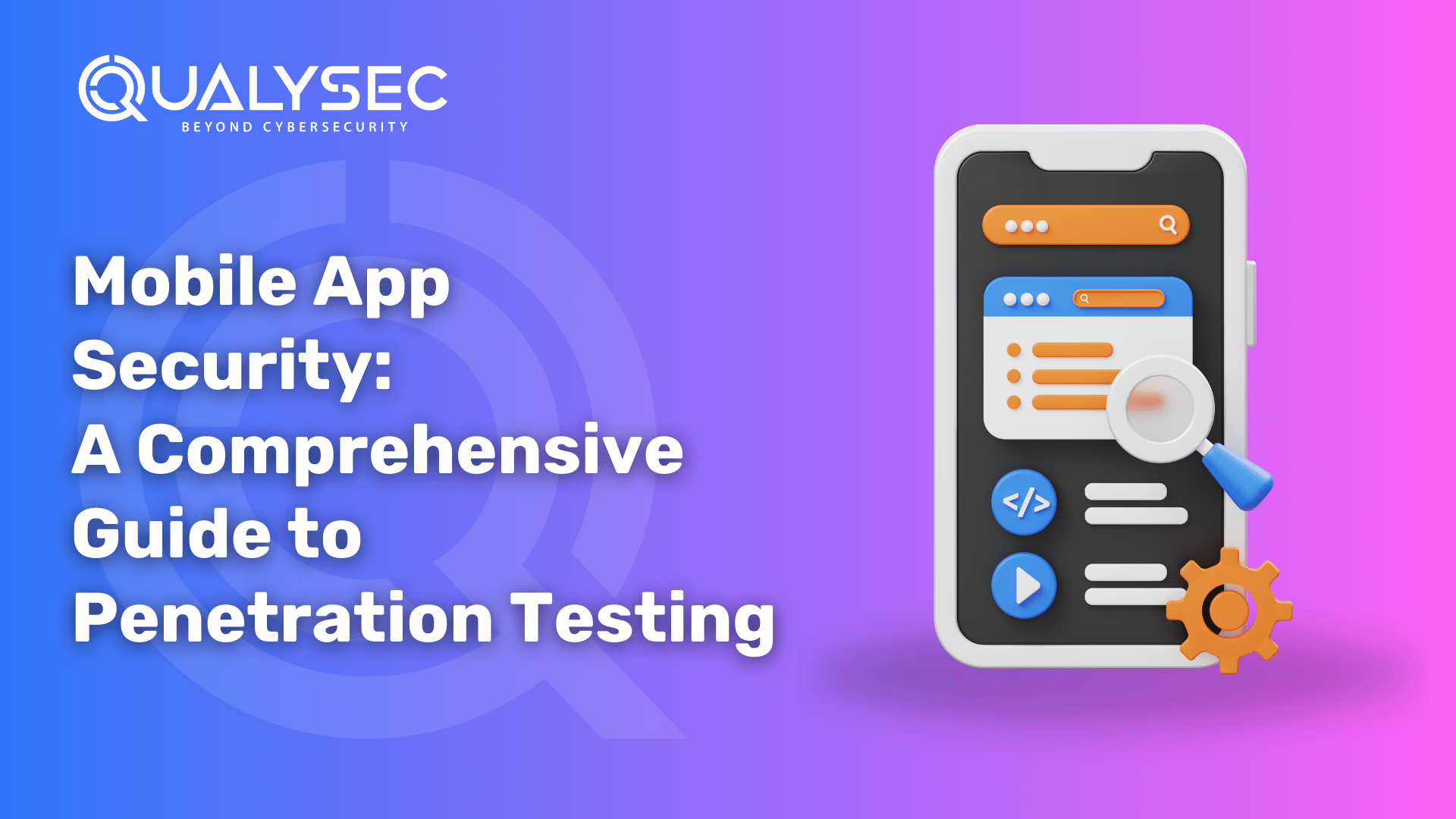
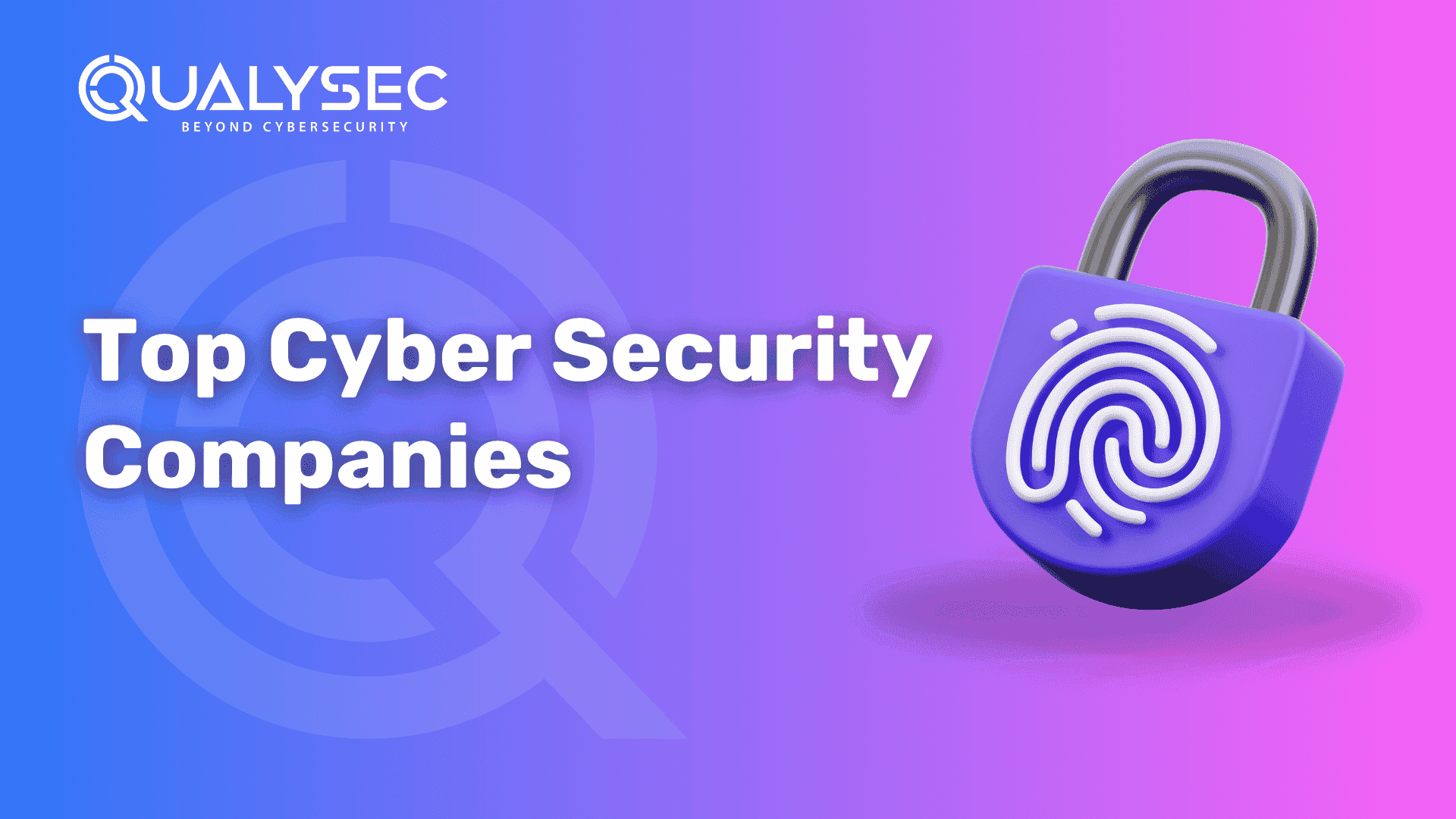
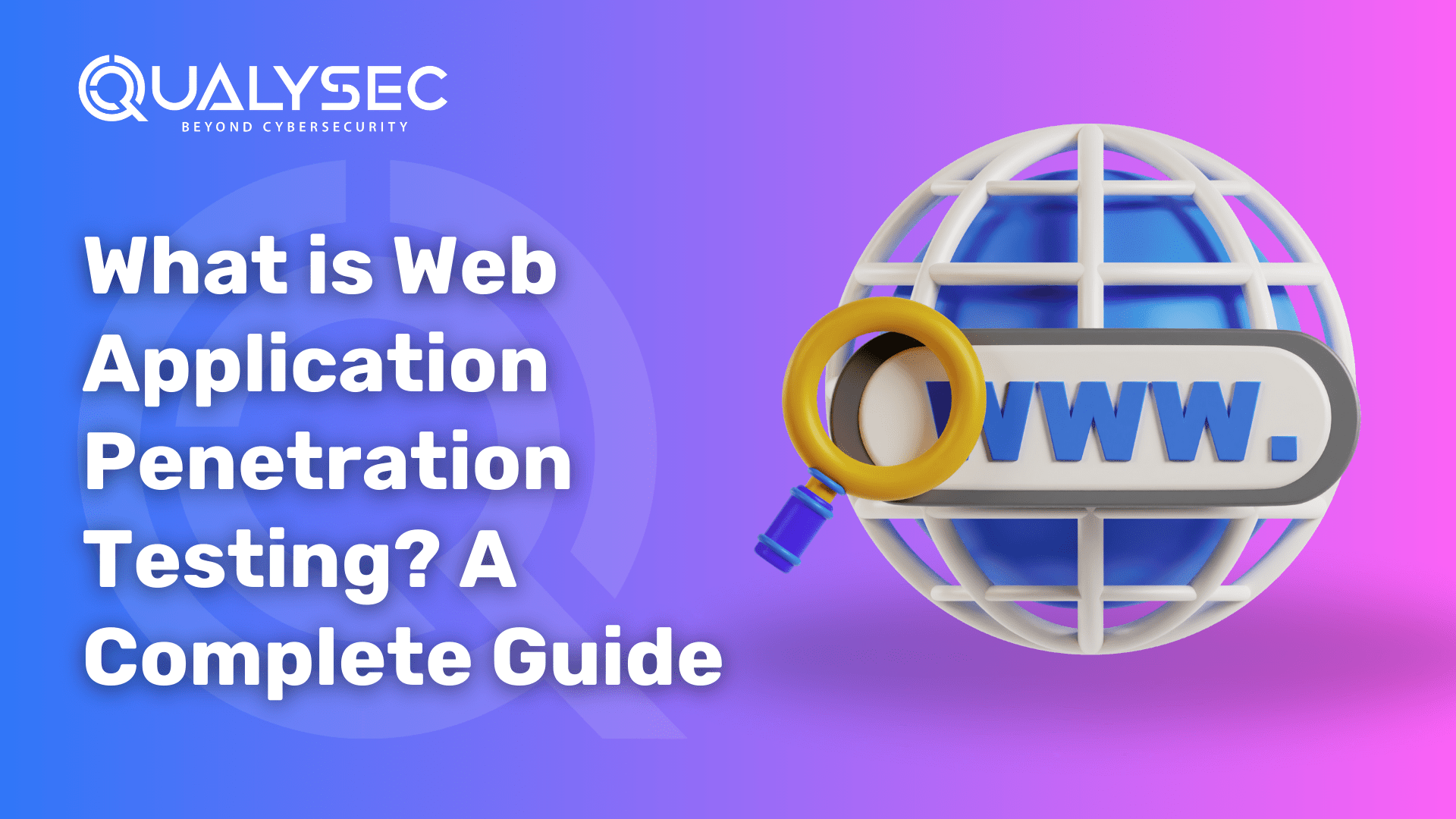
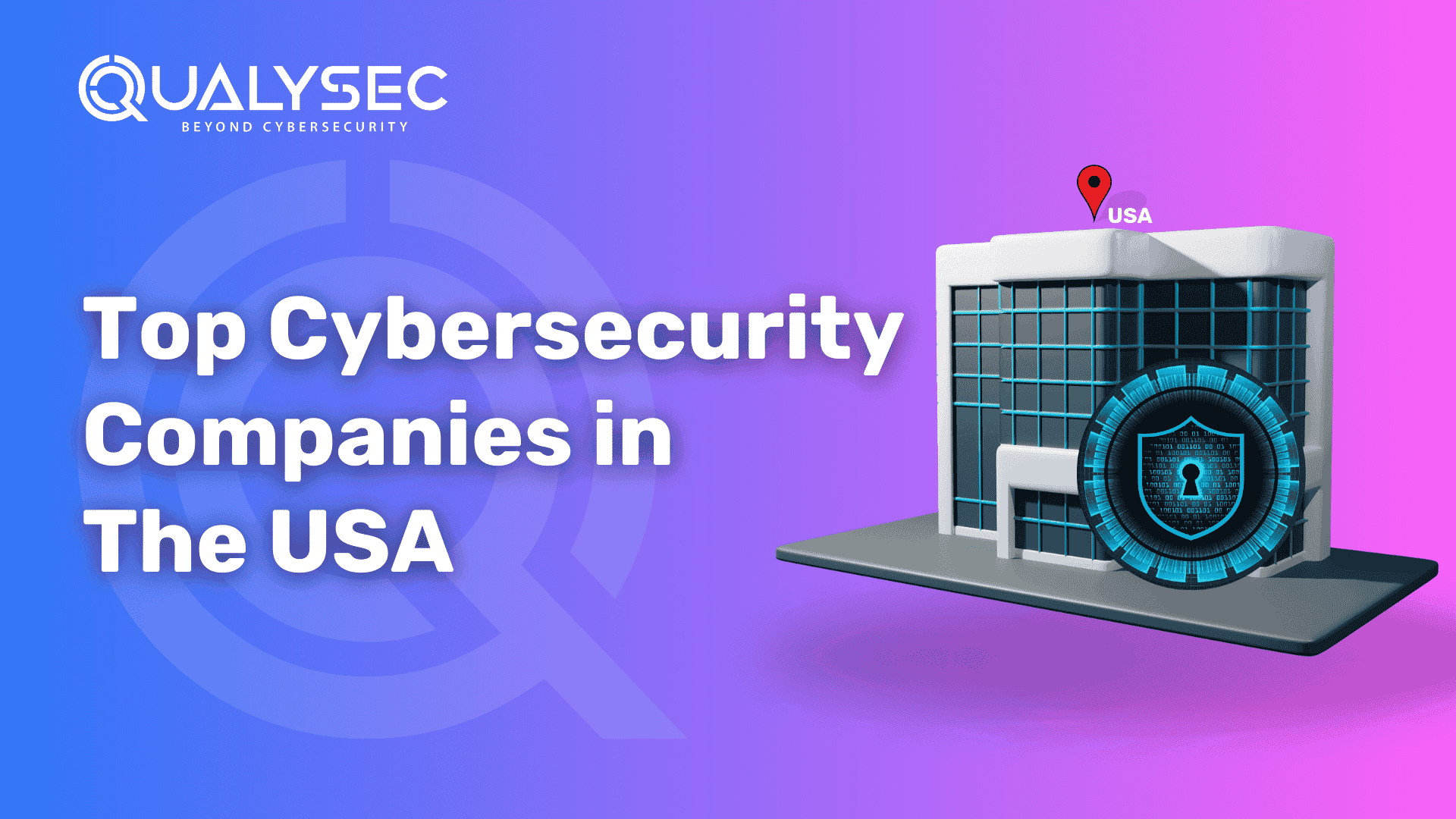


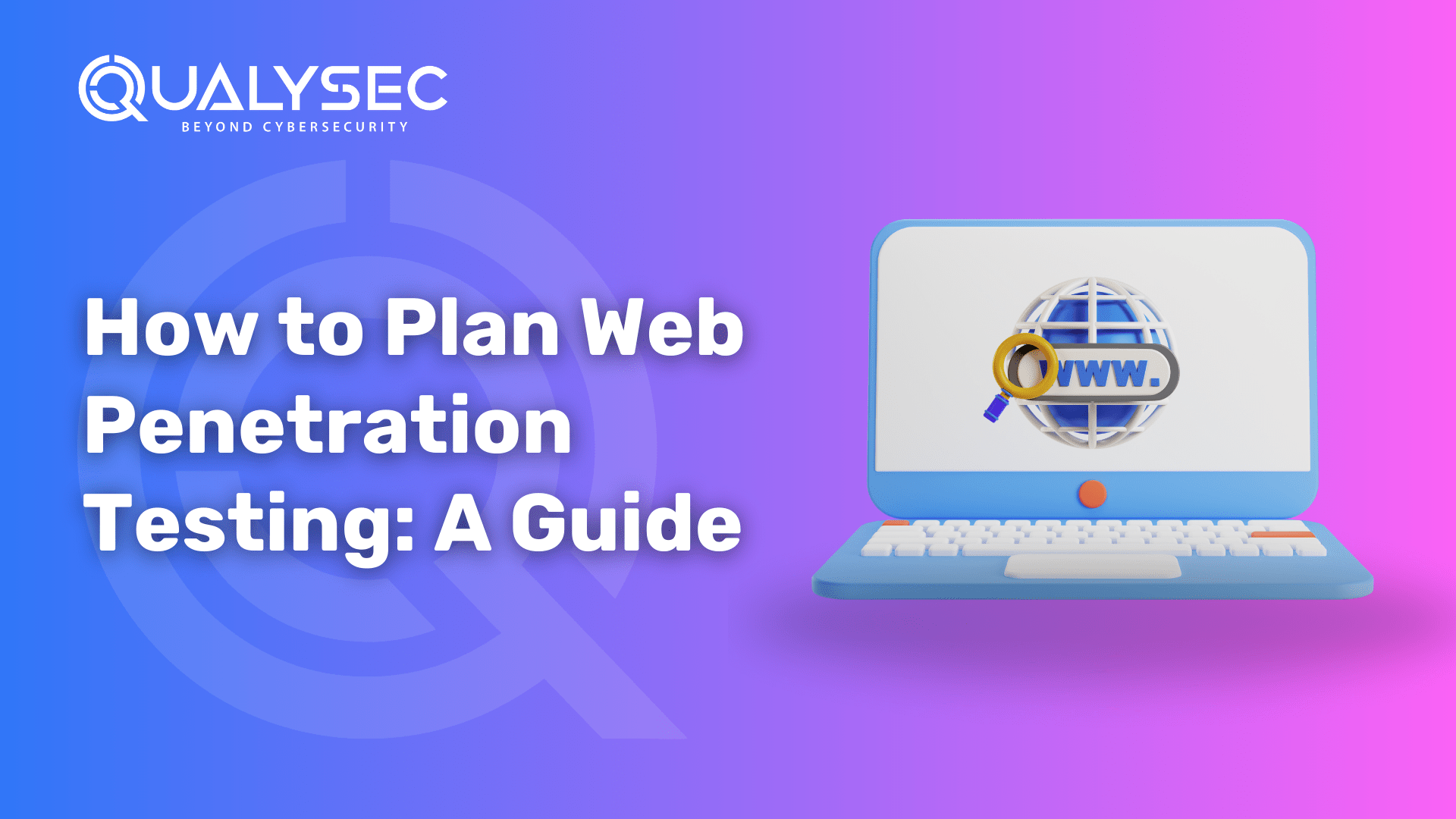
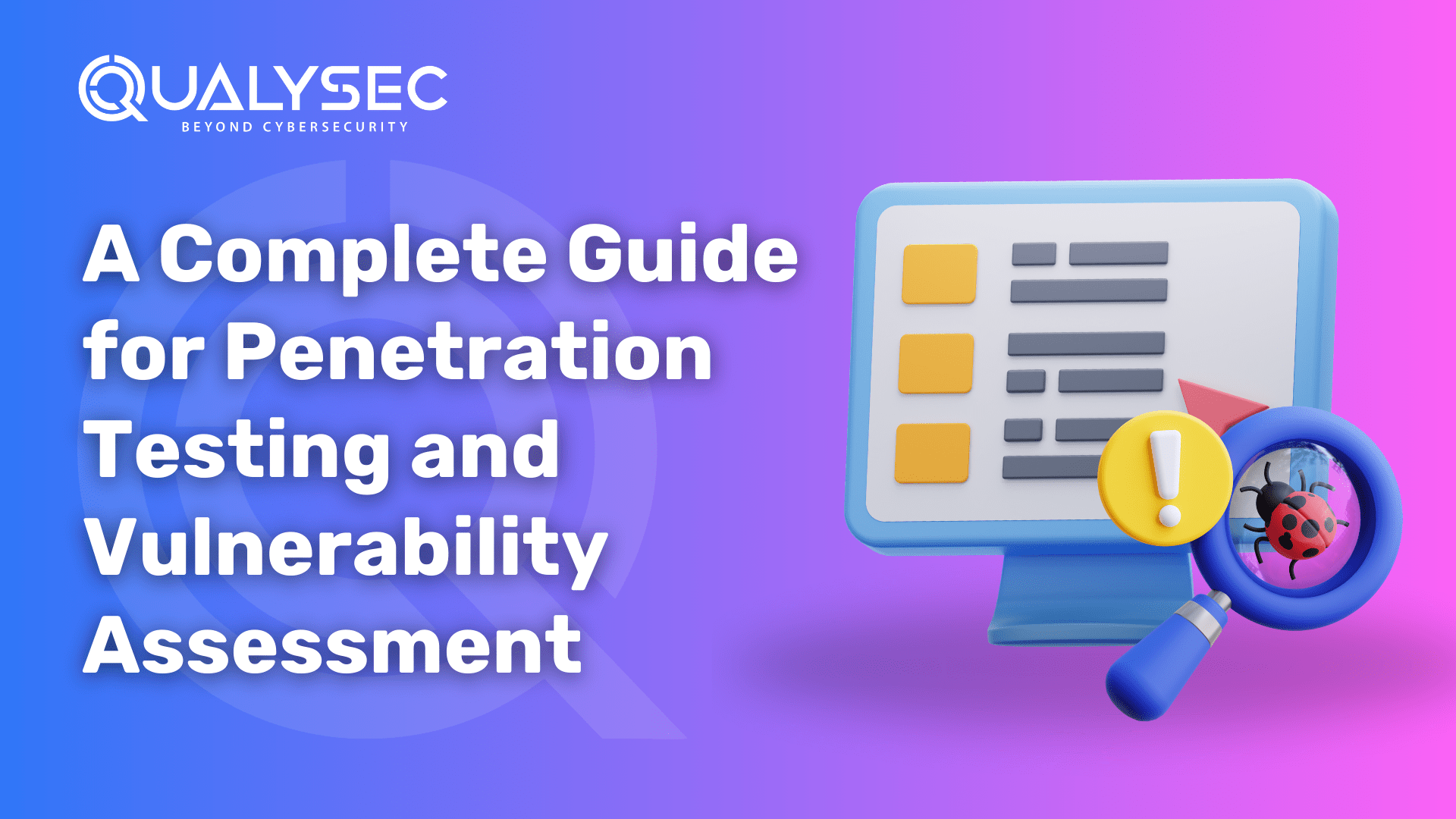
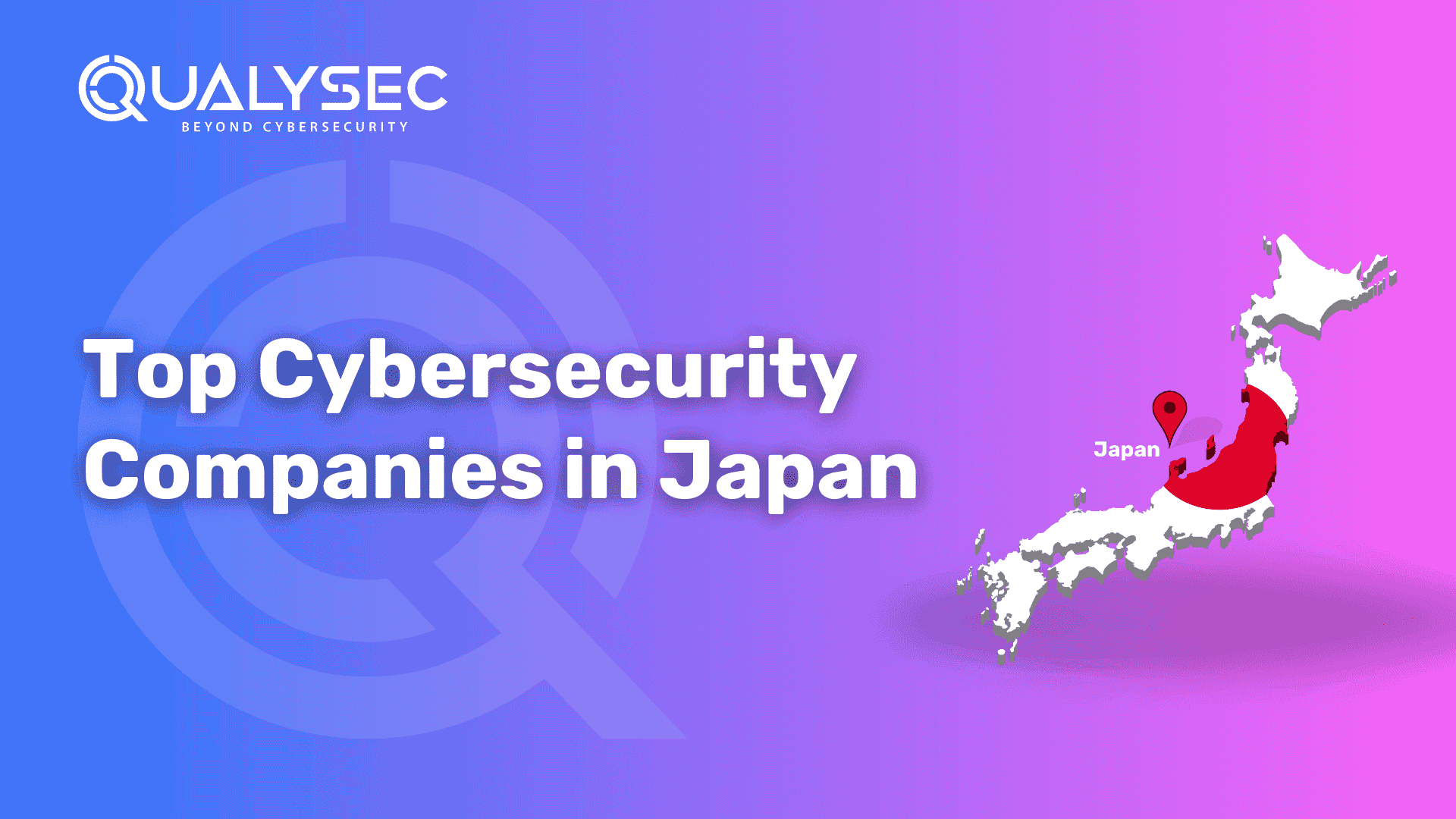


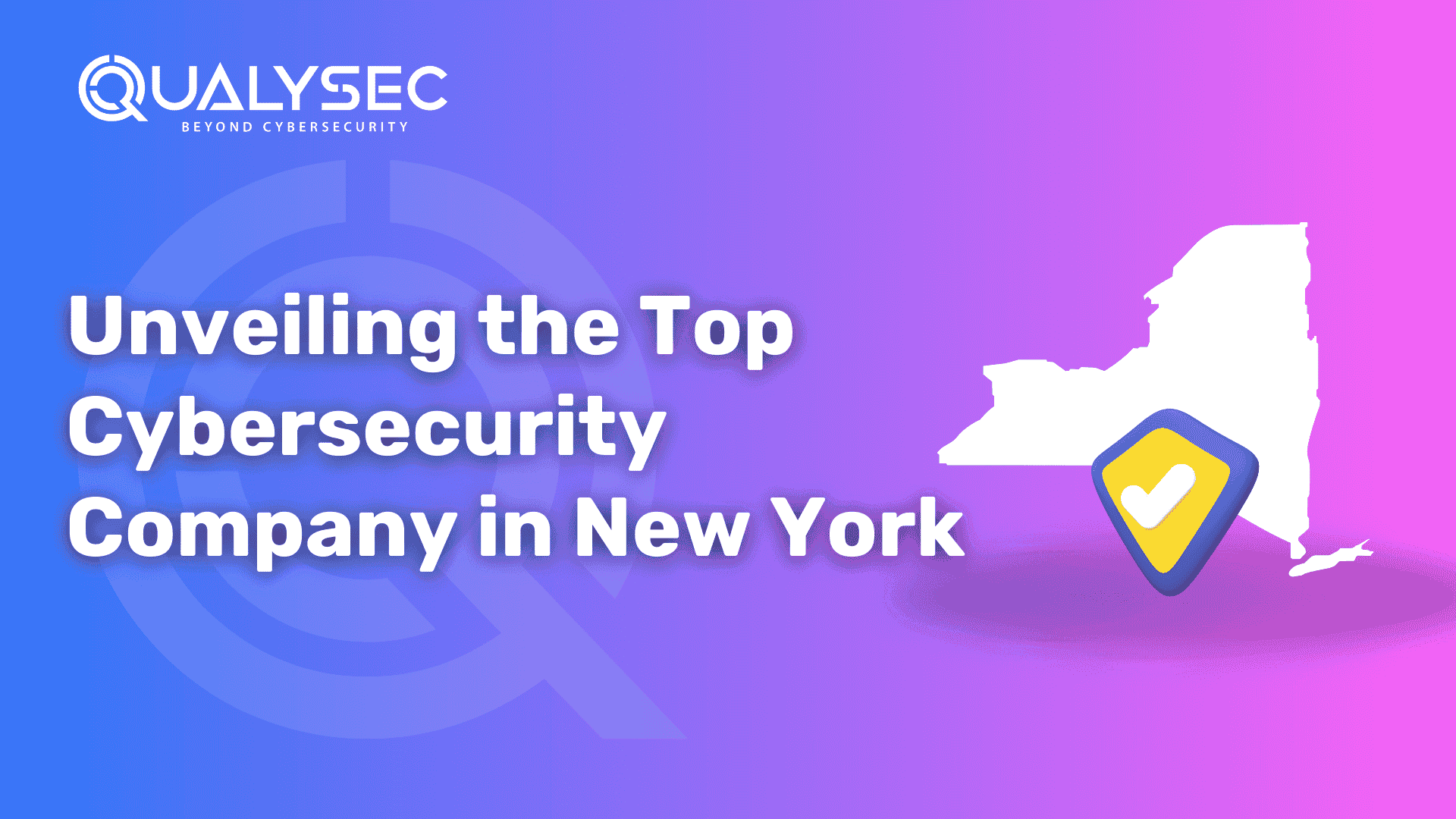
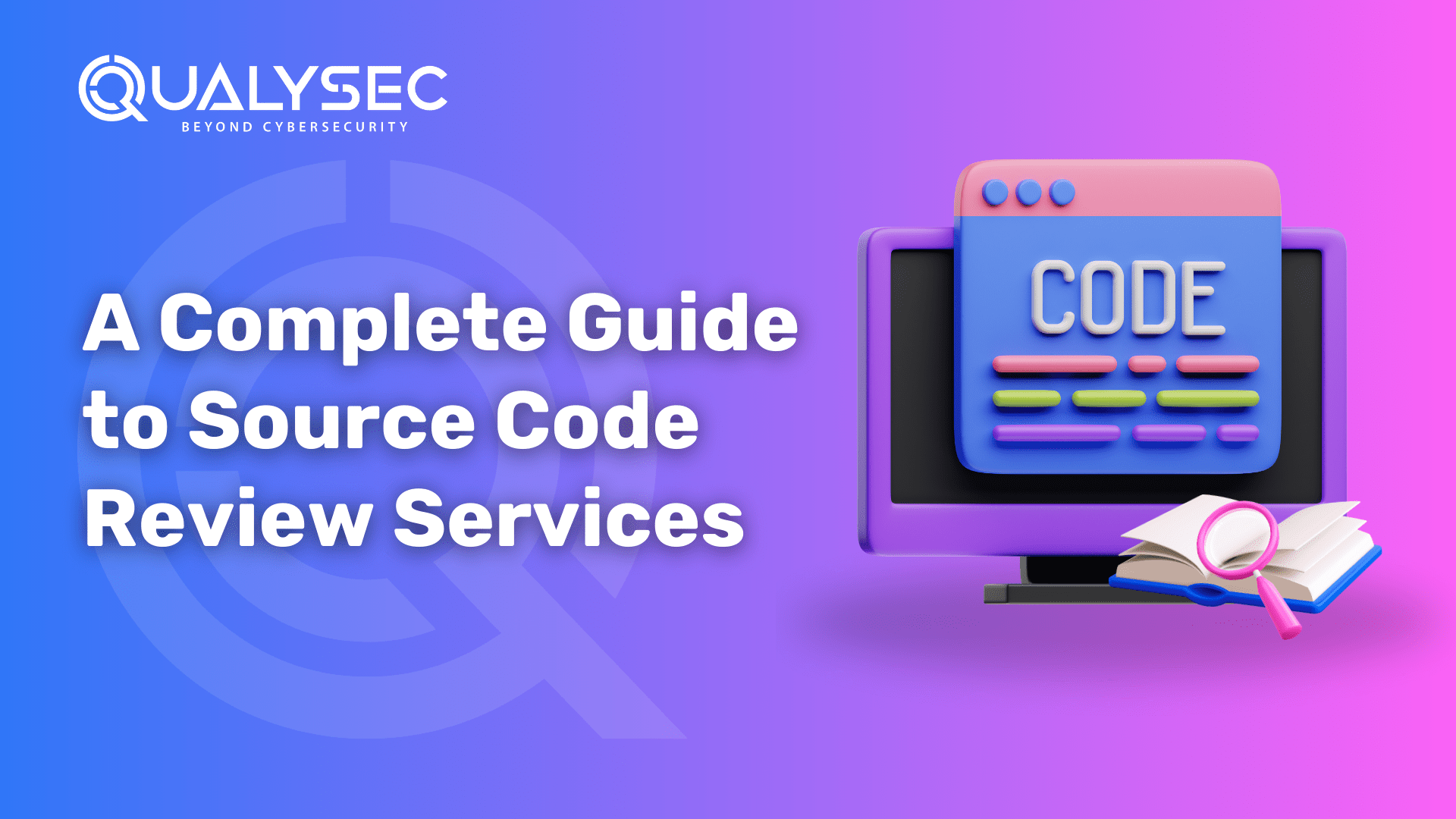
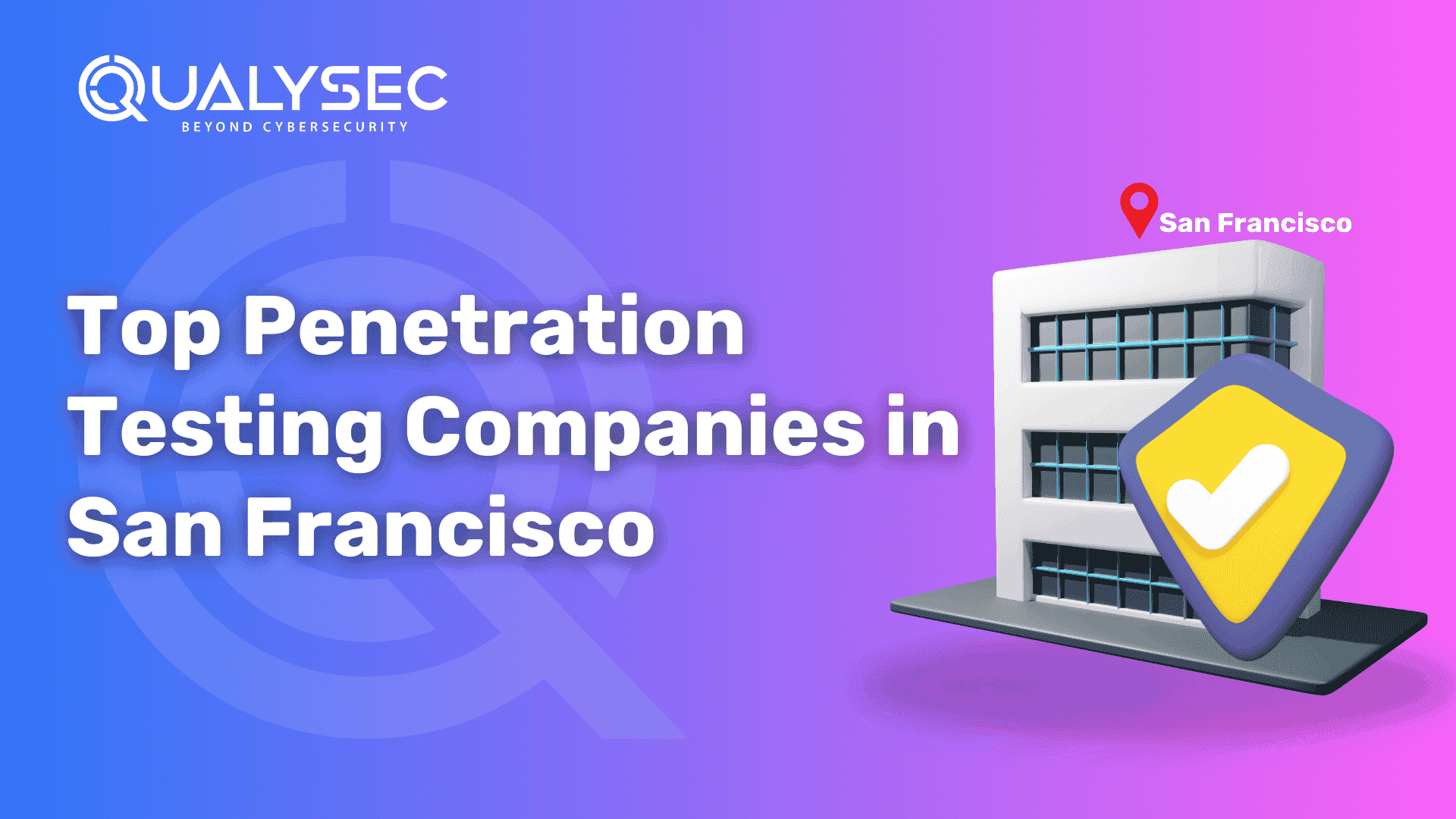
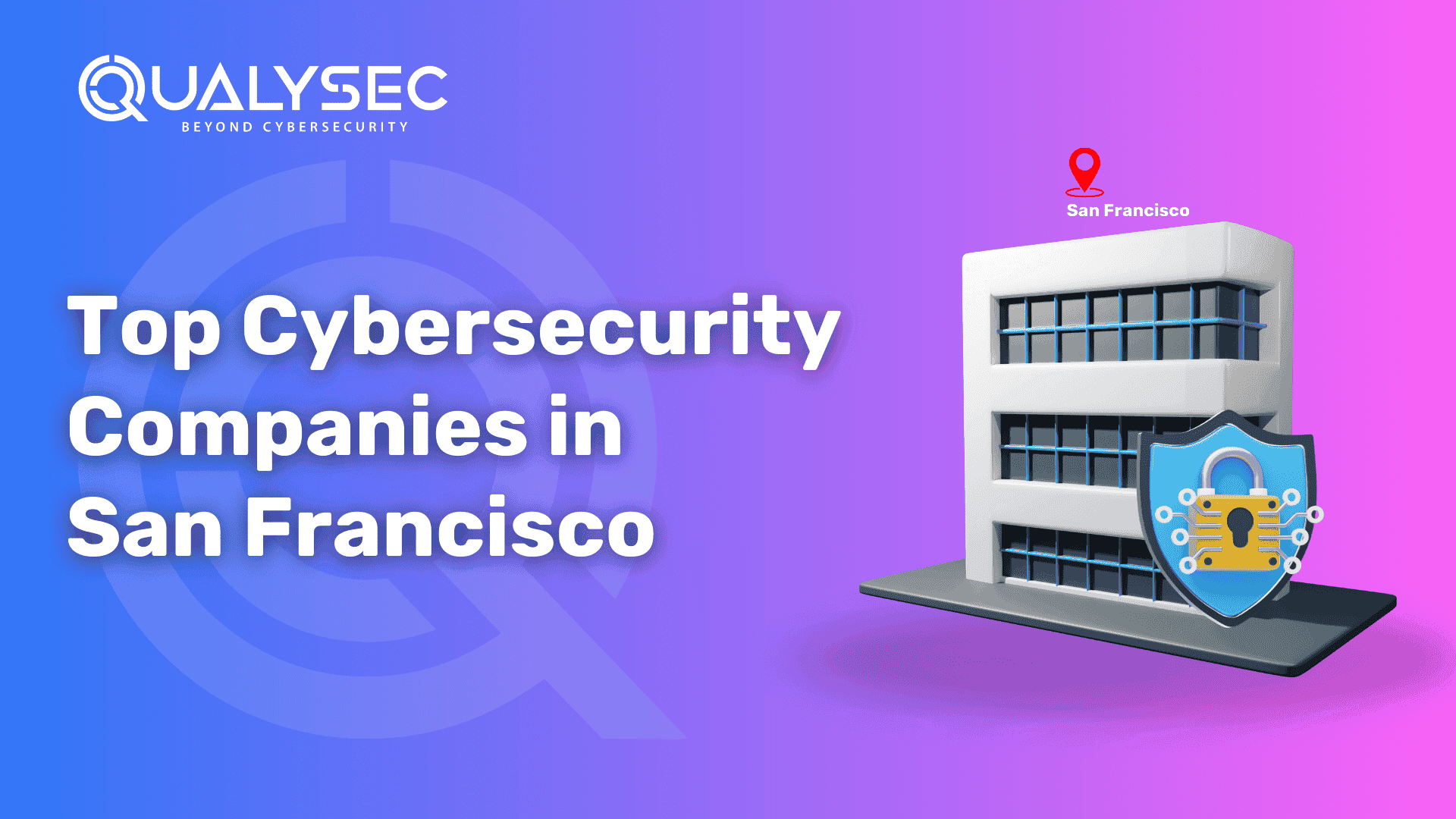
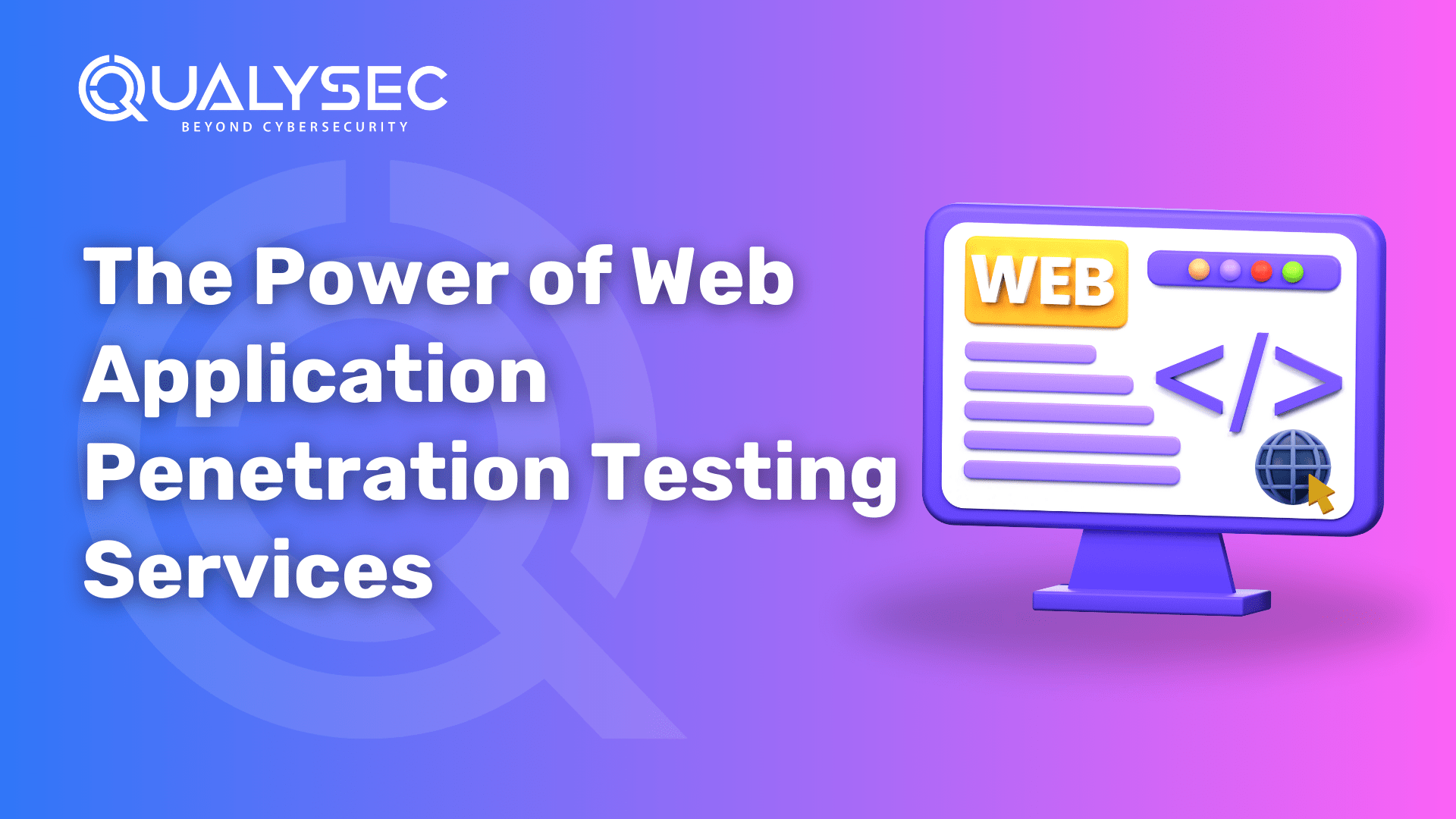

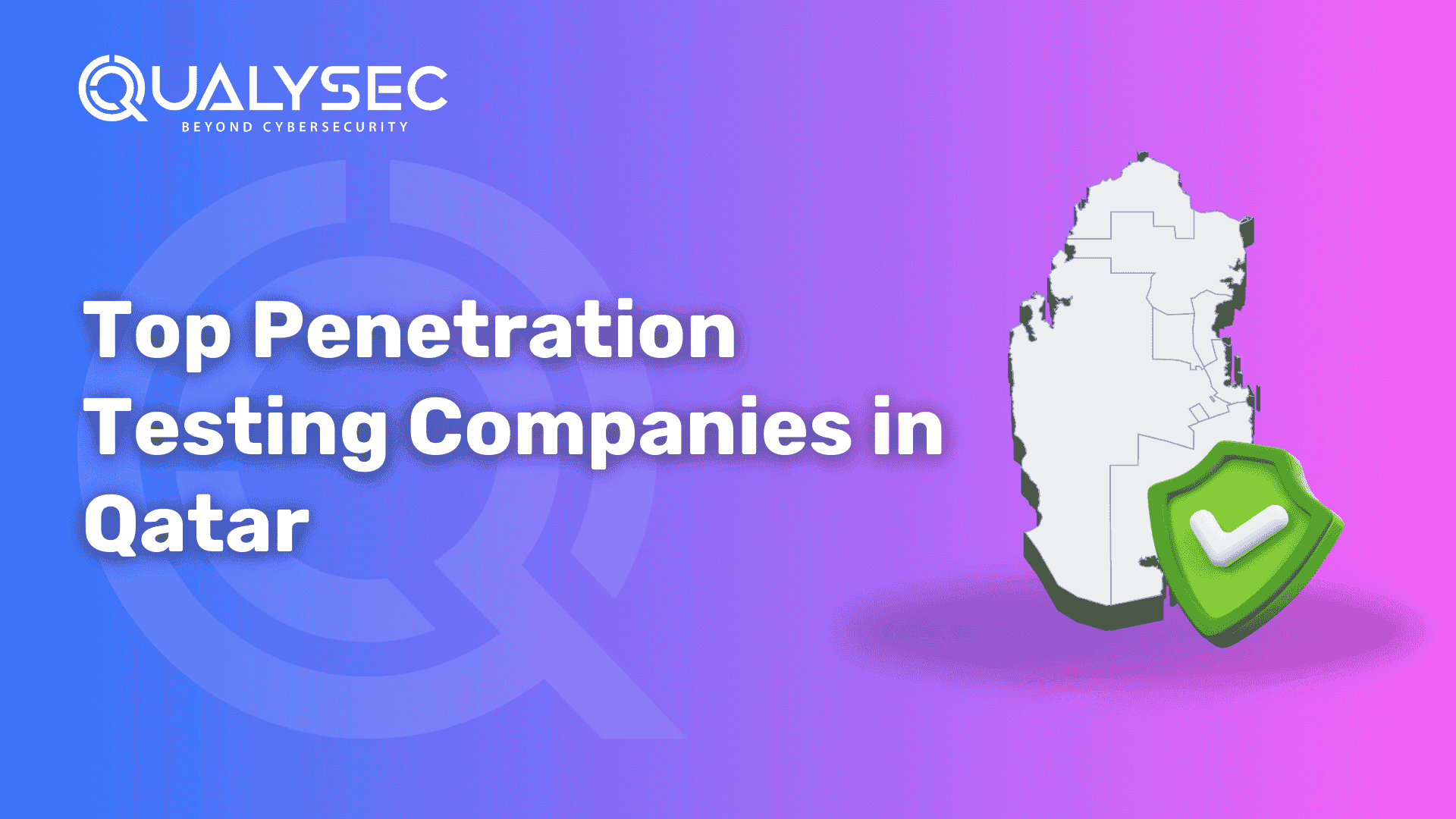
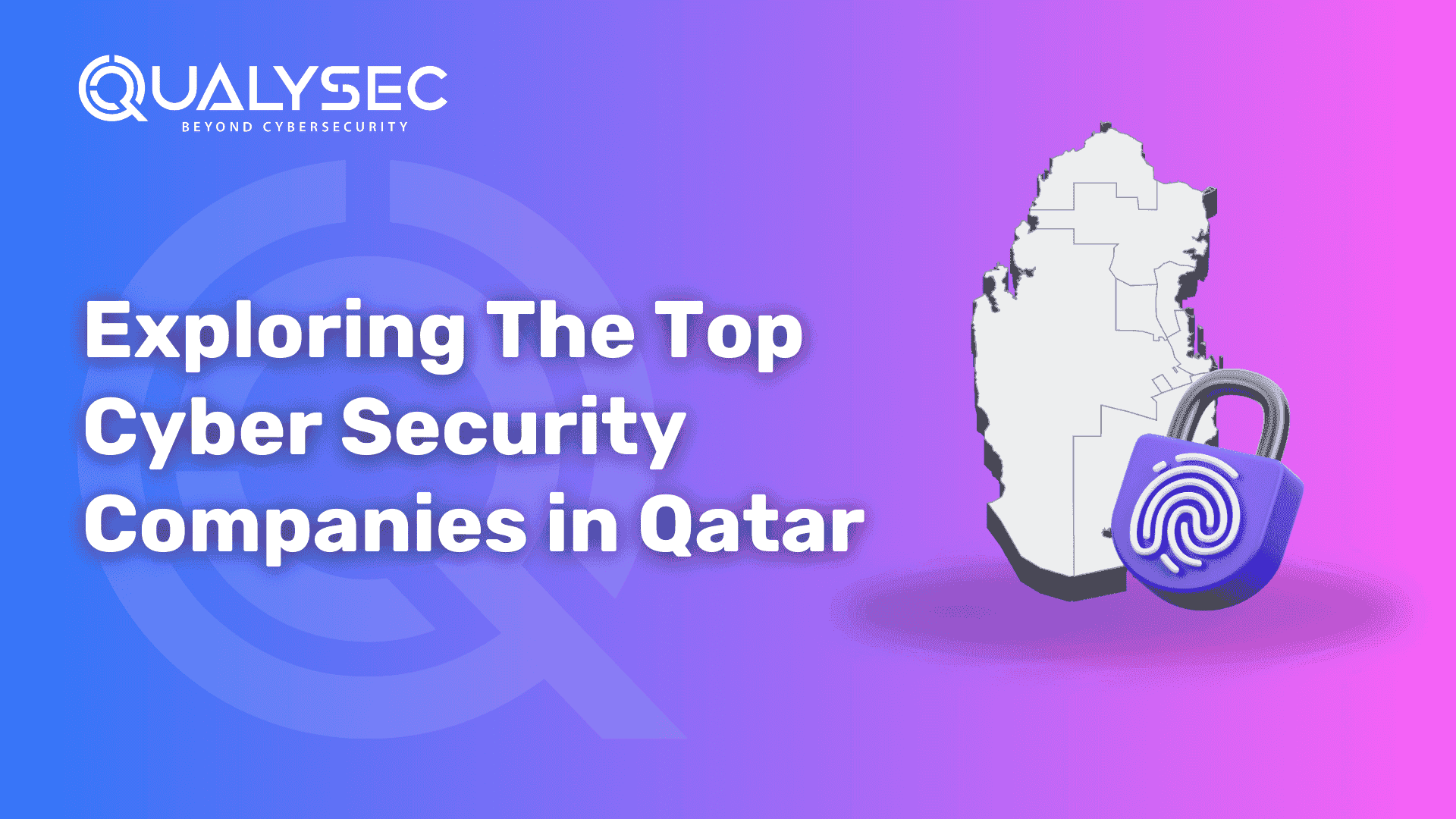

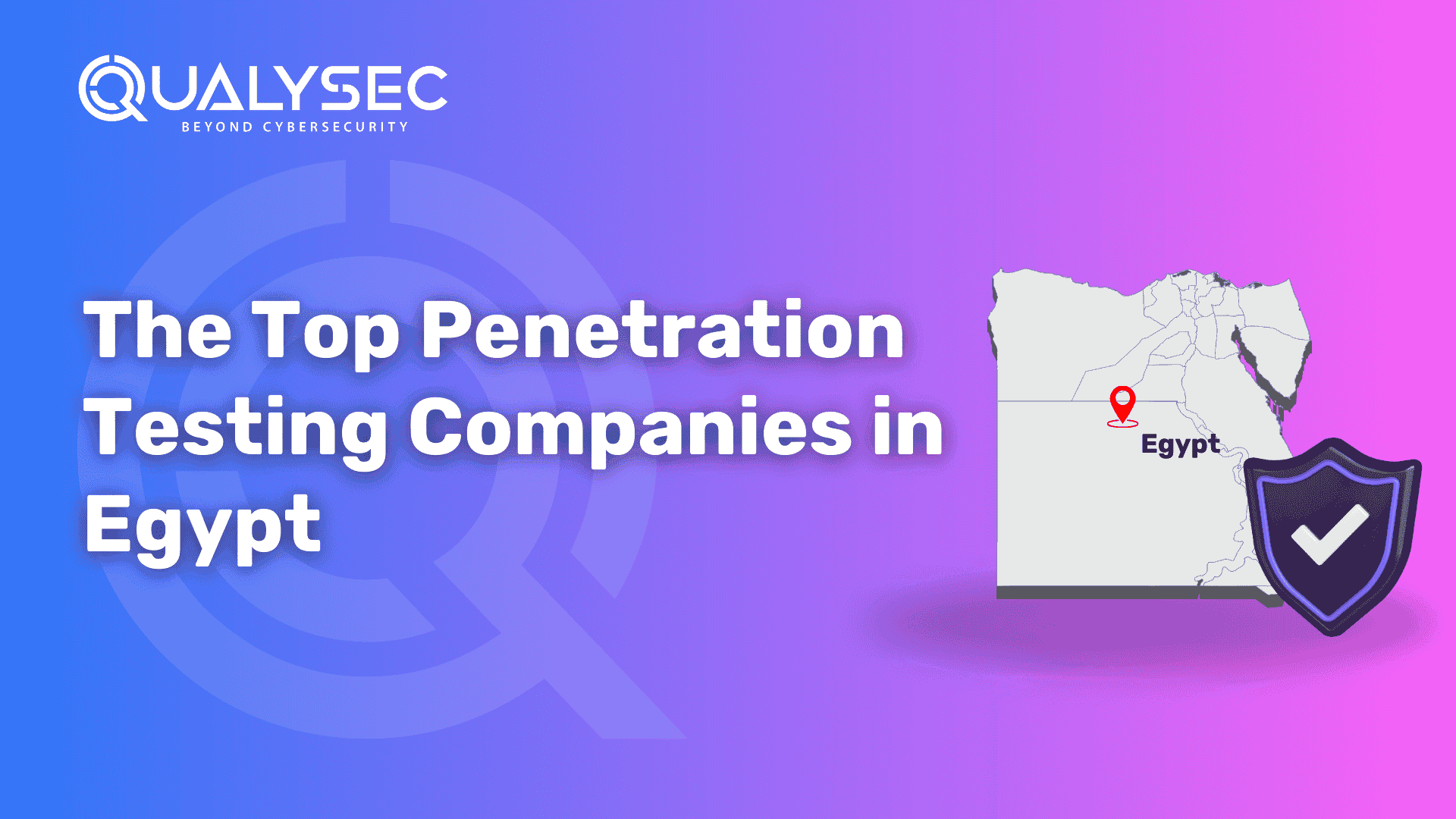

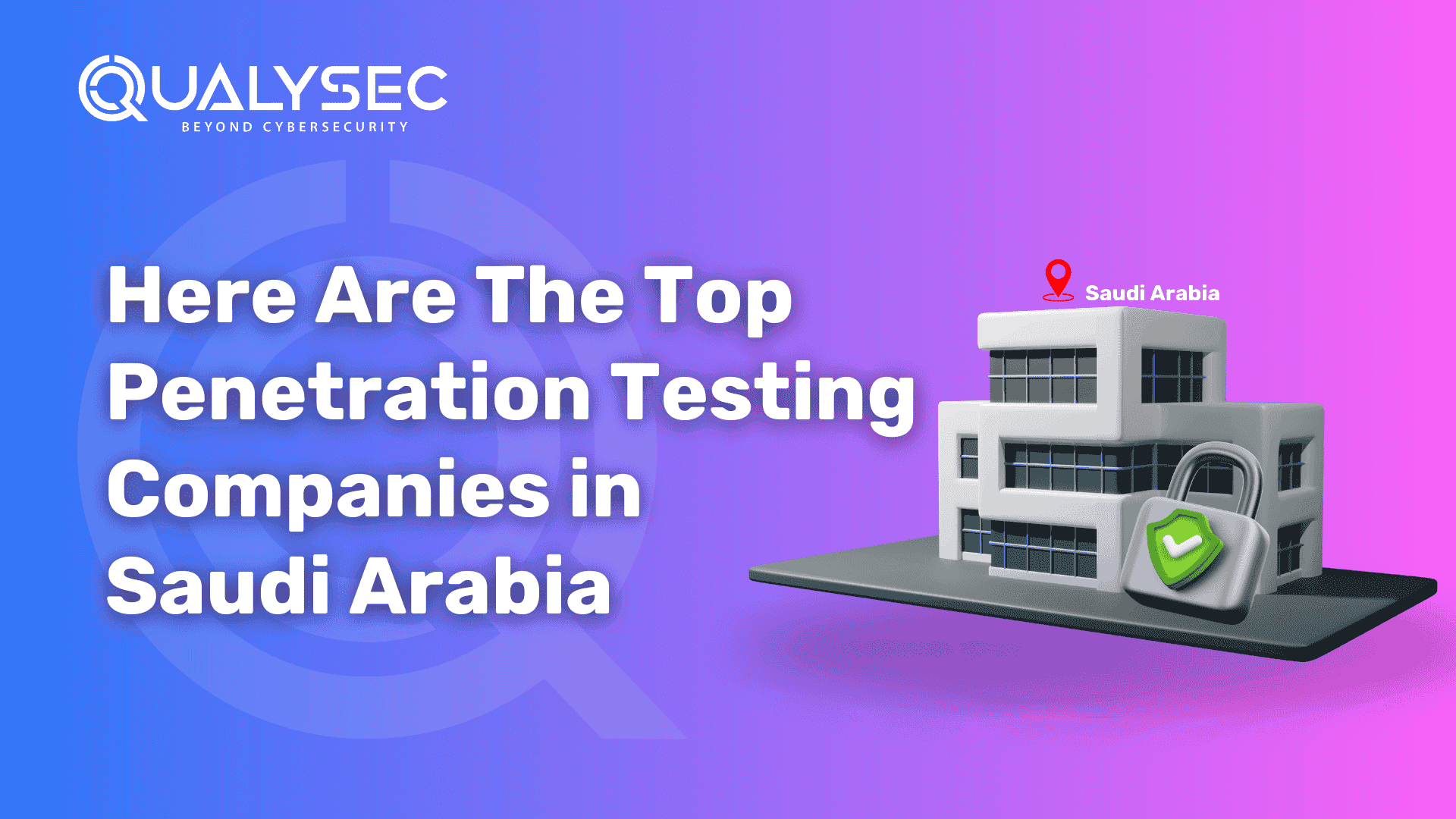
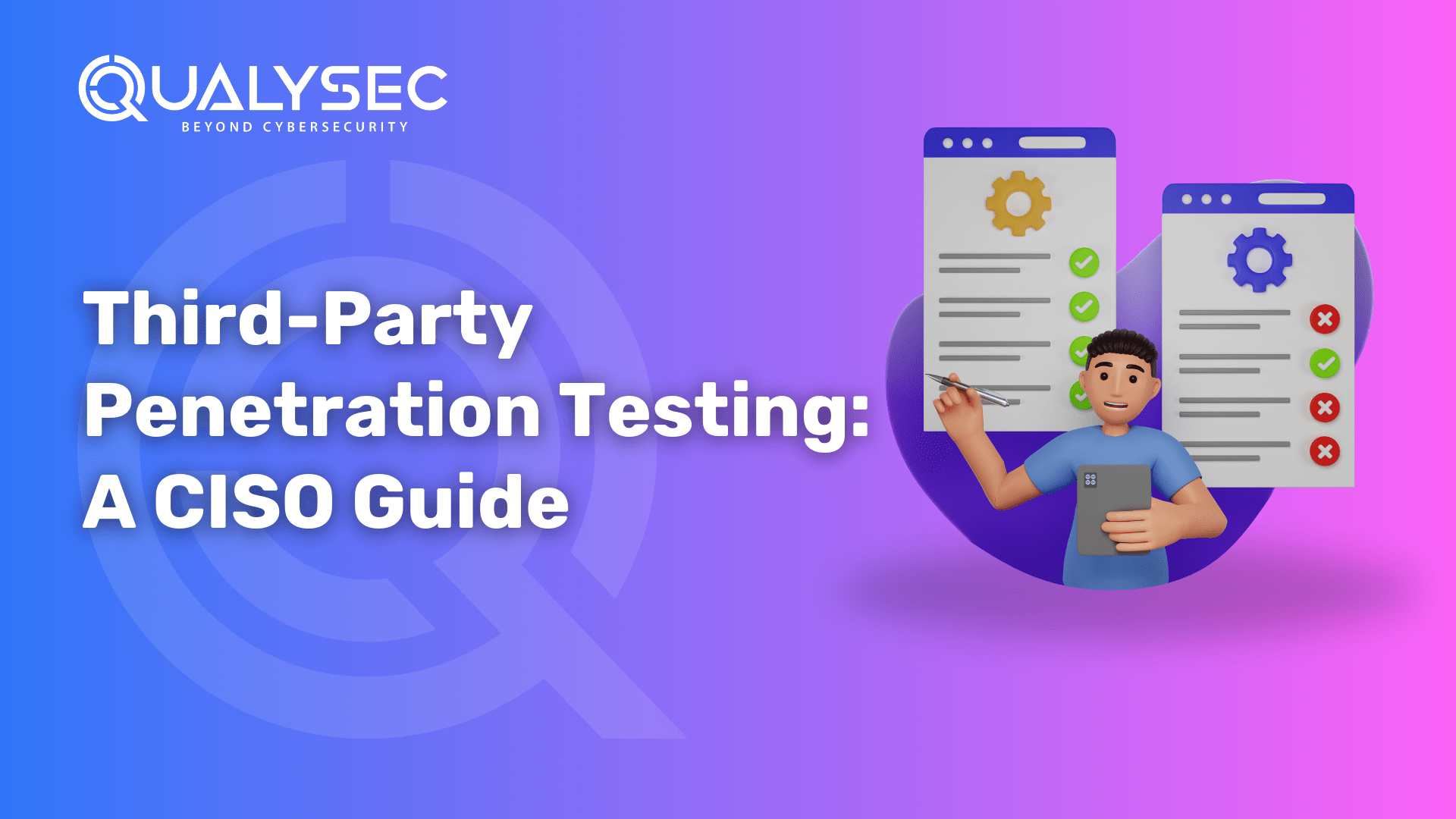
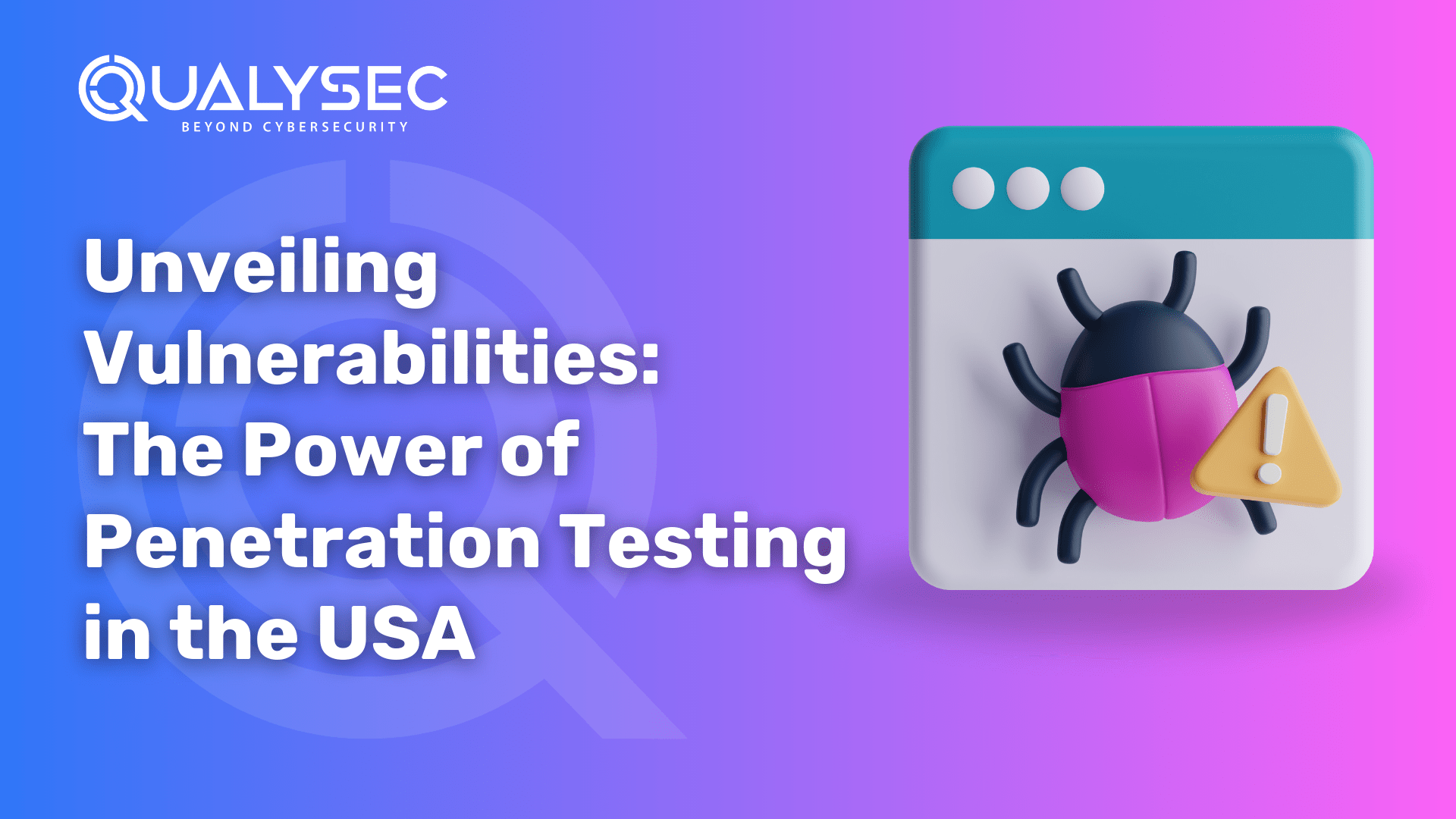

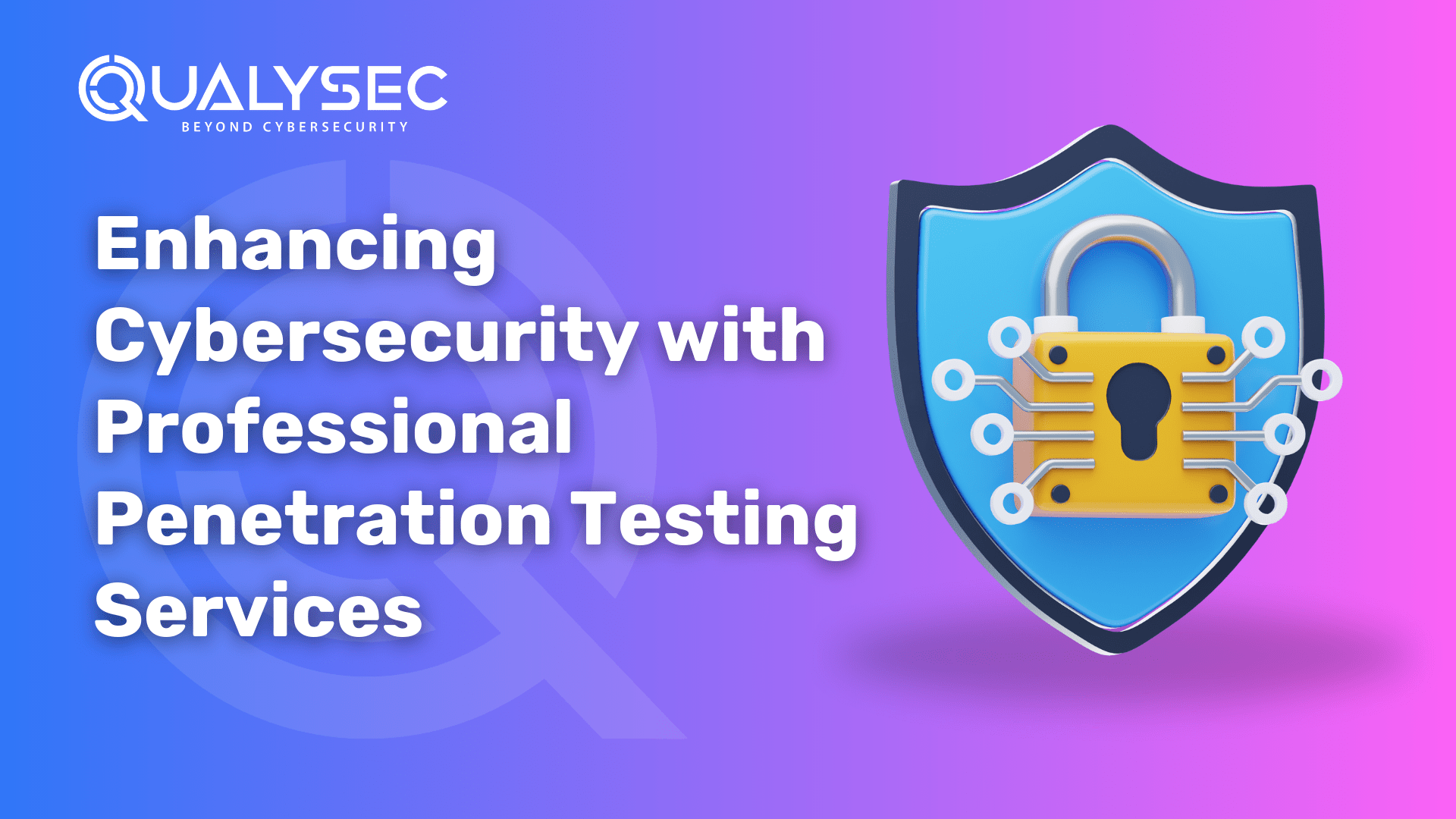
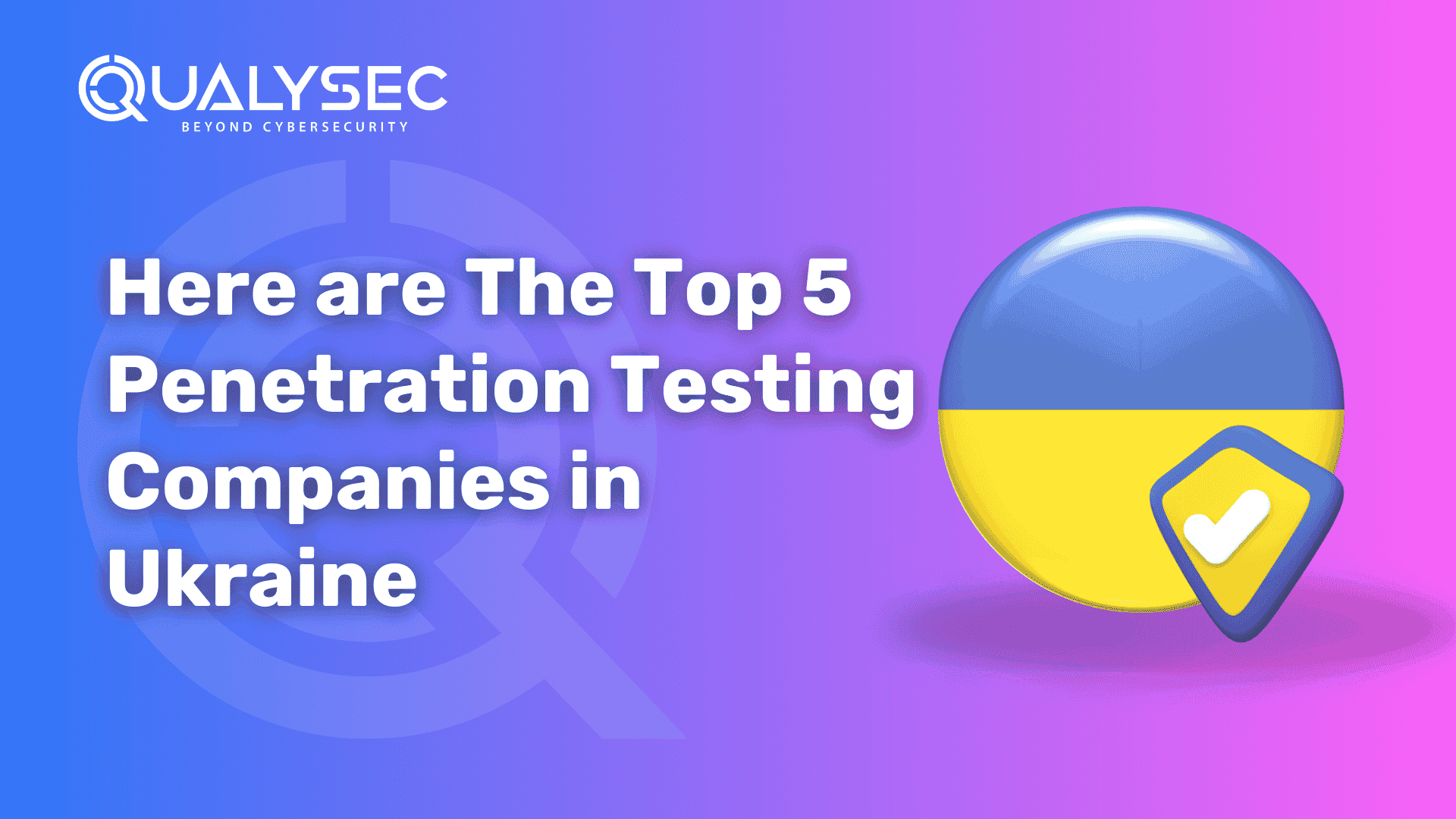
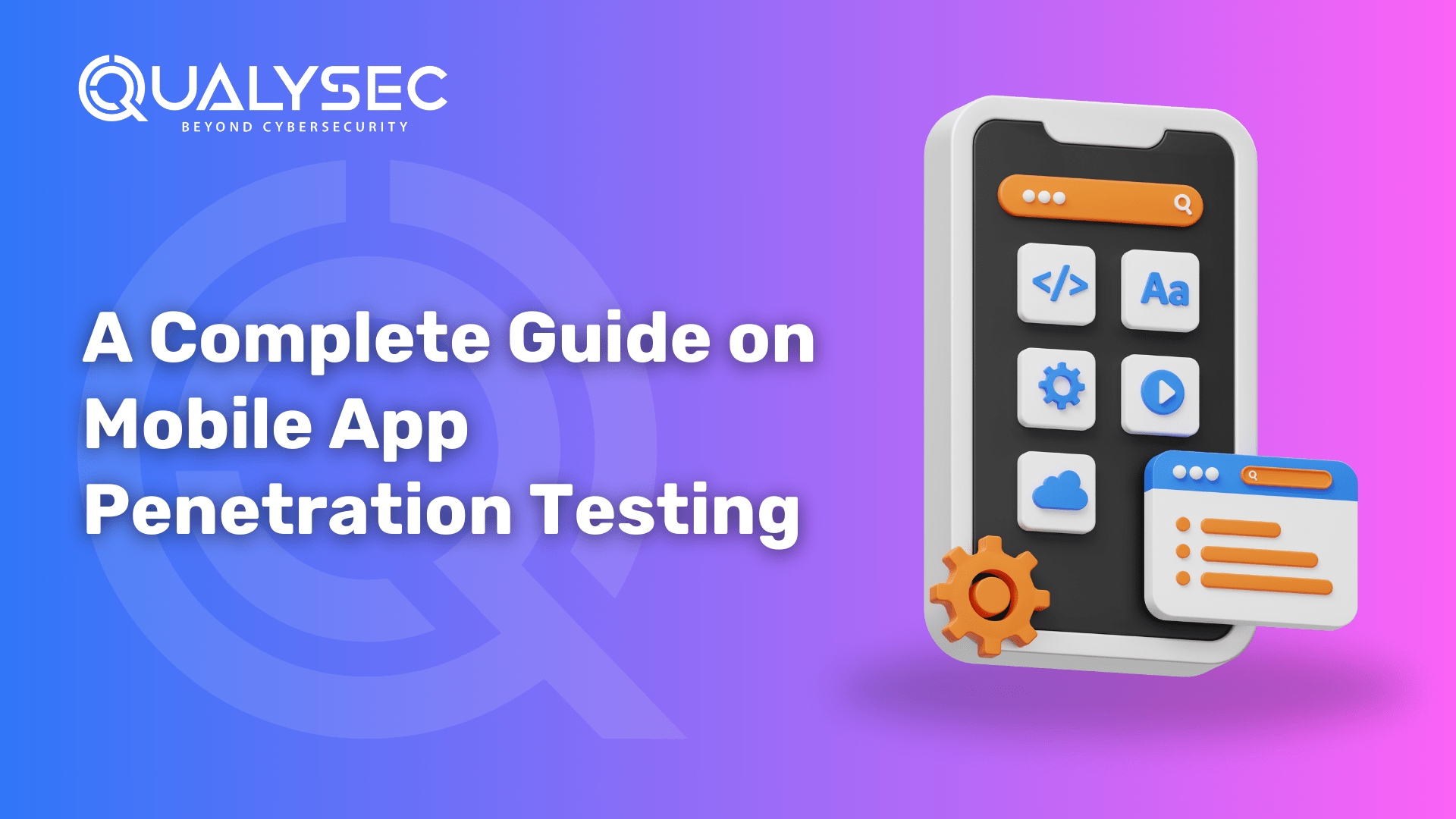
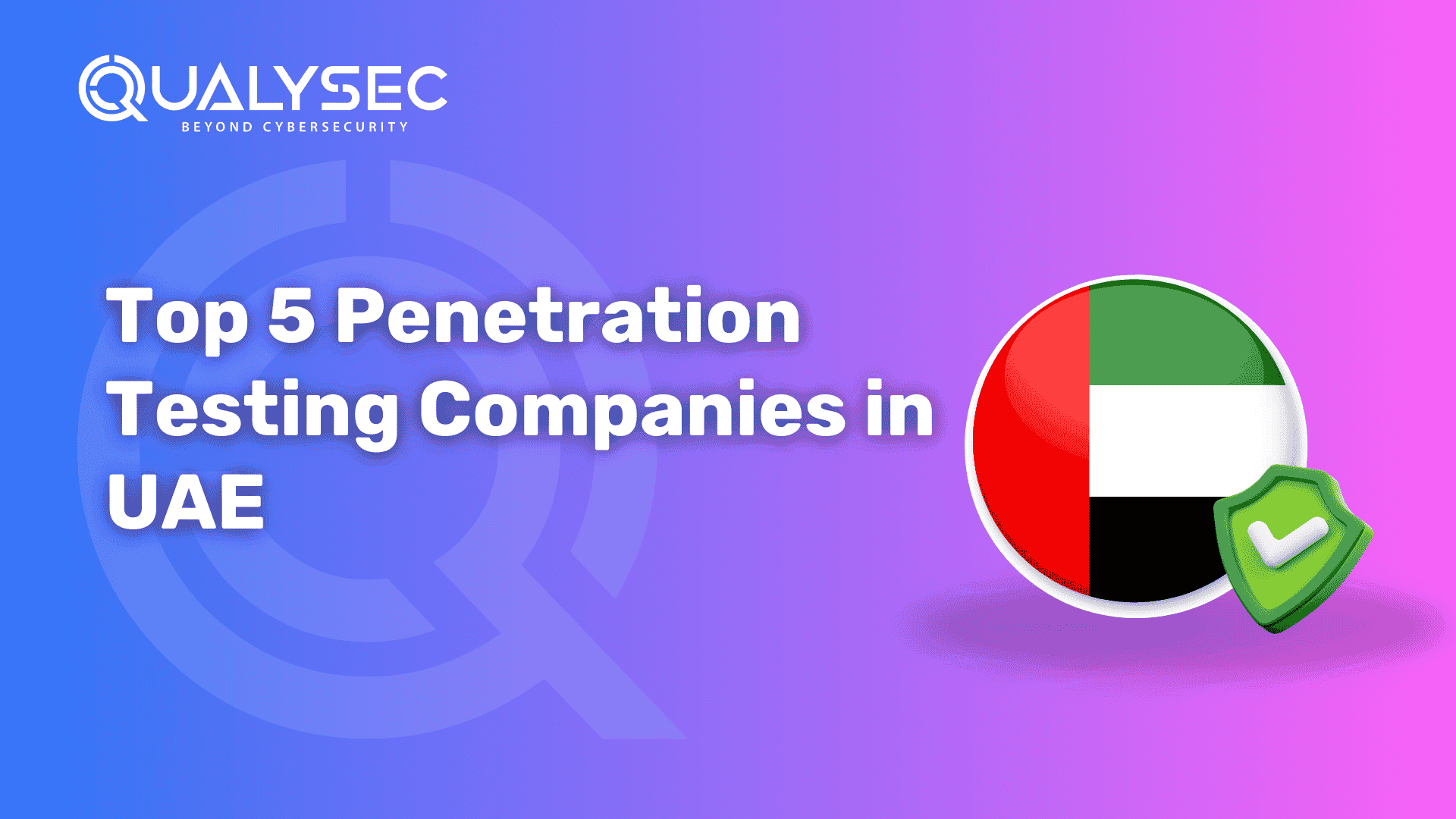


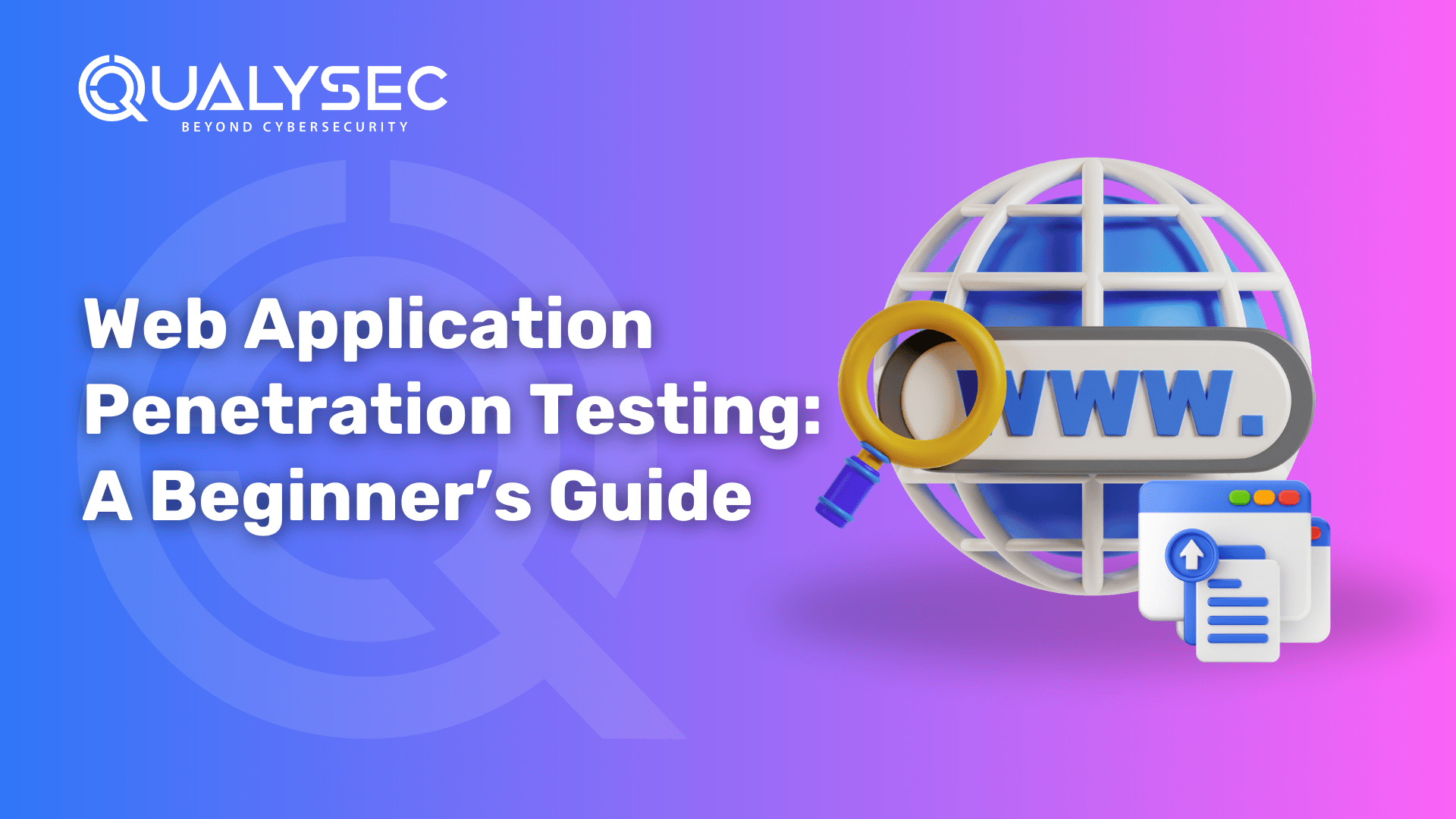
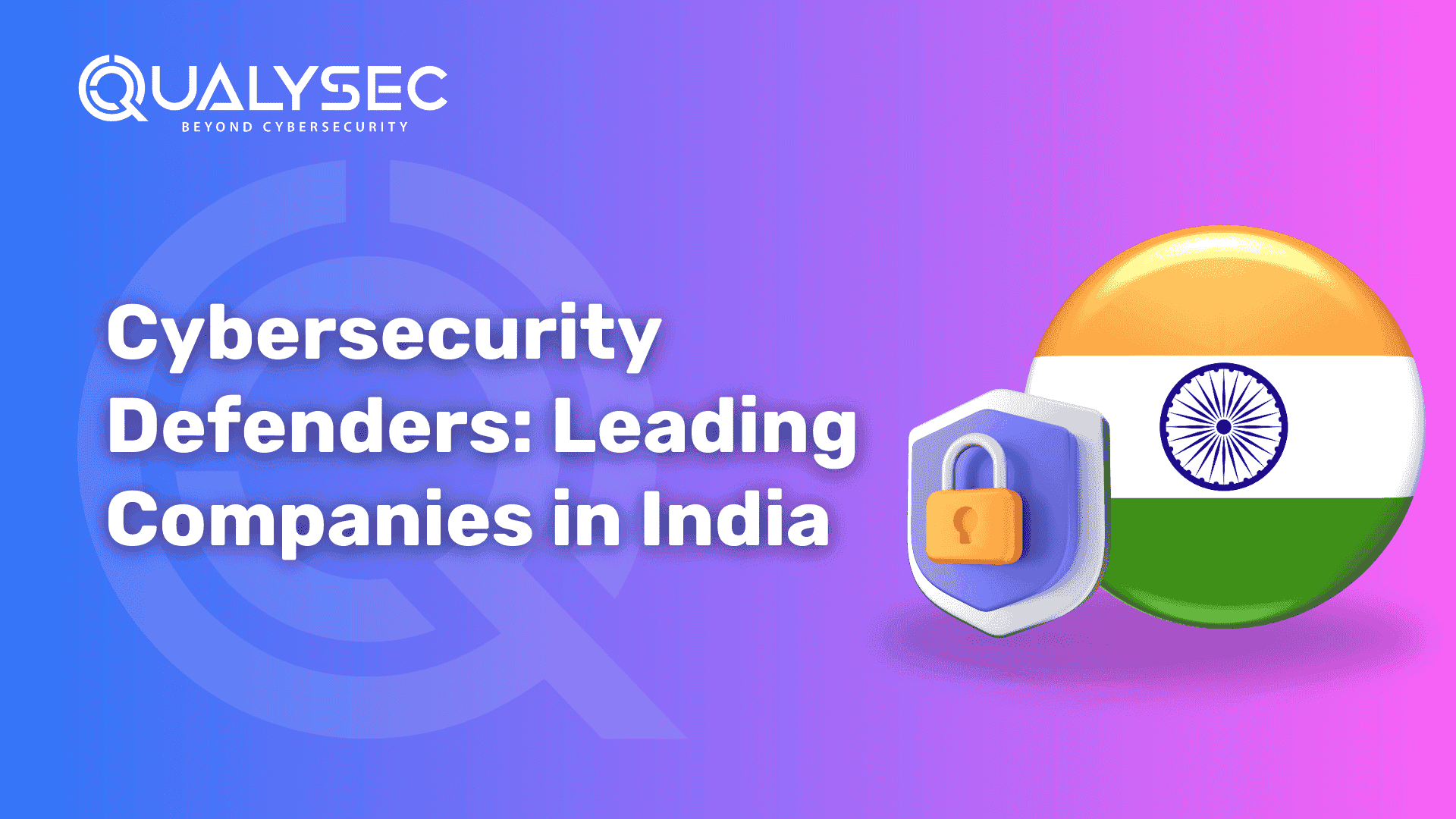
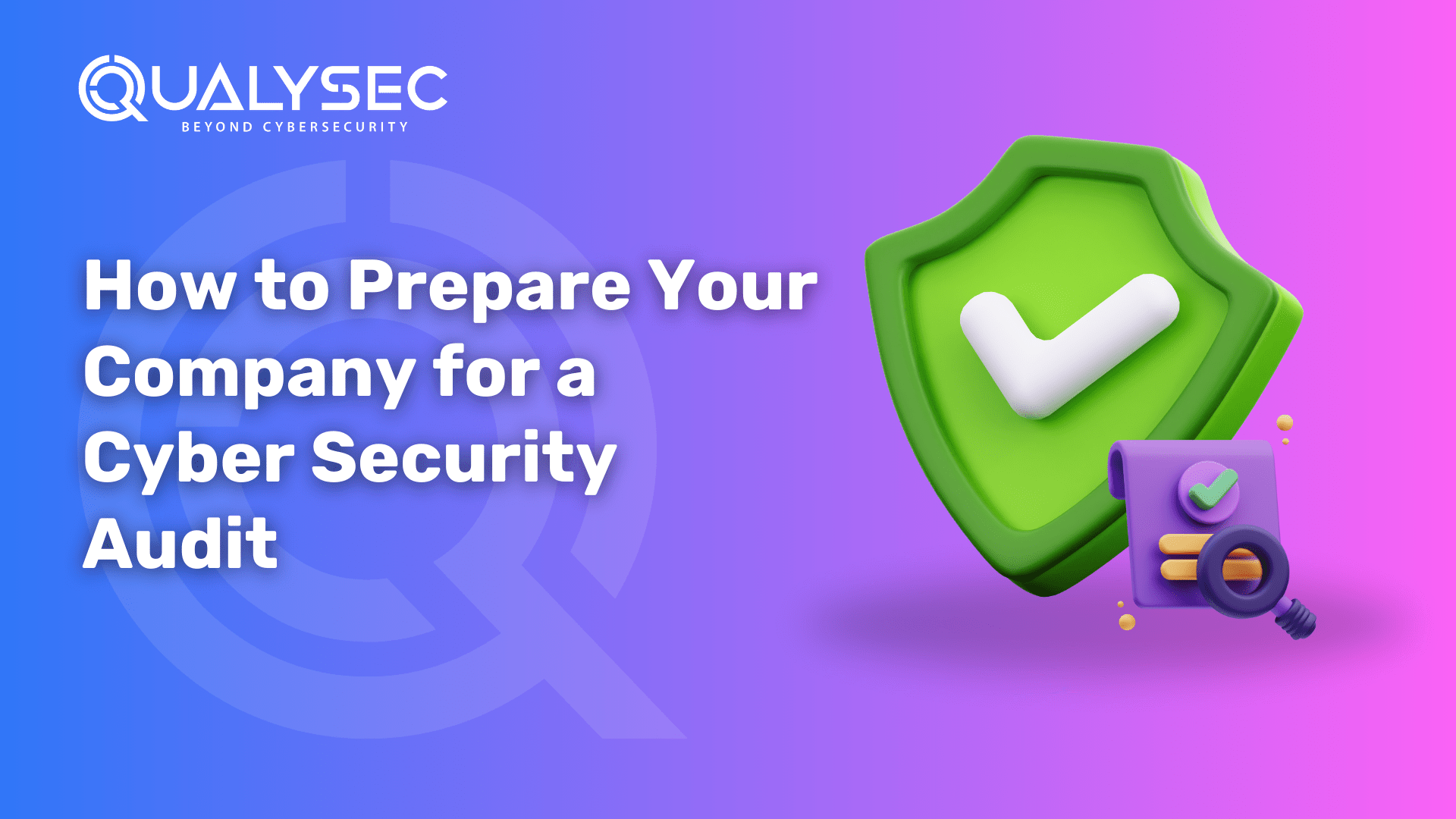
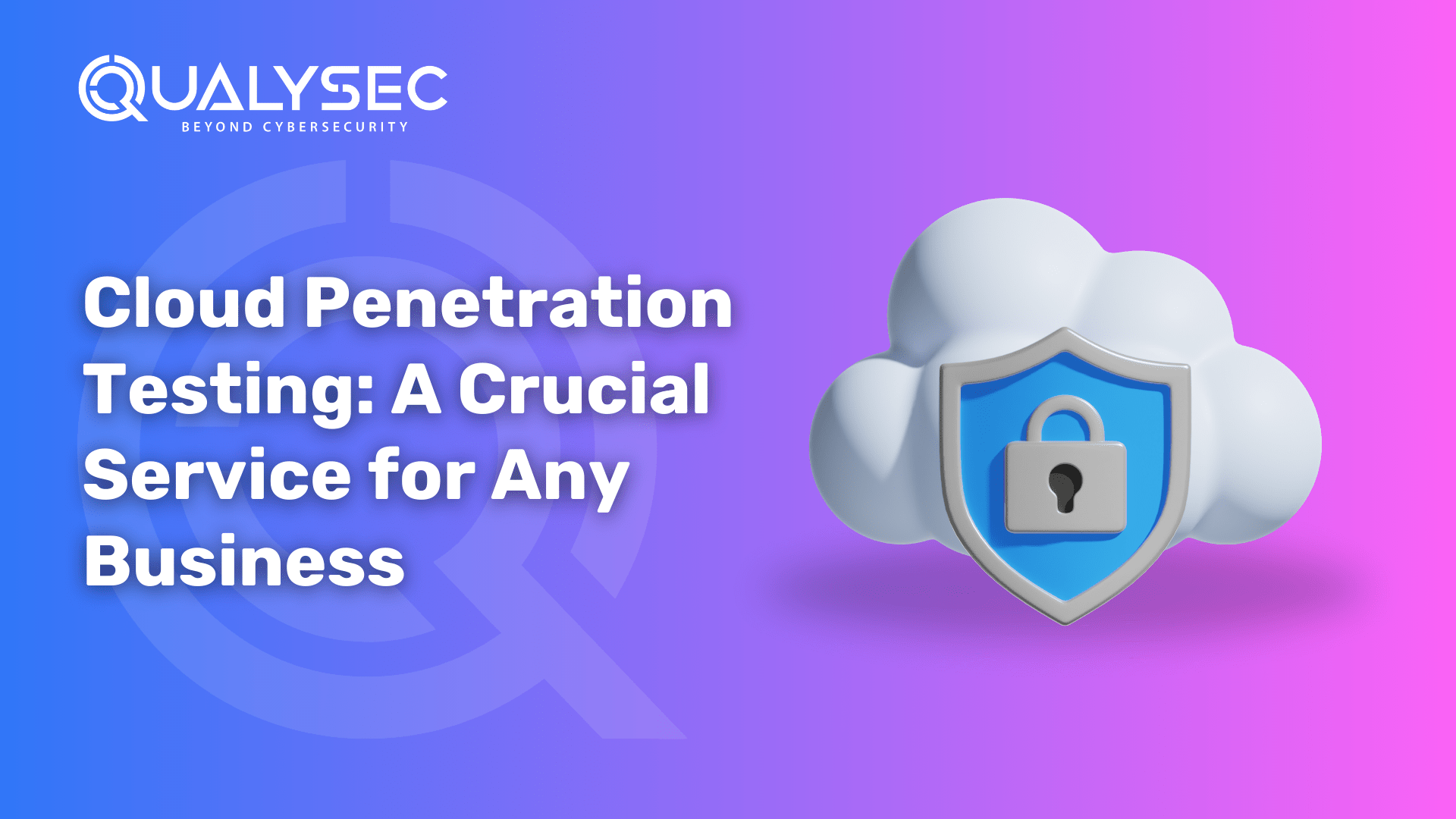

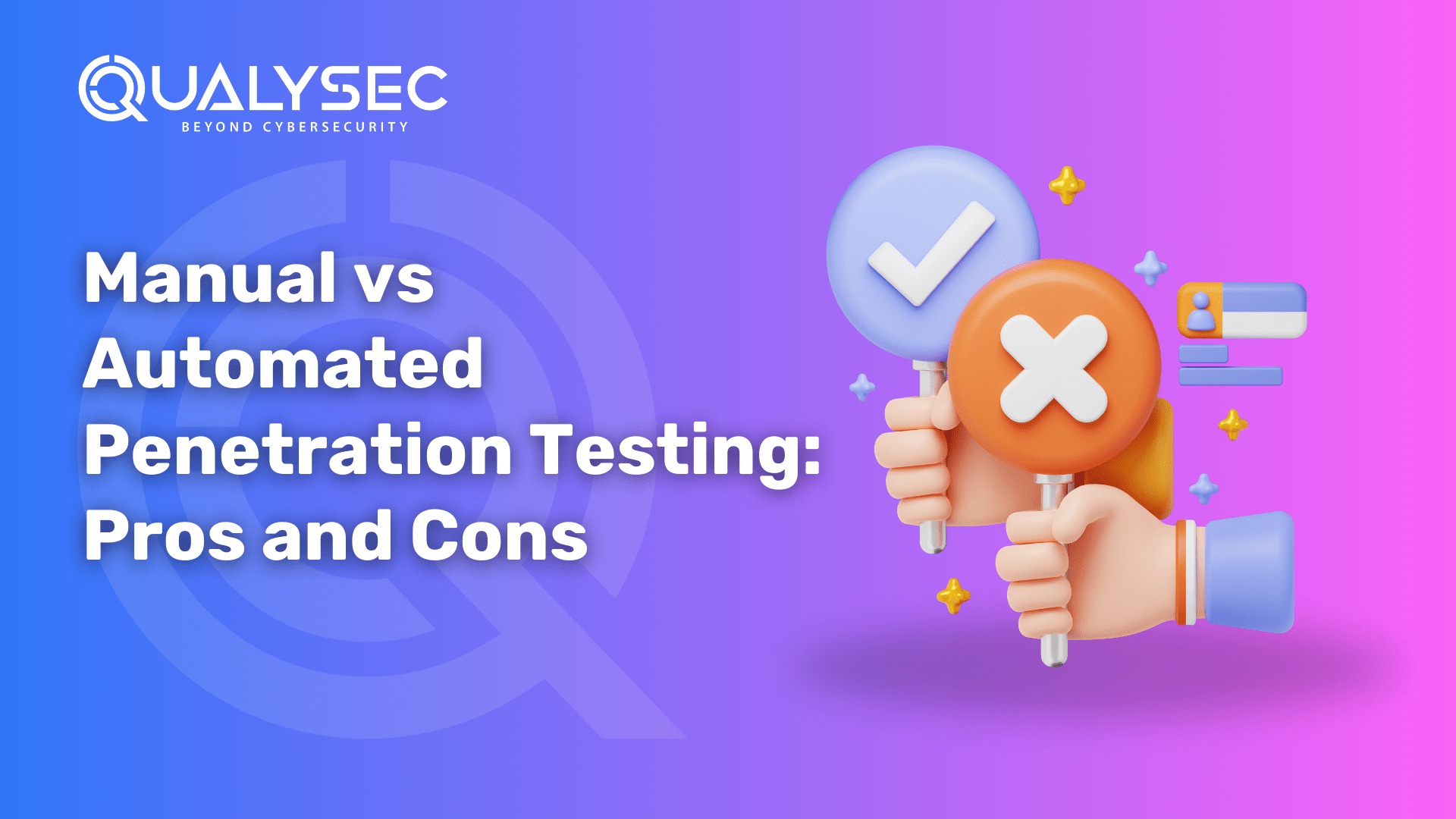
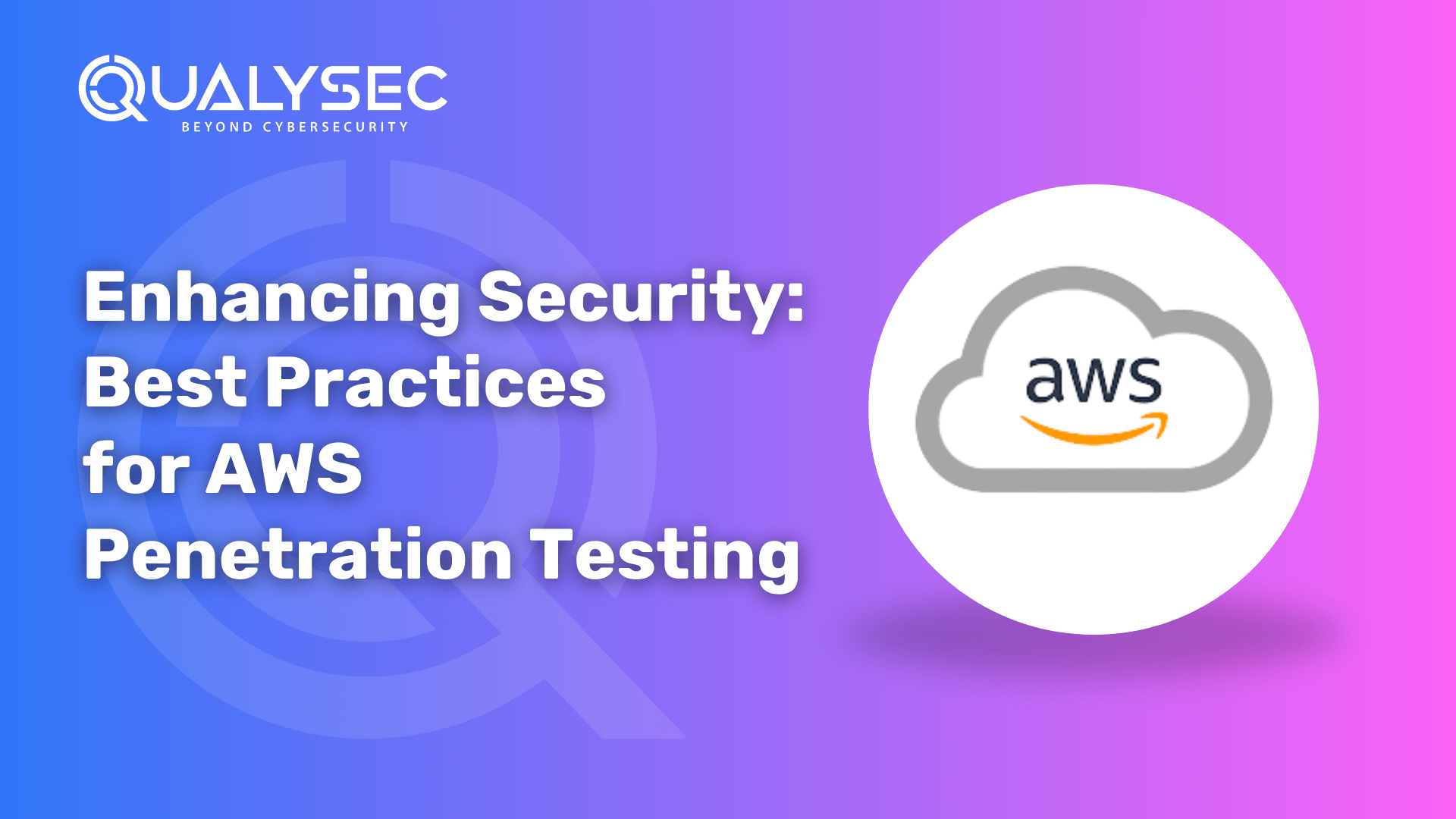
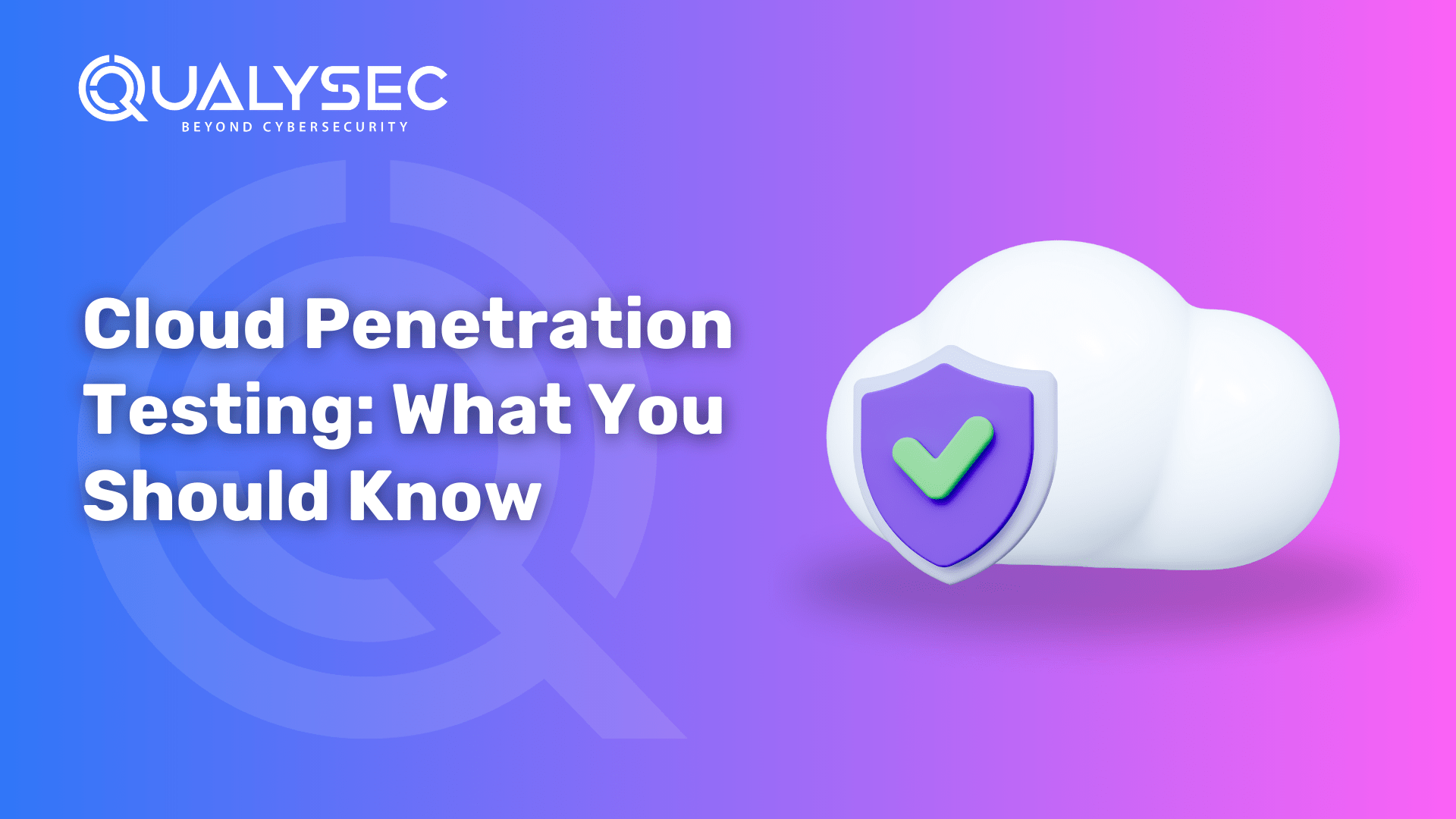
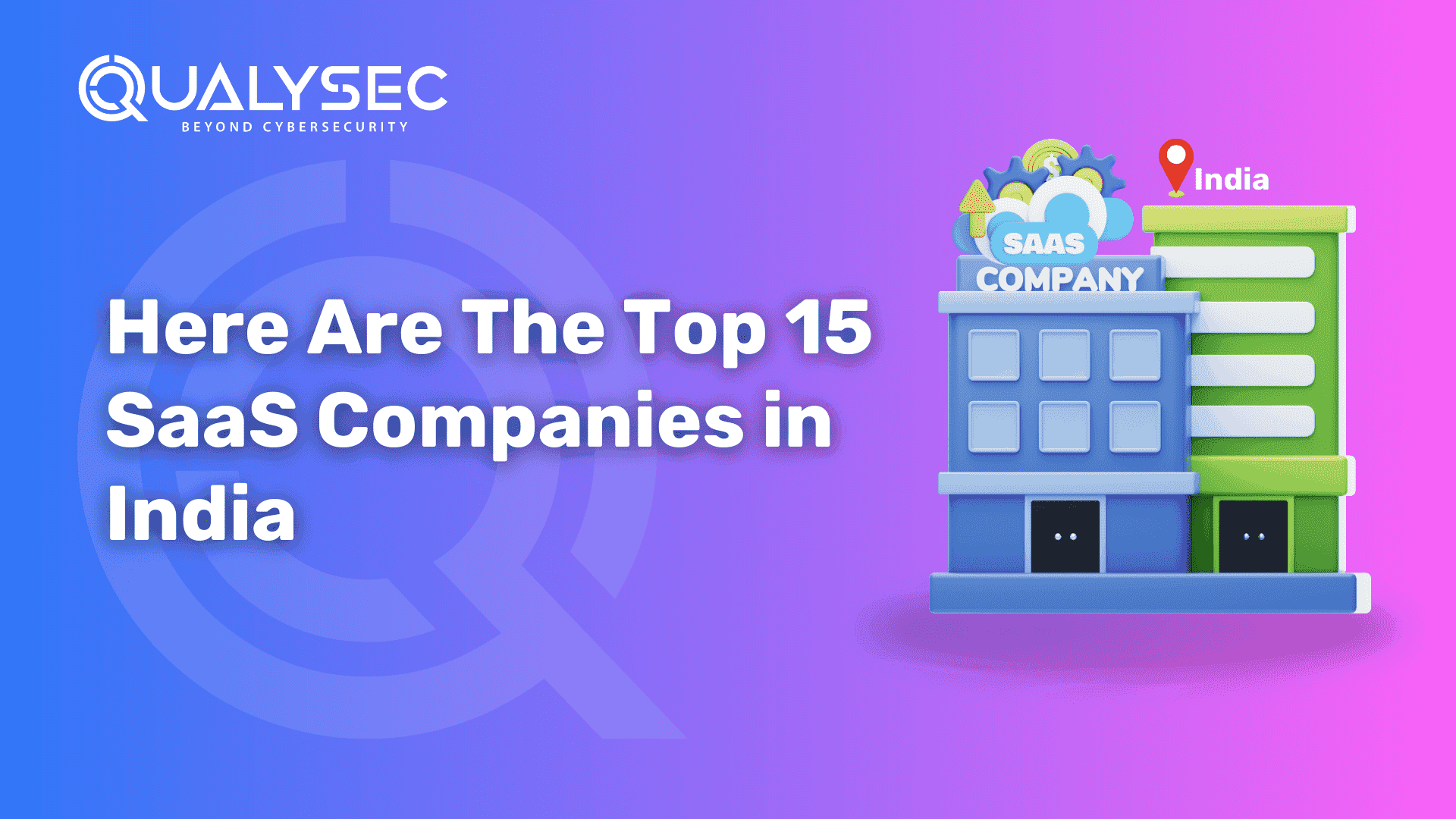
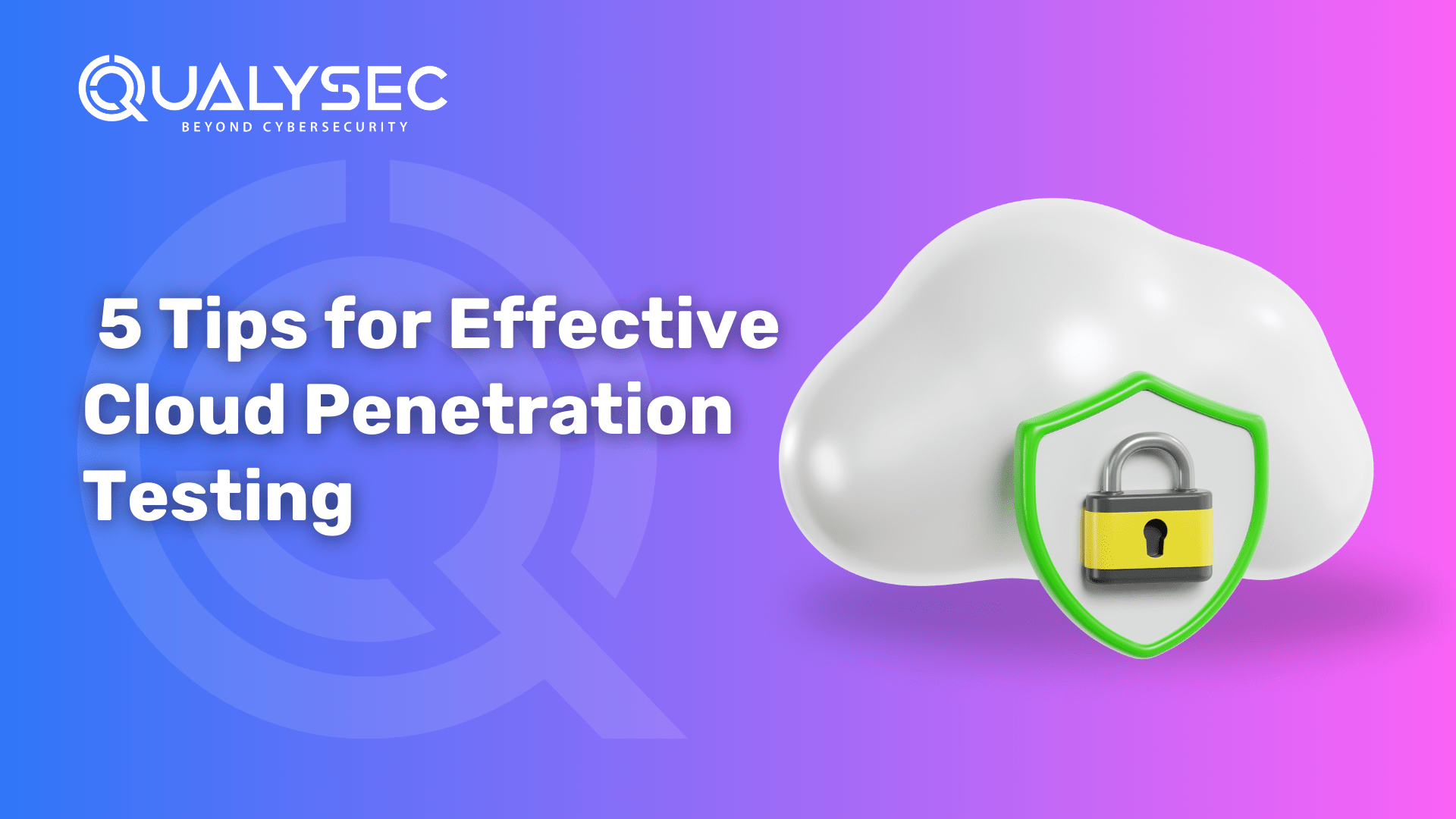
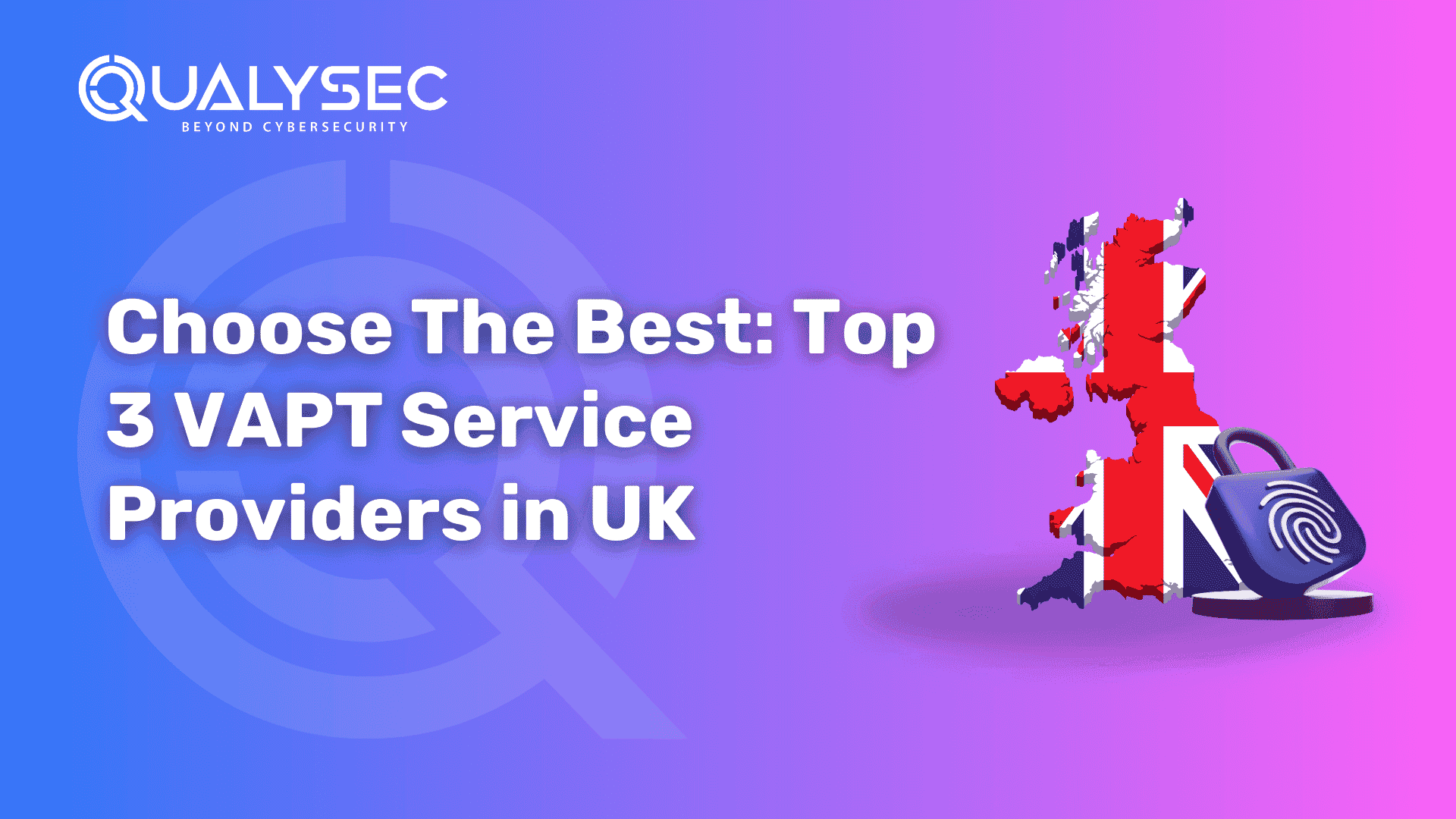

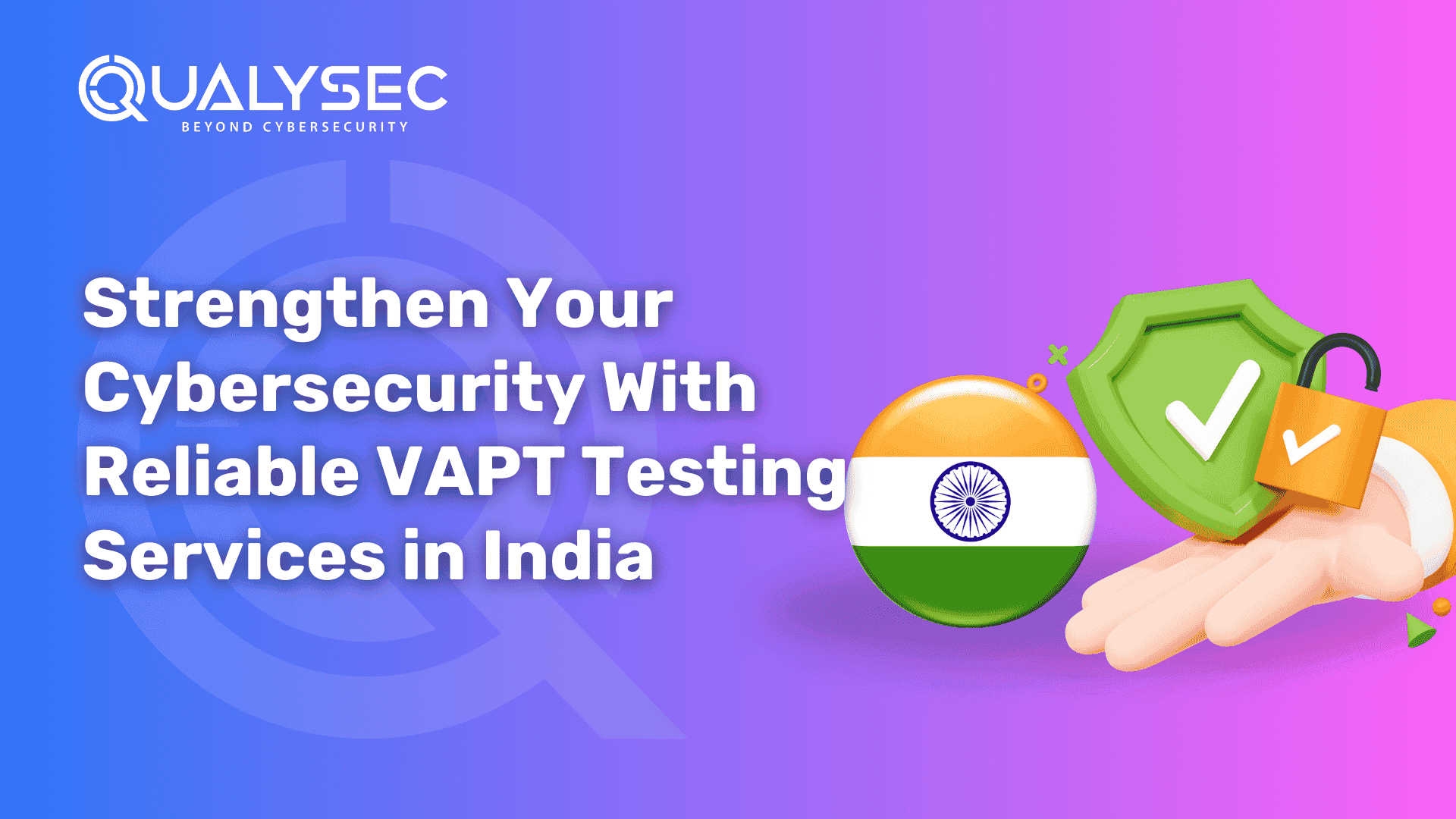
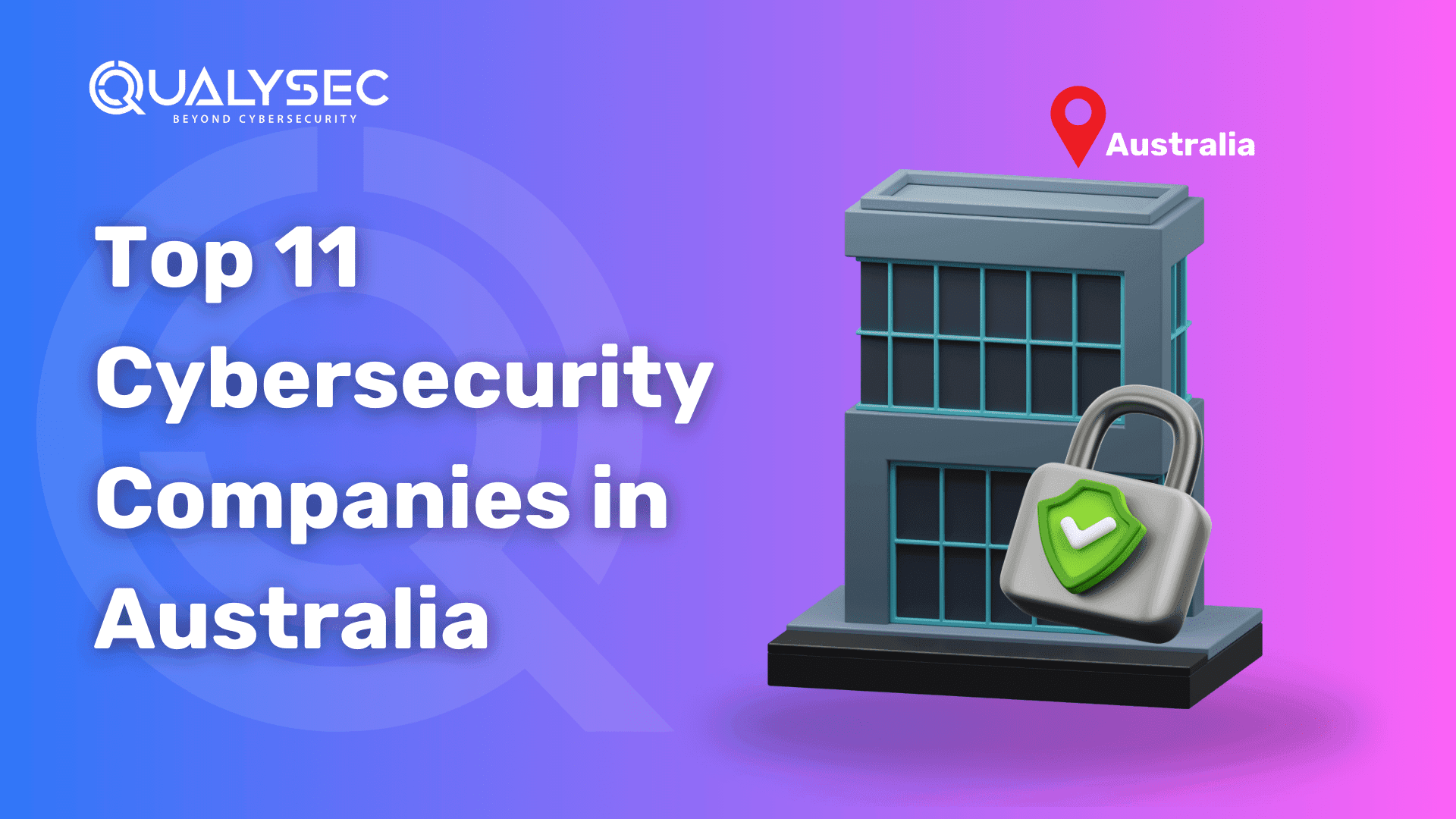
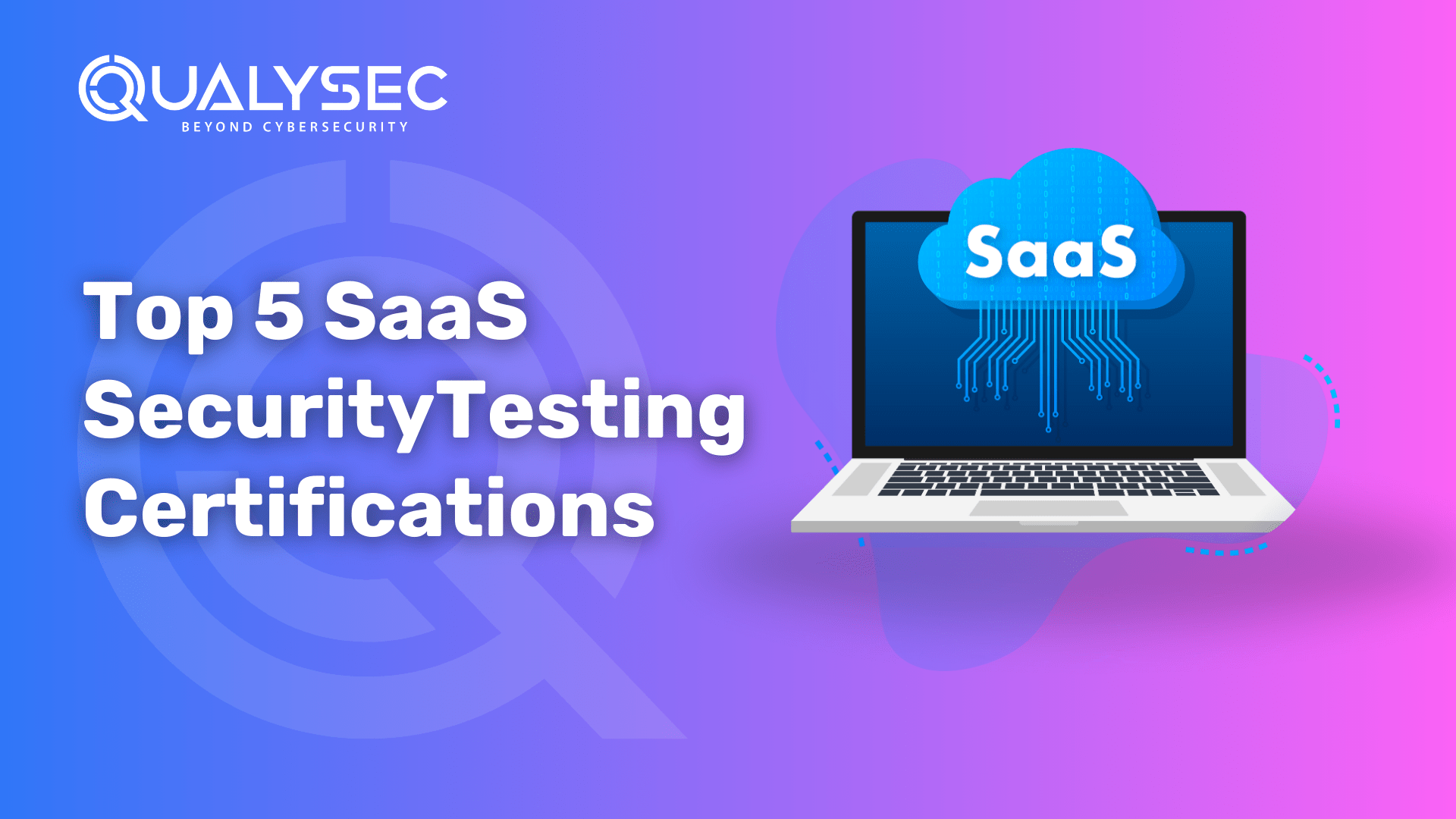

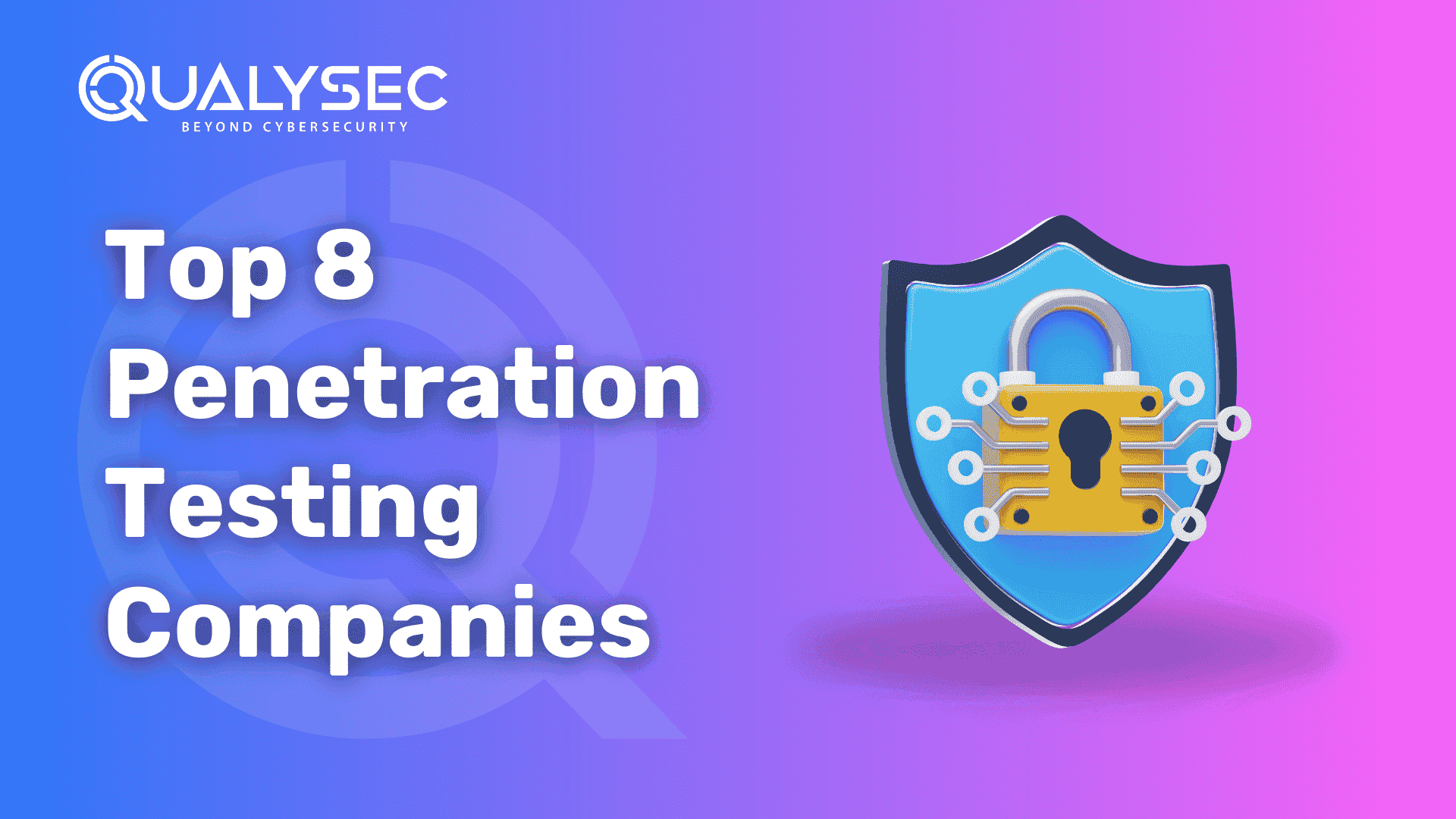
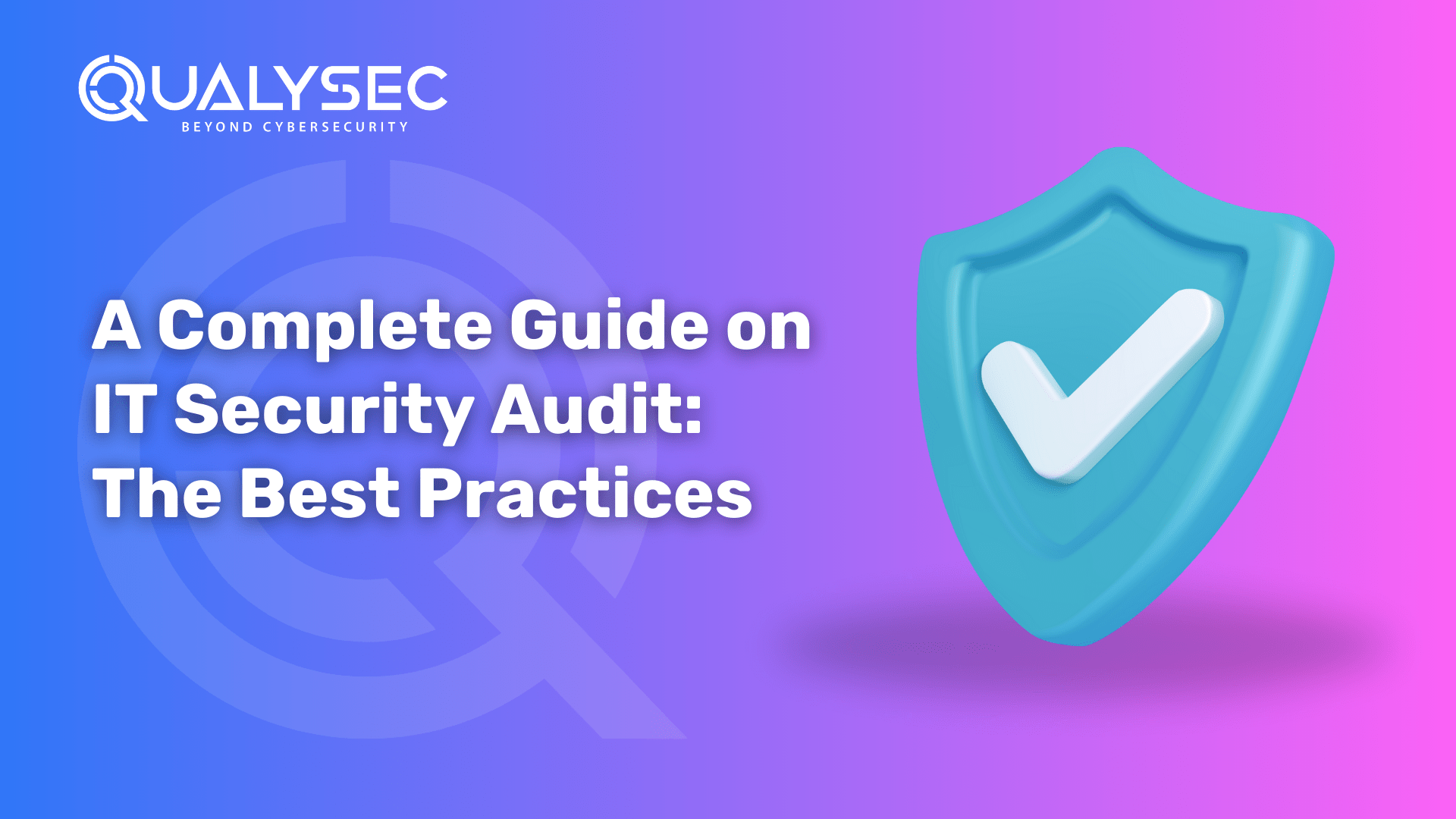
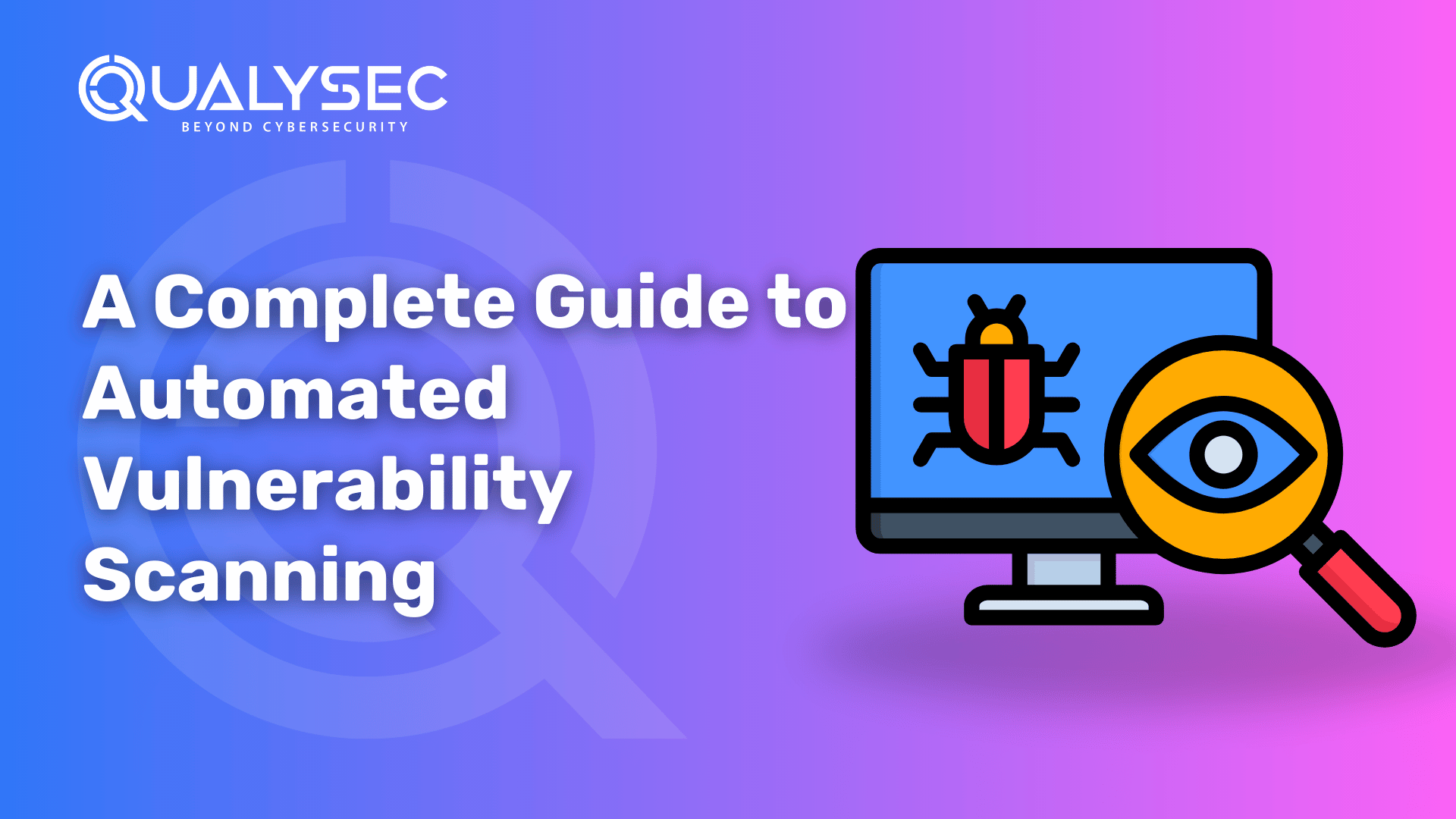
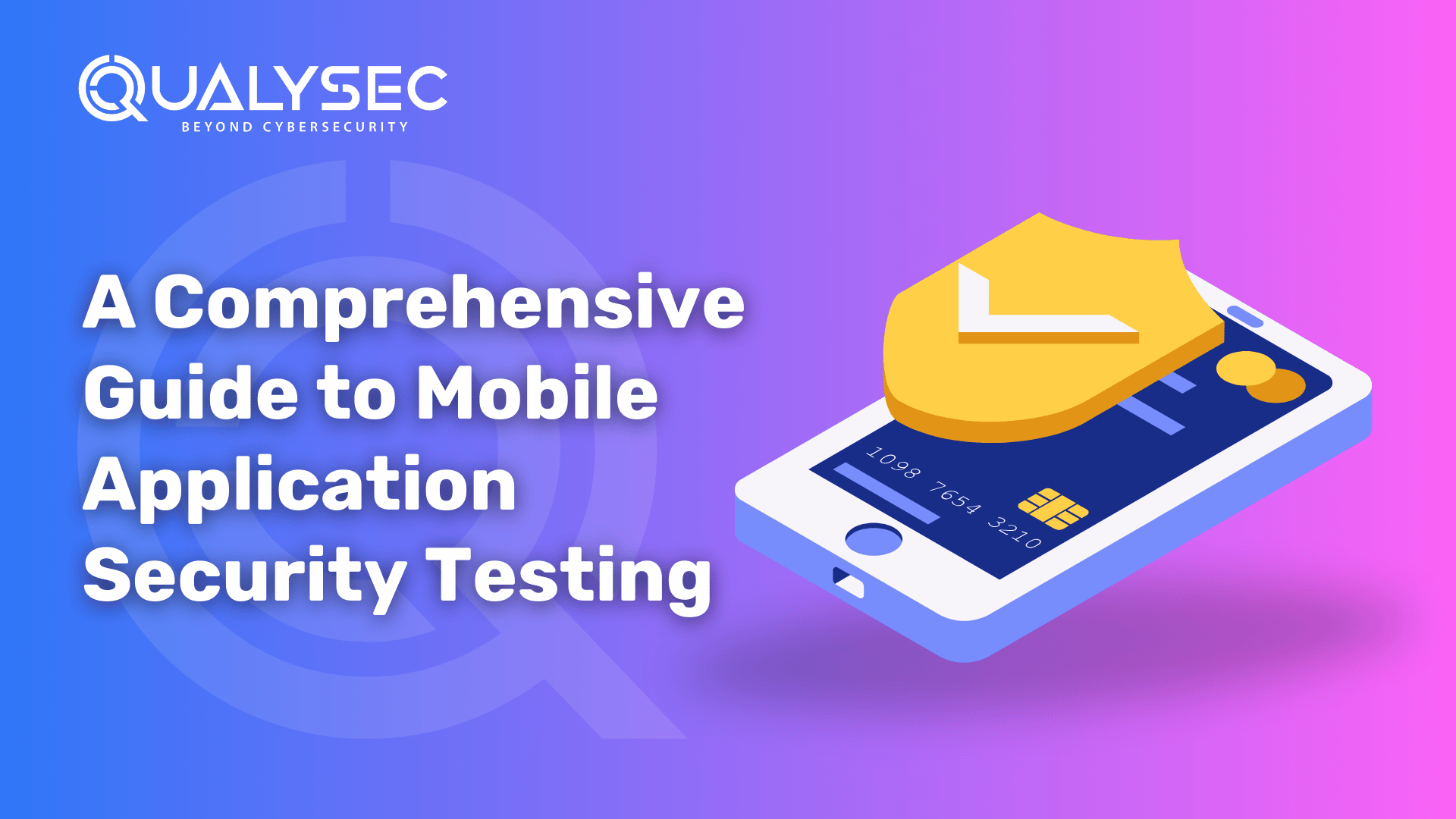
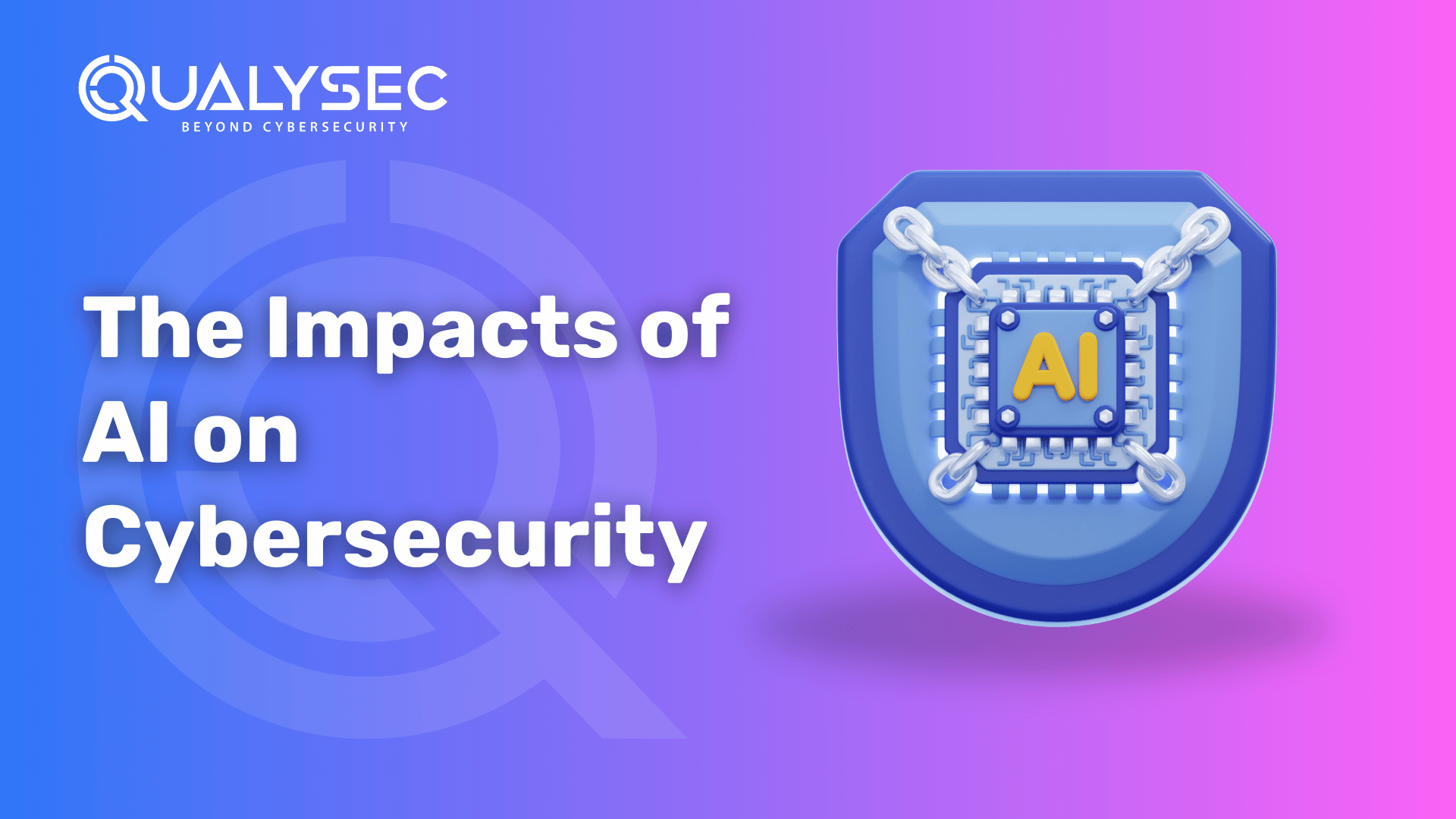

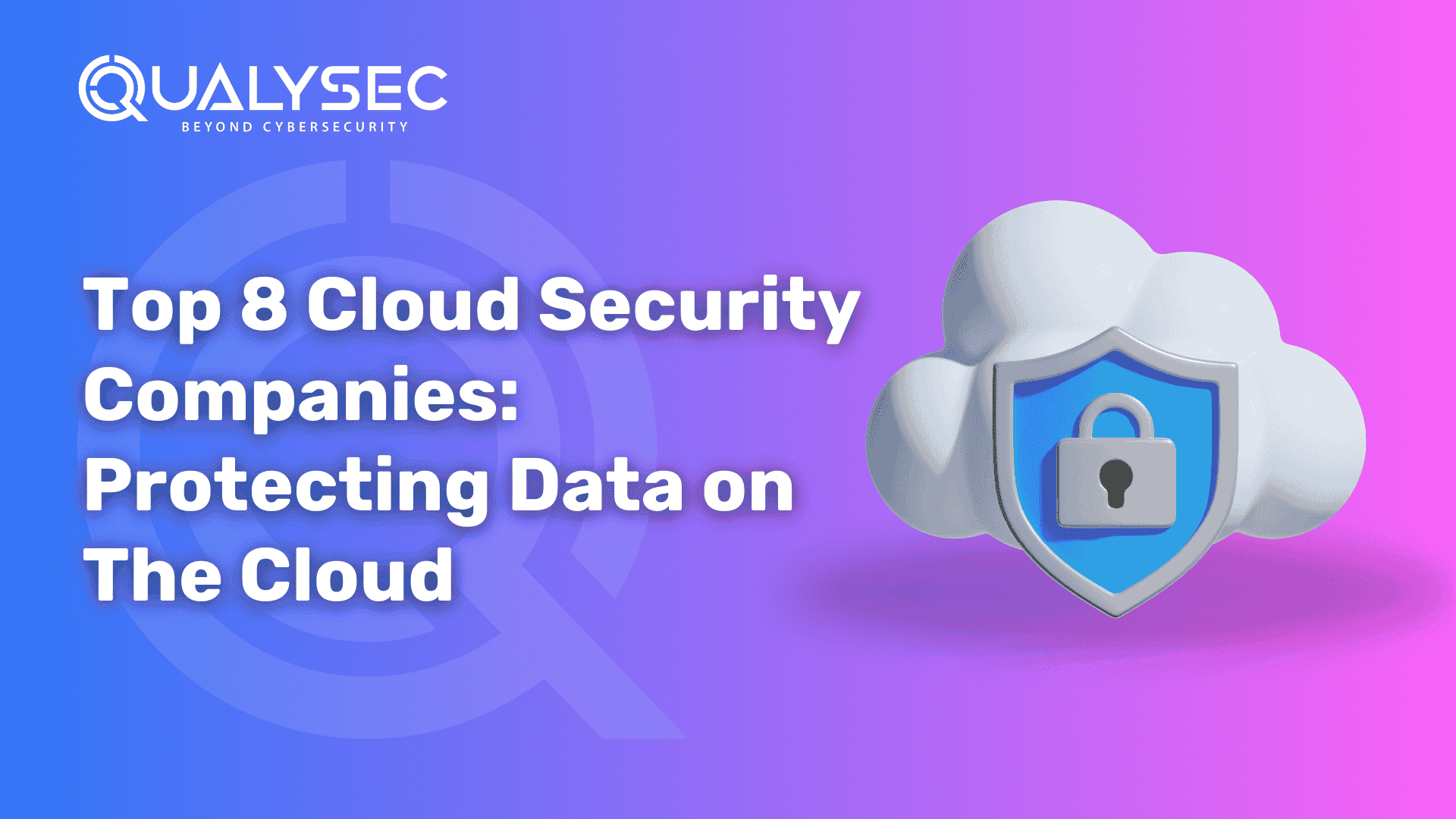
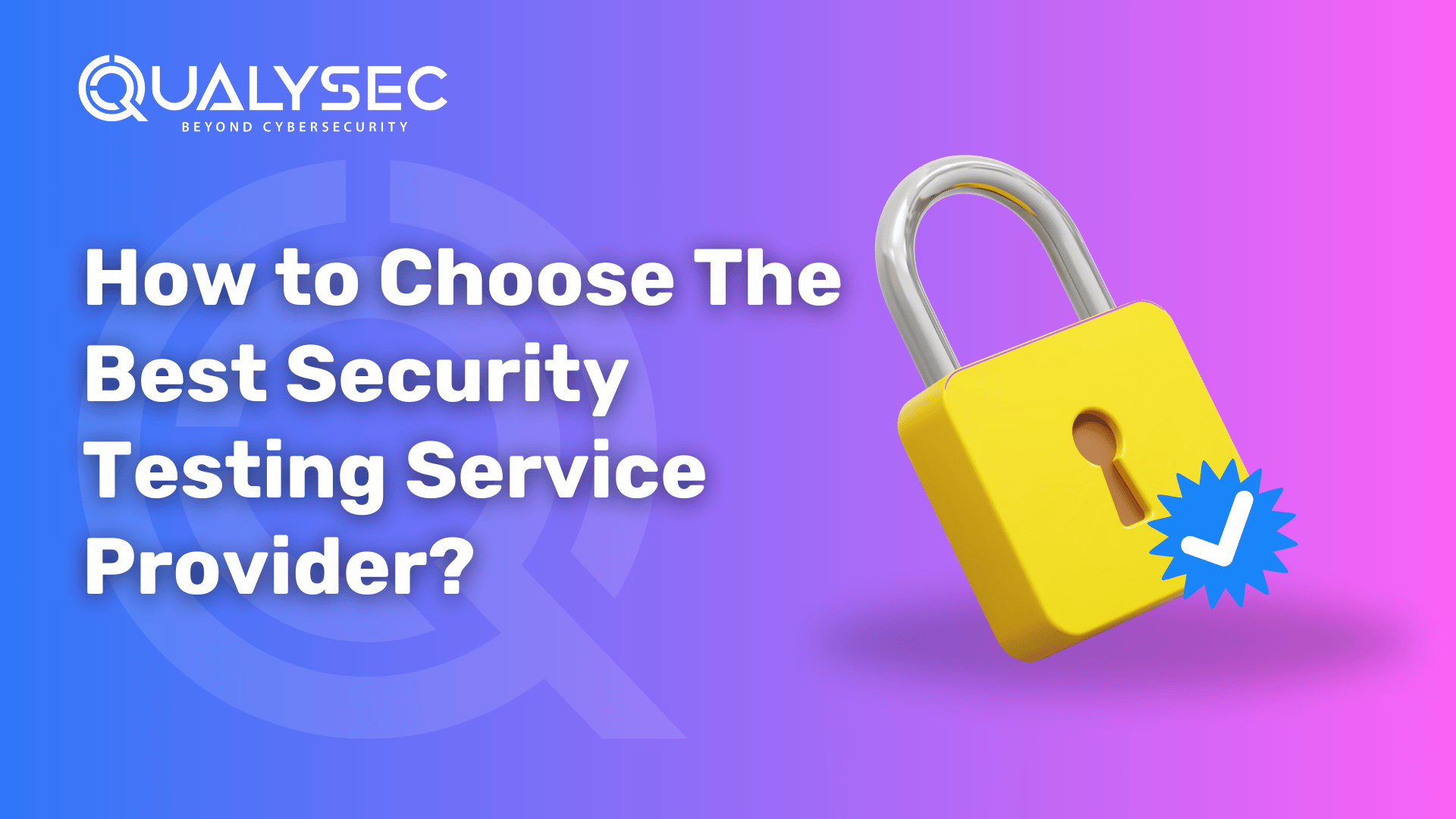
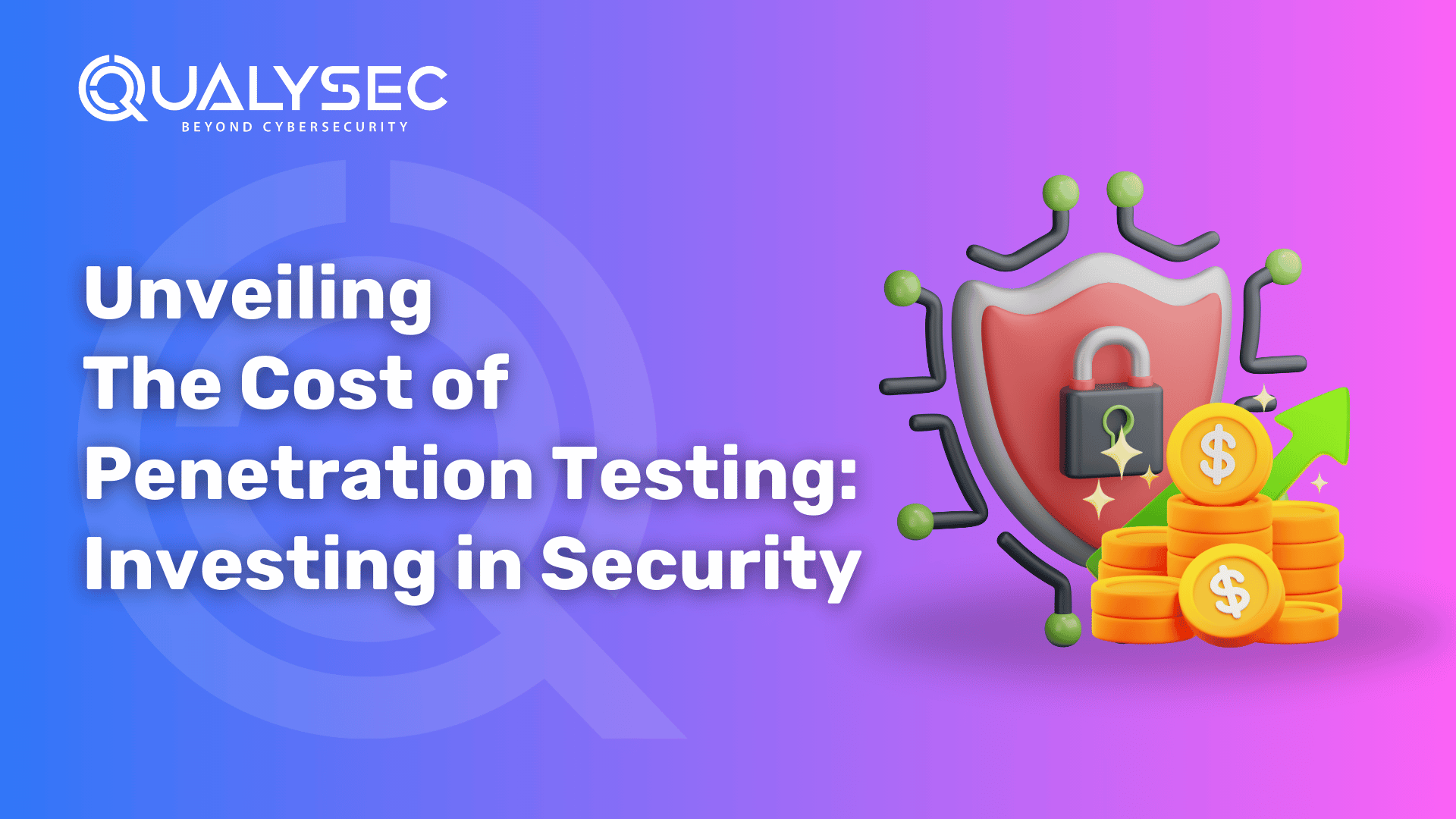
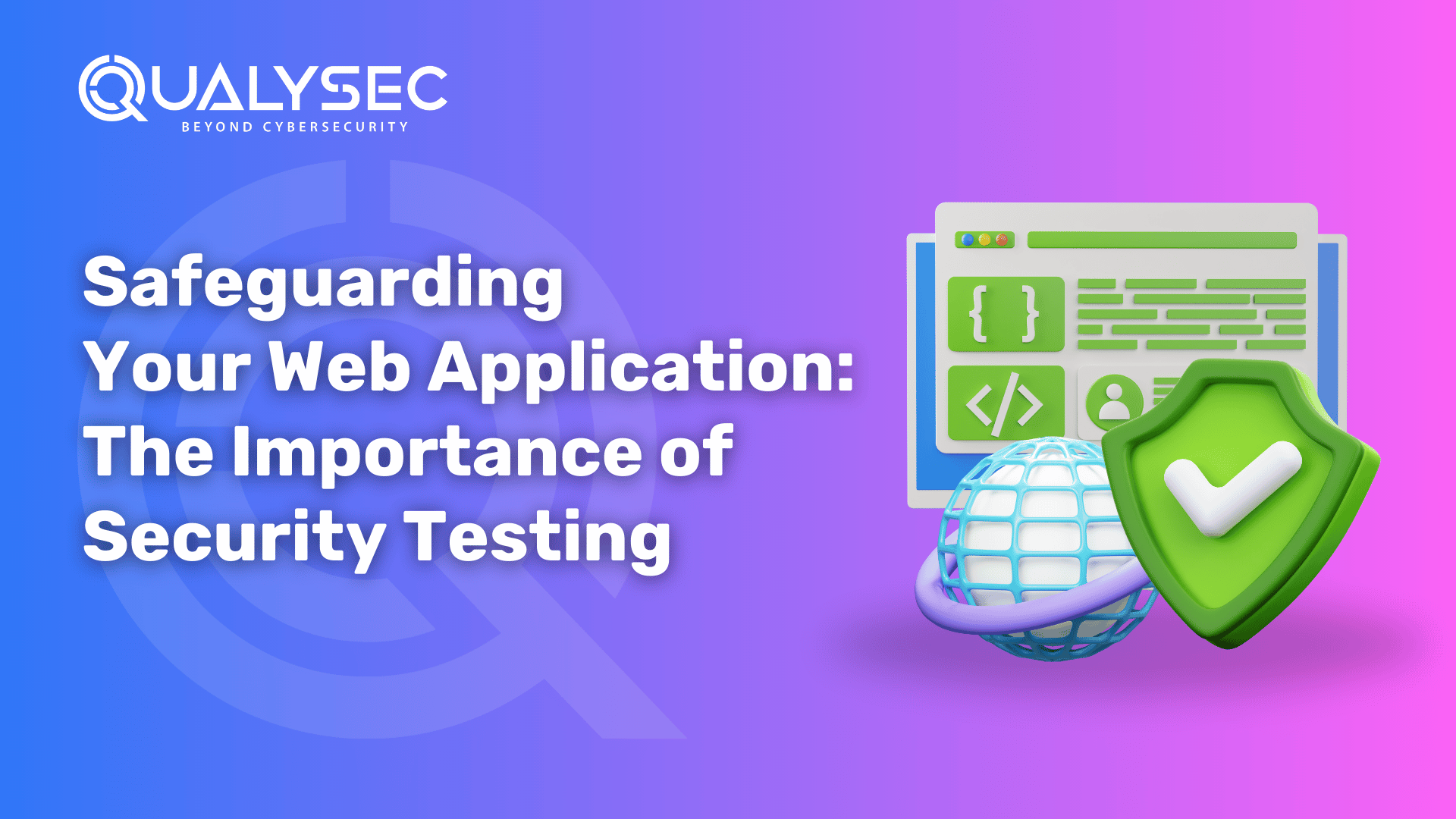
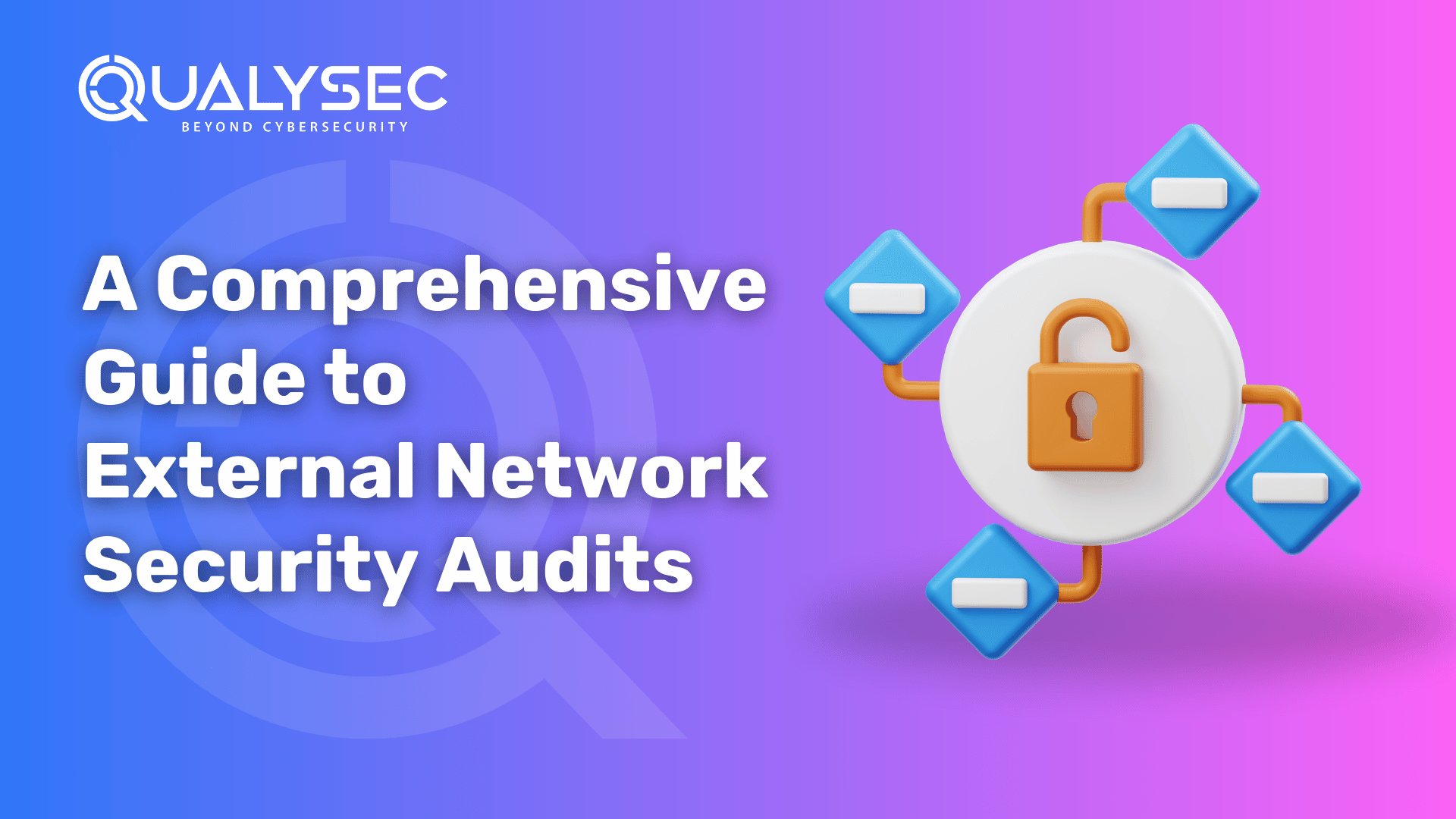
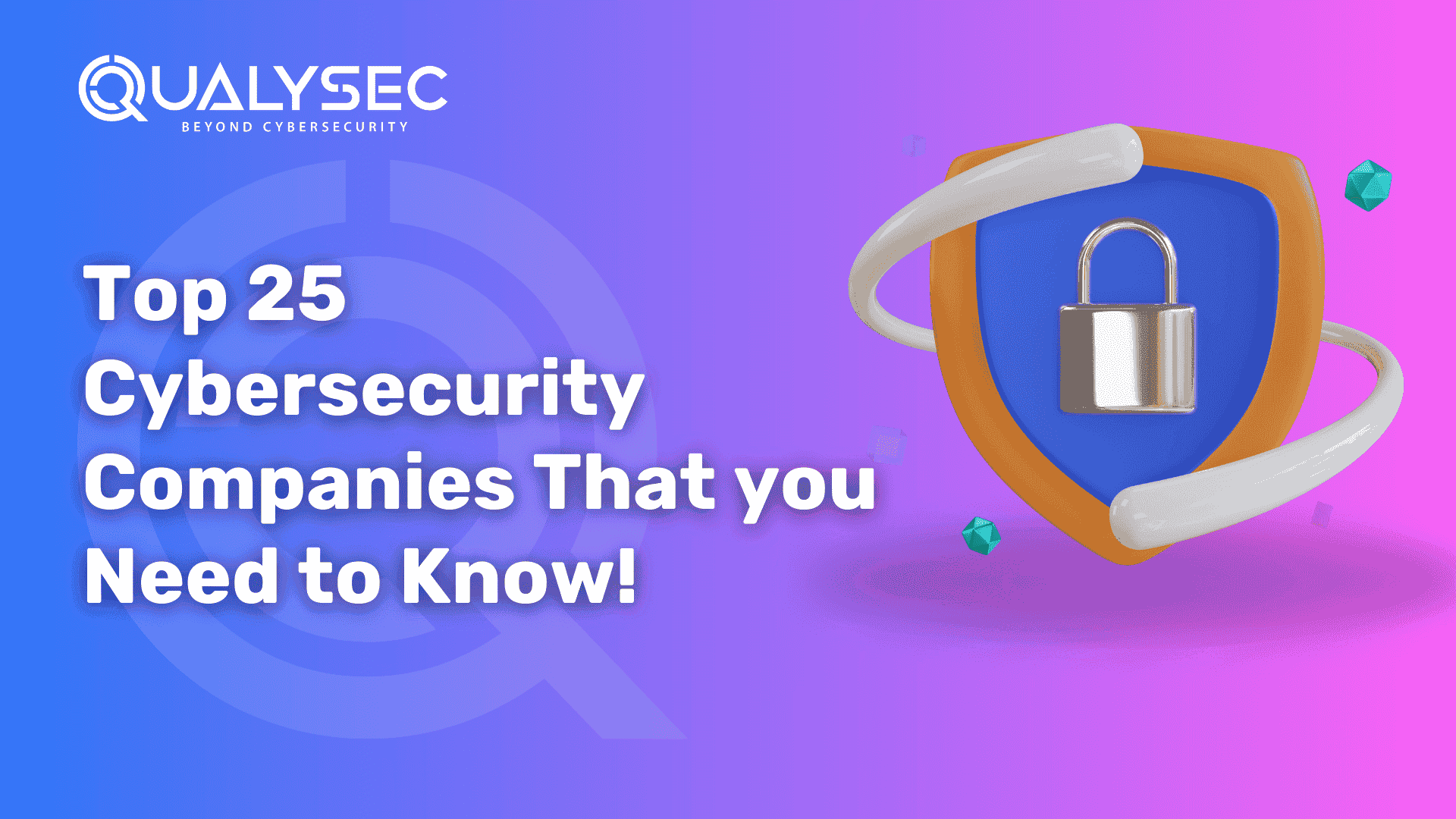
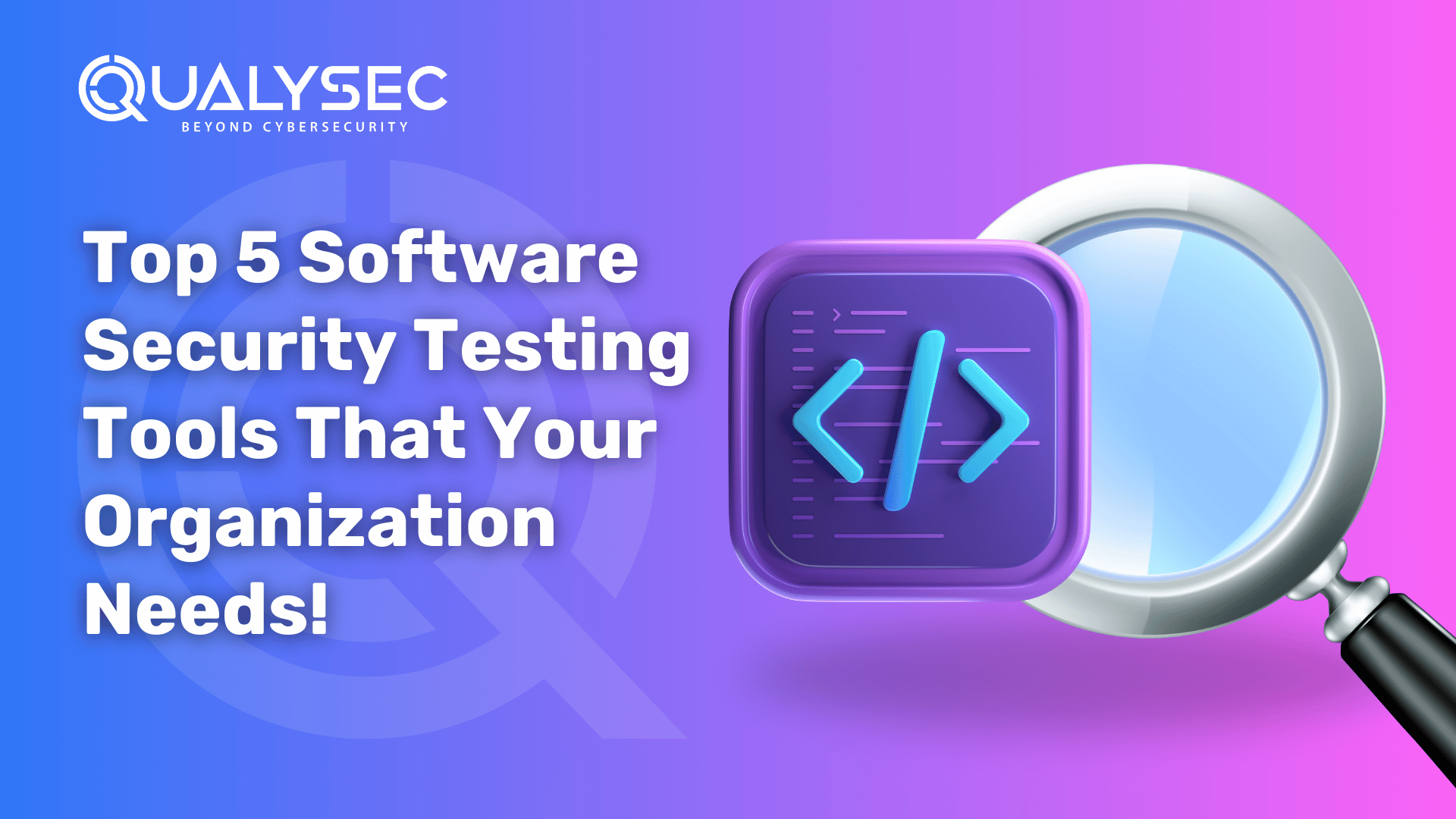
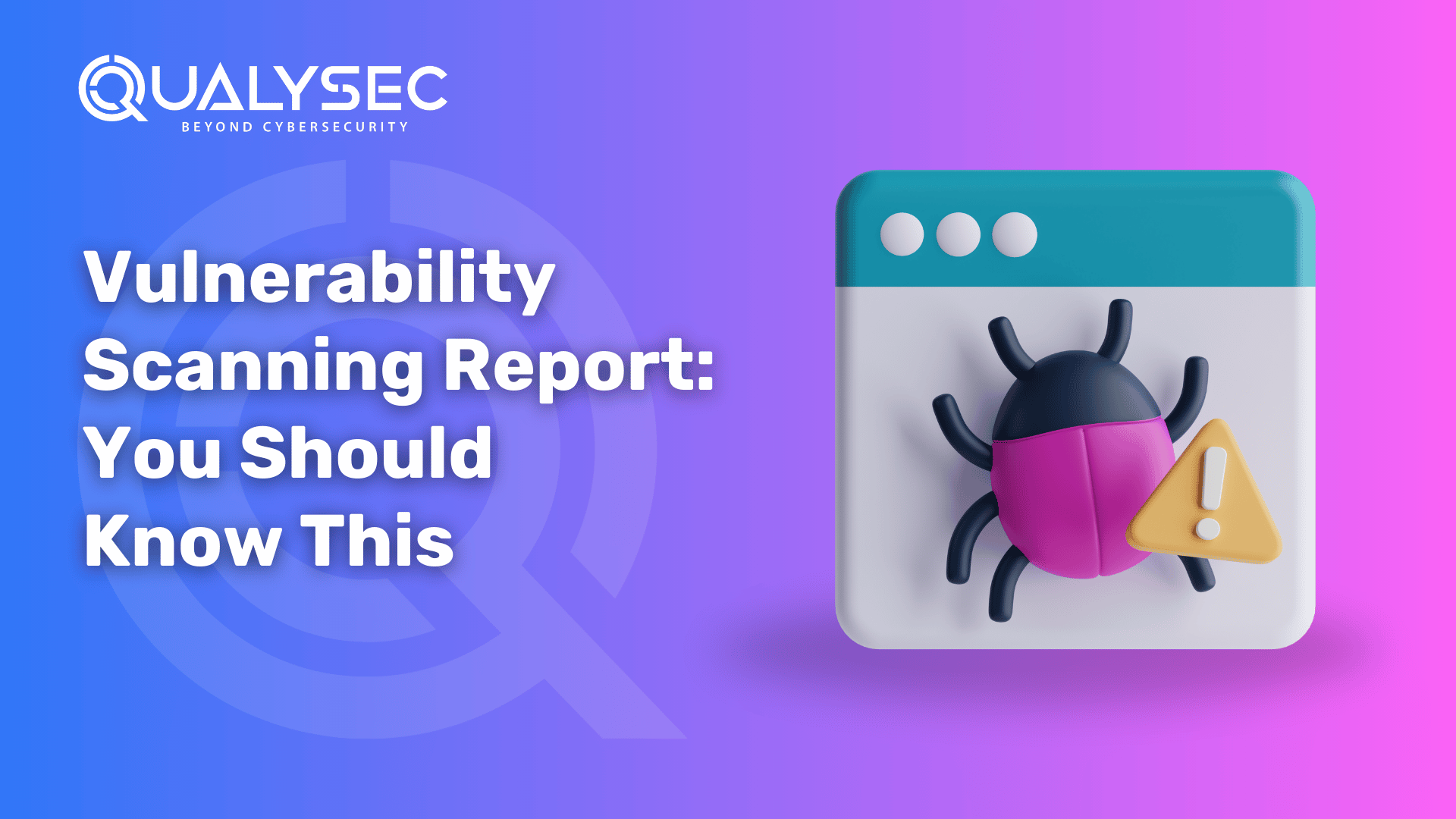
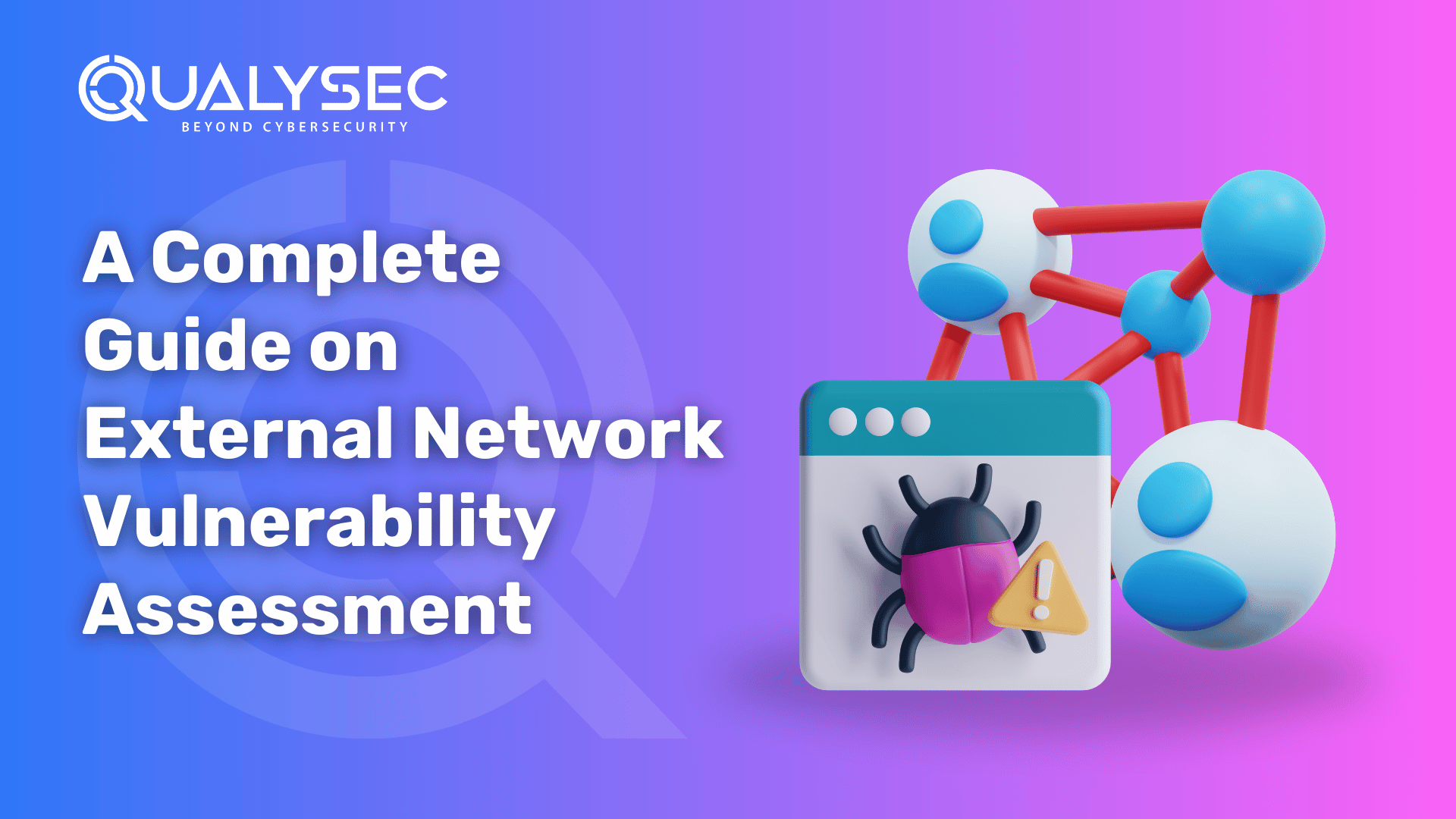
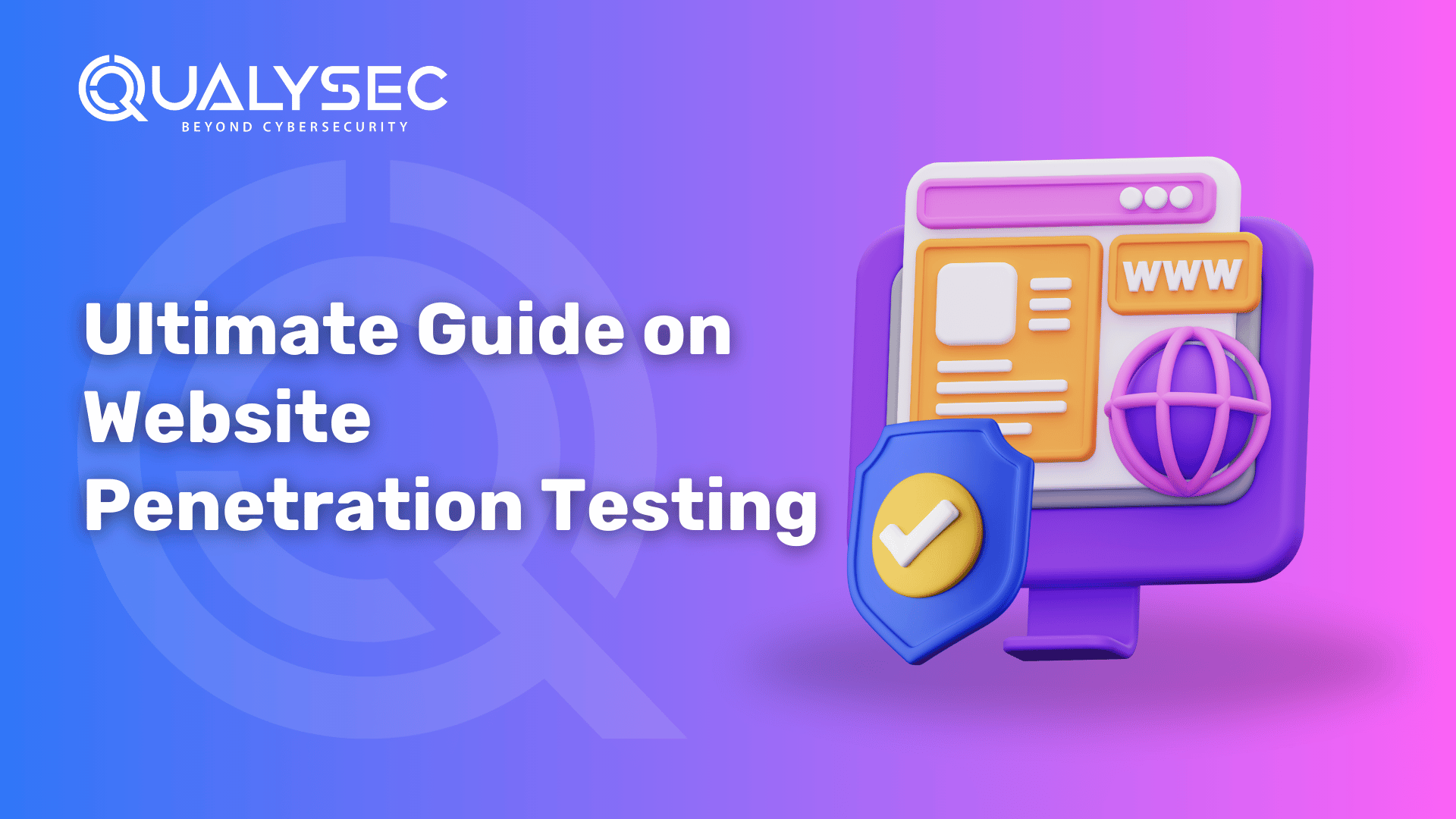
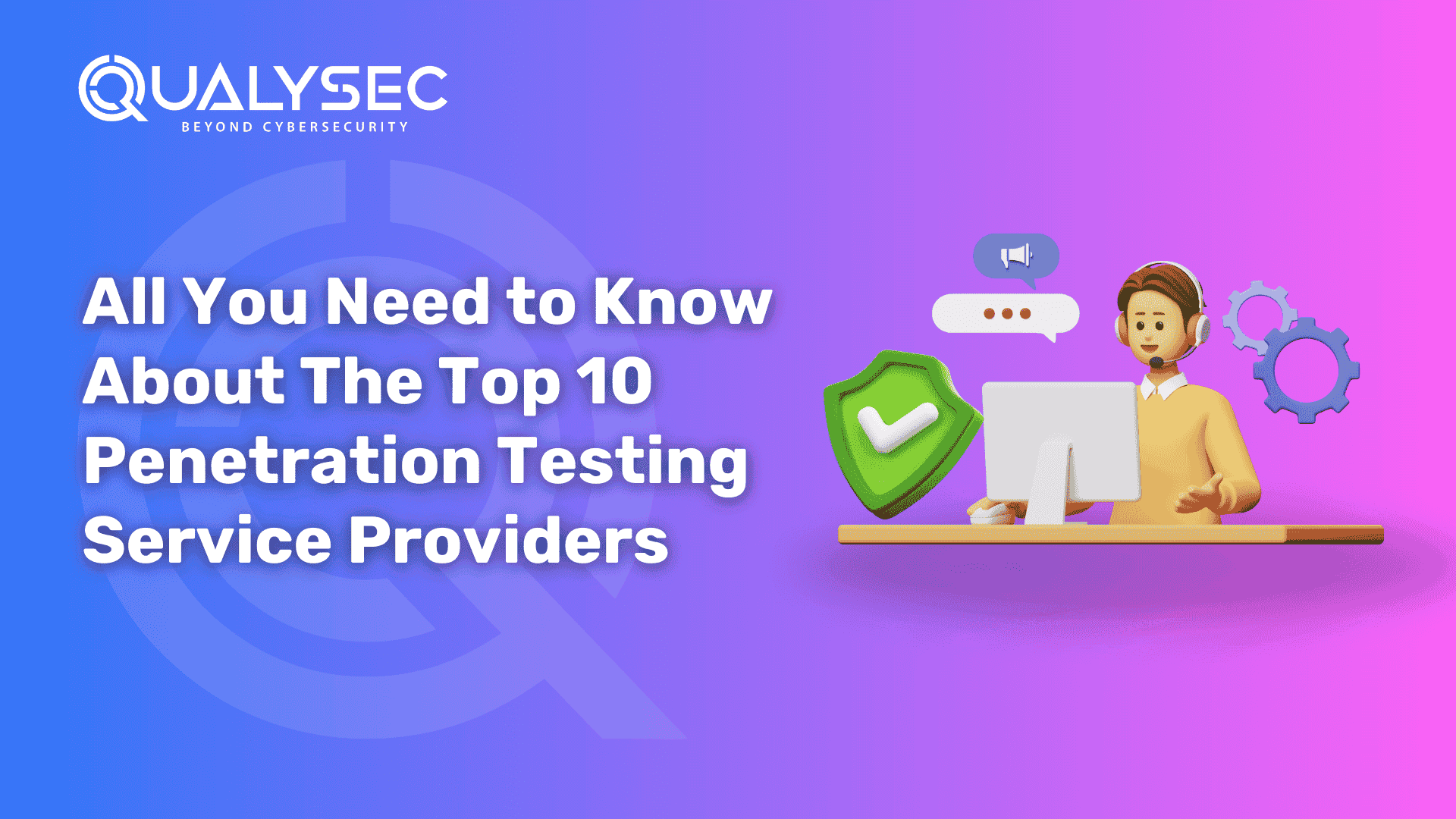

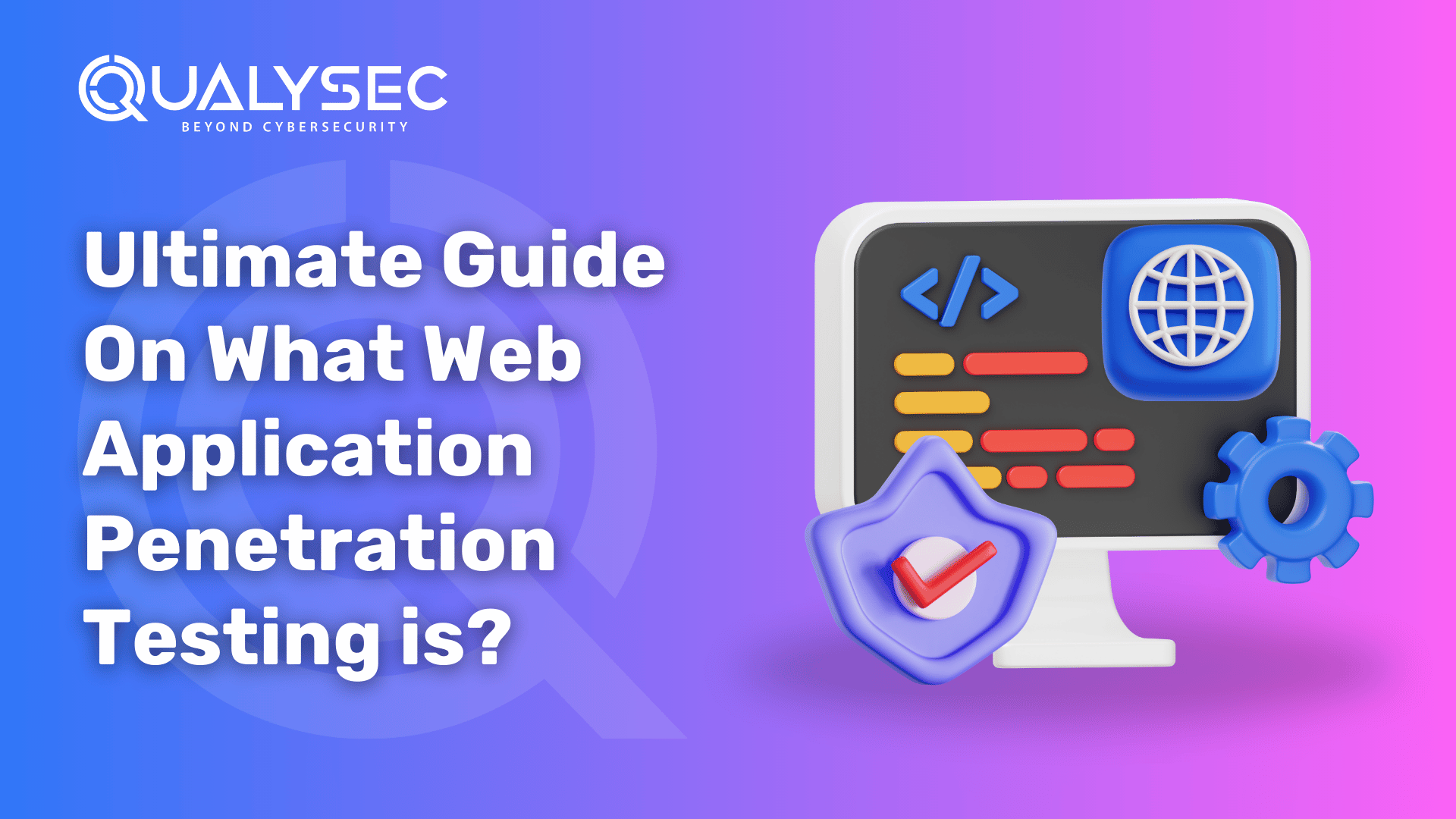

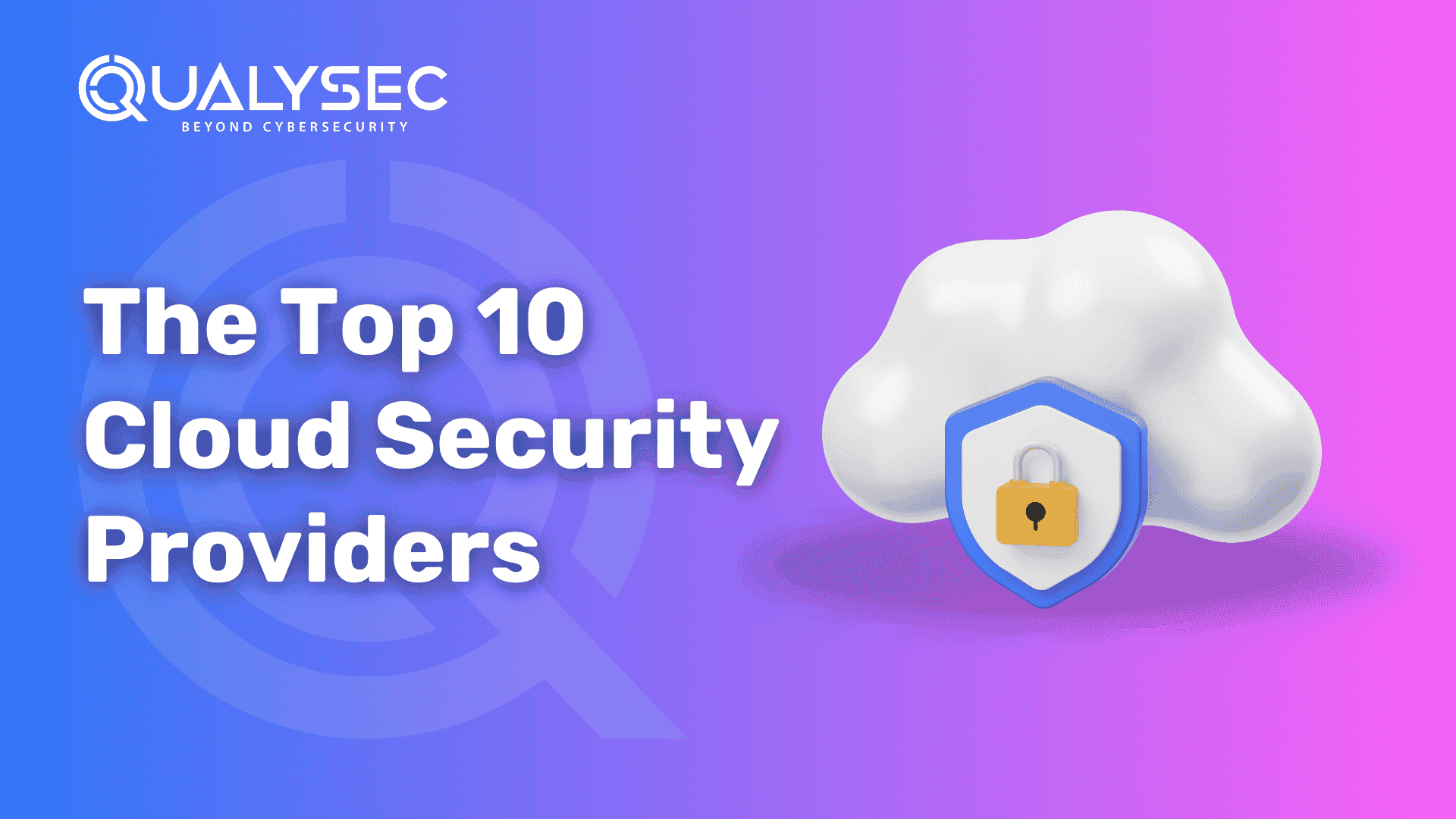
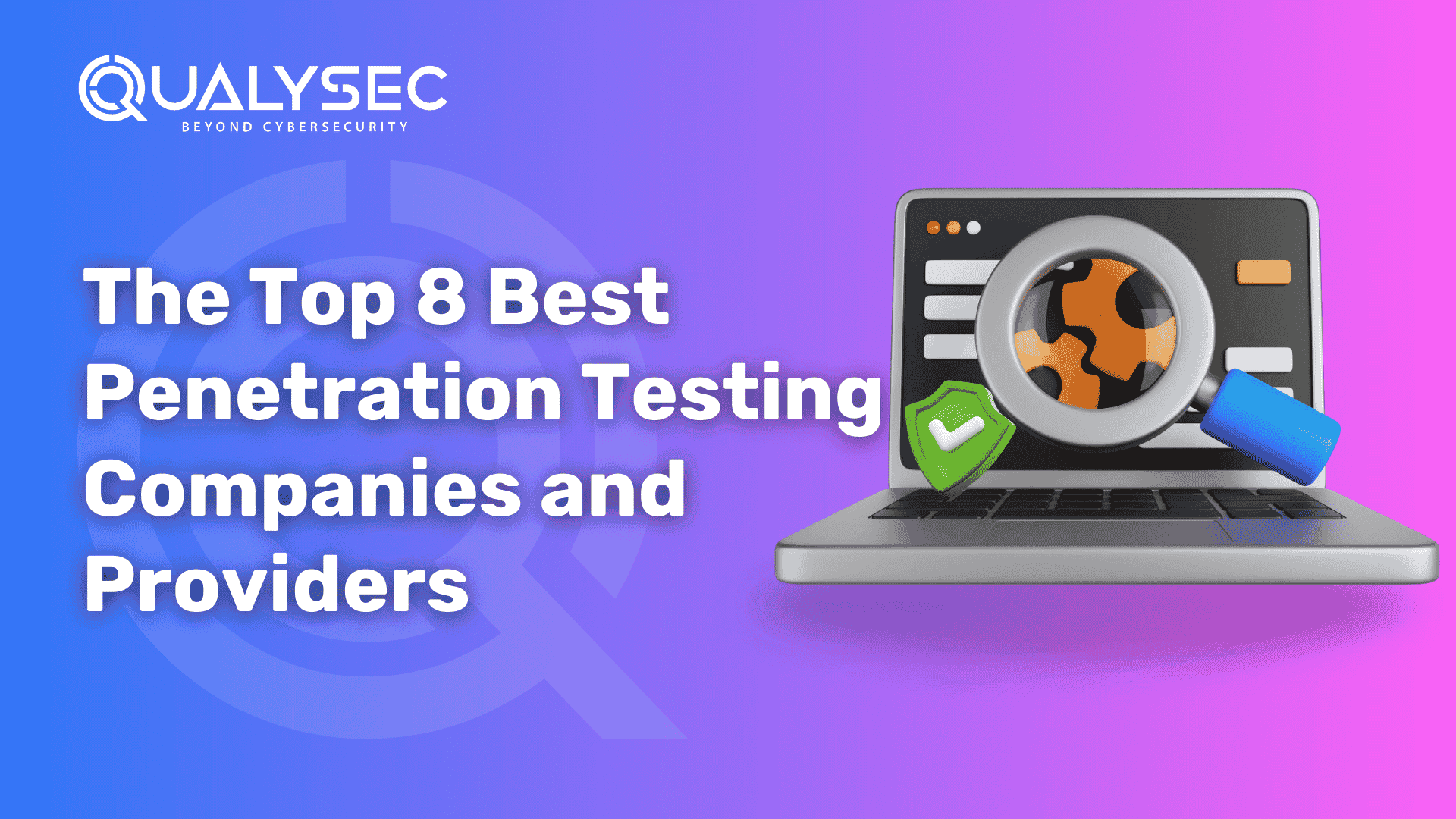
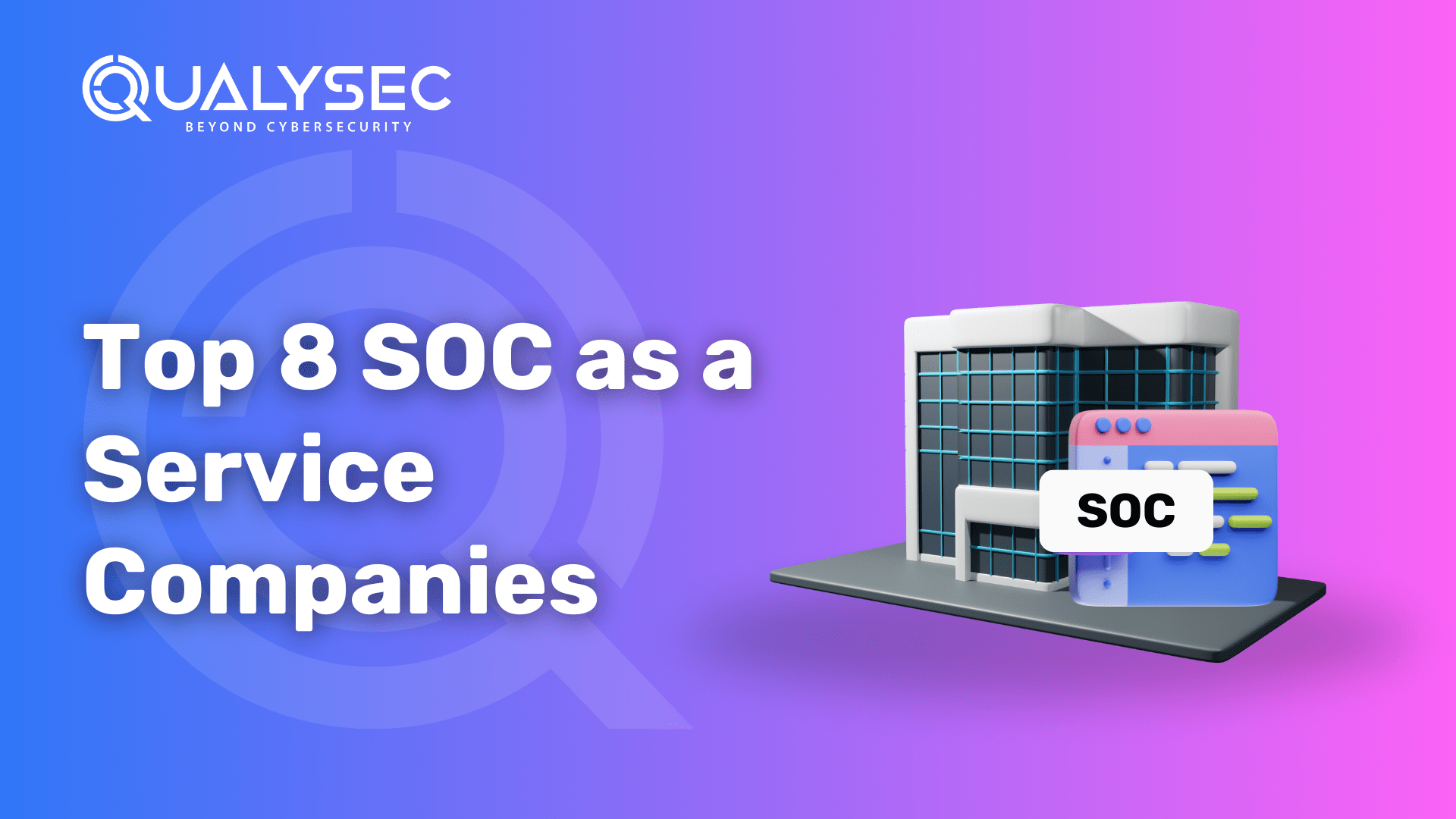

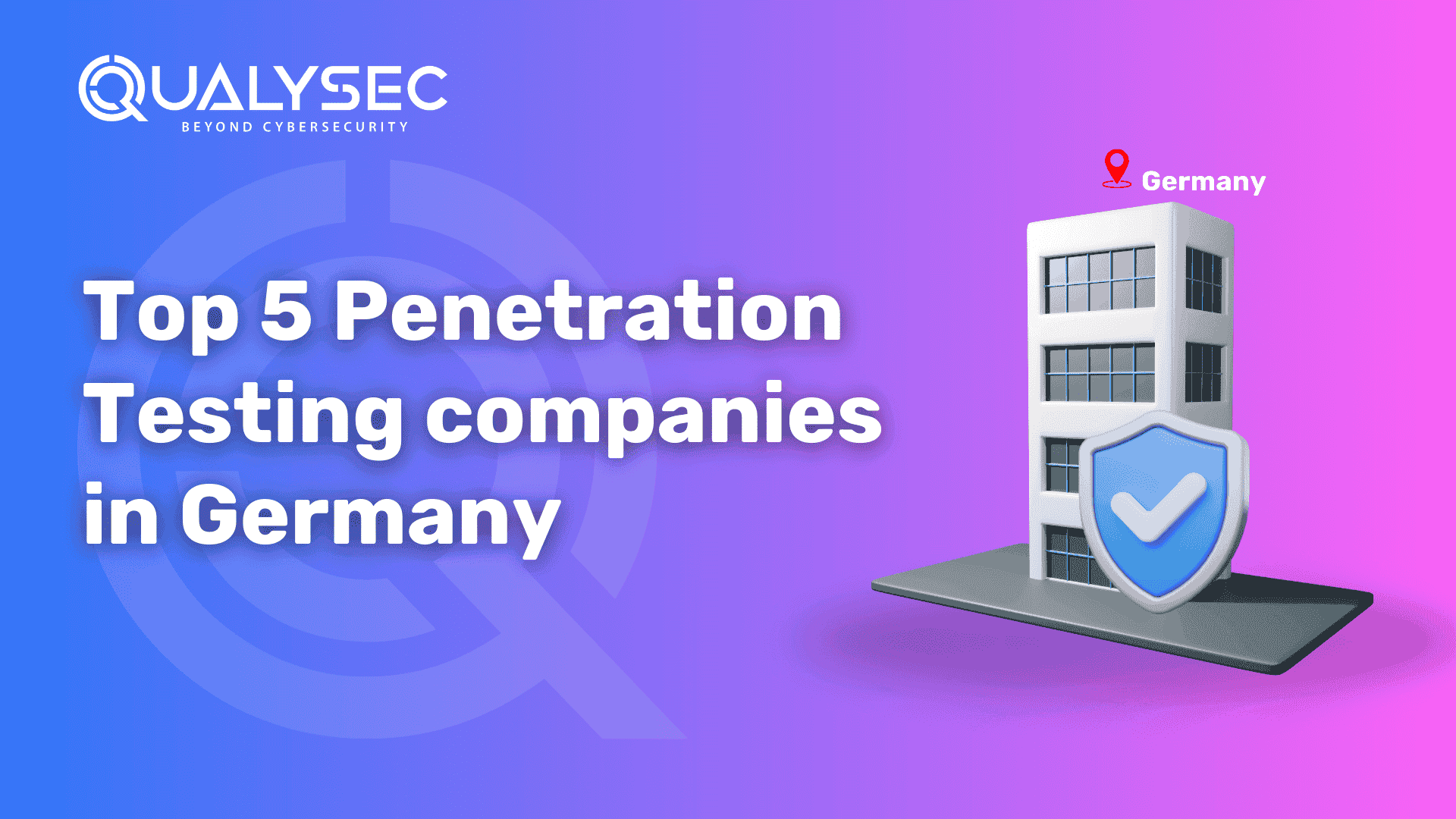


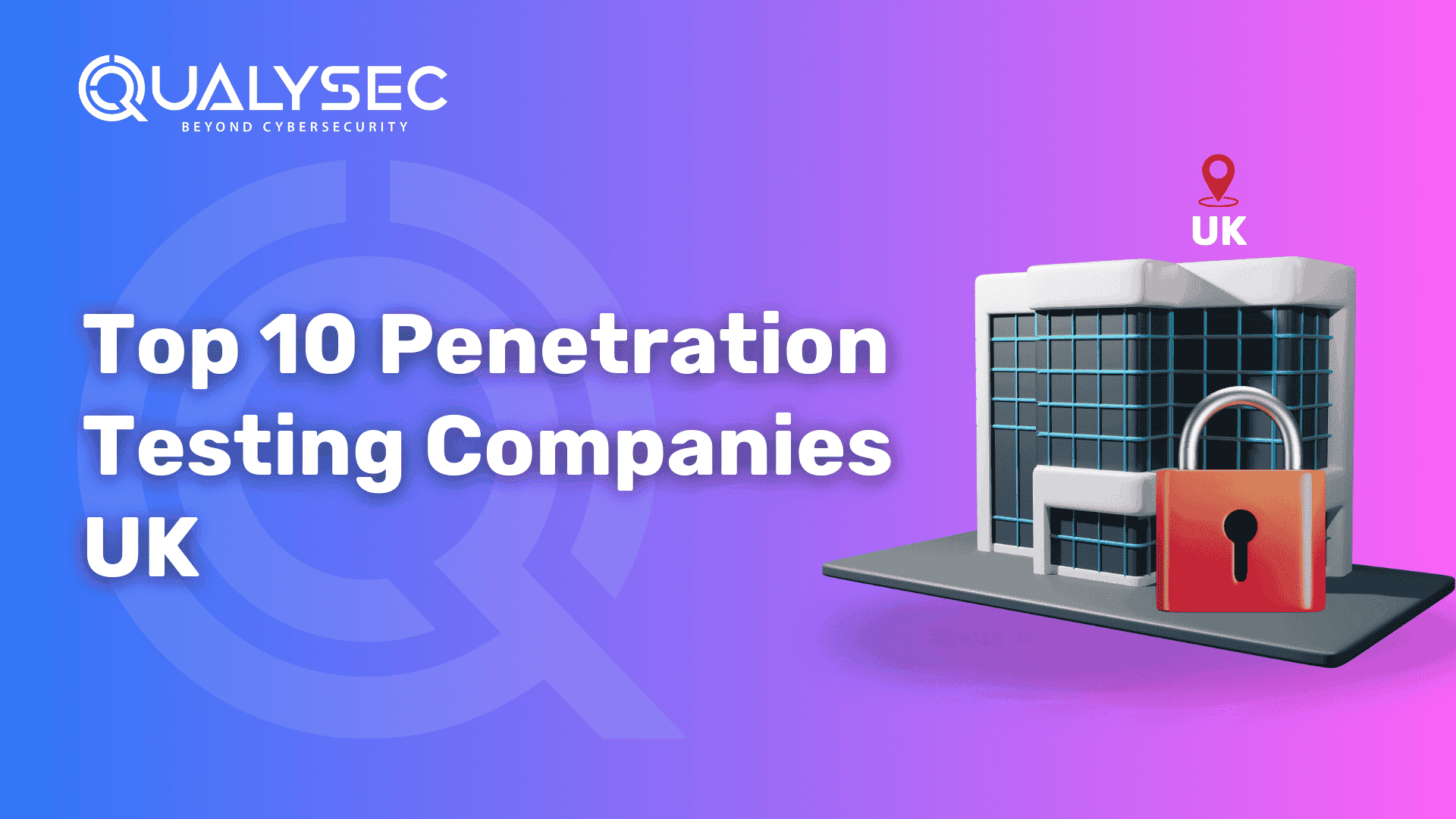
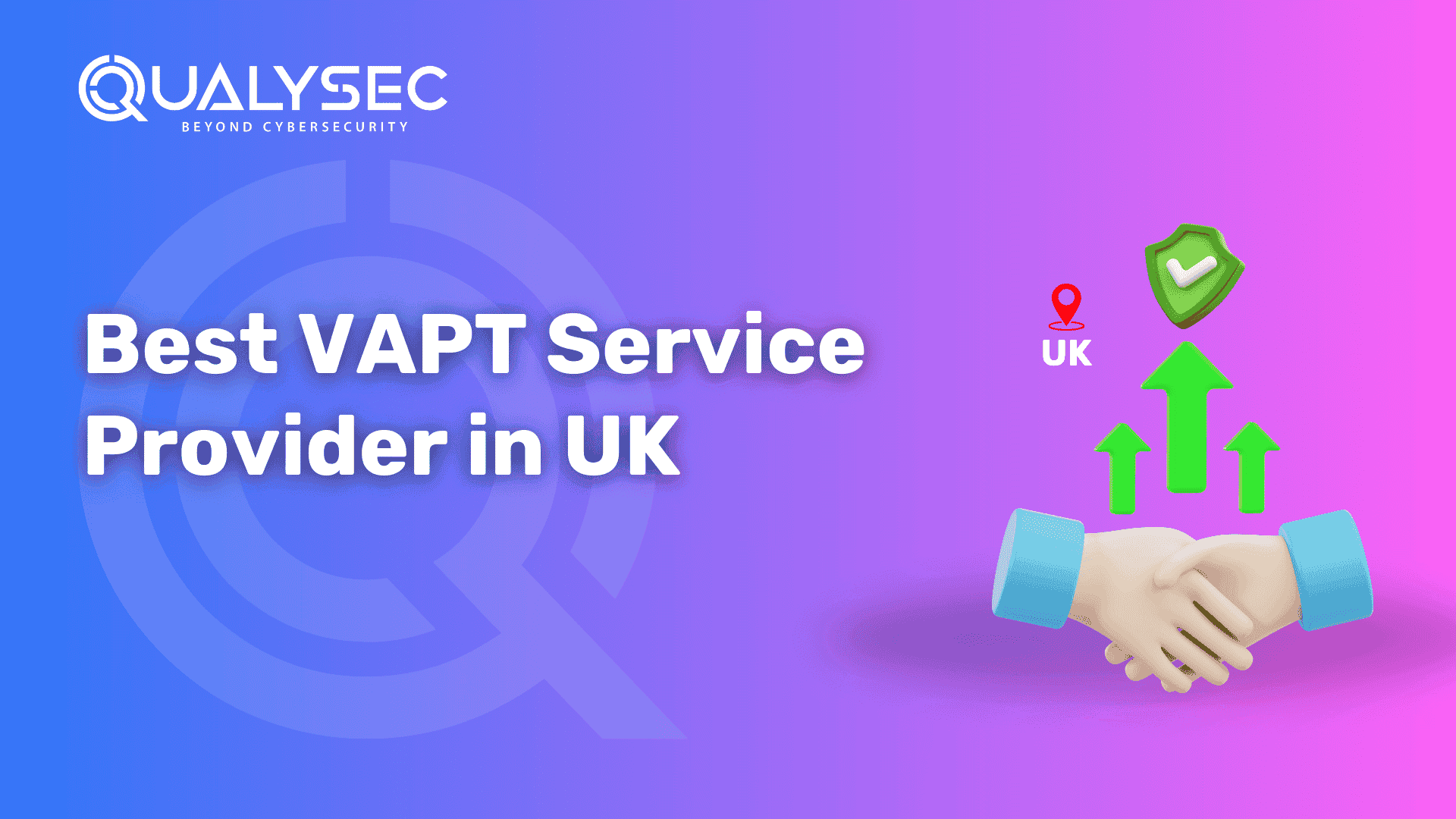

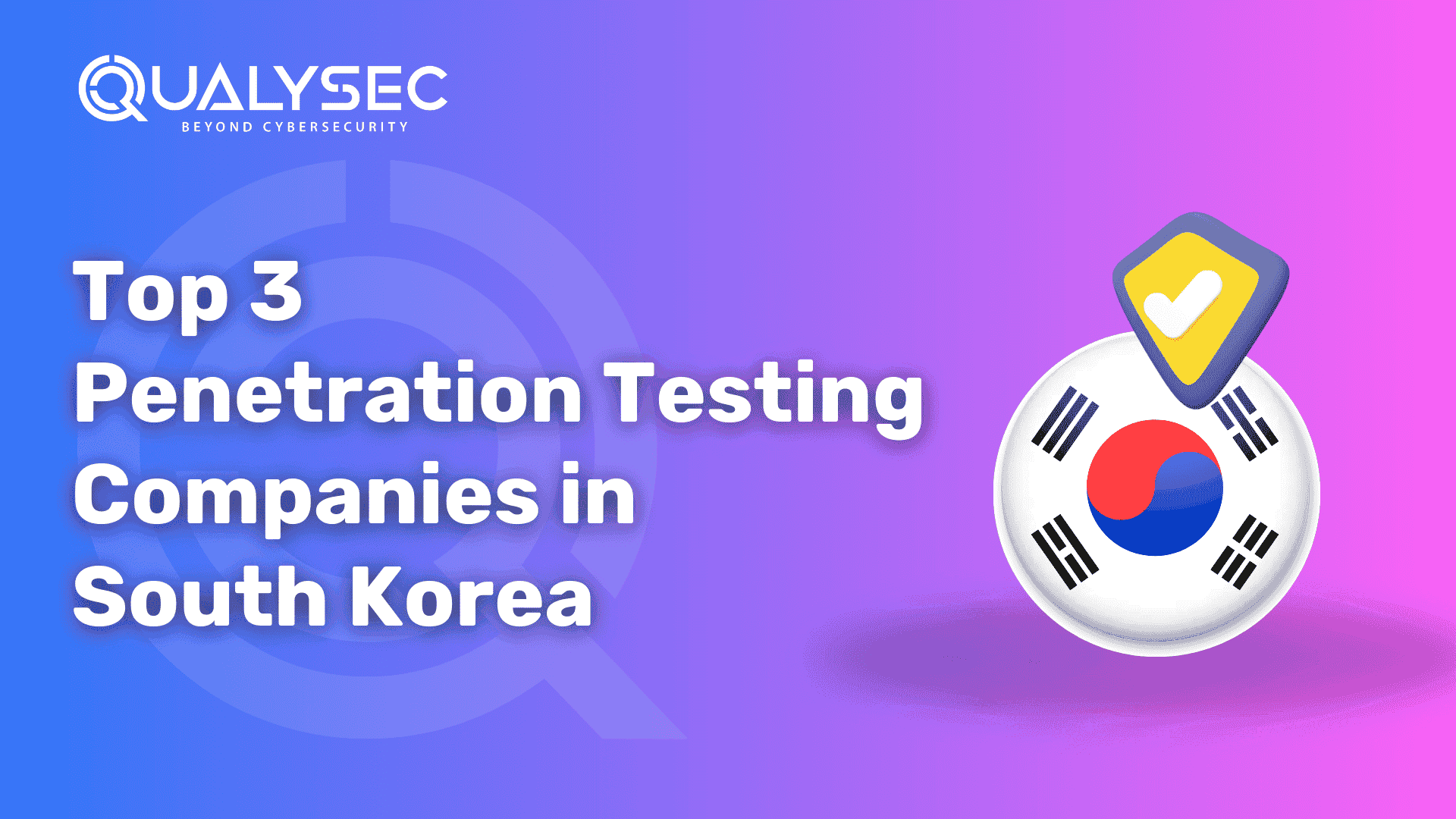

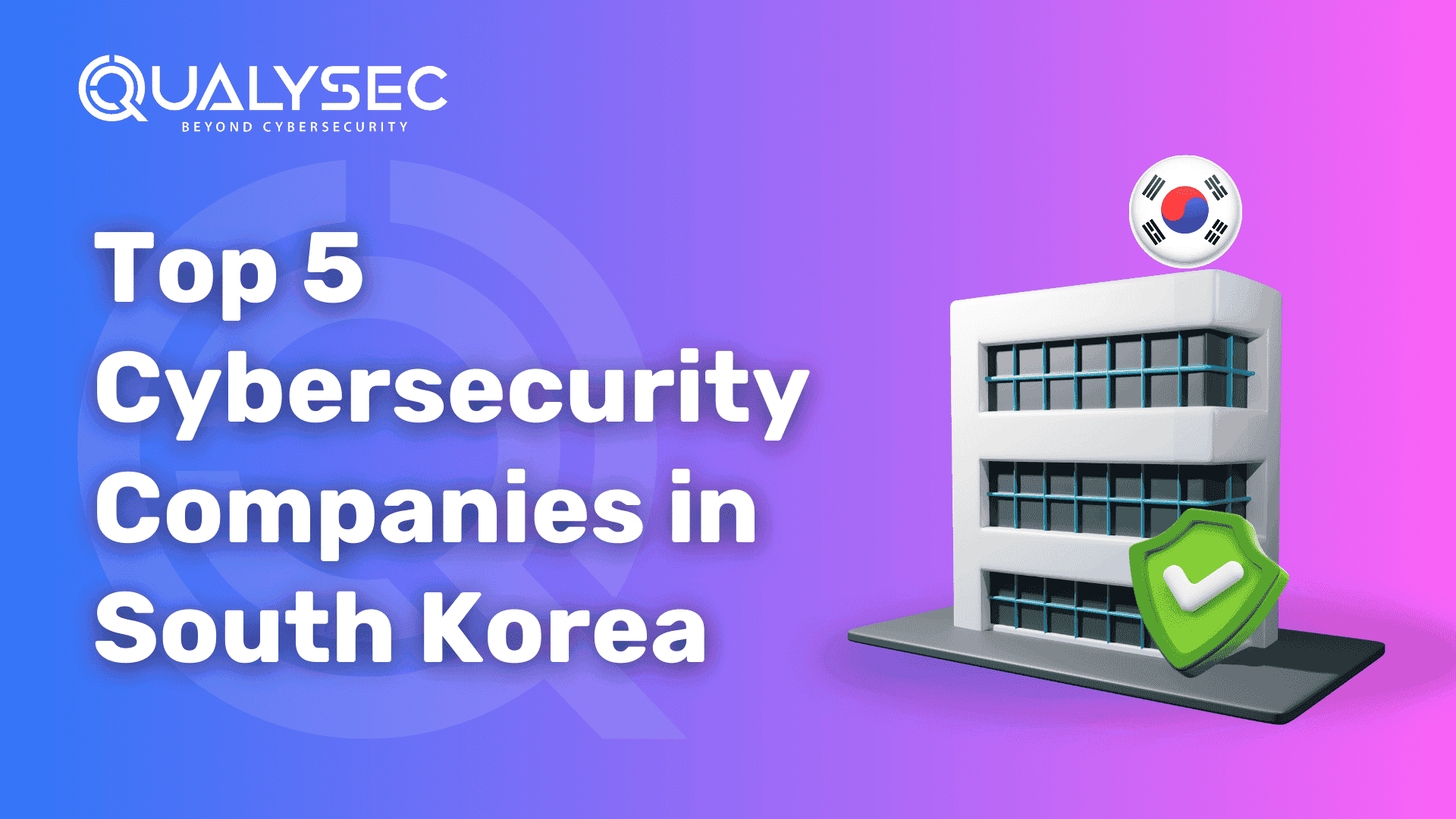
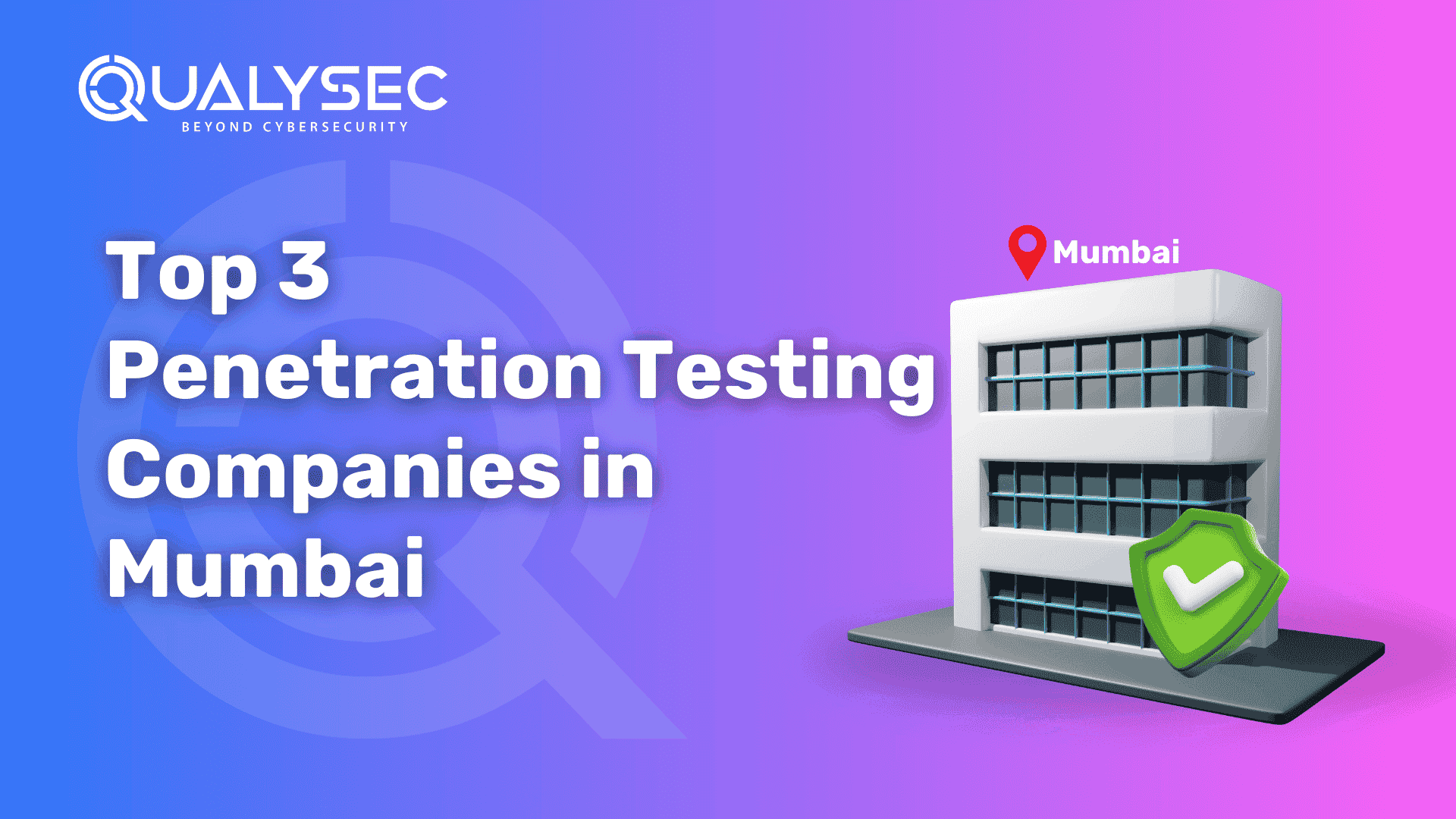
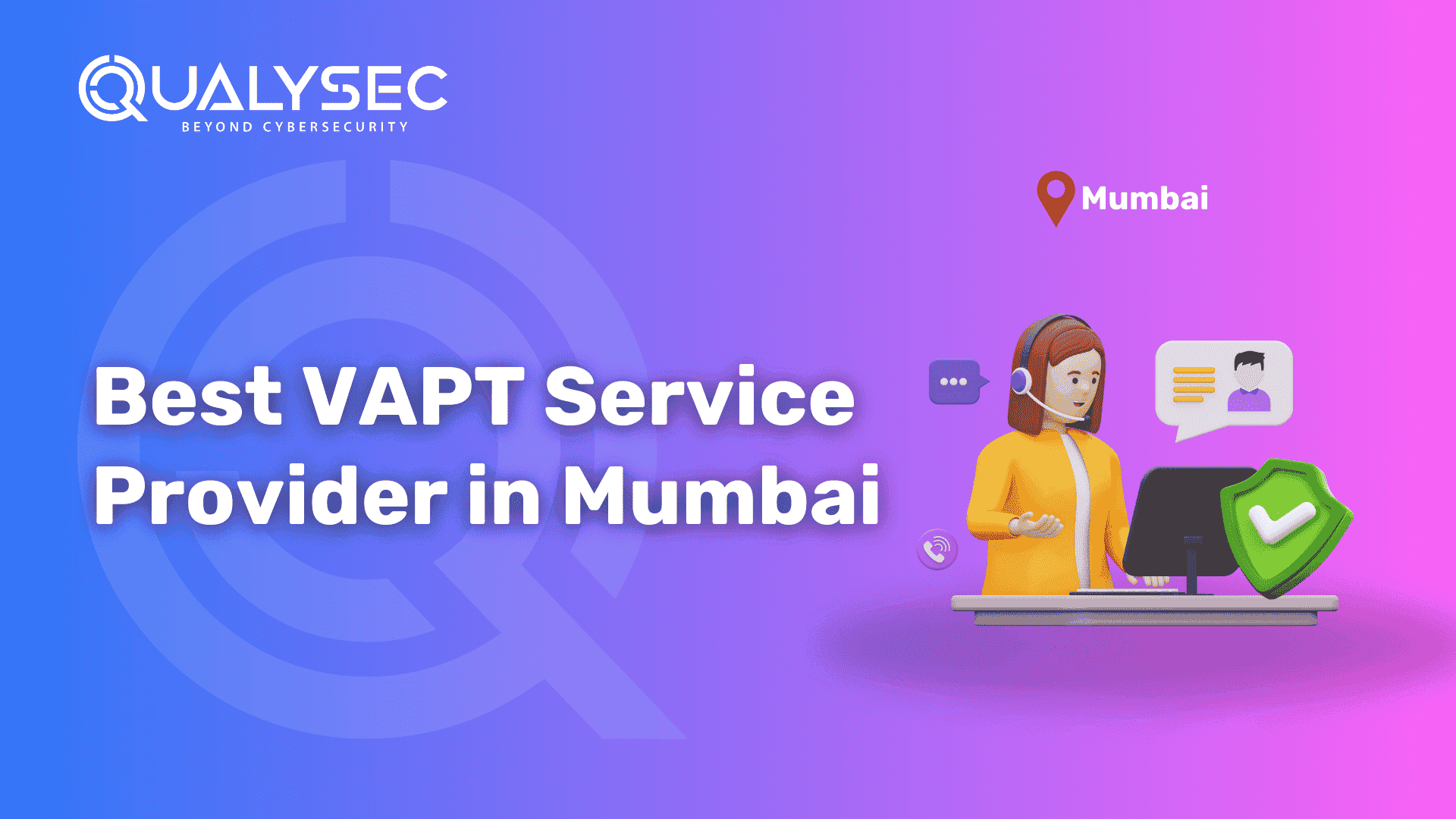
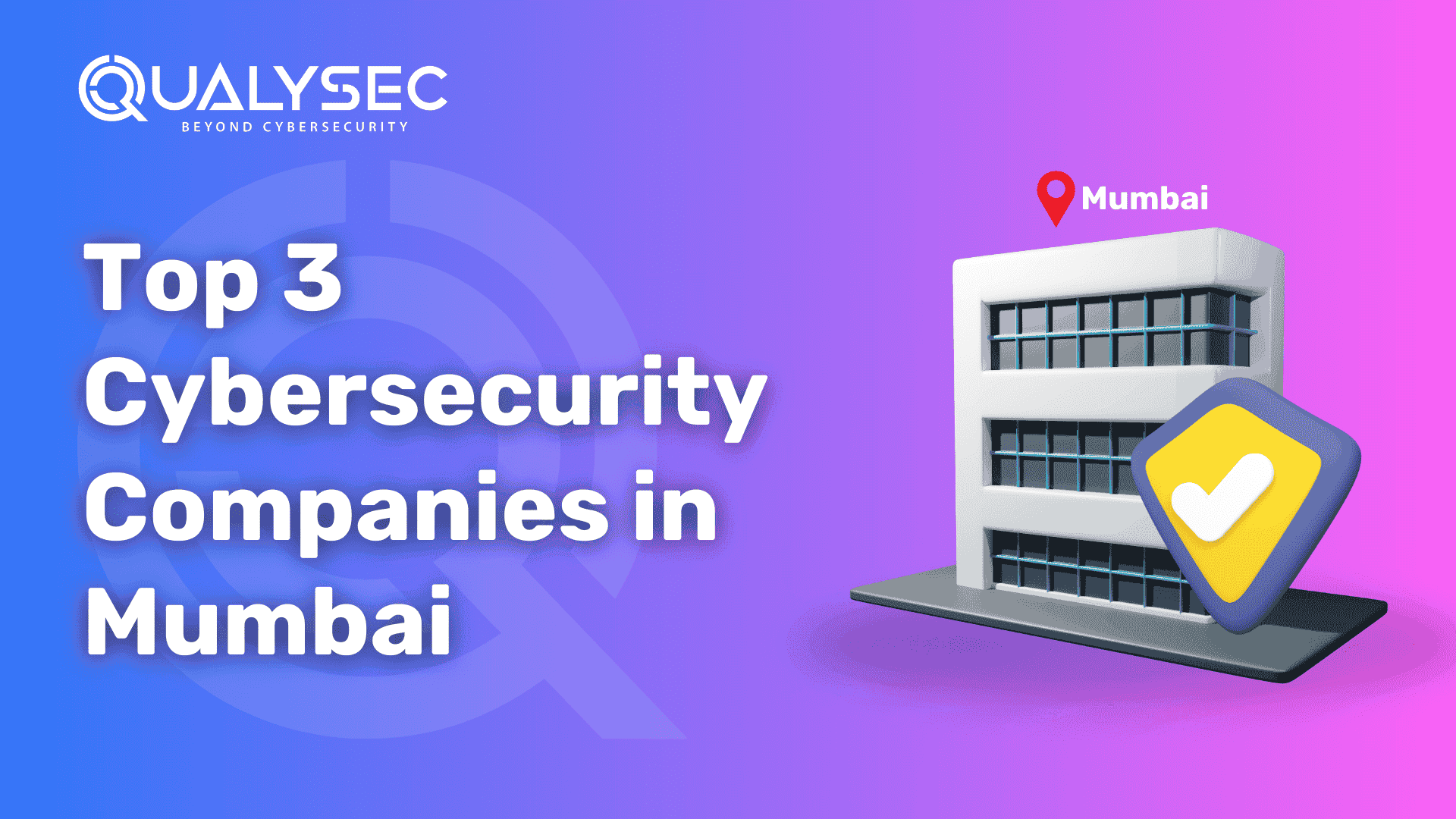

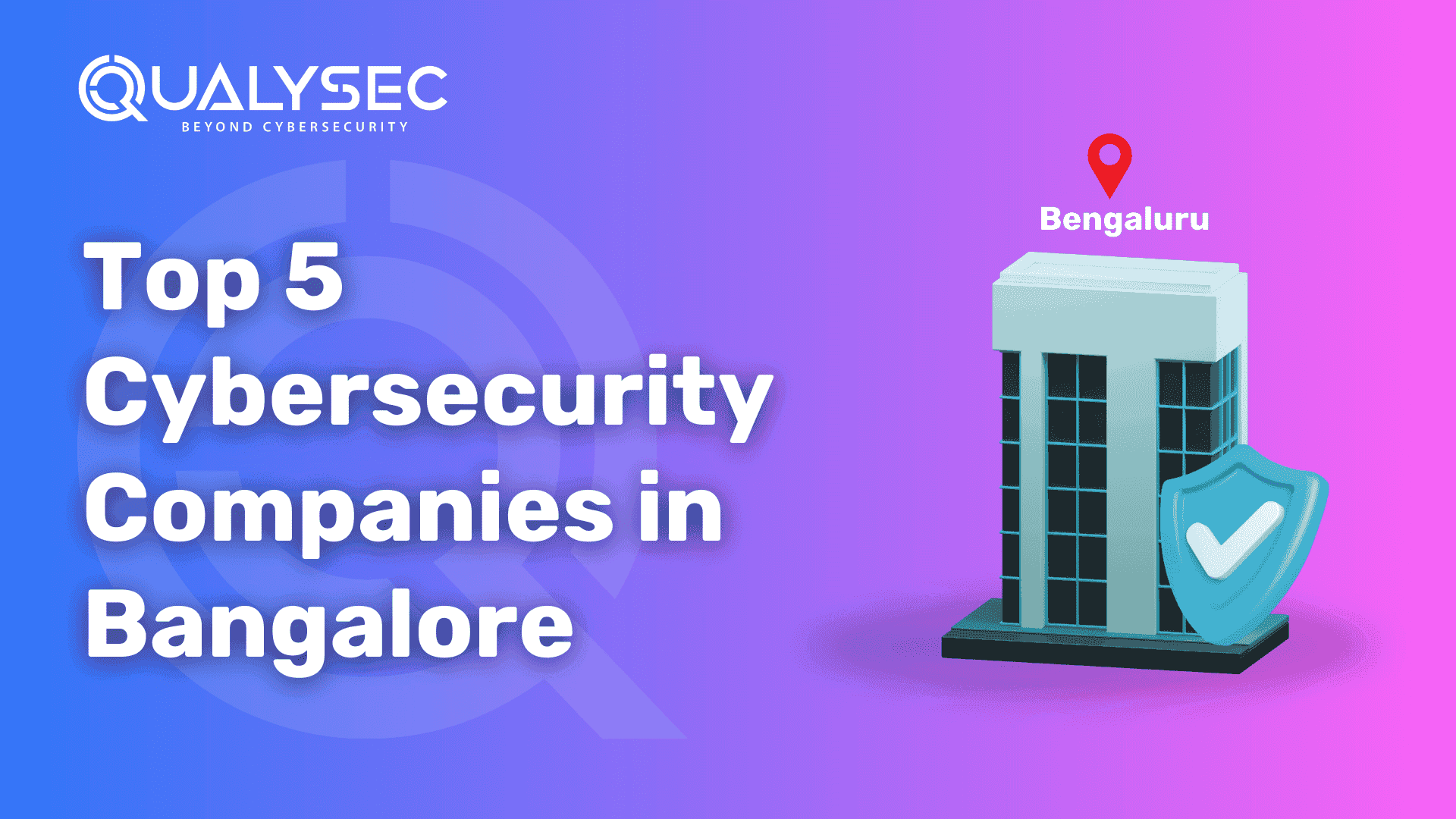
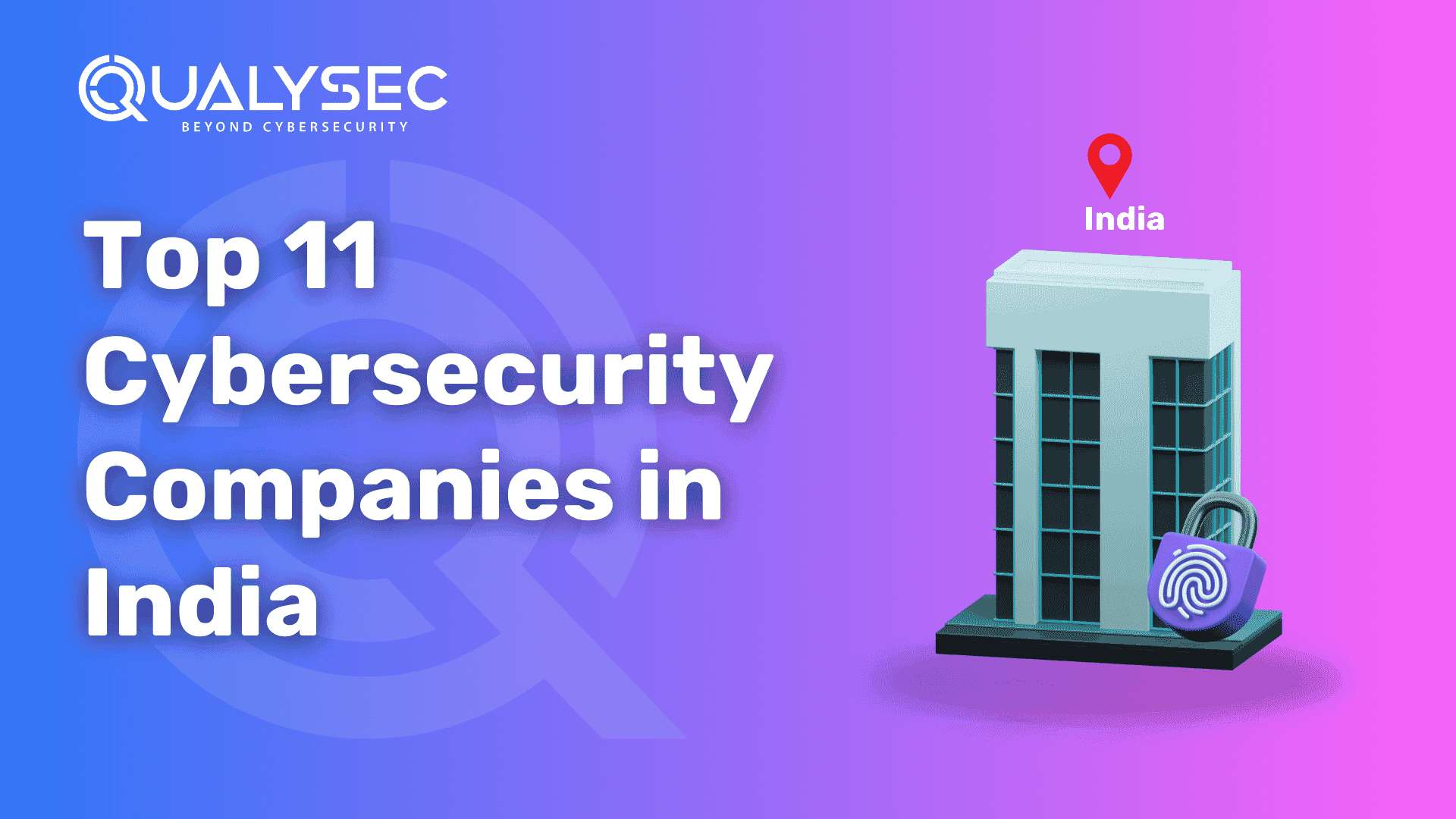
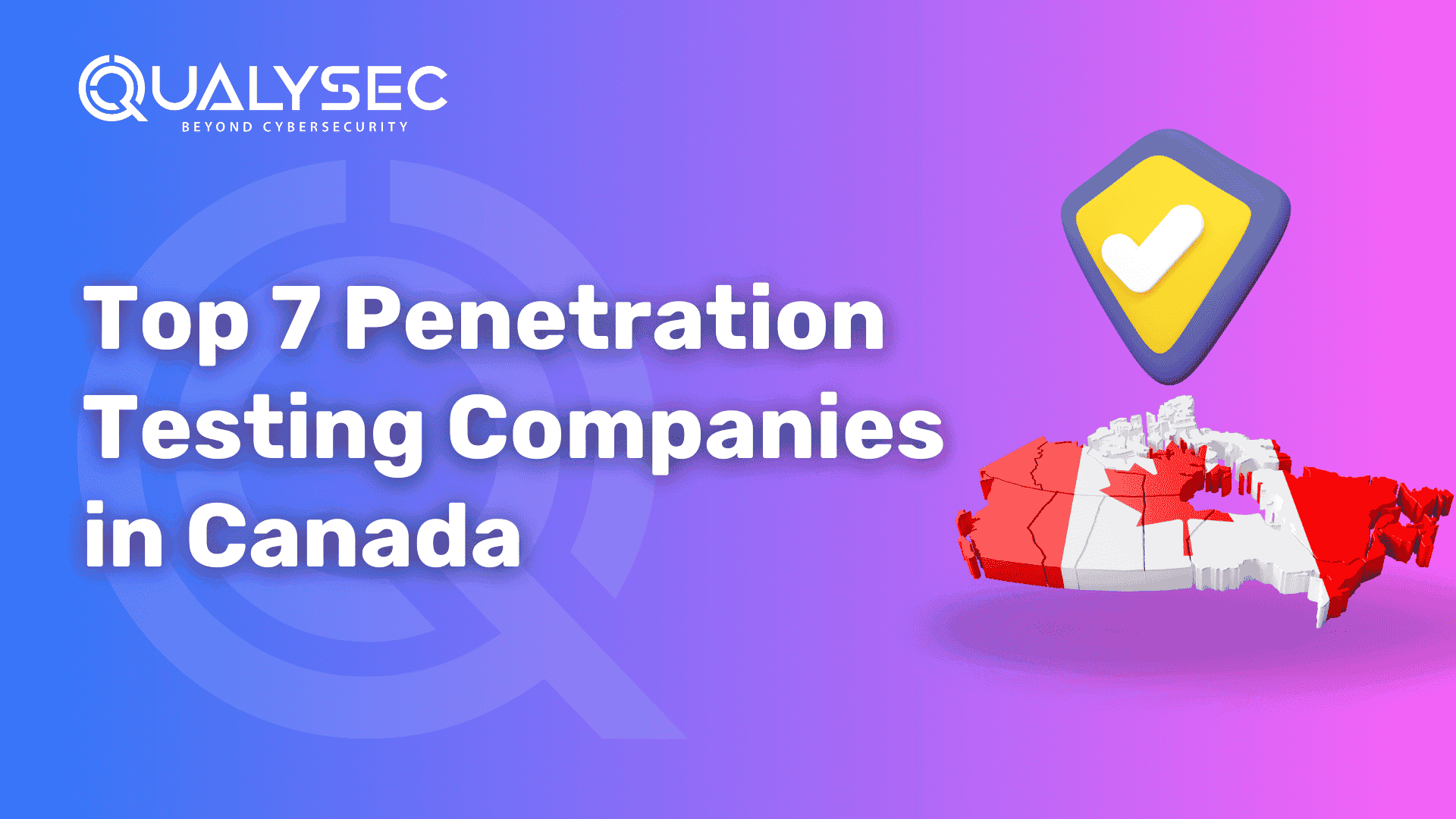
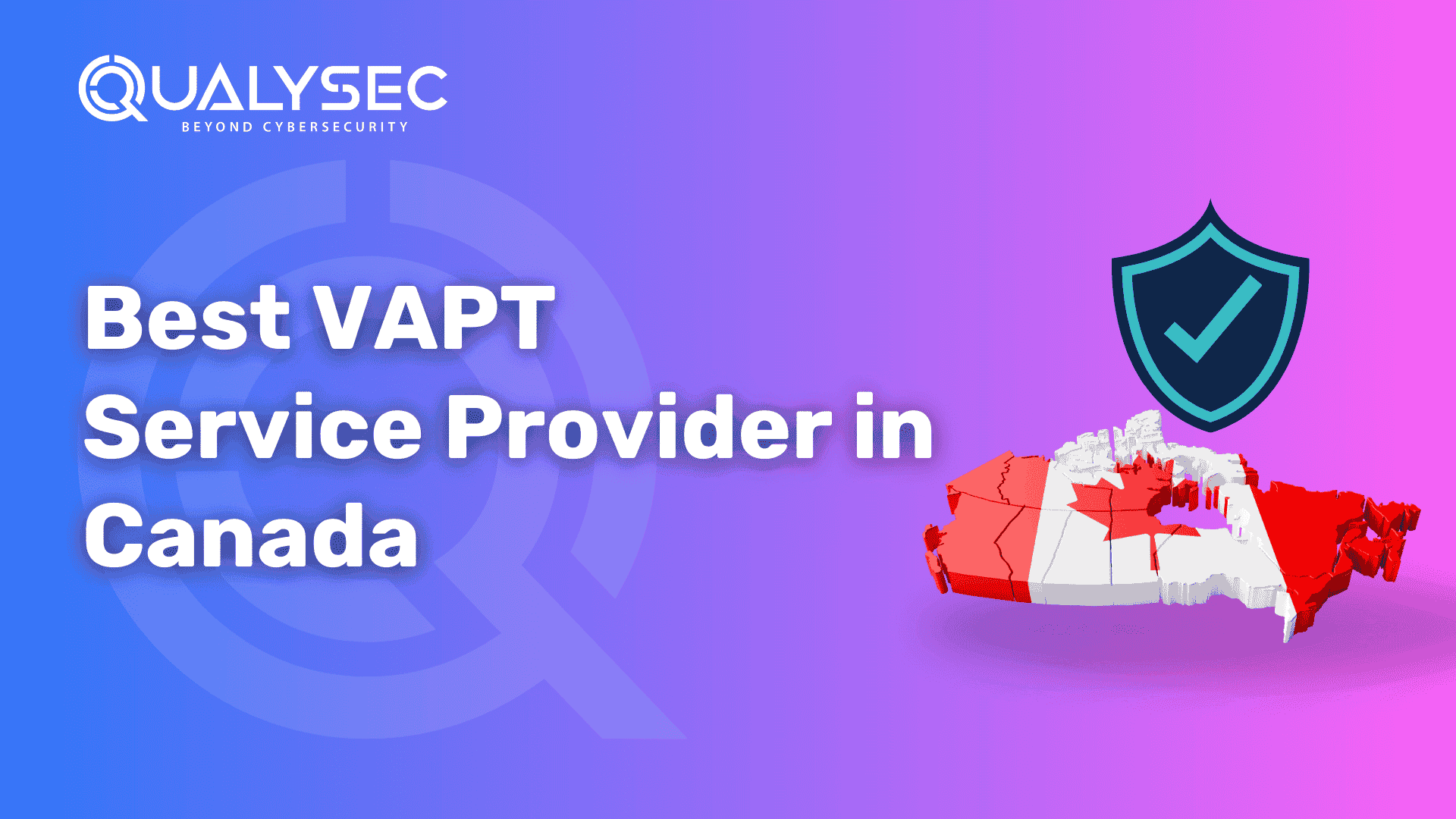

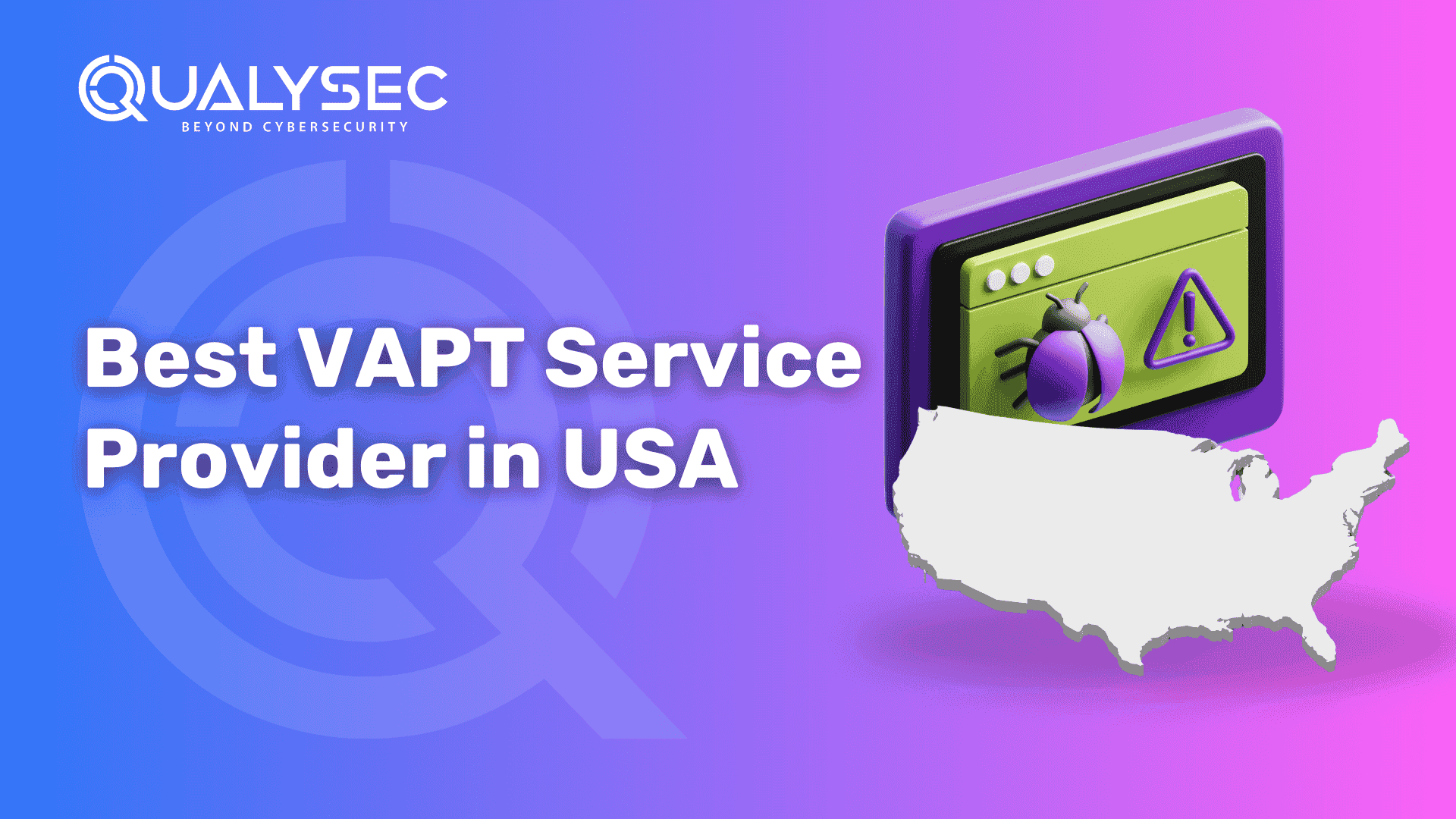
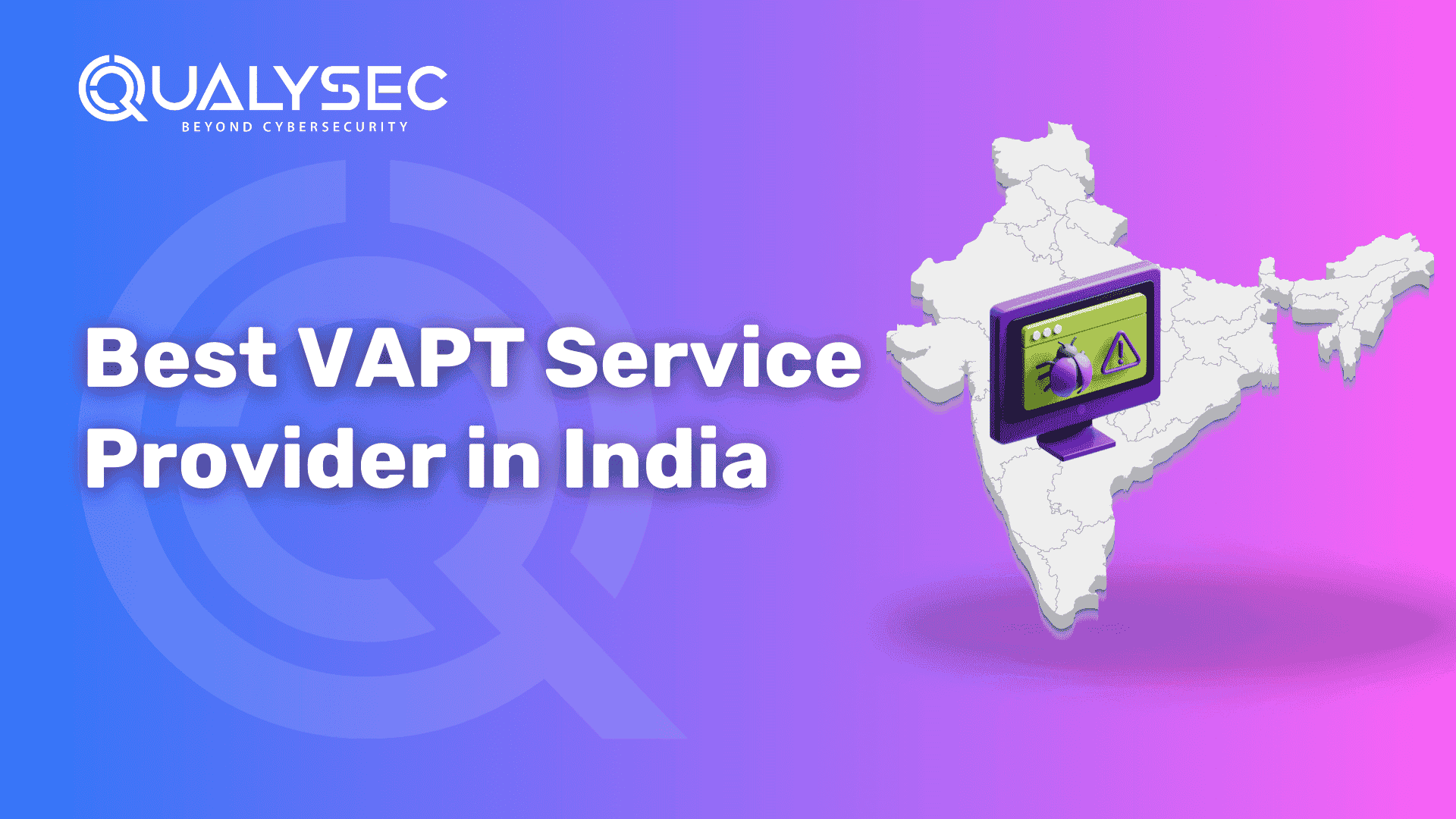
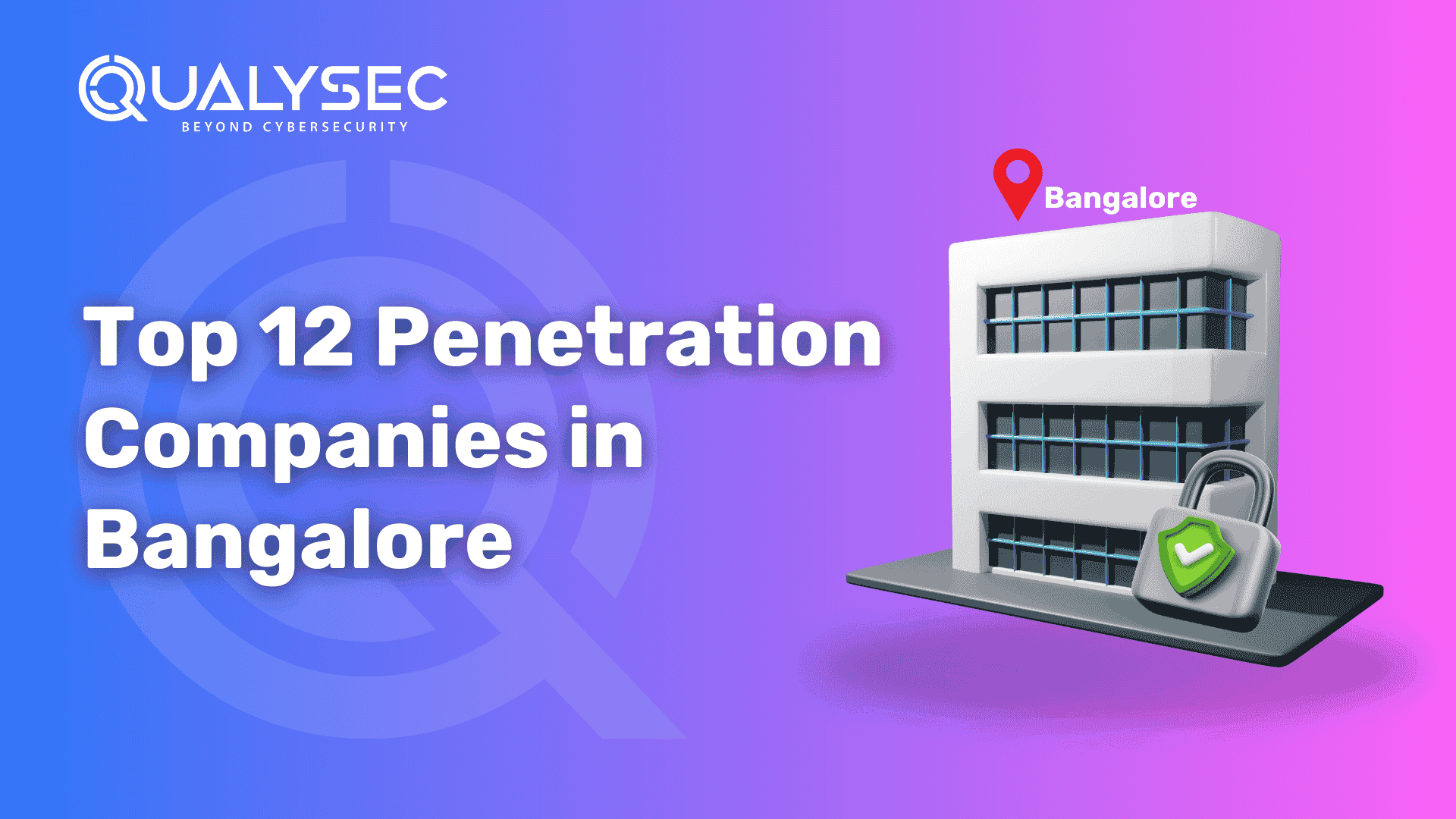
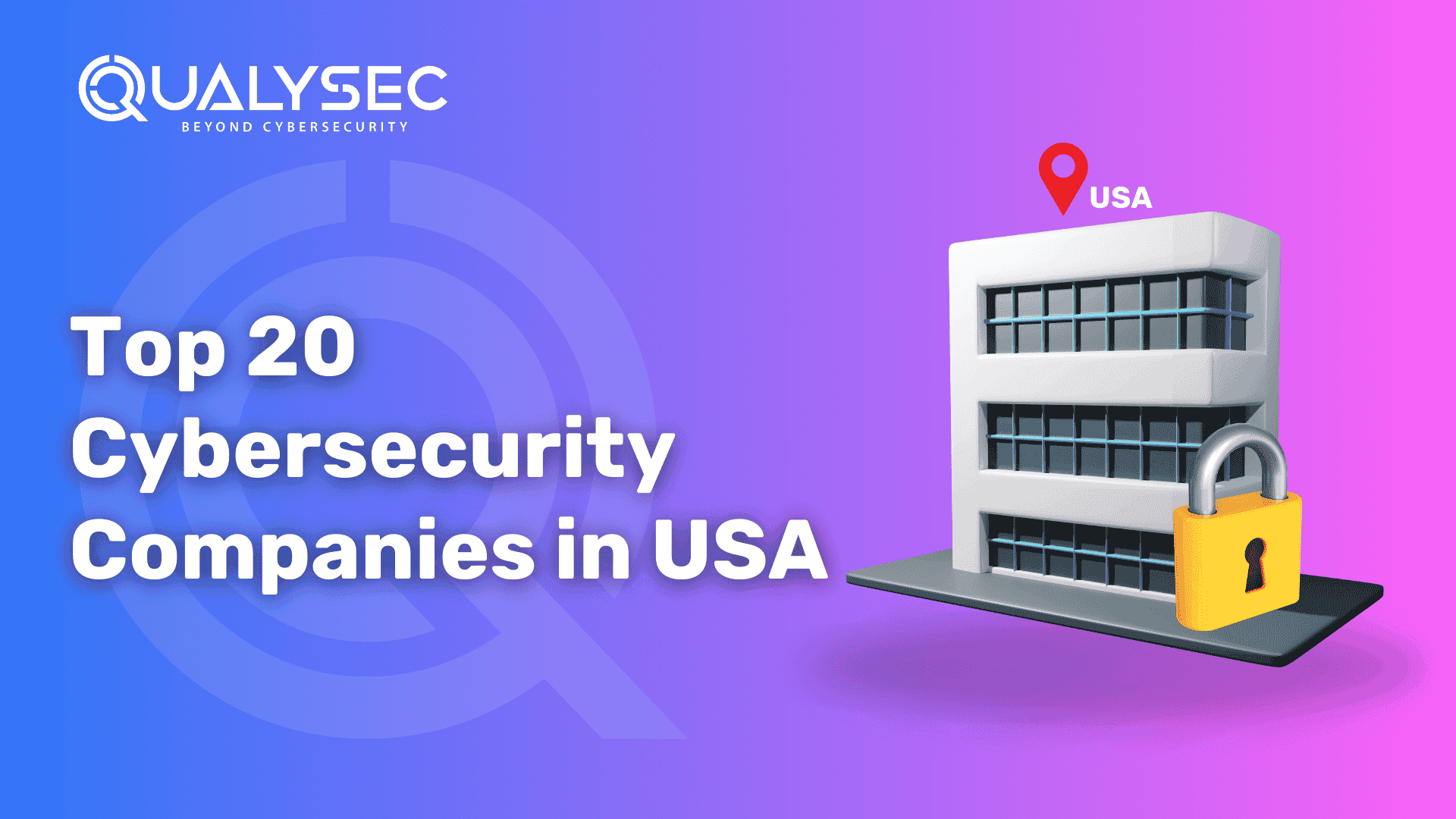
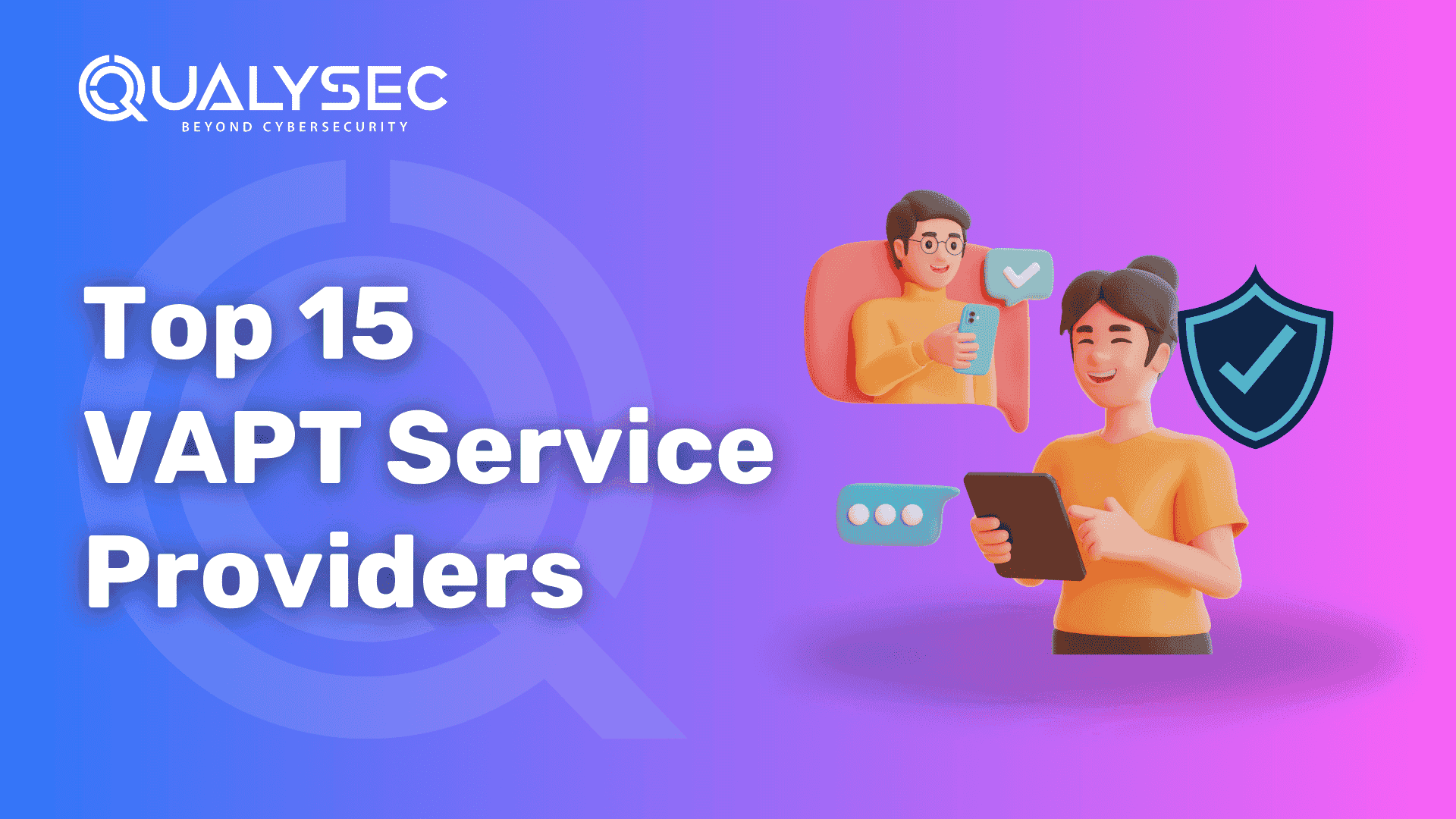

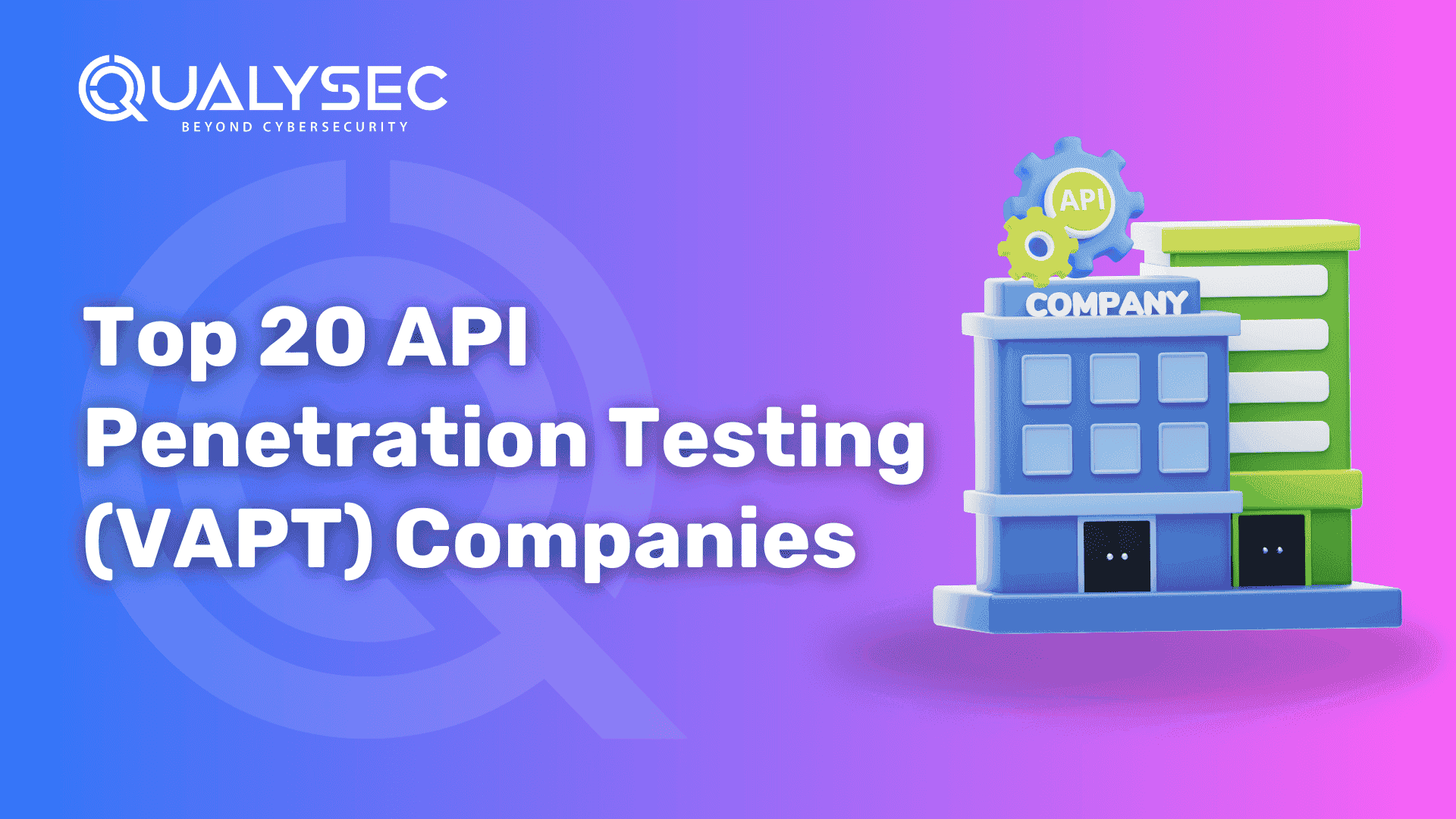
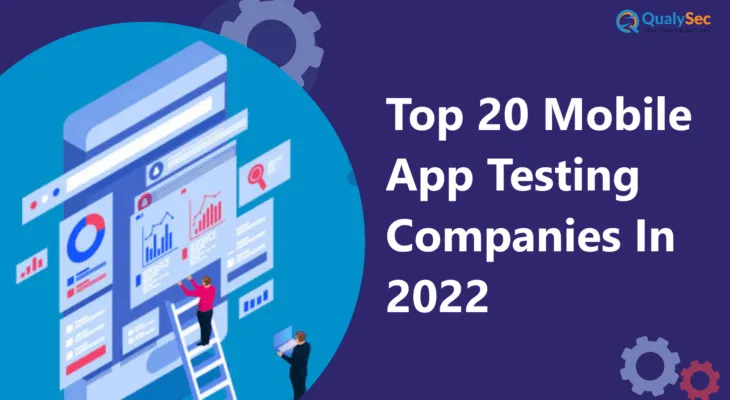
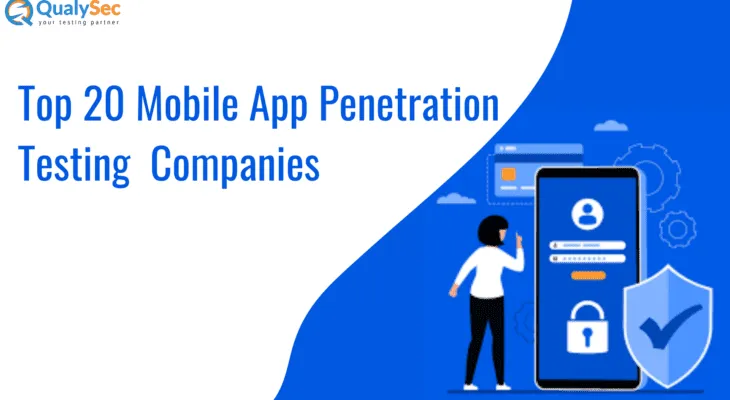
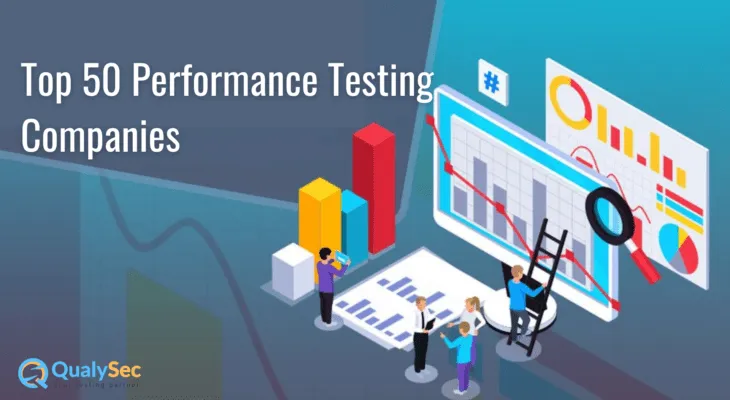
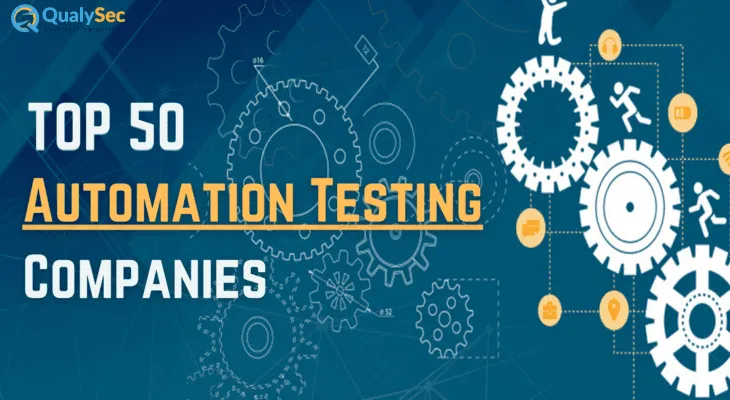


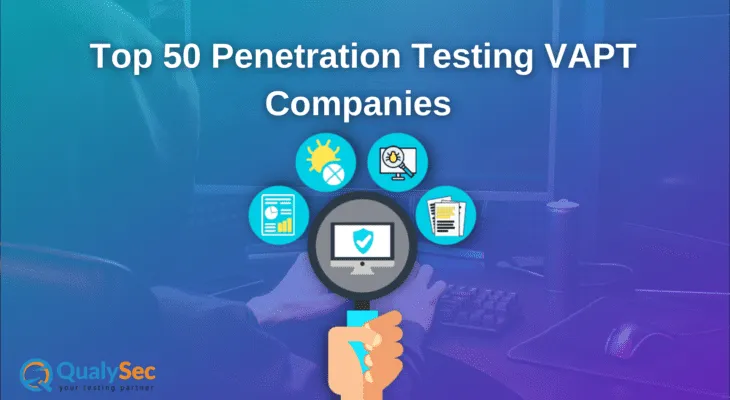
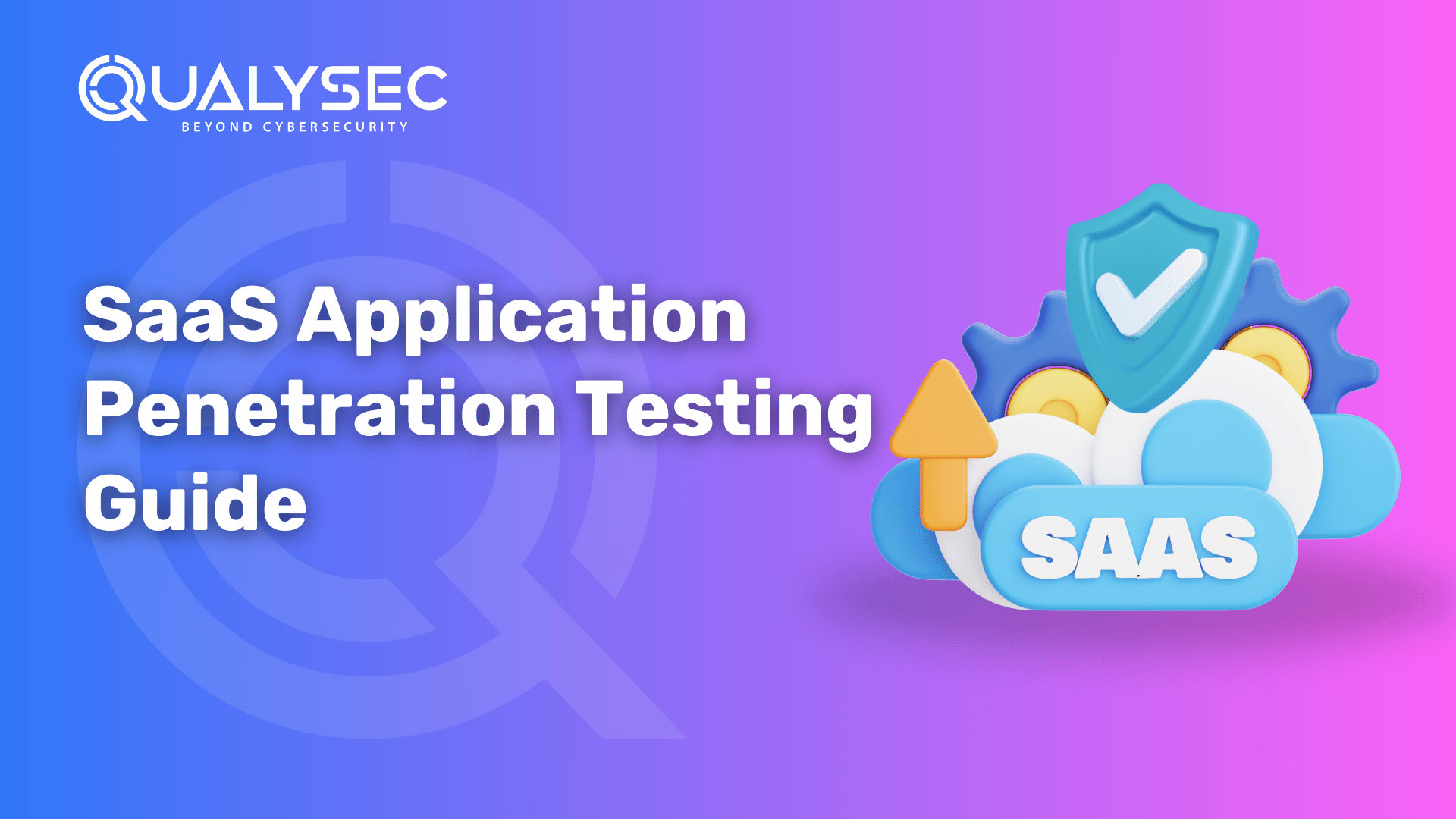
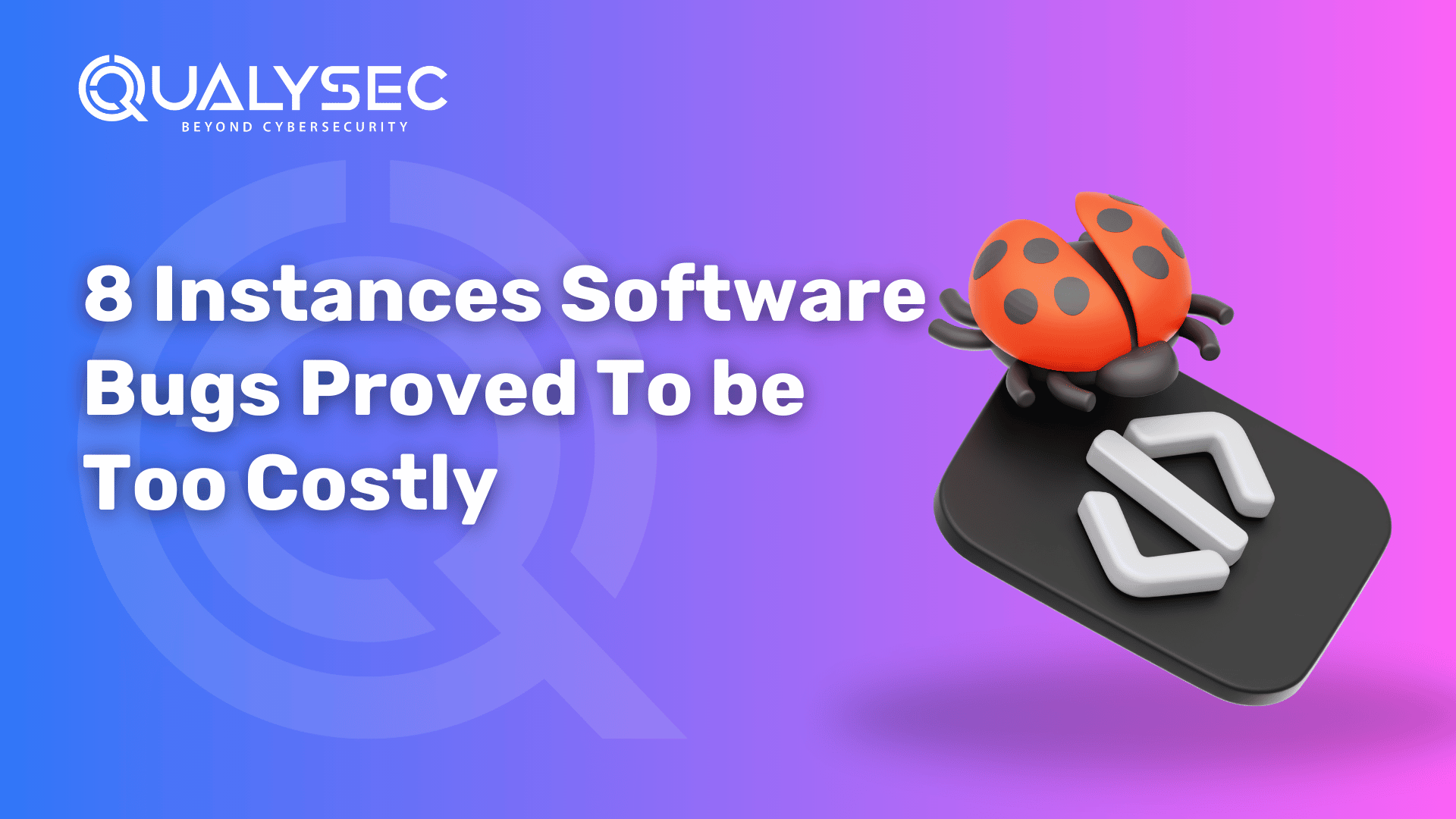
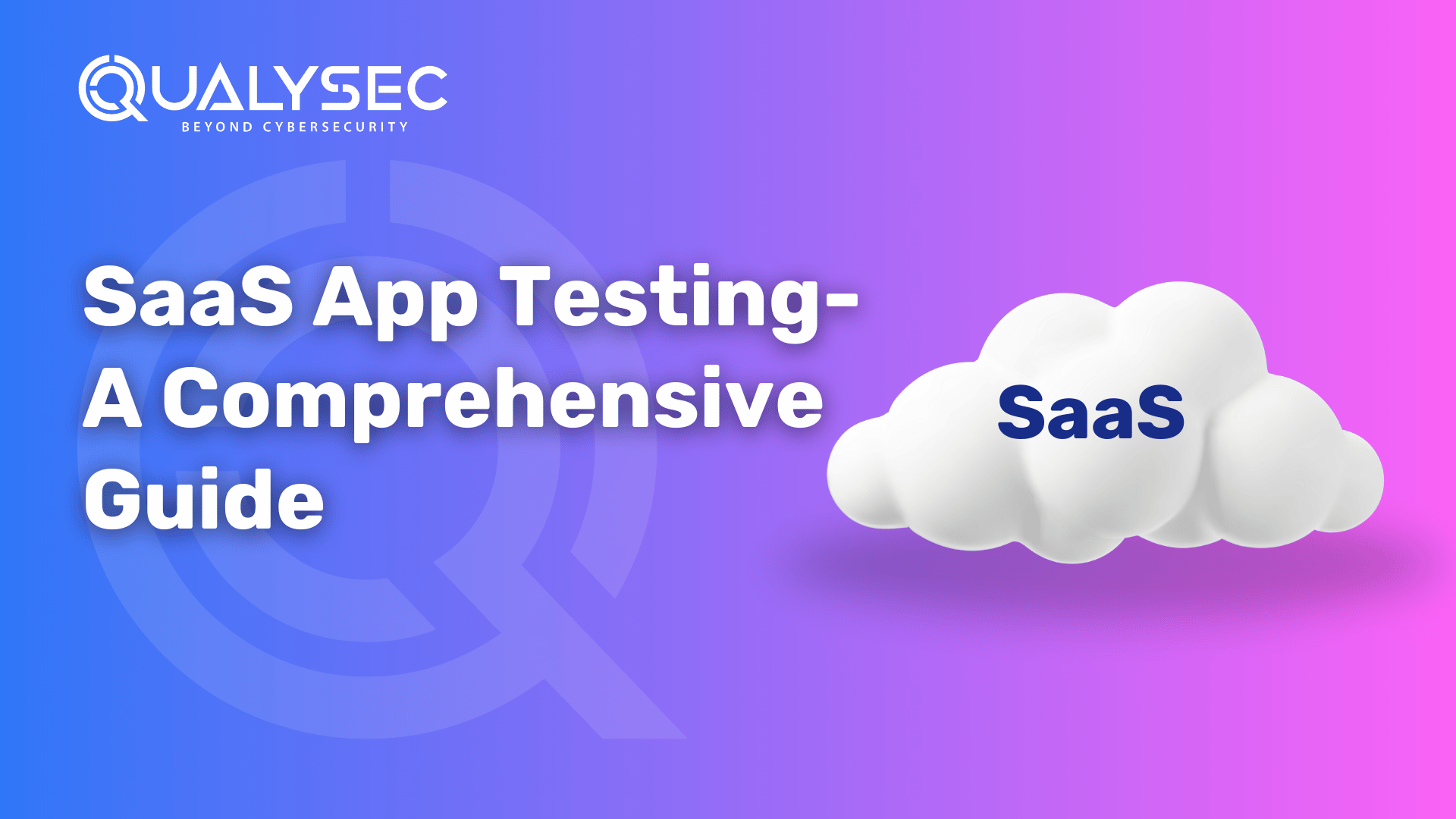
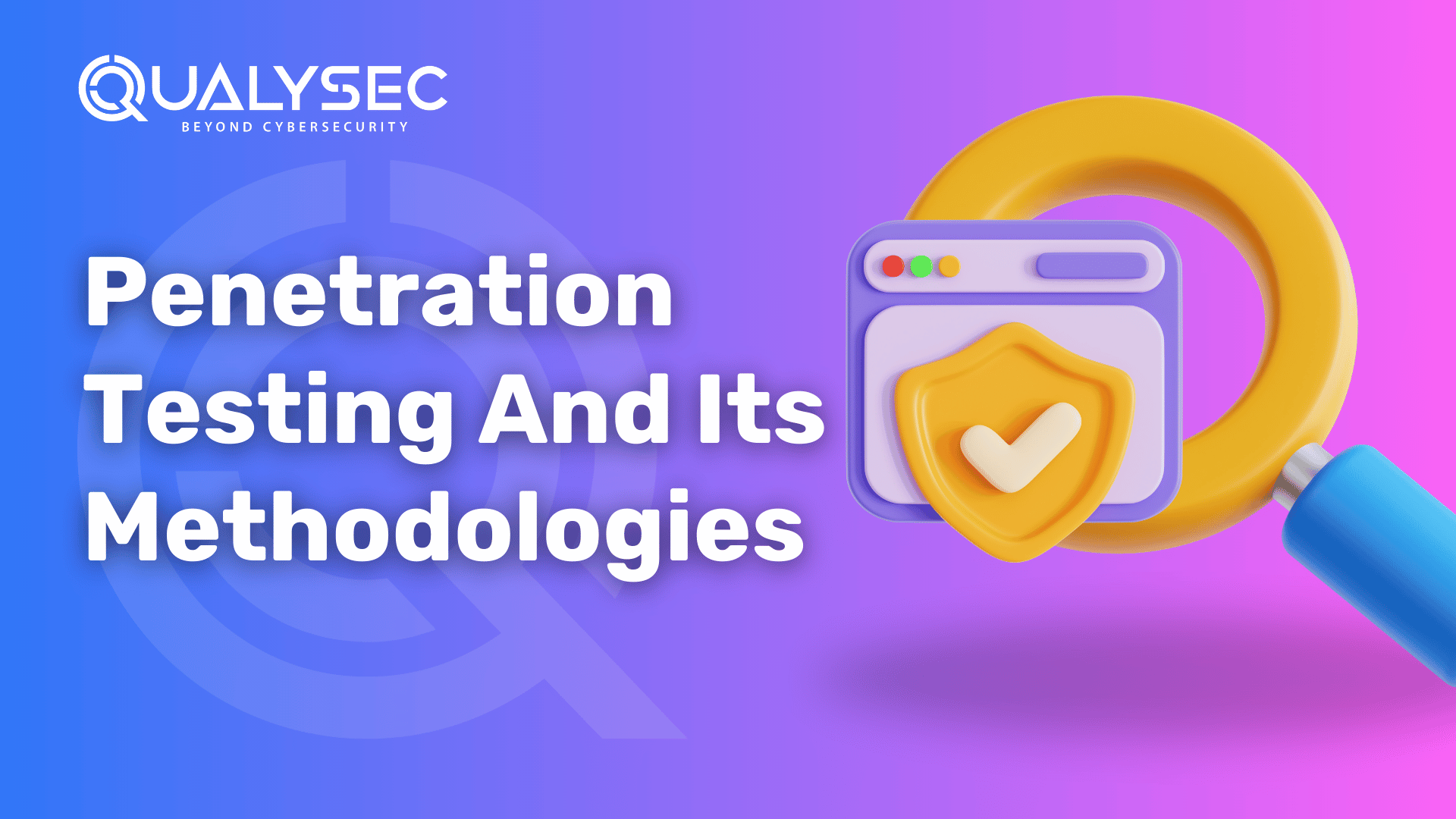


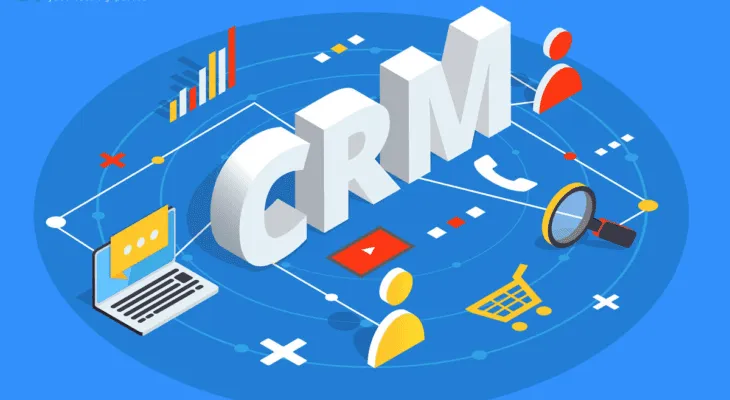
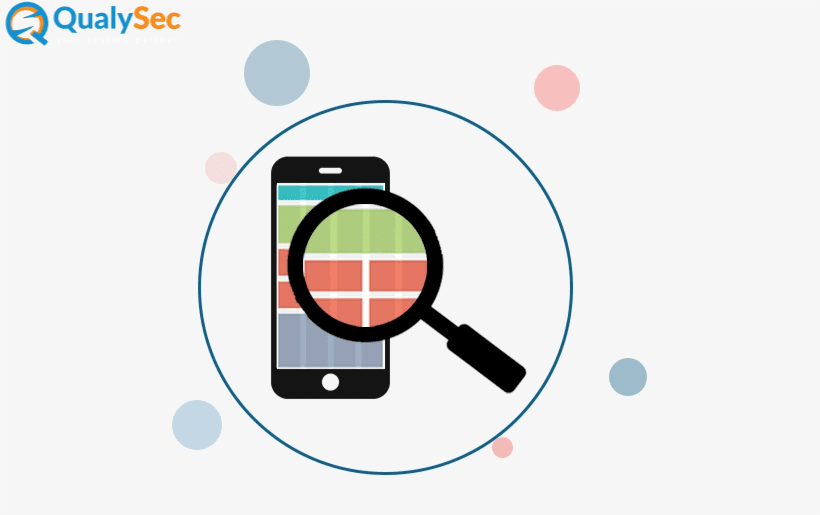







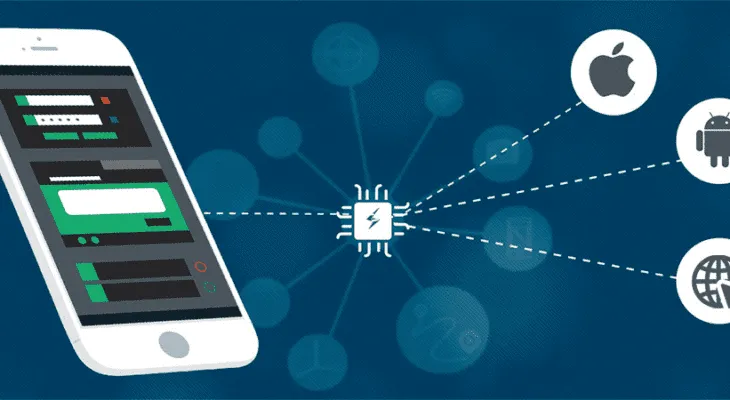
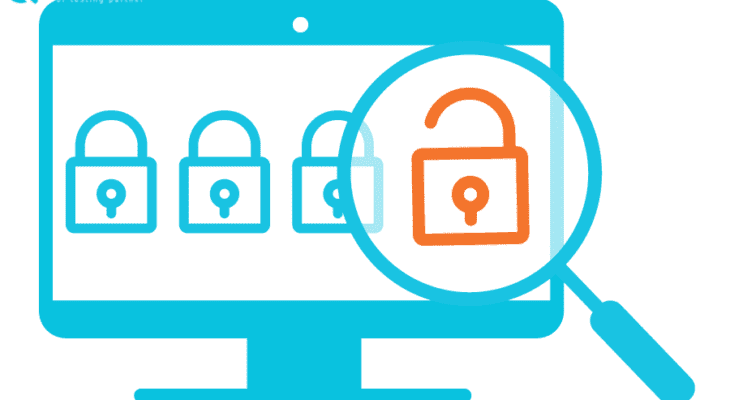
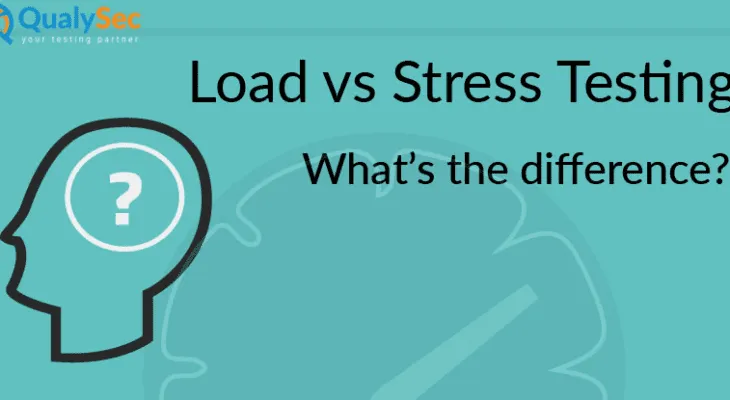
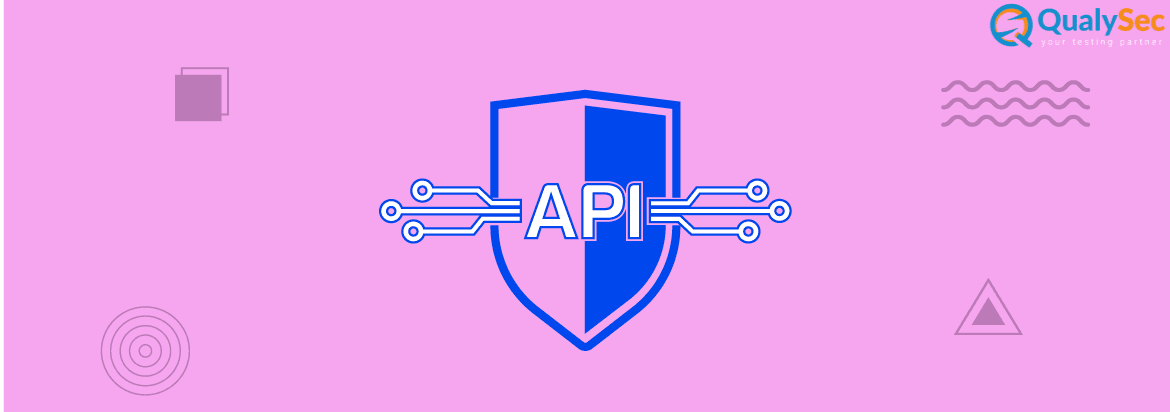


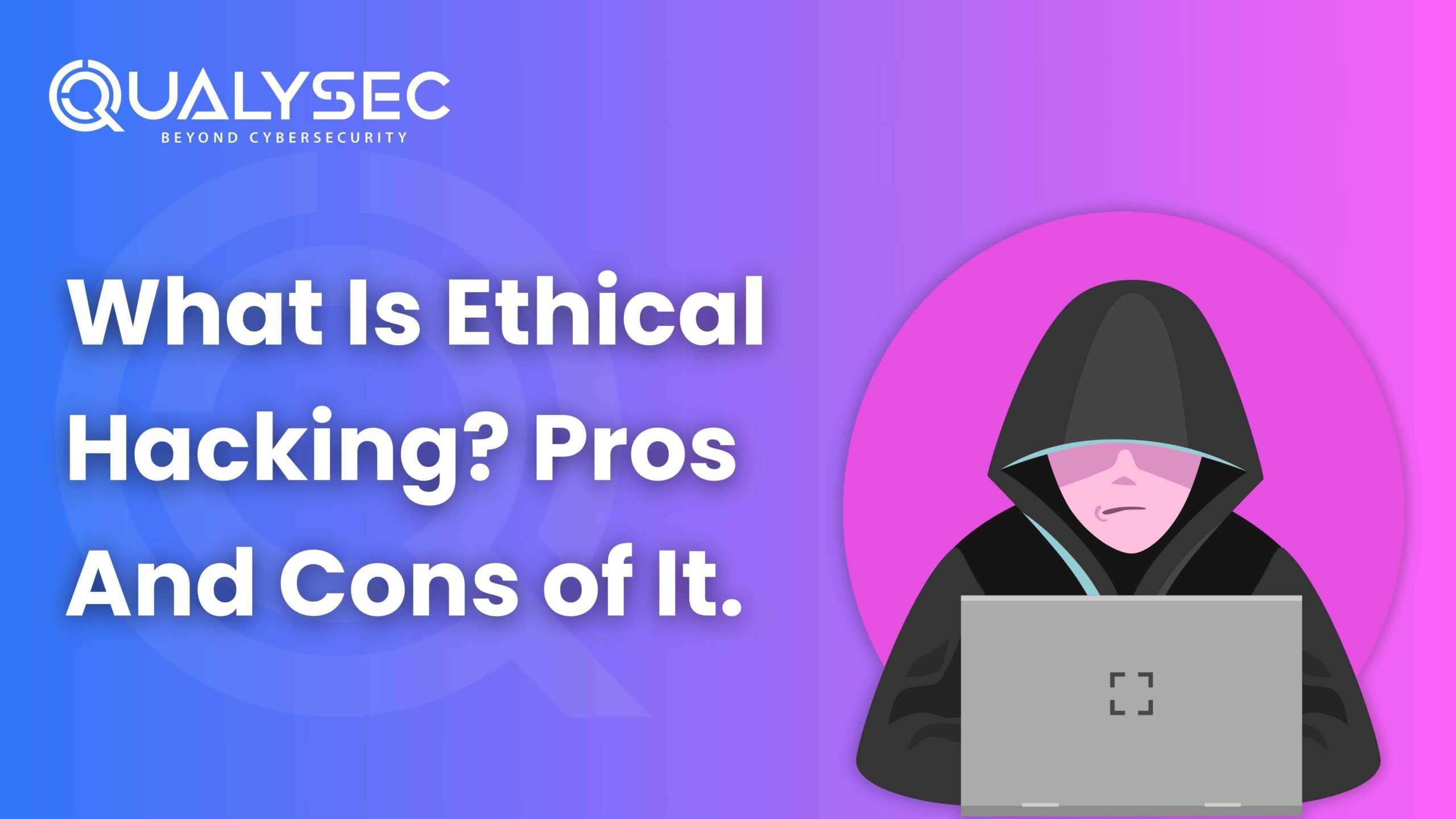
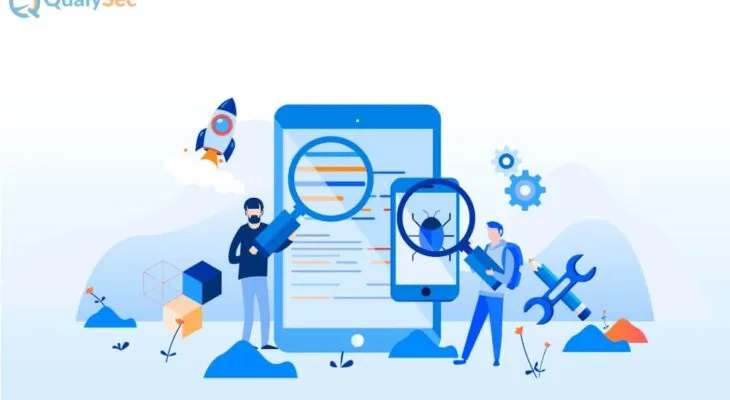

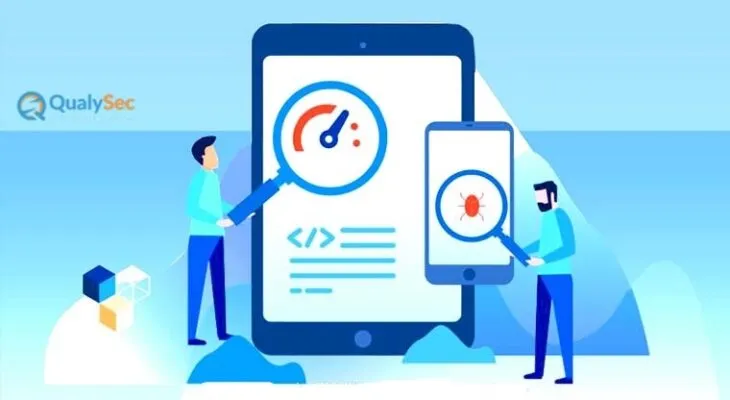
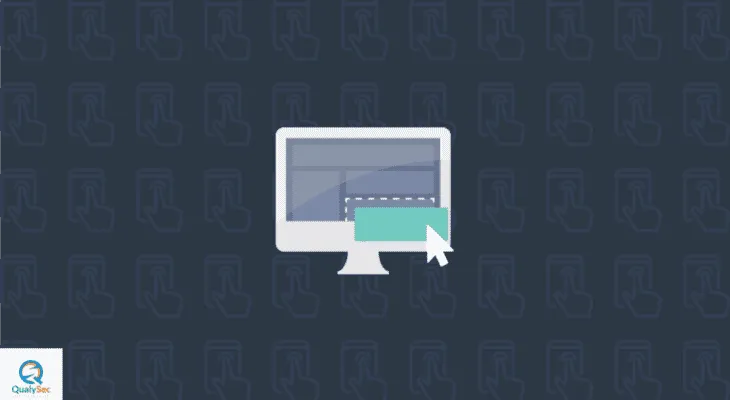




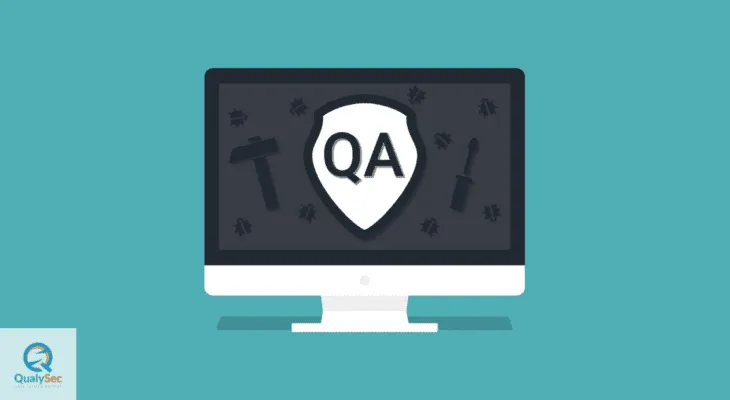

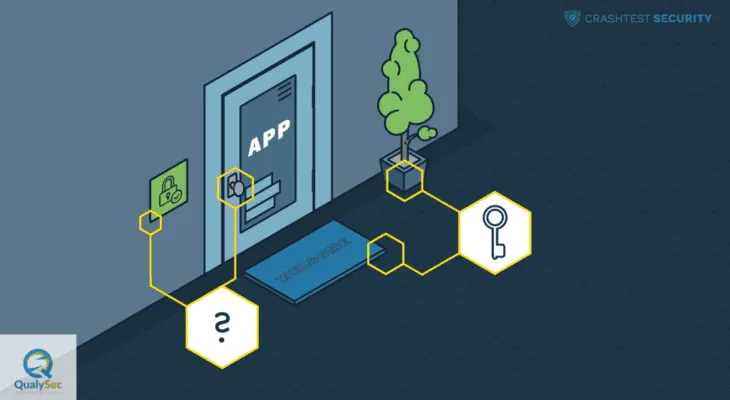





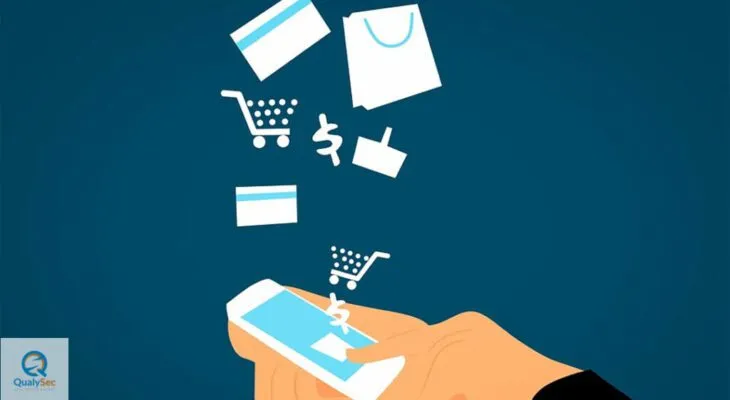

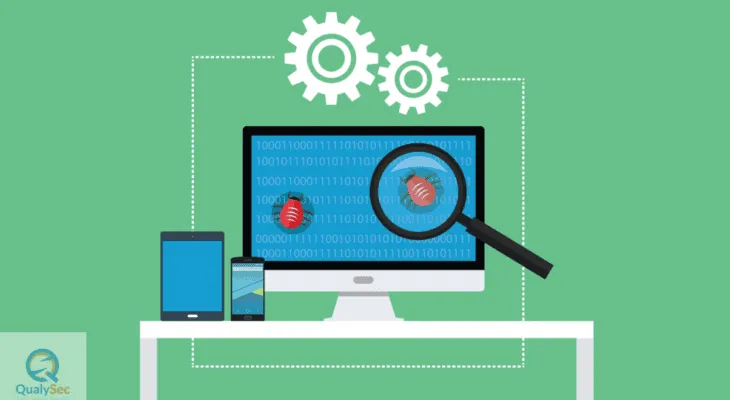






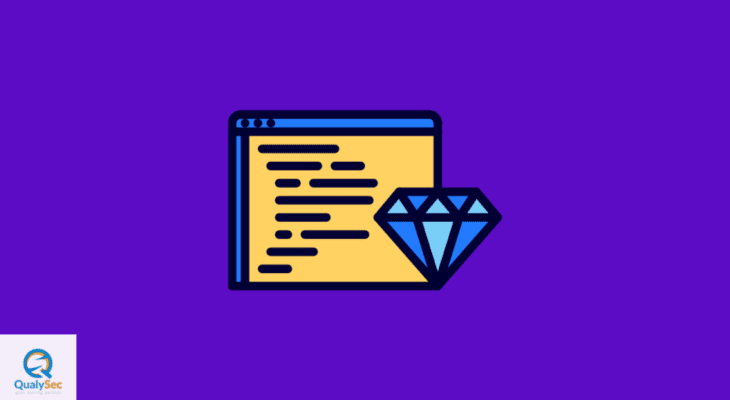


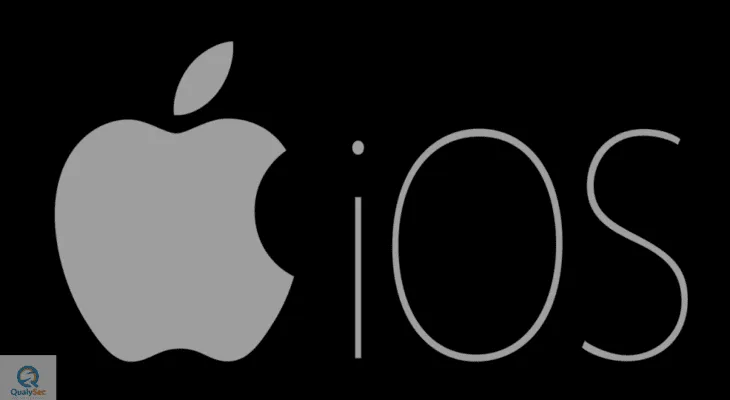


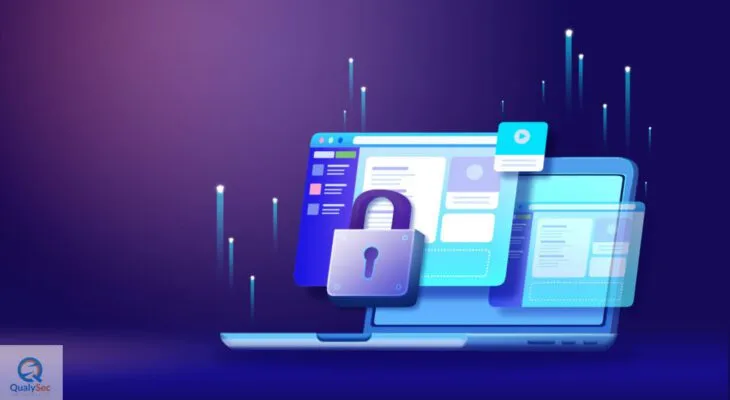

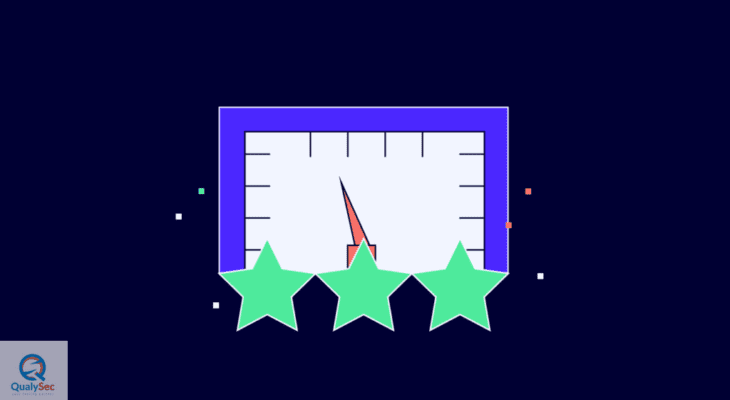

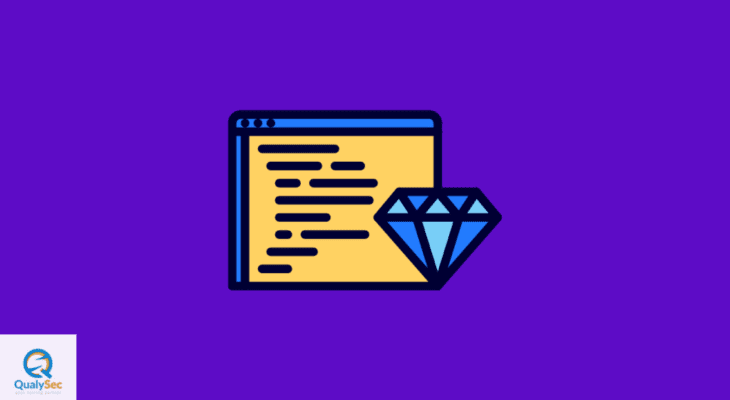



0 Comments